It’s over!
I was dared to do a “one film from every country” blog series, and I upped that by adding “yeah, sure, and I’ll do a cocktail from every country, too”. Because I’m stupid.
The cocktail bit turned out to be more of a problem than the film bit.
Even though it’s a silly project, there’s still a few rules to establish: What’s a country? What does it mean to be “from” a country? What is friend?
“What’s a country”: That sounds like an easy question, and it’s 90% easy, and then there’s Palestine? Greenland? Western Sahara? Tibet? Taiwan? Germany? WHAA.
So I decided to use the list of generally accepted UN countries, and added a couple more. Just because.
But what does it mean for a film to be “from” a country? The director’s from that country? It’s filmed there? It’s in a language spoken in that country? It’s financed from that country?
And what’s a film, anyway? Is it a 90+ minute fiction thing? Is is a documentary? Is it a tourist filming a street parade?
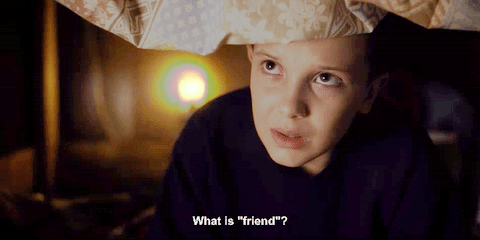 I just decided that my stance would be kinda “I know it’s a film from <wherever> when I see it” kind of thing. Like with art.
I just decided that my stance would be kinda “I know it’s a film from <wherever> when I see it” kind of thing. Like with art.
So I went for traditional 90+ minute films where that seemed to have a strong connection to the country in question. This was easy enough for the first 150 films, but then pickings became slimmer. Especially with the Pacific island states: They don’t really have huge movie industries. So I had to go for, er, smaller films in some instances.
And in a handful of cases, I failed. When watching the film in question, it turned out that their connection to the country in question was questionable. I’d say five of the films in the list below are failures. And perhaps ten more are rather dubious.
And unexpectedly, finding cocktails from everywhere turned out to be even harder. I scoured blogs, youtube clips, whatever: I imagined that the English and French had pretty much colonised pretty much all parts of the world, so there had to be, say, a saffron-infused gin or a hibiscus-infused cognac cocktail recipe to be had. But rudely enough, quite a few countries (especially in Africa) seem to prioritise like surviving and stuff instead of blogging about cocktail recipes. So I had to cheat somewhat and adapt some non-alcoholic recipes for this blog series.
The nerve of some starving countries.
Anyway! I ended up with way too many liqueurs and boozes:
But were the films any good?
Yes. Quite a few of them were excellent. As I was expecting, South America, in general, was awesome. Pretty much all the films I saw from that area were really good. More of a surprise were the… hm… I guess it’s Iran and then to the north? That area? I guess it shouldn’t have been a surprise, since Iran is such a cultural power house, but that general area (Iran and northwards and towards the steppes) were pretty much all fabulous.
My “methodology” for discovering films was basically “It’s from that country! I’ll watch it!”, so it’s not like it’s very representative. So my impressions of any country or area is kinda random. Still, I was rather disappointed by two areas: Central America and South-East Asia.
I had expected the smaller Central American countries to be more like South America, and they’re not. But the populations are pretty tiny, and I guess anybody serious about films either go south or north. More inexplicable is South-East Asia. I was expecting a dozen films like Uncle Boonmee Who Can Recall His Past Lives, and there was exactly one film like that. Which was a bit disappointing. It might just have been bad luck, but it seemed pretty, er, basic in that area of the world.
So rude. MORE ENTERTAIN ME.
Anyway, here’s the full list of films I watched and cocktails I drank. It took me about 18 months. Cheers.
 | 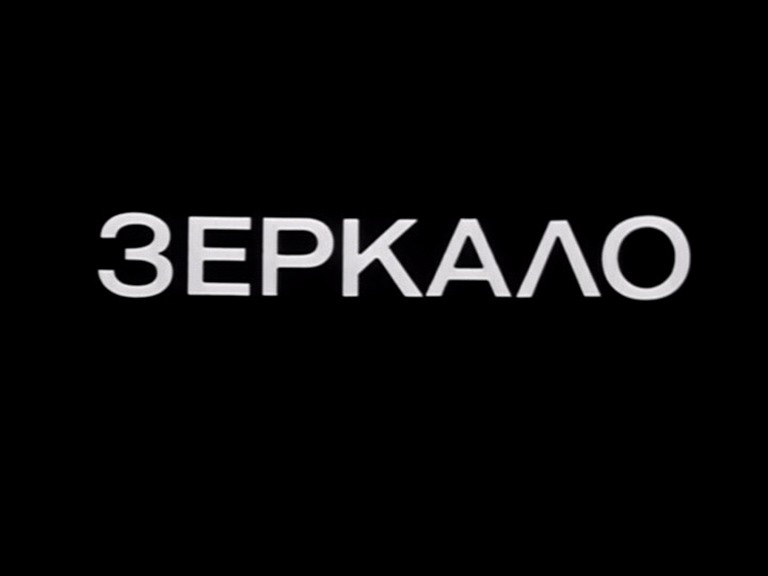 | 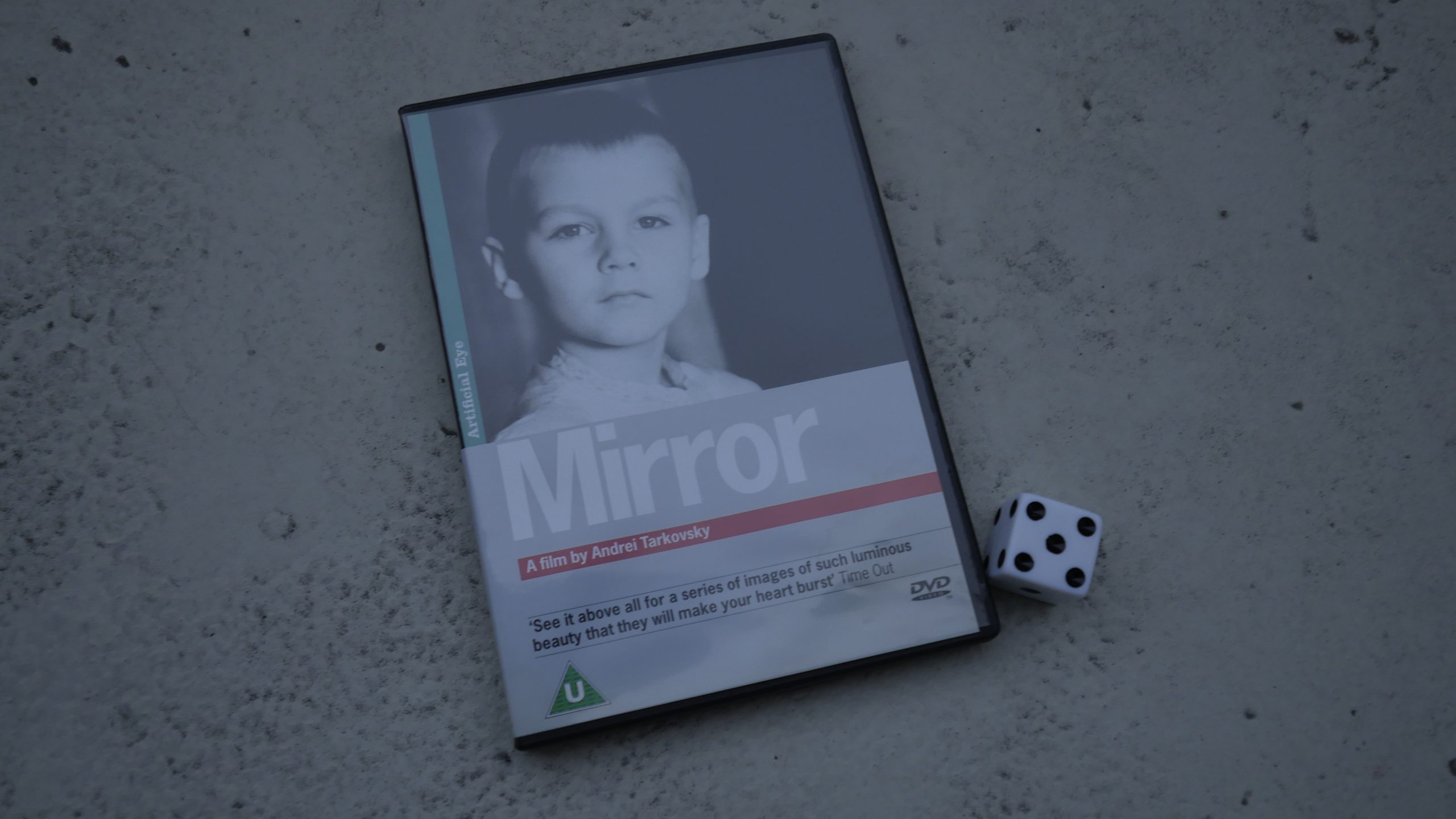 |  |
| Mirror. Andrej Tarkovsky. 1957. Russia. April 1st, 2016. Yorsh. | |||
 | 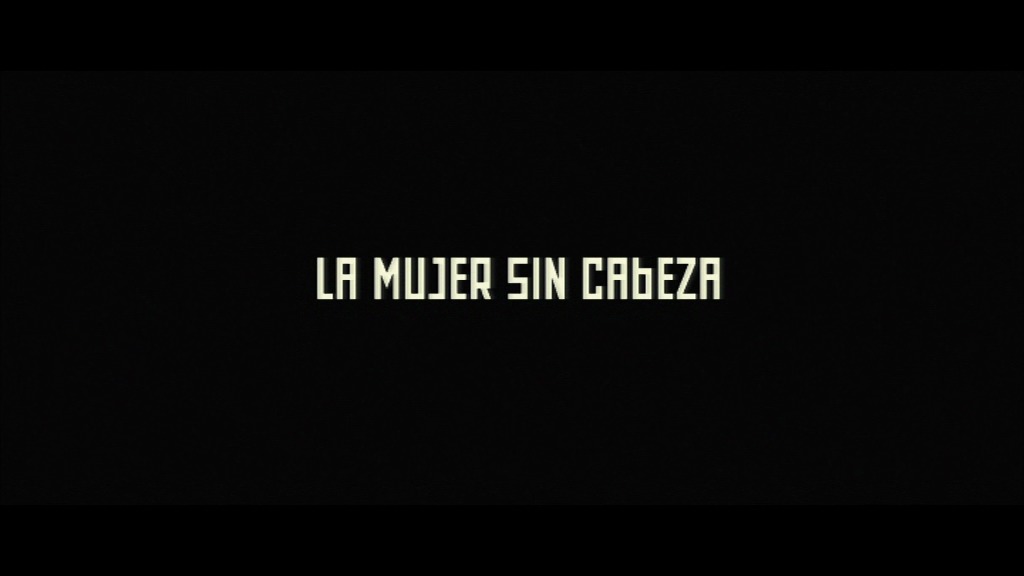 | 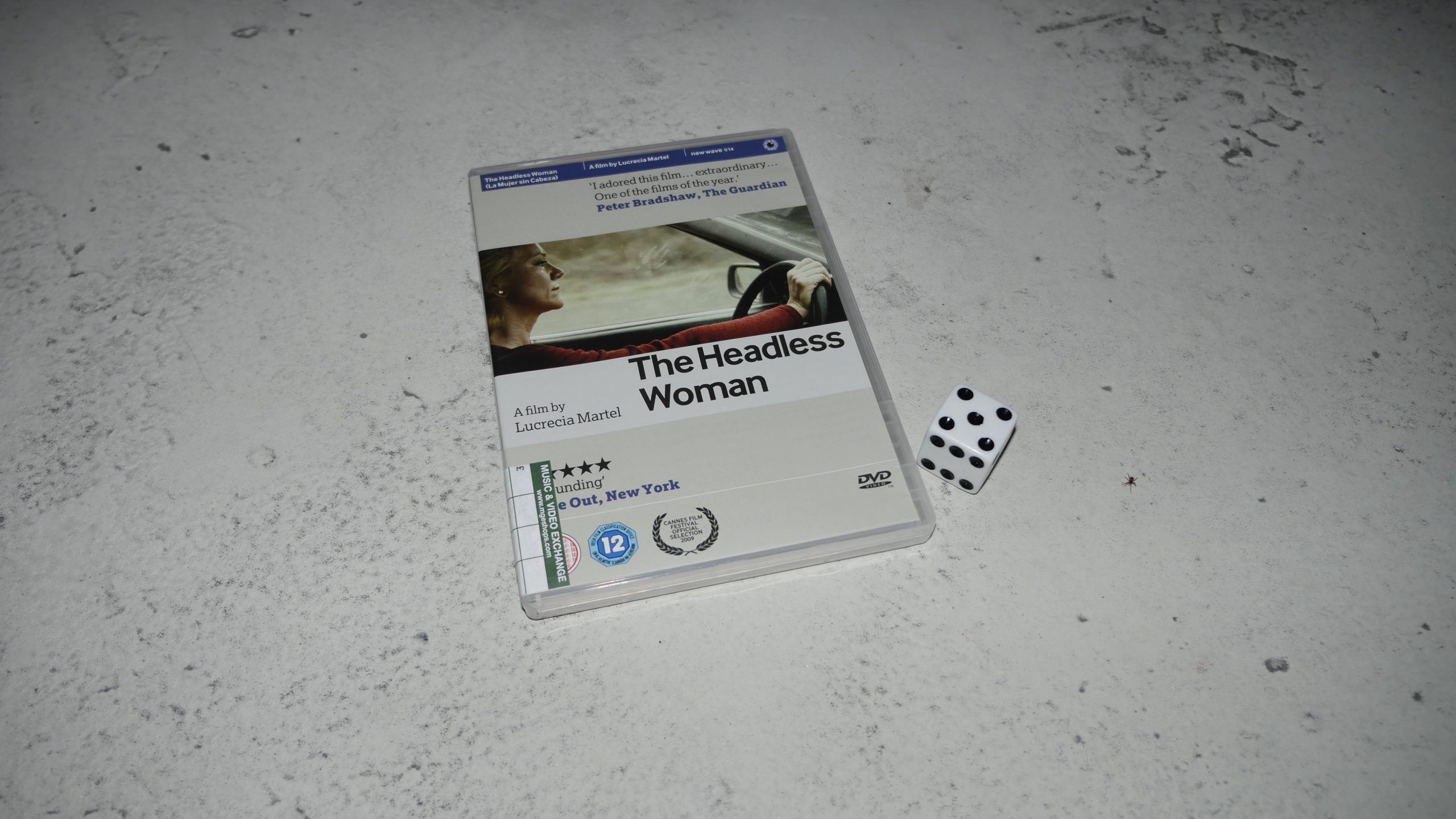 | 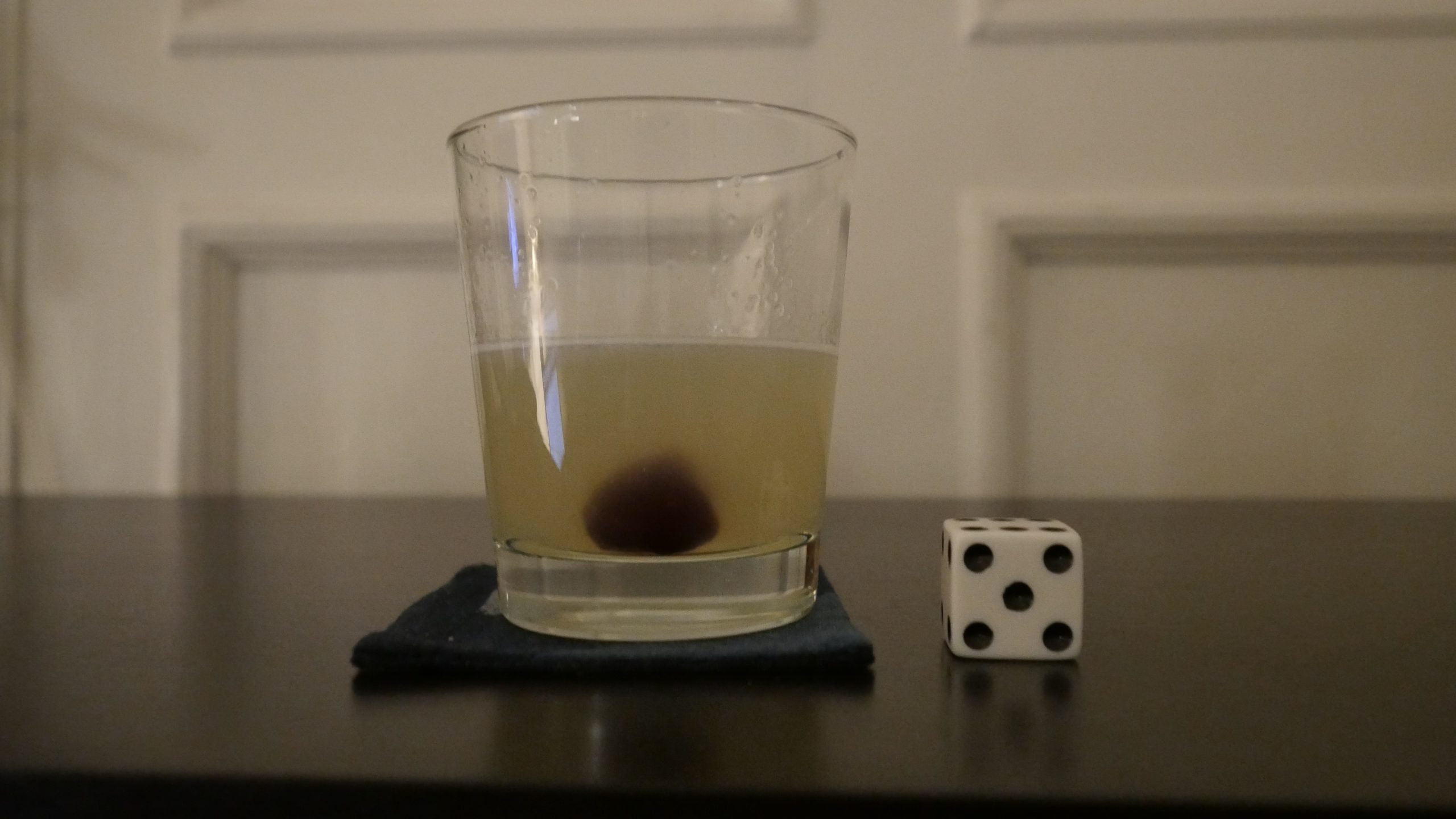 |
| The Headless Woman. Lucrecia Martel. 2008. Argentina. April 1st, 2016. Bison TT. | |||
 | 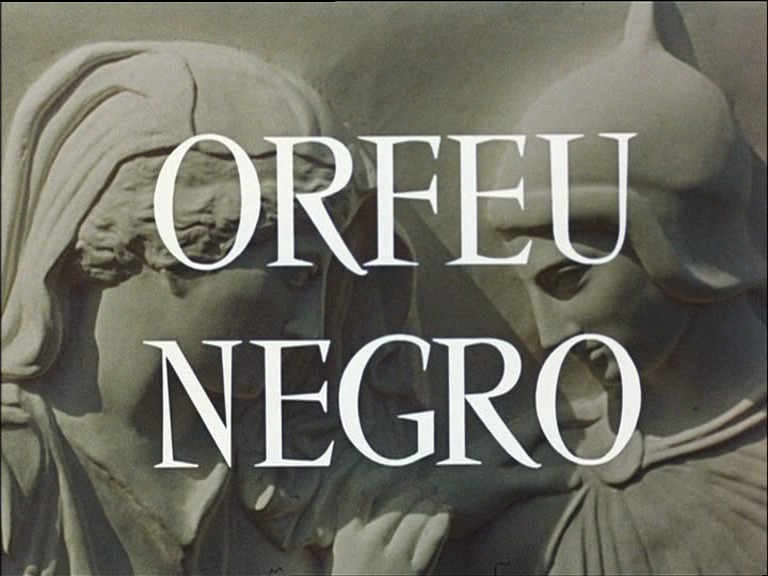 | 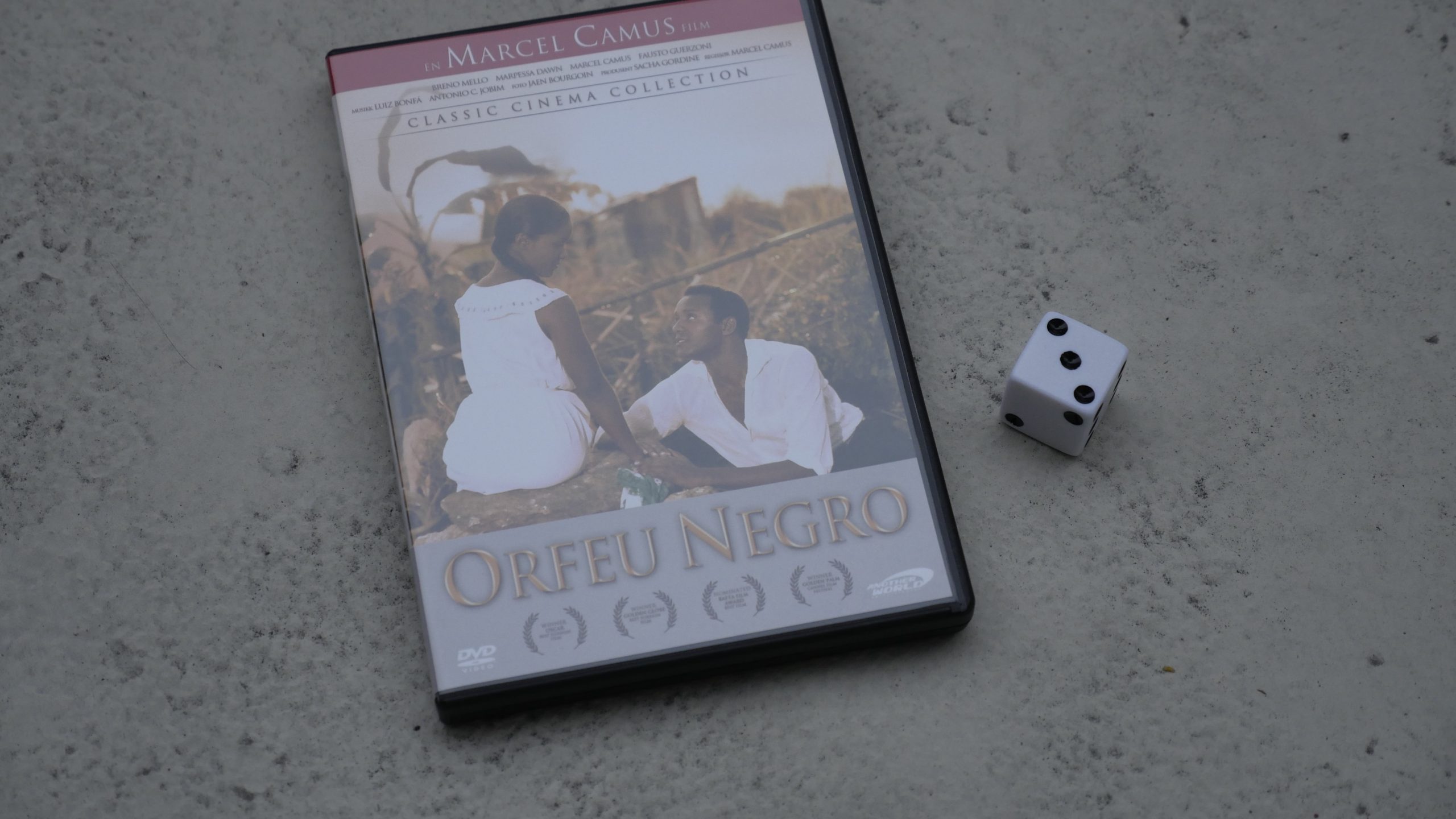 |  |
| Black Orpheus. Marcel Camus. 1959. Brazil. April 5th, 2016. Batida de mango. | |||
 | 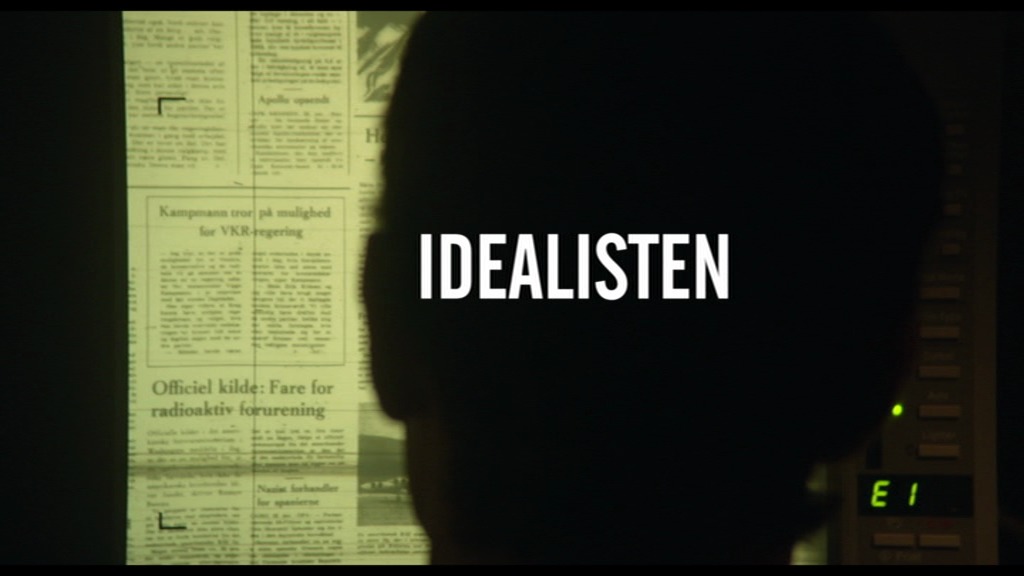 | 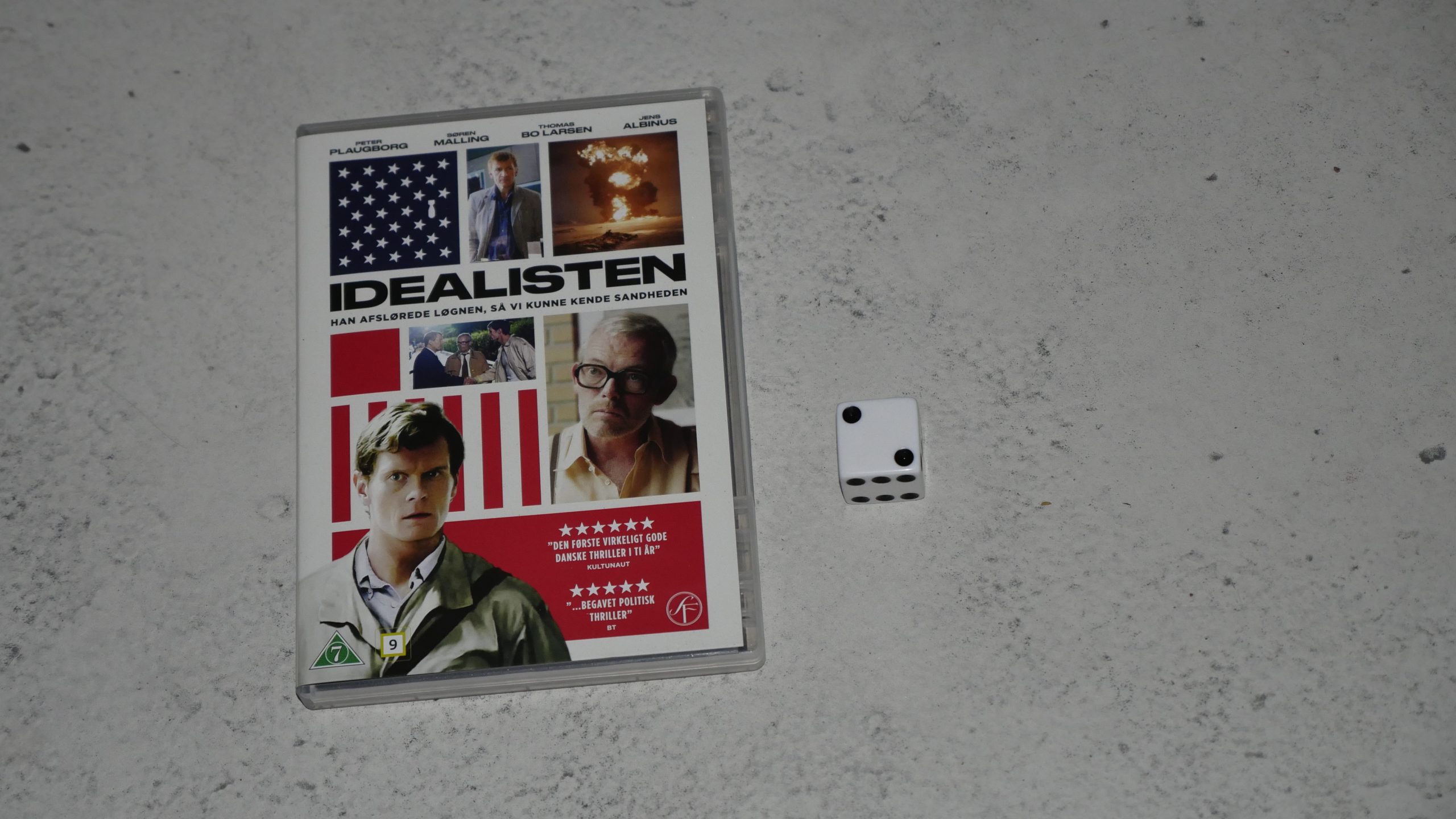 | 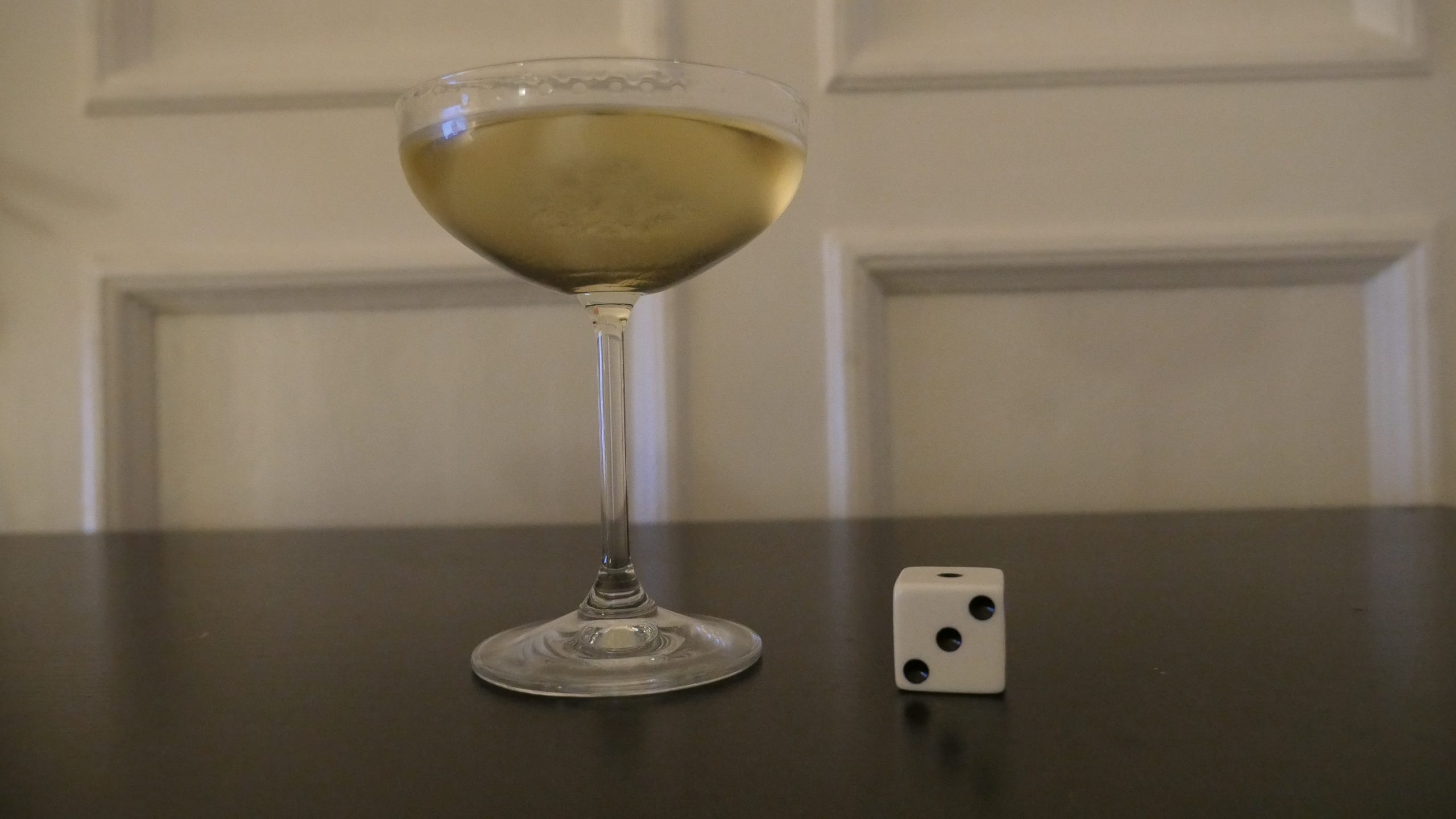 |
| The Idealist. Christina Rosendahl. 2015. Denmark. April 5th, 2016. Complement Cocktail. | |||
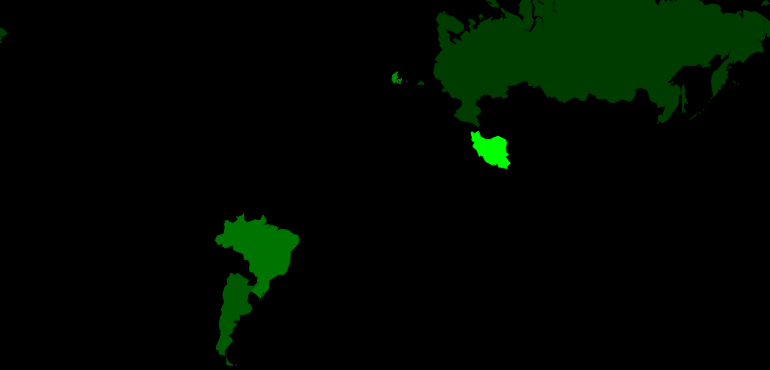 |  | 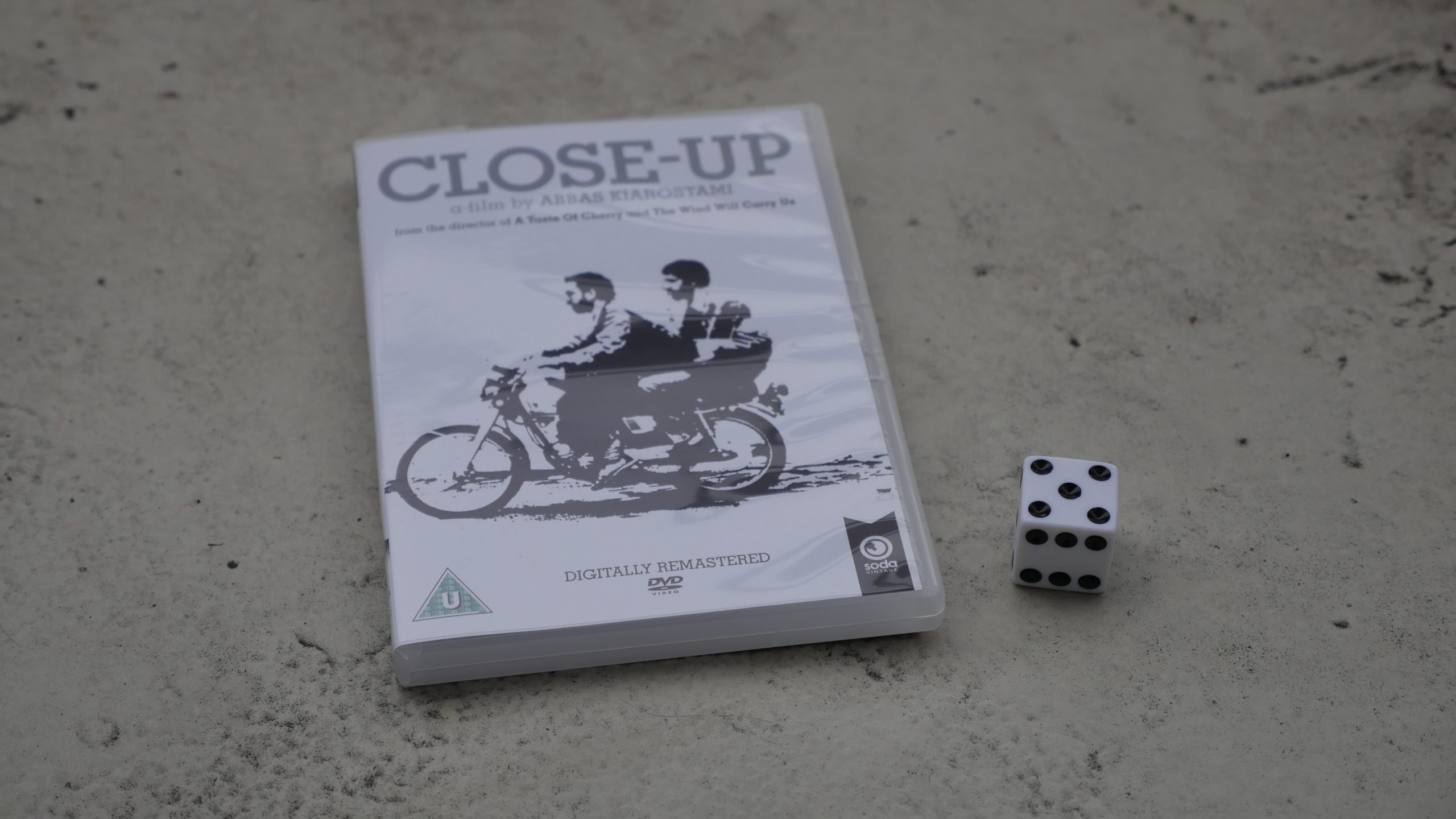 | 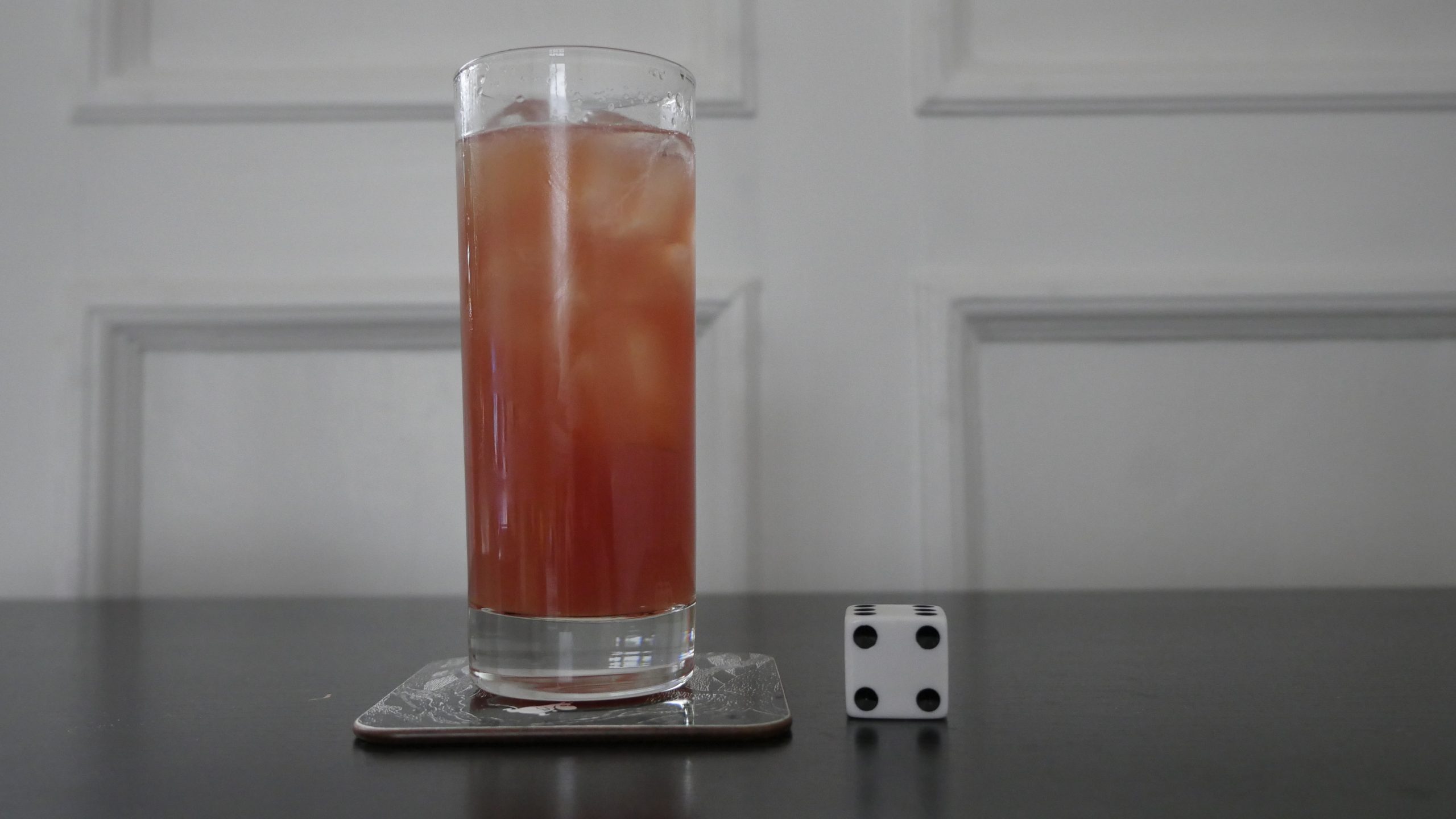 |
| Close-Up. Abbas Kiarostami. 1990. Iran. April 6th, 2016. Persian rose. | |||
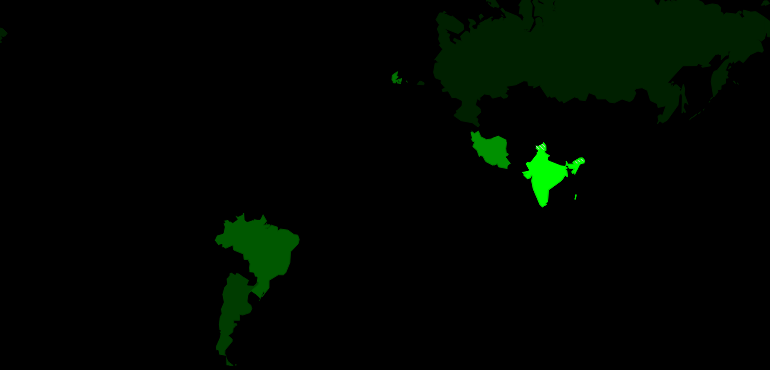 | 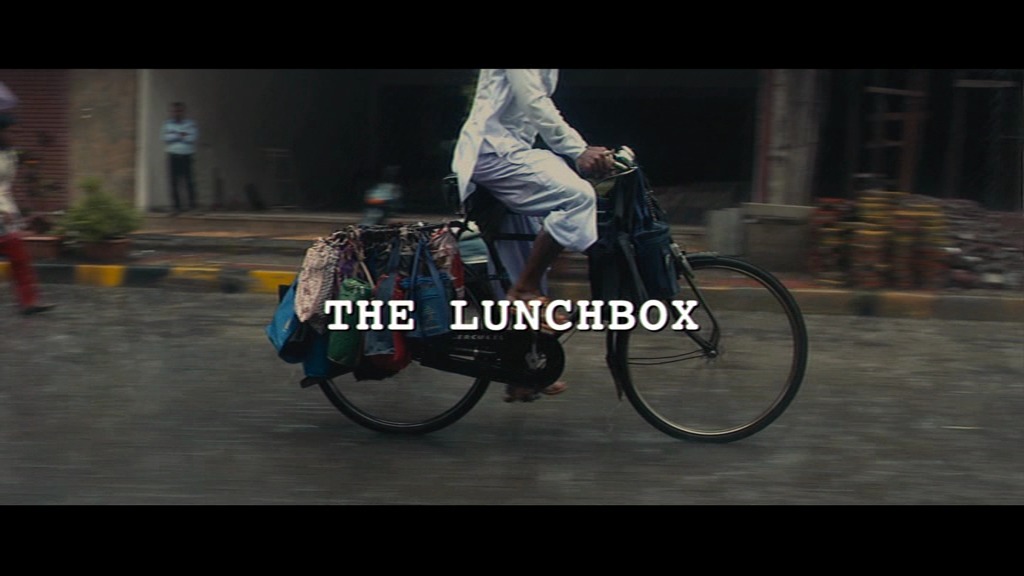 | 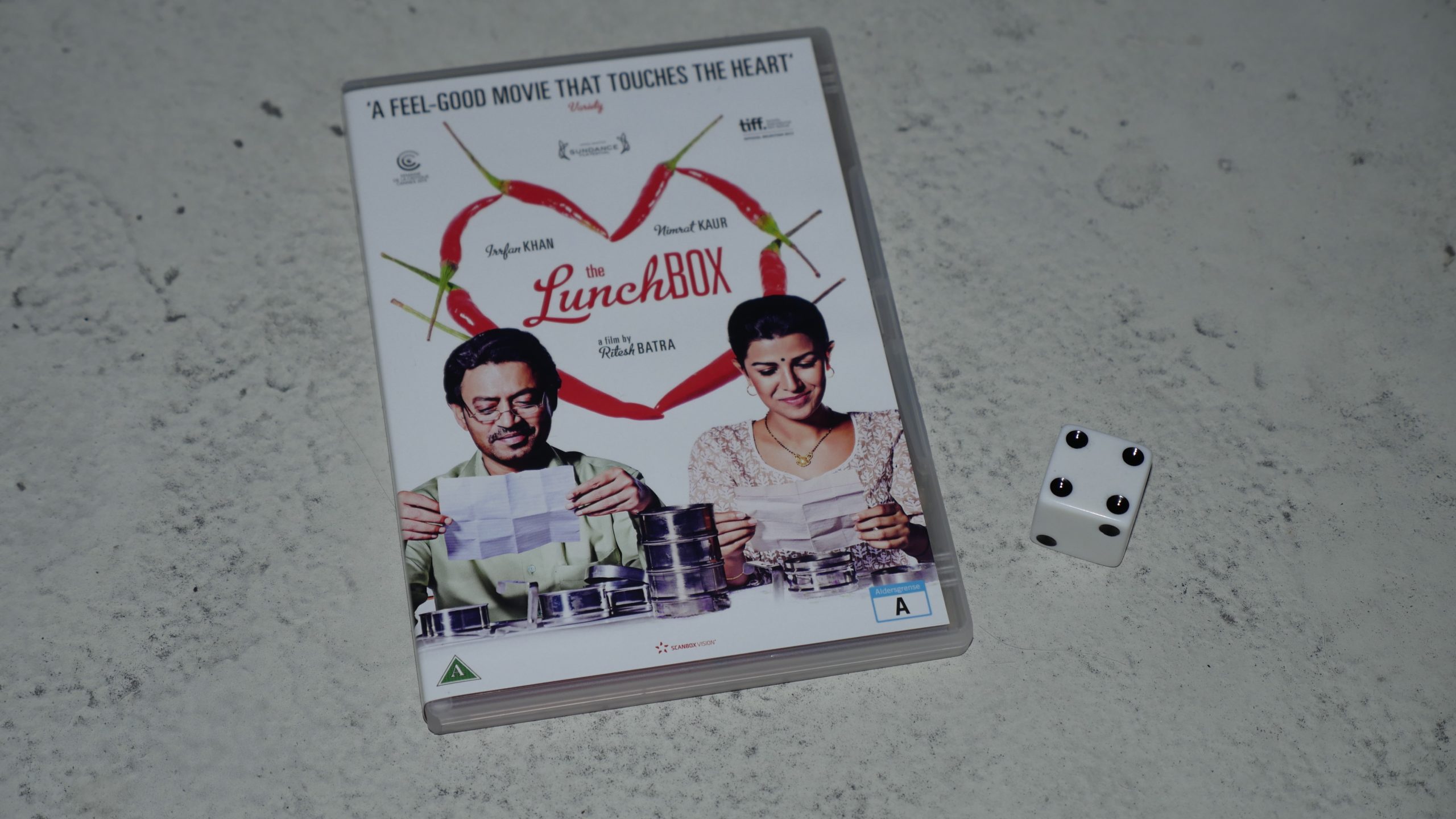 | 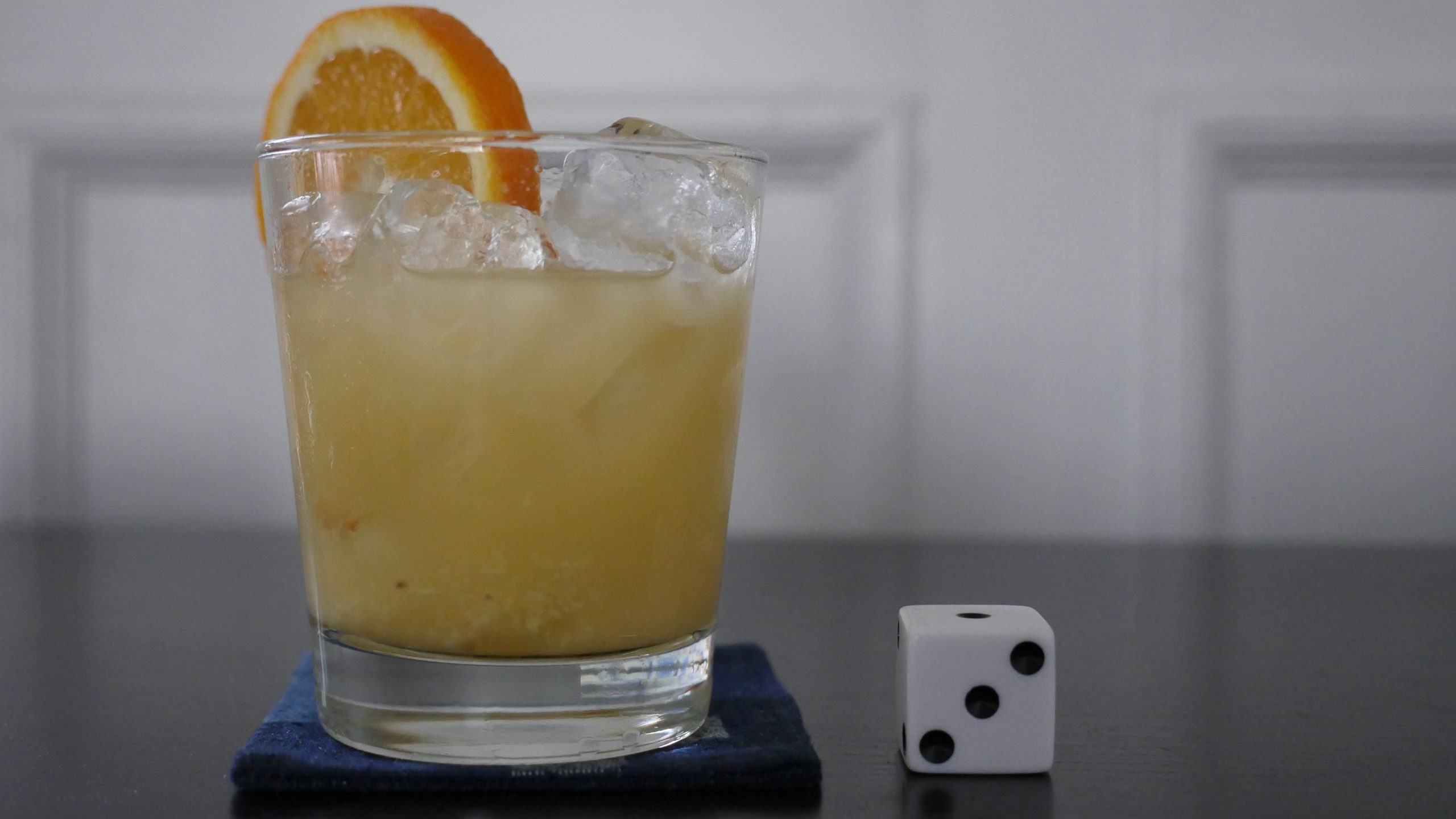 |
| The Lunchbox. Ritesh Batra. 2013. India. April 6th, 2016. Orange zinger. | |||
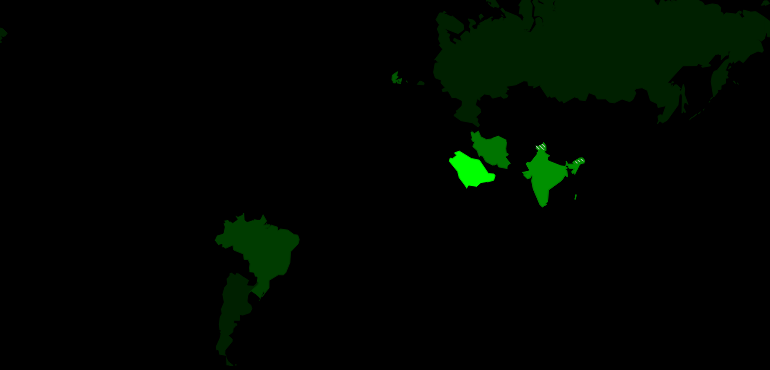 | 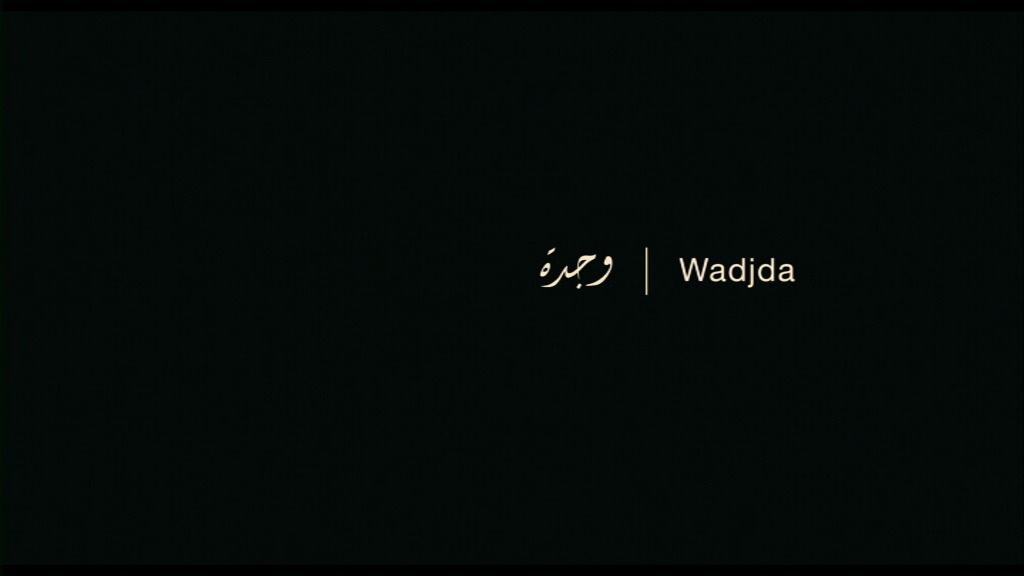 | 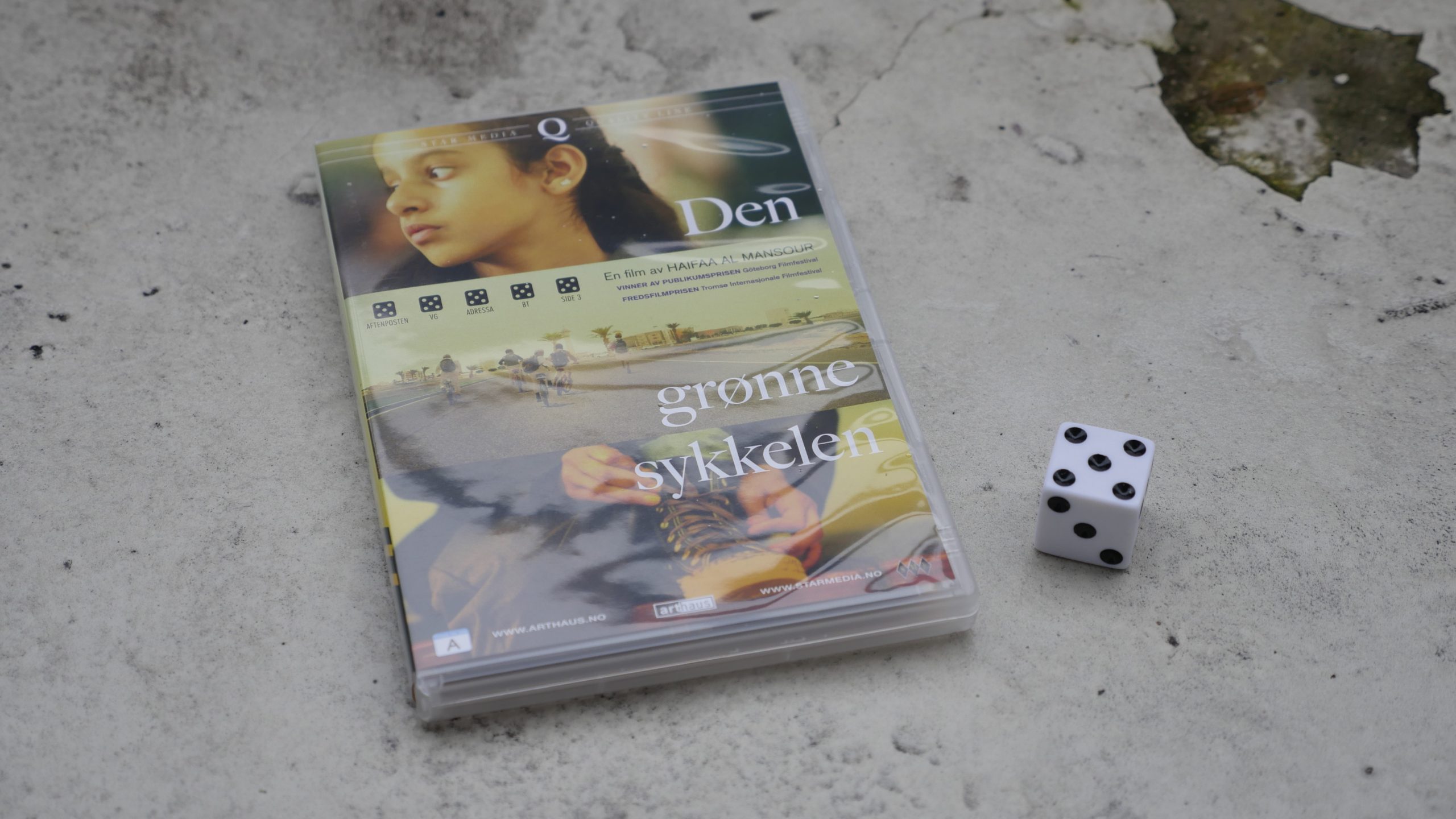 |  |
| Wadjda. Haifaa al-Mansour. 2012. Saudi Arabia. April 8th, 2016. Flying Carpet. | |||
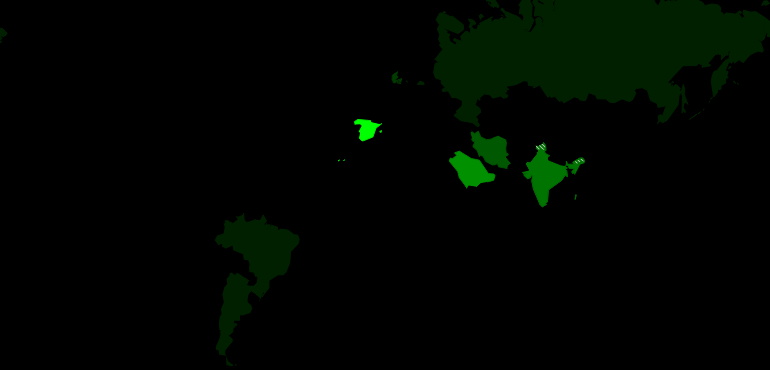 | 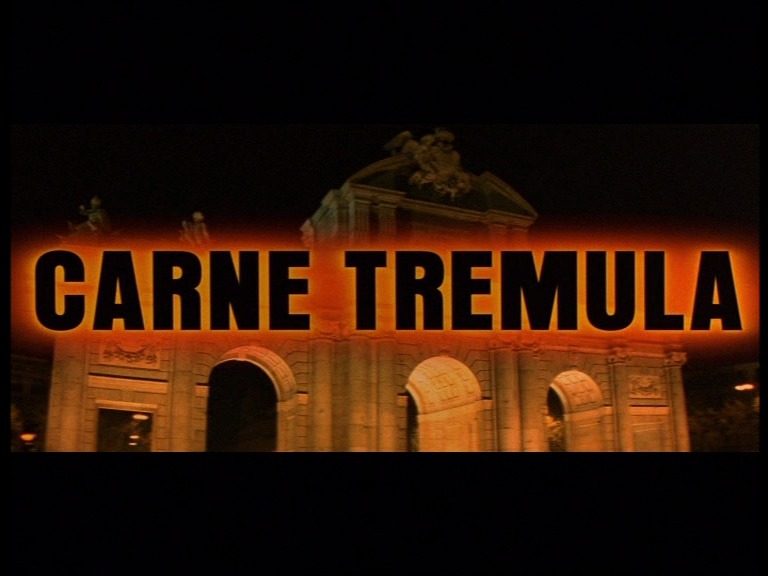 | 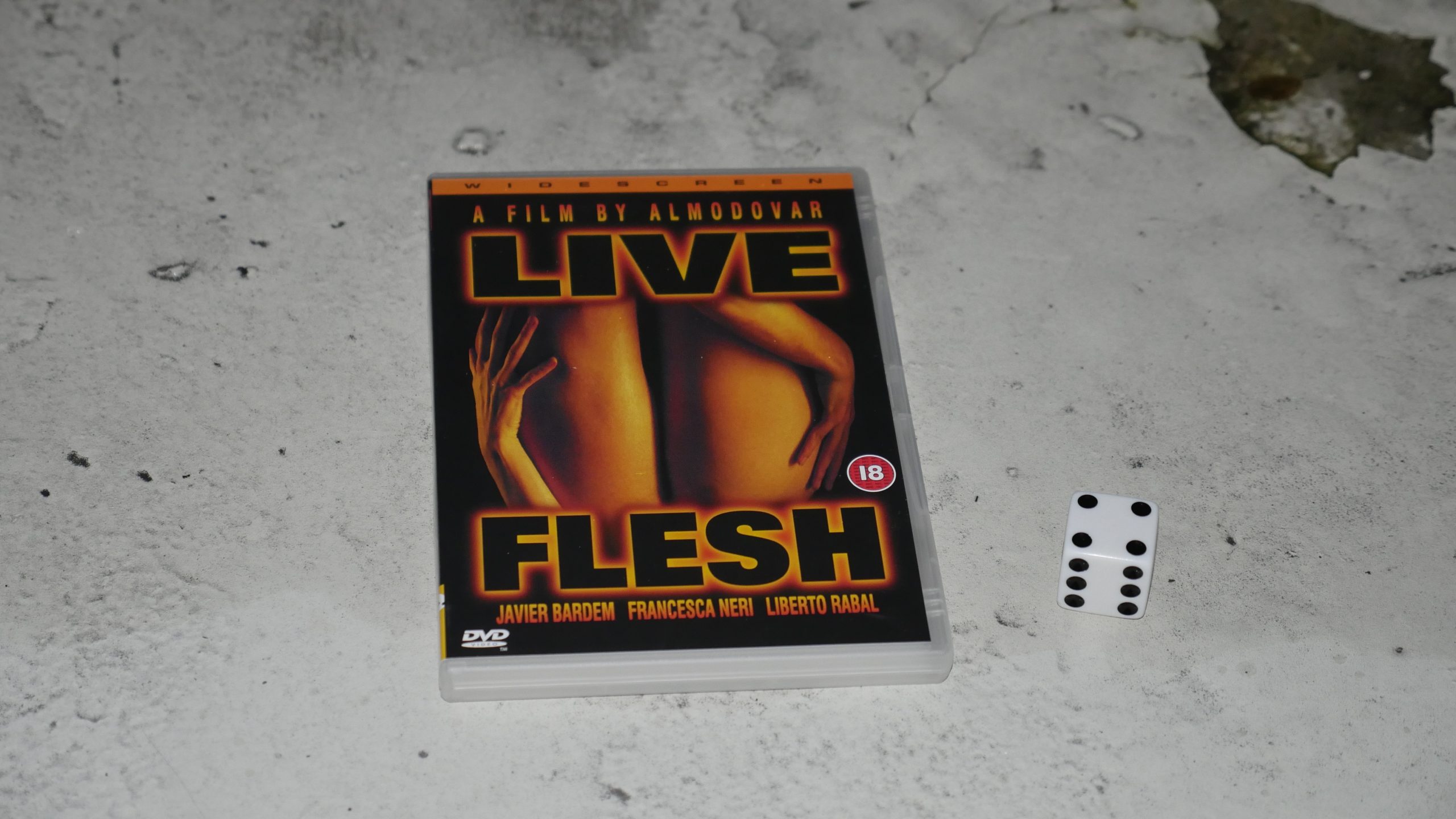 |  |
| Live Flesh. Pedro Almodovar. 1997. Spain. April 8th, 2016. Aquavit 43. | |||
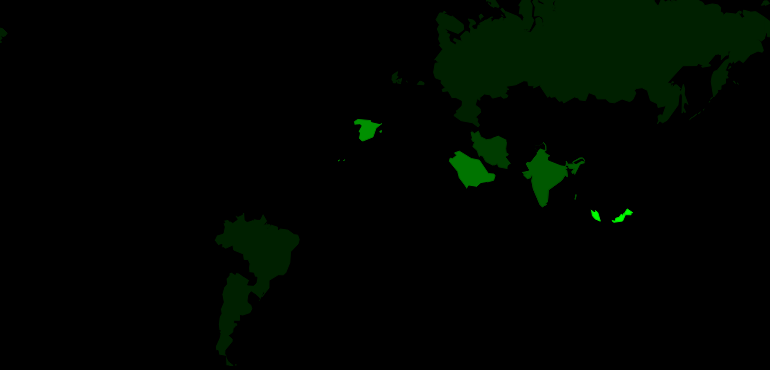 | 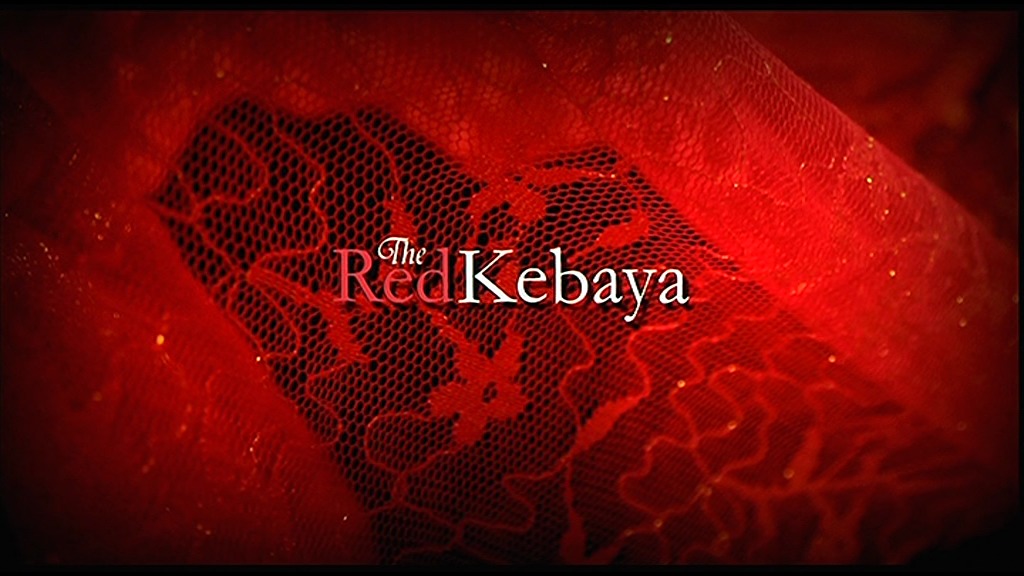 | 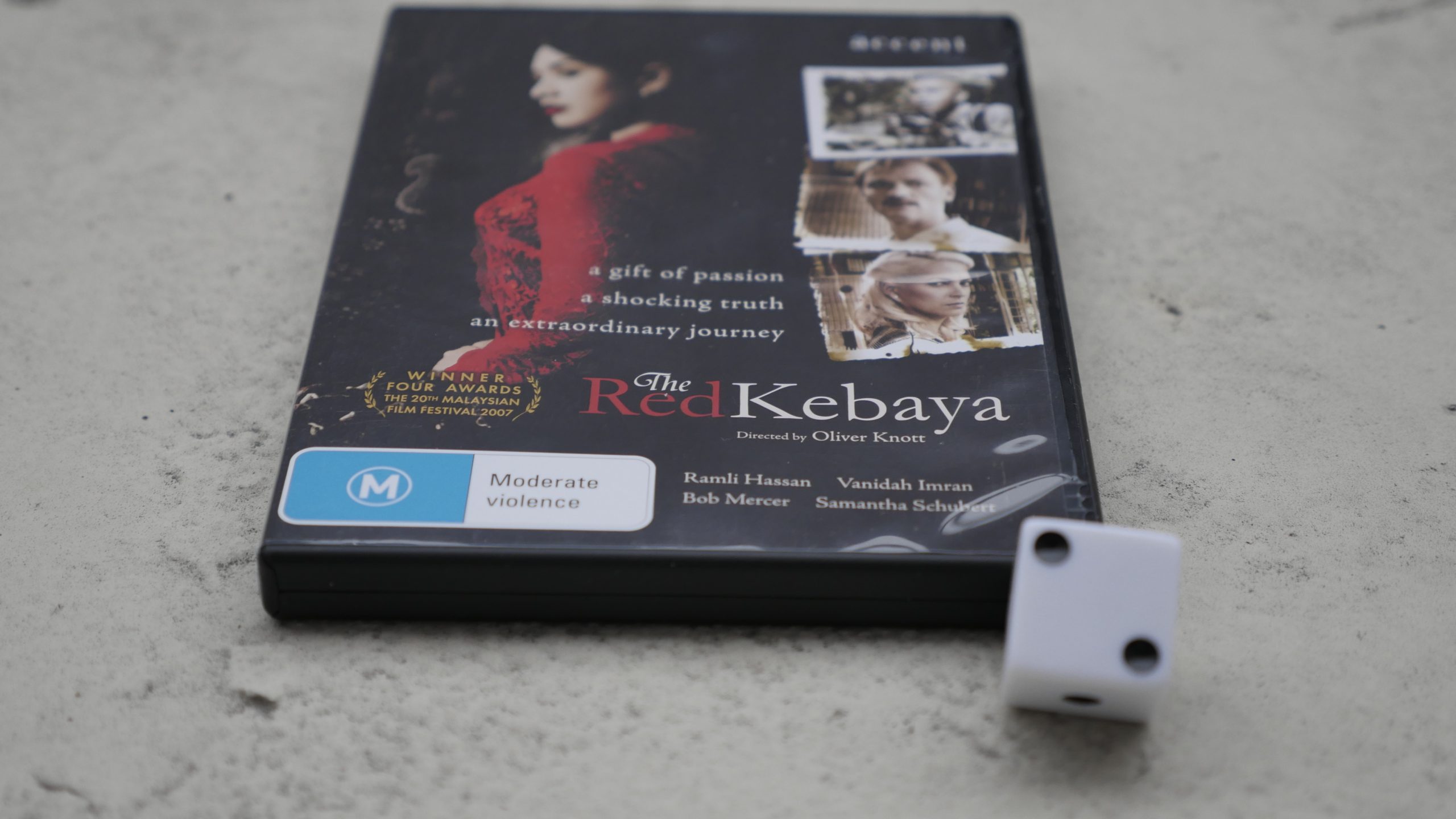 | 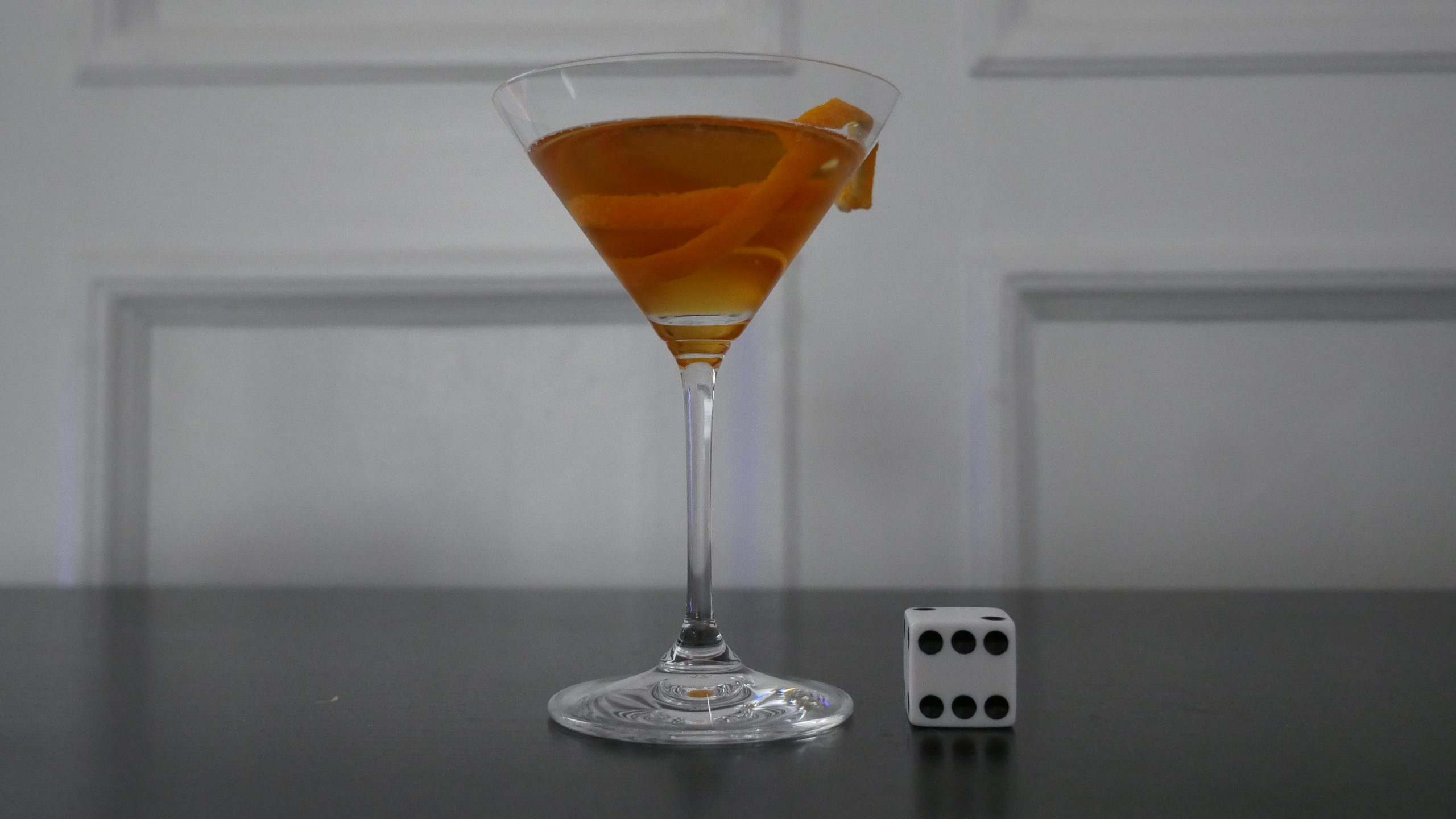 |
| The Red Kebaya. Oliver Knott. 2006. Malaysia. April 13th, 2016. Sing Sing. | |||
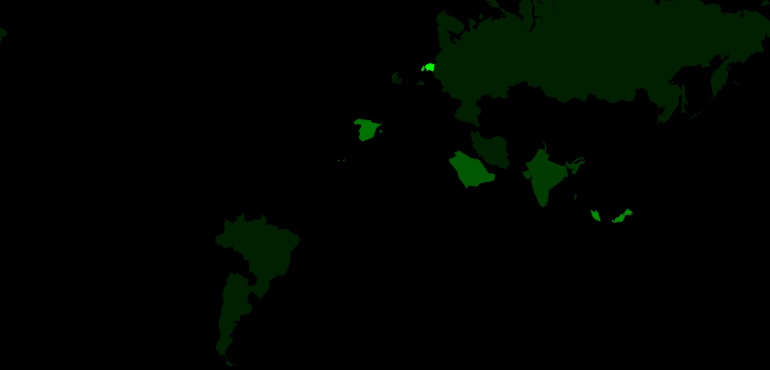 | 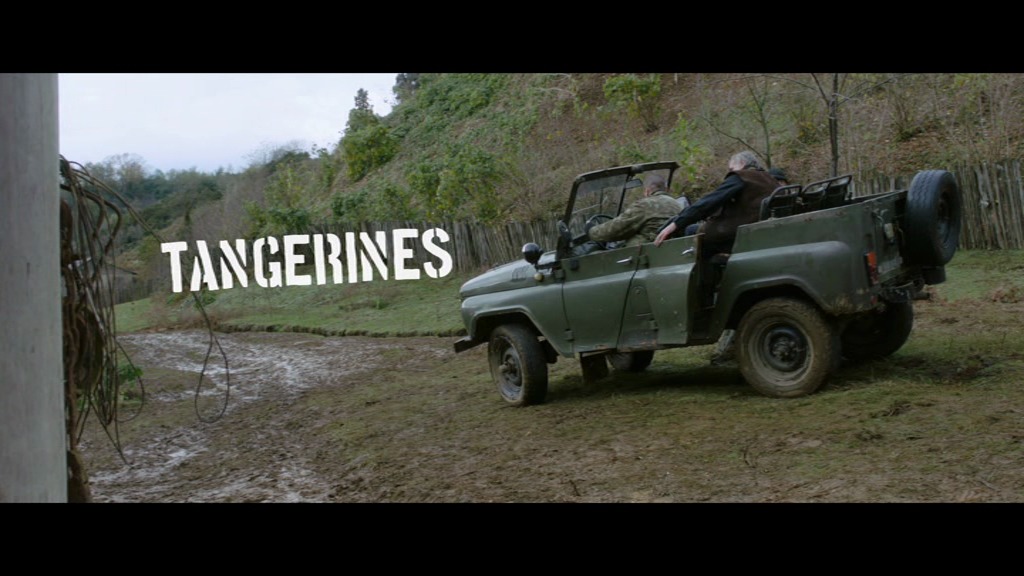 | 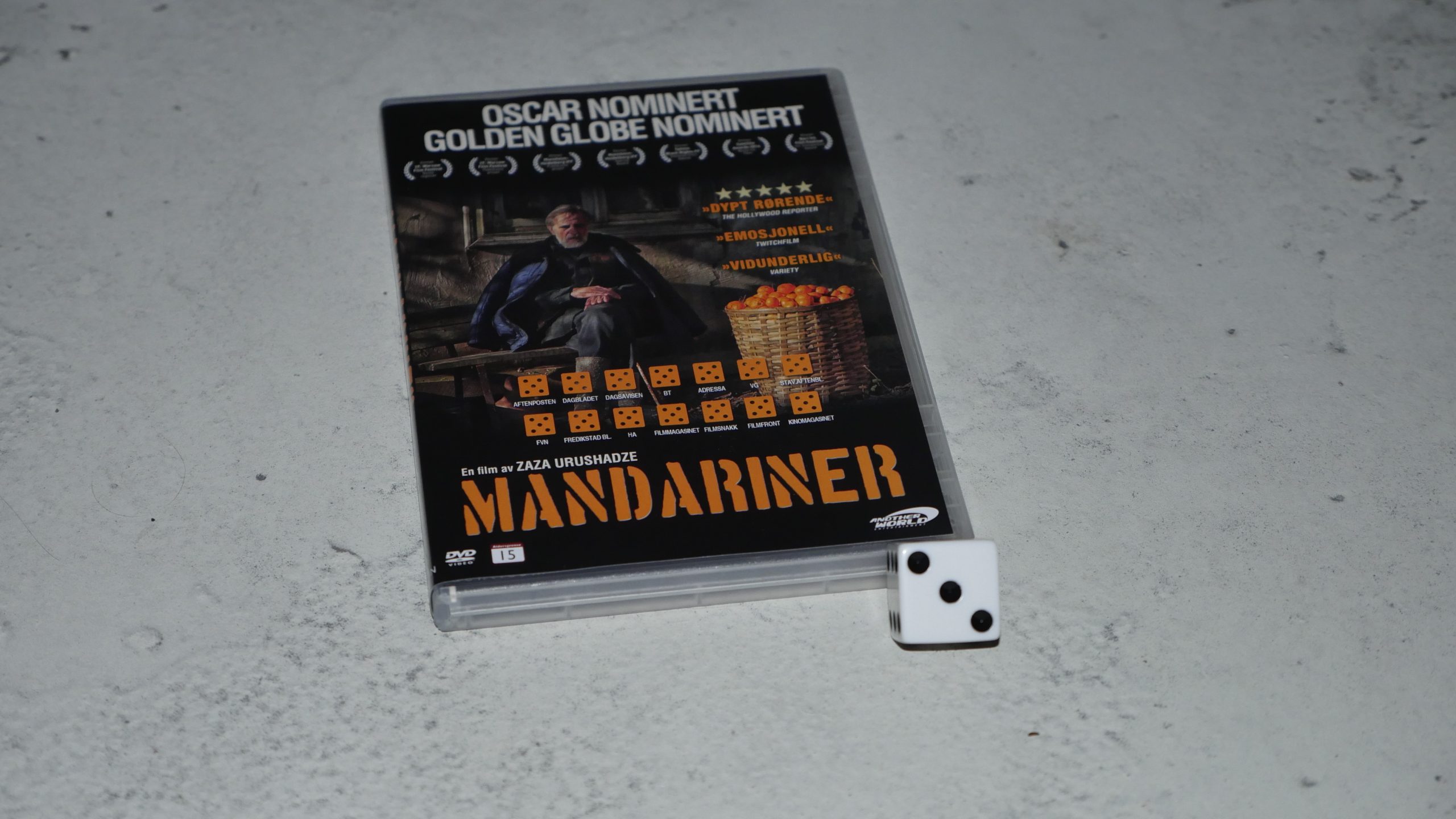 | 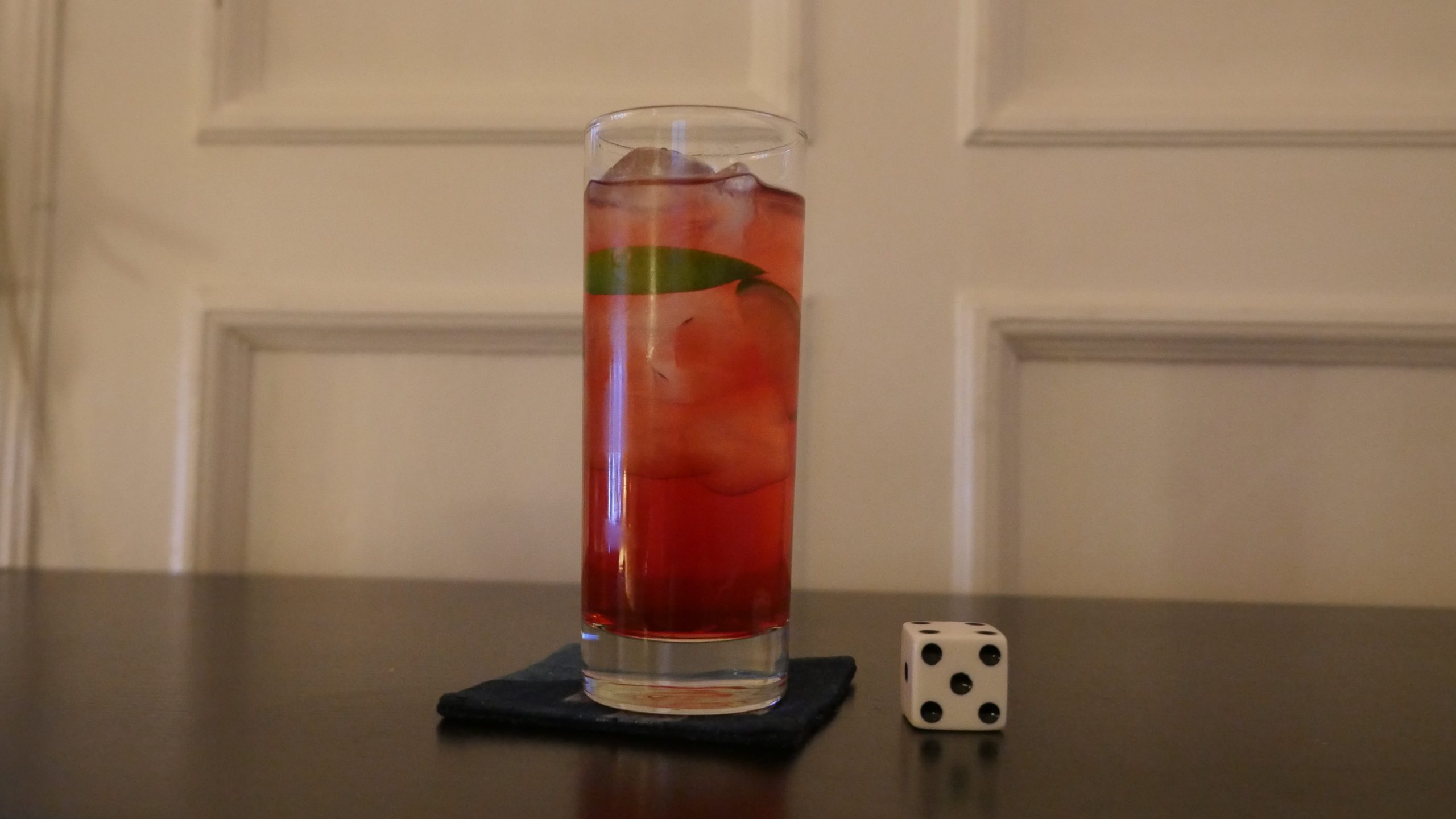 |
| Tangerines. Zaza Urushadze. 2013. Estonia. April 13th, 2016. Rolling Estonian. | |||
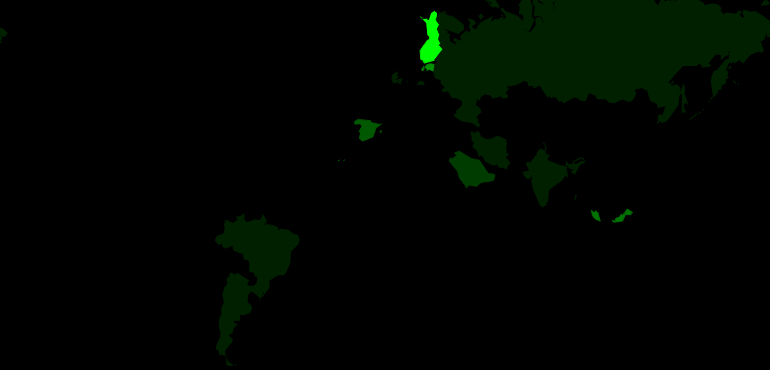 | 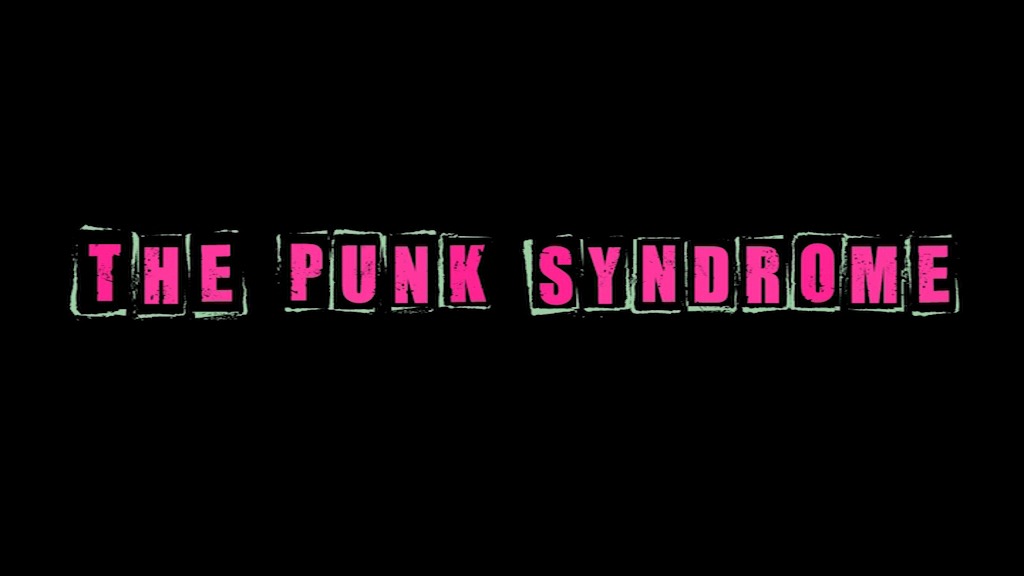 | 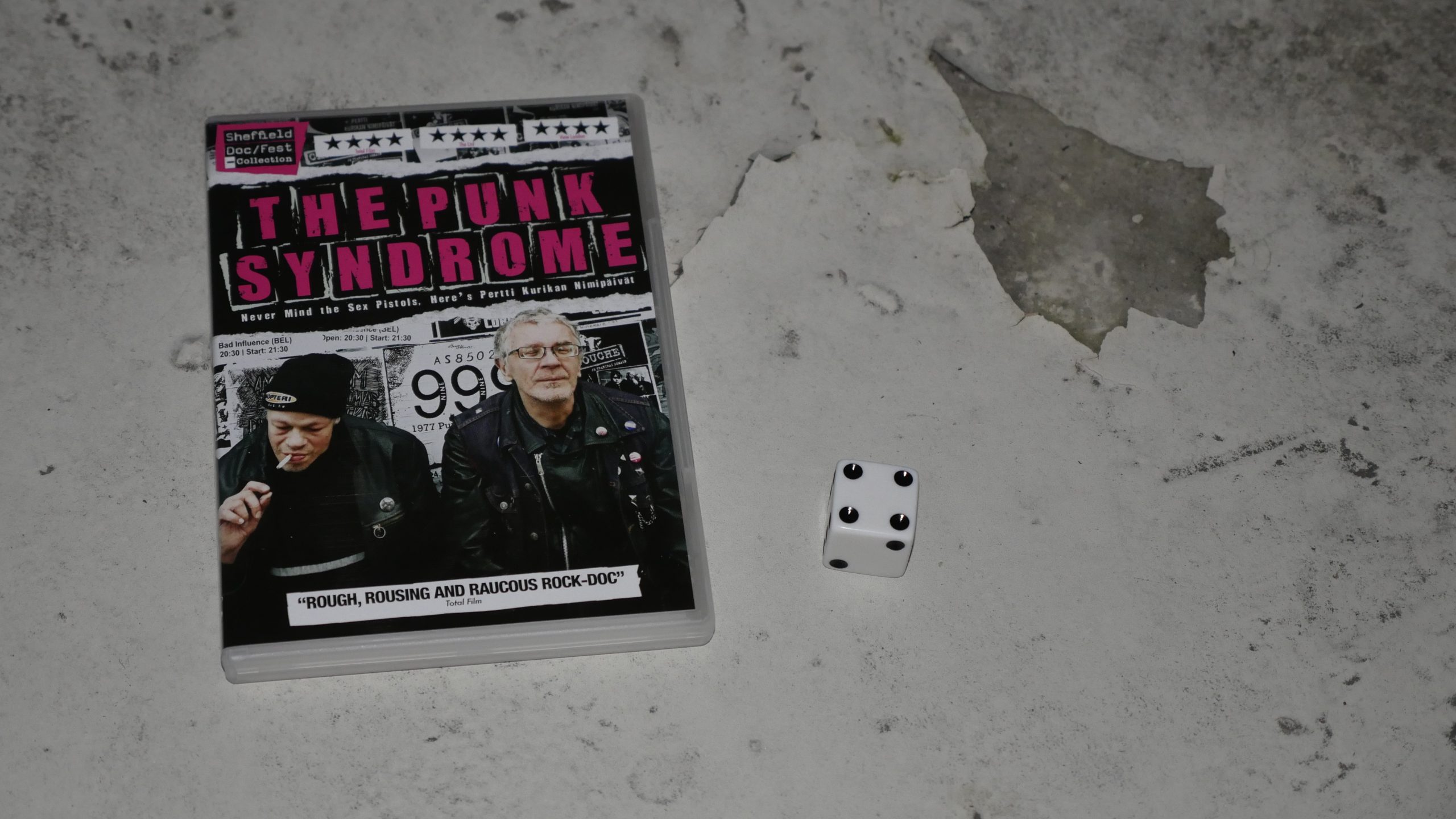 | 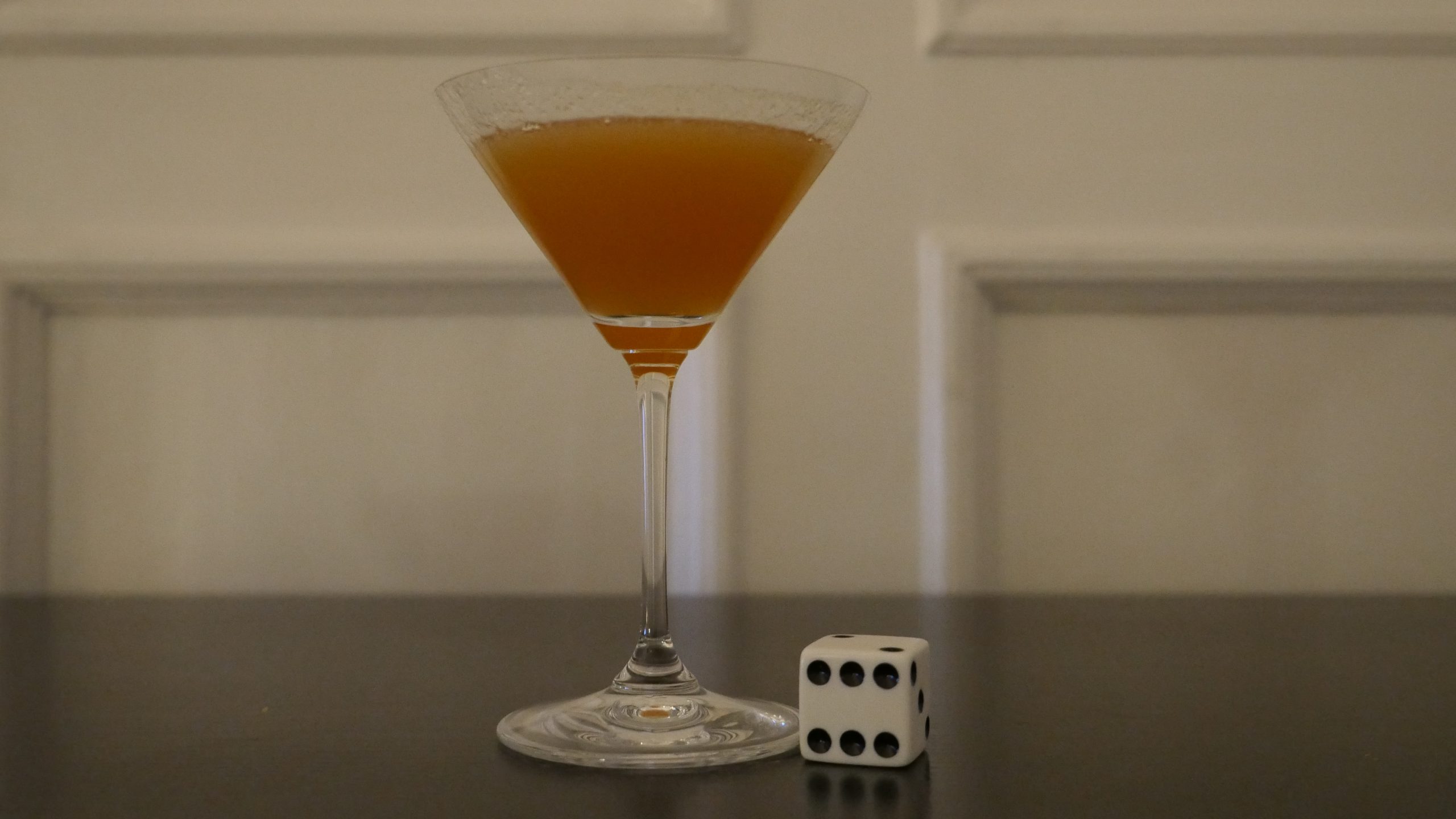 |
| The Punk Syndrome. Jukka Kärkkäinen. 2012. Finland. April 14th, 2016. Cloudberry/Apple Cocktail. | |||
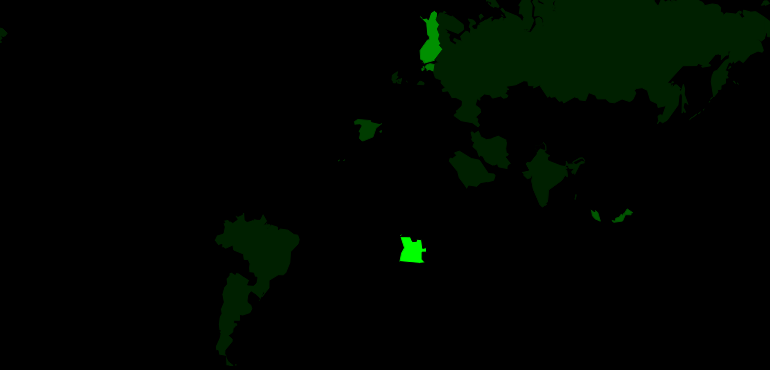 | 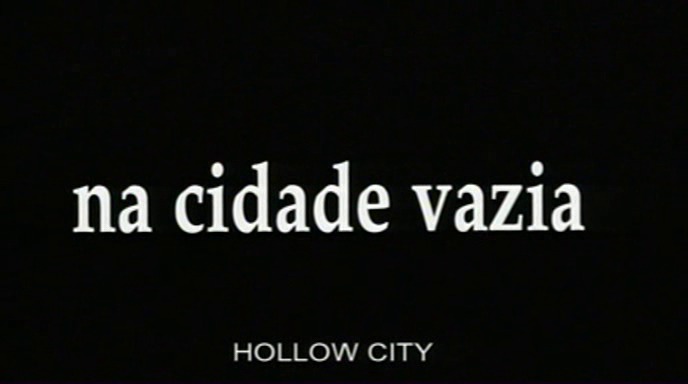 | 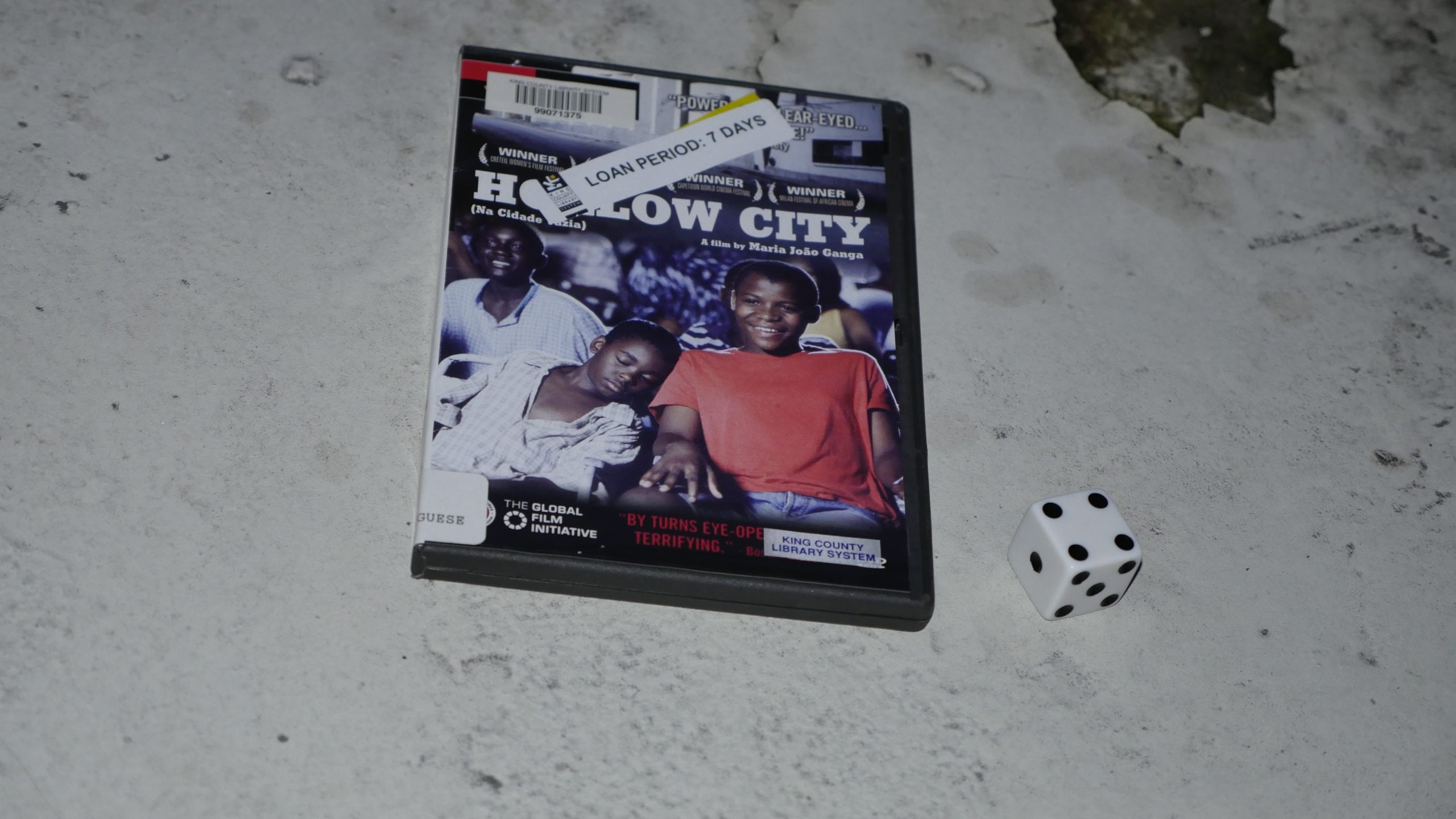 |  |
| Hollow City. Maria João Ganga. 2004. Angola. April 15th, 2016. (translation unavailable). | |||
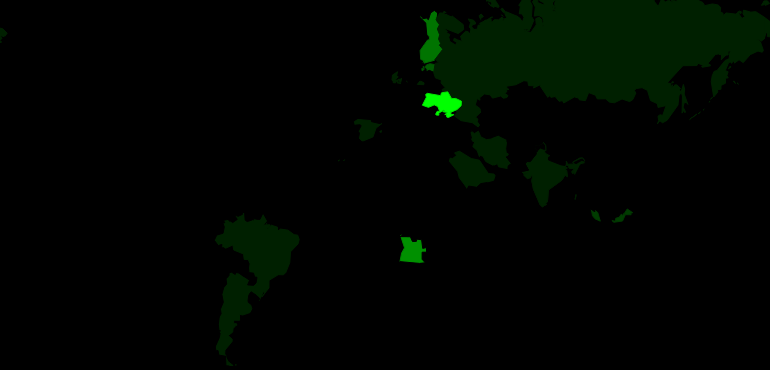 | 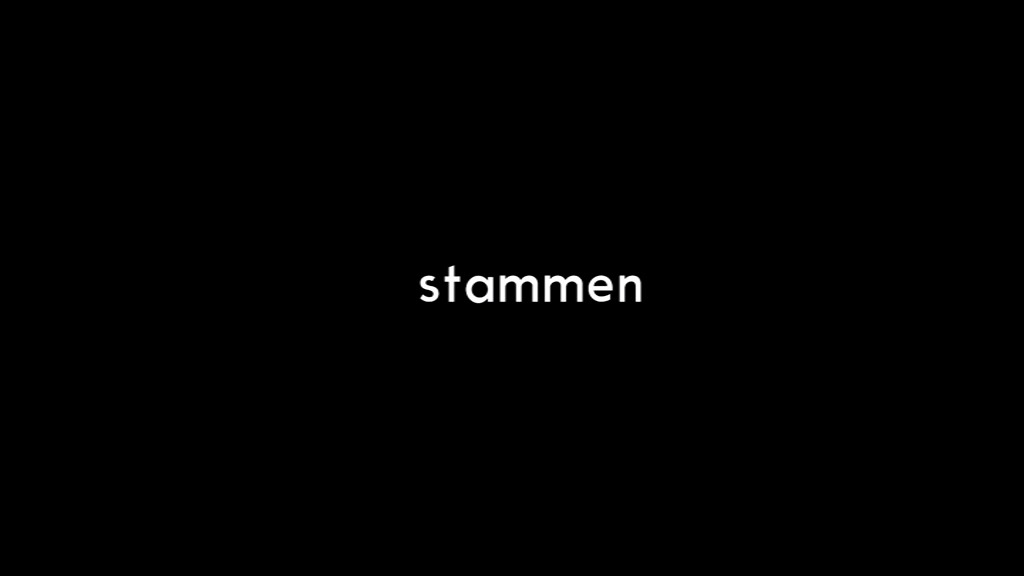 | 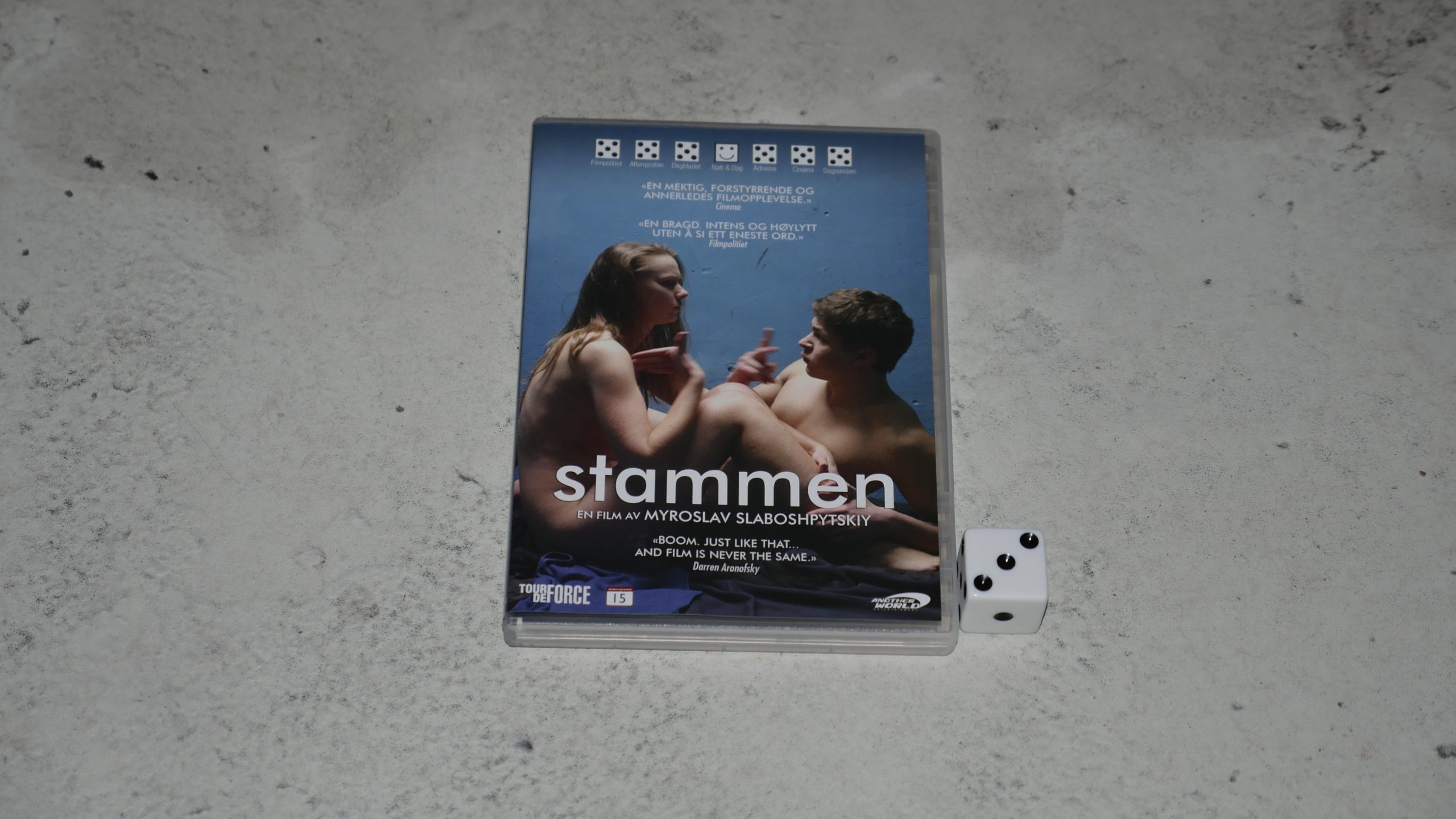 |  |
| The Tribe. Myroslav Slaboshpytskyi. 2014. Ukraine. April 16th, 2016. Black Ukrainian. | |||
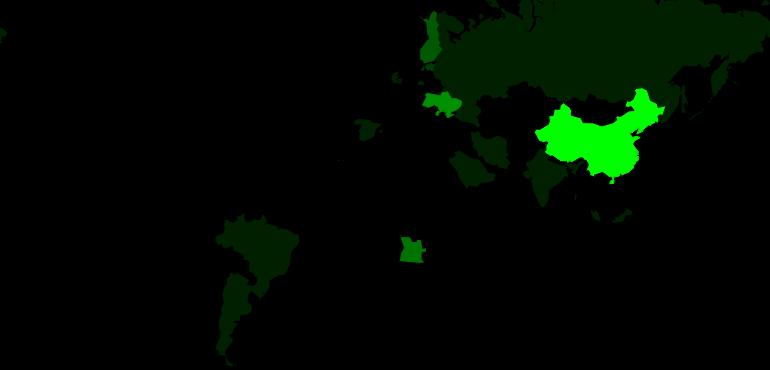 |  | 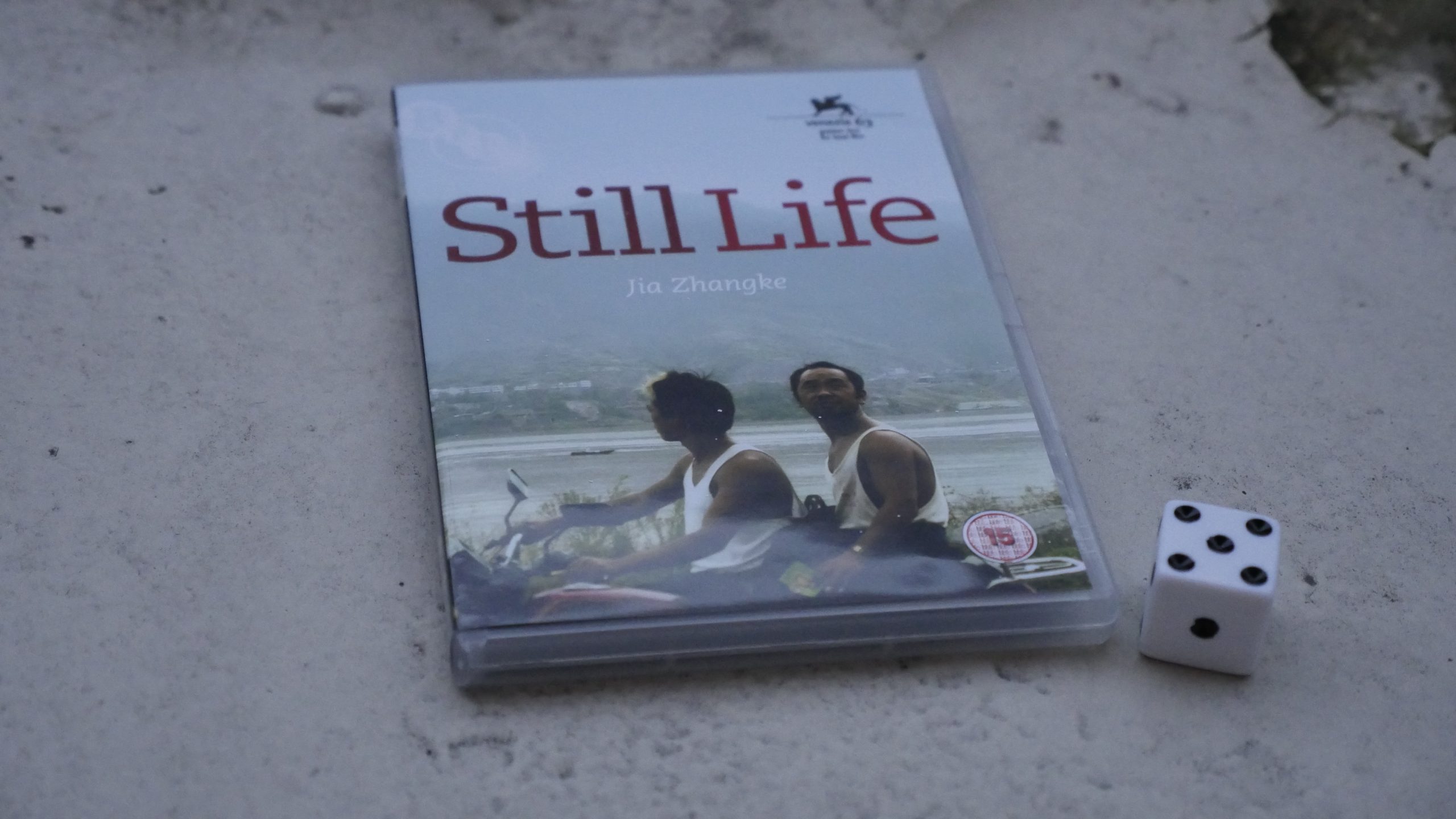 | 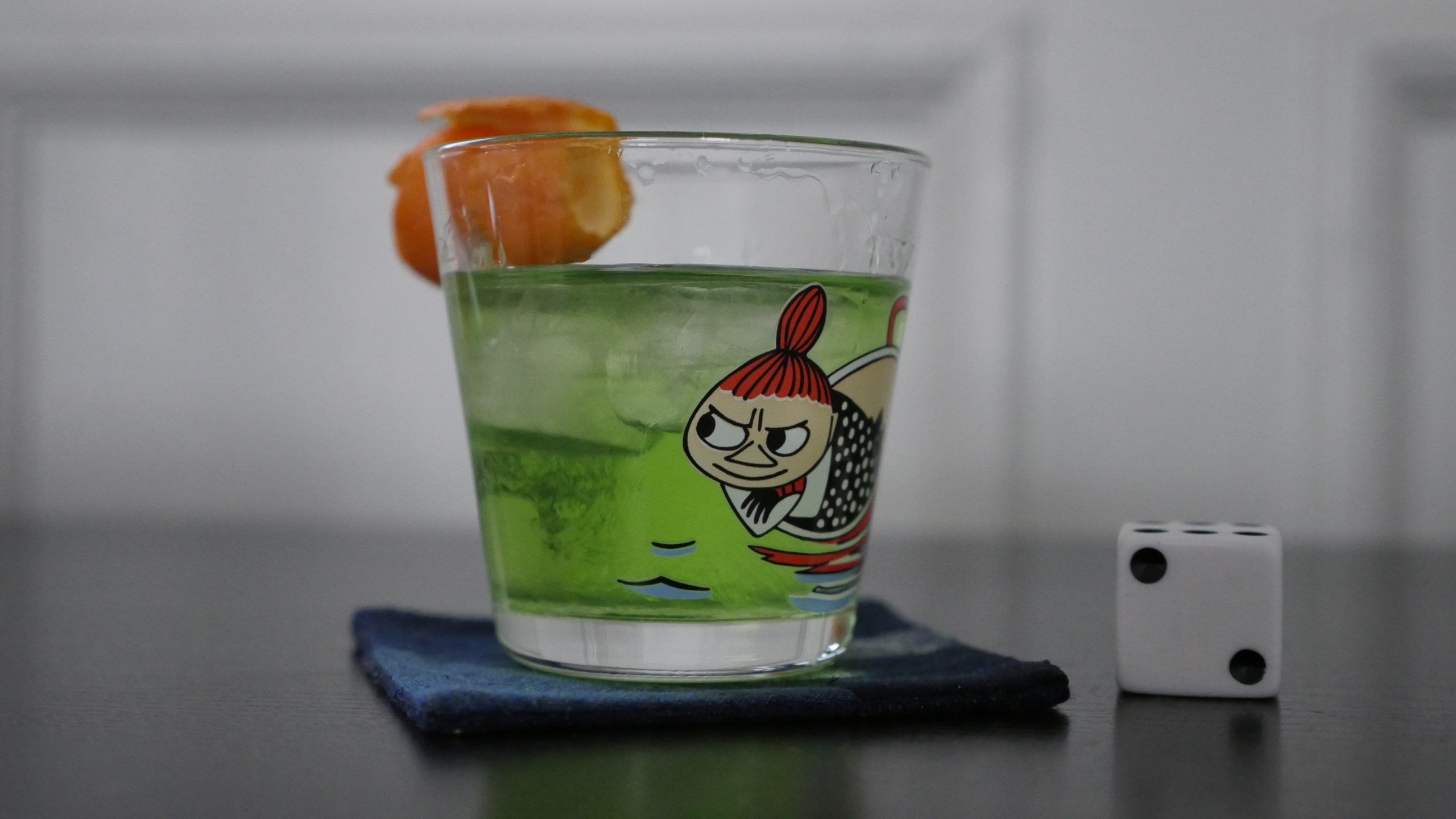 |
| Still Life. Zhangke Jia. 2006. China. April 16th, 2016. Banana Dynasty. | |||
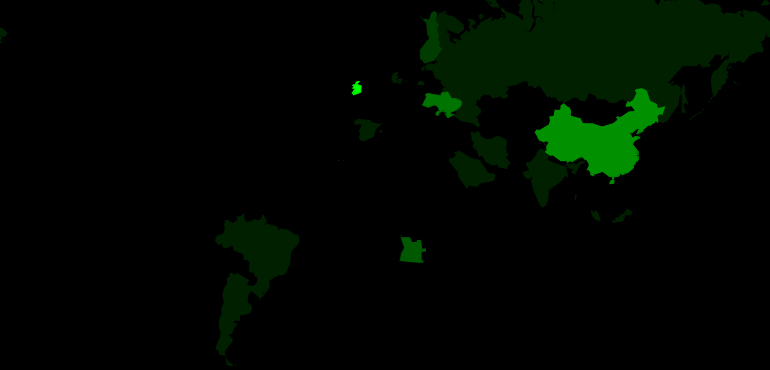 |  | 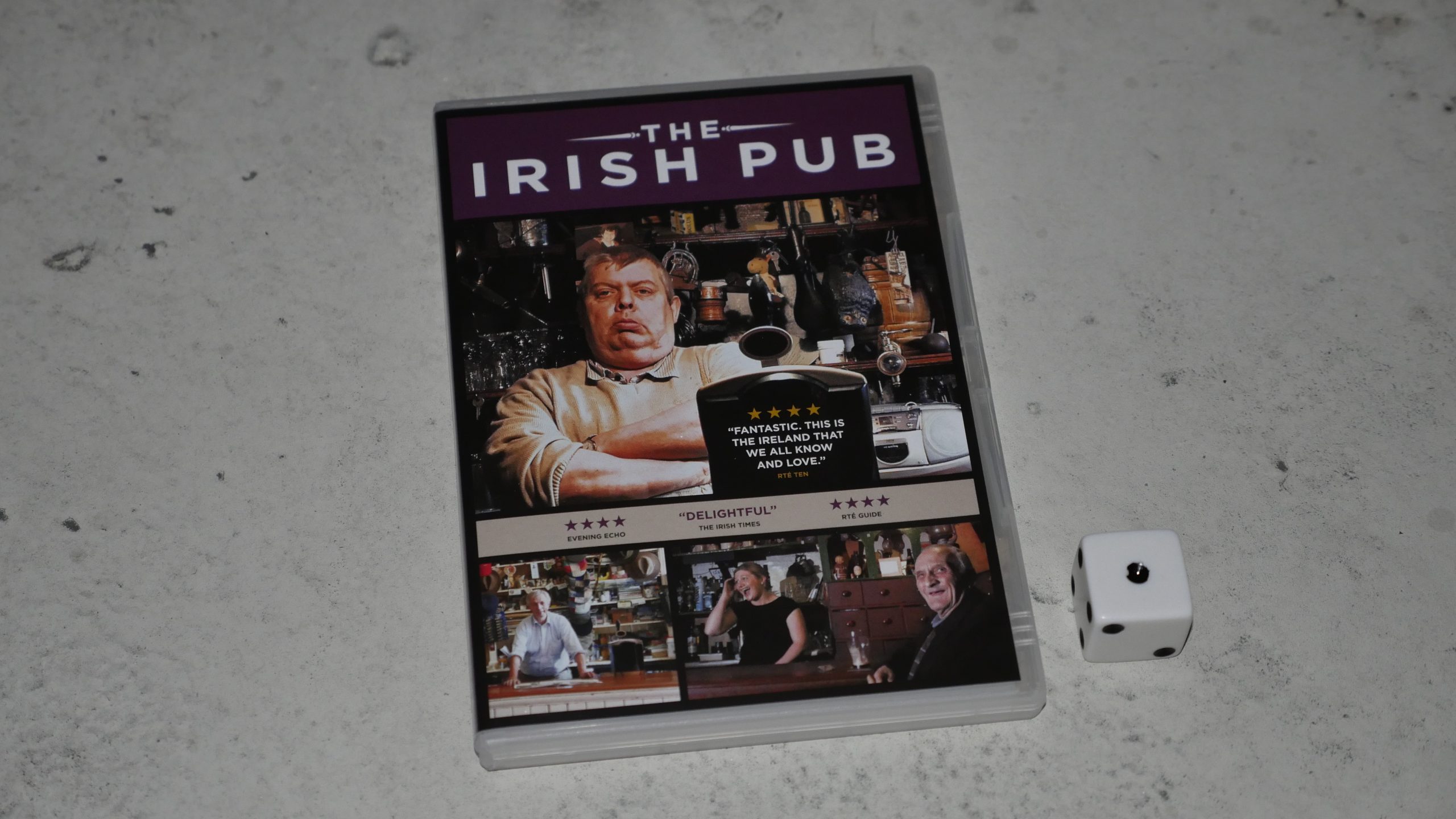 | 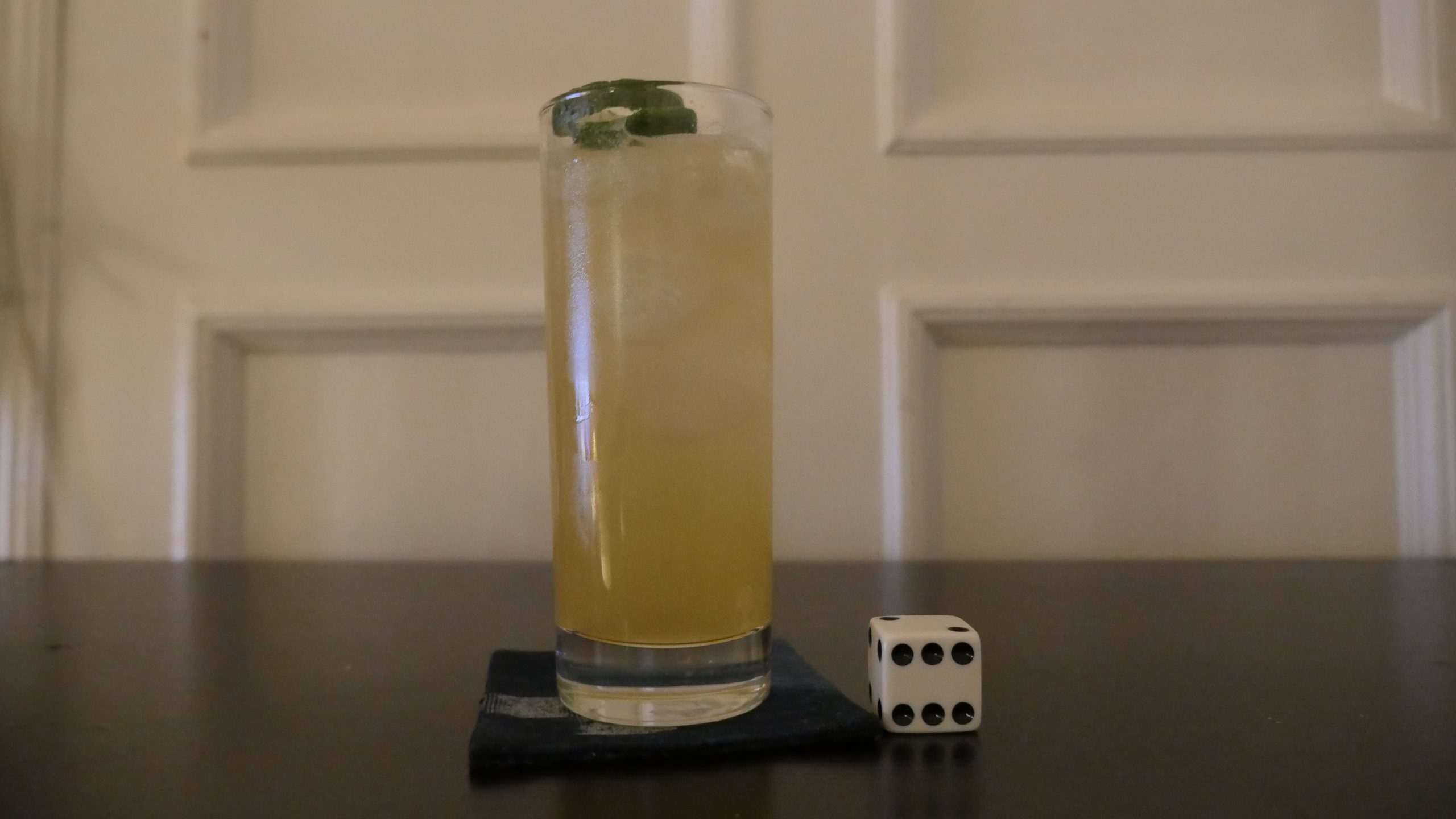 |
| The Irish Pub. Alex Fegan. 2013. Ireland. April 16th, 2016. Blarney Stone. | |||
 | 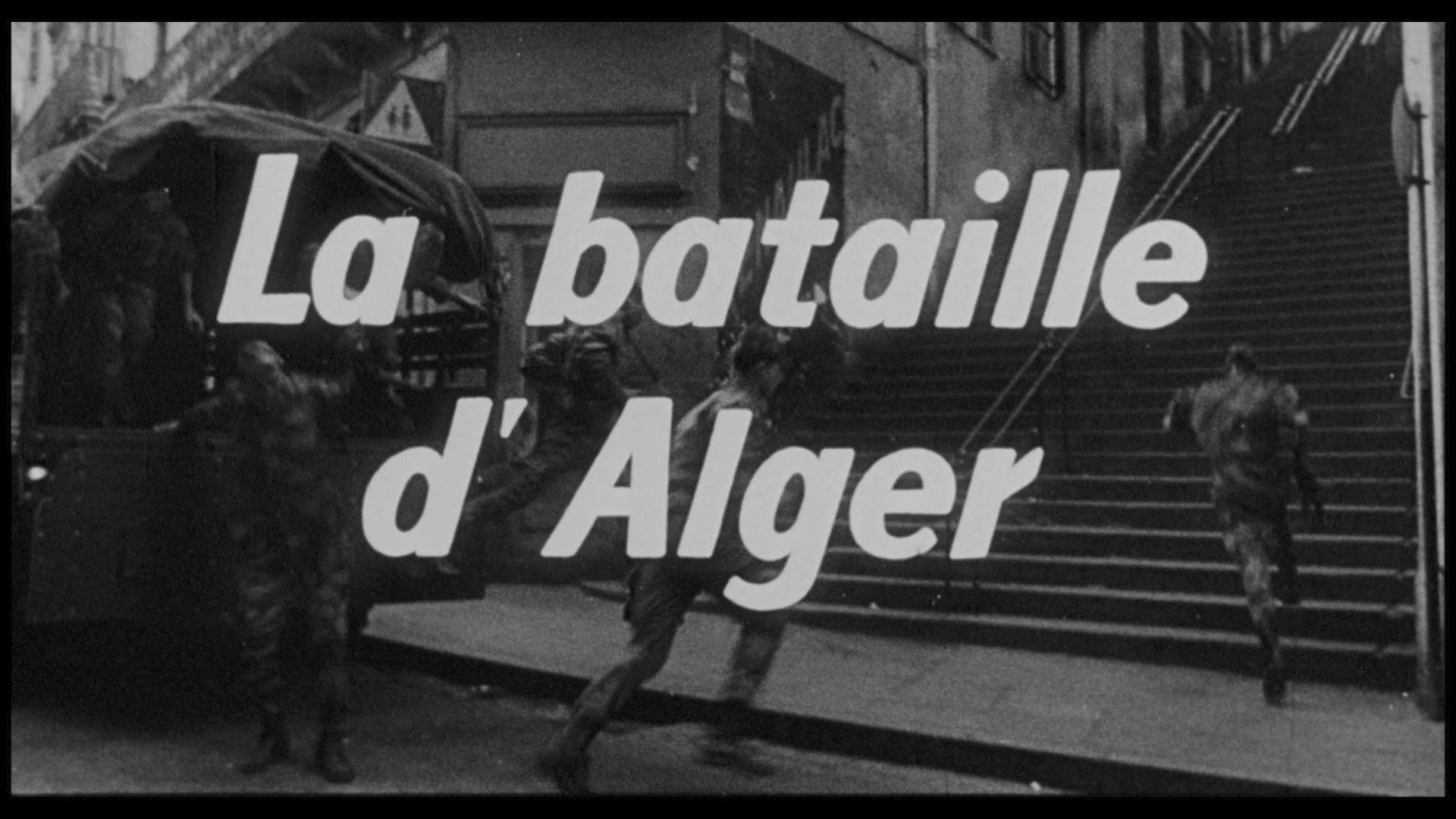 | 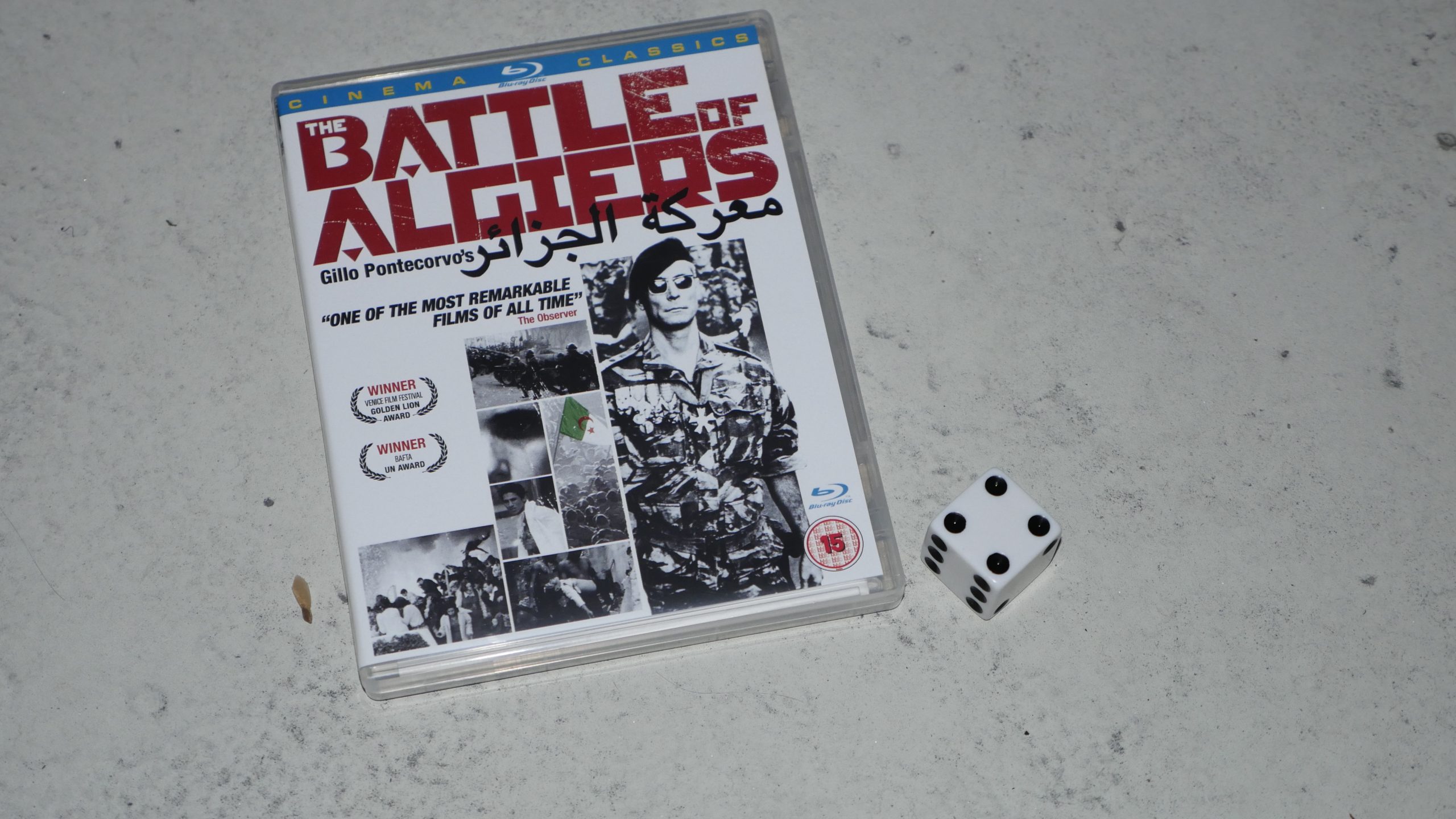 | 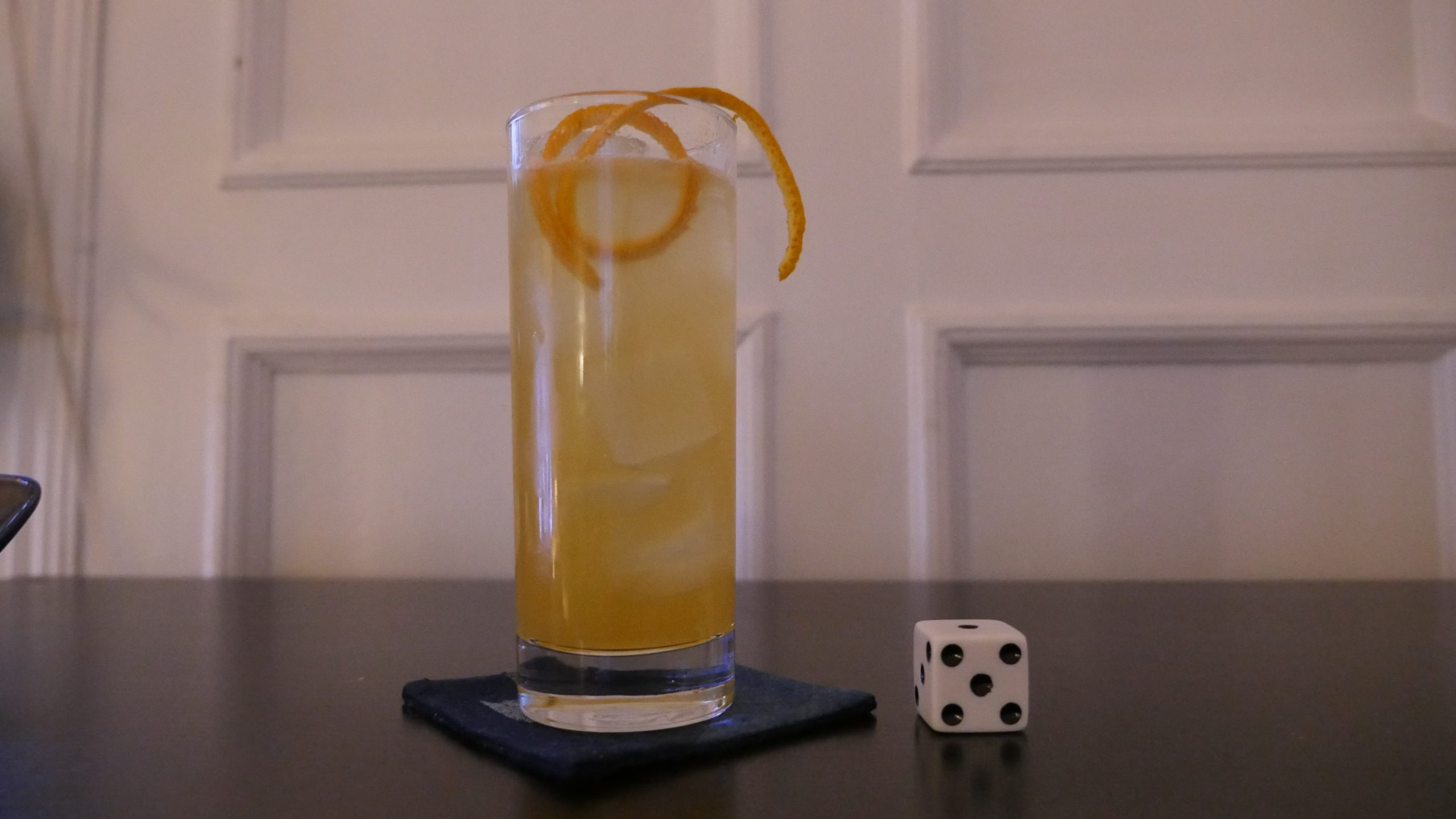 |
| The Battle of Algiers. Gillo Pontecorvo. 1966. Algeria. April 20th, 2016. Algeria Cocktail. | |||
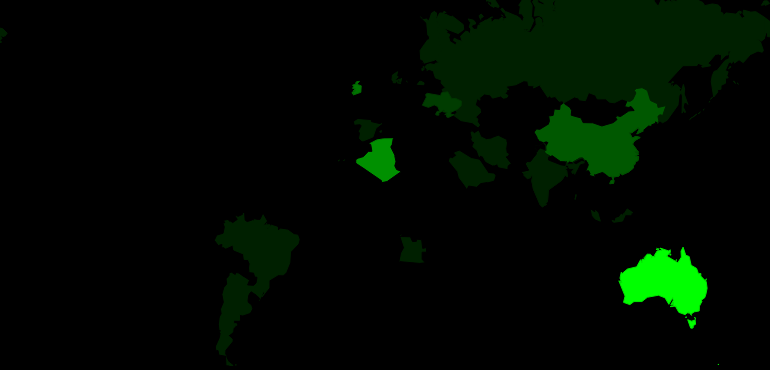 | 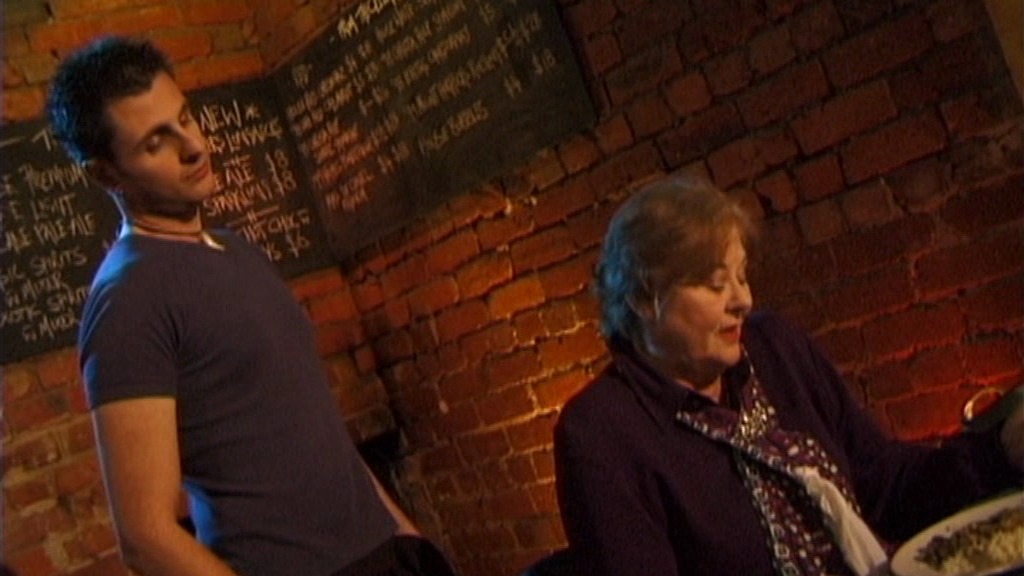 | 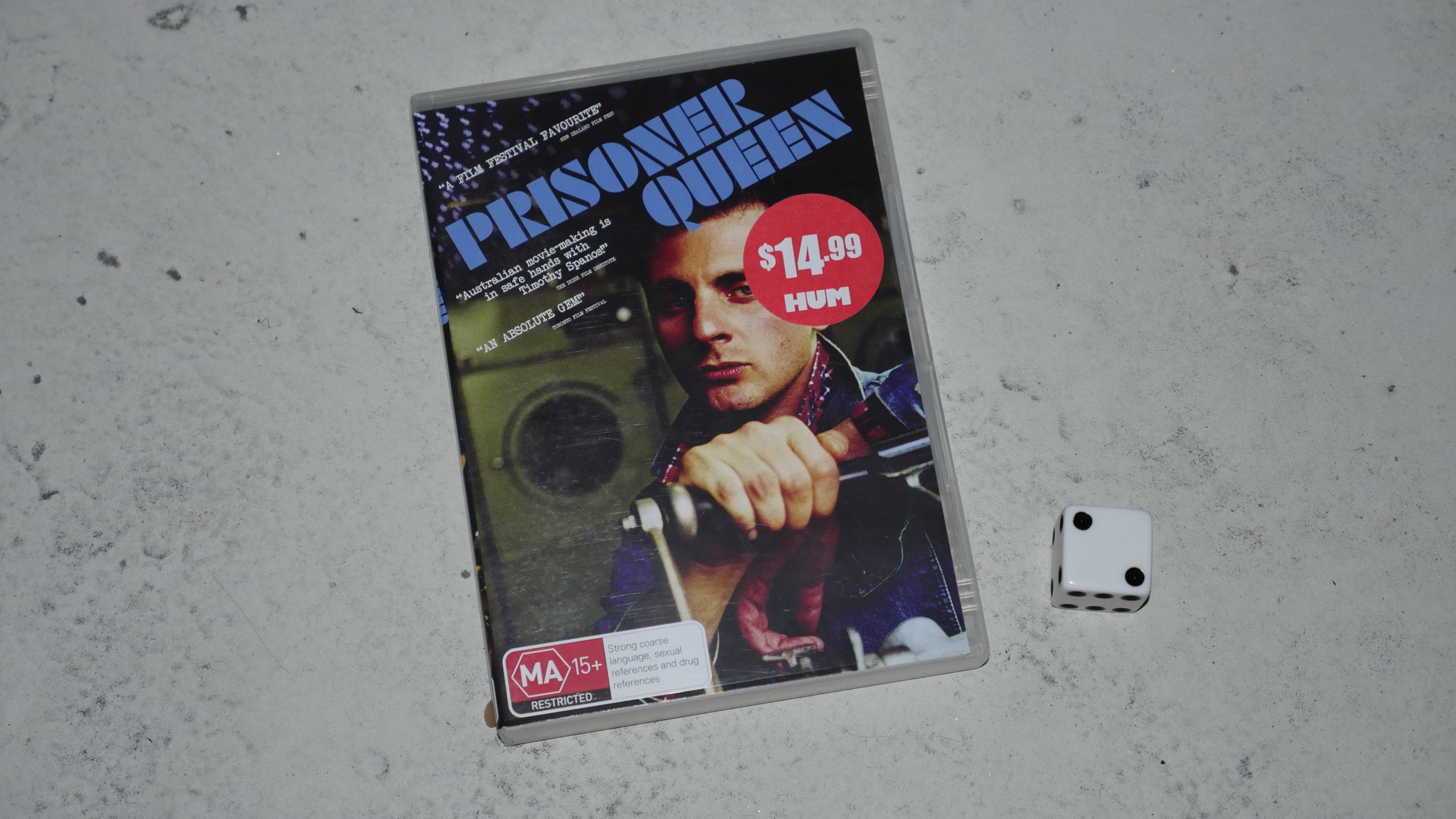 | 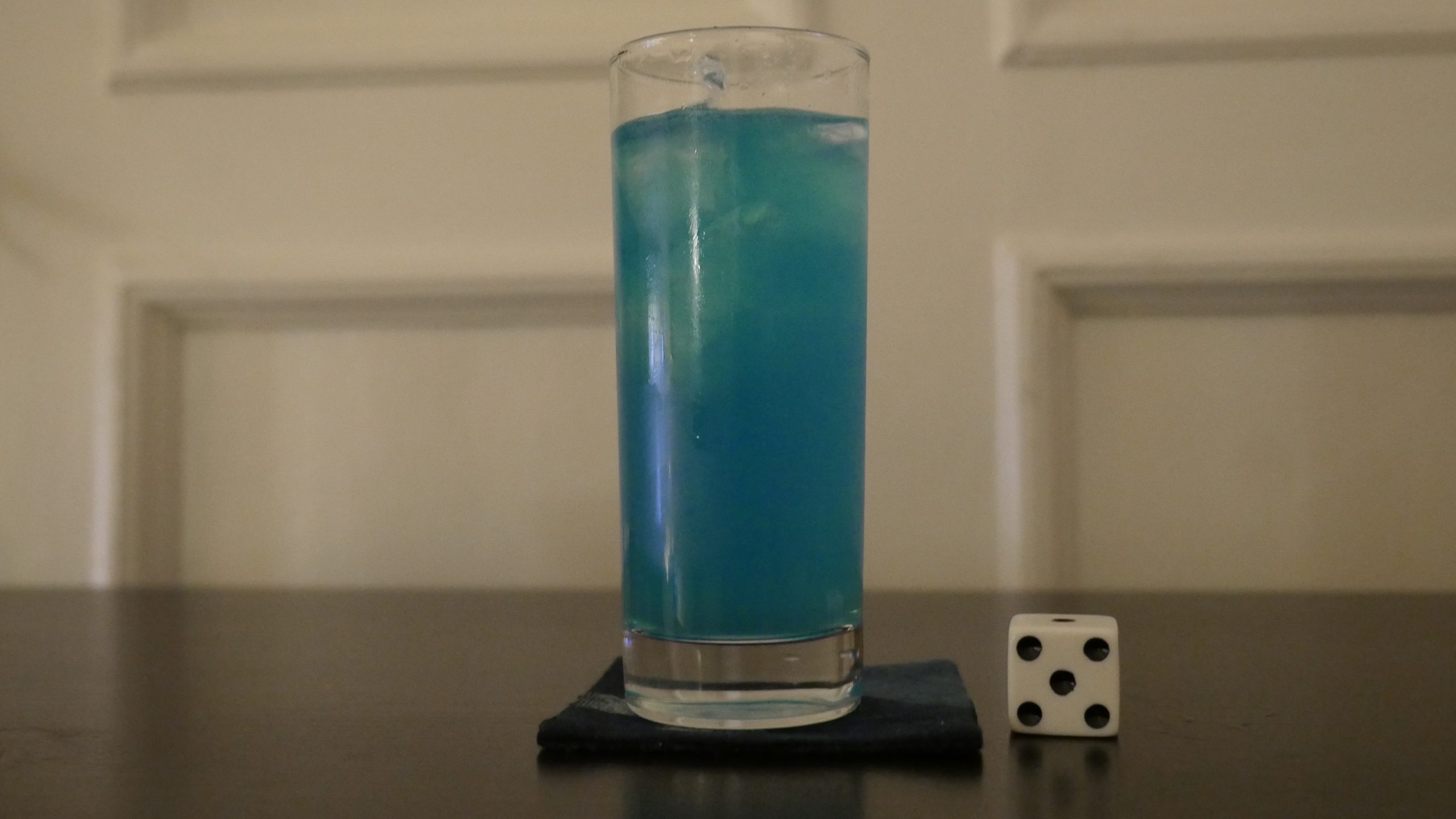 |
| Prisoner Queen. Timothy Spanos. 2003. Australia. April 21st, 2016. Adios Motherfucker. | |||
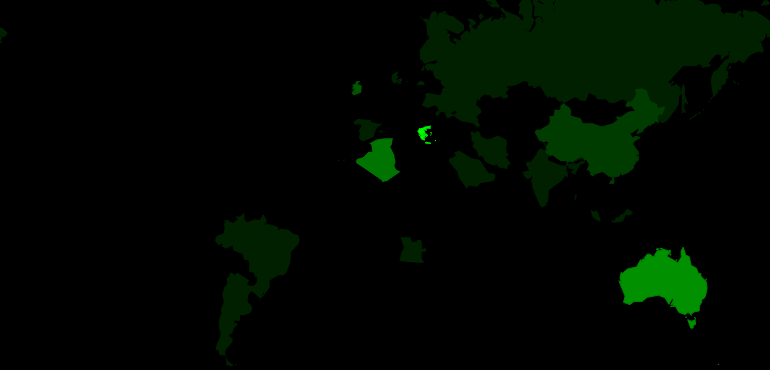 | 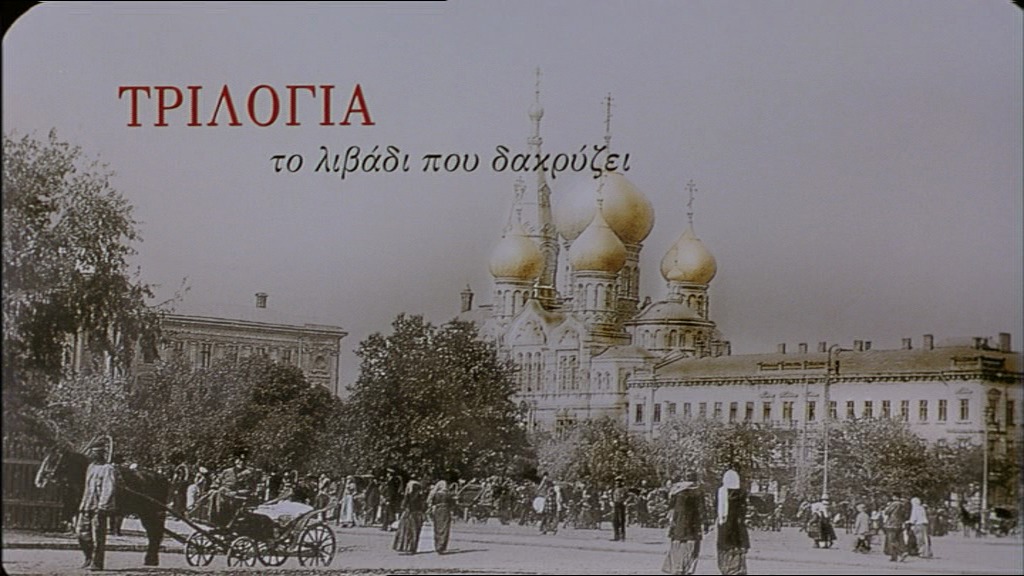 | 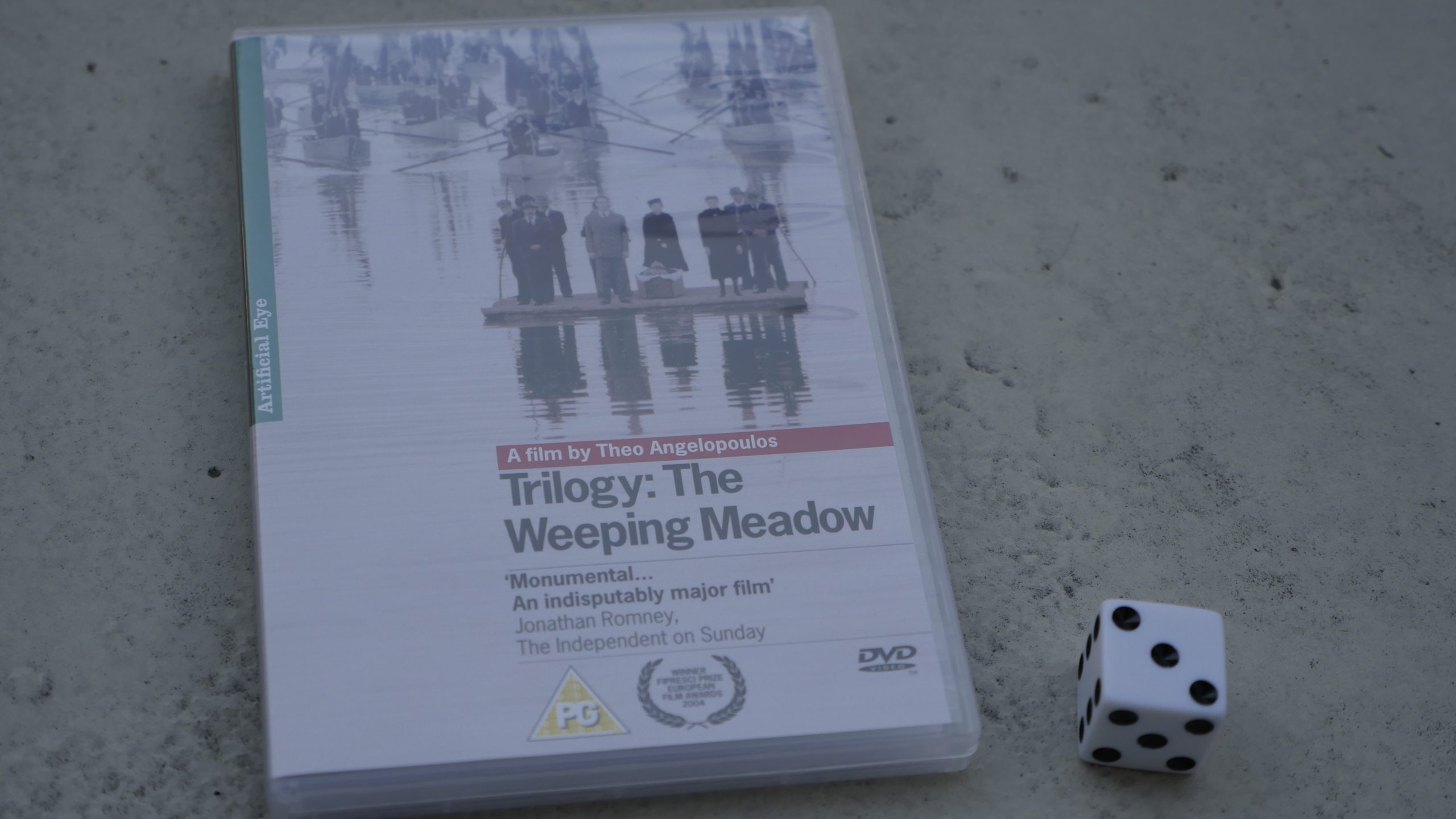 |  |
| The Weeping Meadow. Theodoros Angelopoulos. 2004. Greece. April 22nd, 2016. Skinos Fresh. | |||
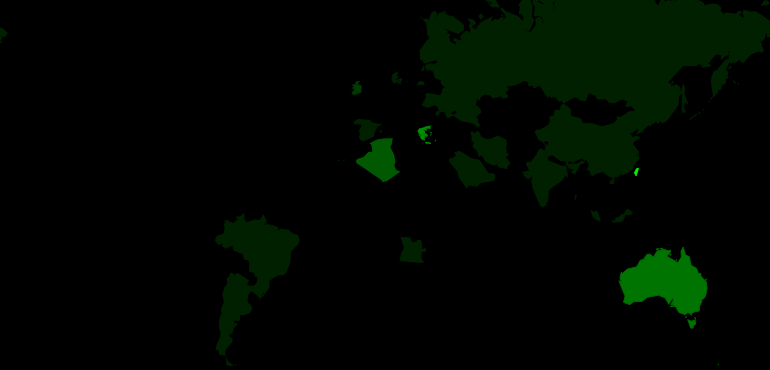 | 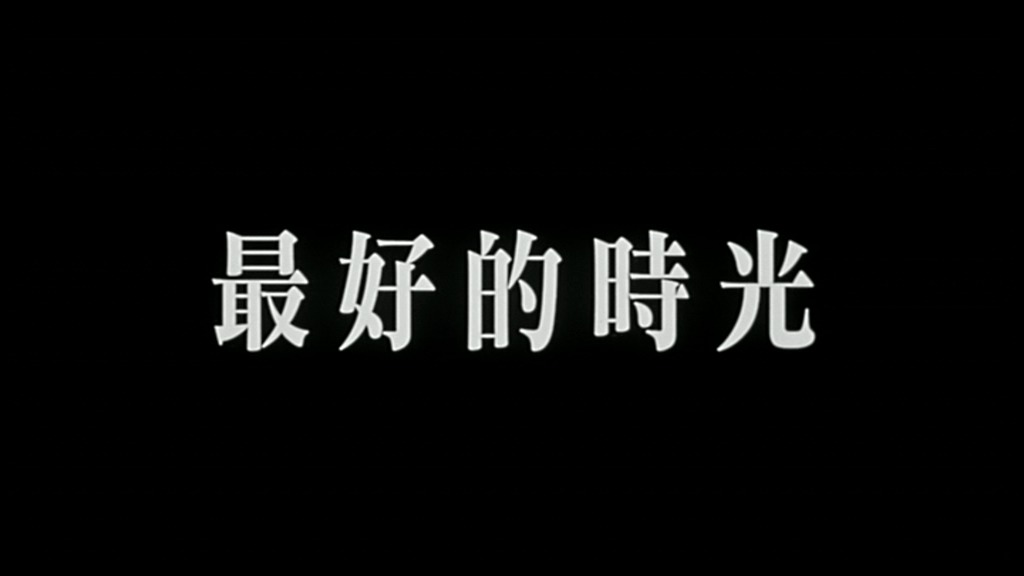 | 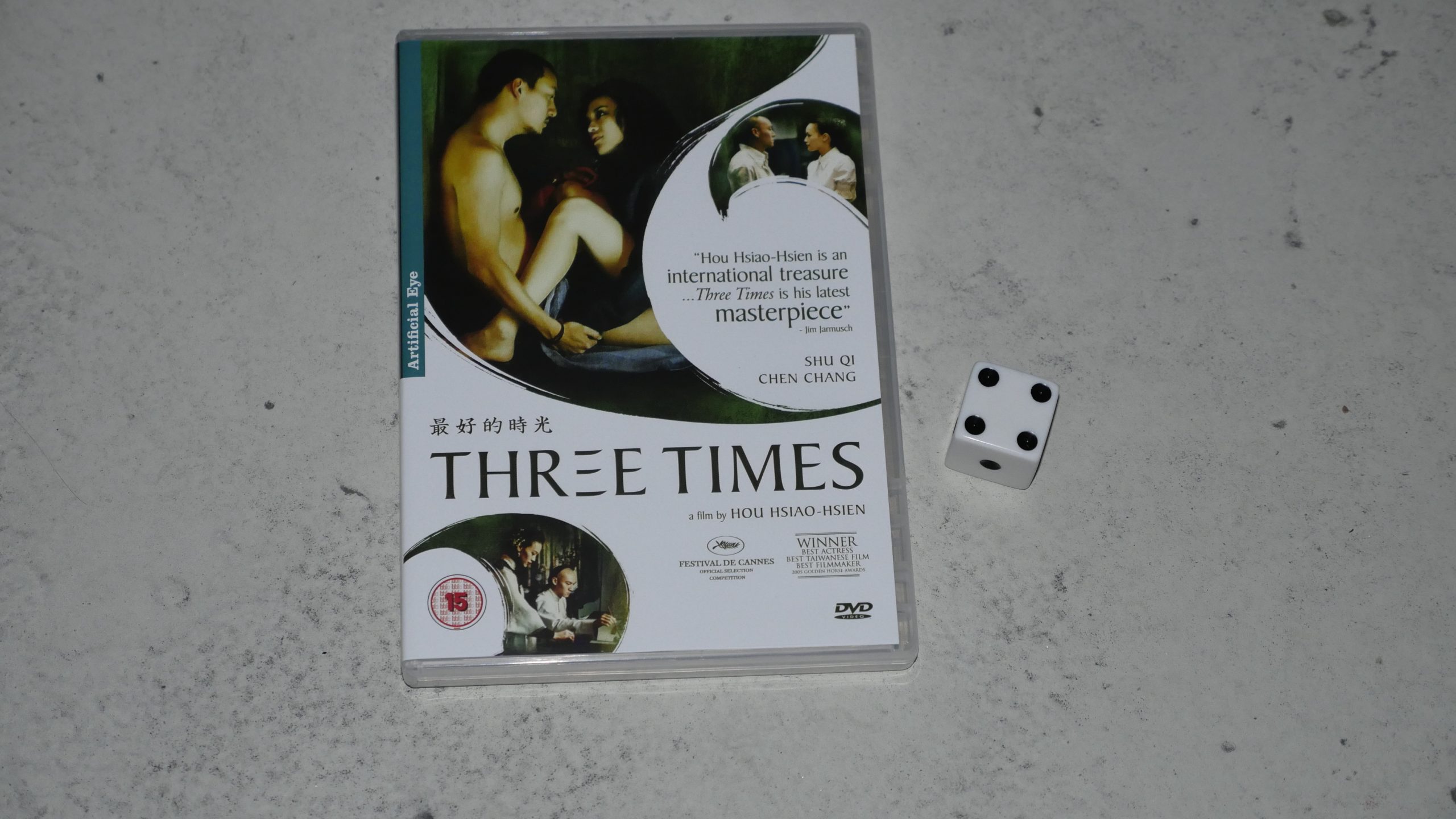 | 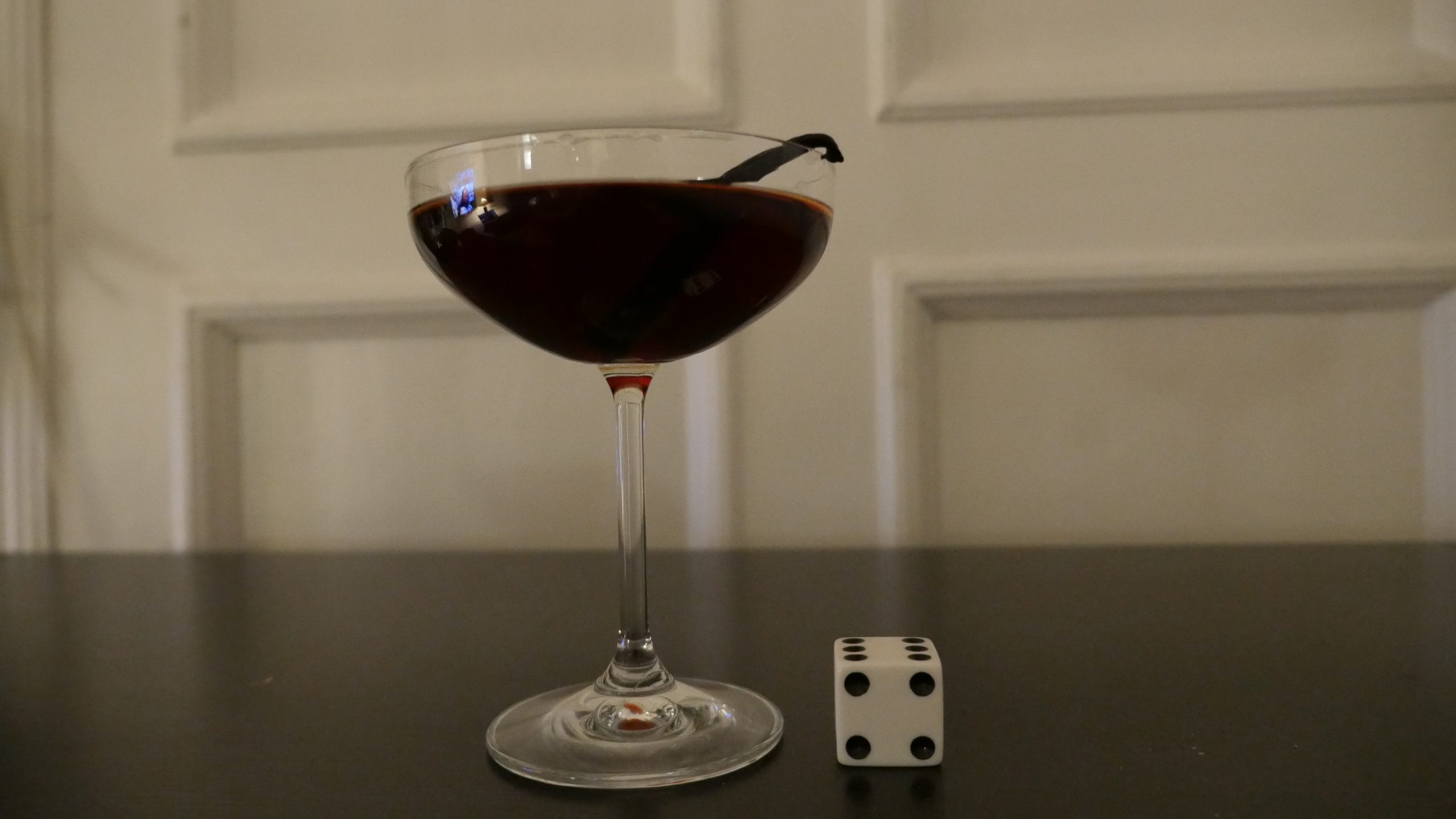 |
| Three Times. Hsiao-Hsien Hou. 2005. Taiwan. April 22nd, 2016. Zegroni. | |||
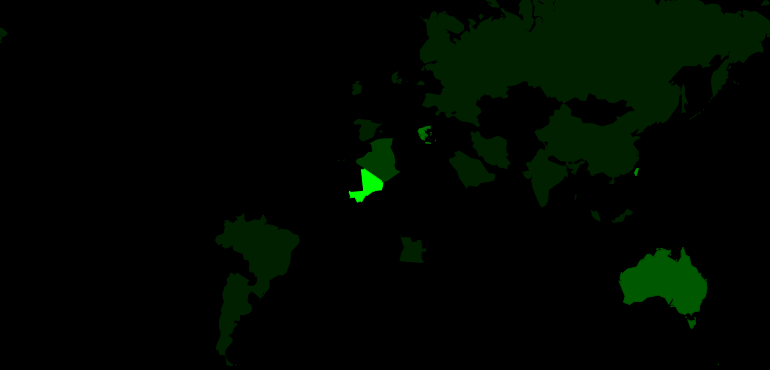 | 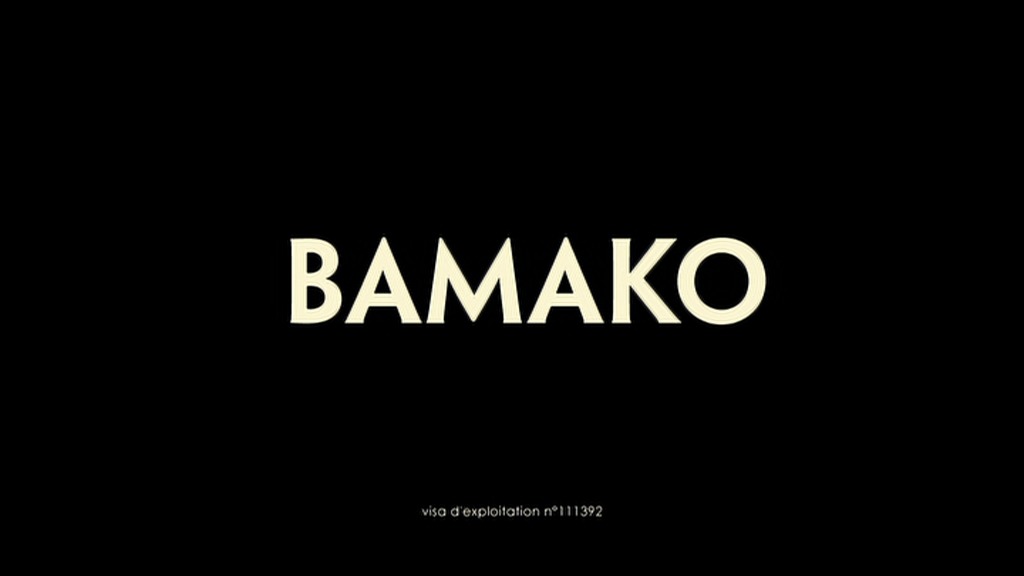 | 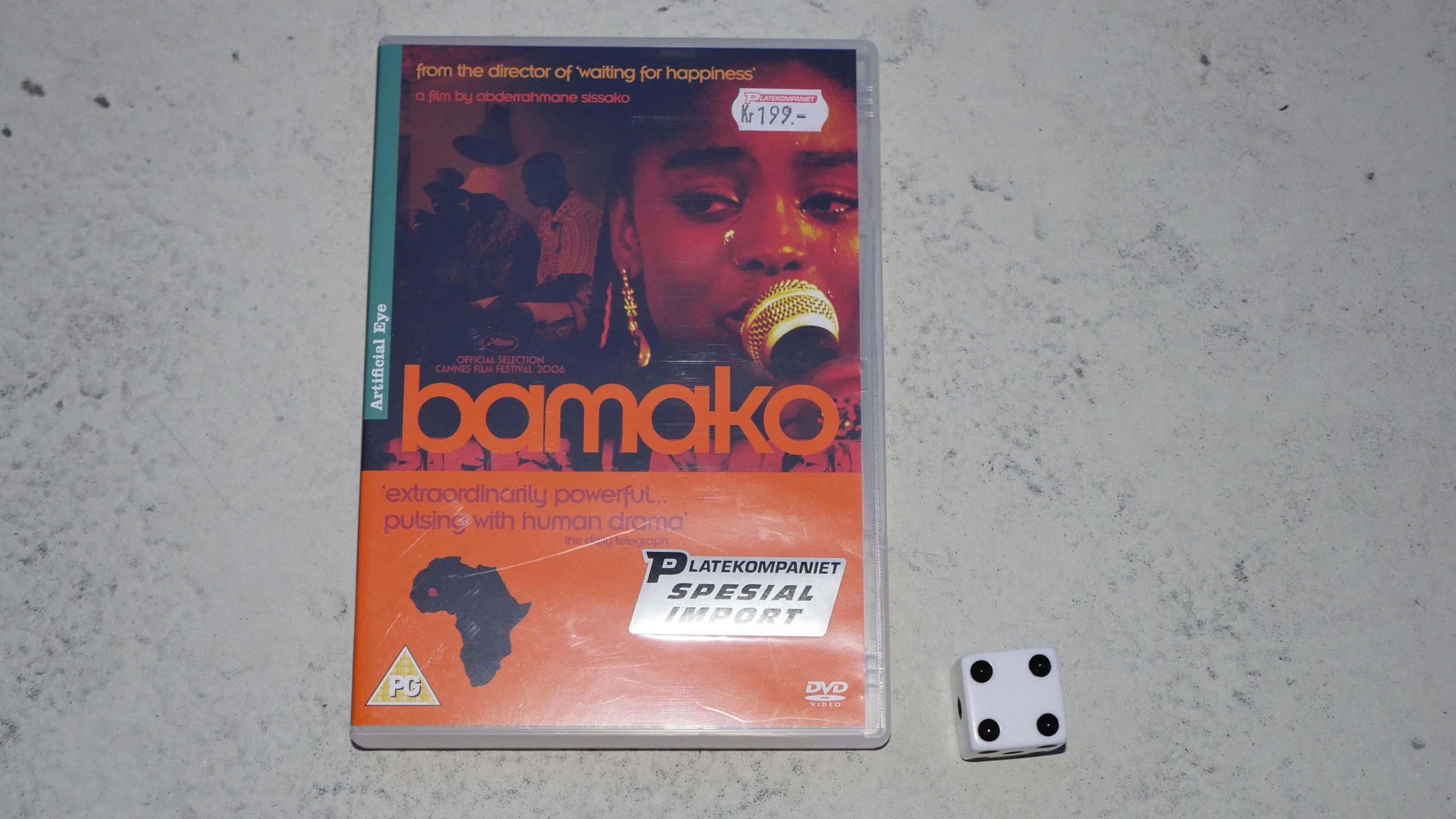 |  |
| Bamako. Abderrahmane Sissako. 2006. Mali. April 23rd, 2016. Mali Cooler. | |||
 | 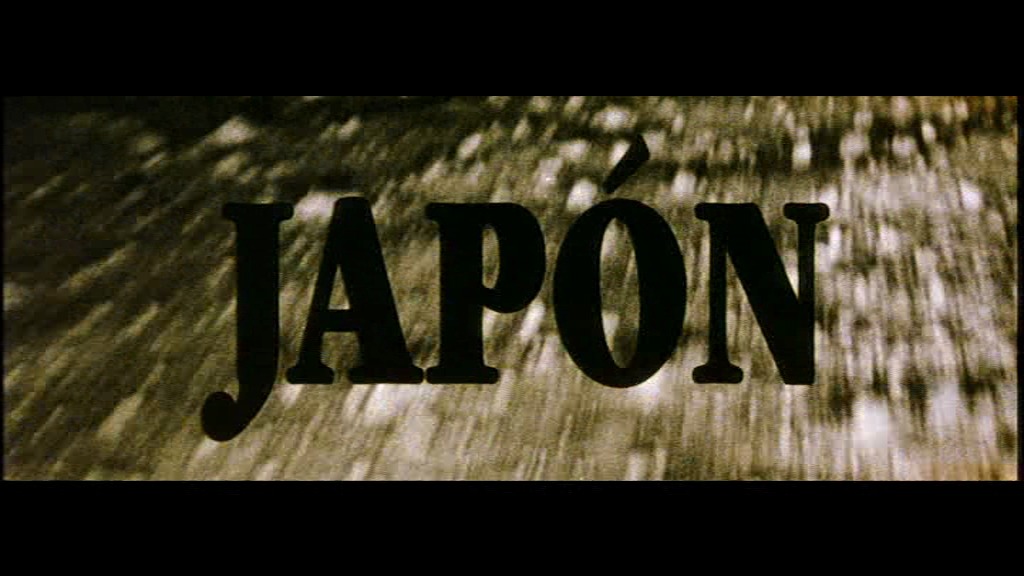 | 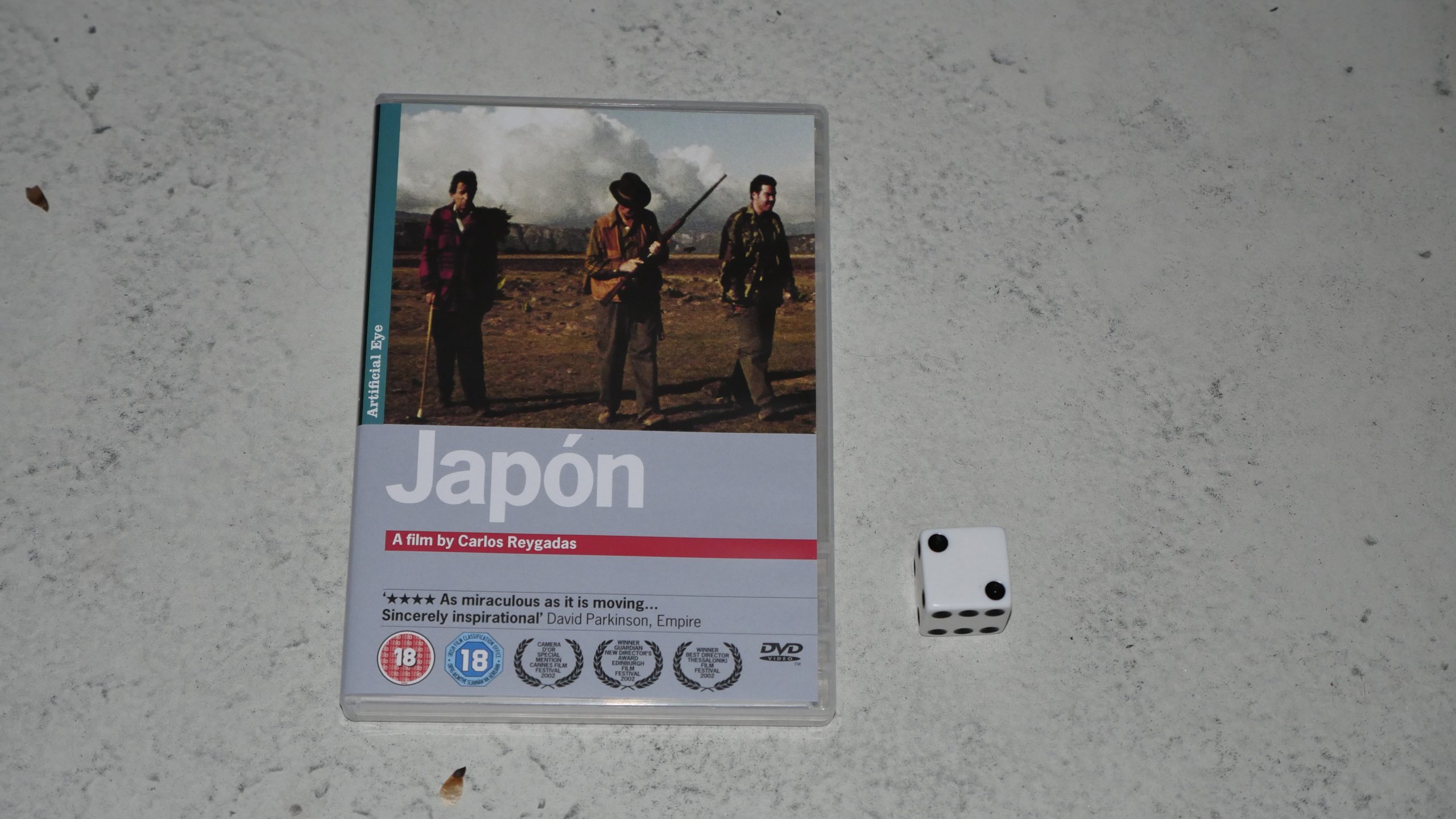 | 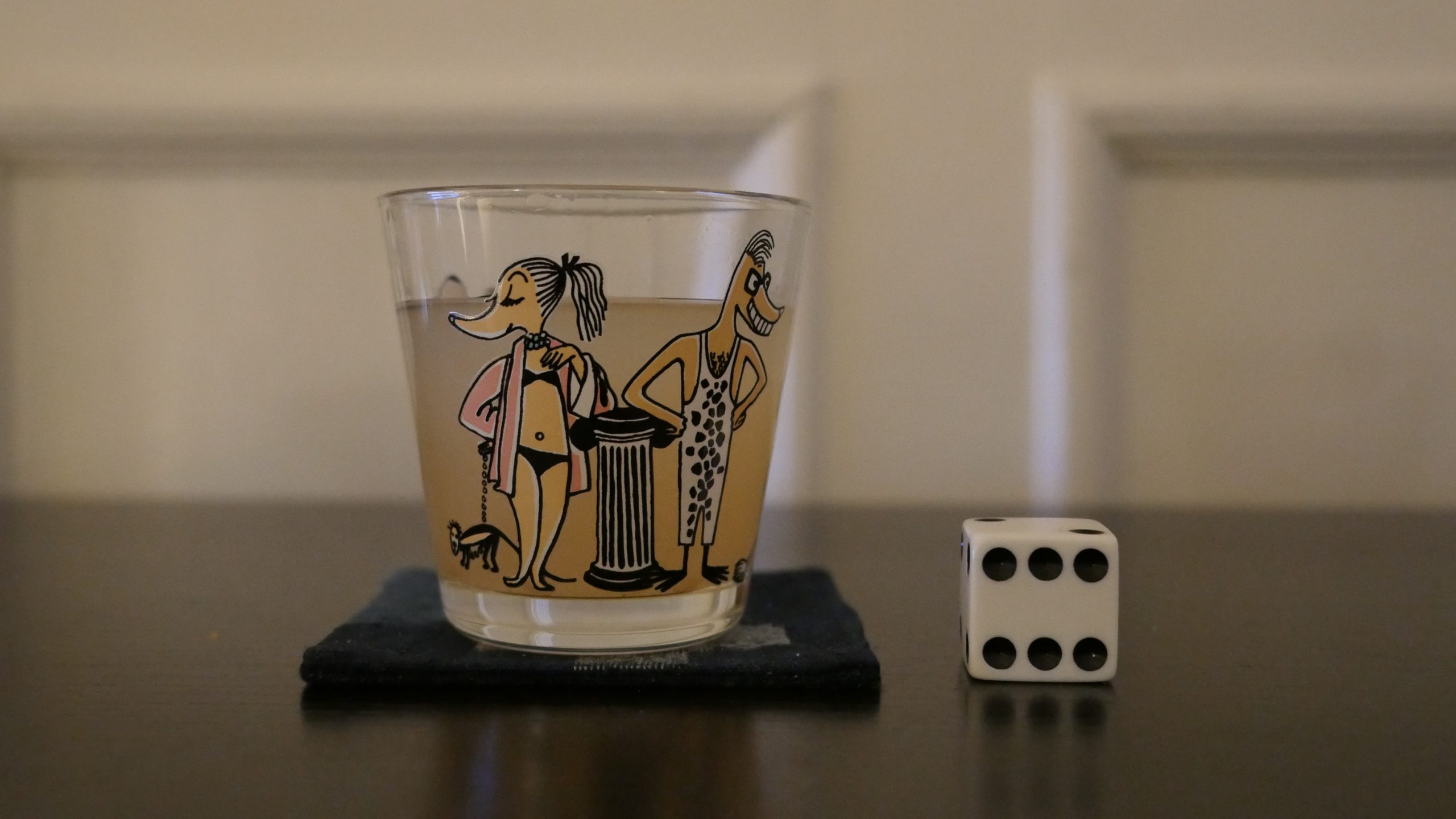 |
| Japon. Carlos Reygadas. 2002. Mexico. April 24th, 2016. . | |||
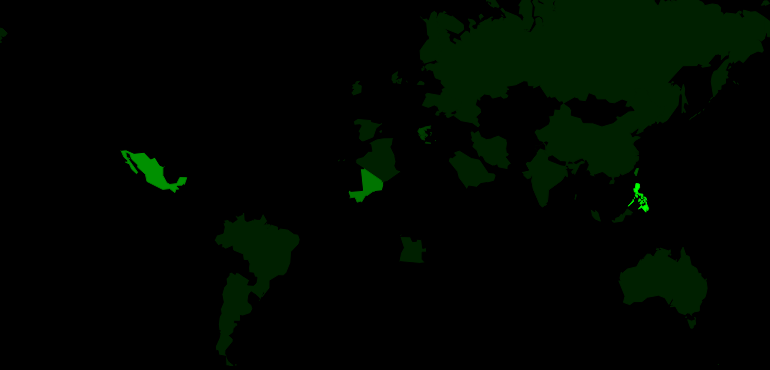 |  | 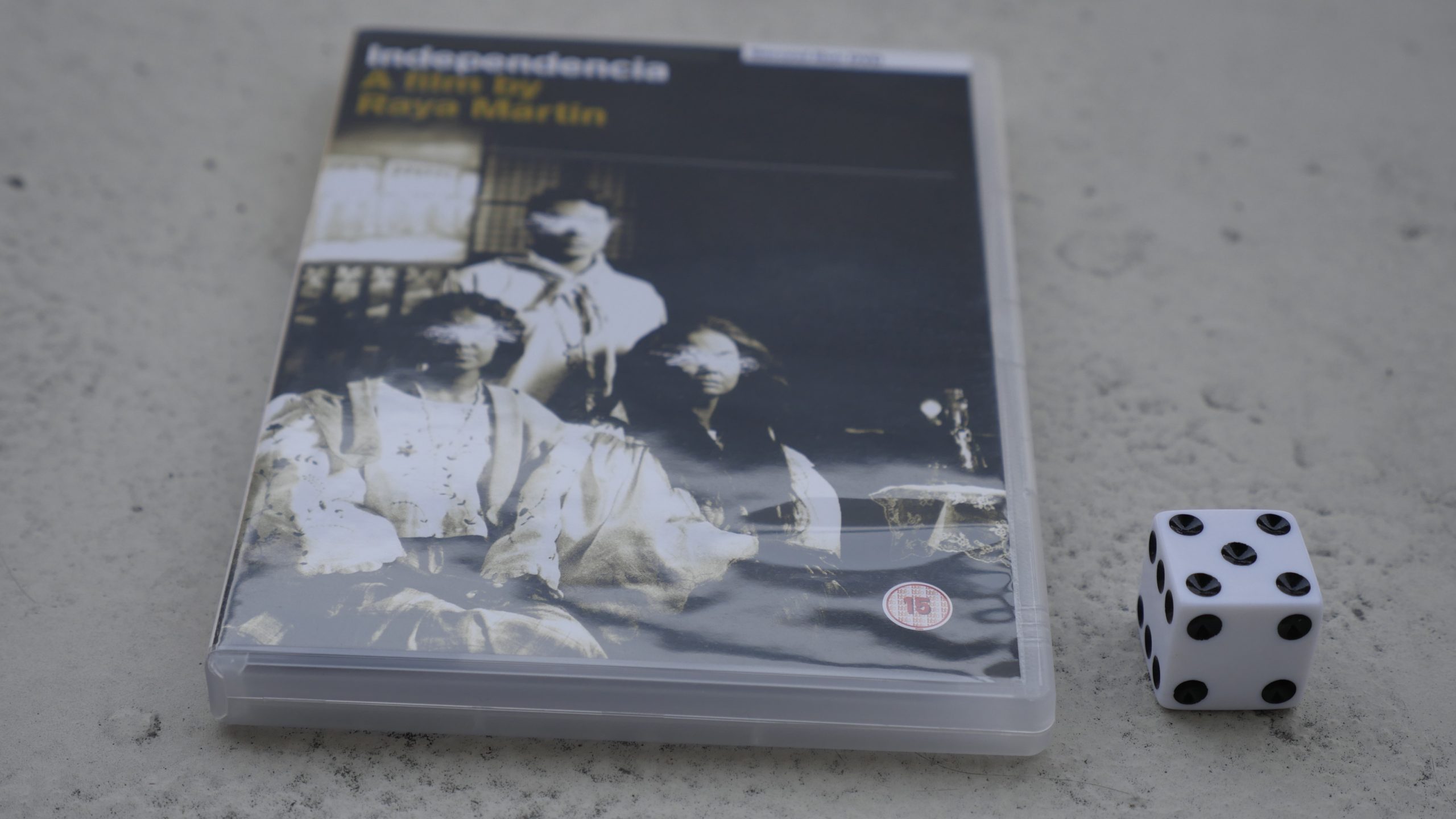 |  |
| Independencia. Raya Martin. 2009. Philippines. May 6th, 2016. Manila-Acapulco Grog. | |||
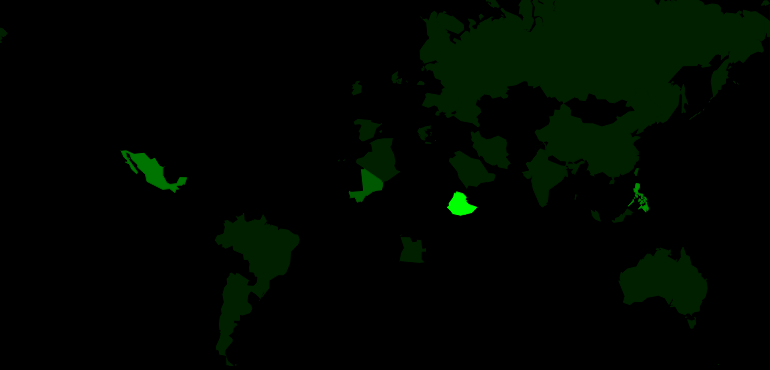 |  | 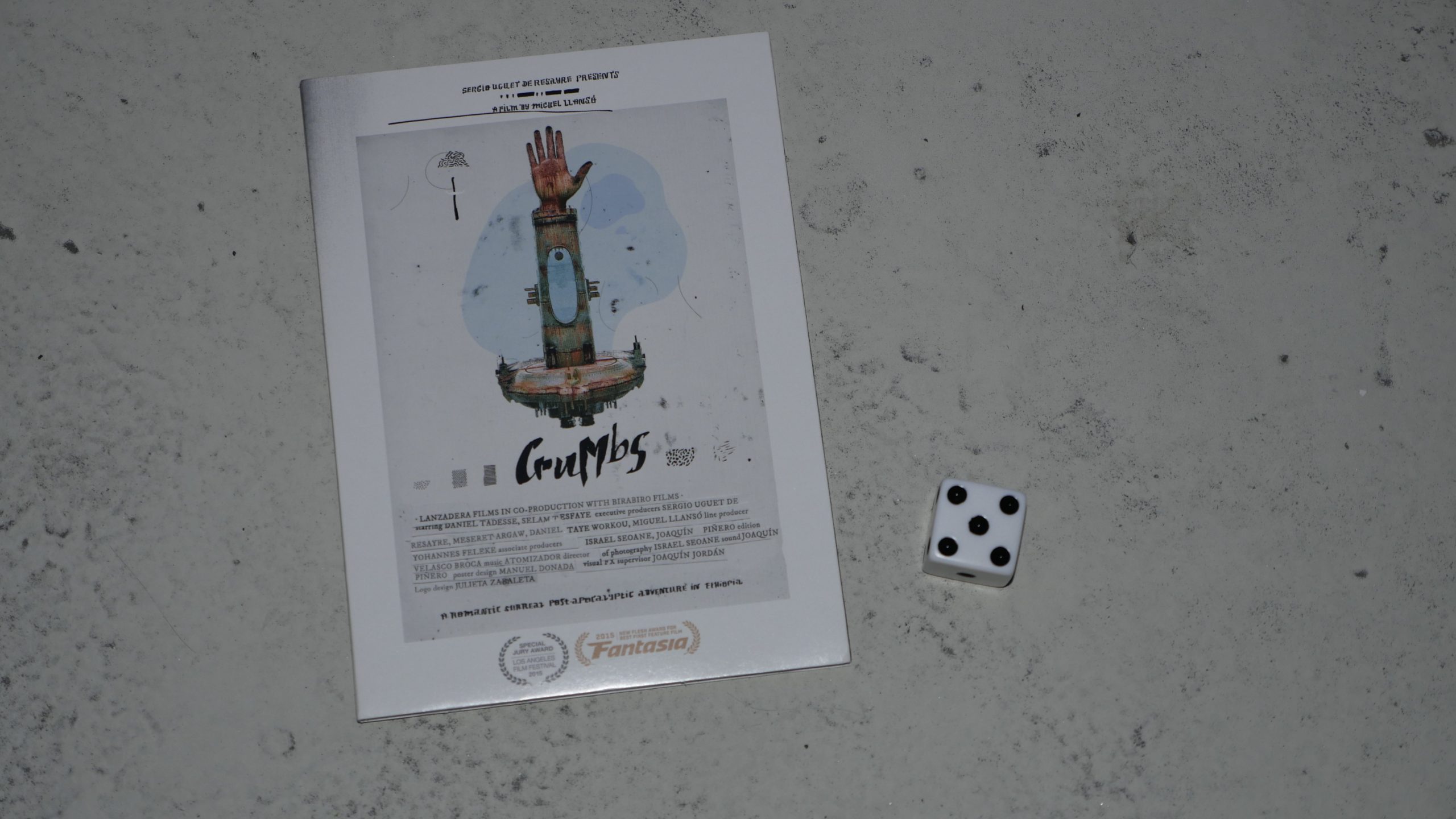 | 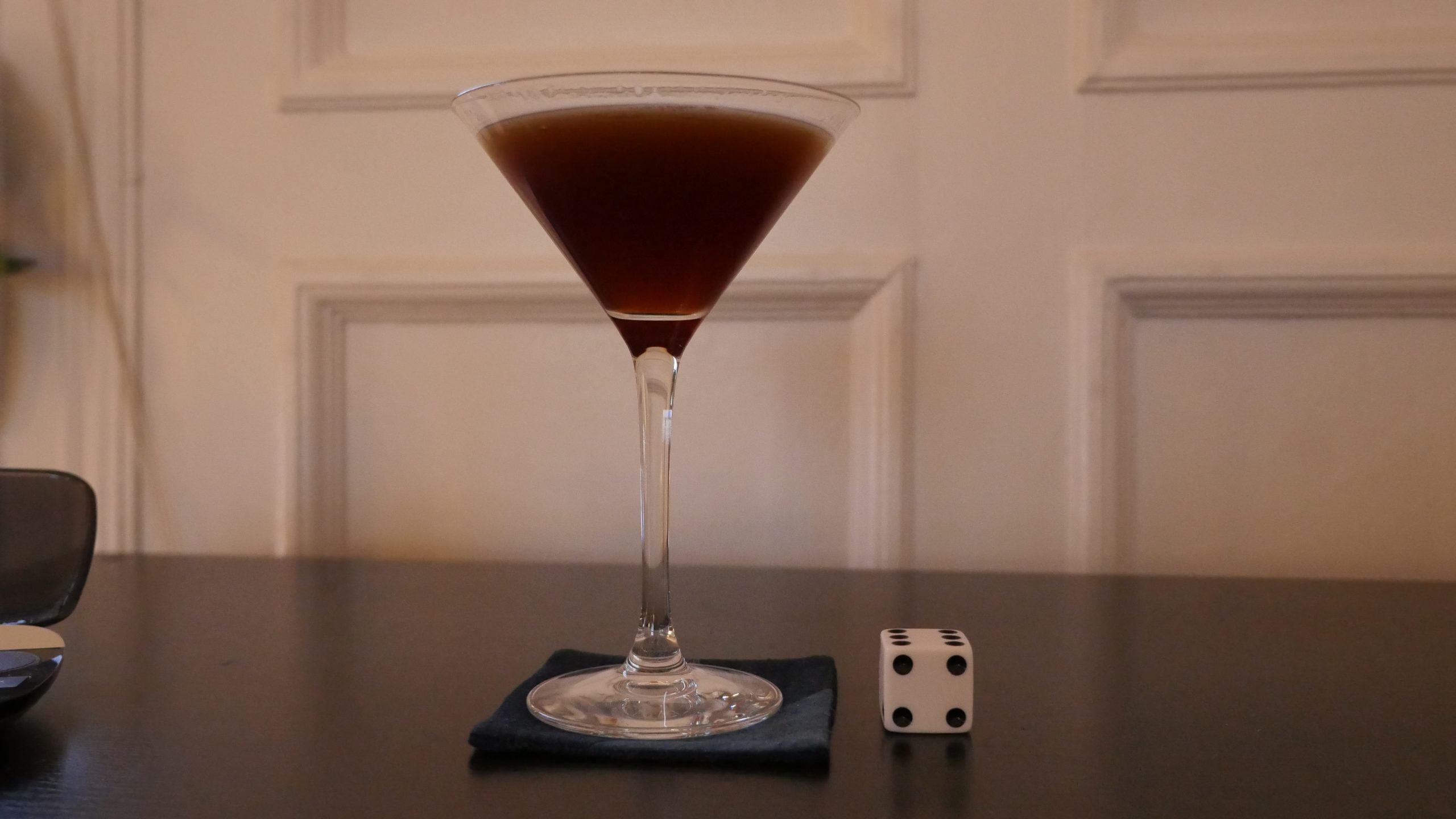 |
| Crumbs. Miguel Llansó. 2015. Ethiopia. May 6th, 2016. Ethiopian Espresso Martini. | |||
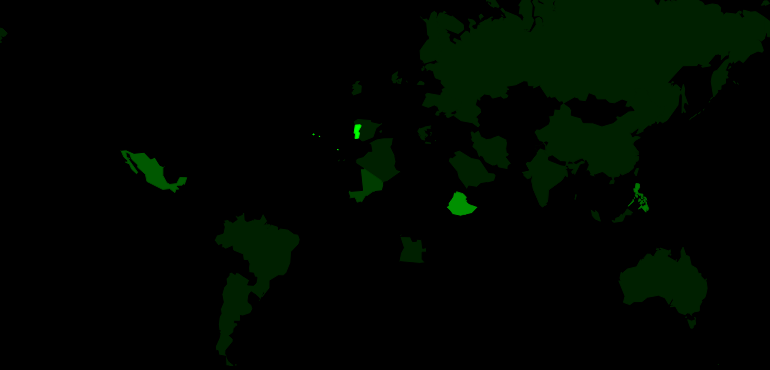 | 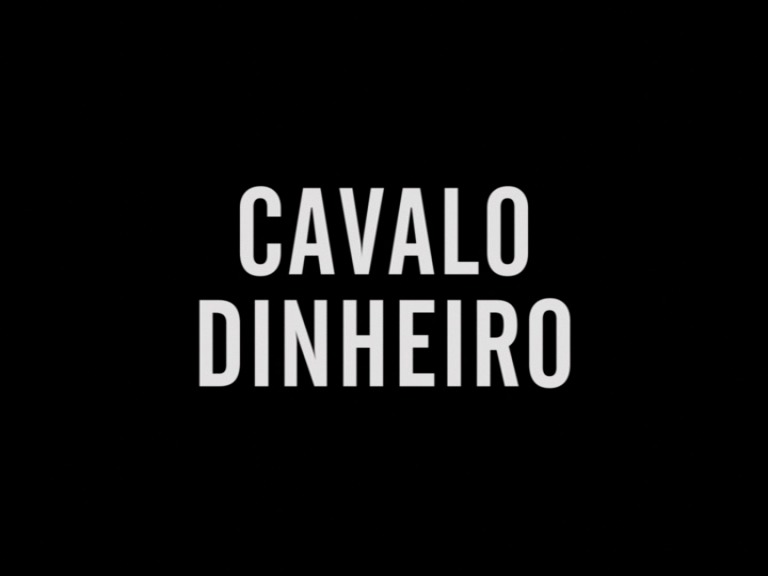 | 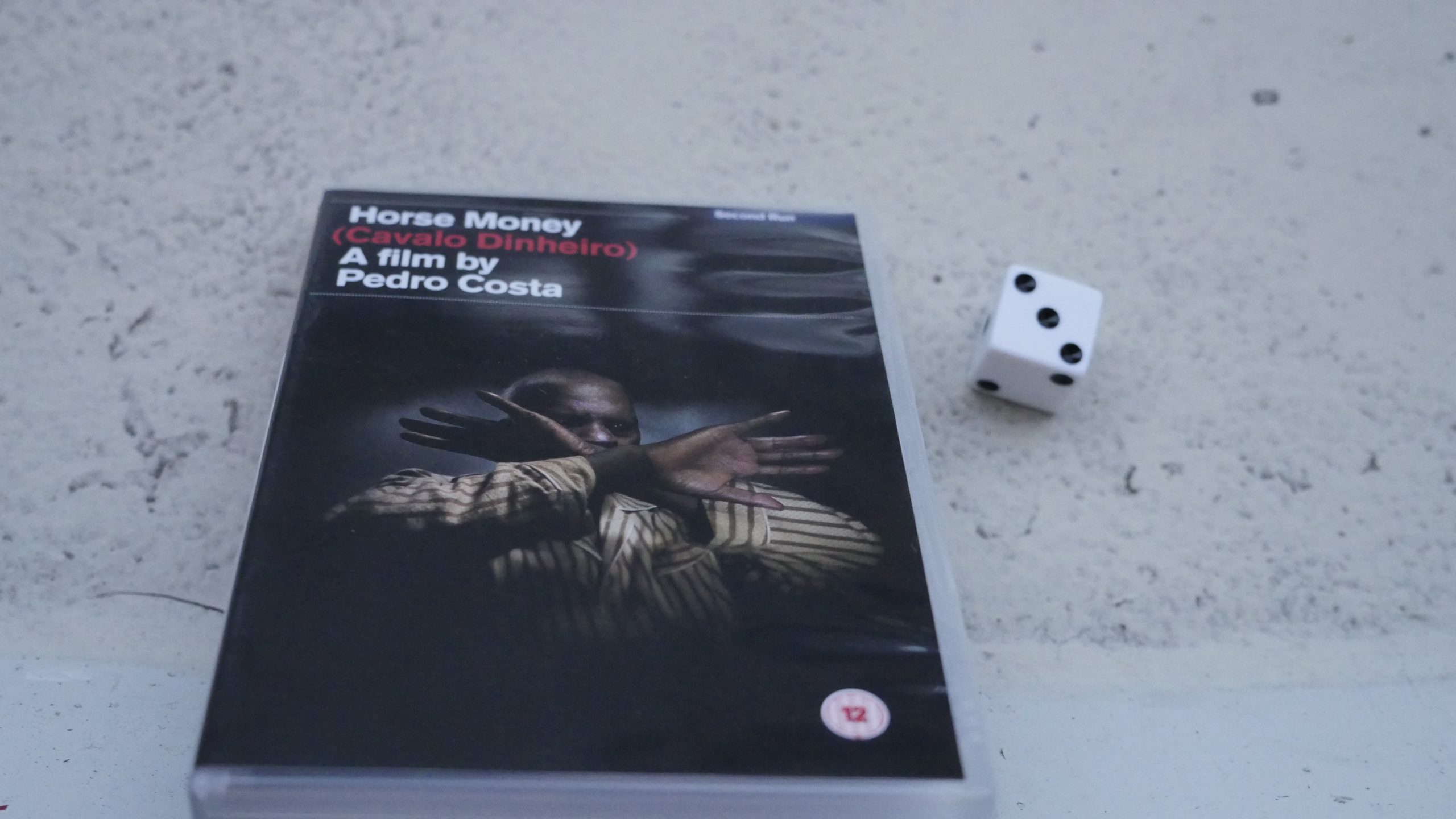 |  |
| Horse Money. Pedro Costa. 2014. Portugal. May 20th, 2016. Portuguese Daisy recipe. | |||
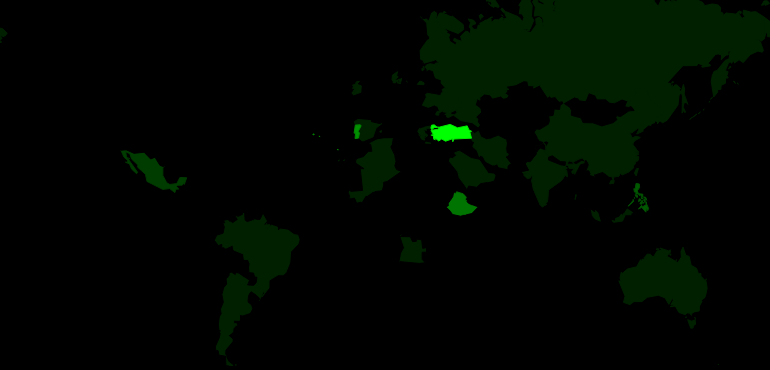 | 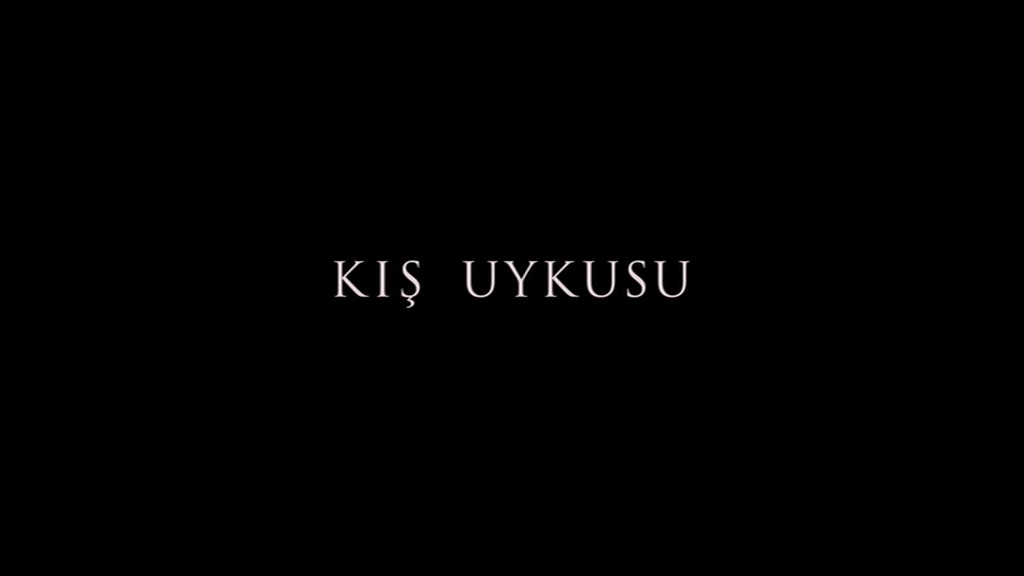 | 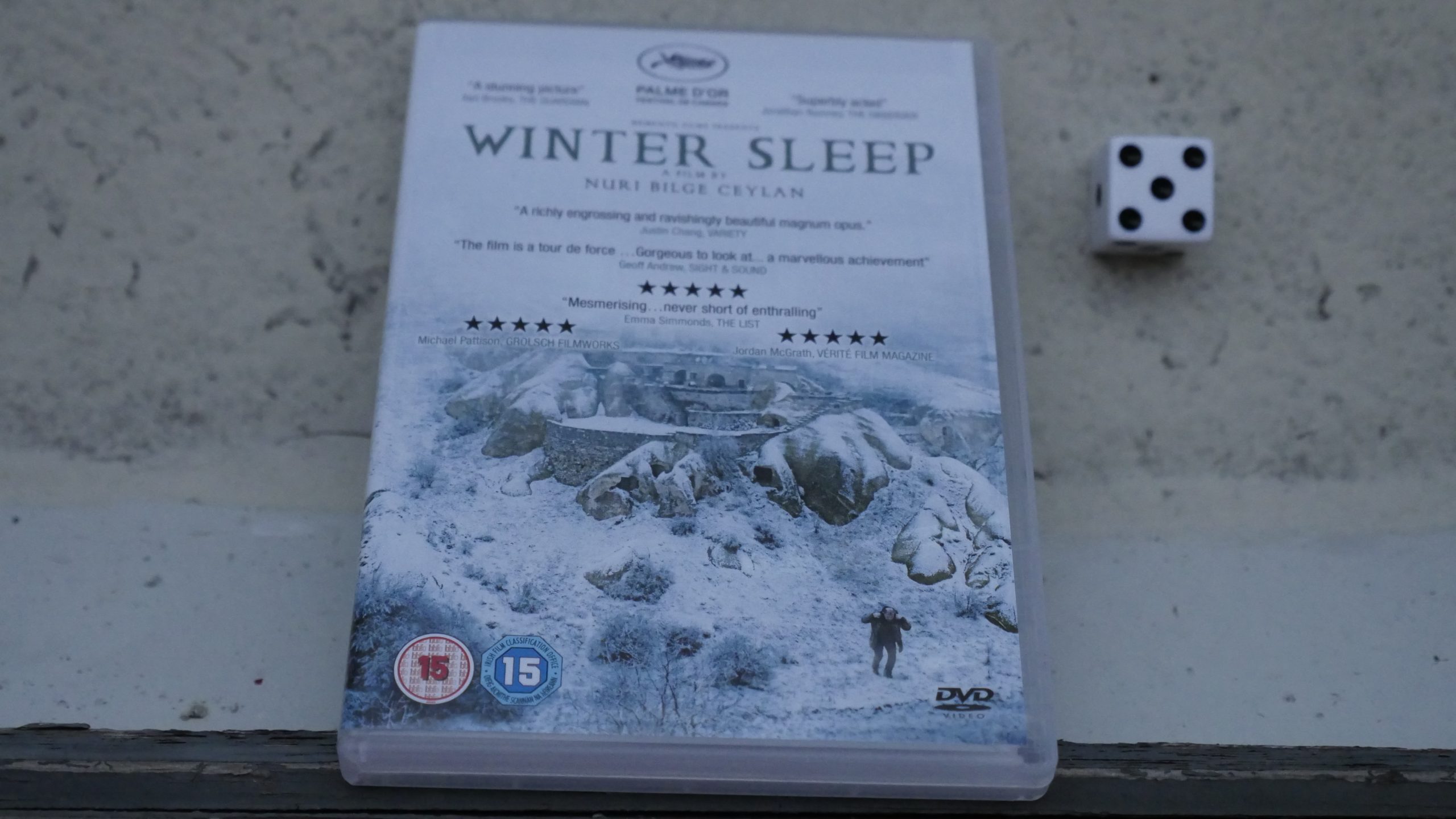 |  |
| Winter Sleep. Nuri Bilge Ceylan. 2014. Turkey. May 21st, 2016. Golden Slipper. | |||
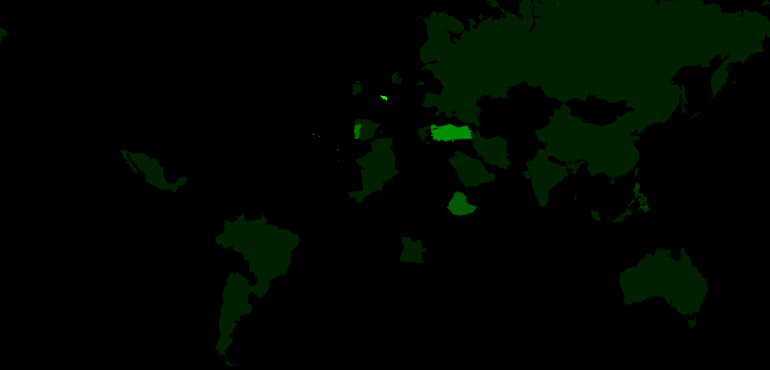 |  | 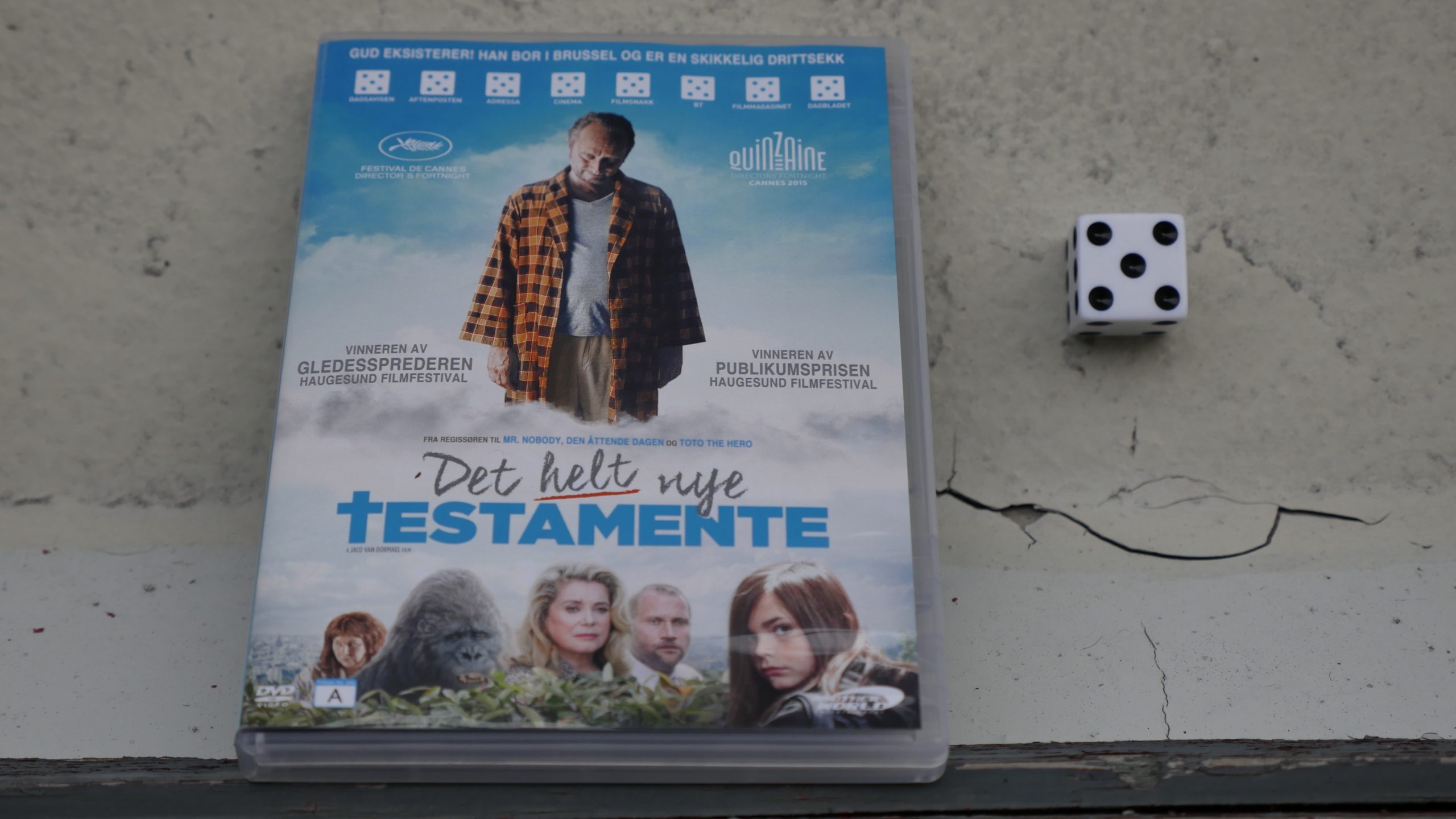 | 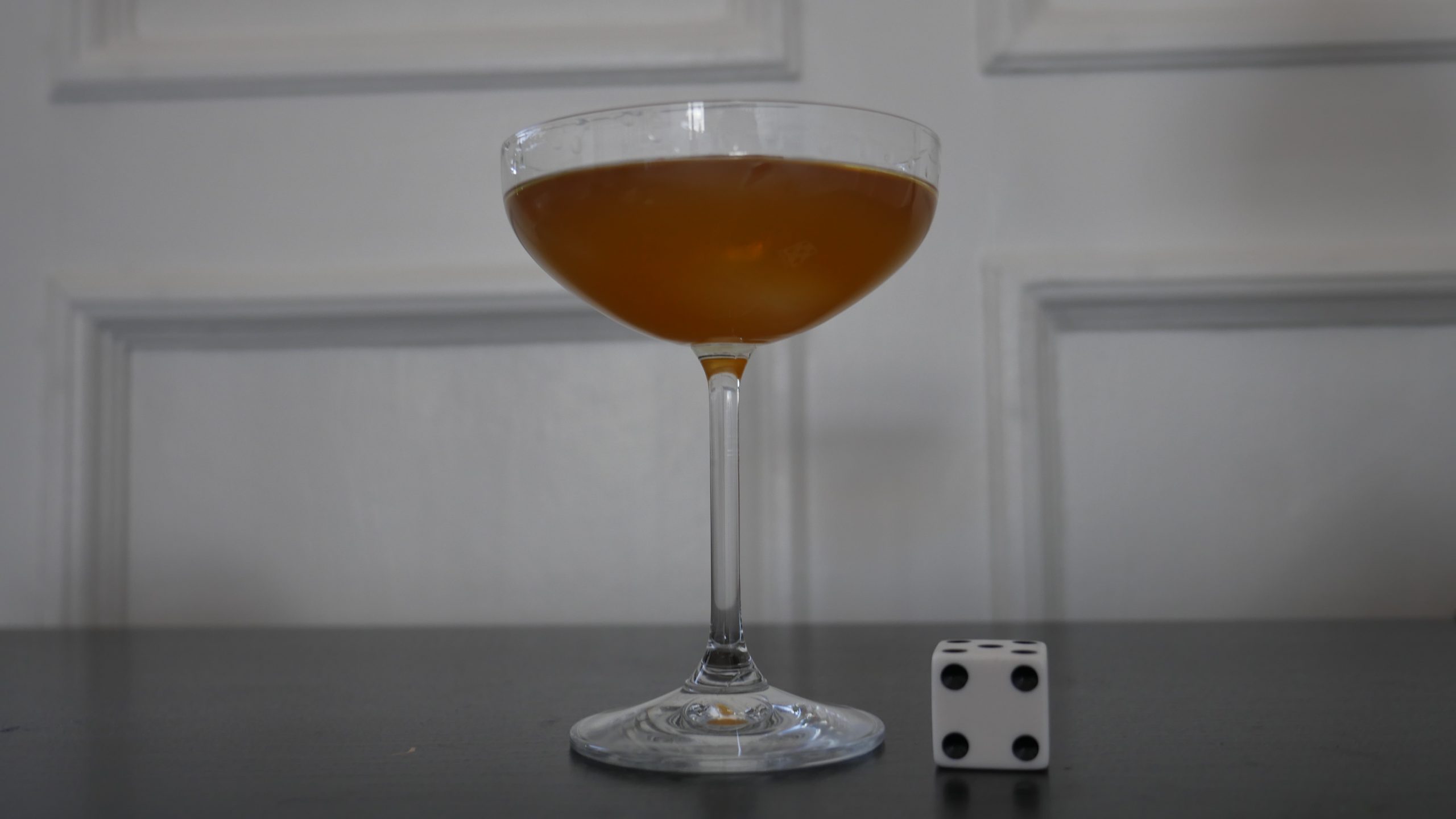 |
| The Brand New Testament. Jaco Van Dormael. 2015. Belgium. May 27th, 2016. Bianca Castafiore. | |||
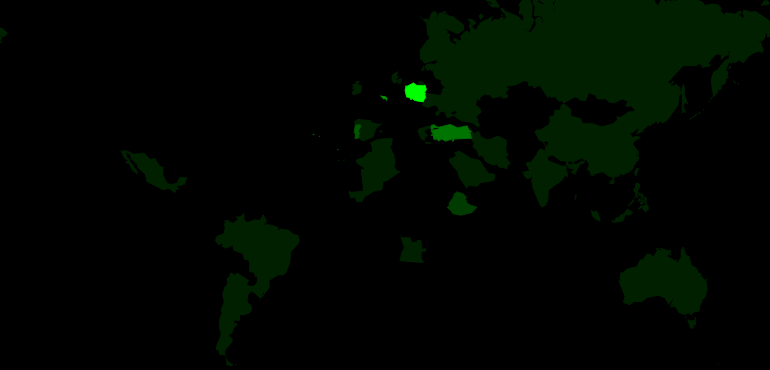 | 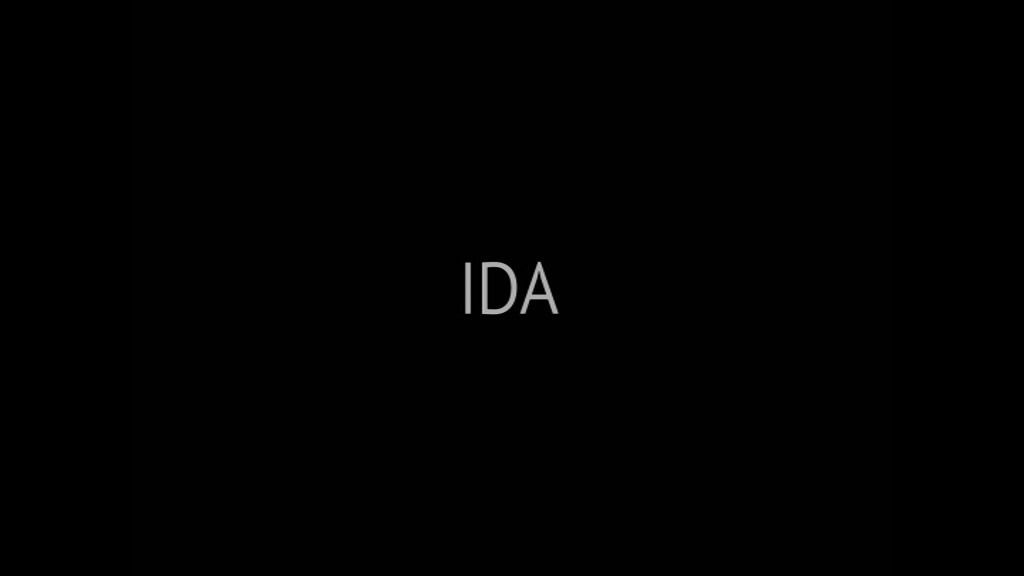 | 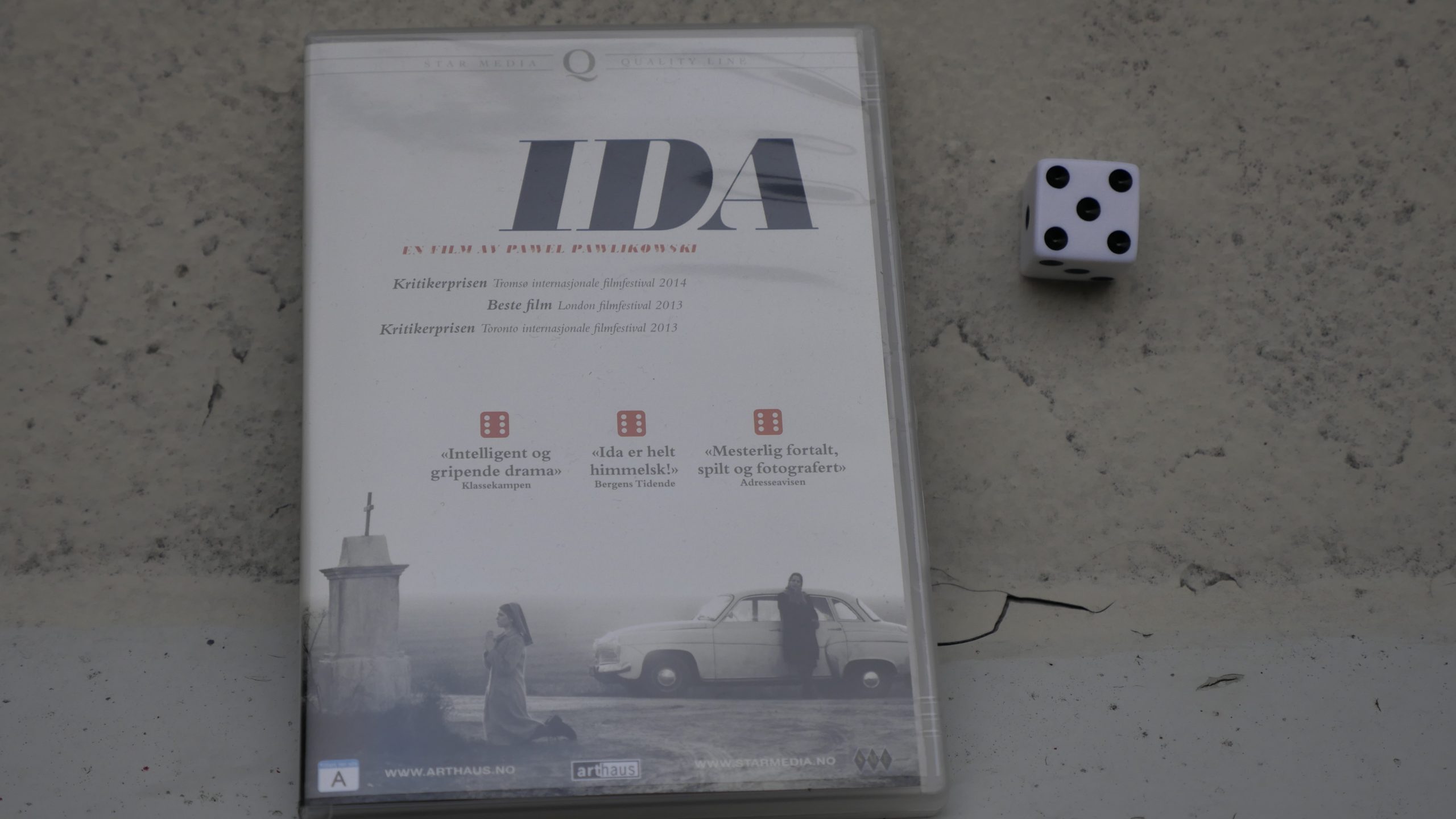 |  |
| Ida. Pawel Pawlikowski. 2013. Poland. May 27th, 2016. Szarlotka. | |||
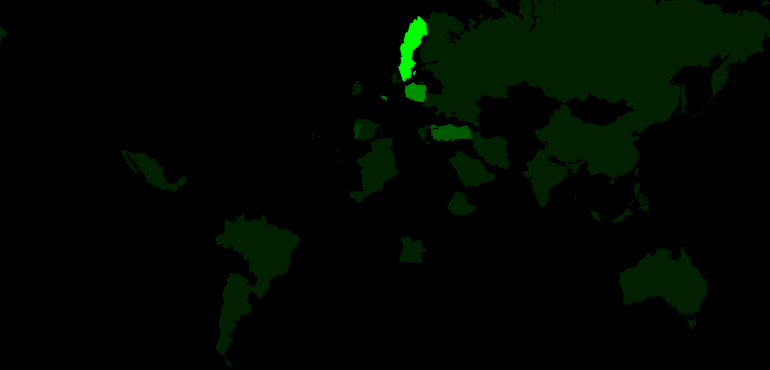 | 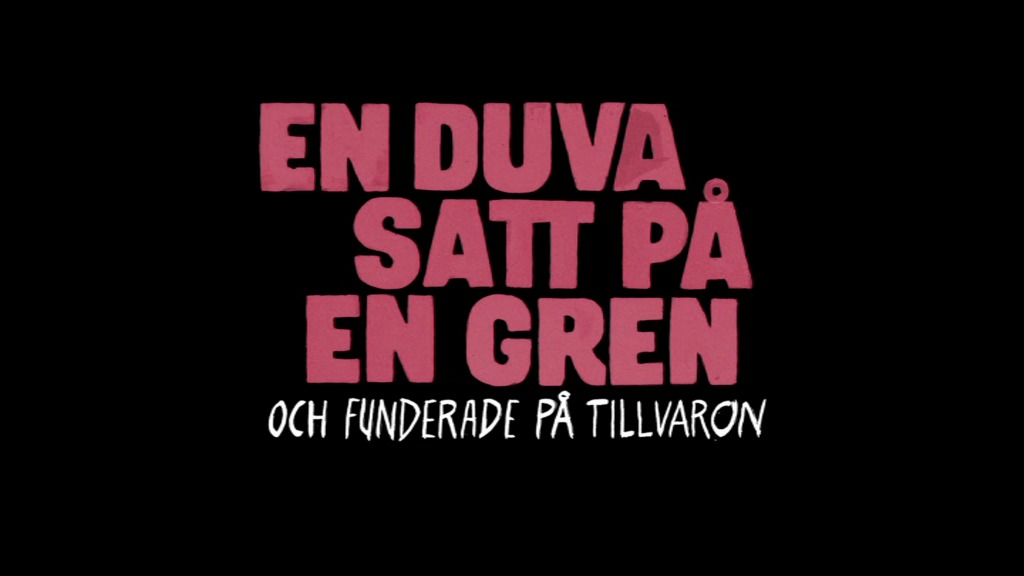 | 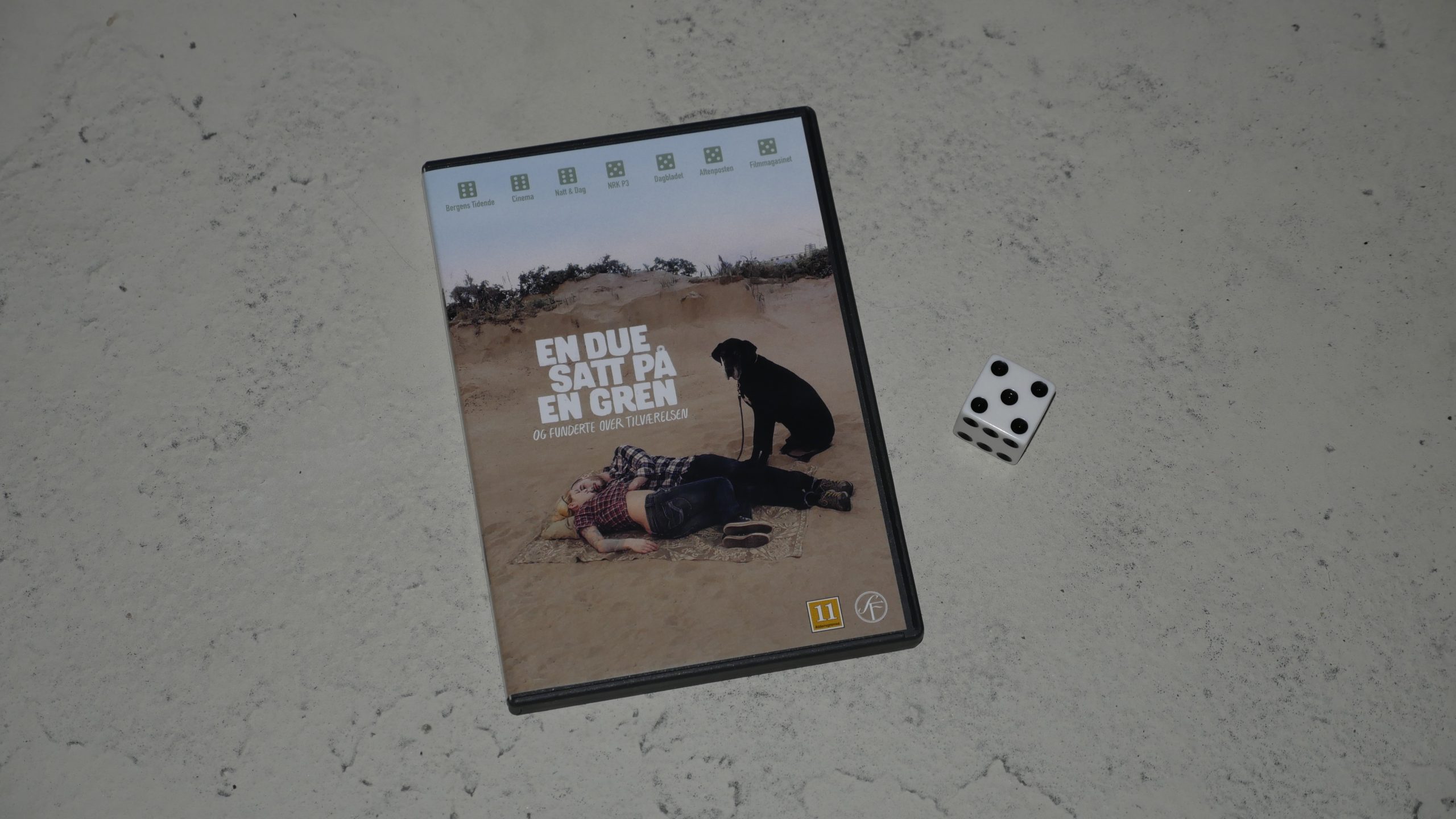 | 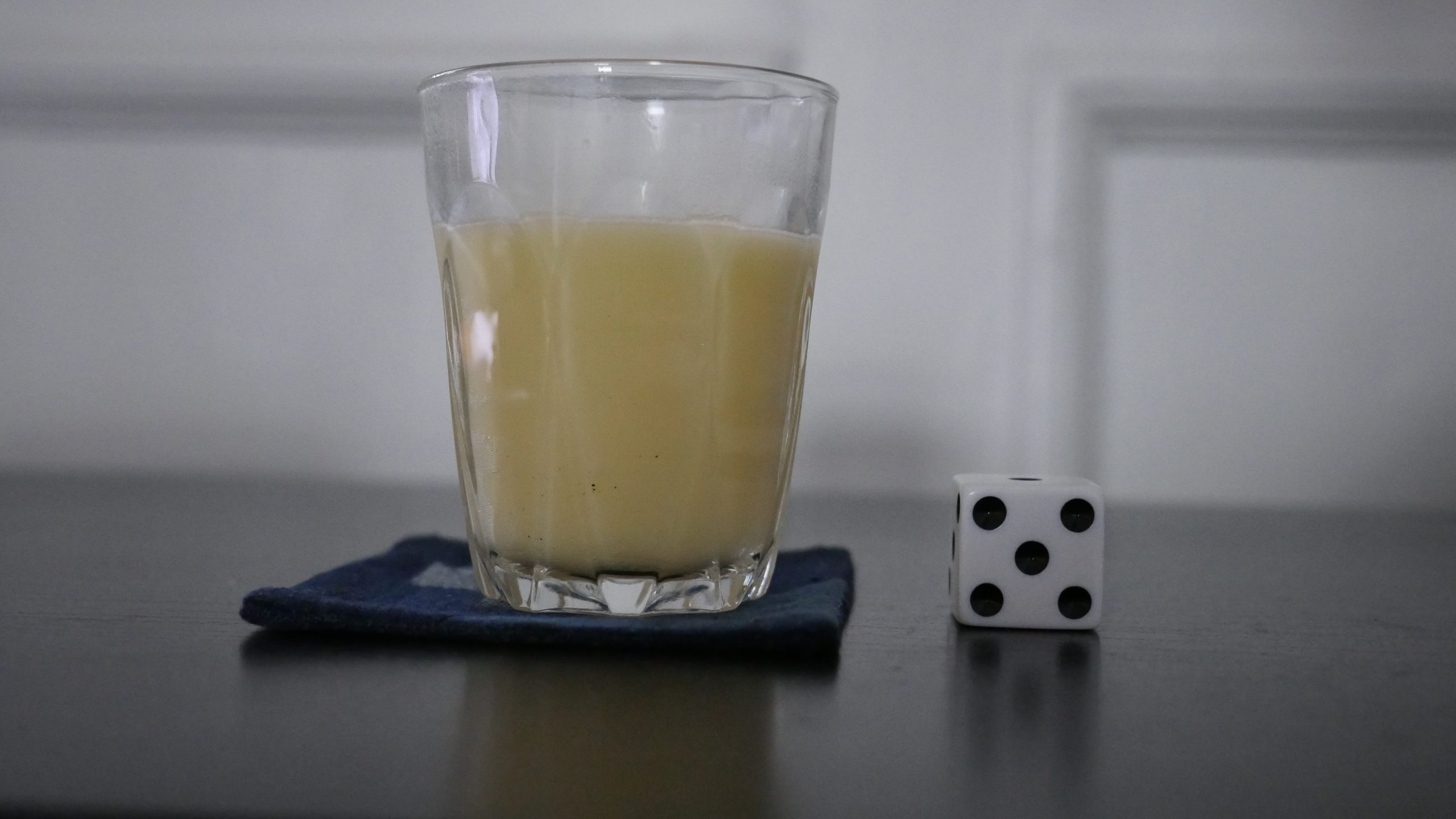 |
| A Pigeon Sat on a Branch Reflecting on Existence. Roy Andersson. 2014. Sweden. May 27th, 2016. Swedish Snowball. | |||
 |  | 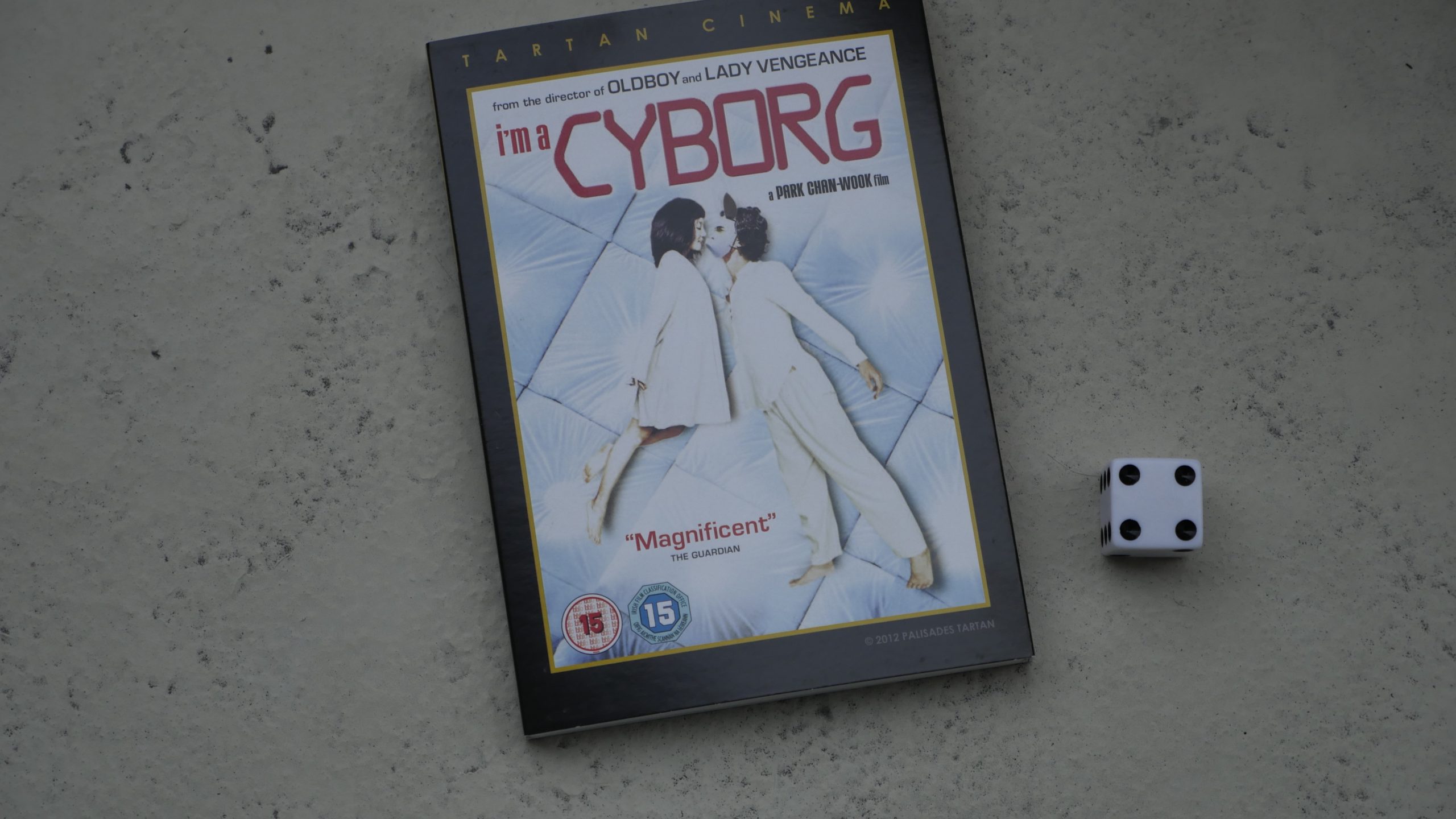 |  |
| I’m A Cyborg, But That’s OK. Chan-wook Park. 2006. South Korea. June 24th, 2016. Makan’s Seoul Slinger. | |||
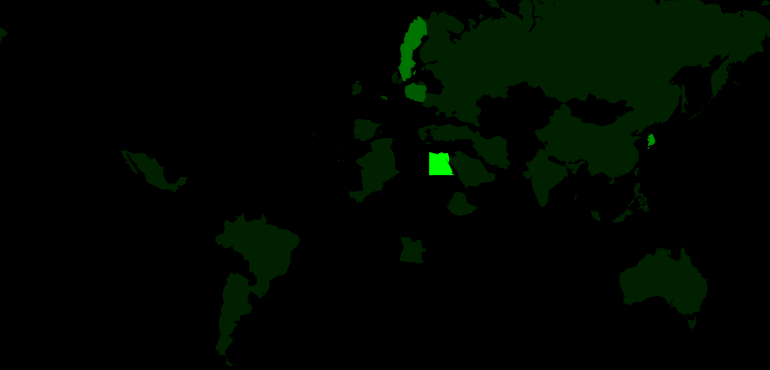 |  | 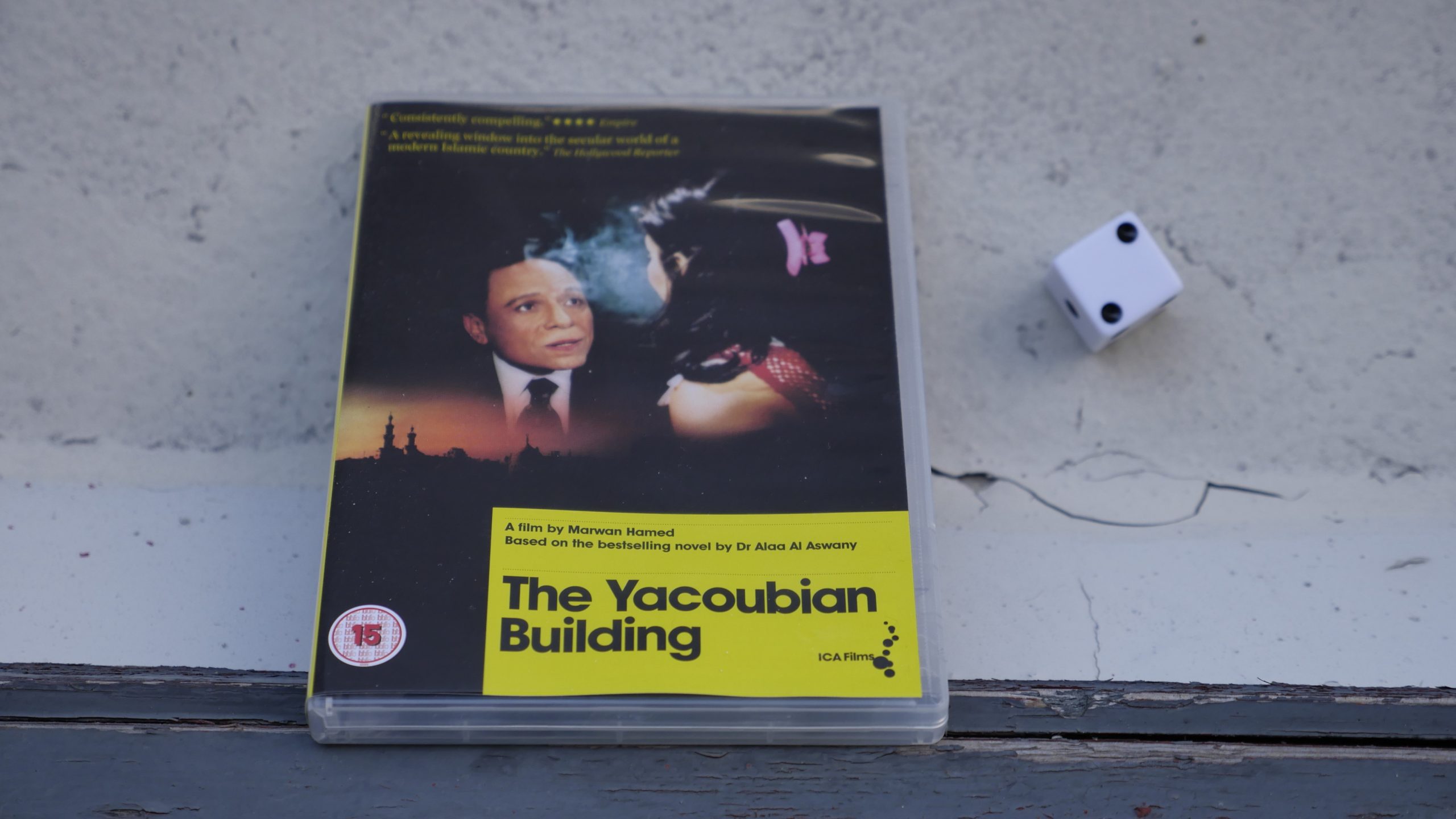 |  |
| The Yacoubian Building. Marwan Hamed. 2006. Egypt. June 25th, 2016. Egyptian Princess recipe. | |||
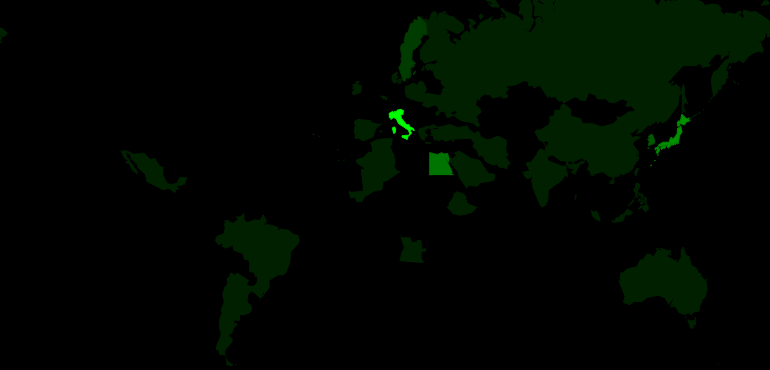 |  | 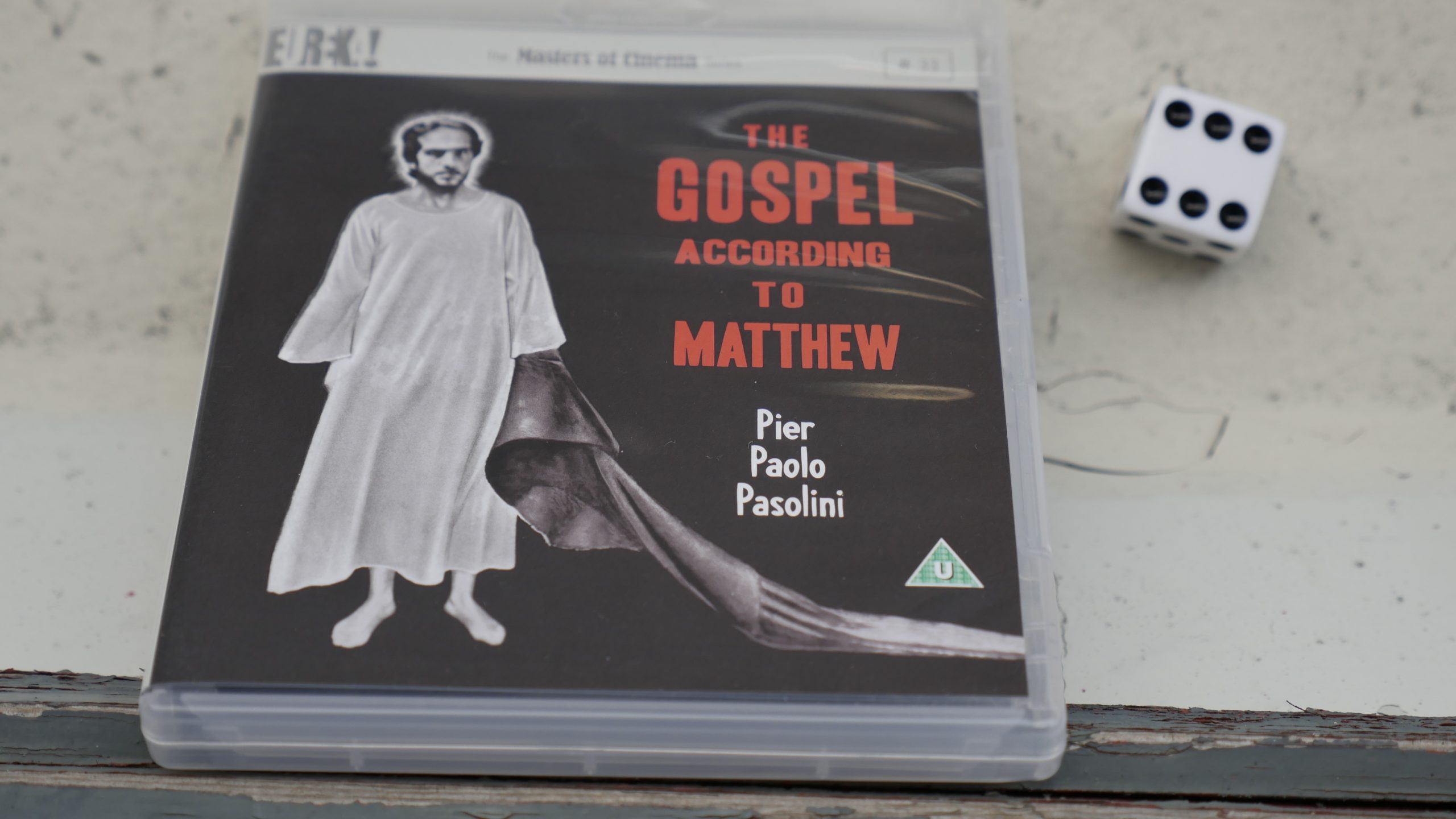 |  |
| The Gospel According to Matthew. Pier Paolo Pasolini. 1964. Italy. July 1st, 2016. Limoncello Collins. | |||
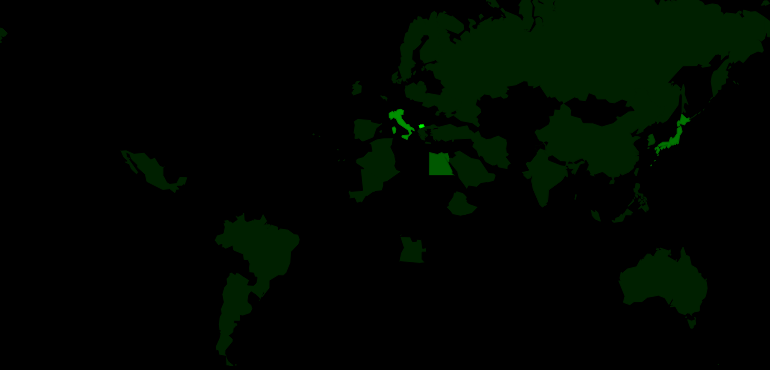 | 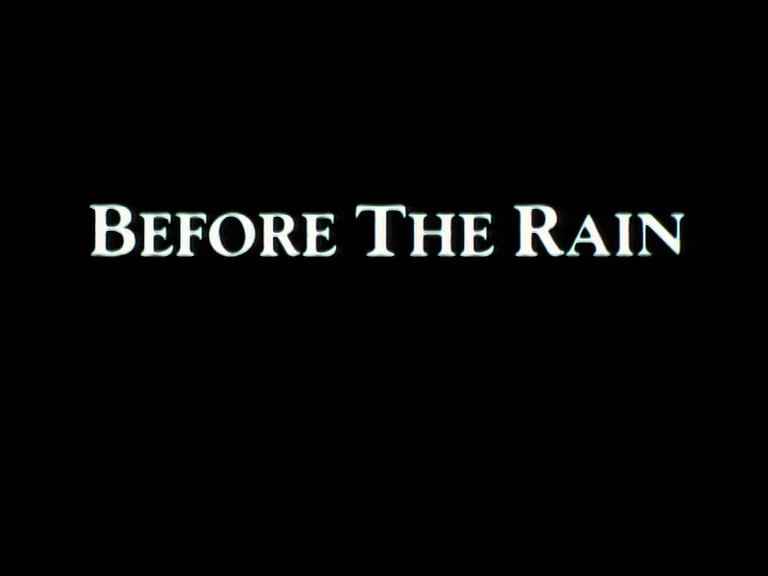 | 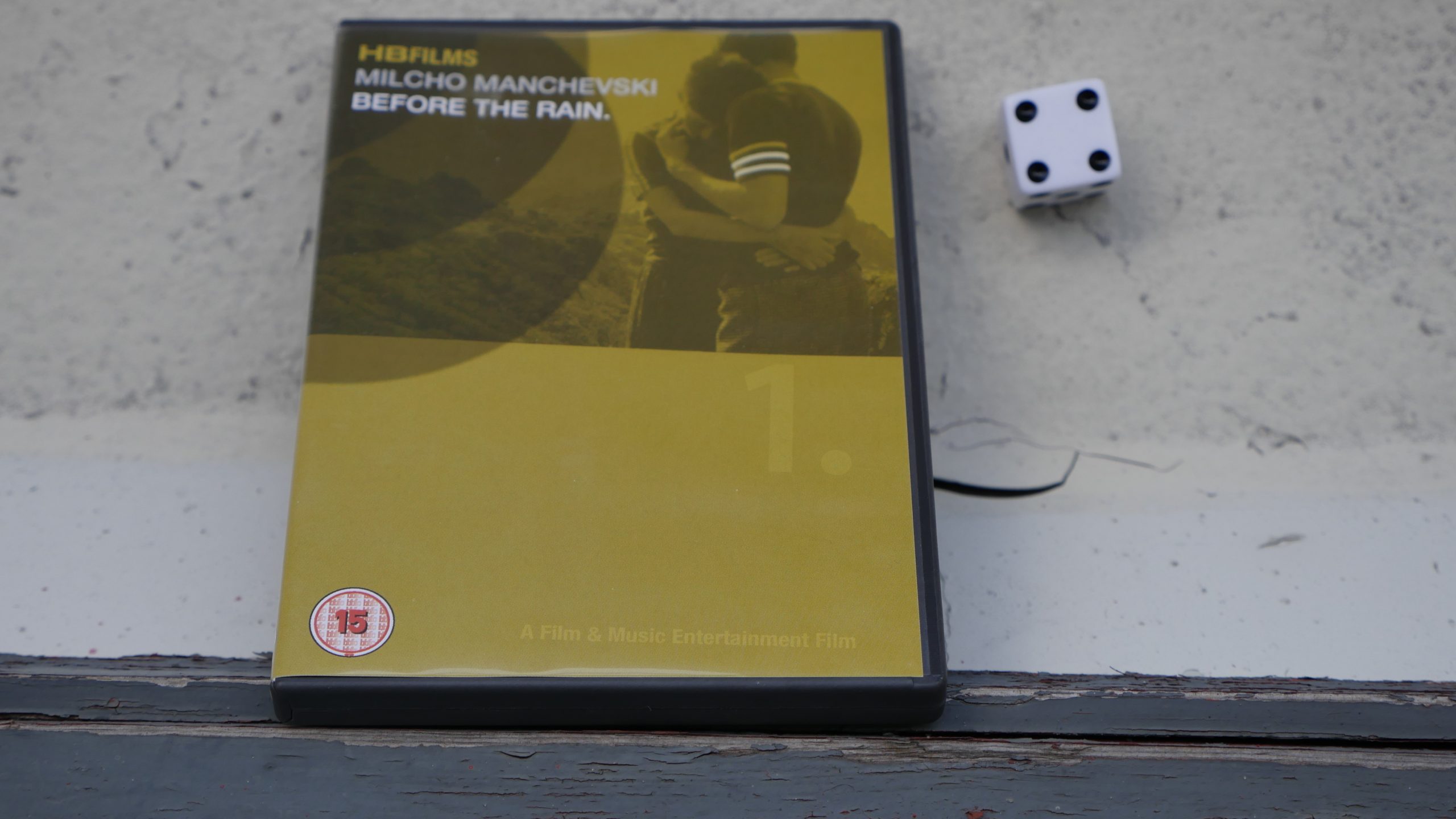 |  |
| Before The Rain. Craig Boreham. 2010. Macedonia. July 2nd, 2016. Bambus Cocktail. | |||
 |  | 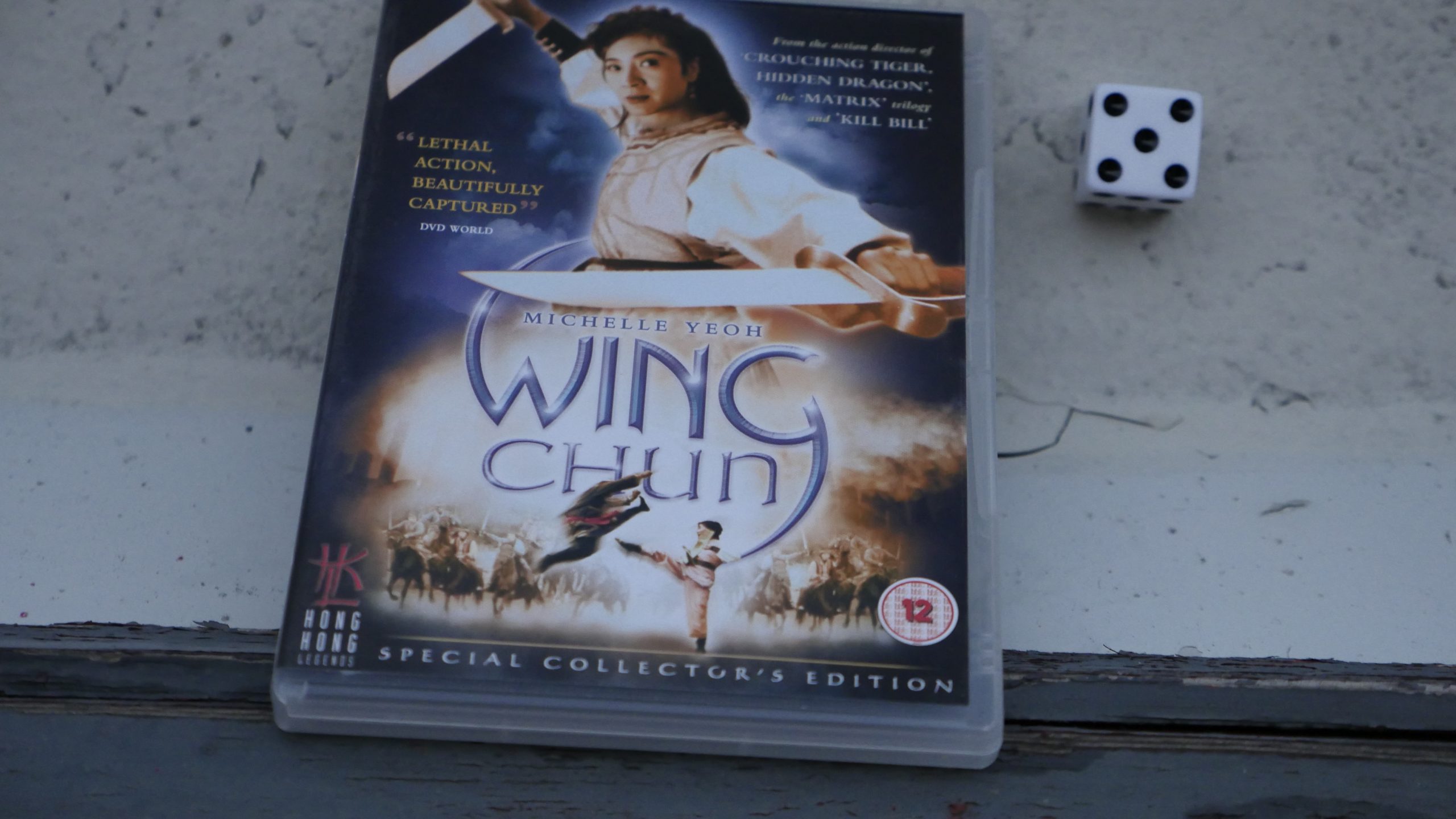 | 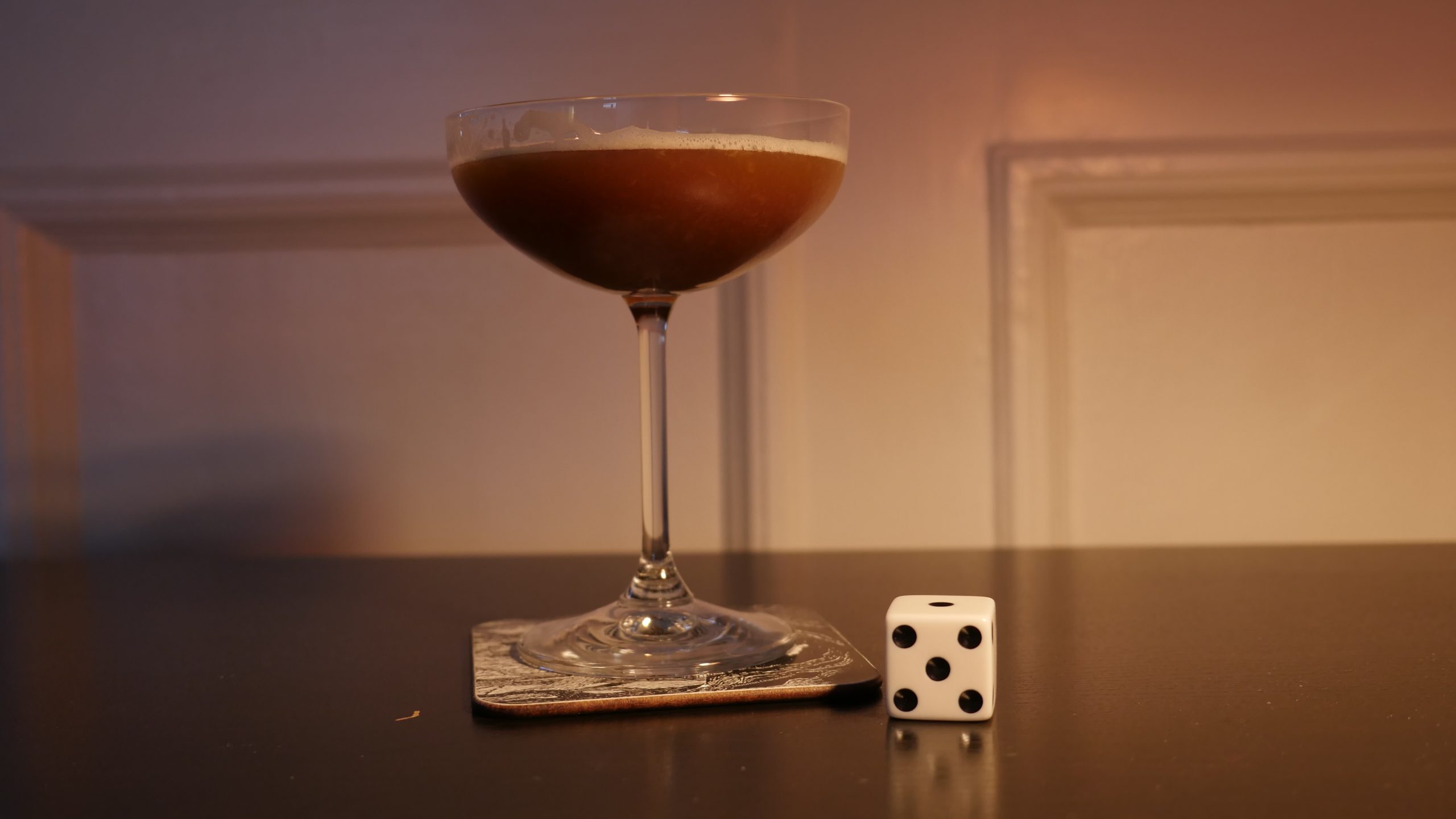 |
| Wing Chun. Woo-Ping Yuen. 1994. Hong Kong. July 2nd, 2016. Chelsea Flower Show. | |||
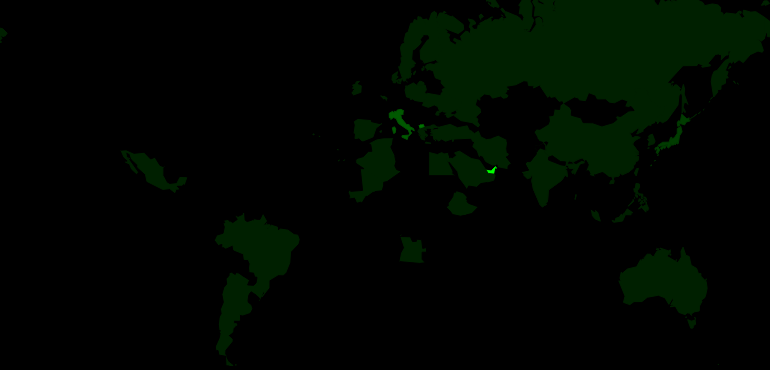 |  | 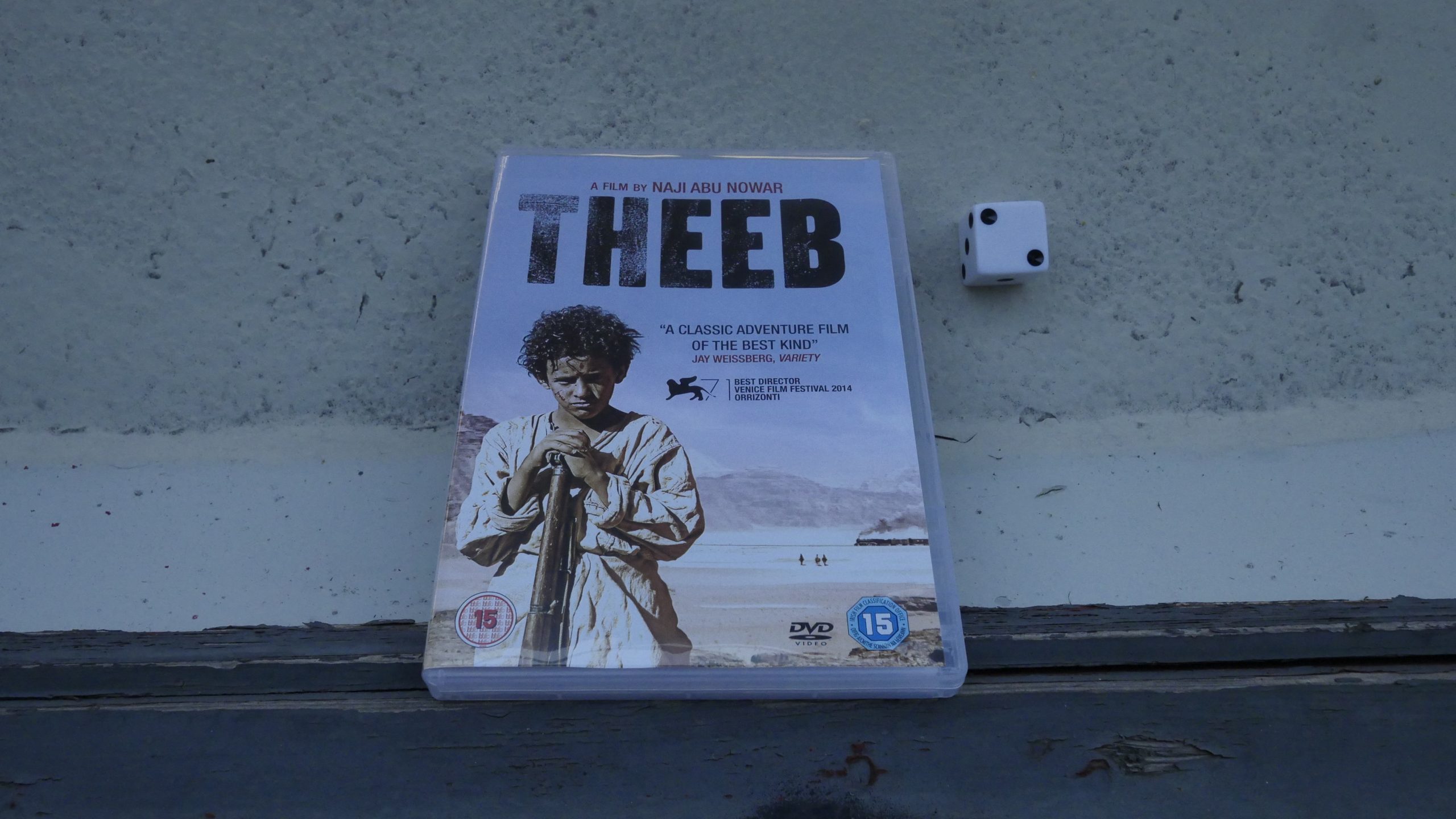 | 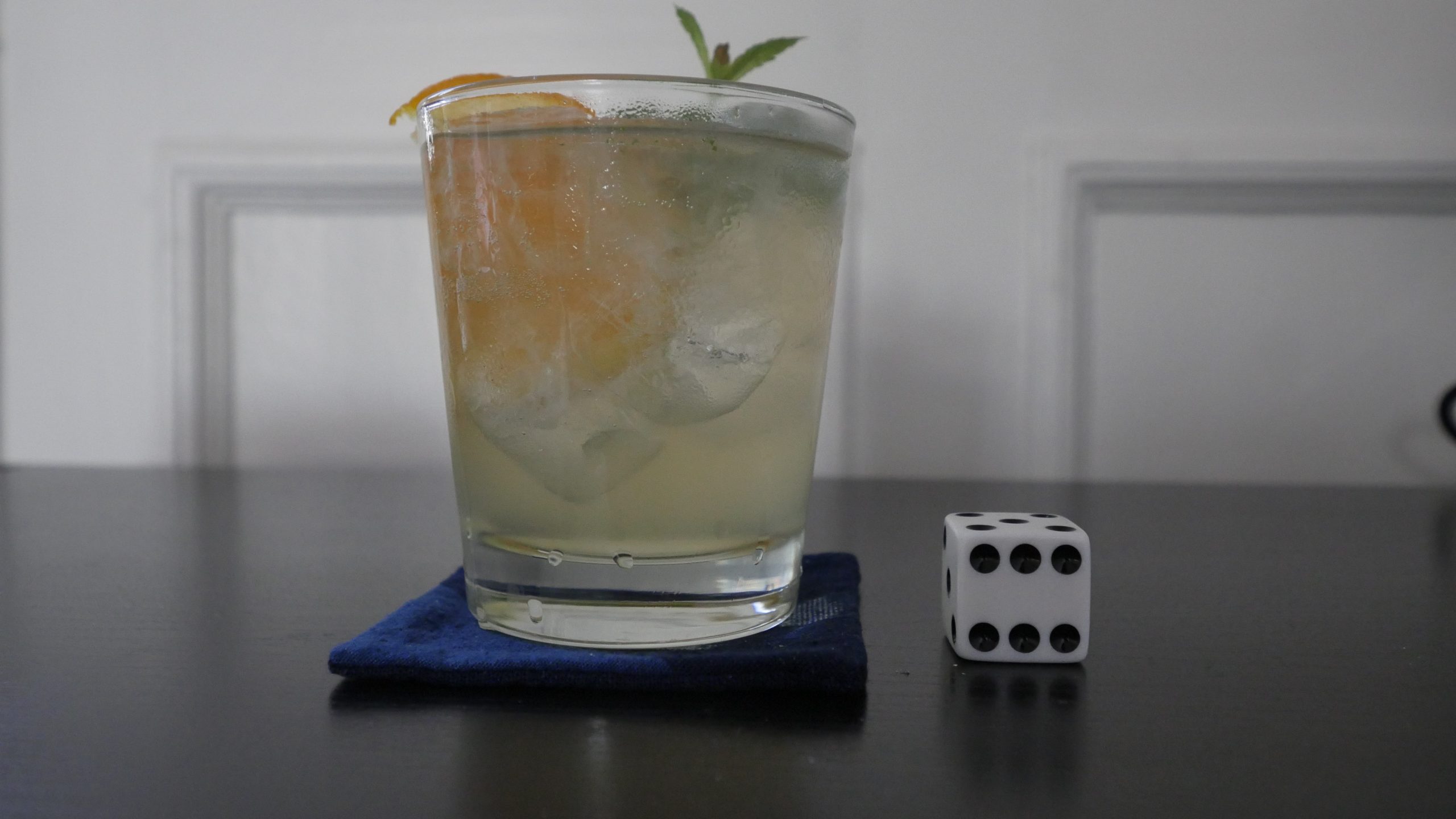 |
| Theeb. Naji Abu Nowar. 2014. United Arab Emirates. July 20th, 2016. Detox Mule. | |||
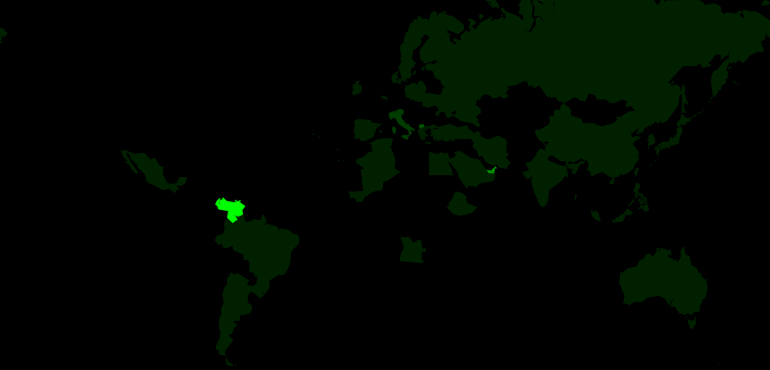 |  | 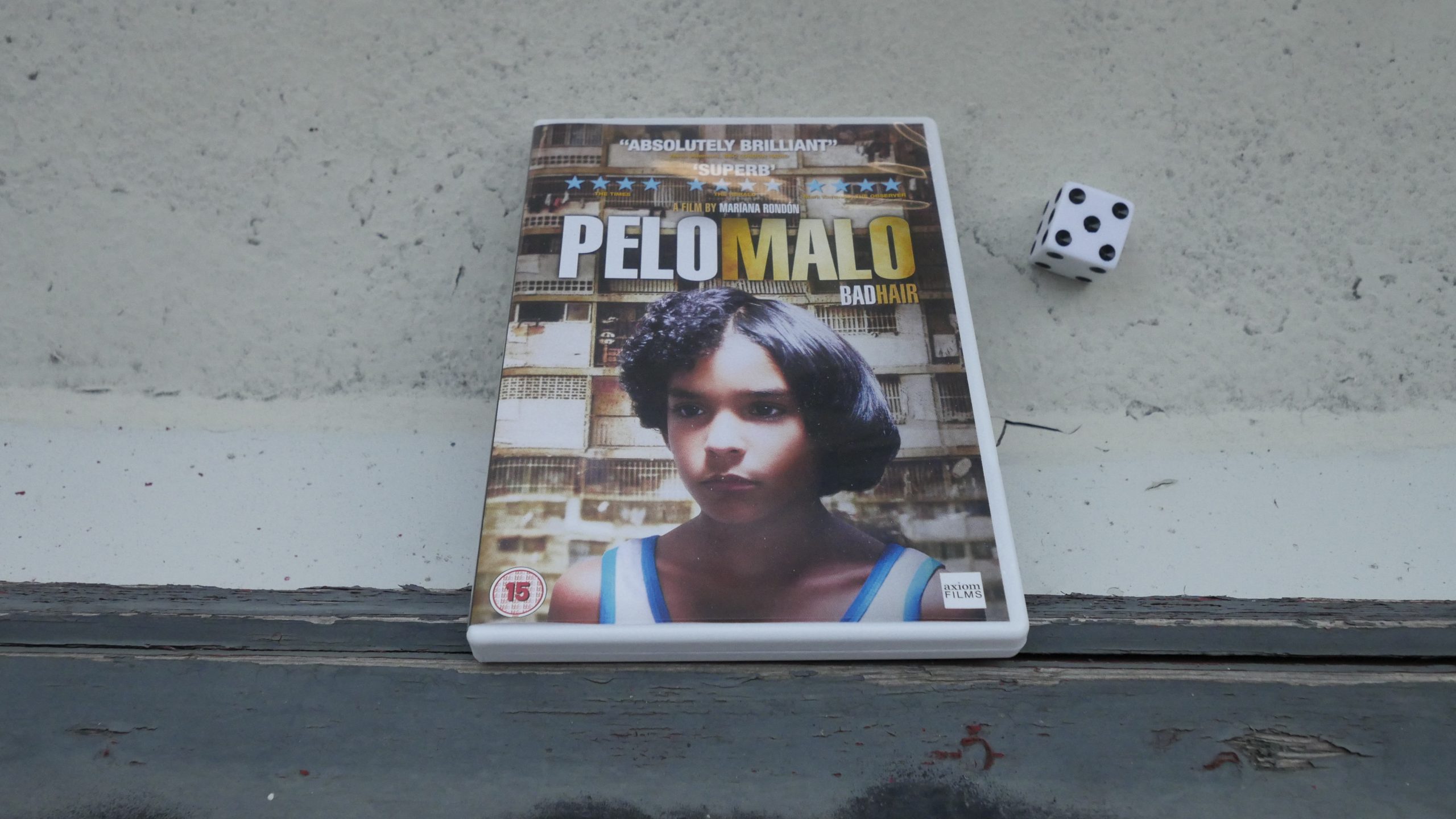 | 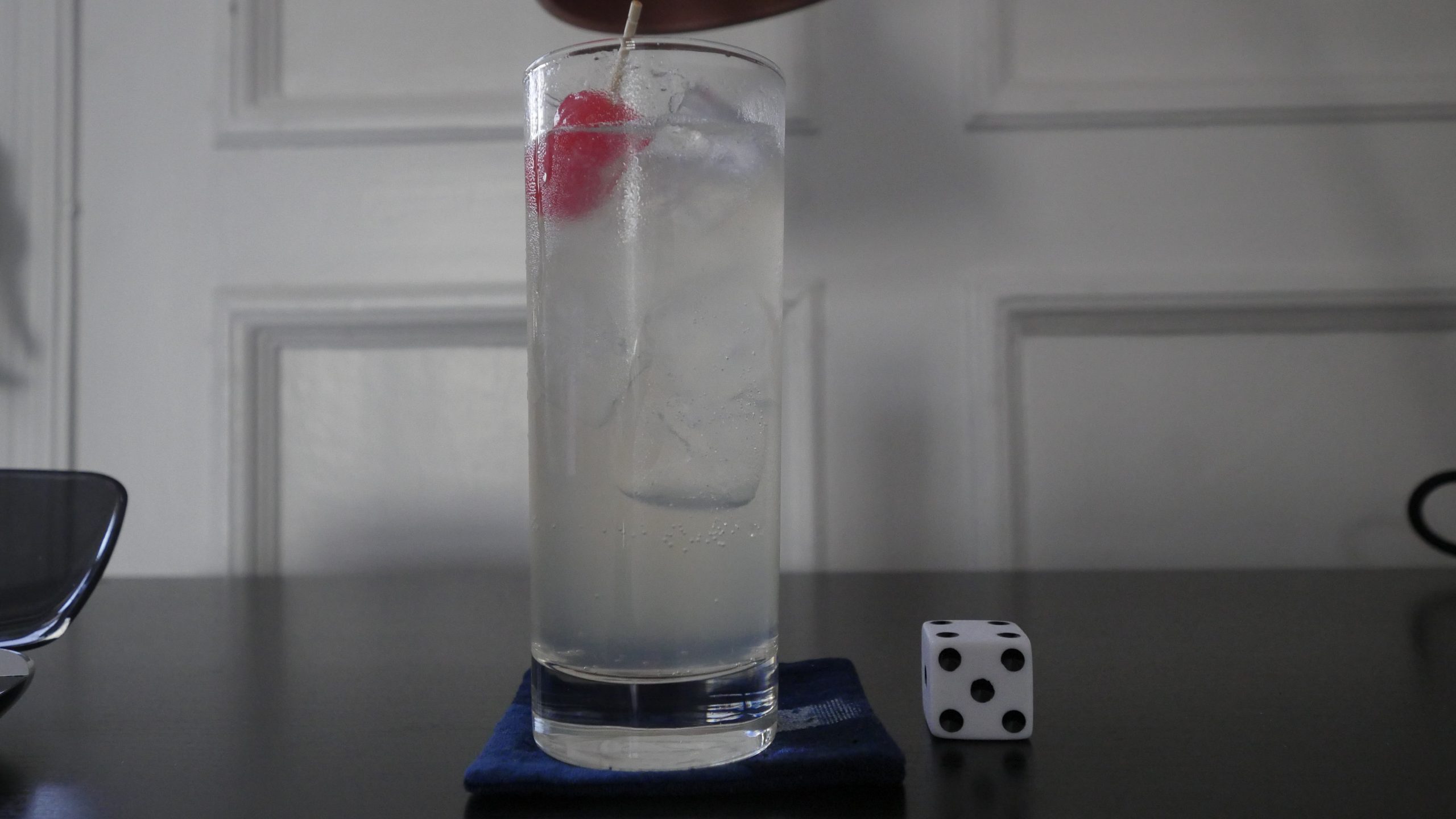 |
| Bad Hair. Mariana Rondón. 2013. Venezuela. July 21st, 2016. Playero. | |||
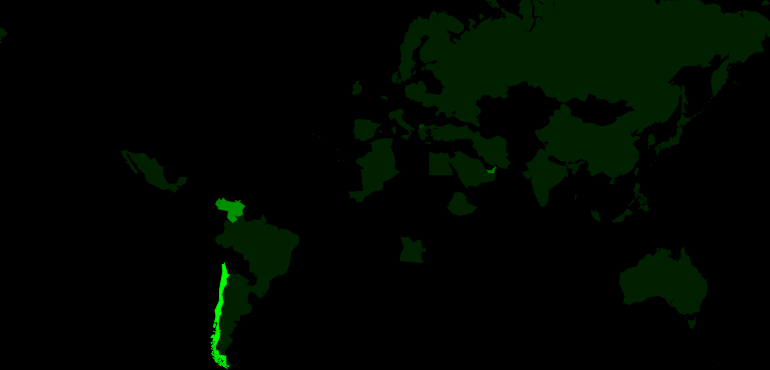 | 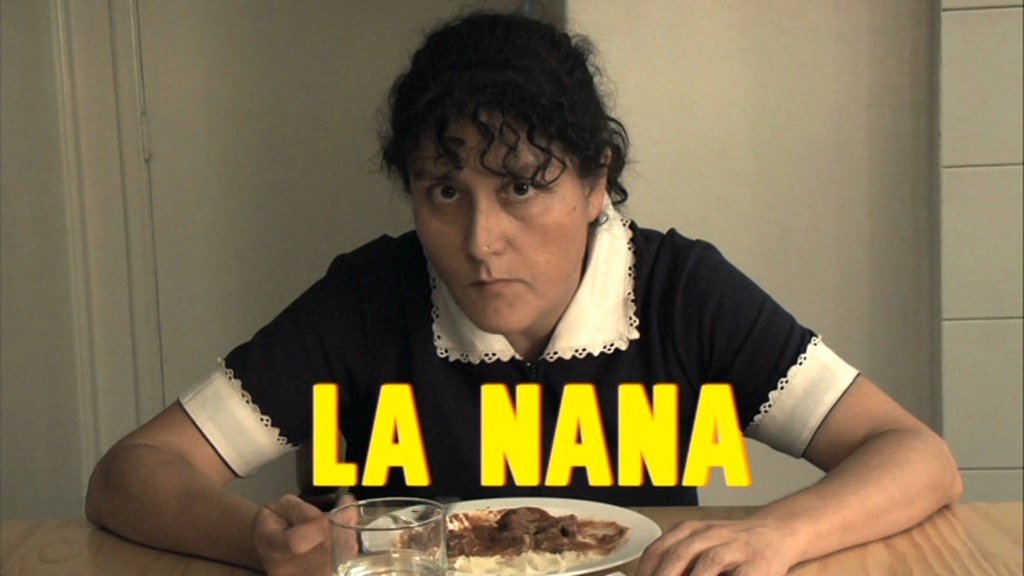 |  | 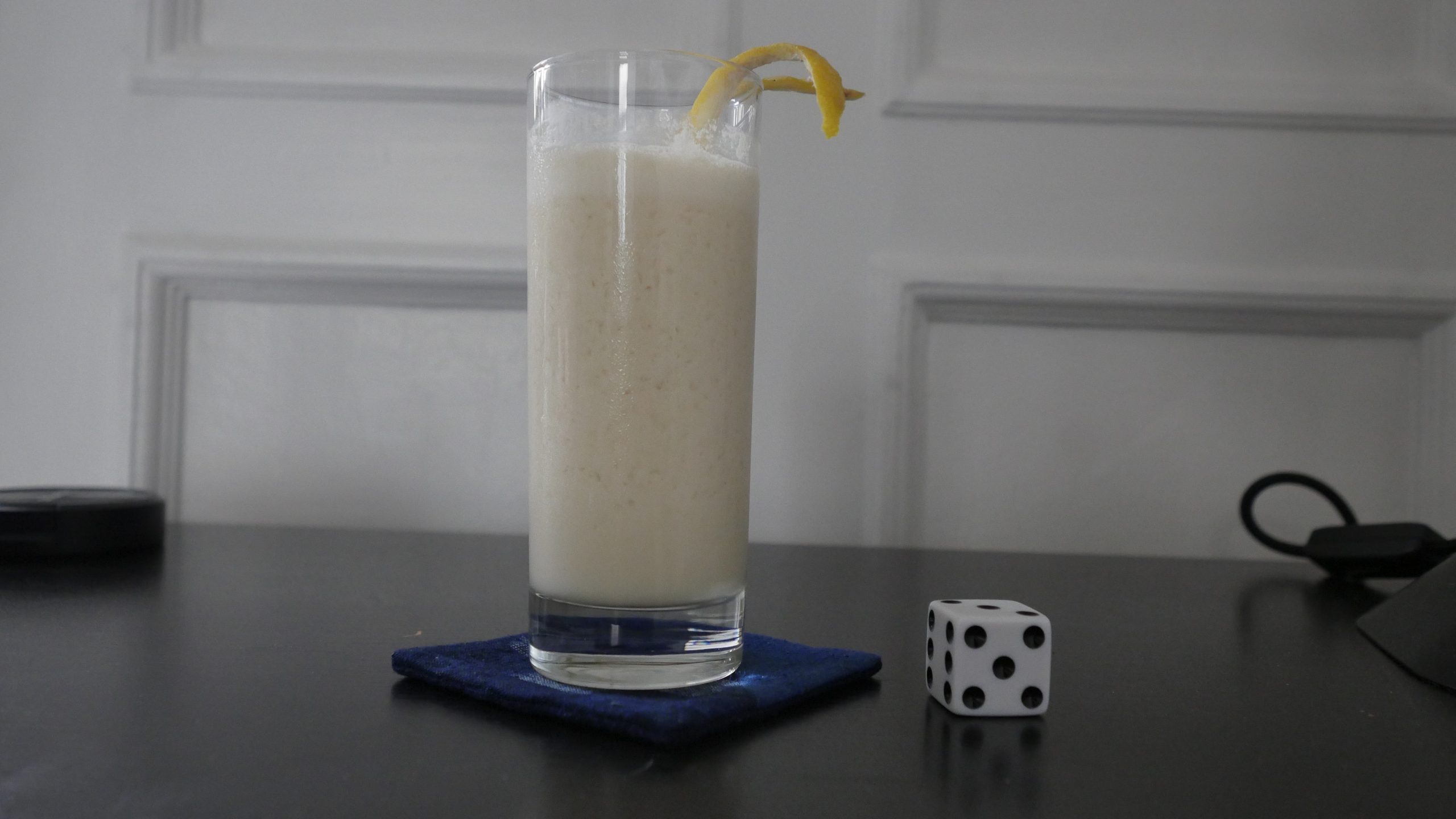 |
| The Maid. Sebastián Silva. 2009. Chile. July 23rd, 2016. . | |||
 | 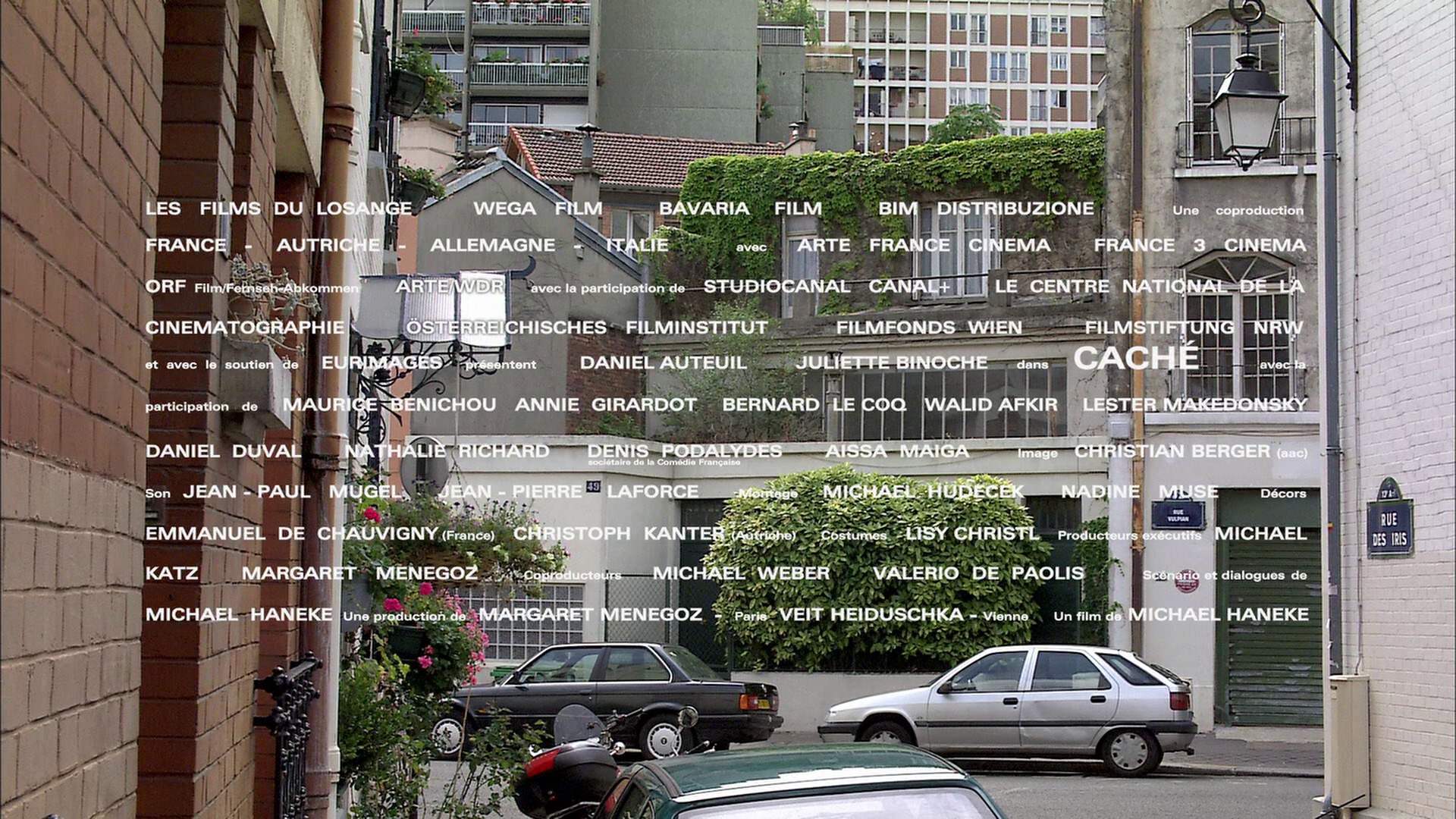 | 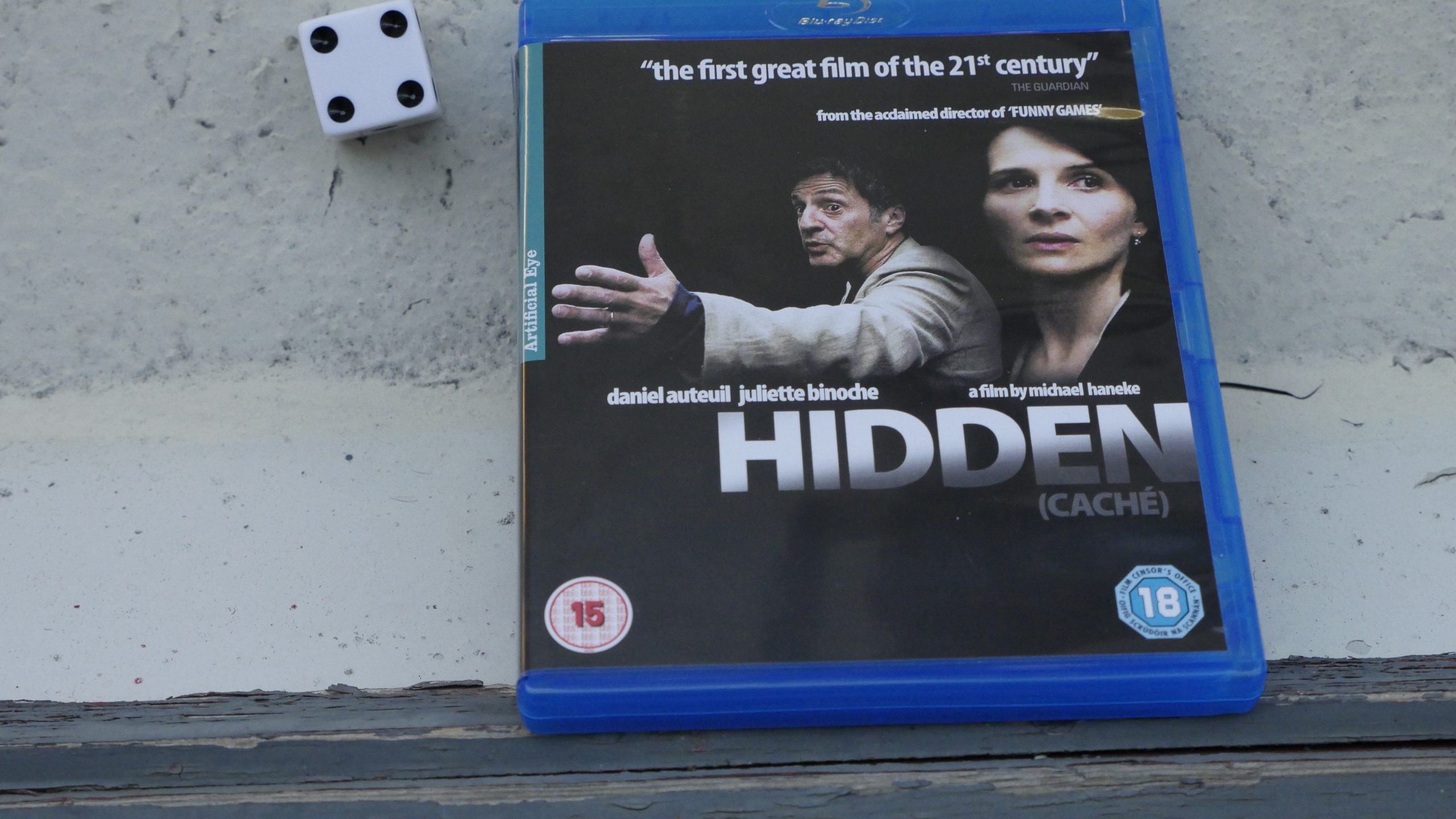 | 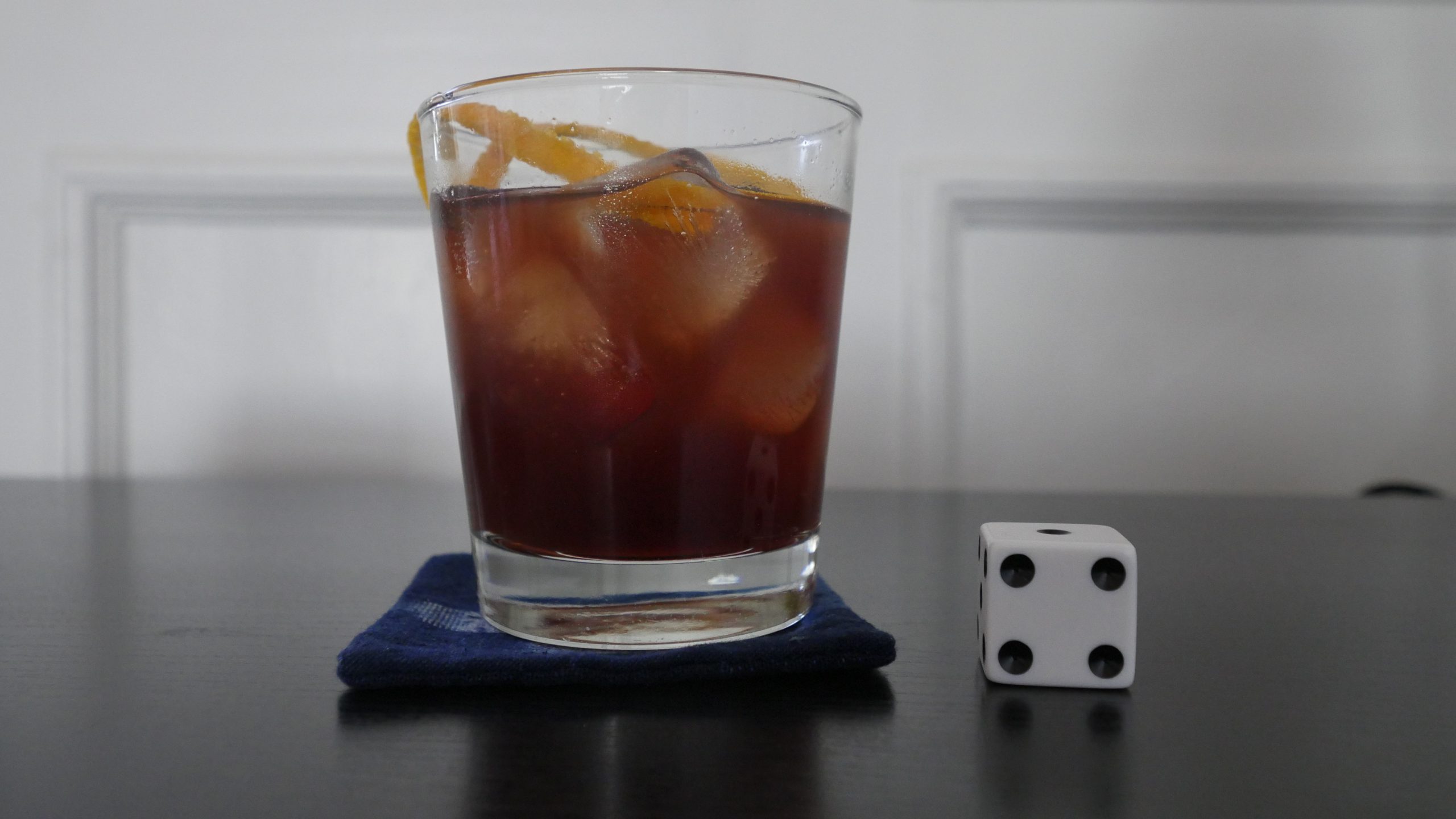 |
| Hidden. Michael Haneke. 2005. Austria. August 27th, 2016. Blood And Sand. | |||
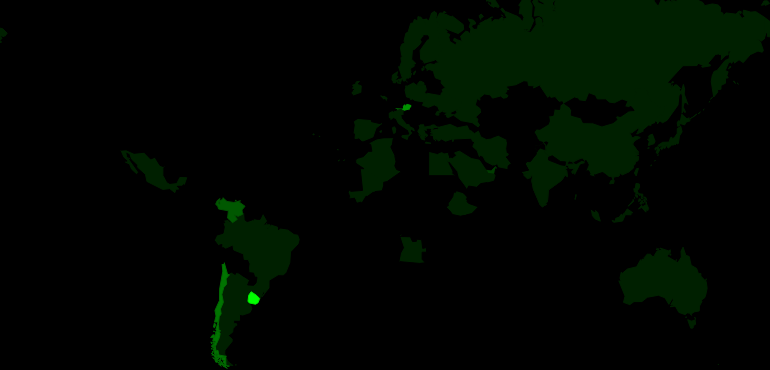 |  | 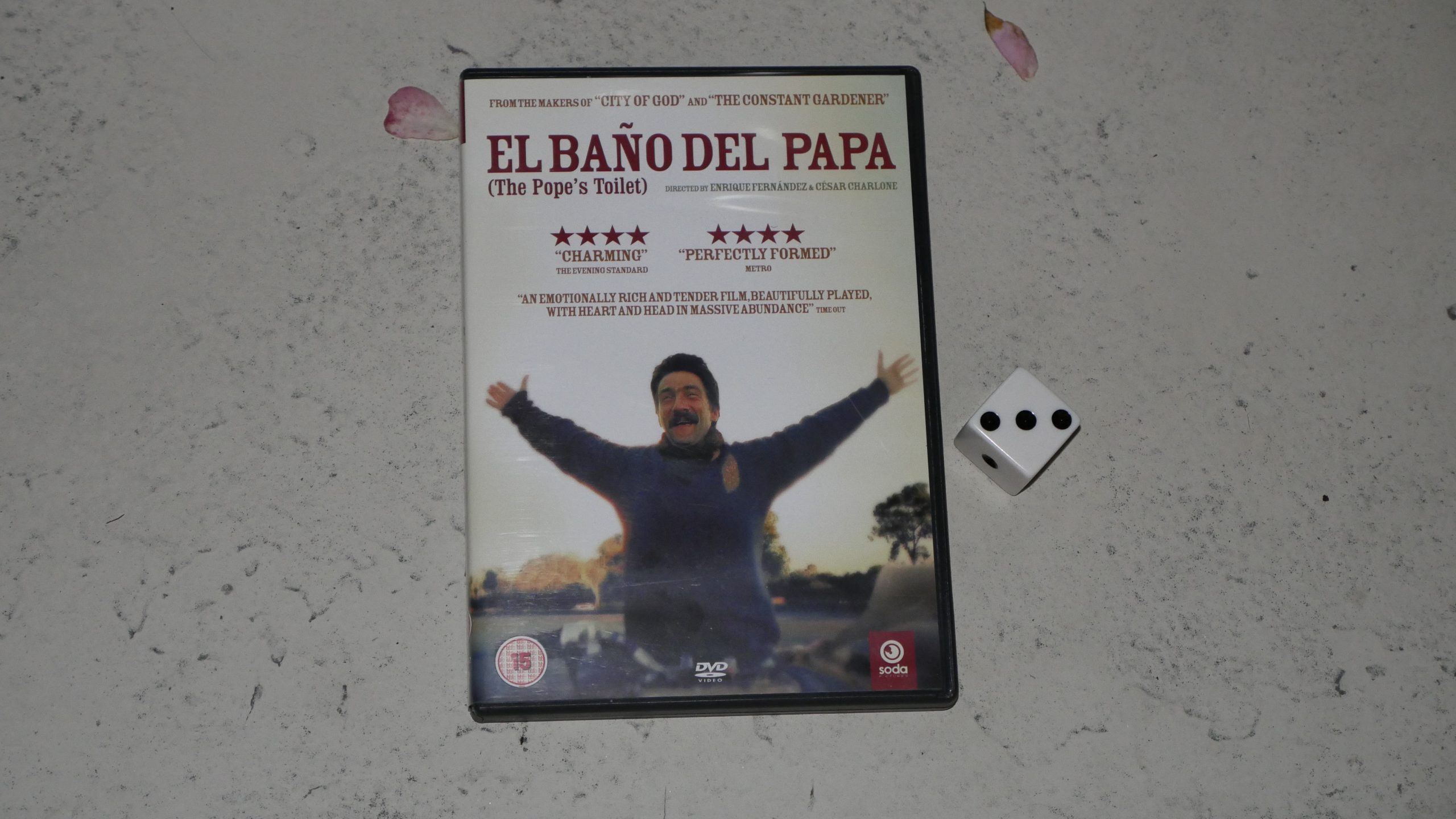 | 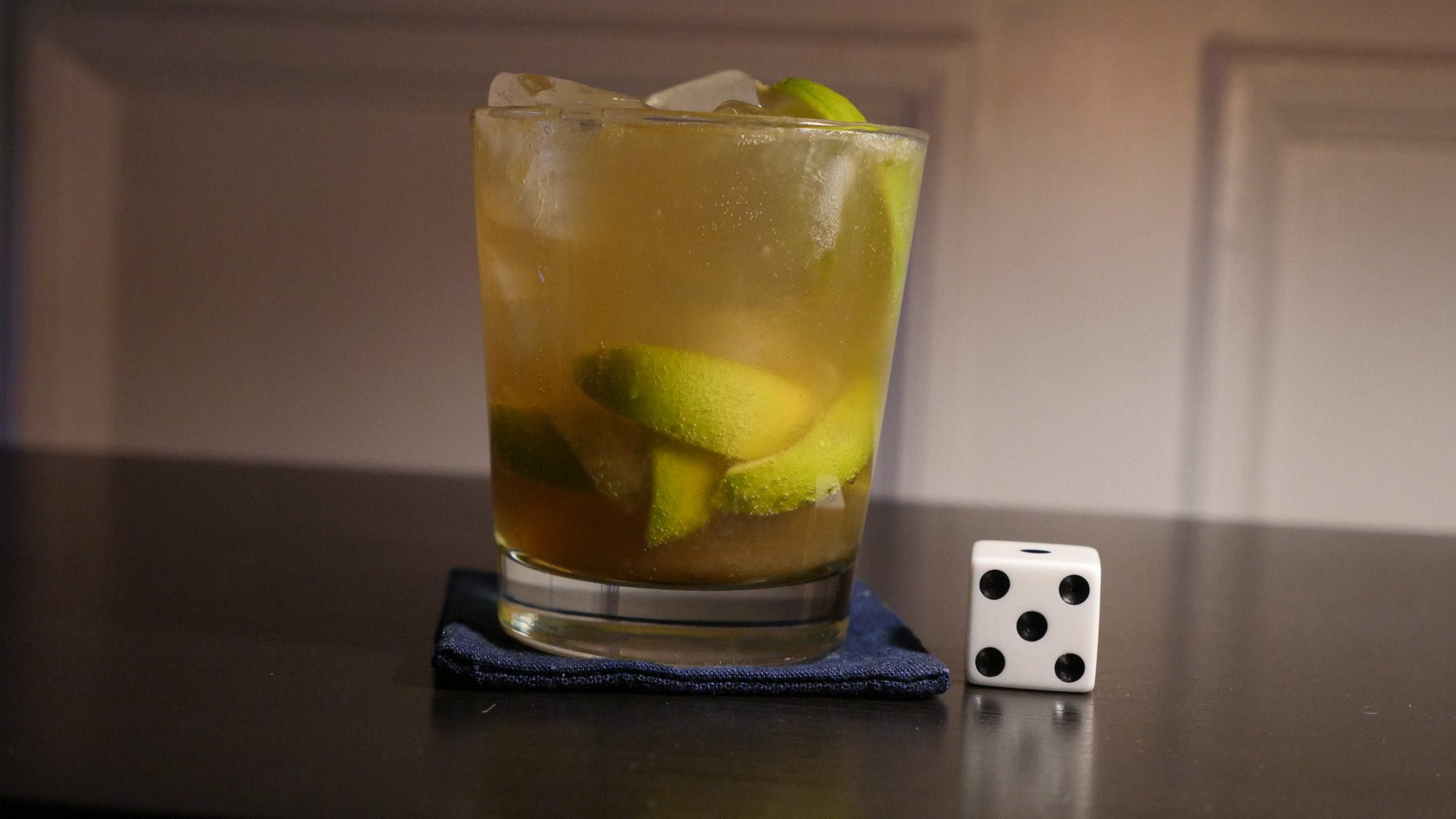 |
| The Pope’s Toilet. César Charlone. 2007. Uruguay. August 27th, 2016. Caipiroska. | |||
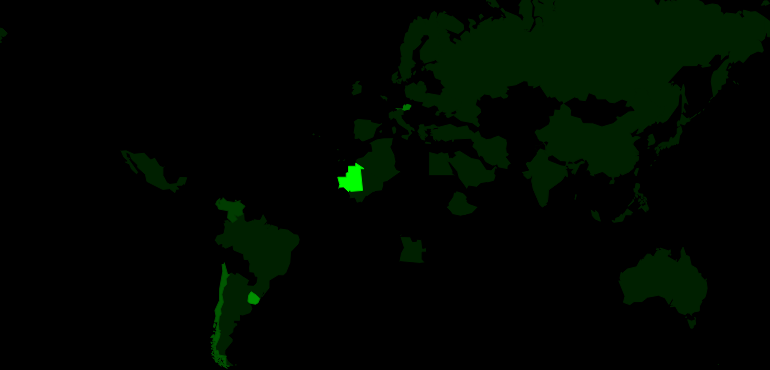 |  | 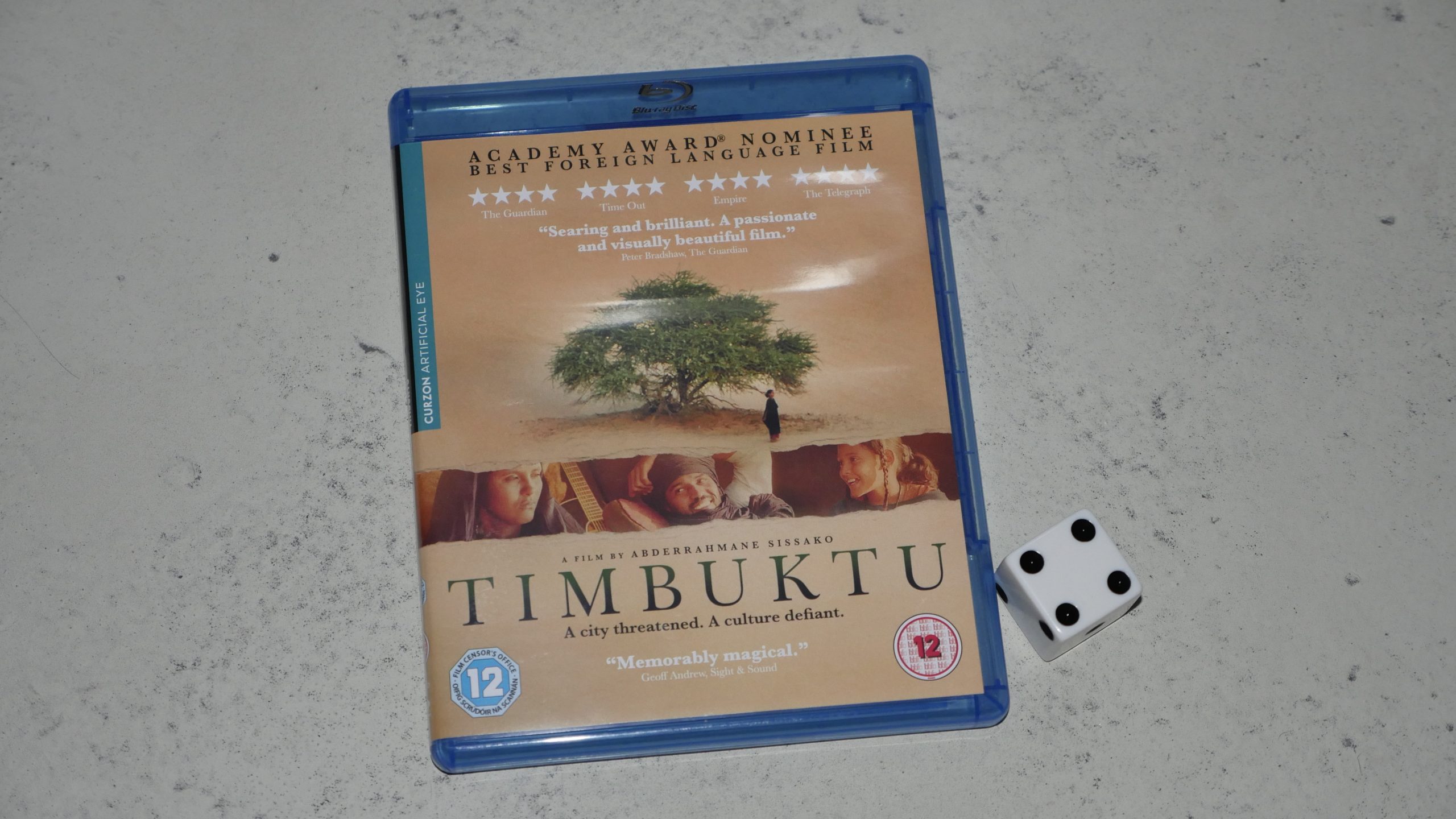 |  |
| Timbuktu. Abderrahmane Sissako. 2014. Mauritania. September 2nd, 2016. Mauretania Mauritania. | |||
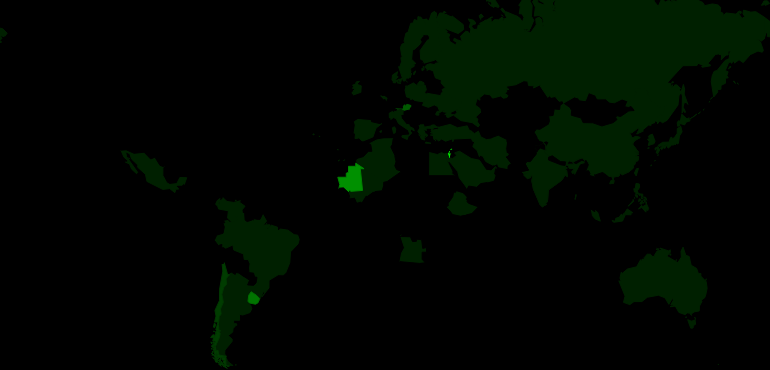 |  | 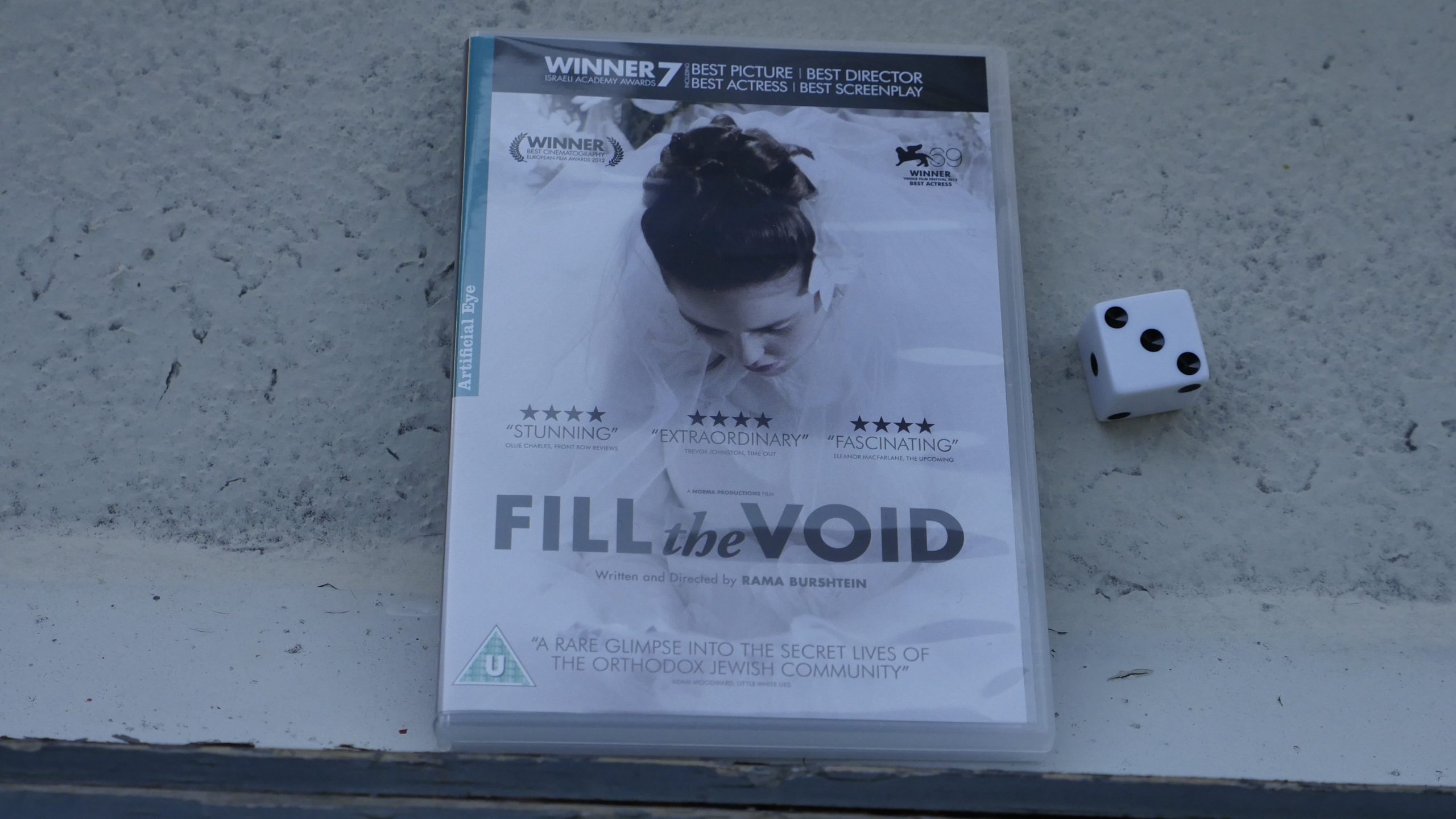 | 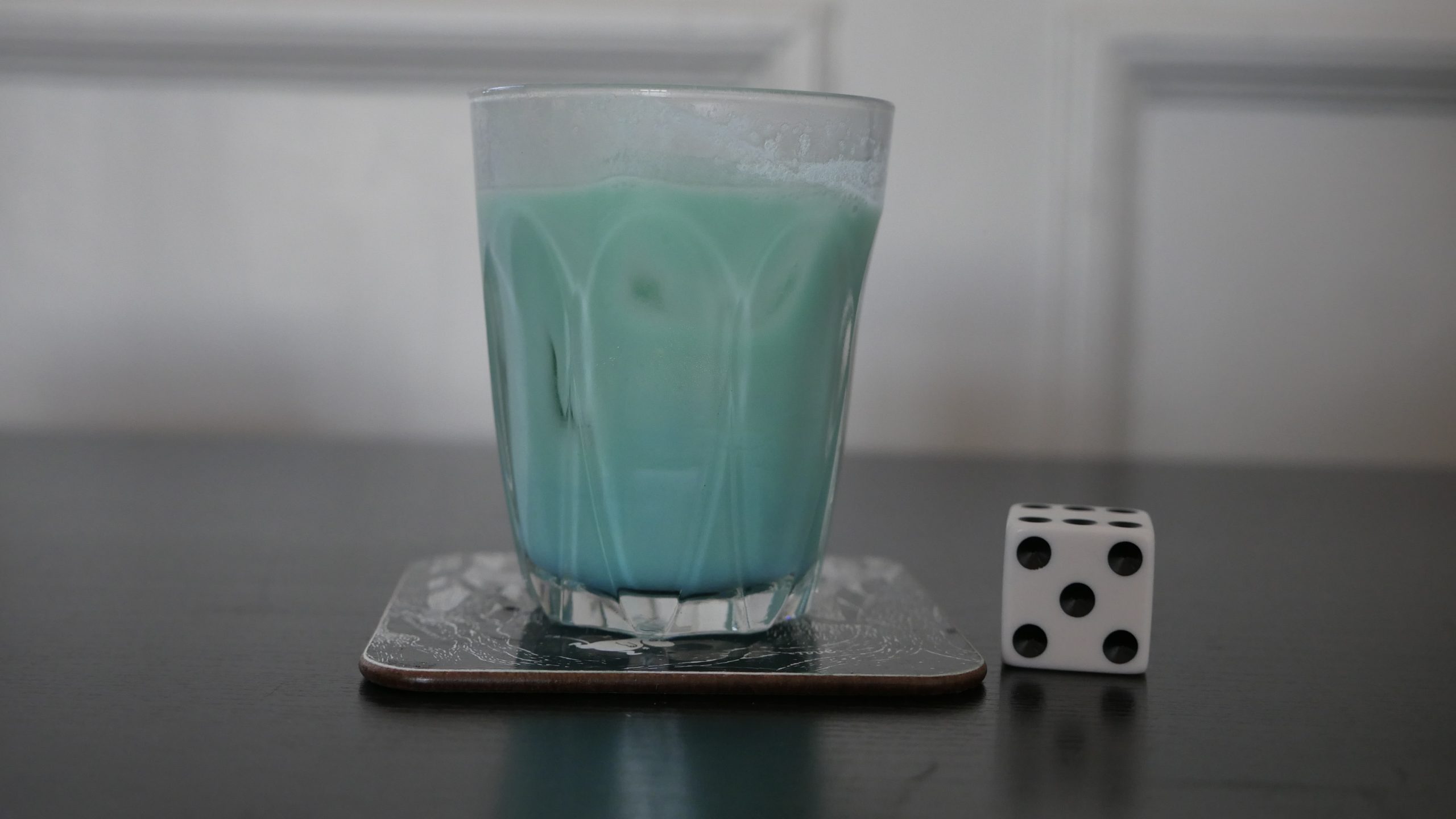 |
| Fill the Void. Rama Burshtein. 2012. Israel. September 3rd, 2016. Noah’s Ark. | |||
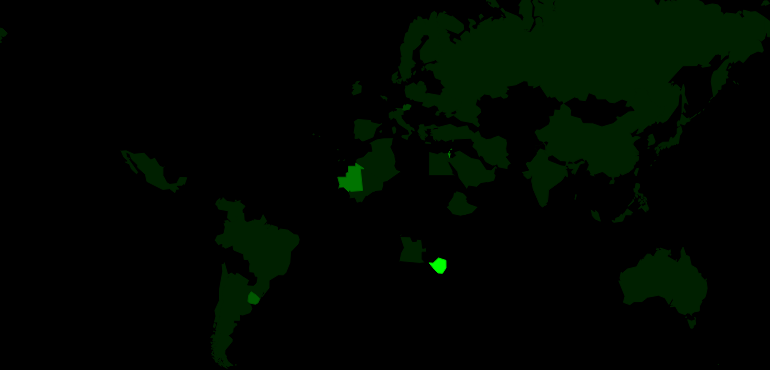 | 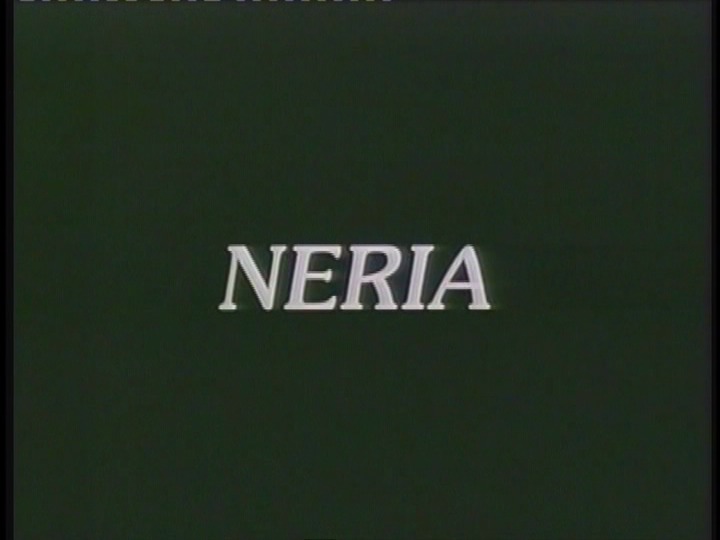 | 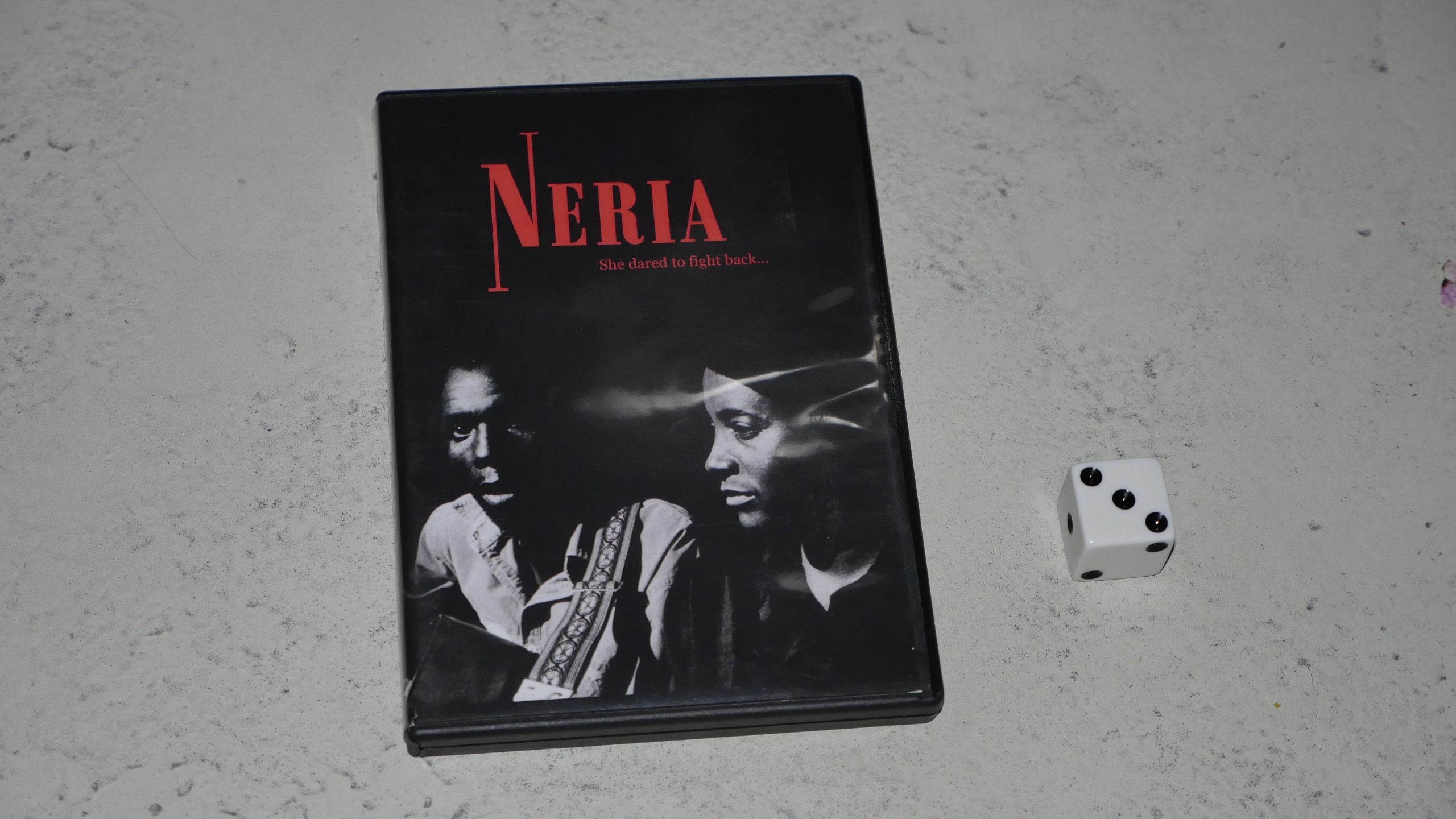 | 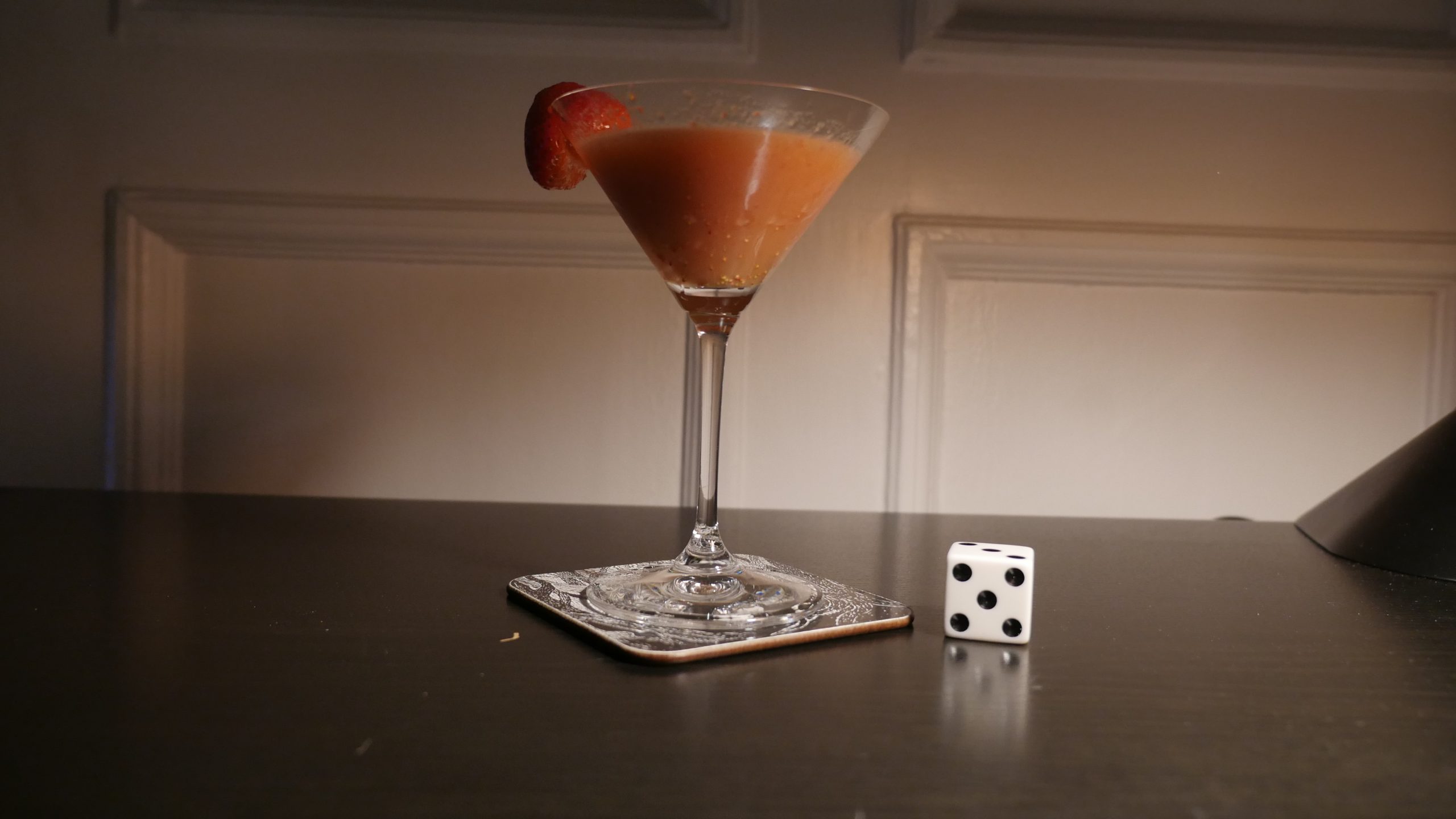 |
| Neria. Godwin Mawuru. 1993. Zimbabwe. September 3rd, 2016. Strawberry Tongo. | |||
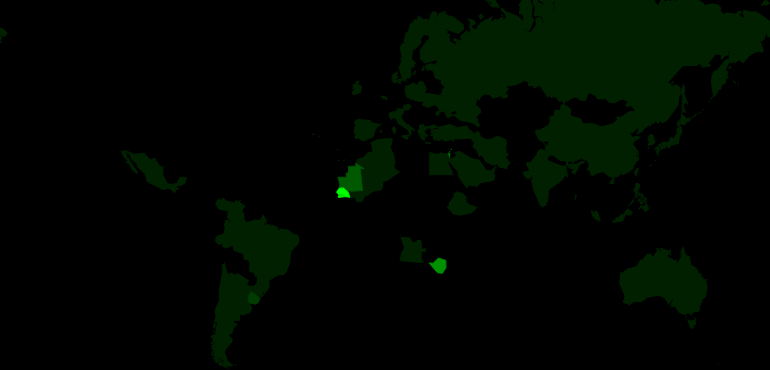 |  | 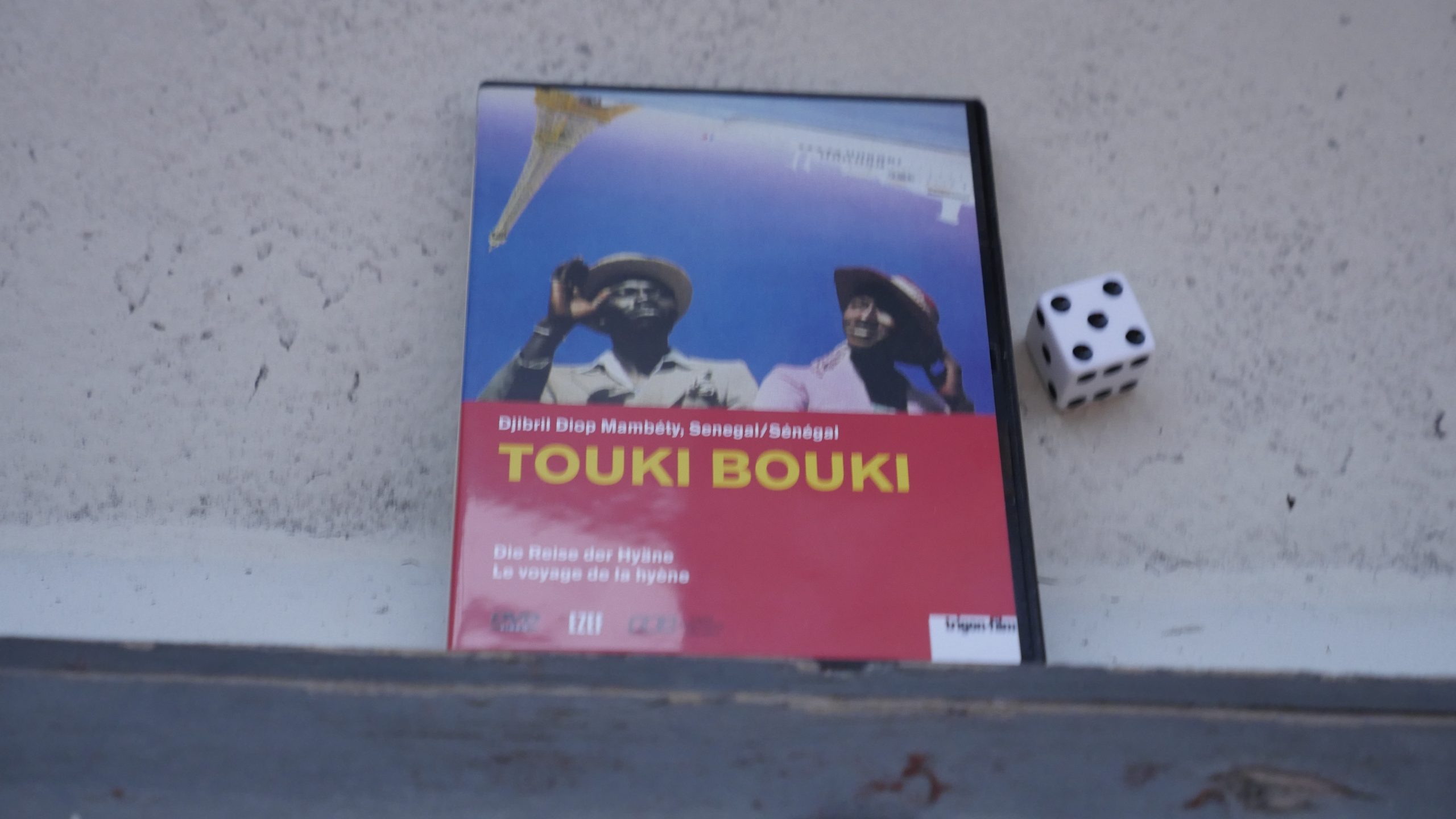 |  |
| Touki Bouki. Djibril Diop Mambéty. 1973. Senegal. September 9th, 2016. Bissap Shake. | |||
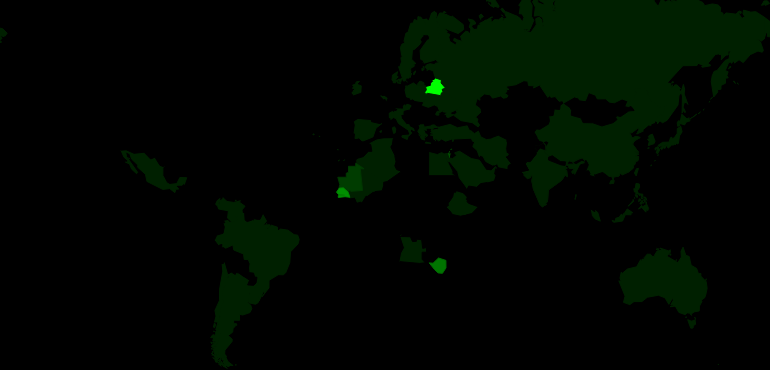 | 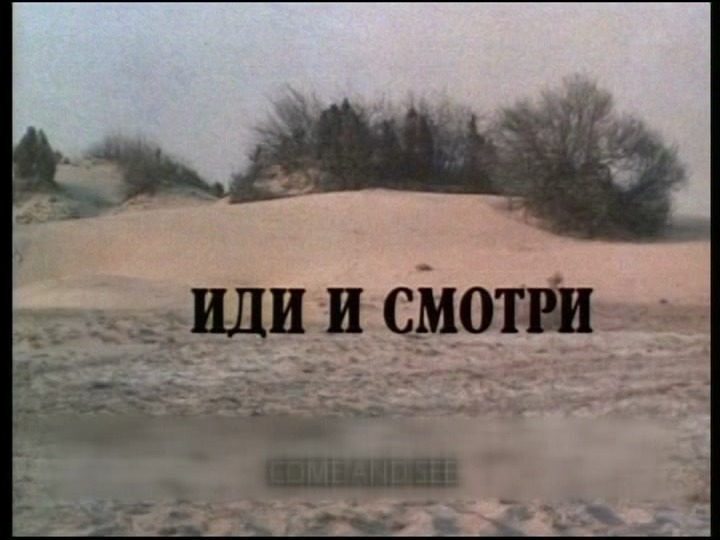 | 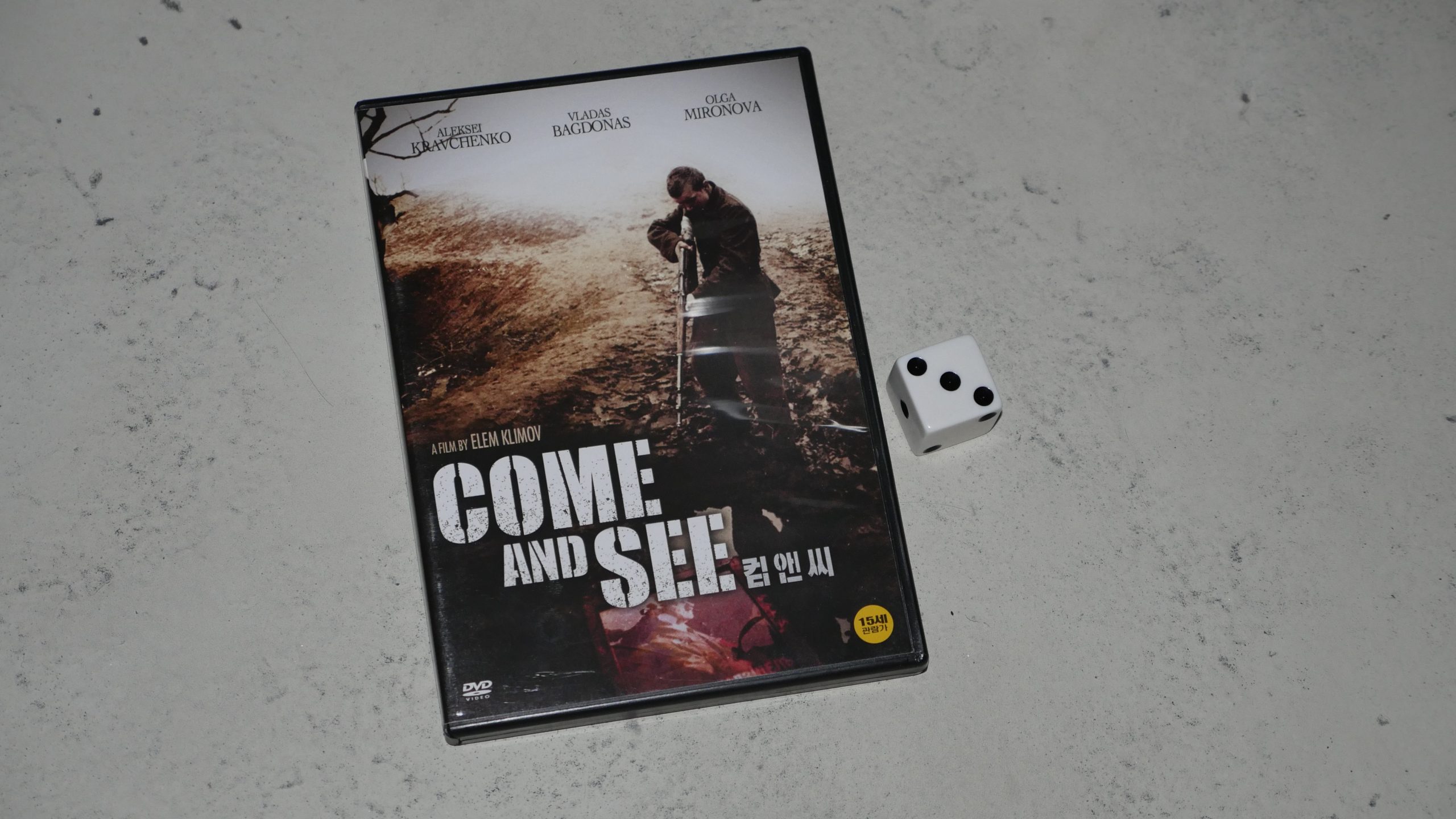 | 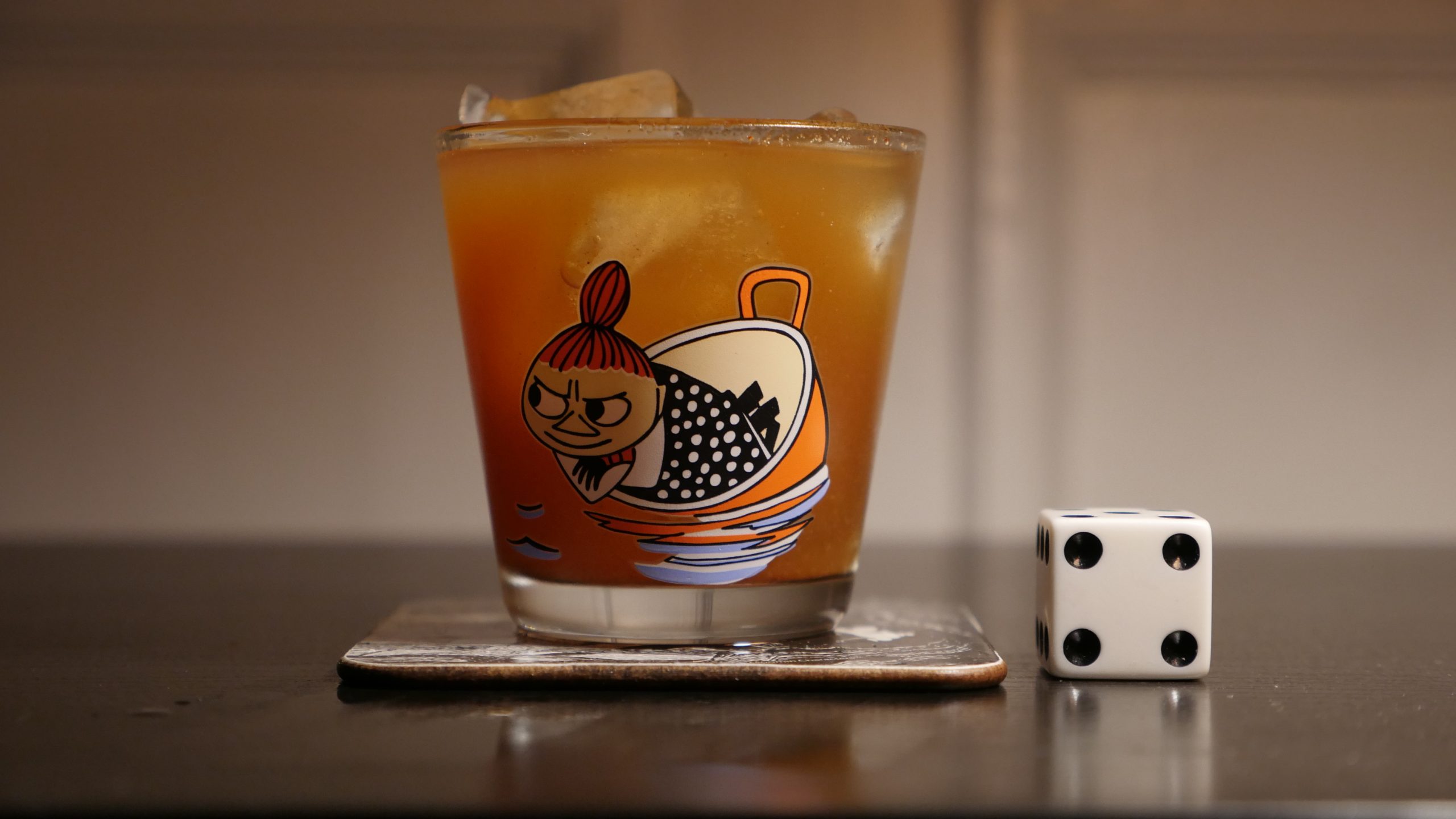 |
| Come and See. Elem Klimov. 1985. Belarus. September 9th, 2016. Krambambulya. | |||
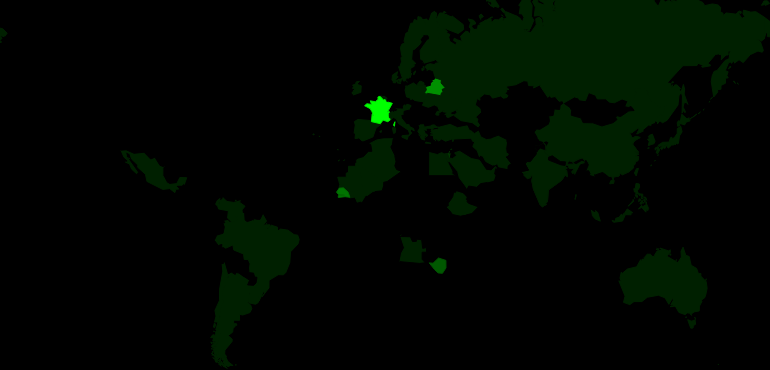 |  | 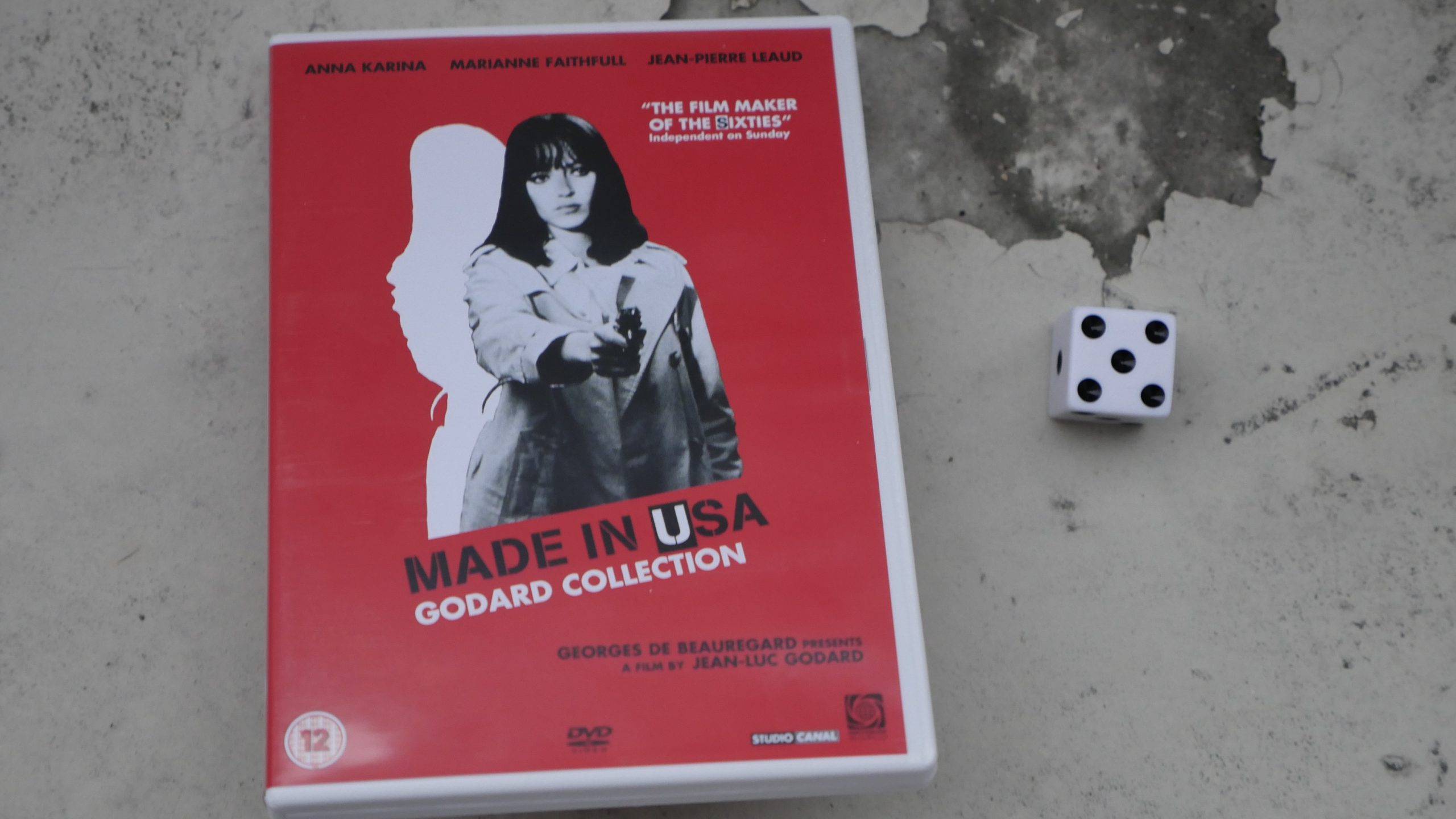 | 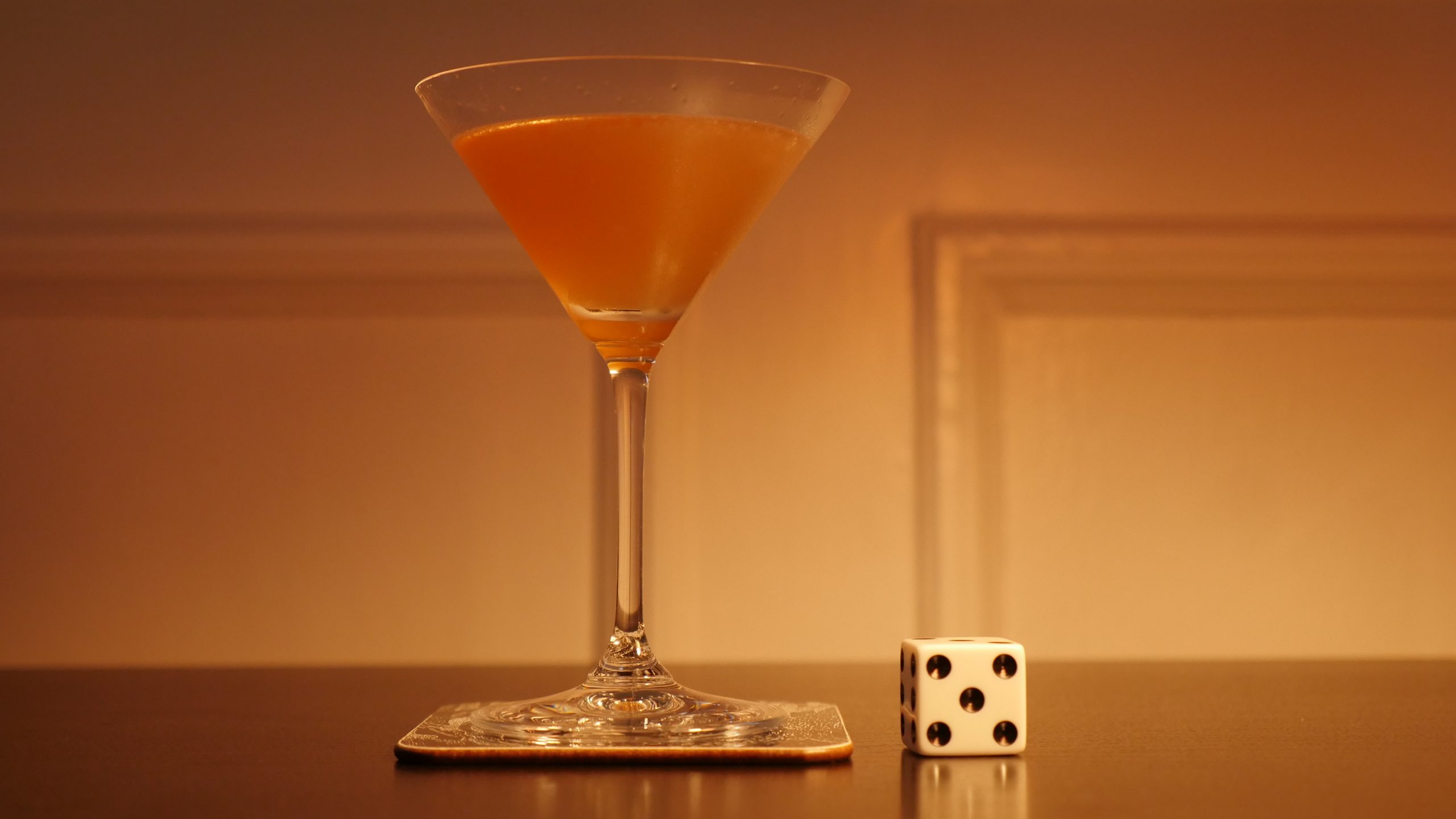 |
| Made in USA. Jean-Luc Godard. 1967. France. September 10th, 2016. The French Blonde. | |||
 |  | 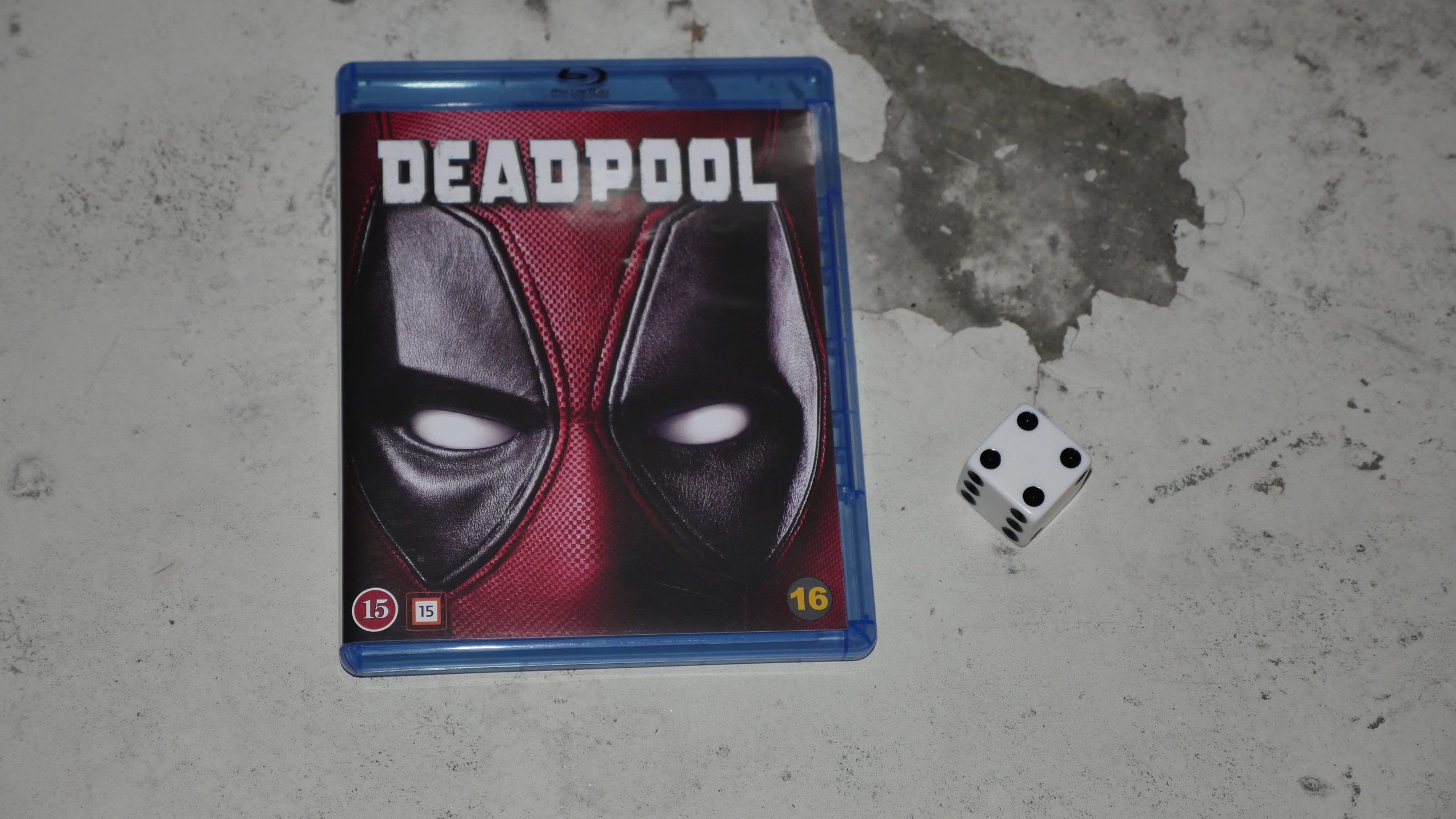 | 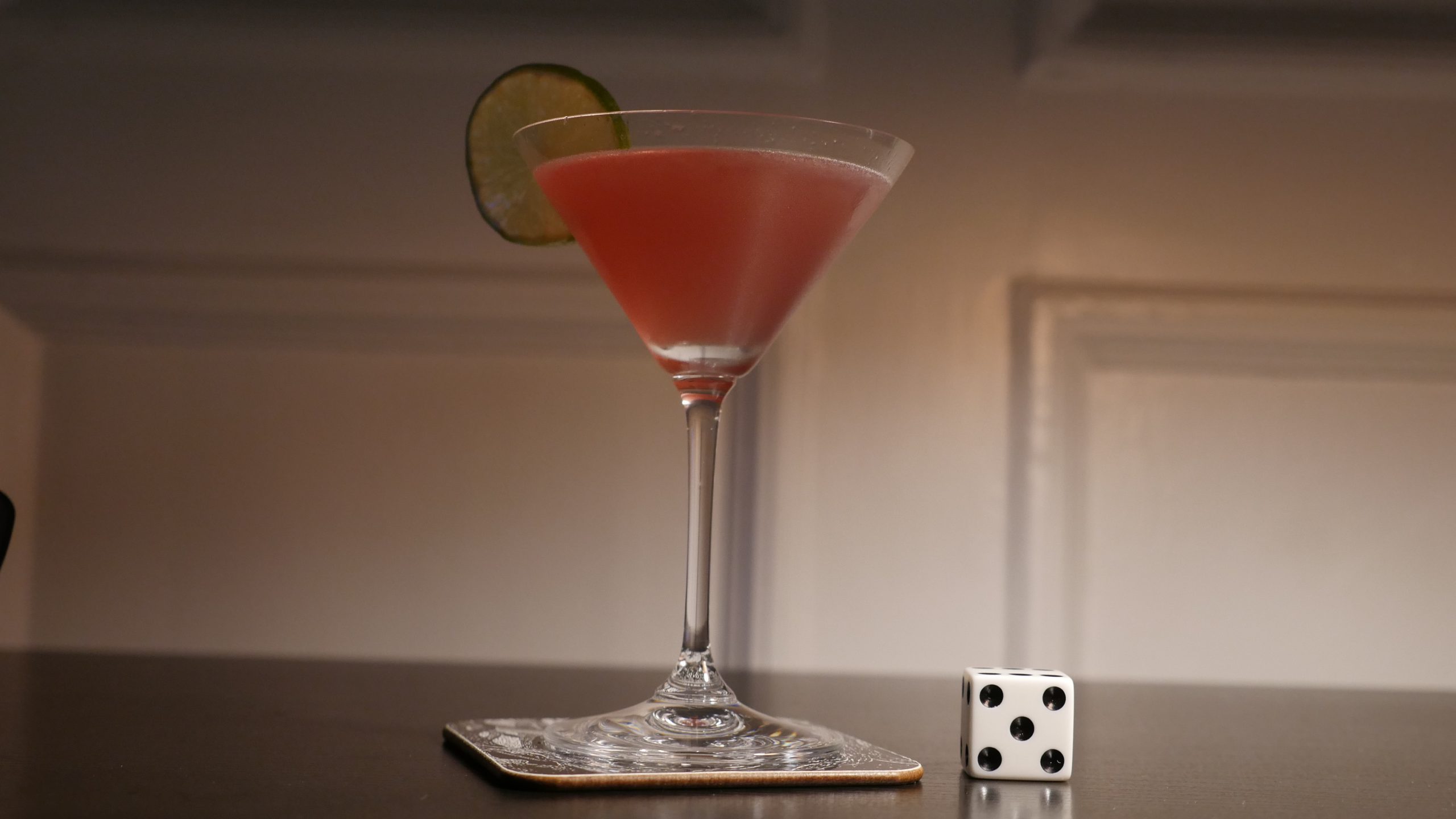 |
| Deadpool. Tim Miller. 2016. United States. September 10th, 2016. Cosmopolitan. | |||
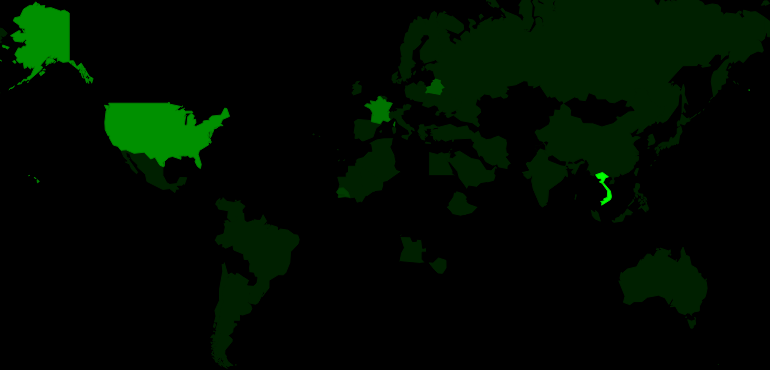 |  | 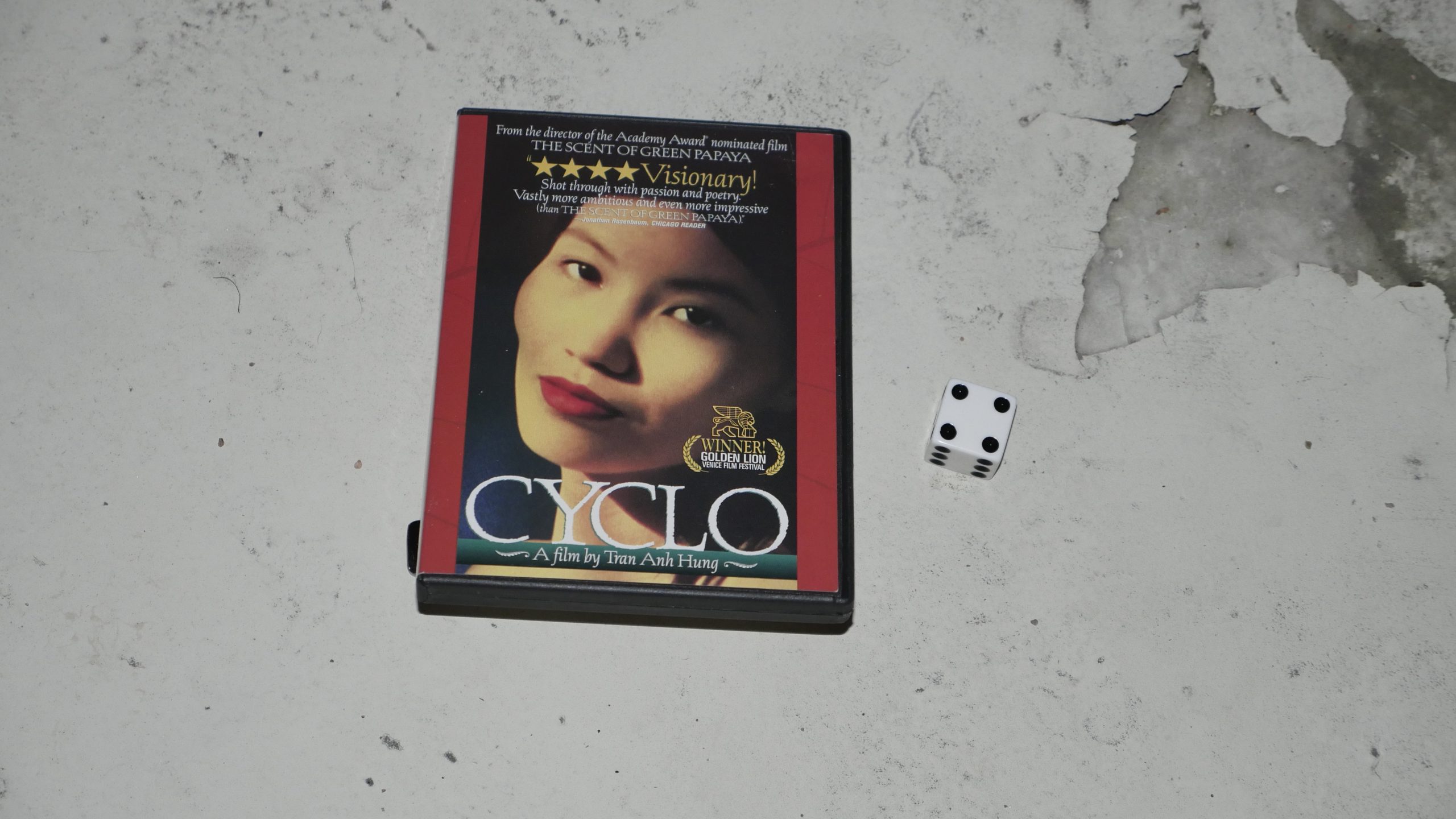 | 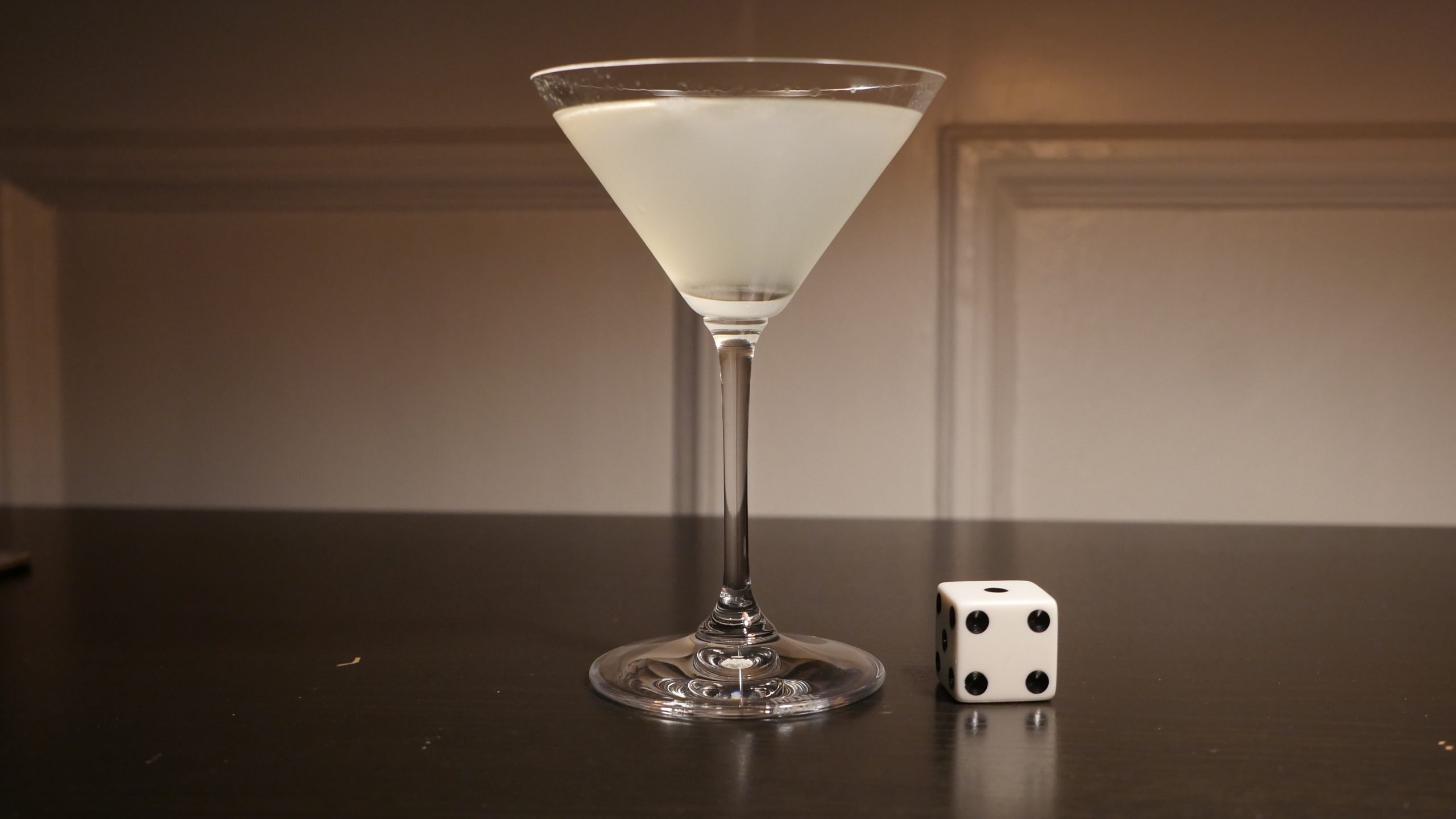 |
| Cyclo. Tran Anh Hung. 1995. Viet Nam. October 15th, 2016. . | |||
 |  | 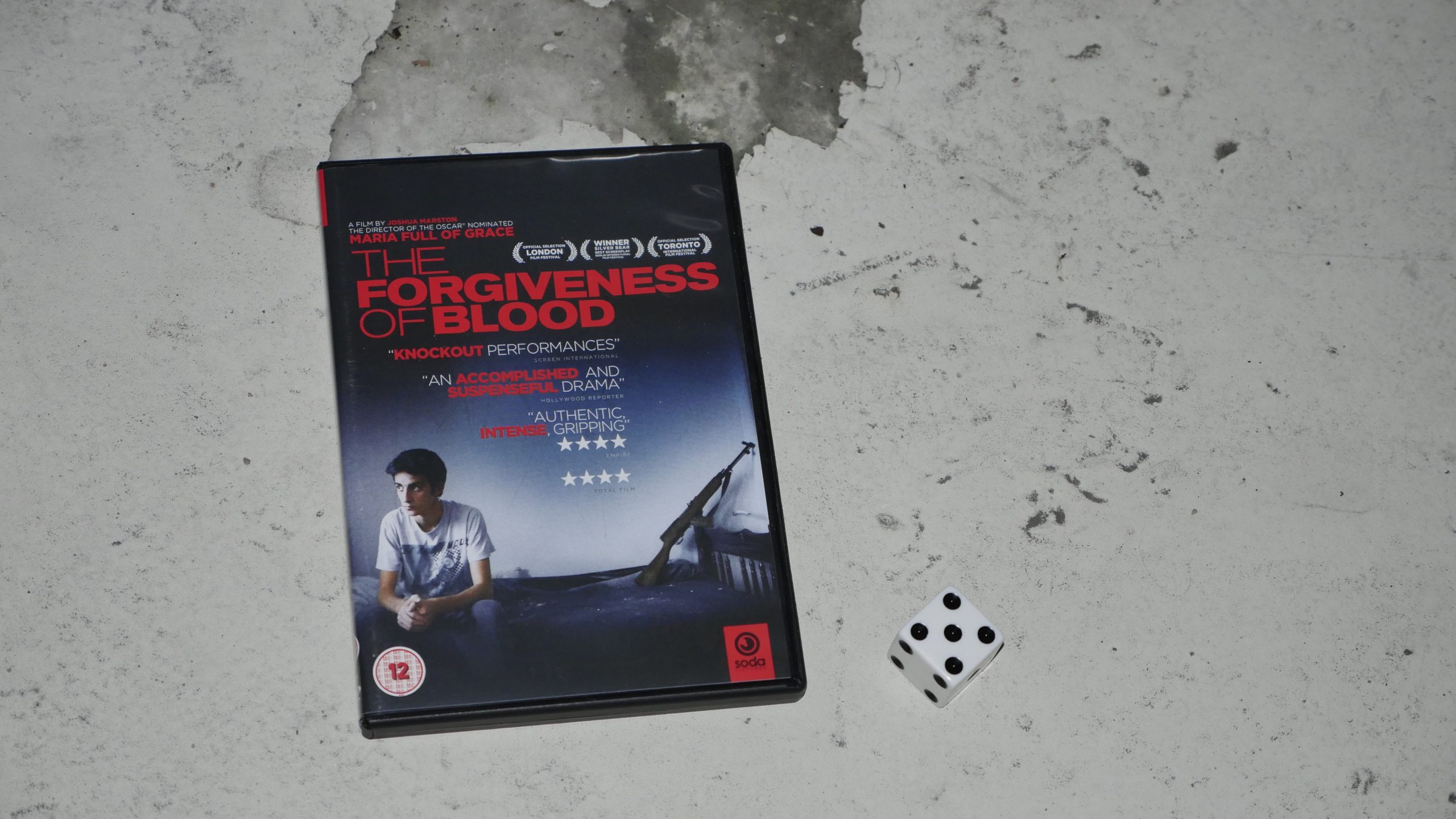 | 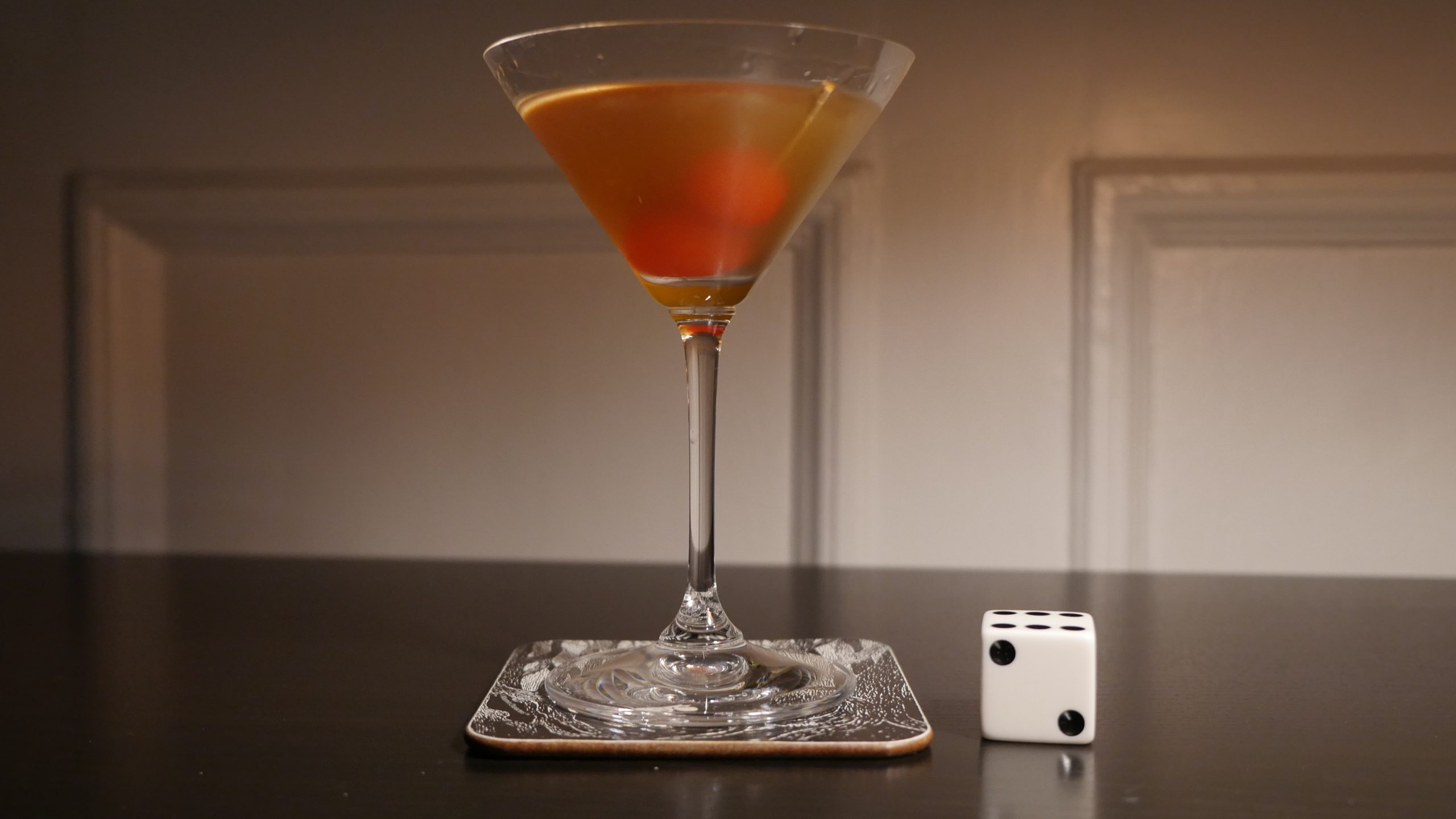 |
| The Forgiveness of Blood. Joshua Marston. 2011. Albania. October 22nd, 2016. Albania. | |||
 |  | 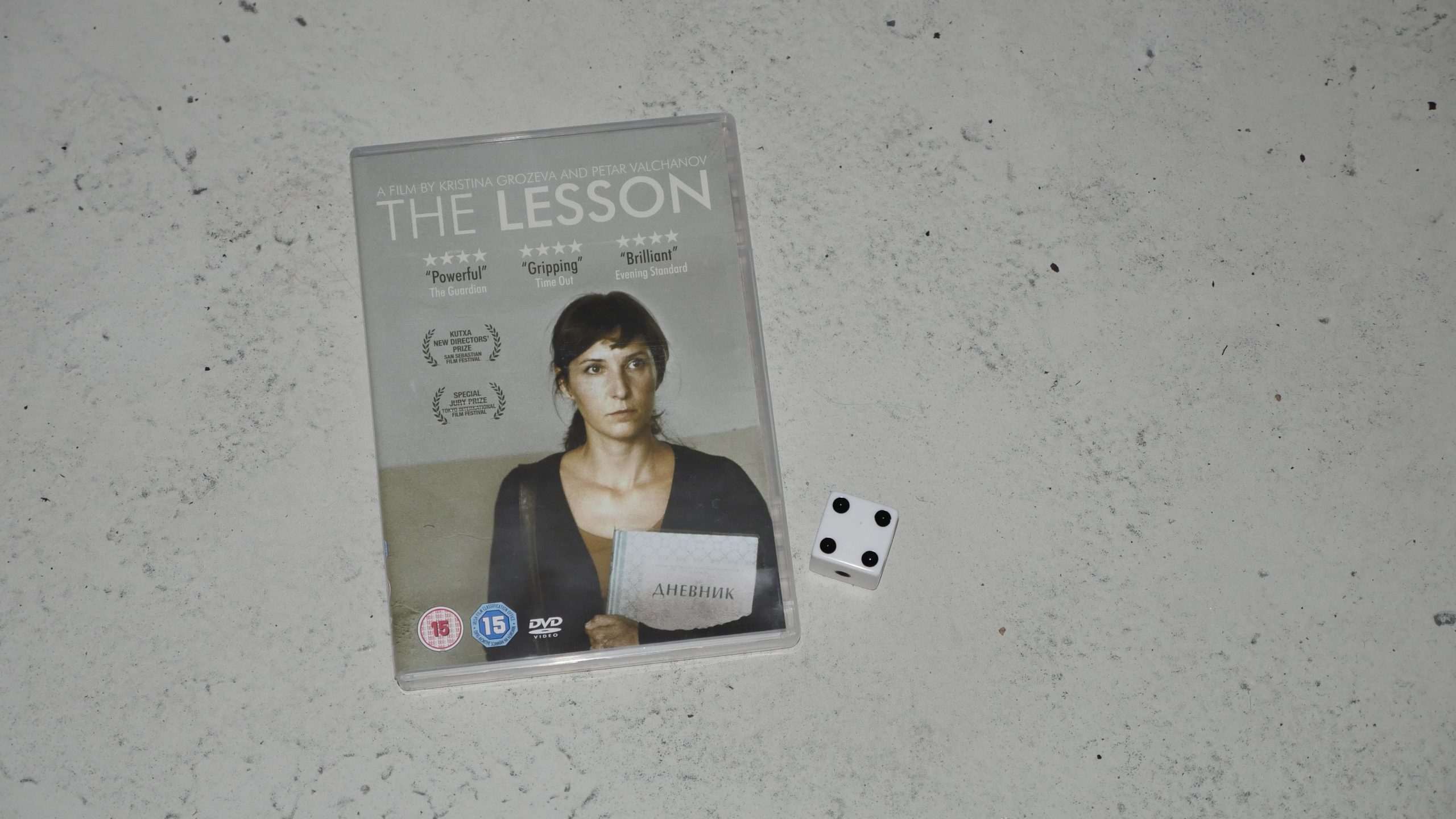 |  |
| The Lesson. Kristina Grozeva and Petar Valchanov. 2014. Bulgaria. October 28th, 2016. Oblak. | |||
 | 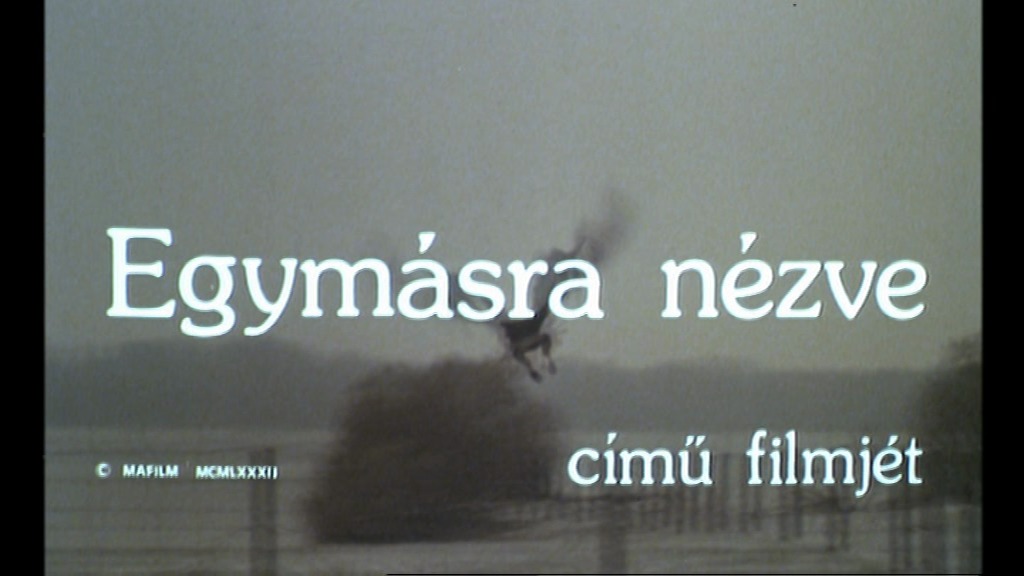 | 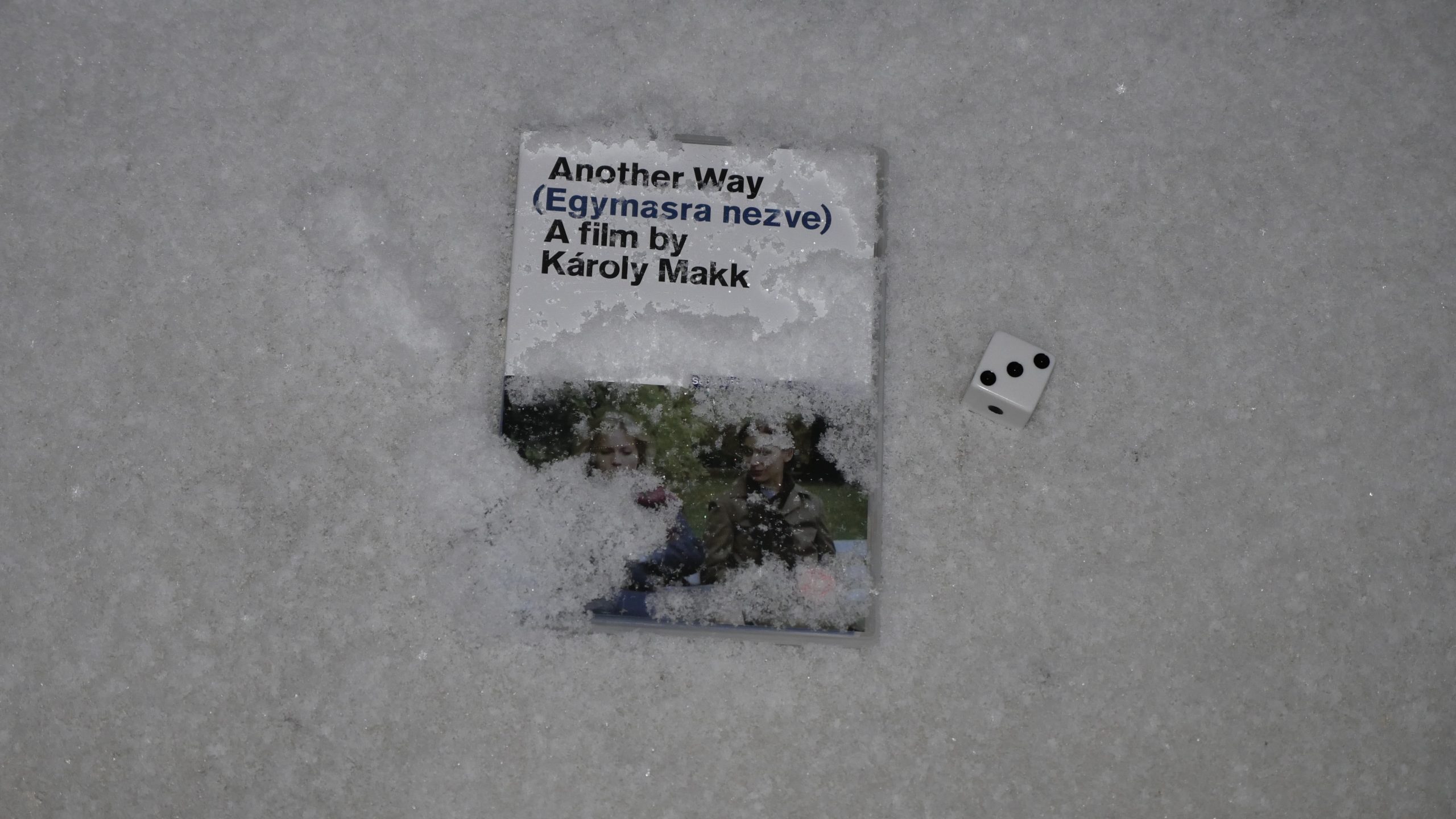 |  |
| Another Way. Károly Makk. 1982. Hungary. November 4th, 2016. . | |||
 |  | 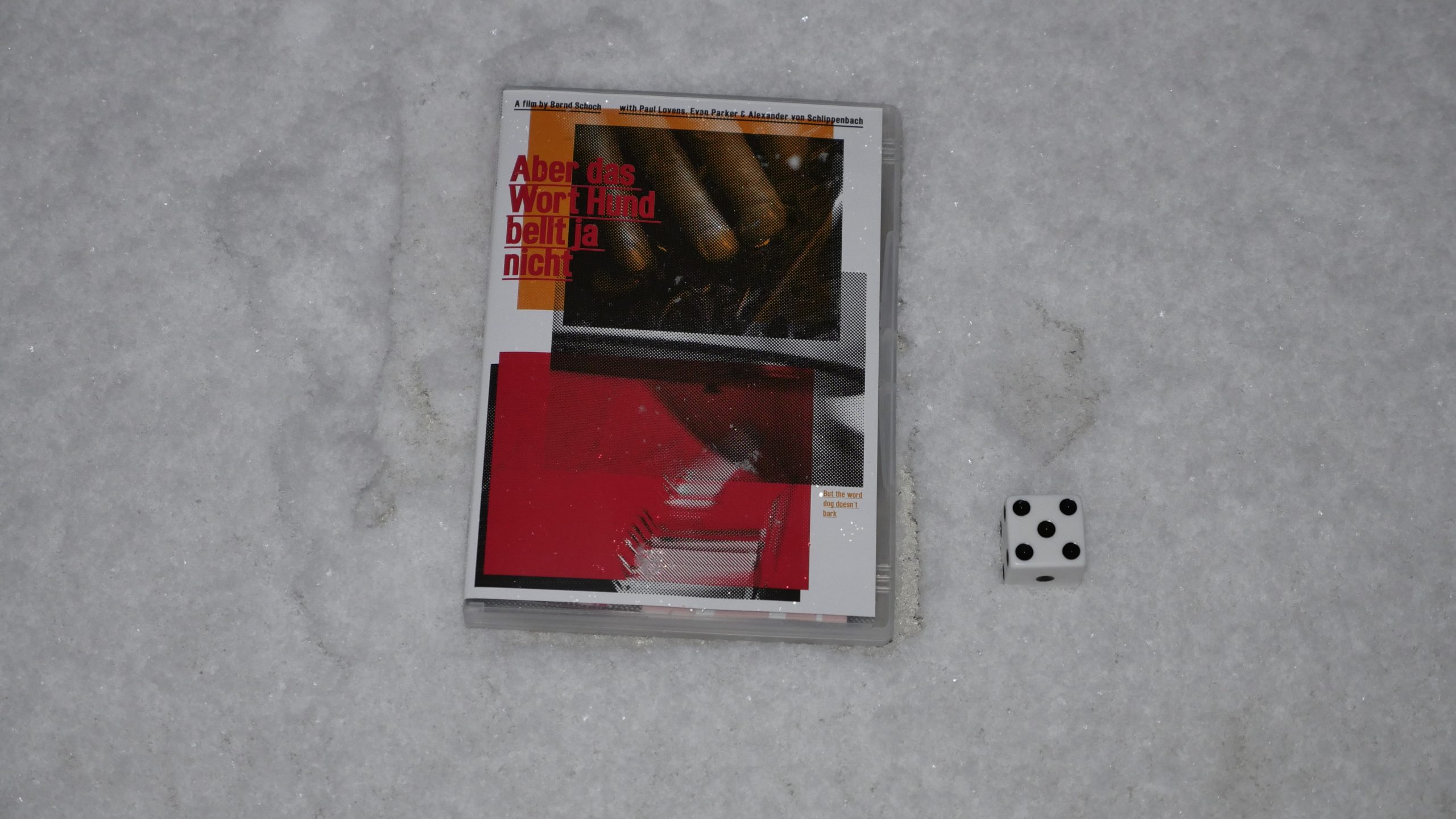 | 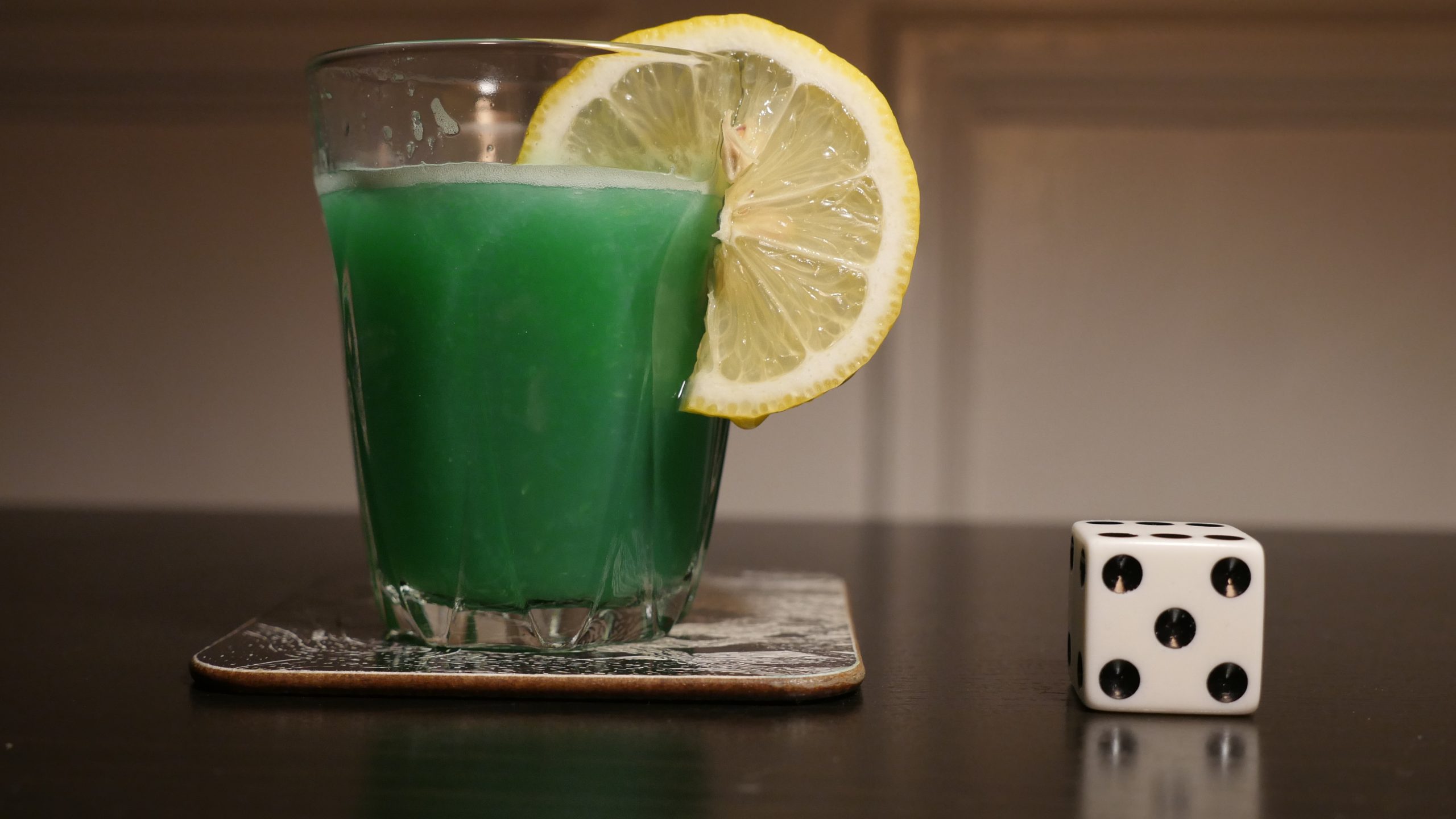 |
| But the Word Dog Doesn’t Bark. Bernd Schoch. 2011. Germany. November 4th, 2016. Big Fish. | |||
 | 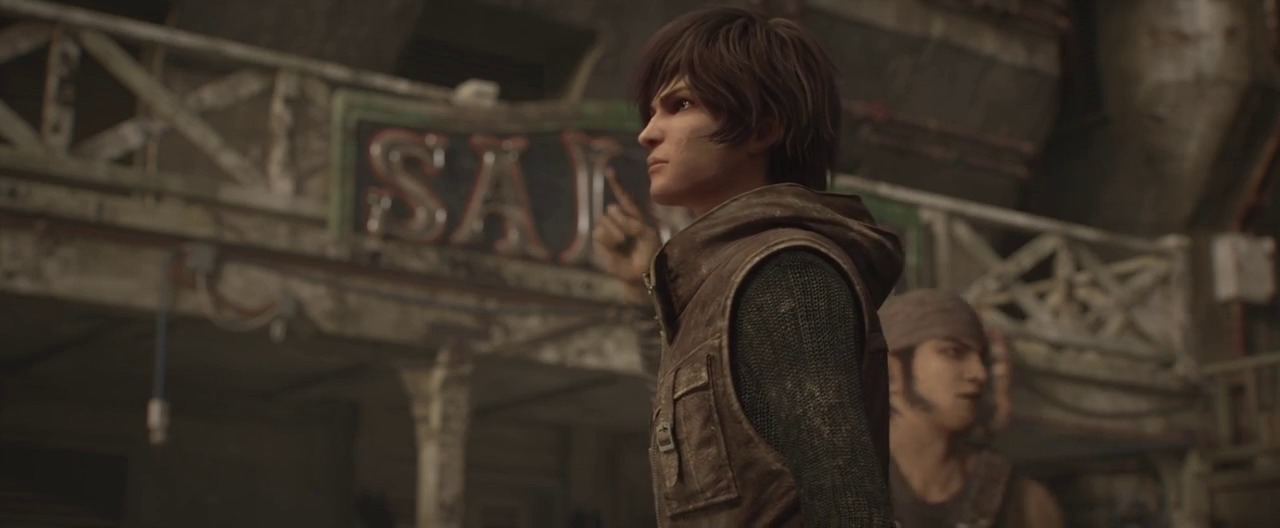 | 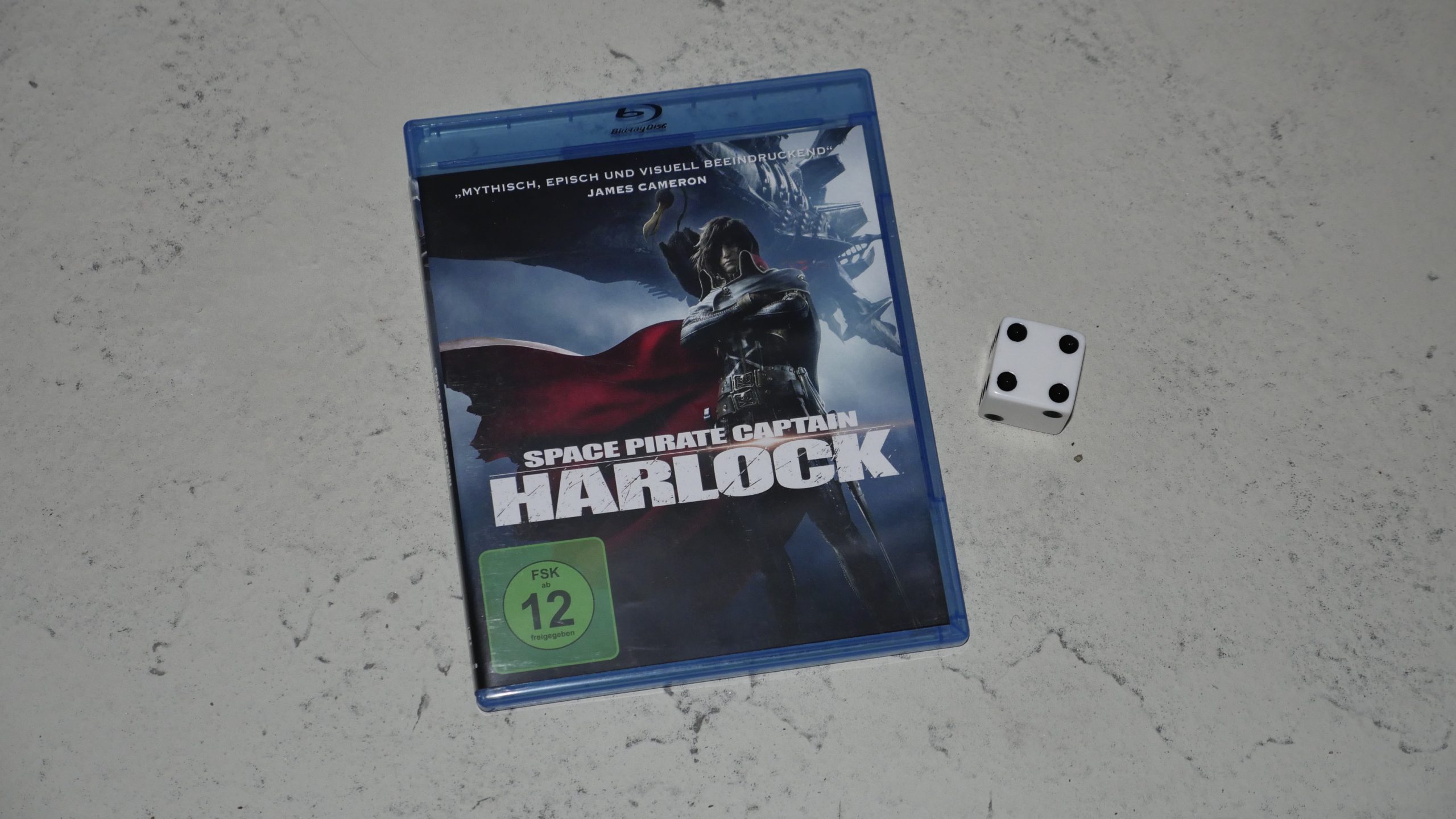 |  |
| Space Captain Pirate Harlock. Shinji Aramaki. 2013. Japan. June 26th, 2016. Tatami Cocktail. | |||
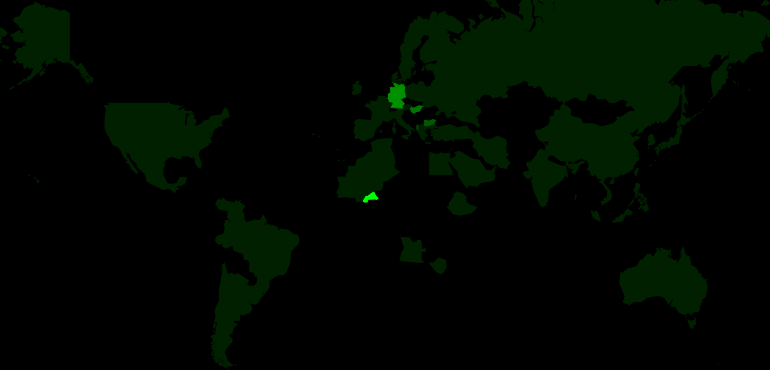 |  | 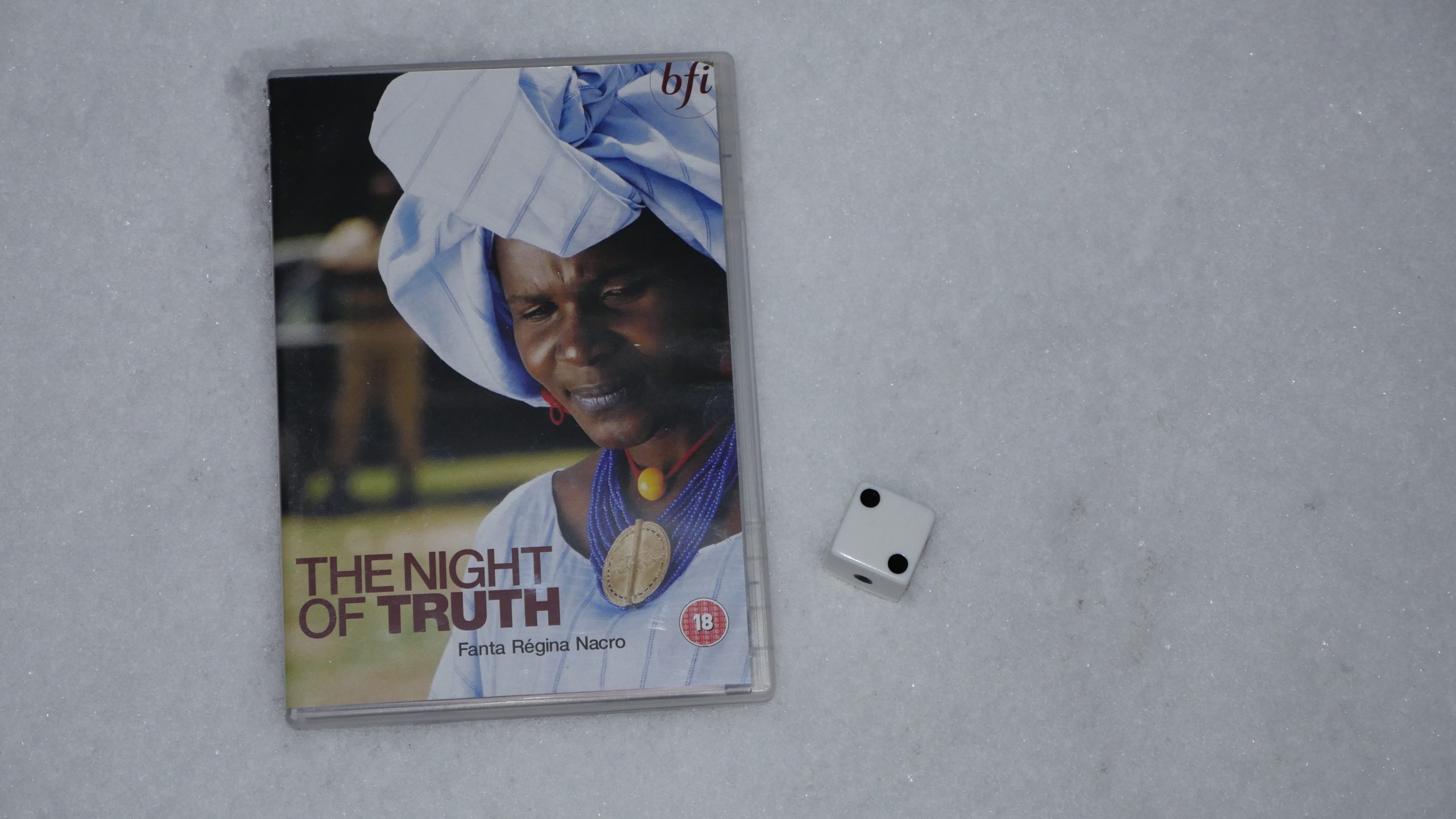 | 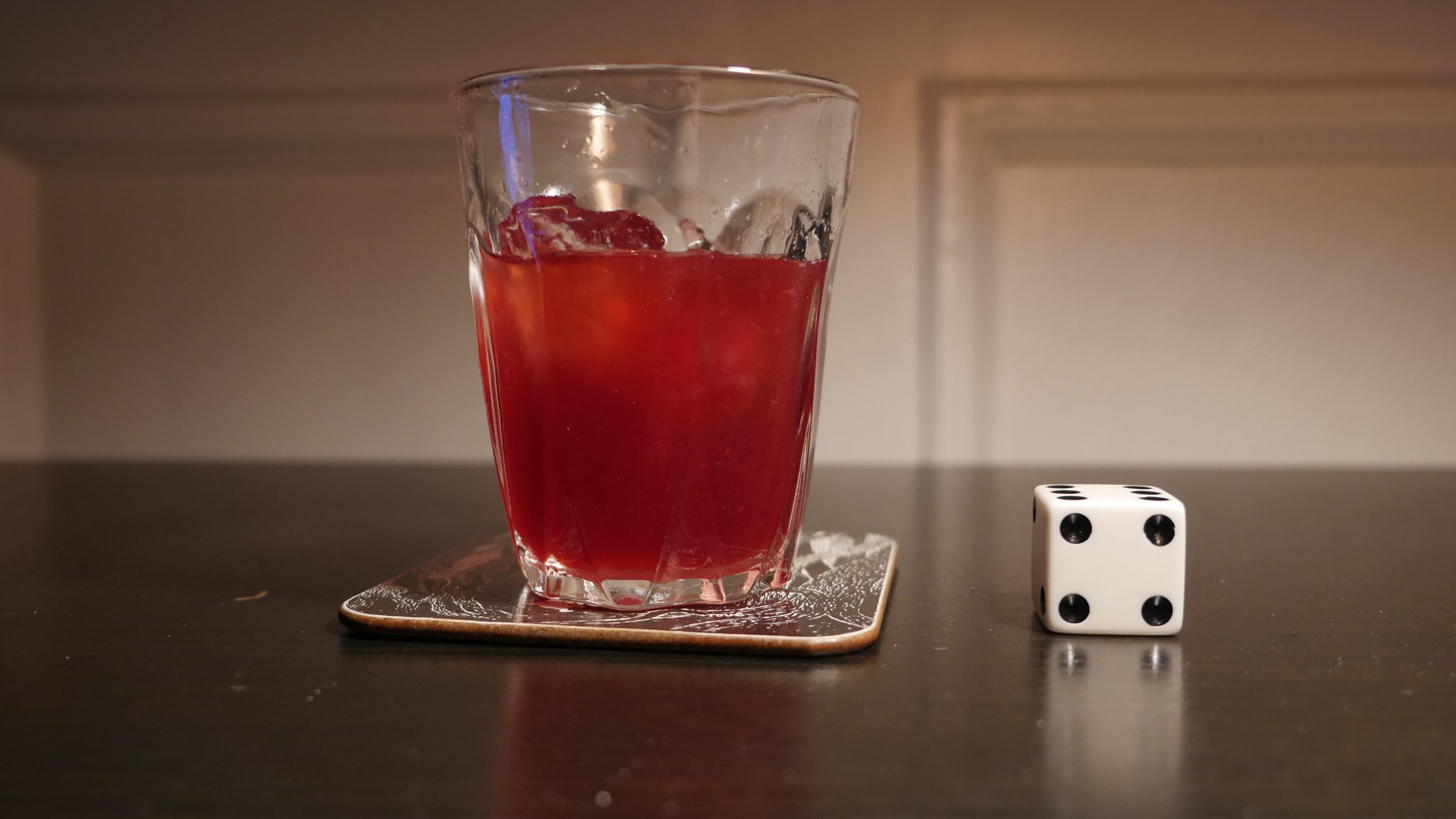 |
| The Night of Truth. Fanta Régina Nacro. 2004. Burkina Faso. November 5th, 2016. Bissap Mojito. | |||
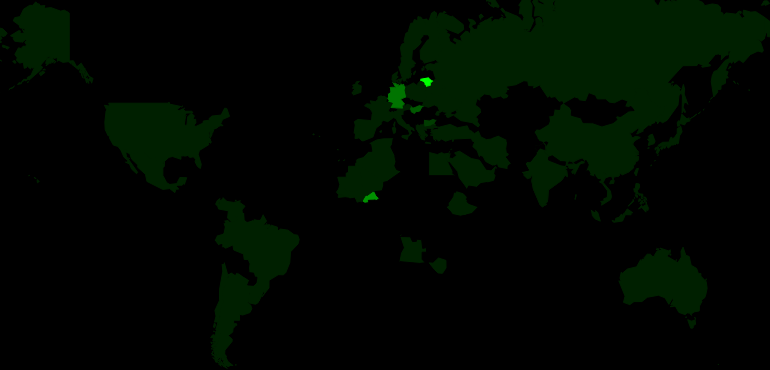 |  | 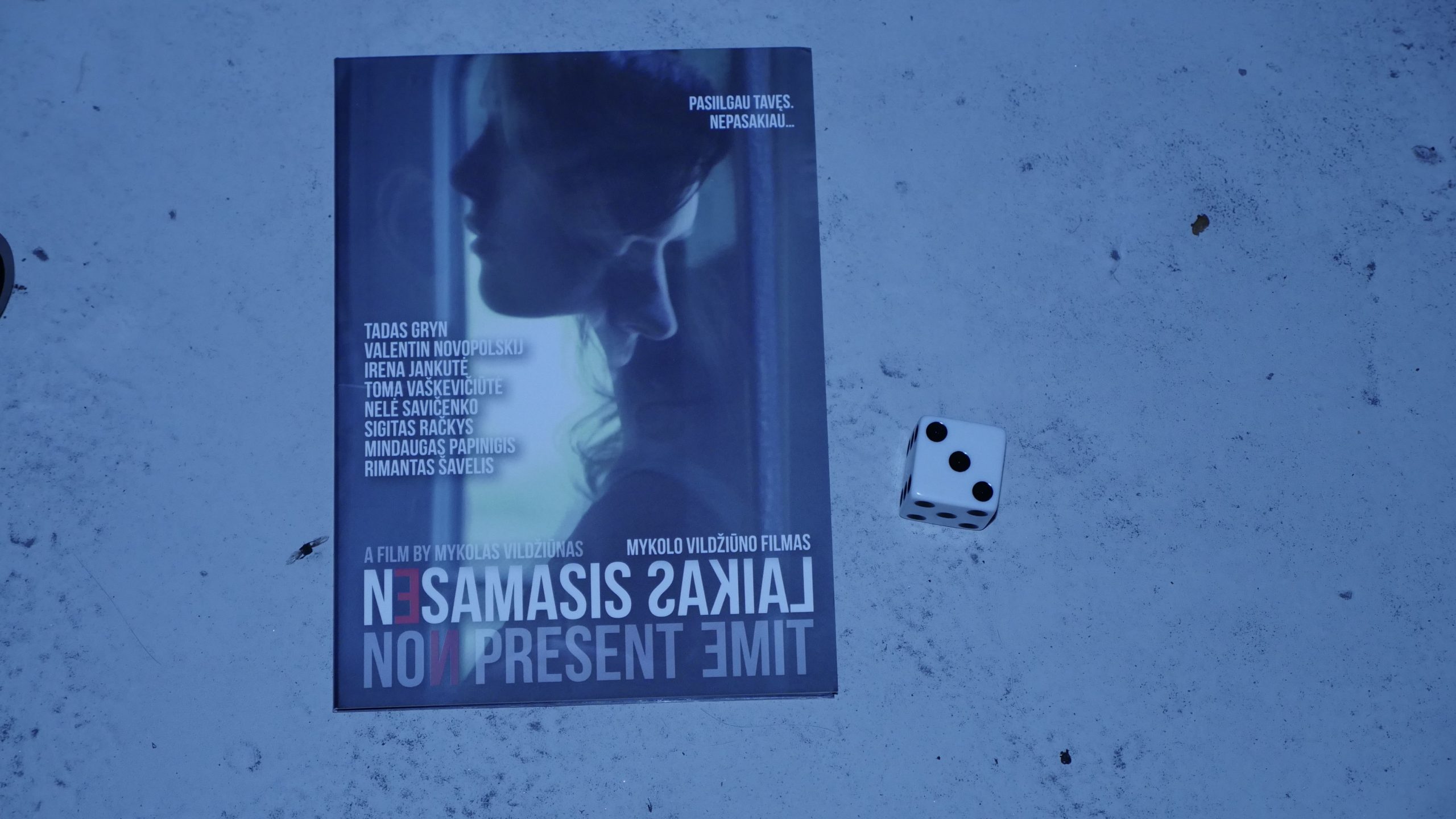 | 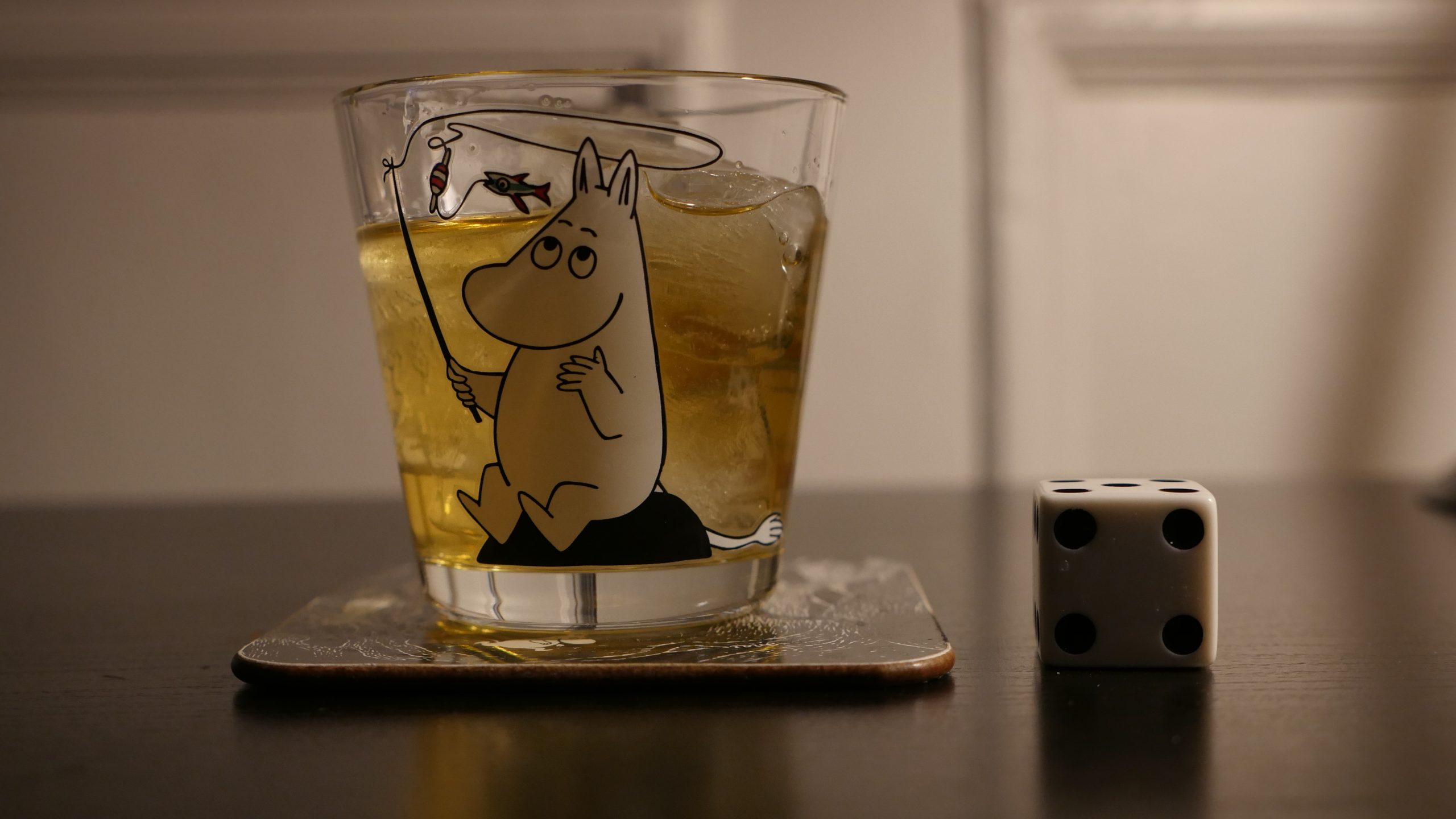 |
| Non-Present Time. Mykolas Vildziunas. 2014. Lithuania. November 18th, 2016. Krupnikas. | |||
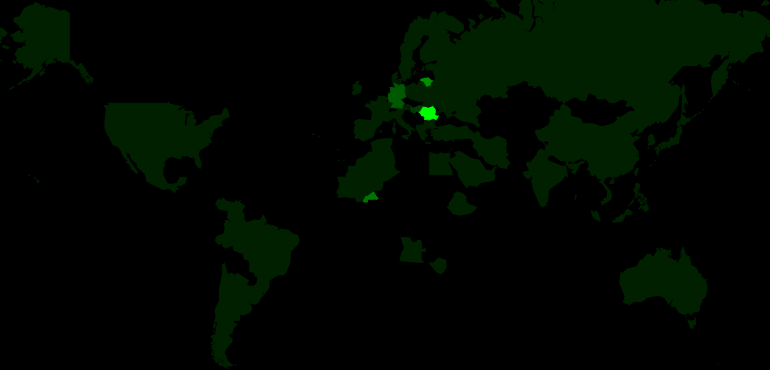 |  | 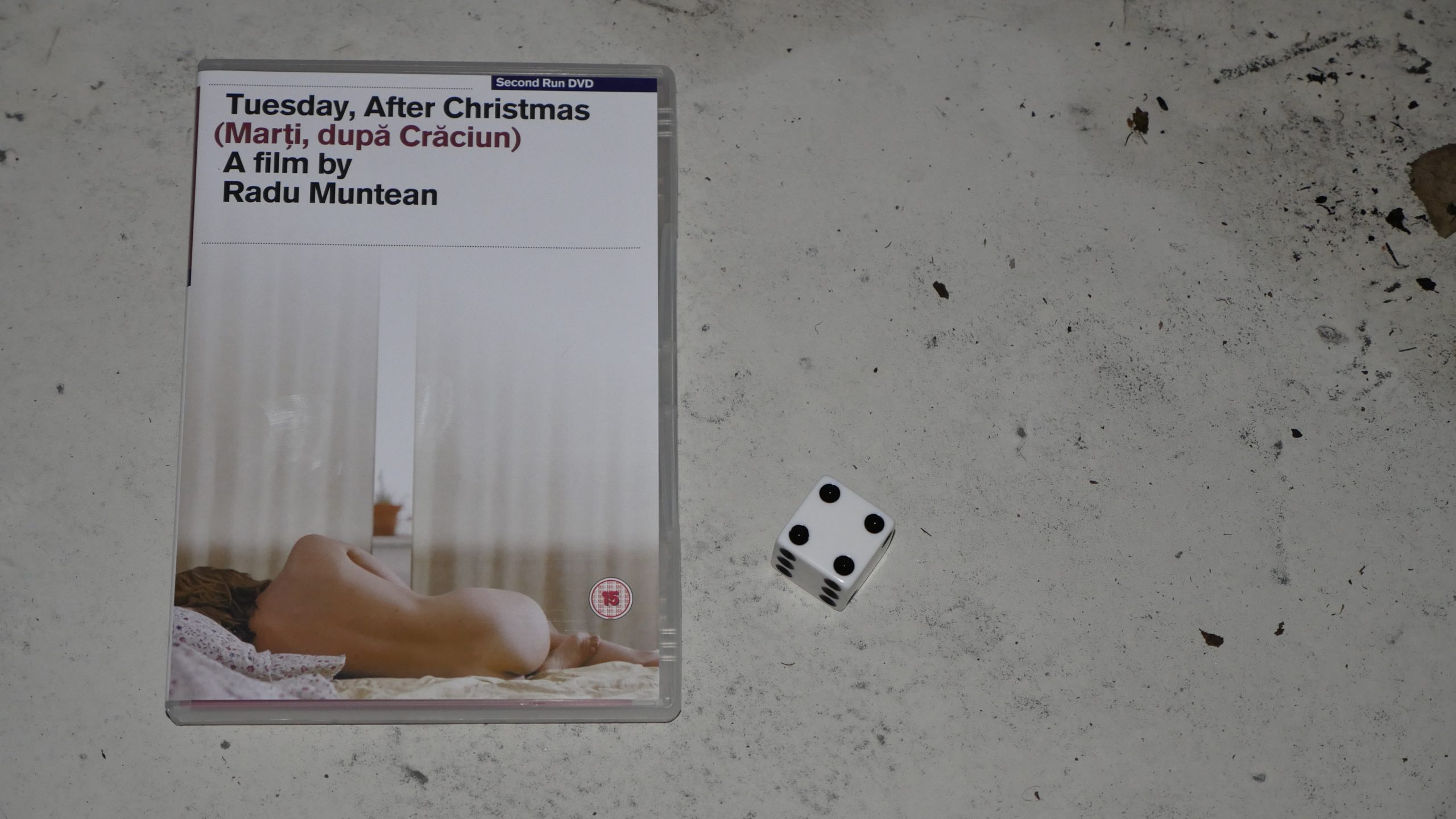 |  |
| Tuesday, After Christmas. Radu Muntean. 2010. Romania. November 25th, 2016. Temptation. | |||
 |  | 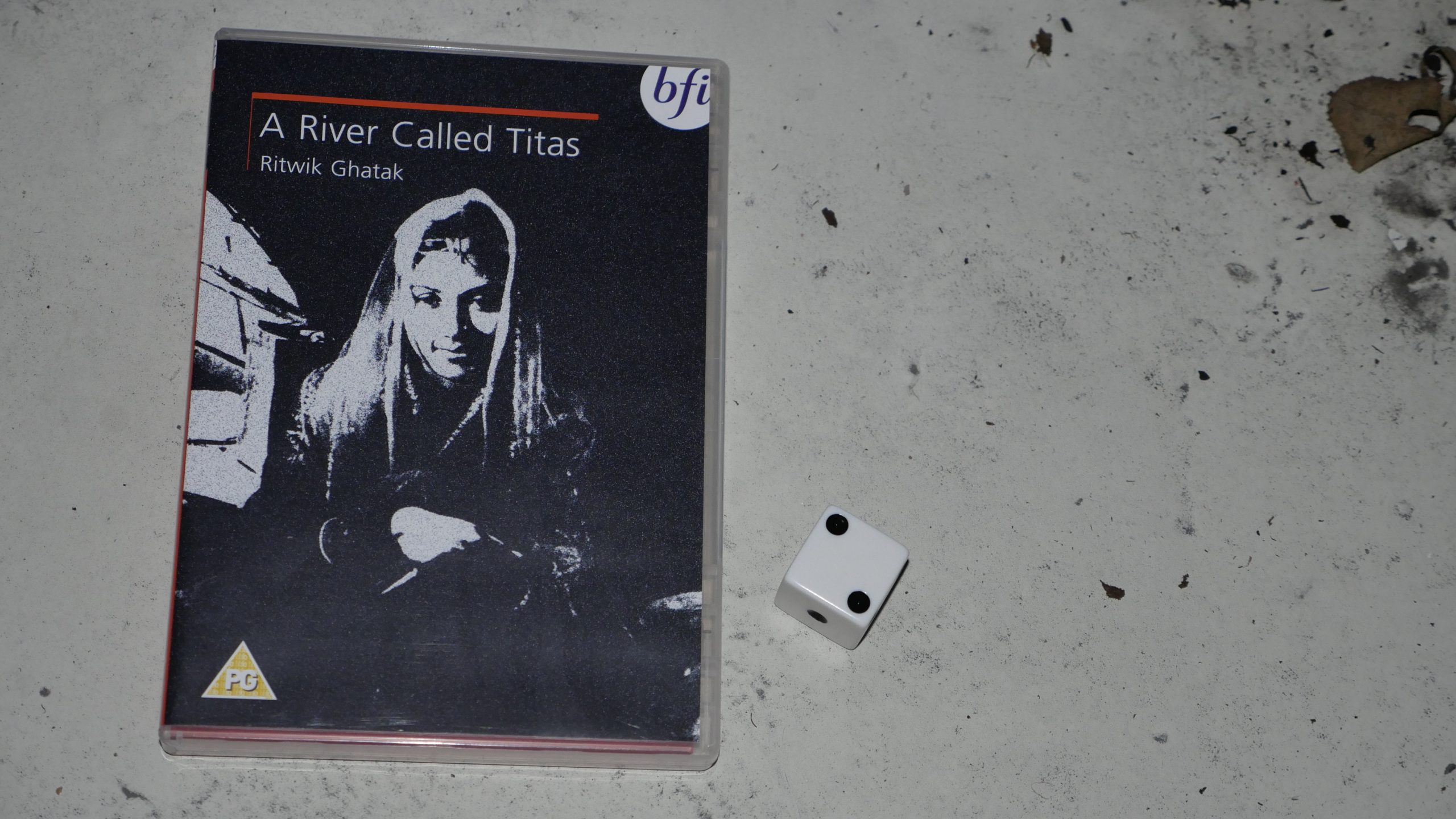 |  |
| A River Called Titas. Ritwik Ghatak. 1973. Bangladesh. November 25th, 2016. Pimm’s Cup. | |||
 |  | 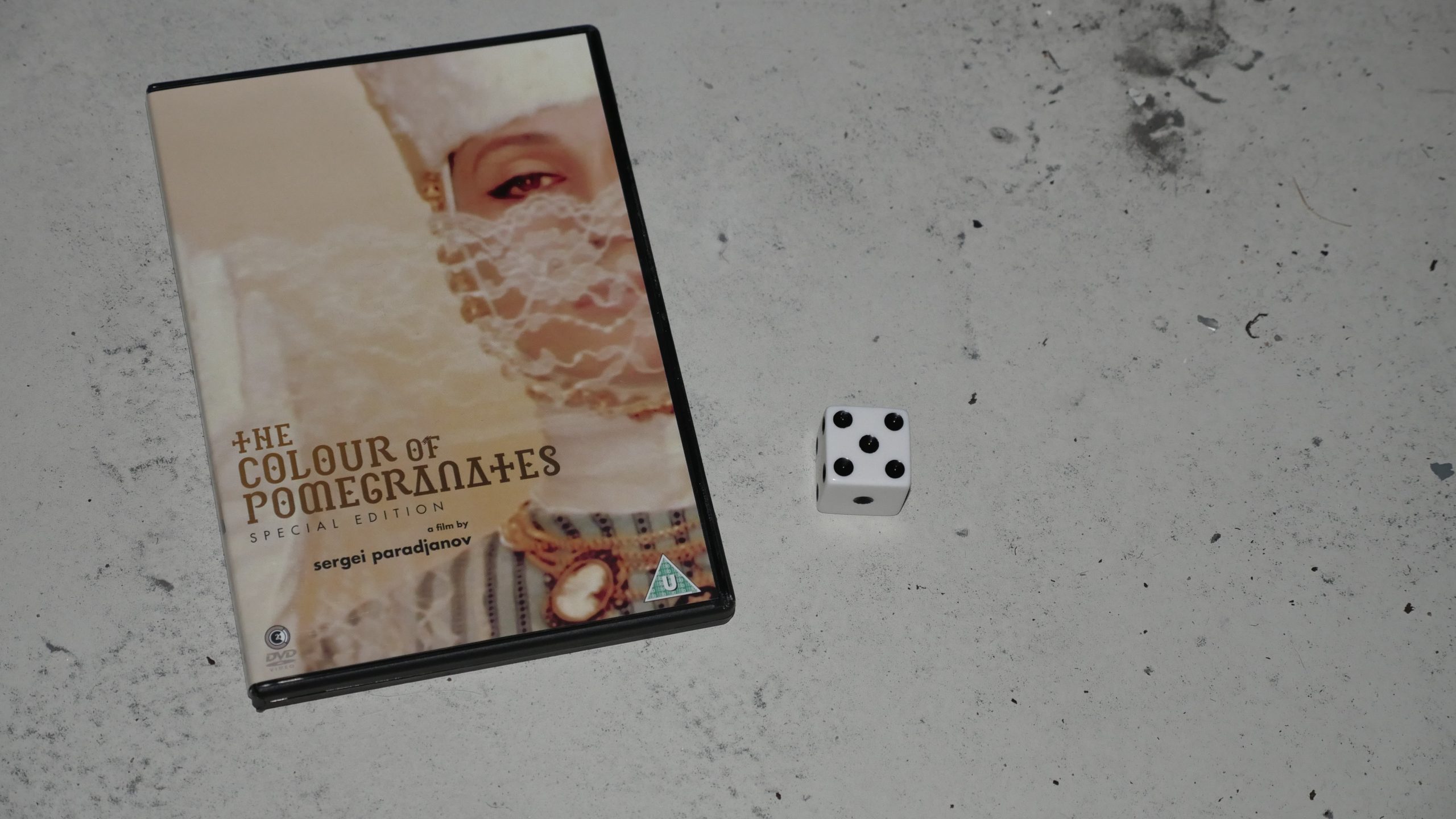 | 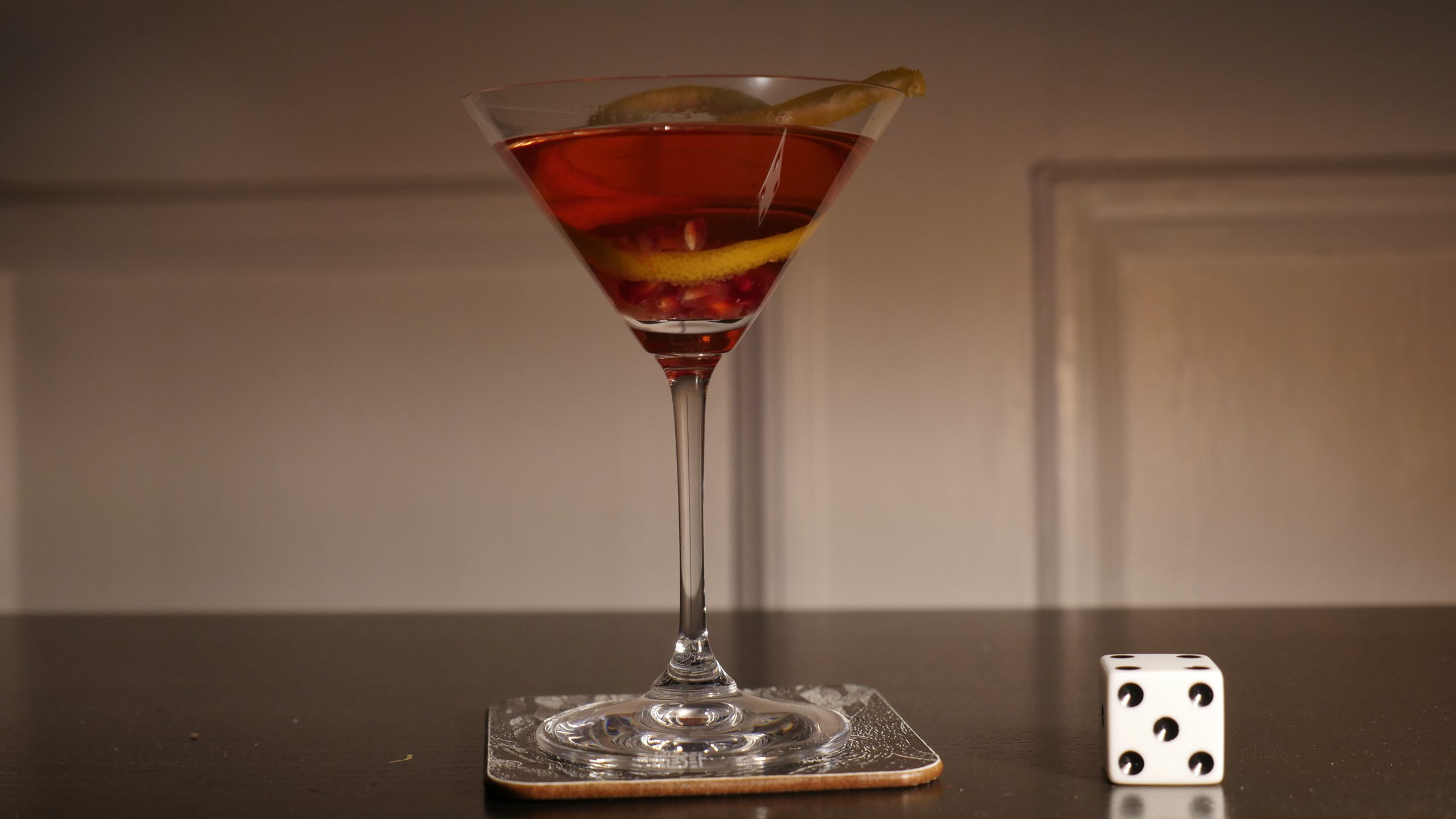 |
| The Colour of Pomegranates. Sergei Parajanov. 1969. Armenia. November 26th, 2016. Armenian Kiss. | |||
 |  | 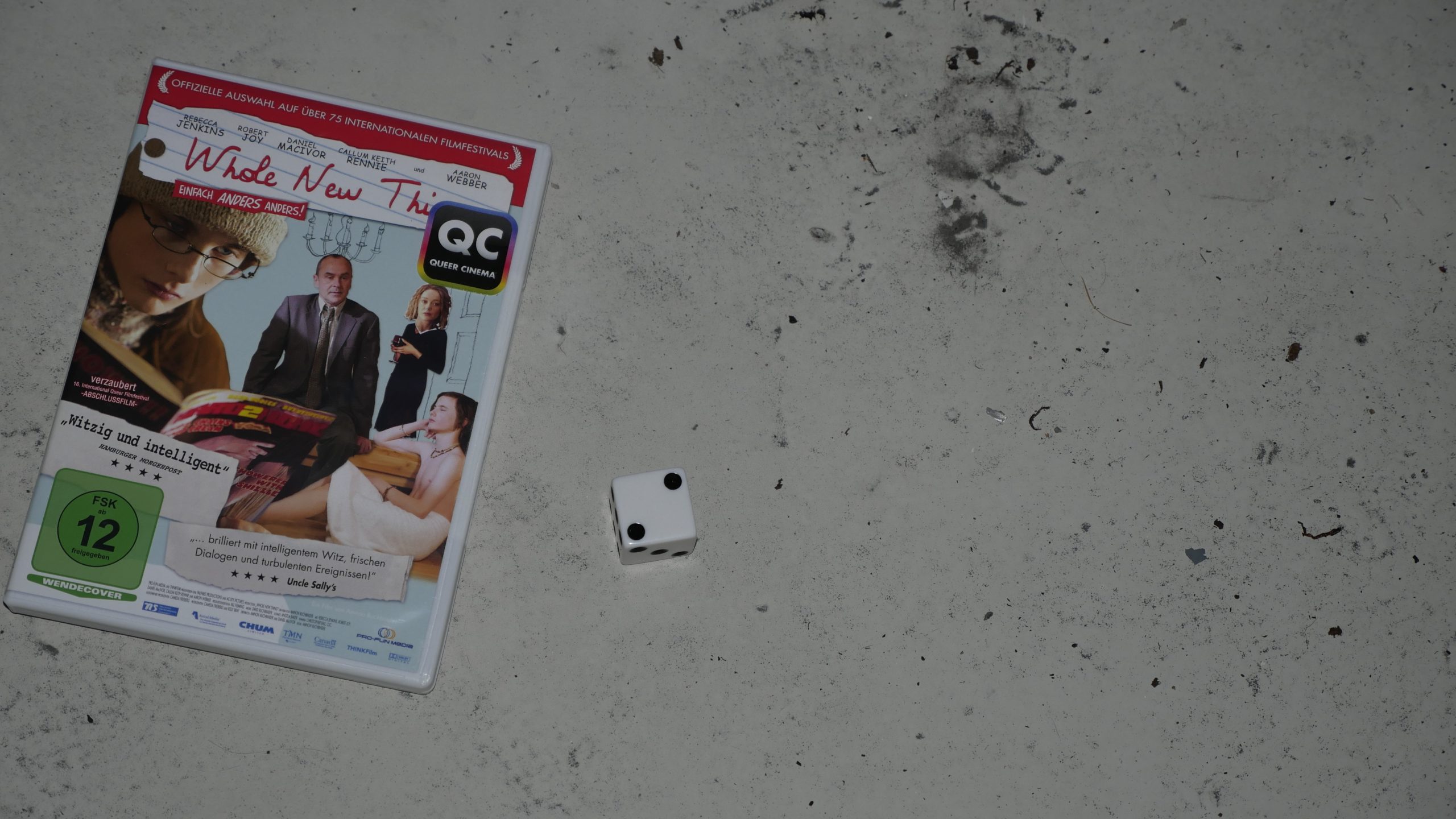 | 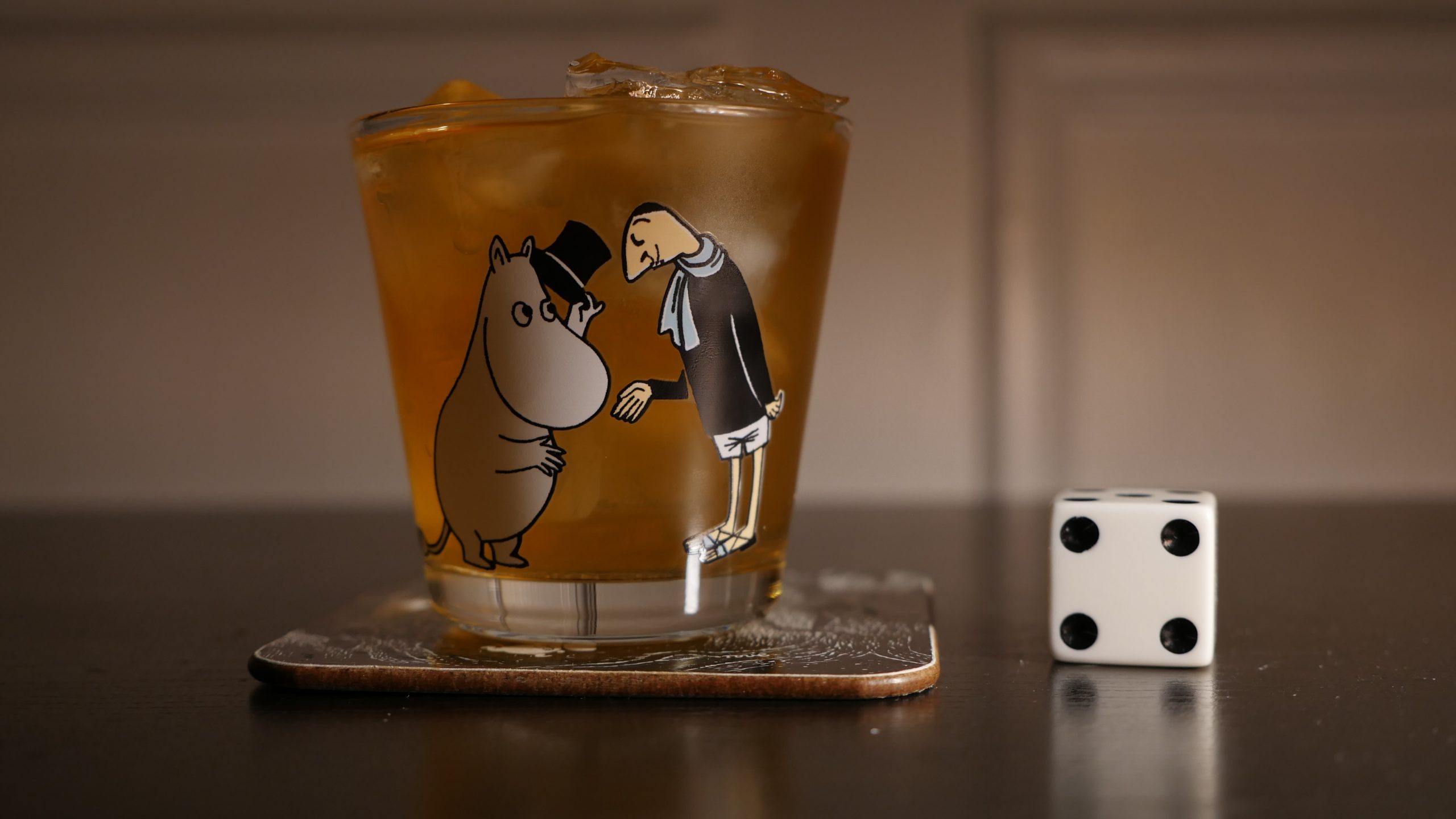 |
| Whole New Thing. Amnon Buchbinder. 2005. Canada. November 26th, 2016. The Canadian. | |||
 |  | 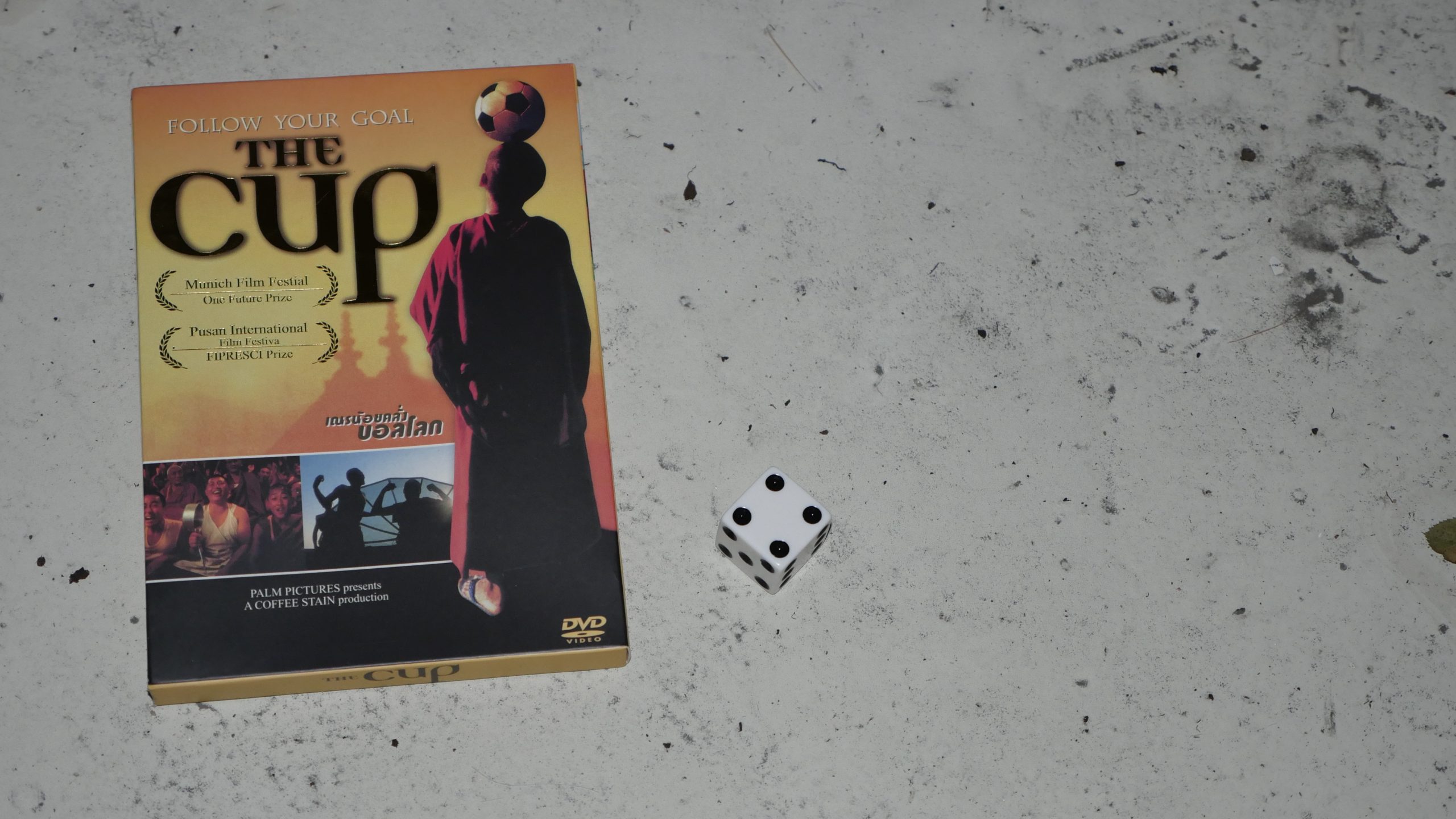 | 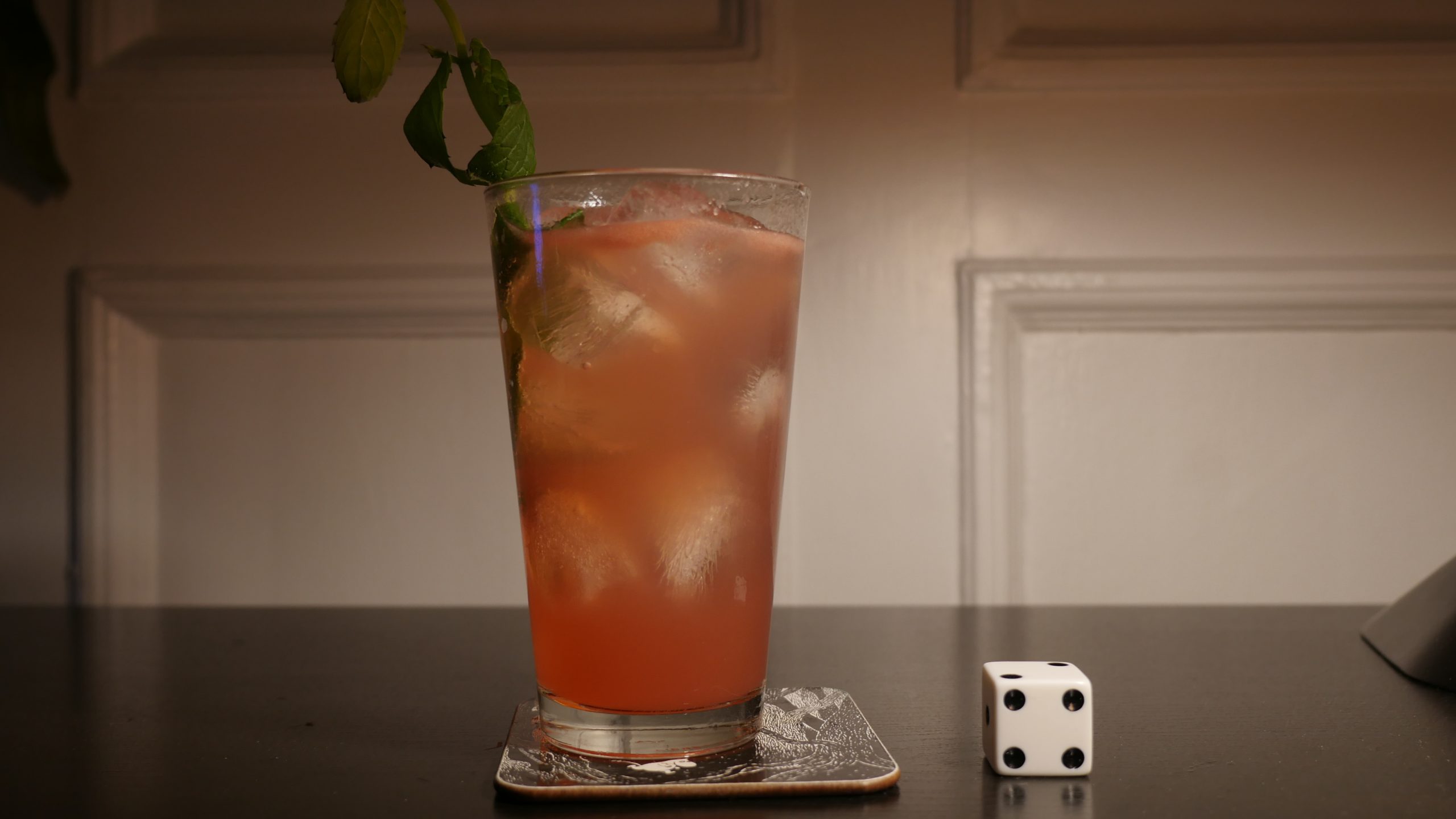 |
| The Cup. Khyentse Norbu. 1999. Bhutan. December 9th, 2016. Independence Day Mojito. | |||
 |  | 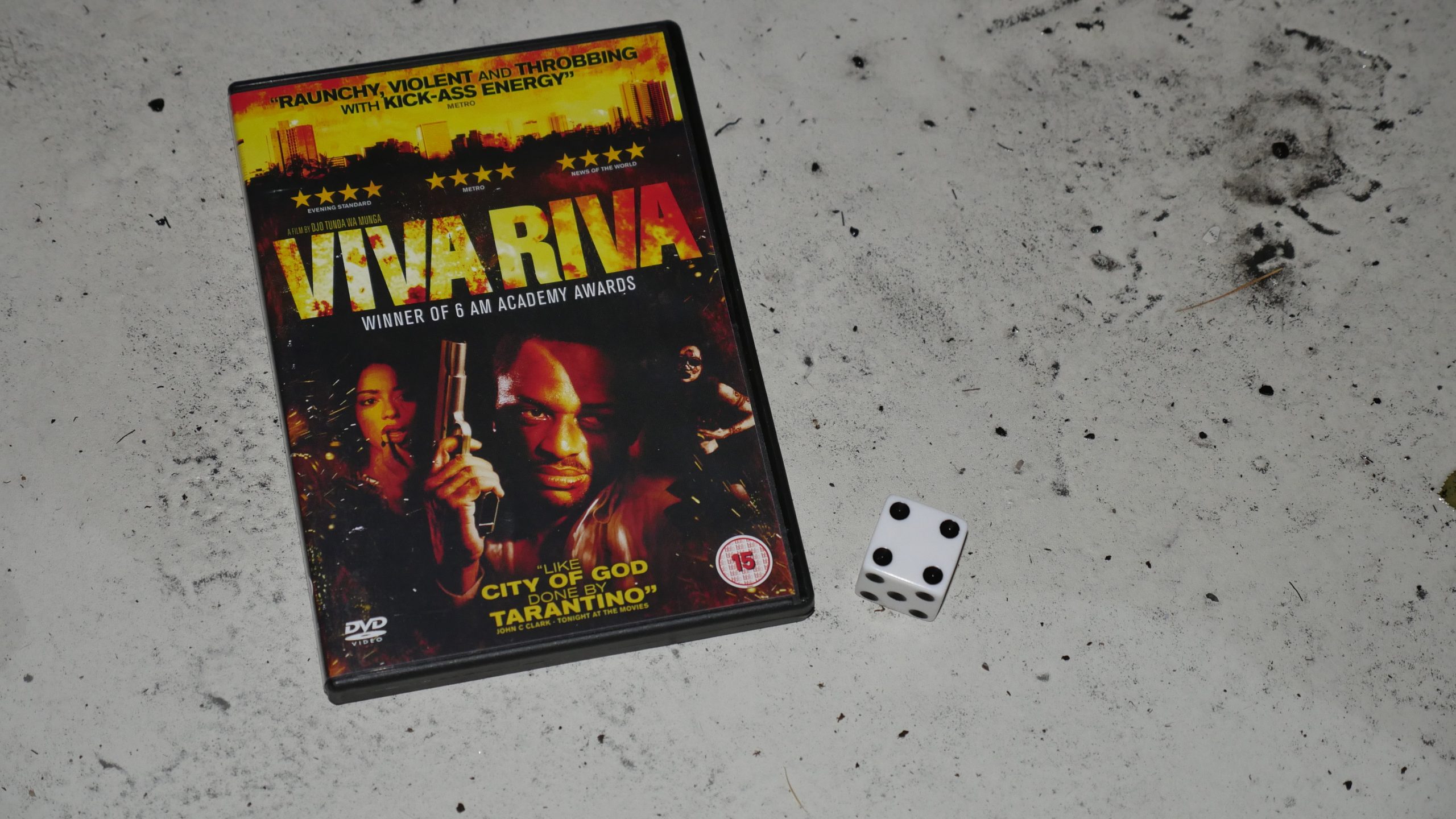 | 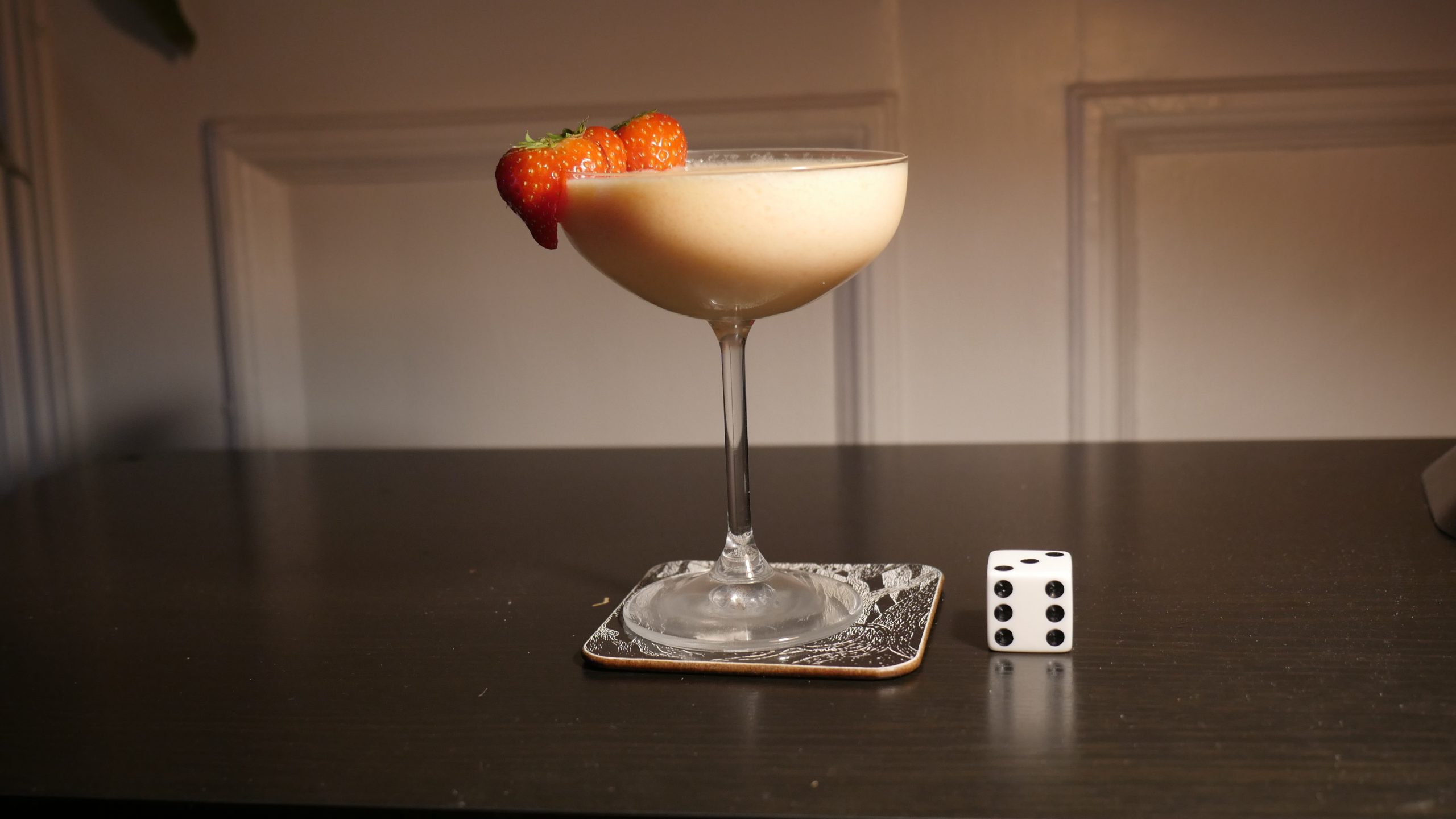 |
| Viva Riva. Djo Tunda Wa Munga. 2010. The Democratic Republic of the Congo. December 10th, 2016. Paupau Paradise. | |||
 |  | 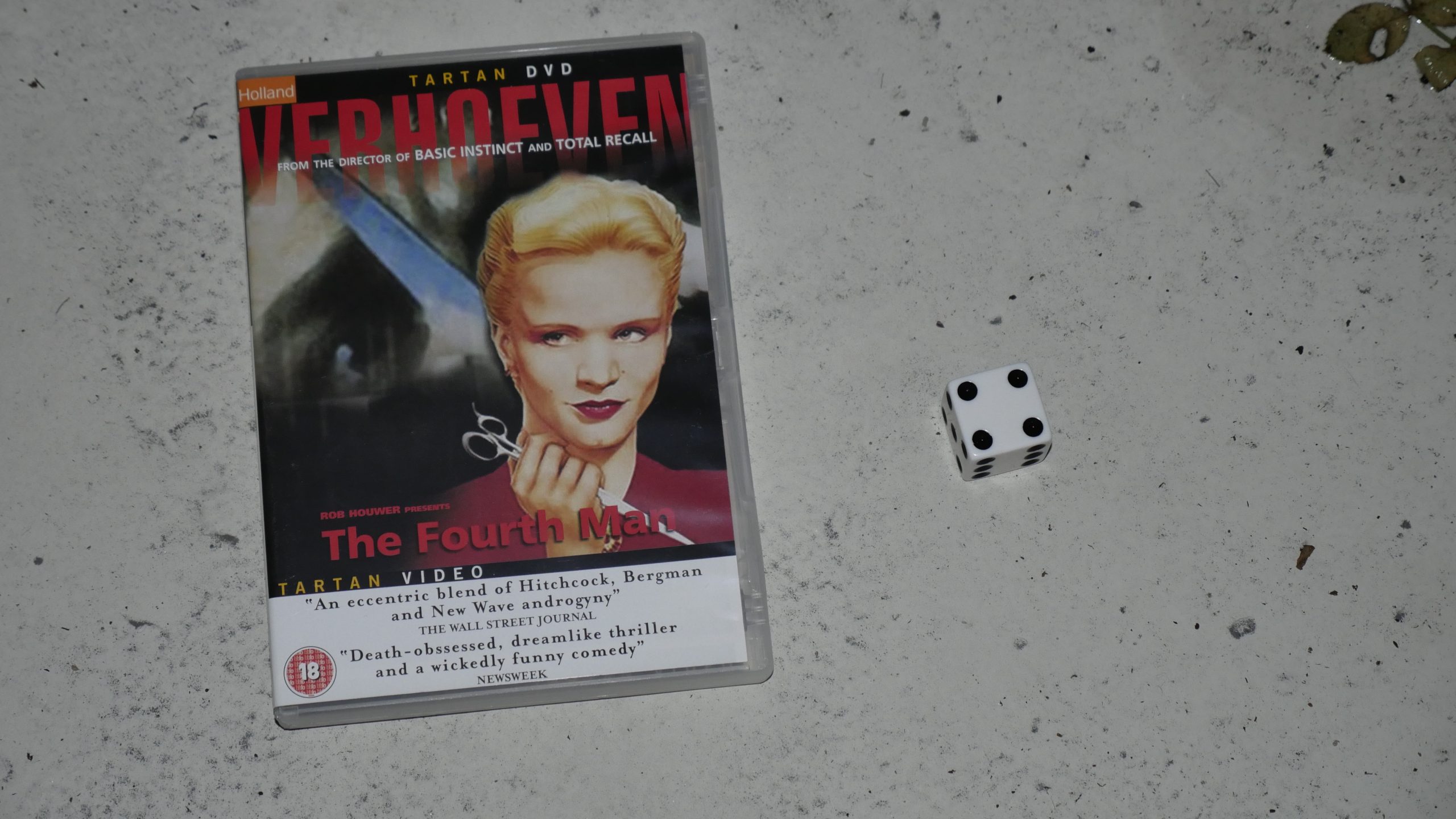 | 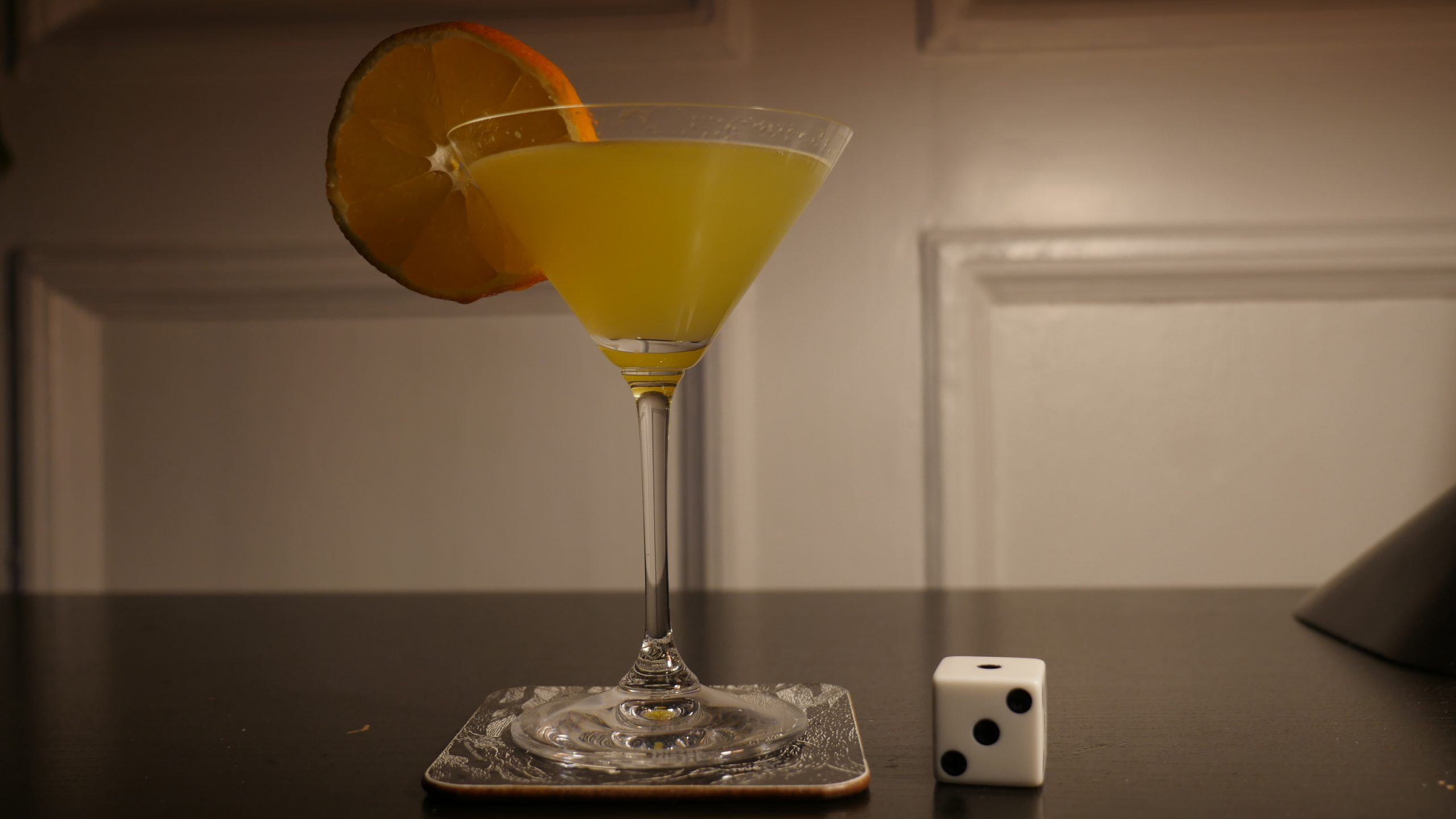 |
| The Fourth Man. Paul Verhoeven. 1983. Netherlands. December 10th, 2016. Amsterdam. | |||
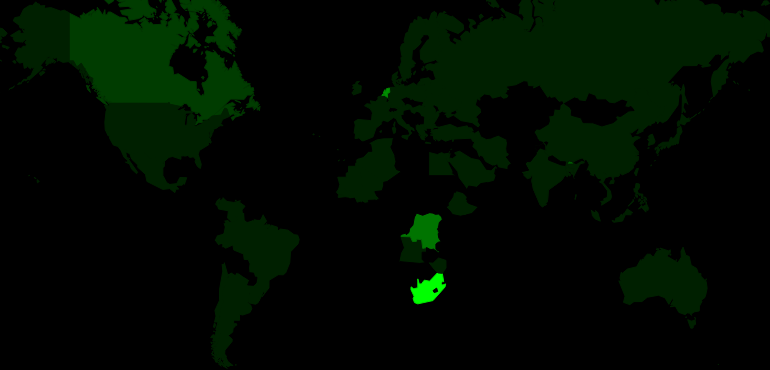 |  | 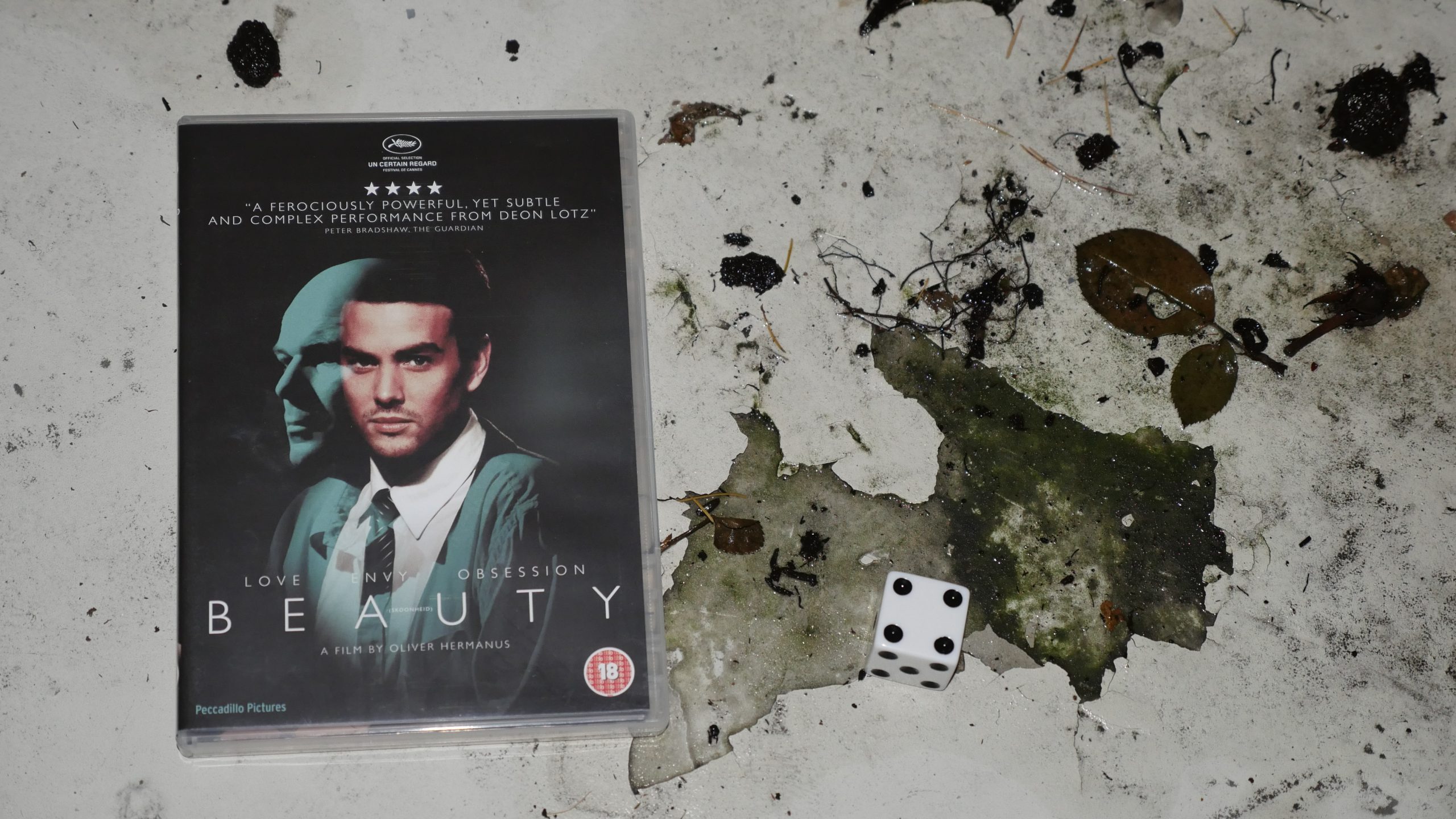 | 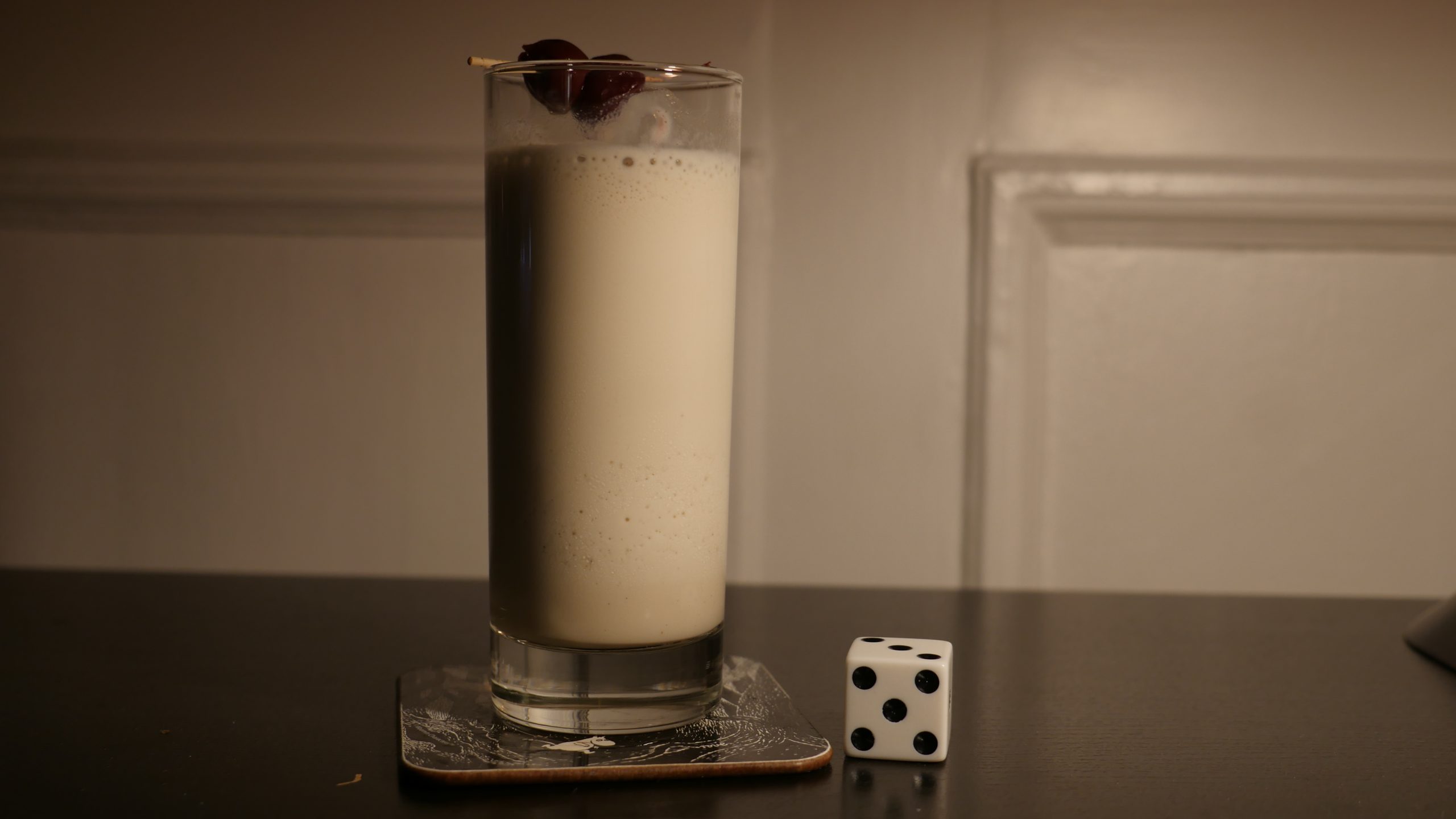 |
| Beauty. Oliver Hermanus. 2011. South Africa. December 11th, 2016. African Lullaby. | |||
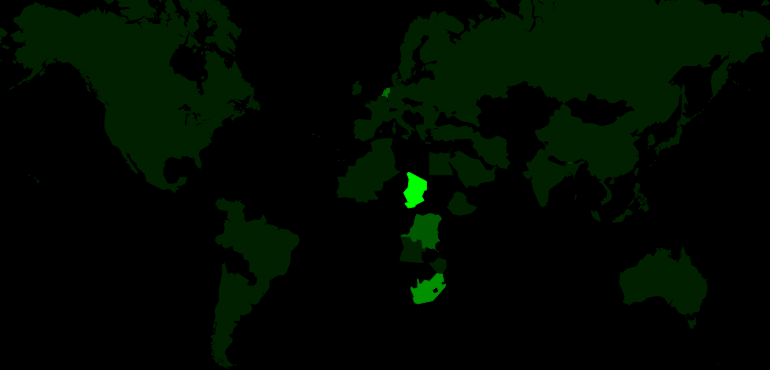 | 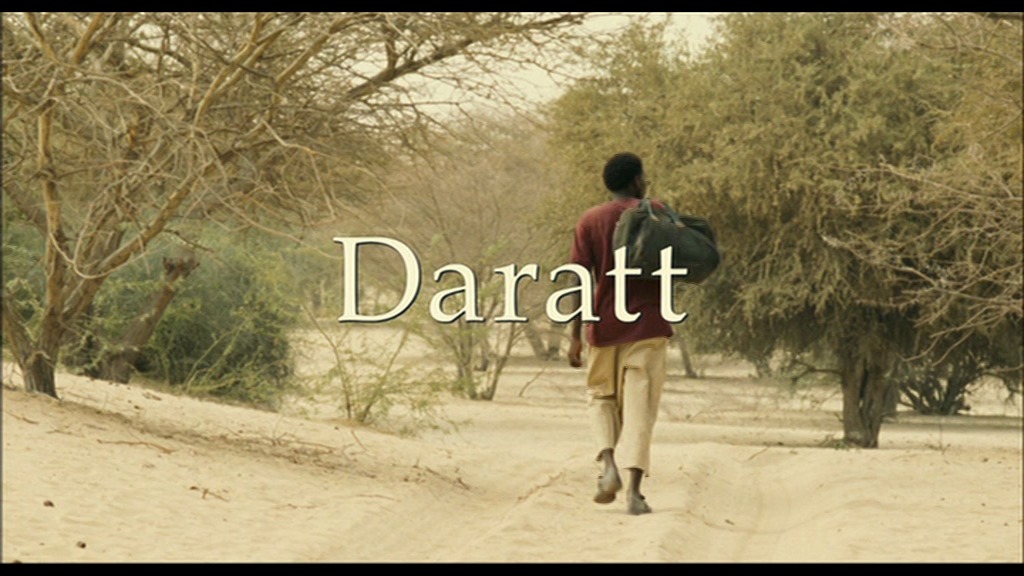 | 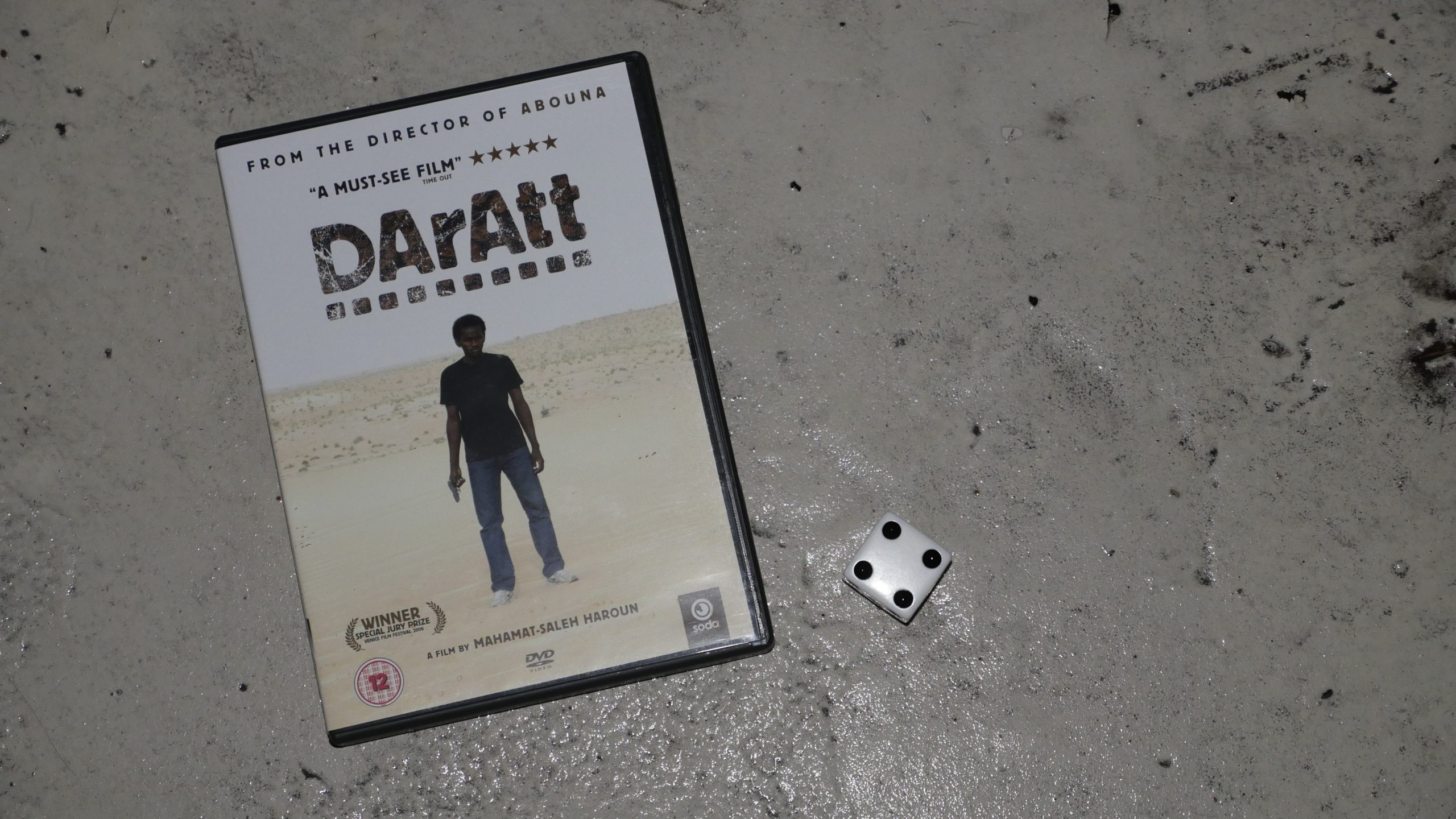 | 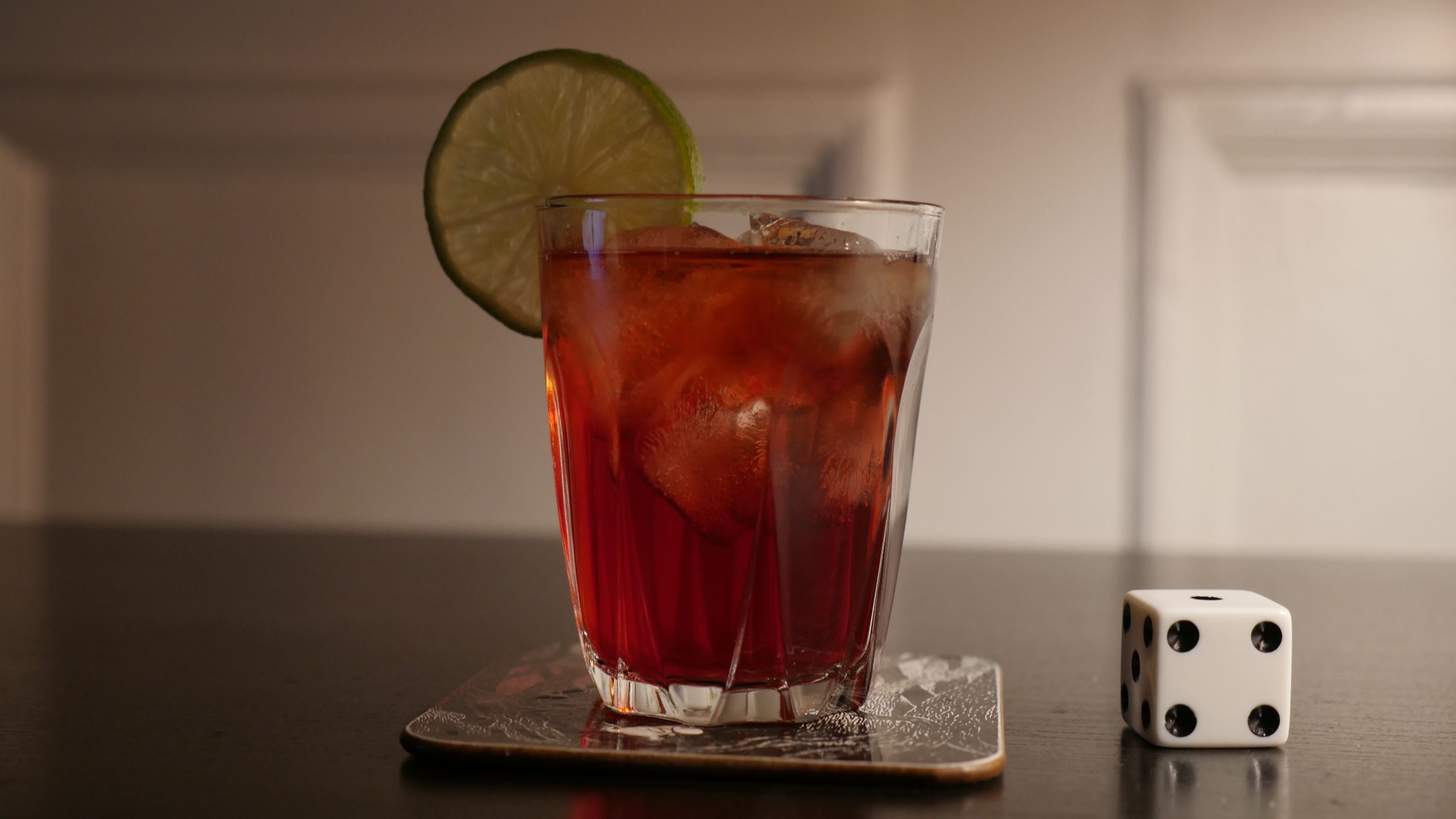 |
| Dry Season. Mahamat-Saleh Haroun. 2006. Chad. December 16th, 2016. Karkanji. | |||
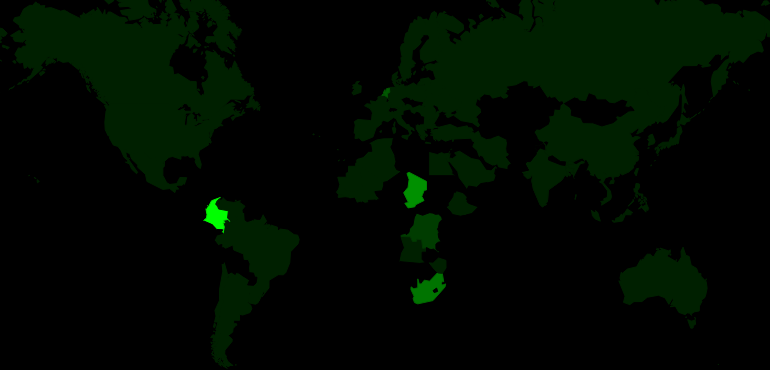 |  |  | 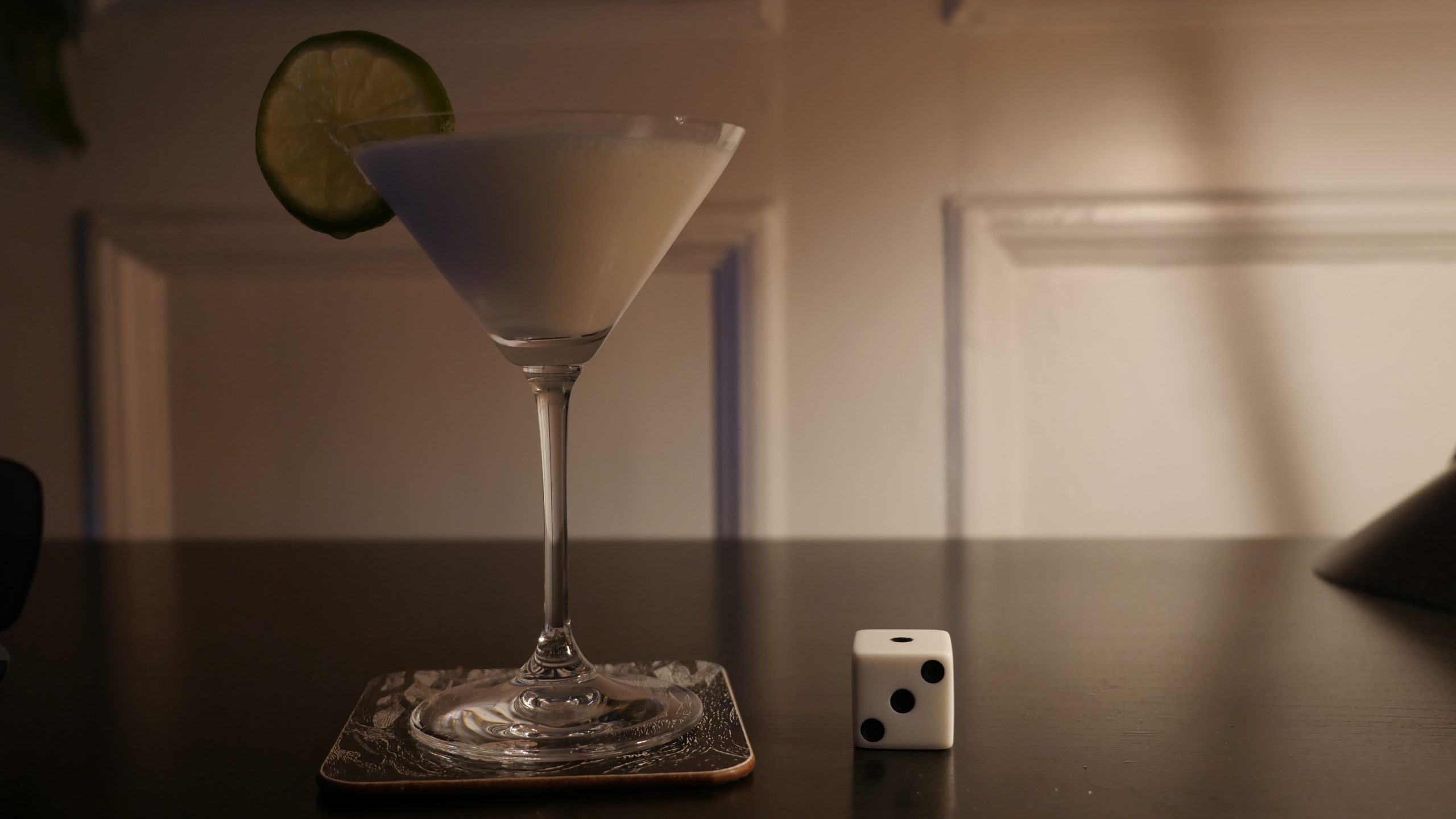 |
| Embrace of the Serpent. Ciro Guerra. 2015. Colombia. December 17th, 2016. Coco Loco. | |||
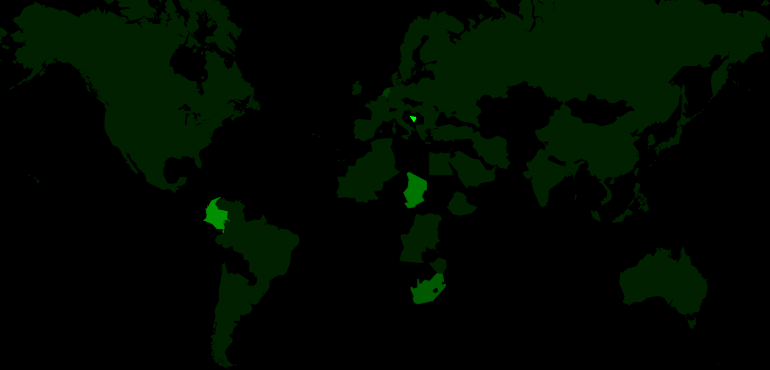 |  | 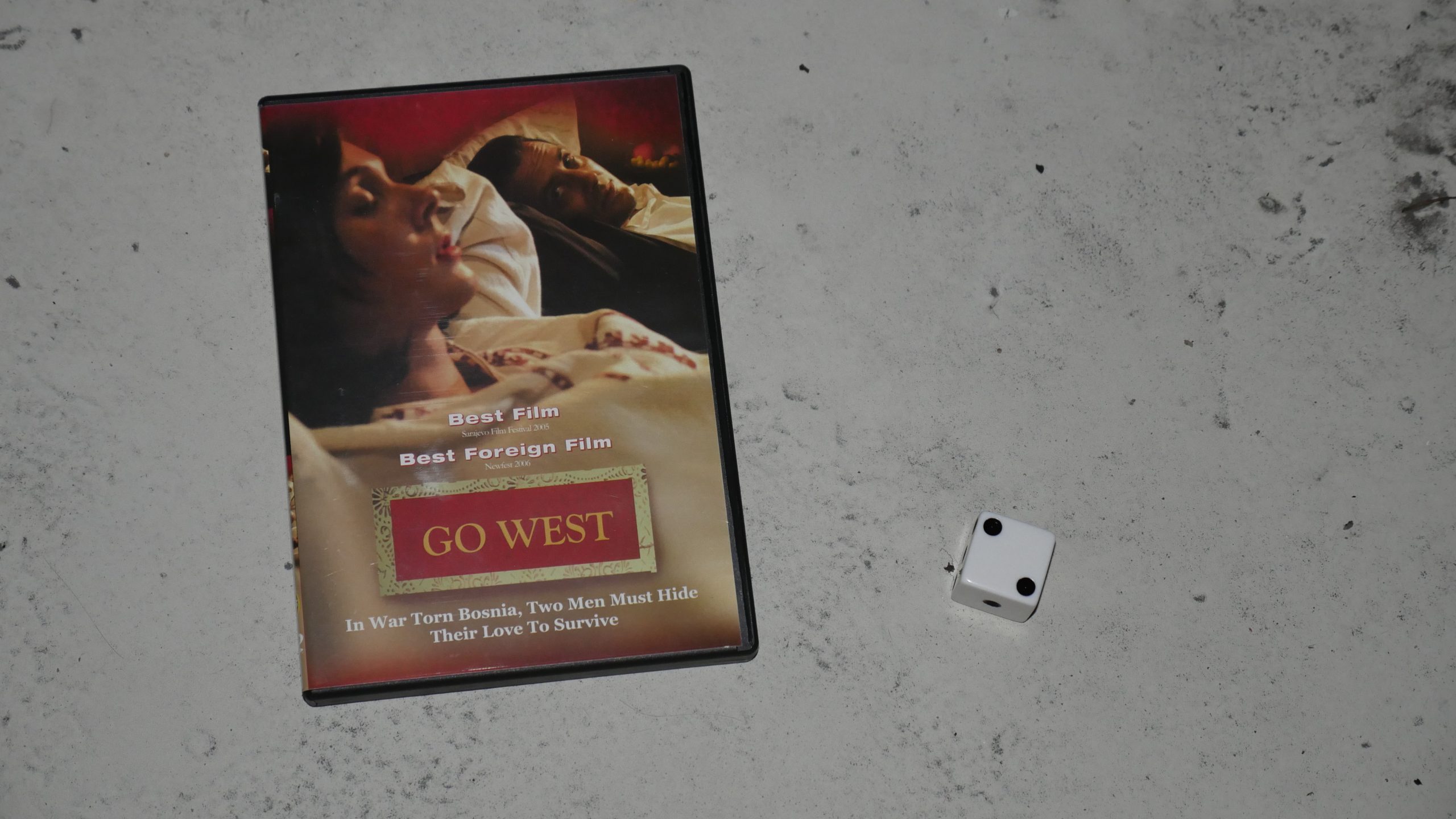 | 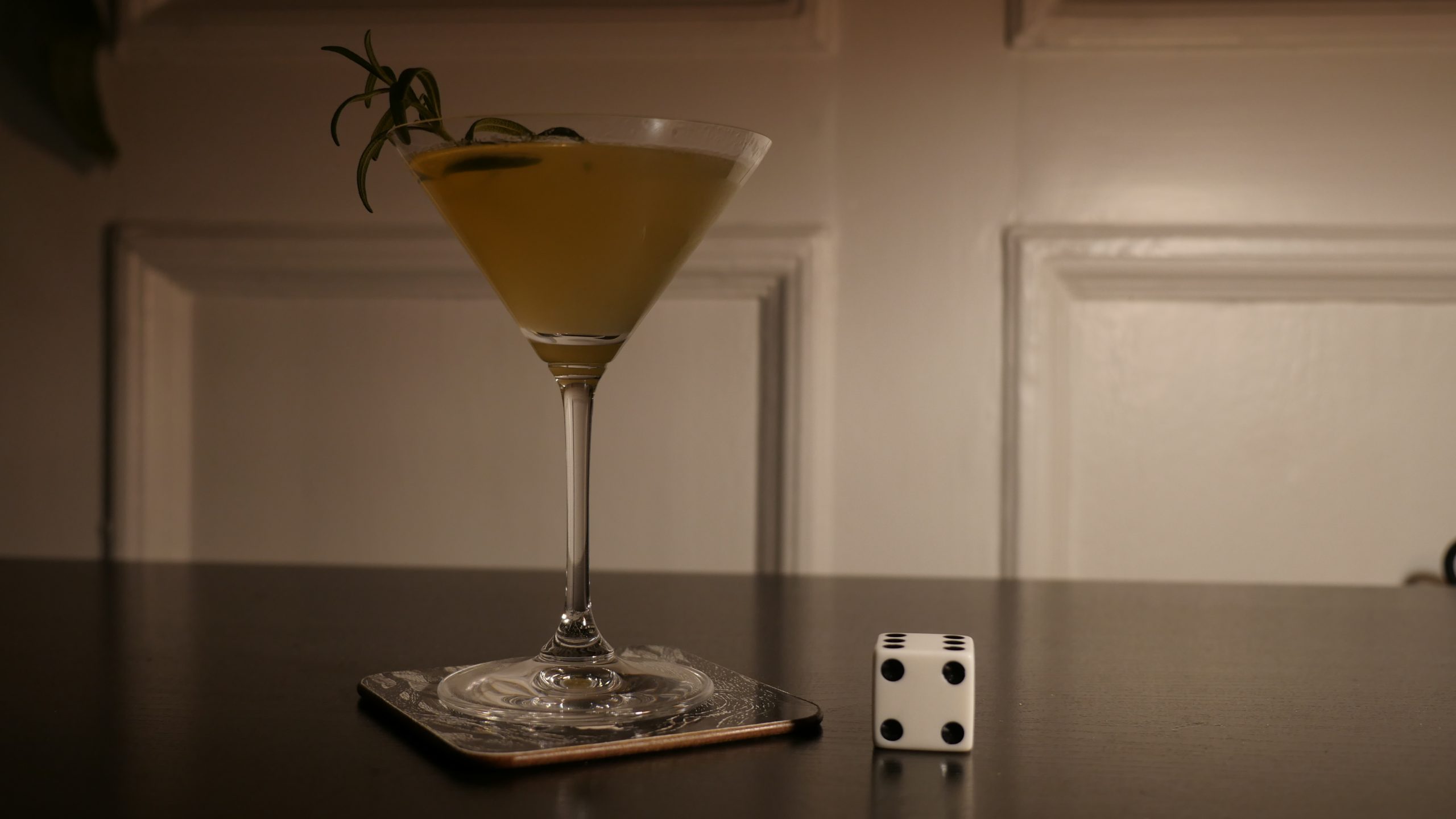 |
| Go West. Ahmed Imamovic. 2005. Bosnia and Herzegovina. December 17th, 2016. Tito’s Garden. | |||
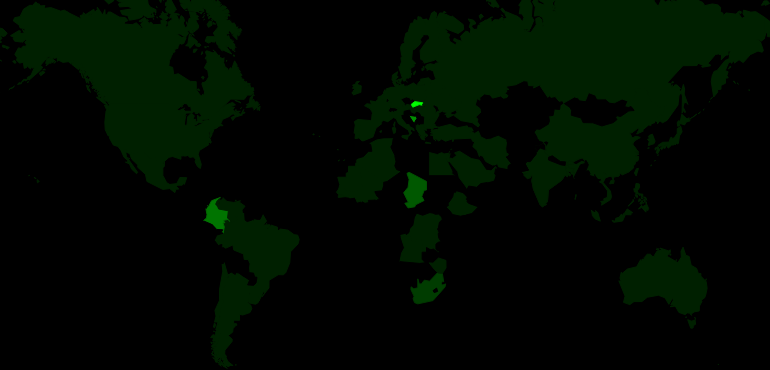 | 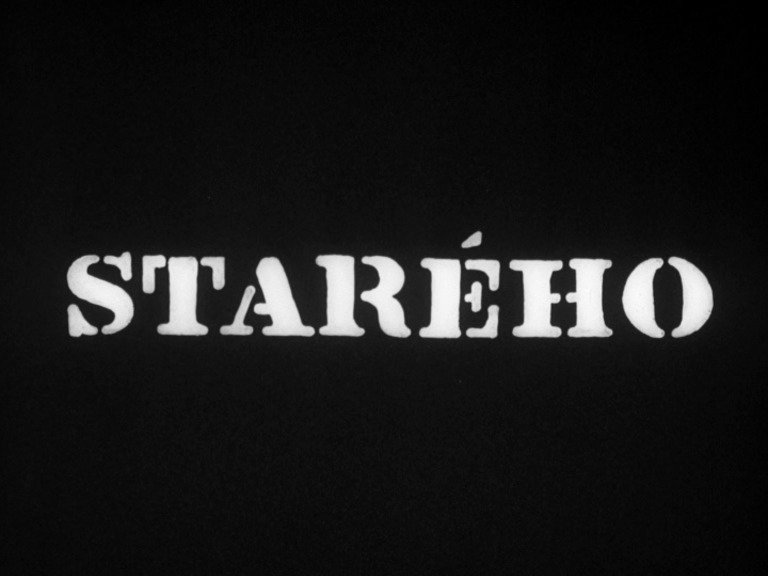 | 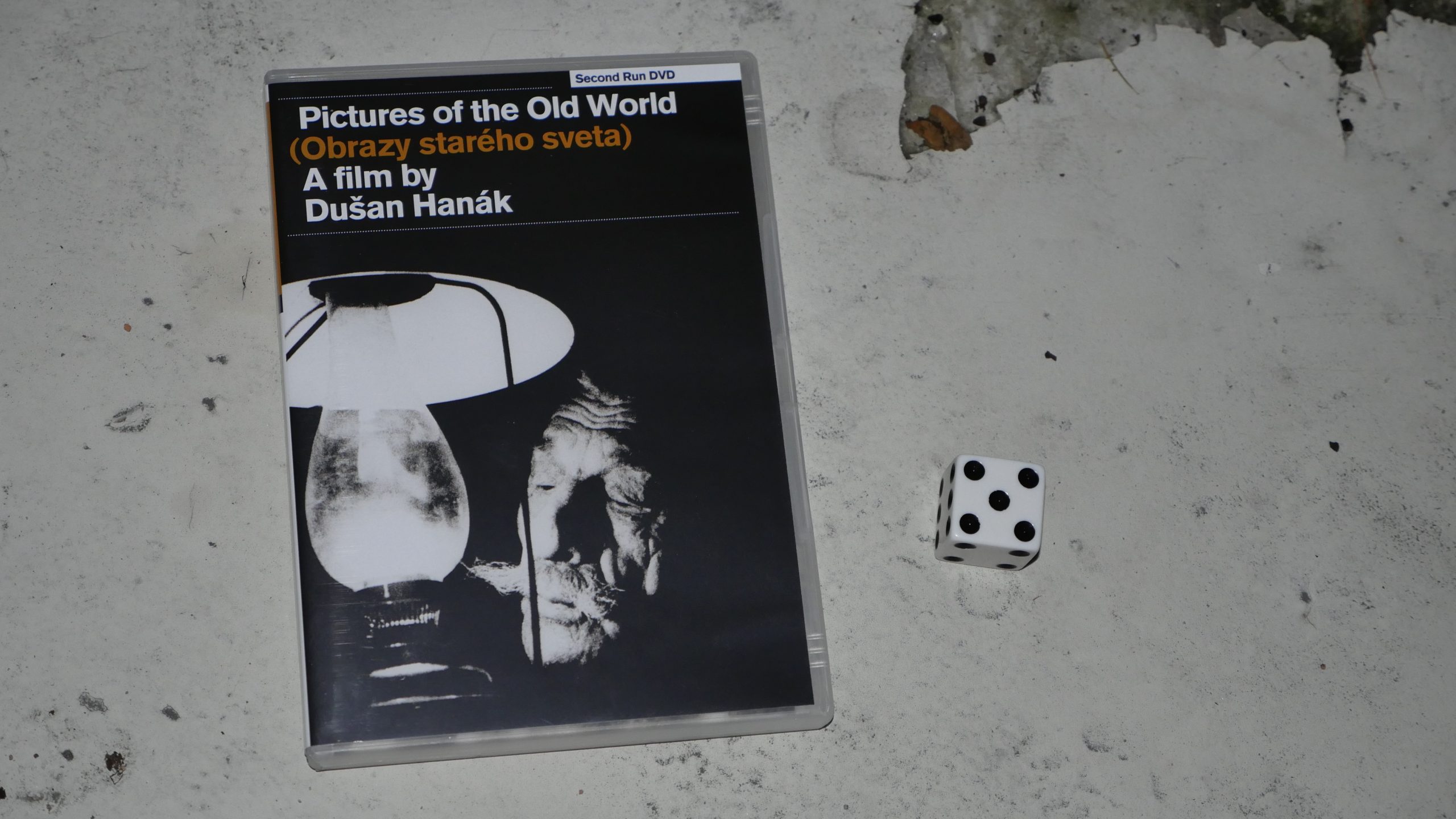 | 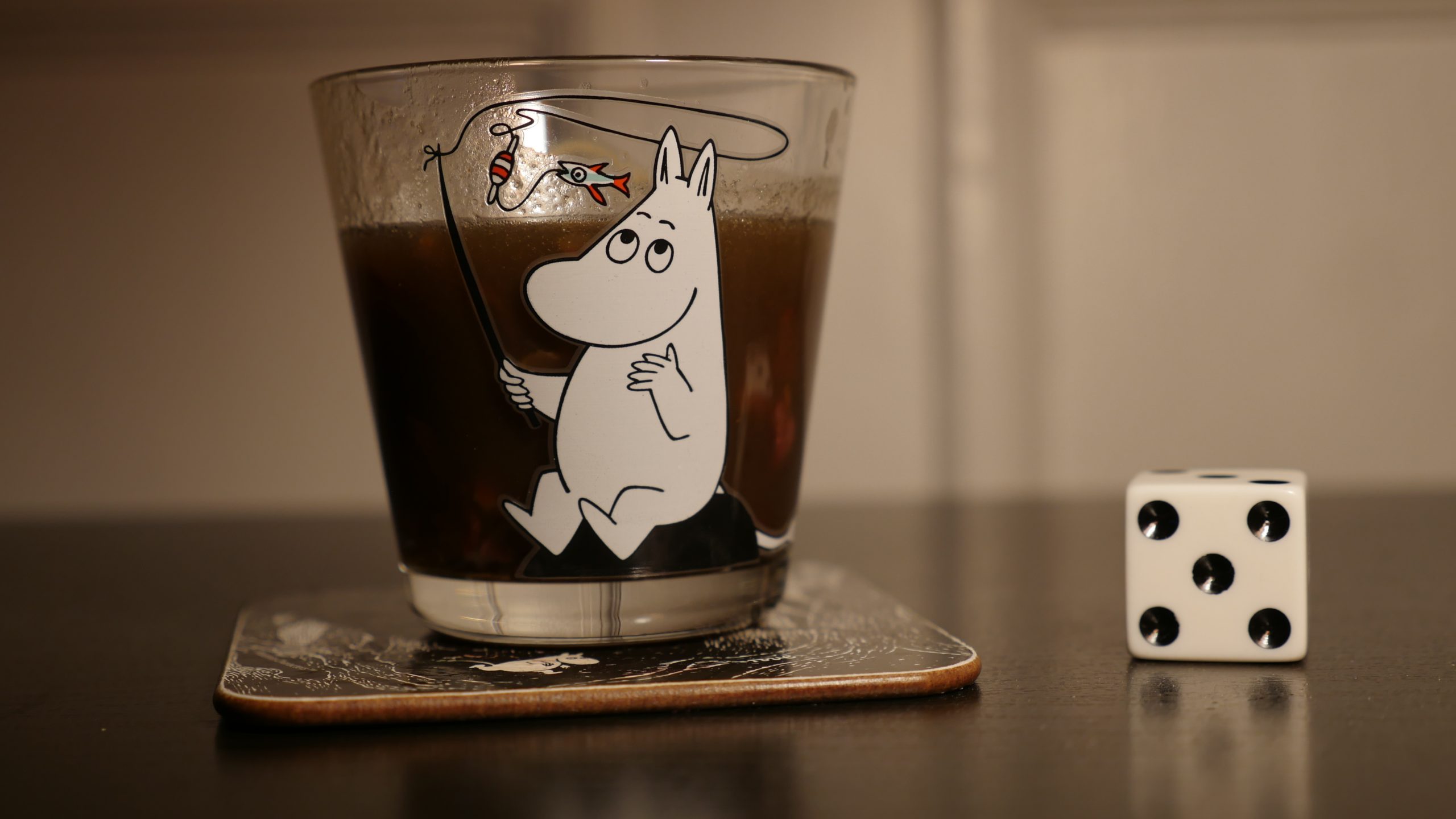 |
| Pictures of the Old World. Dusan Hanák. 1972. Slovakia. December 18th, 2016. Hriatô. | |||
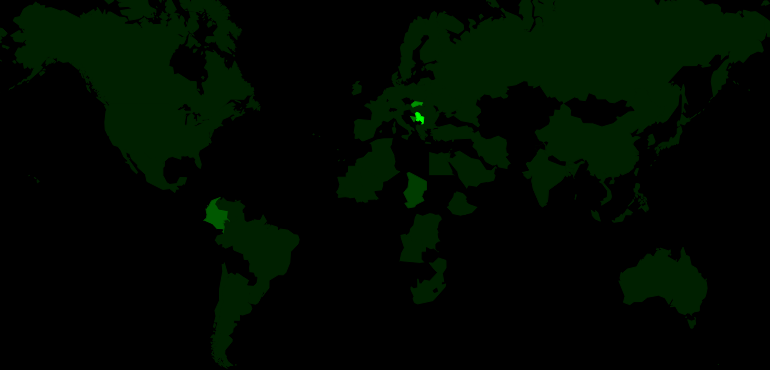 |  | 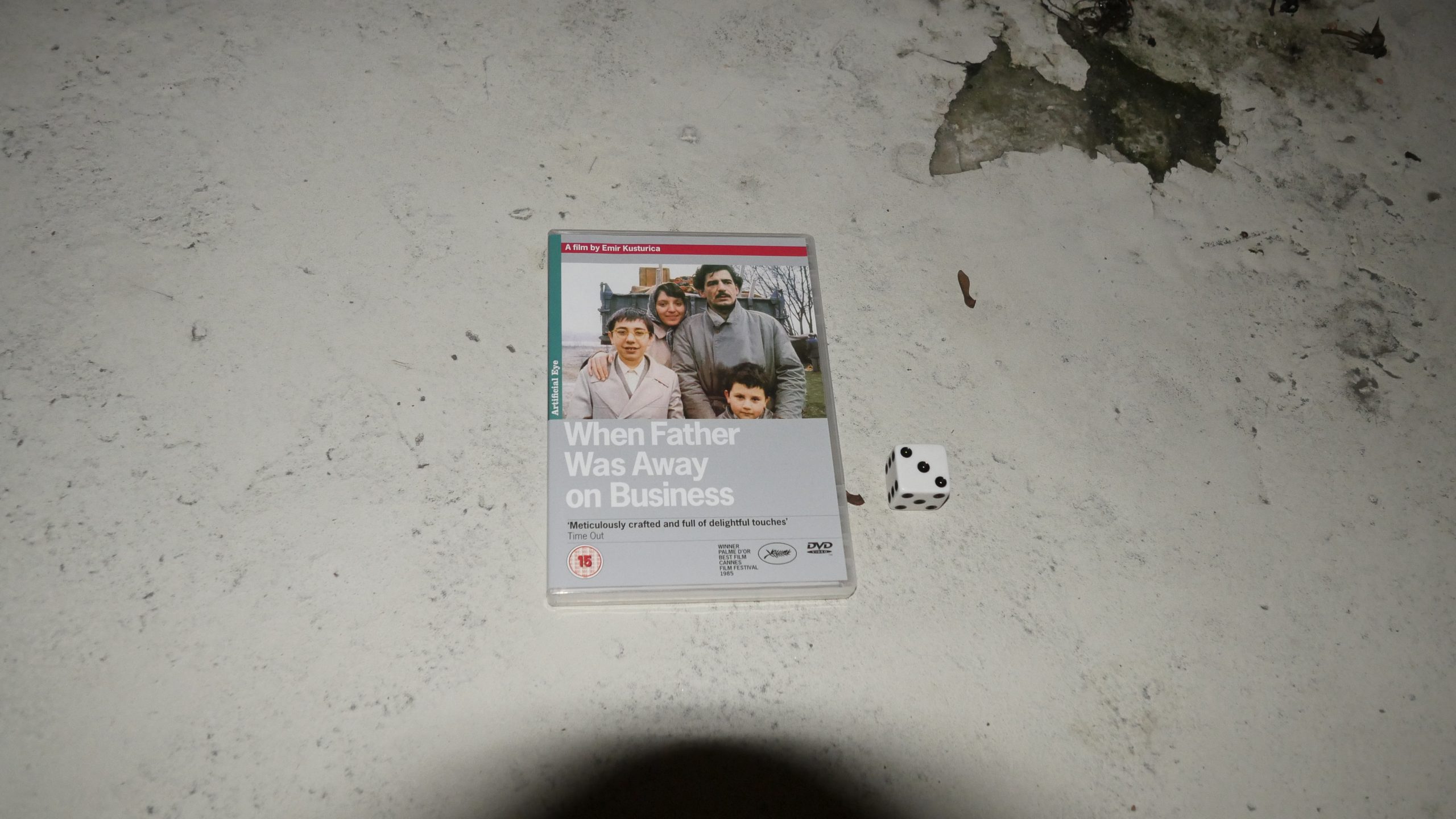 | 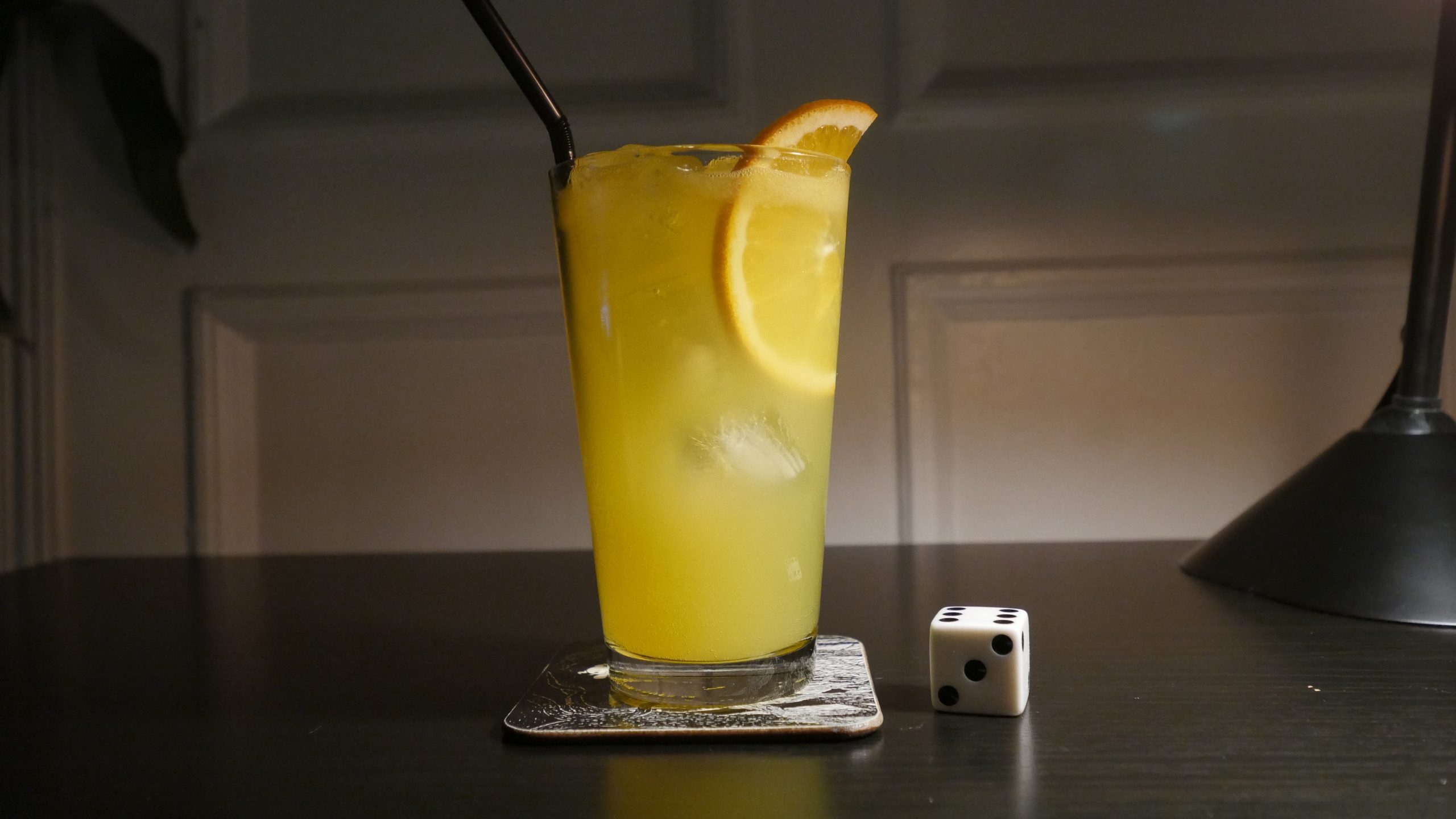 |
| When Father Was Away on Business. Emir Kusturica. 1985. Serbia. January 7th, 2017. Soft Serbian. | |||
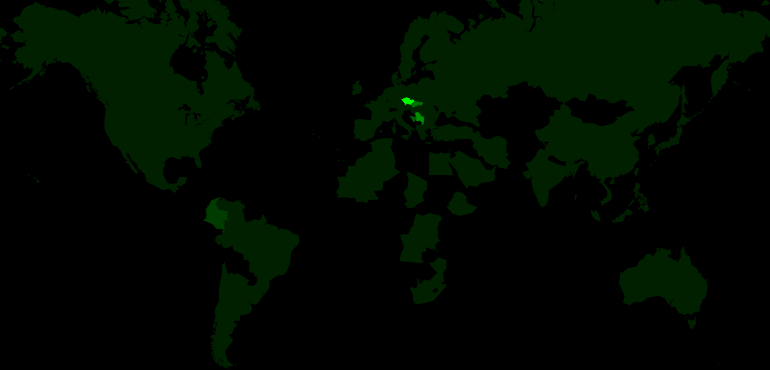 | 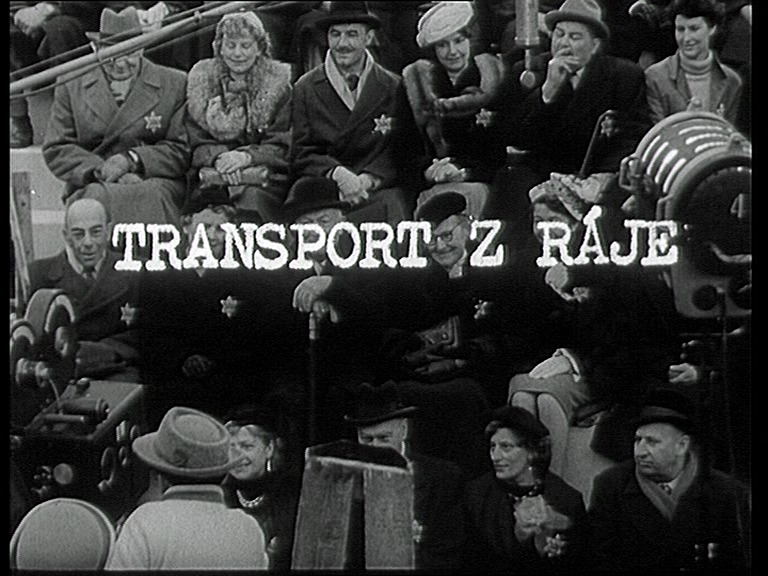 | 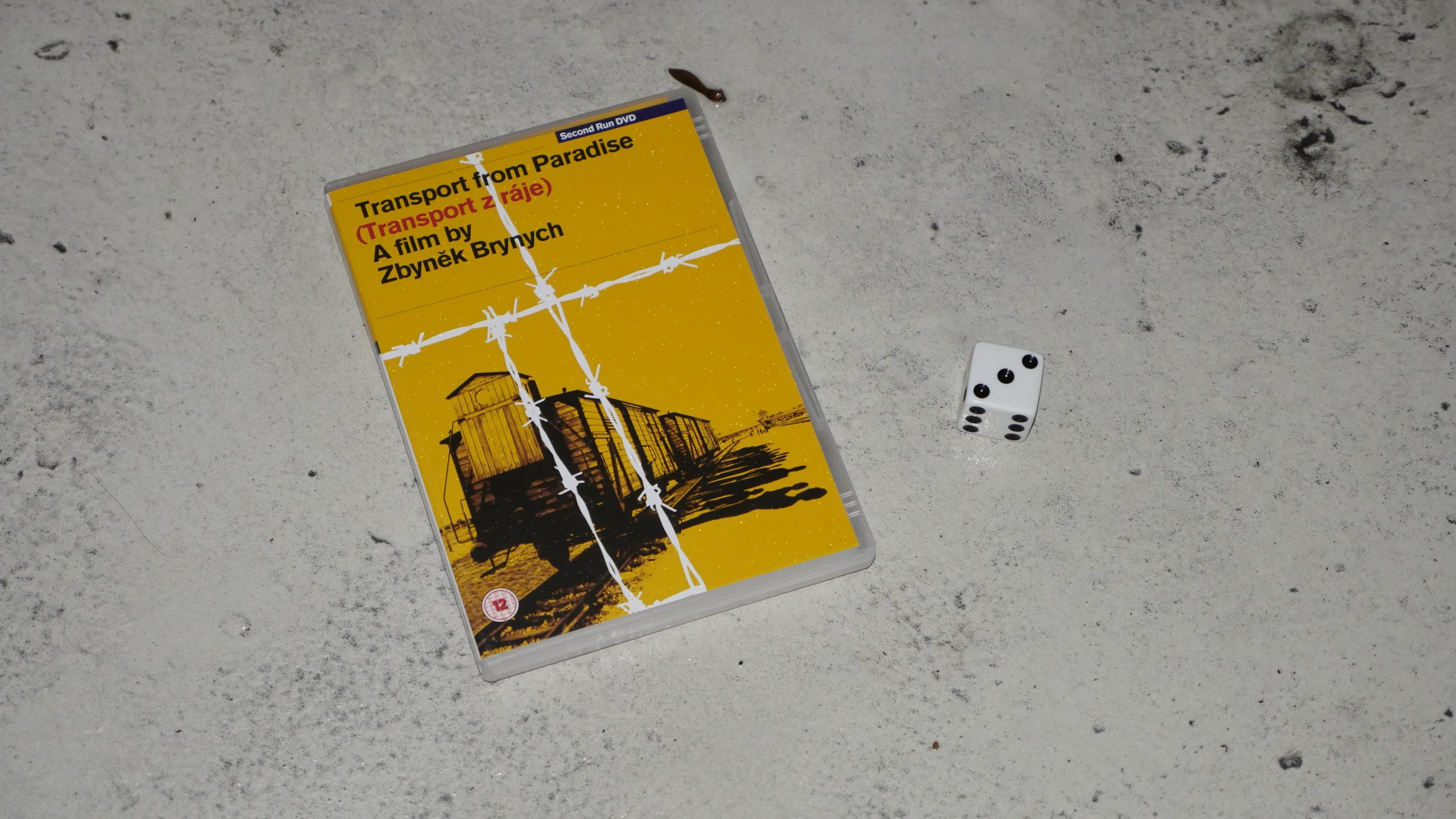 | 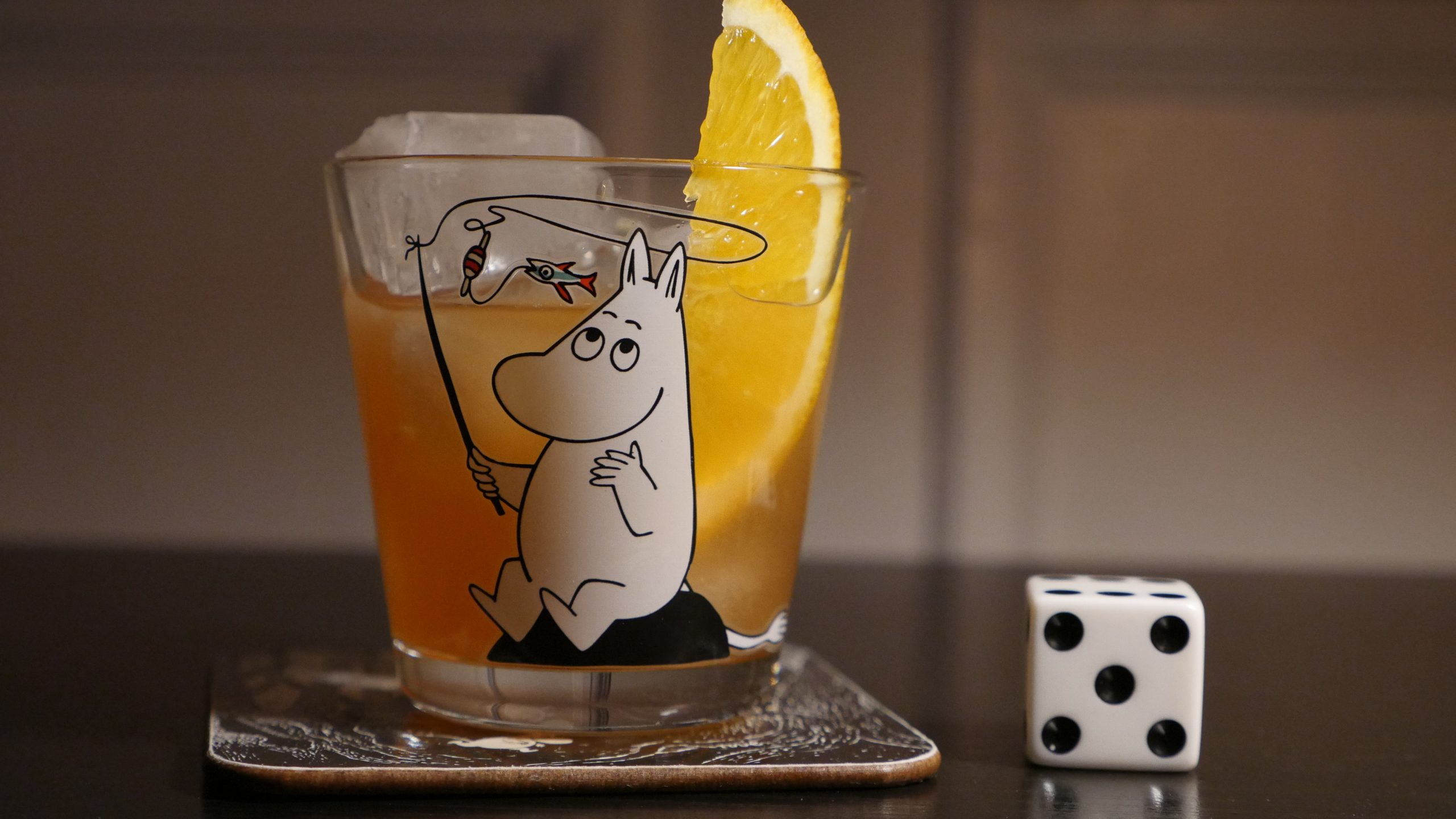 |
| Transport from Paradise. Zbyněk Brynych. 1963. Czech Republic. January 9th, 2017. Wharf Rat. | |||
 |  | 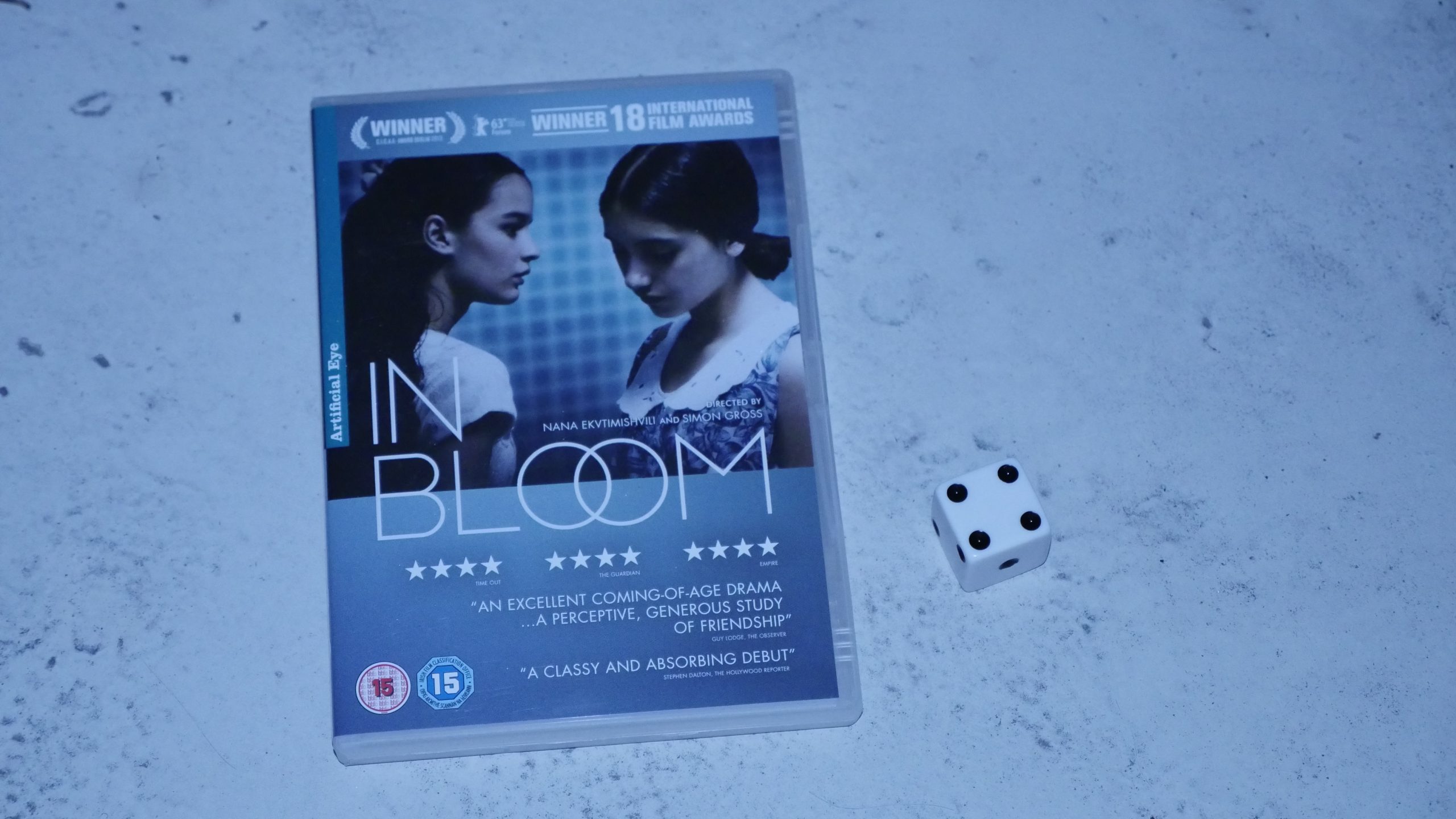 |  |
| In Bloom. Nana Ekvtimishvili & Simon Groß. 2013. Georgia. January 28th, 2017. Kiwi & cucumber. | |||
 | 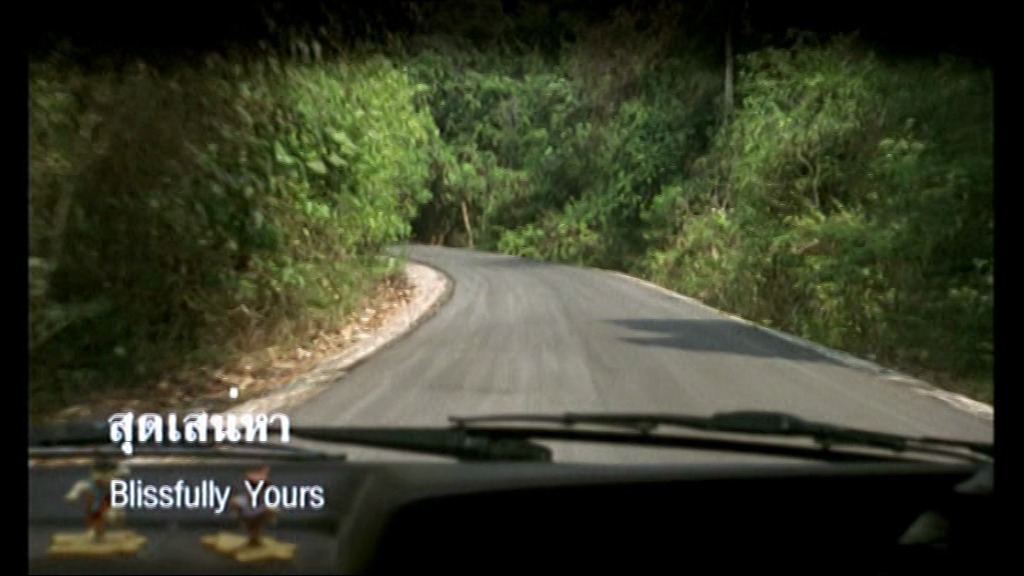 | 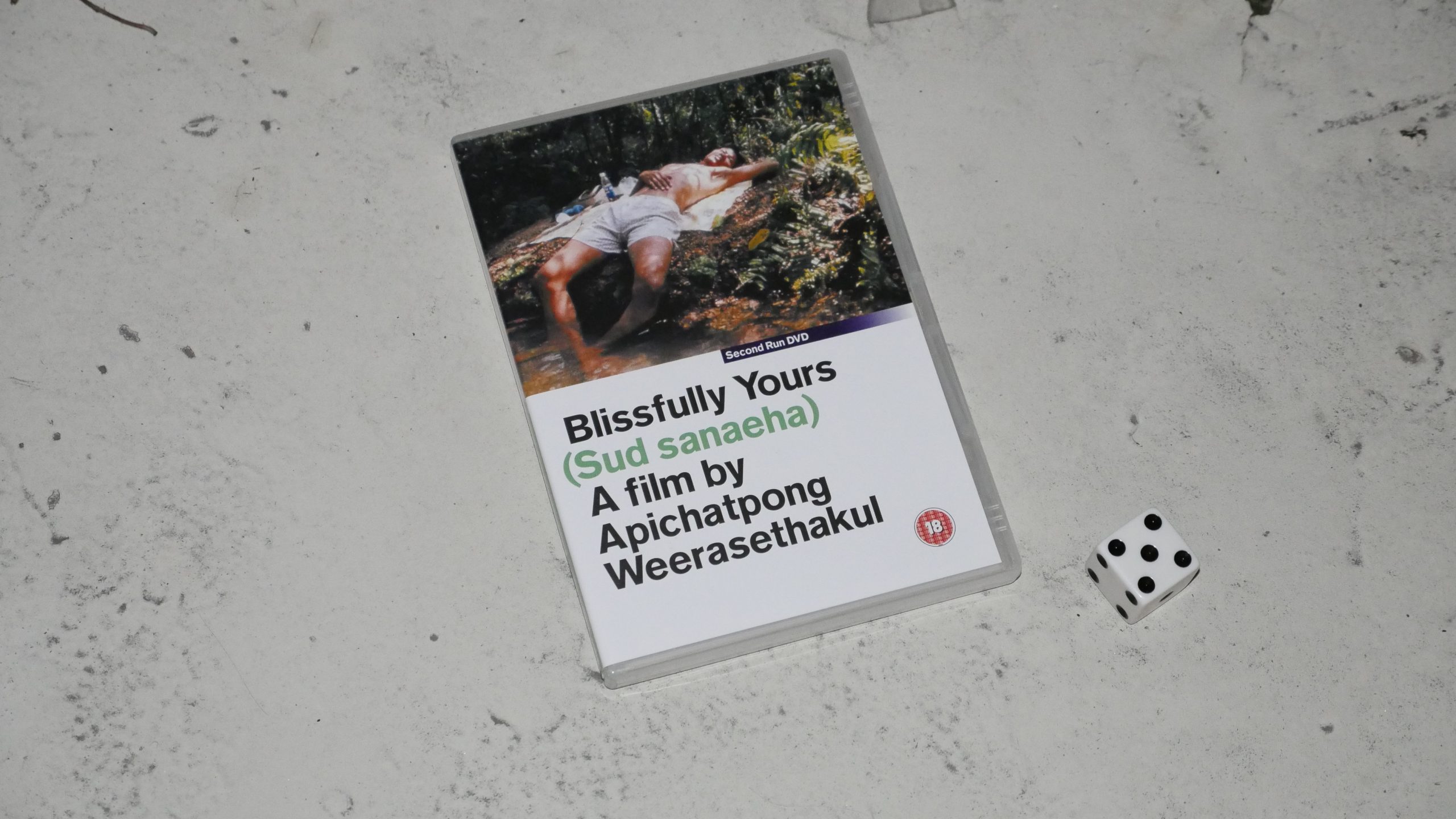 | 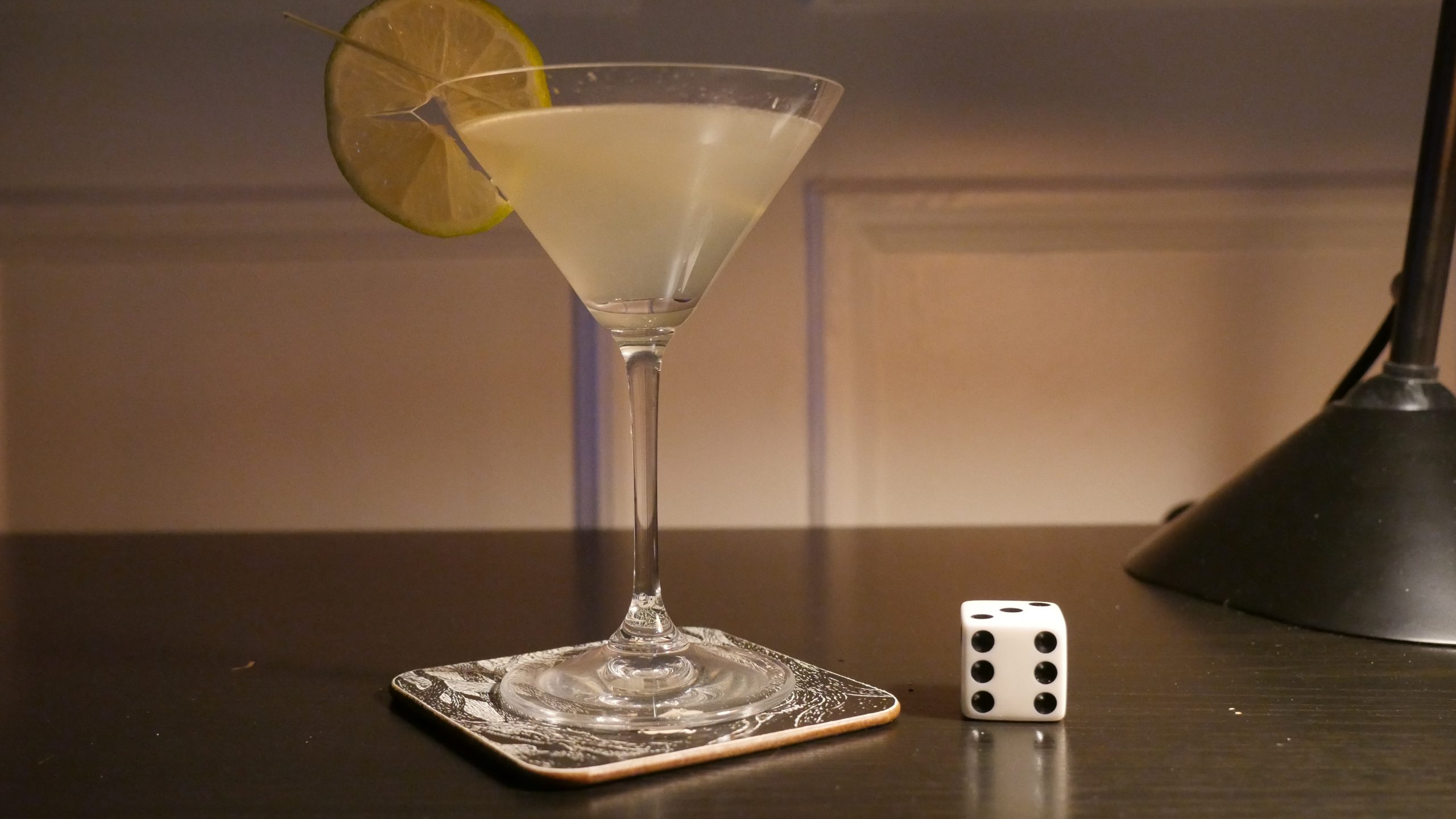 |
| Blissfully Yours. Apichatpong Weerasethakul. 2002. Thailand. January 28th, 2017. Coco. | |||
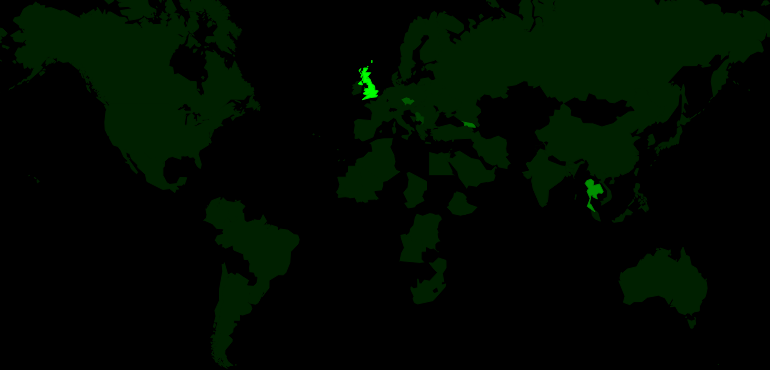 |  | 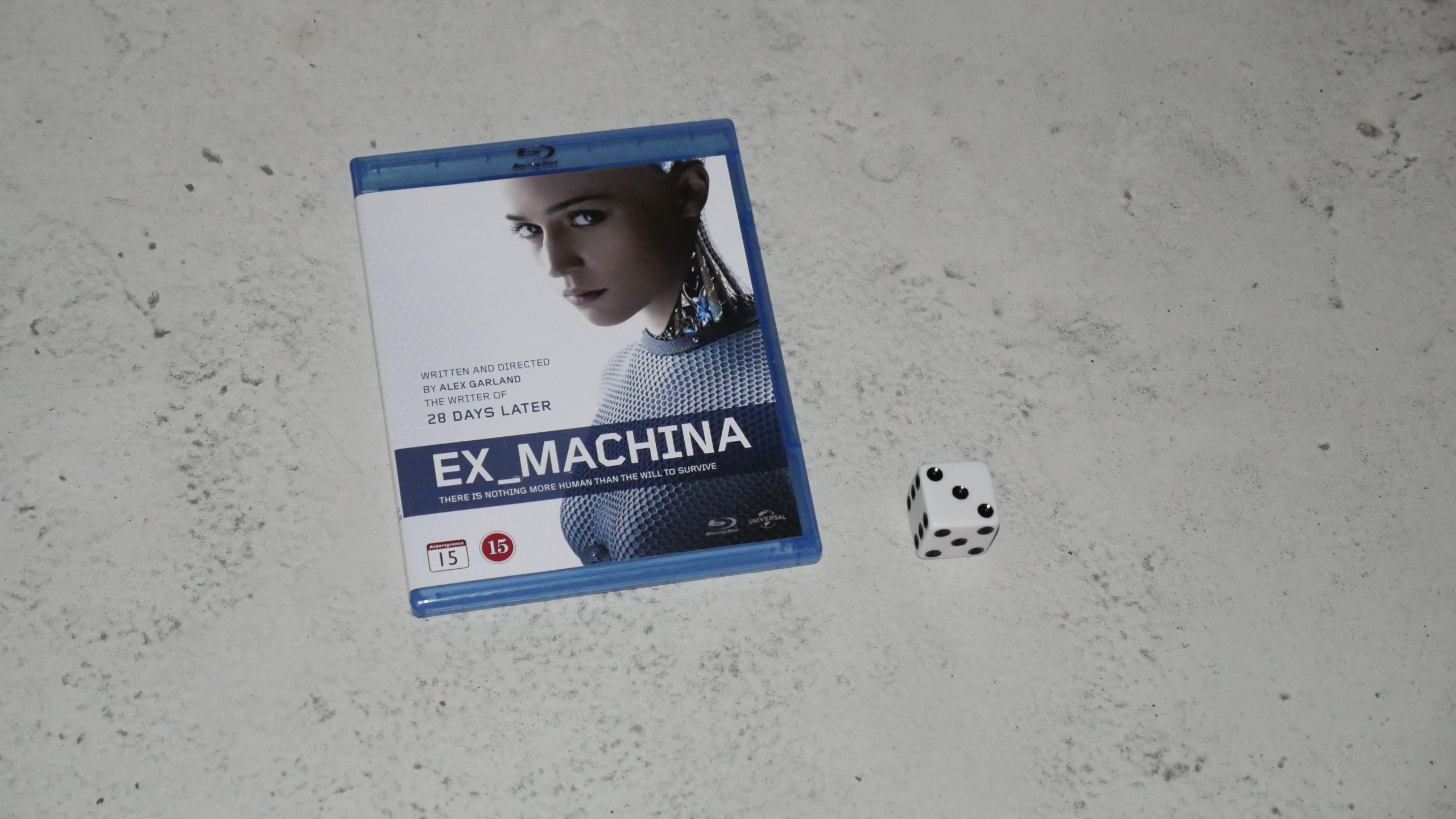 |  |
| Ex Machina. Alex Garland. 2015. Great Britain. January 29th, 2017. White Lady. | |||
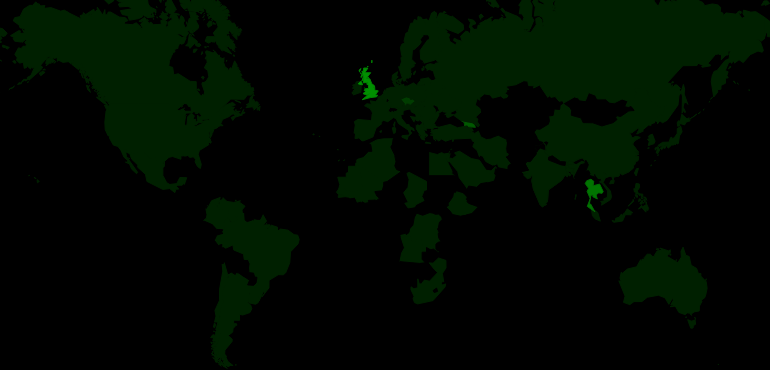 |  | 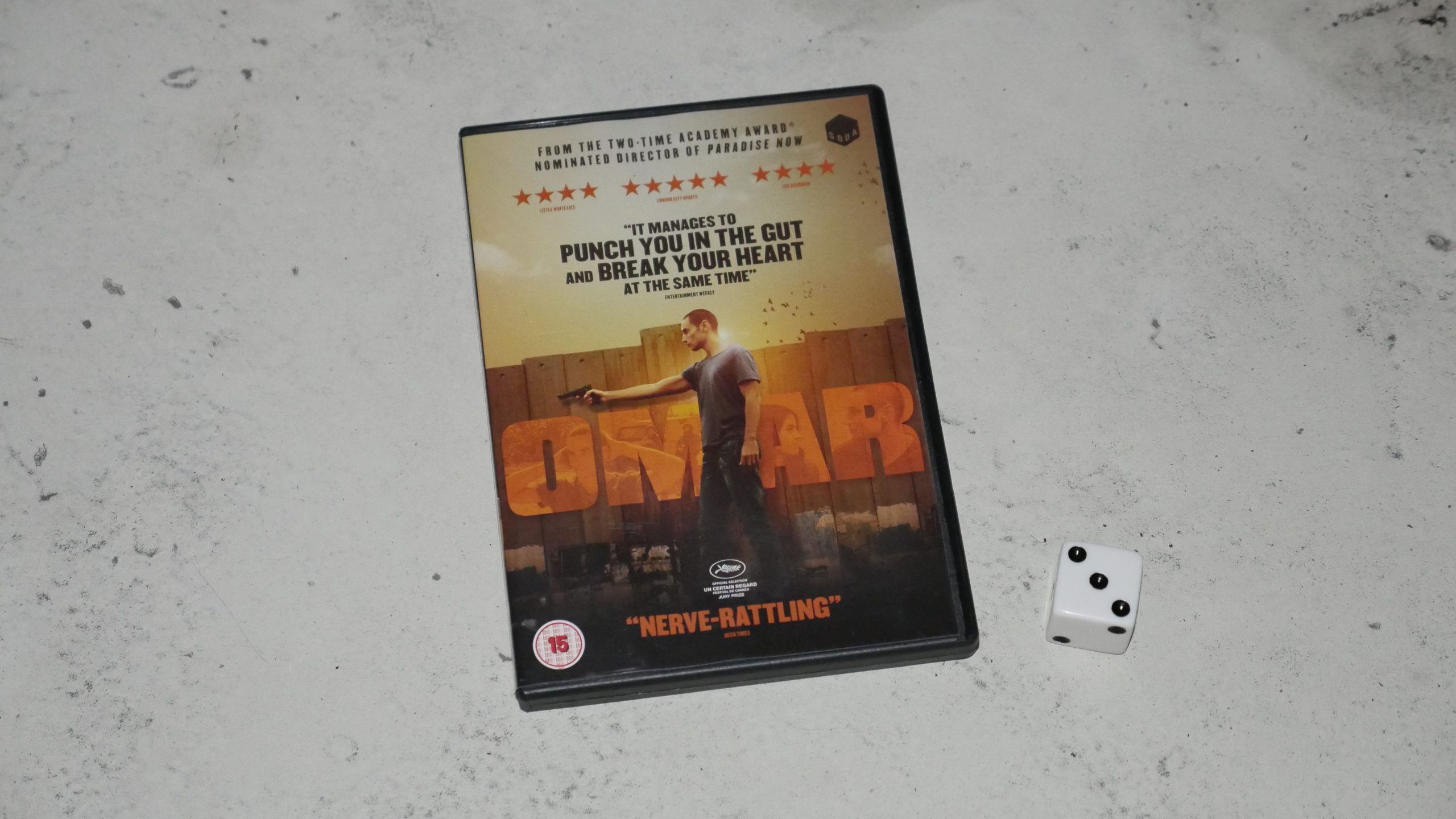 |  |
| Omar. Hany Abu-Assad. 2013. Palestine. February 3rd, 2017. Limonana. | |||
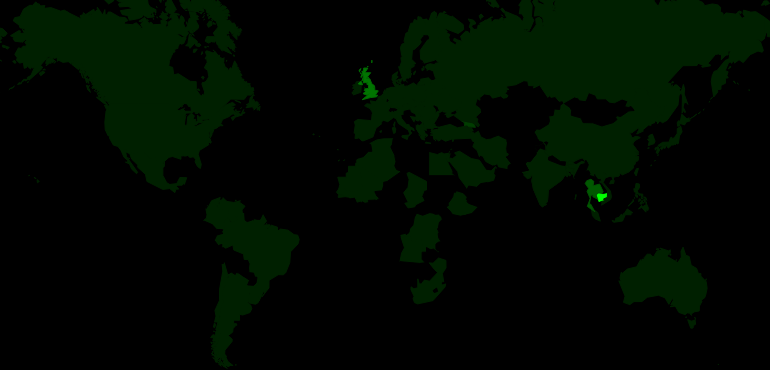 |  | 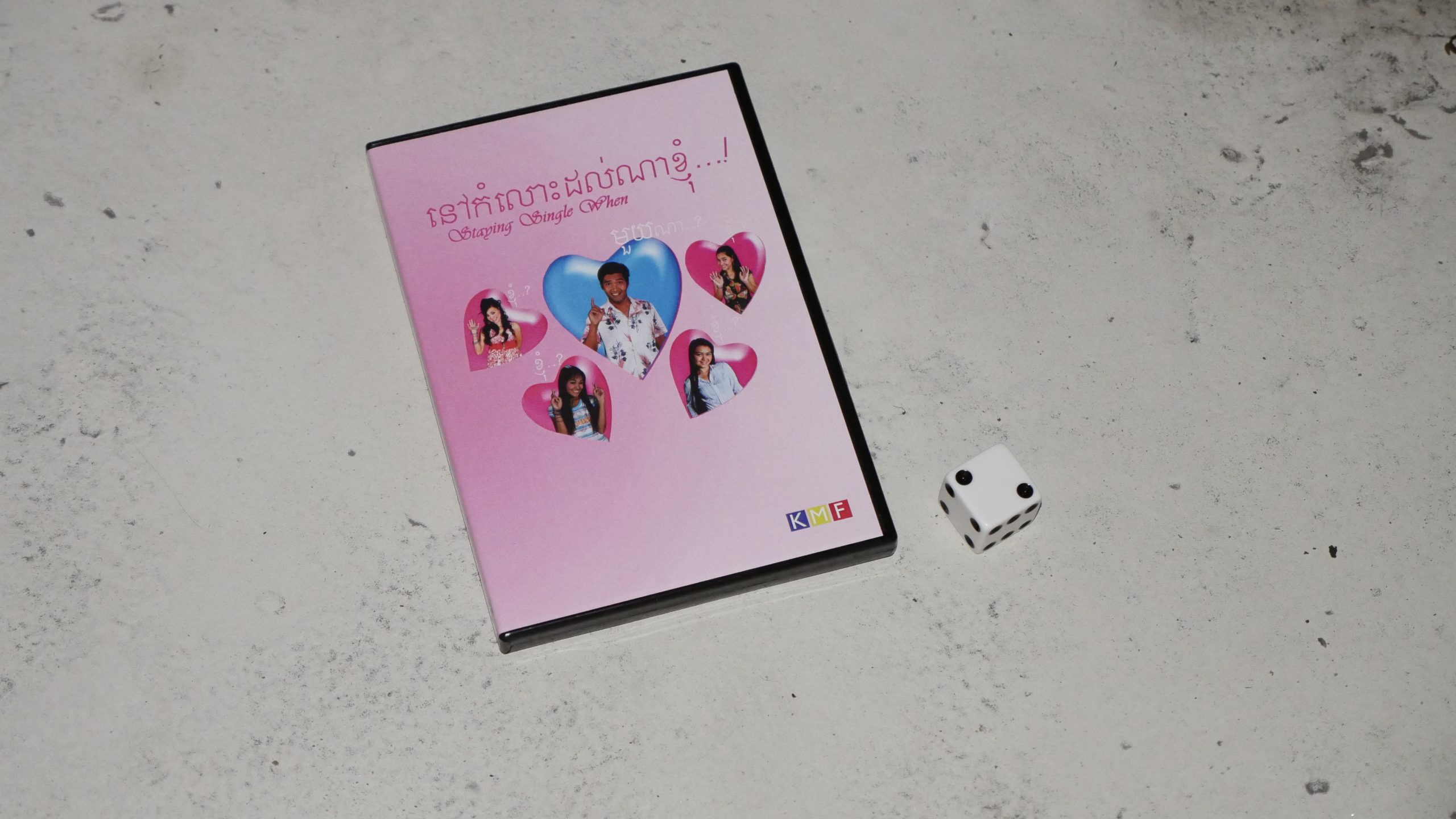 | 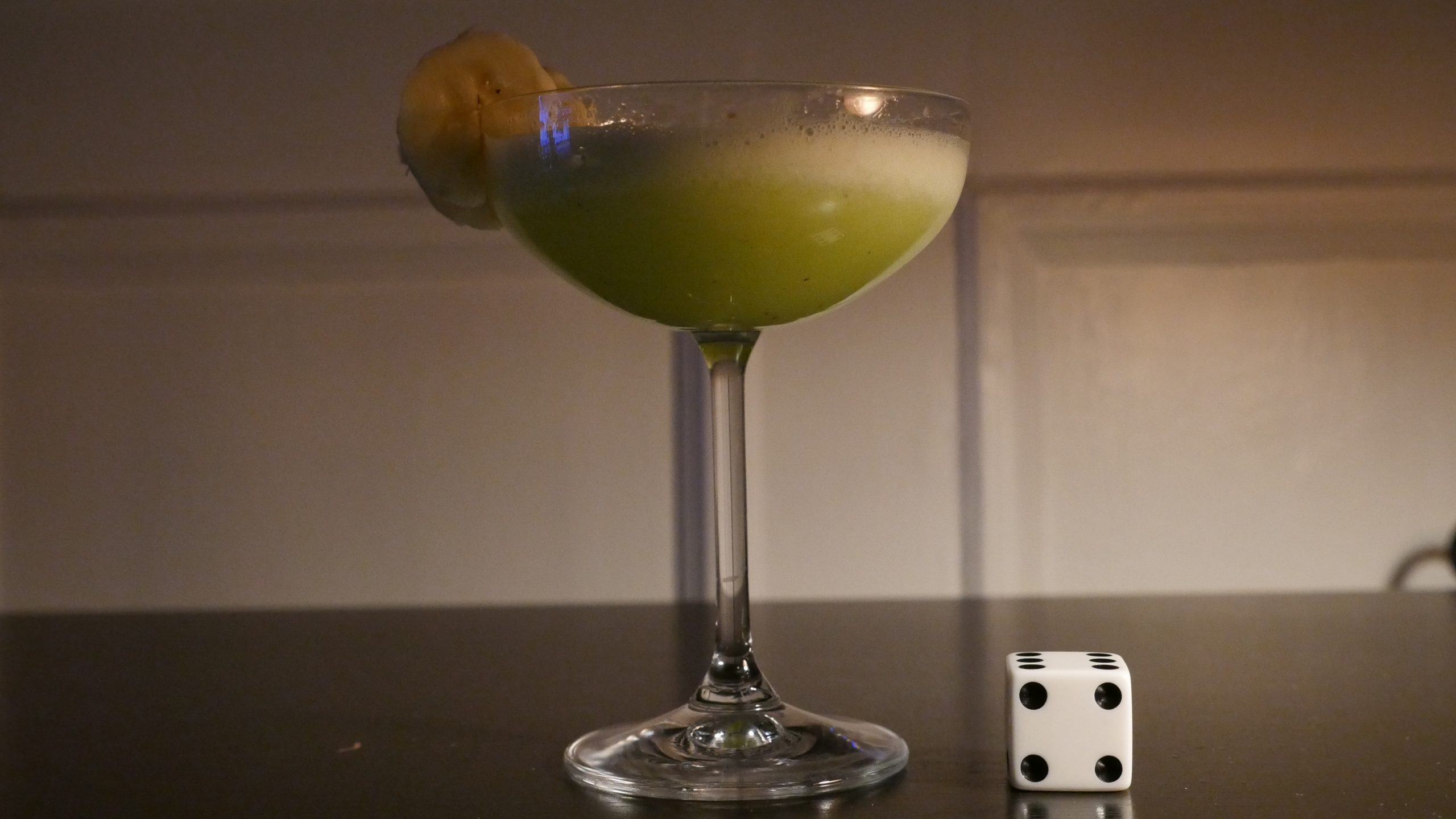 |
| Staying Single When?. Tom Som. 2007. Cambodia. February 4th, 2017. Banana Daiquiri. | |||
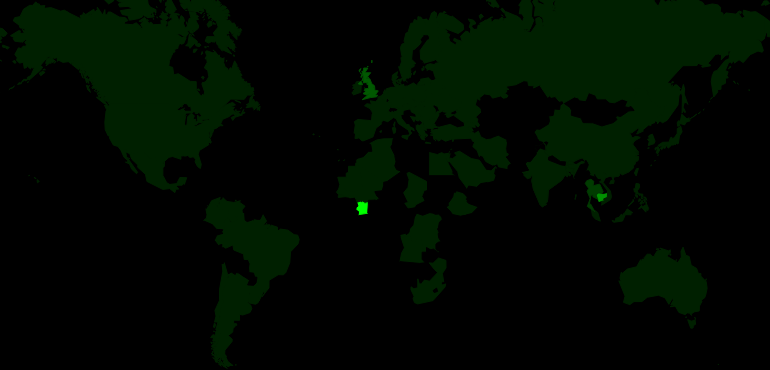 |  | 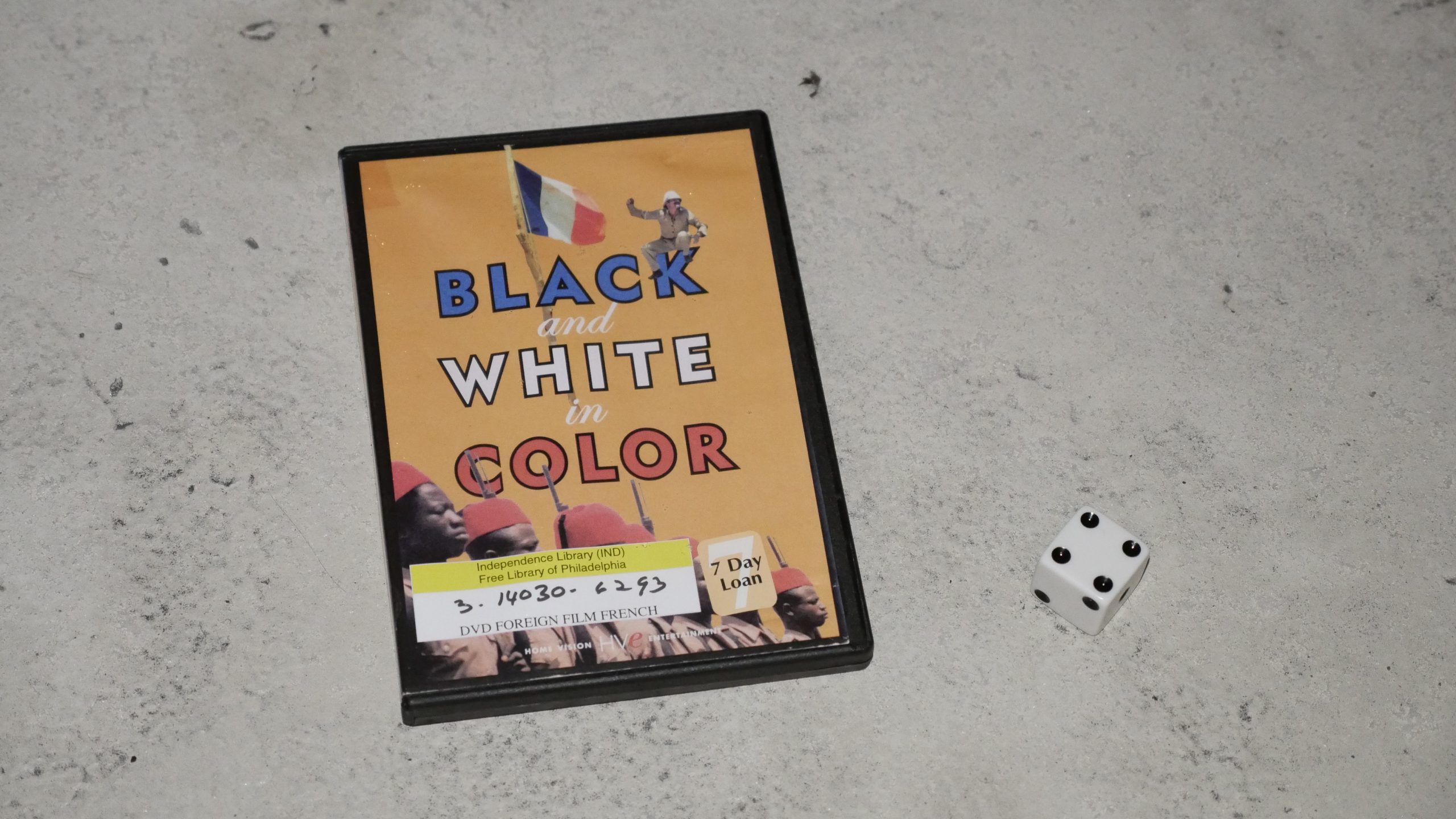 |  |
| Black and White in Color. Jean-Jacques Annaud. 1976. Côte d’Ivoire. February 4th, 2017. Hibiscus Margaritas. | |||
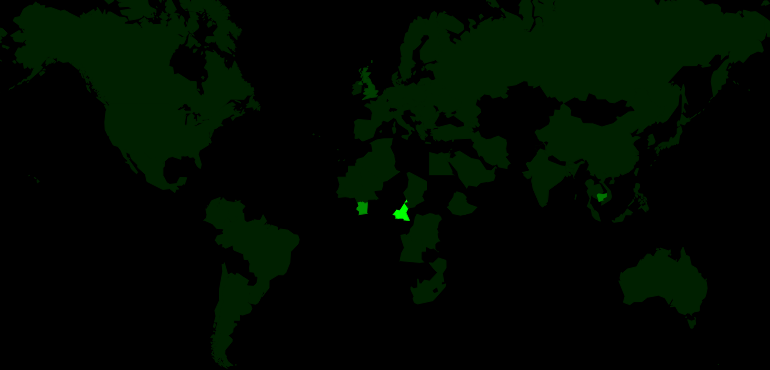 | 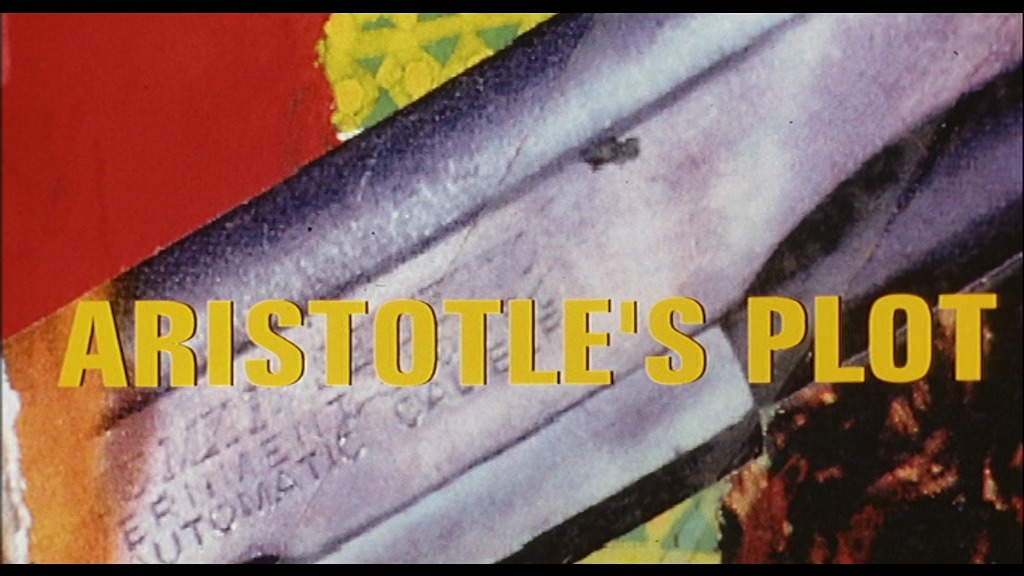 | 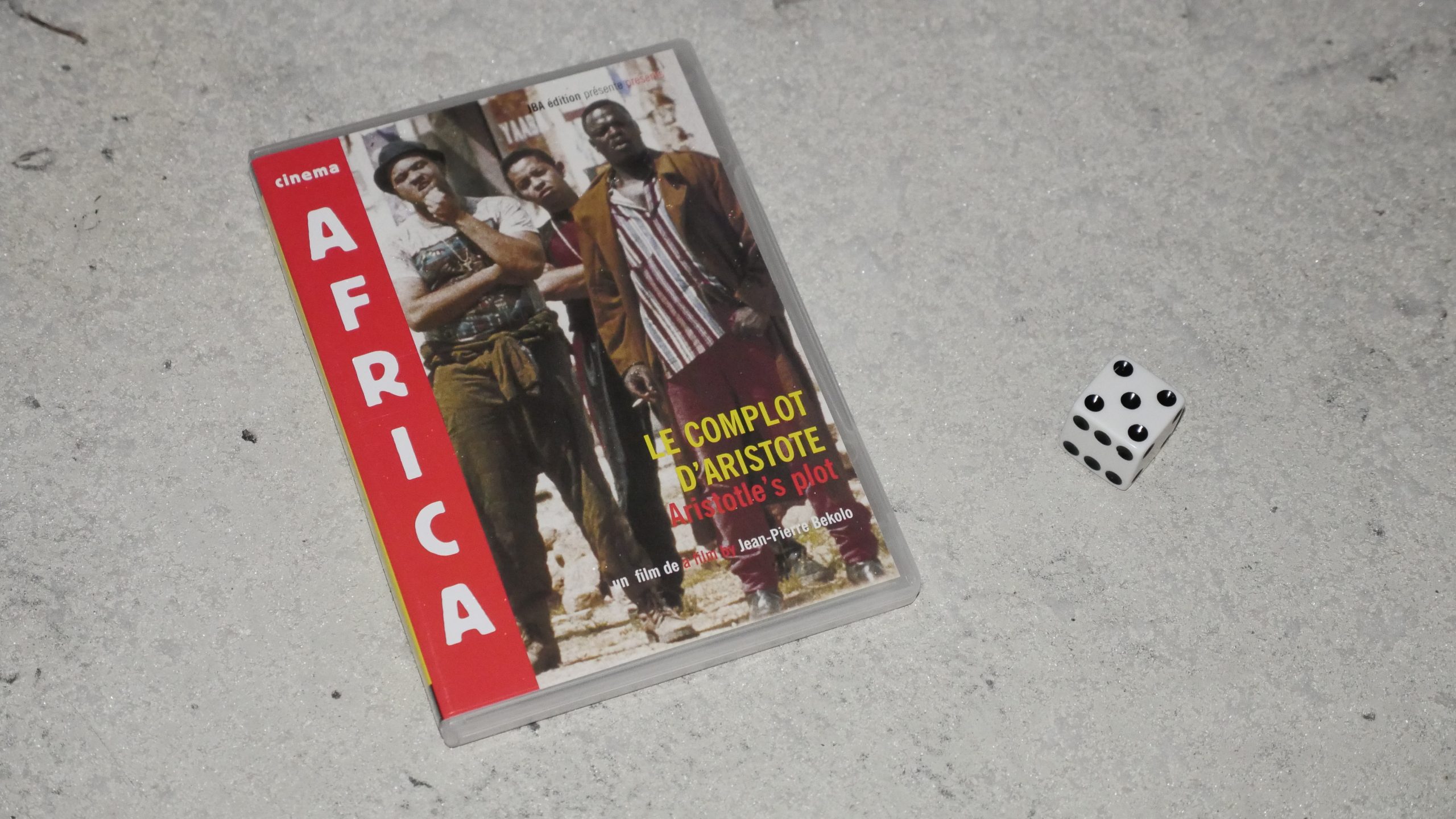 | 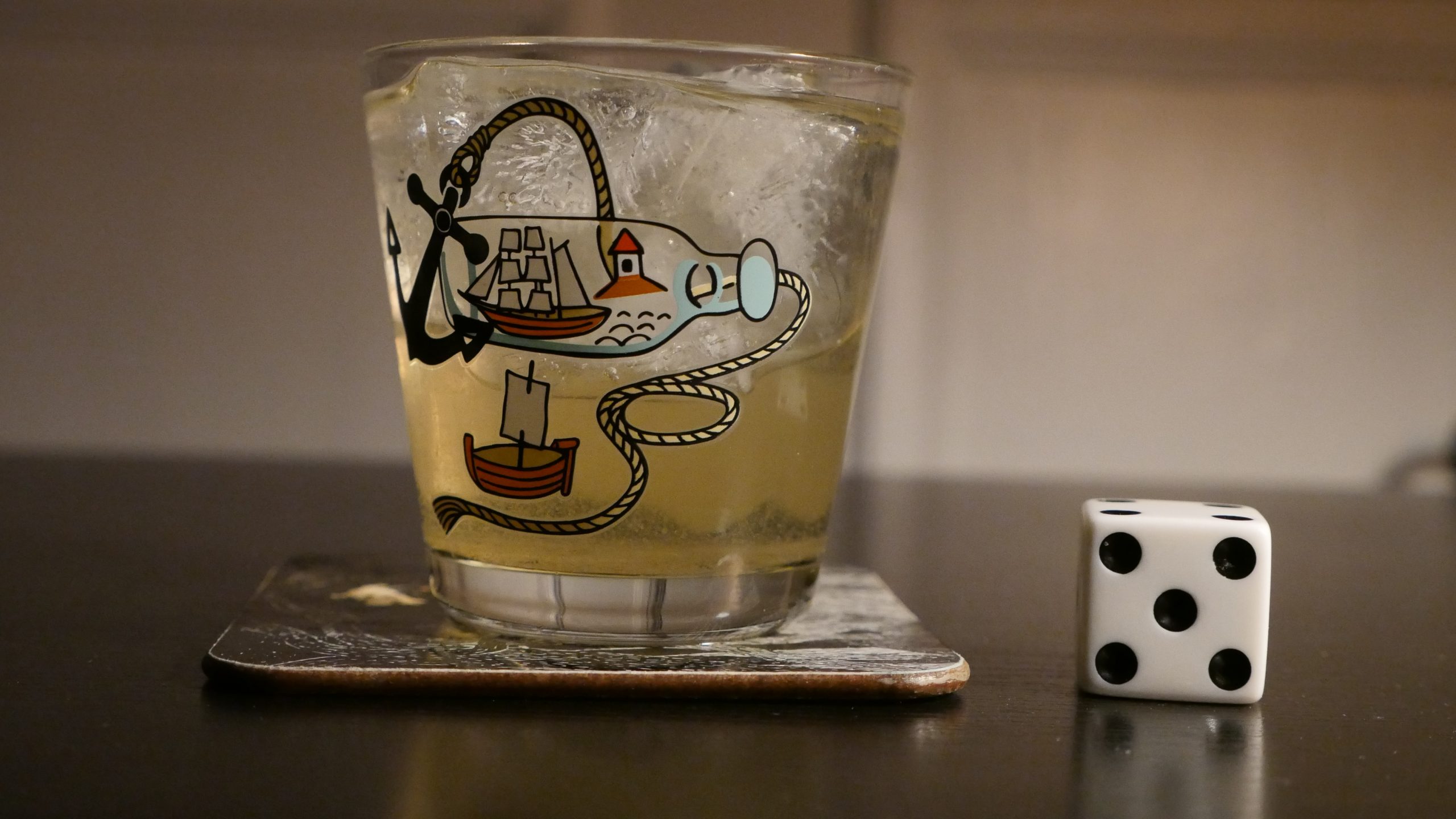 |
| Le complot d’Aristote. Jean-Pierre Bekolo. 1996. Cameroon. February 4th, 2017. Tamarind & Gin. | |||
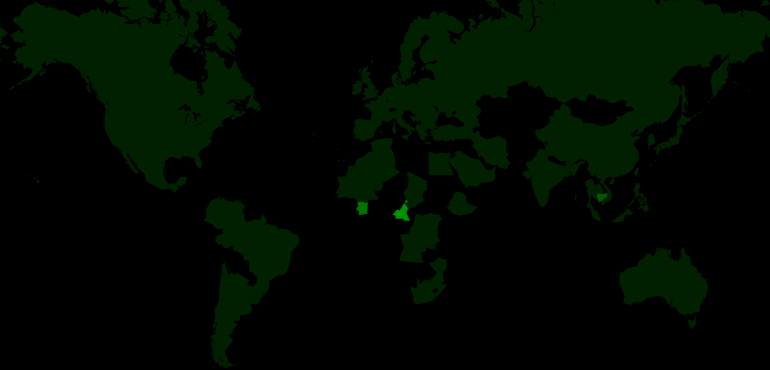 |  | 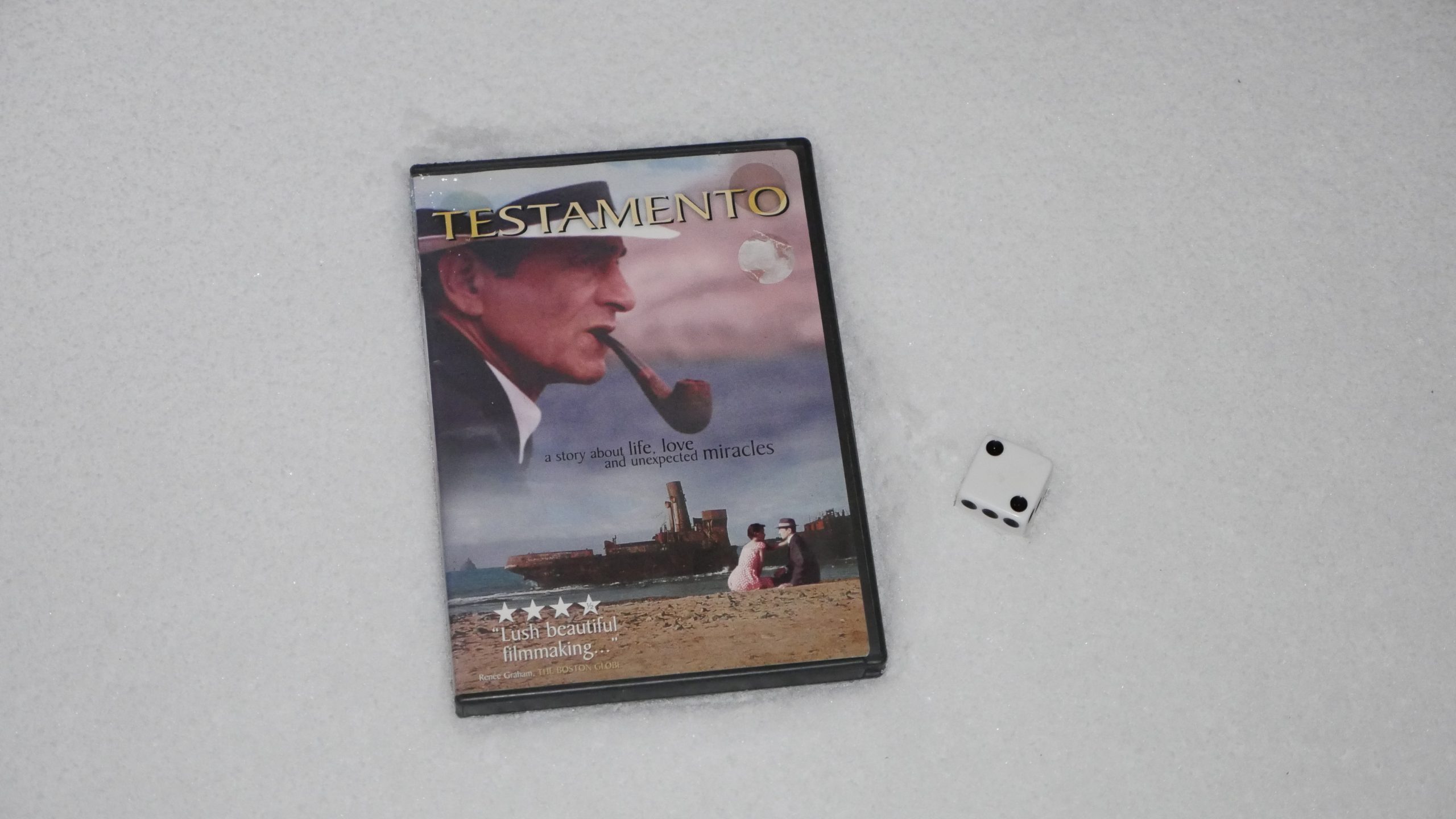 | 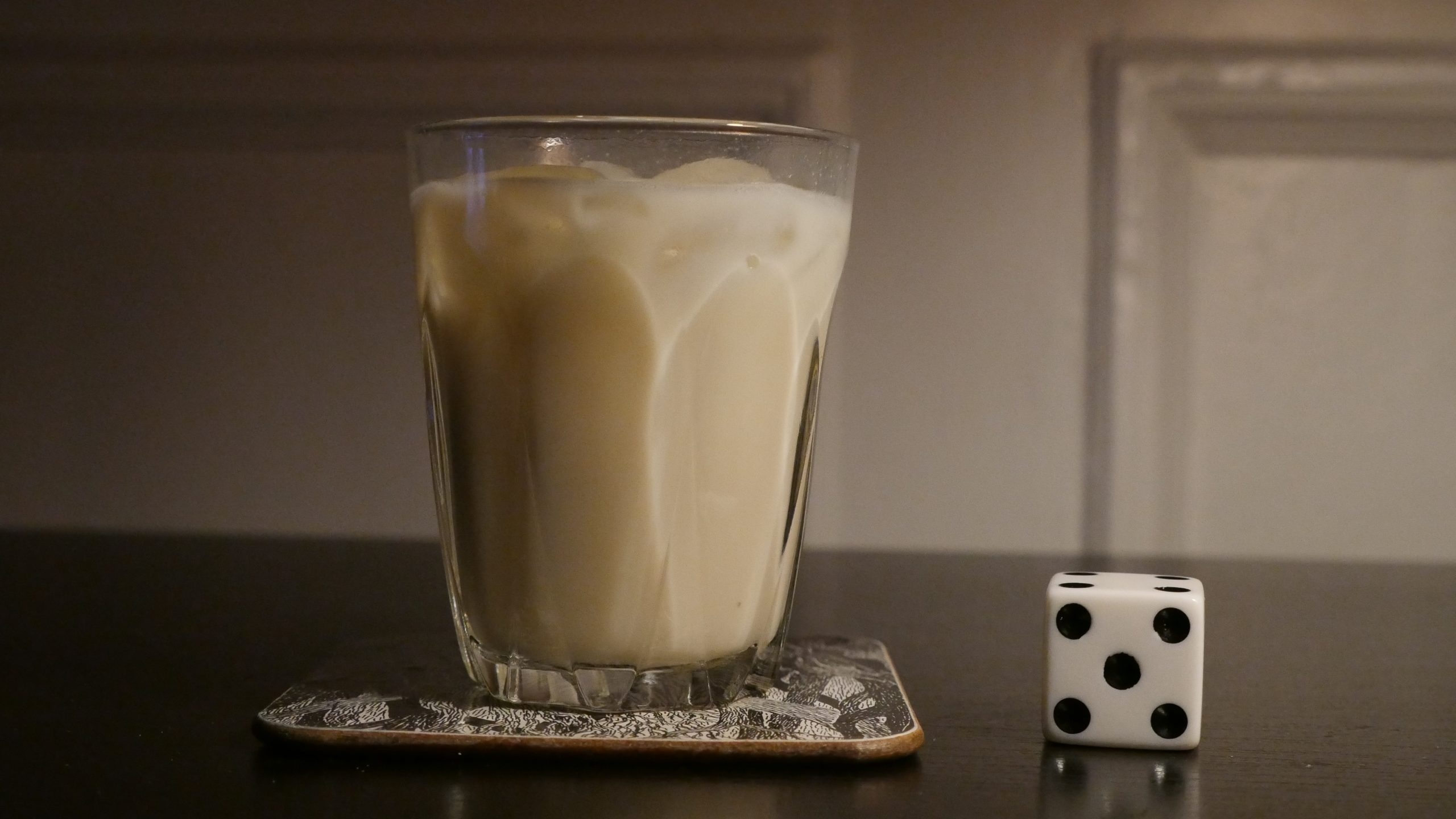 |
| Napomuceno’s Will. Francisco Manso. 1997. Cabo Verde. February 10th, 2017. Coco Punch. | |||
 |  | 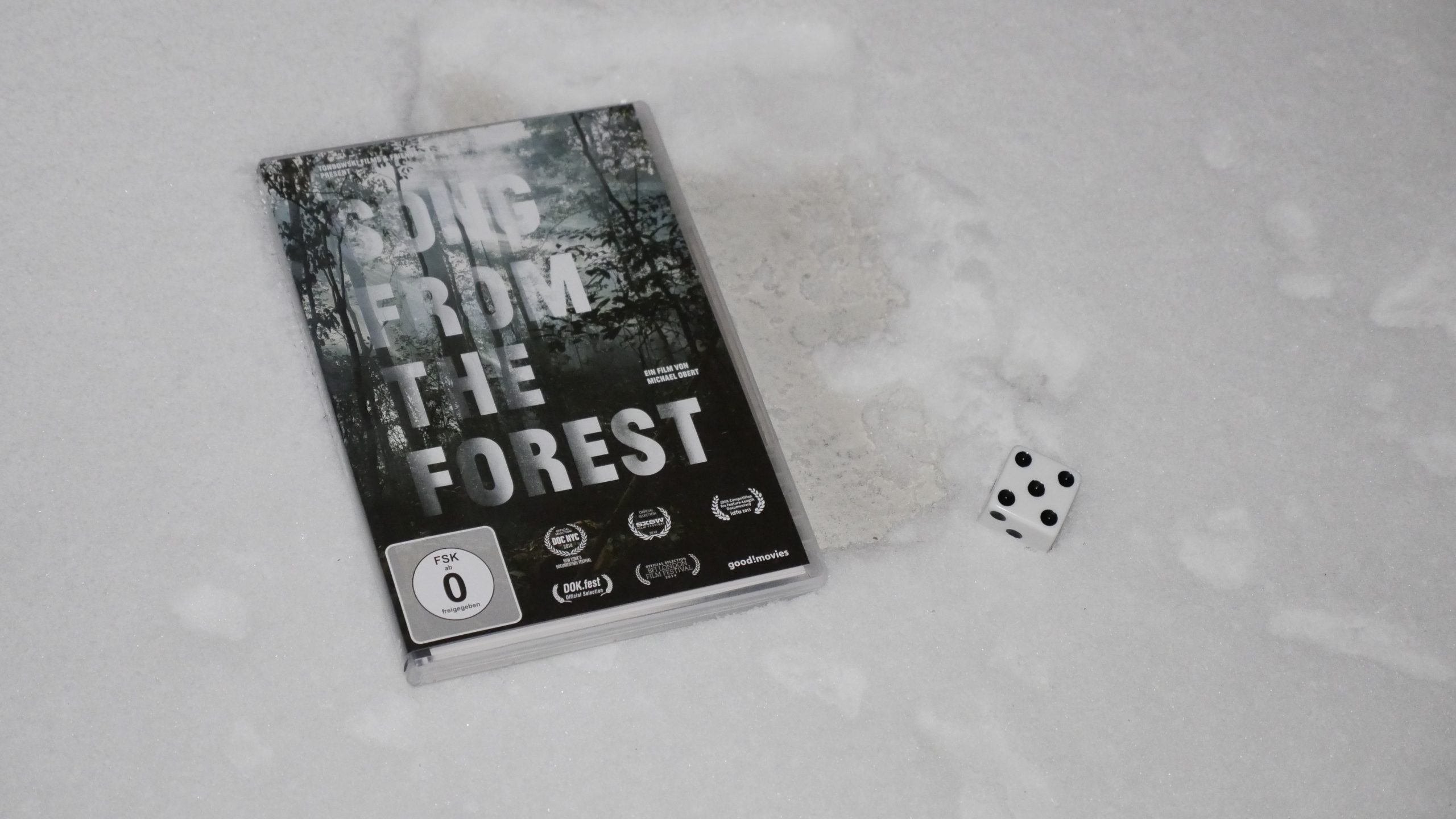 | 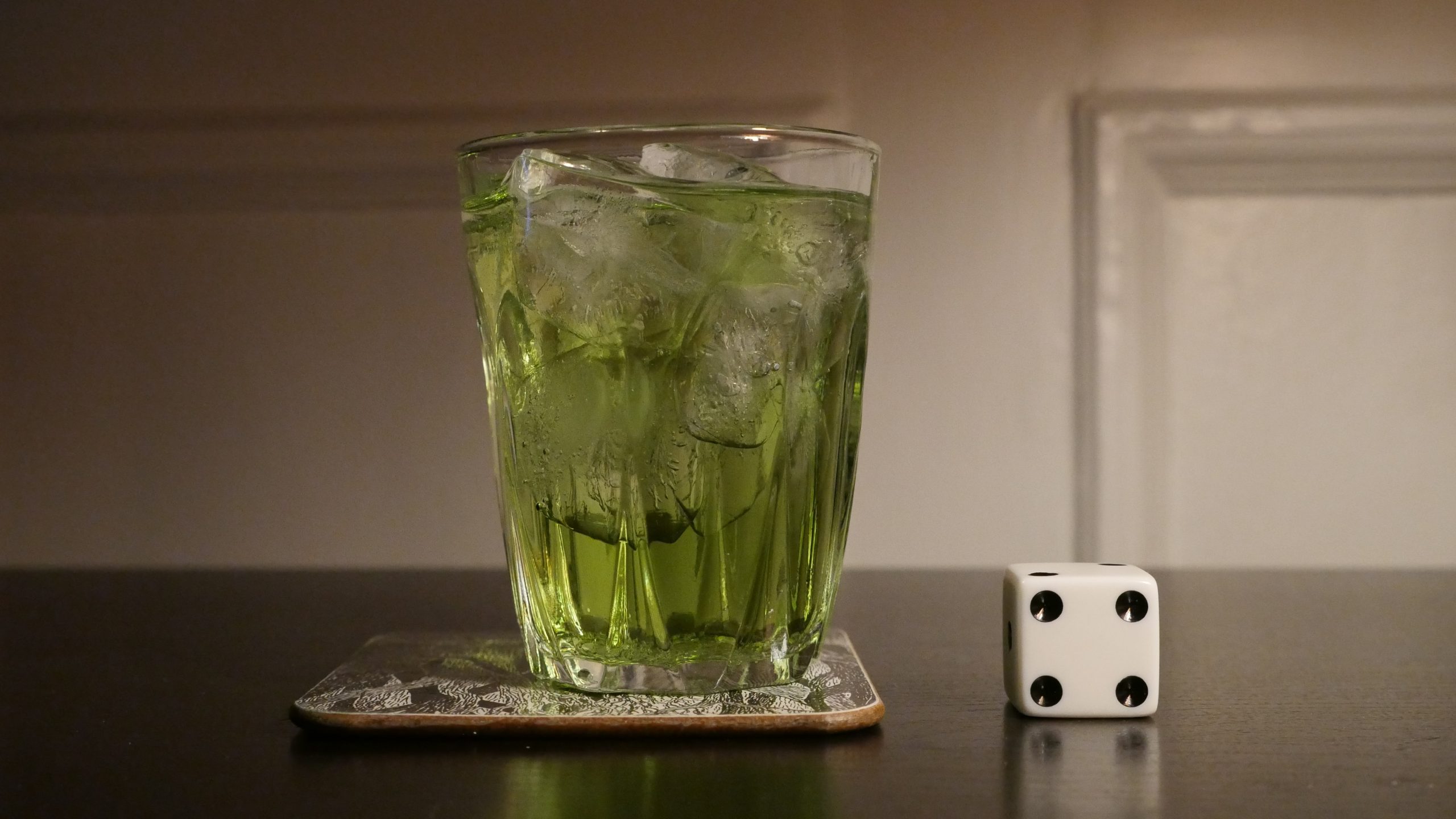 |
| Song from the Forest. Michael Obert. 2013. Central African Republic. February 10th, 2017. Wasp. | |||
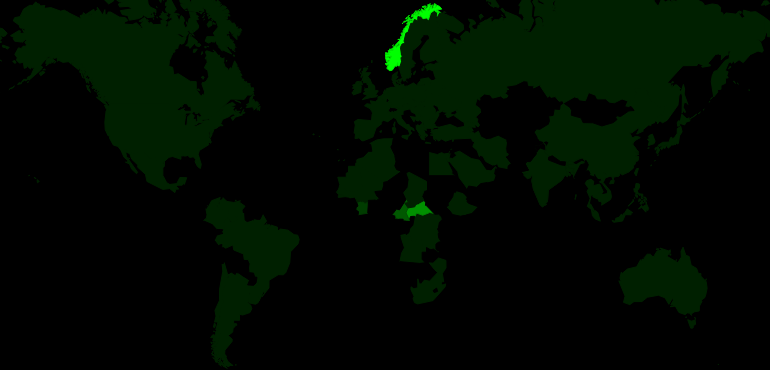 |  | 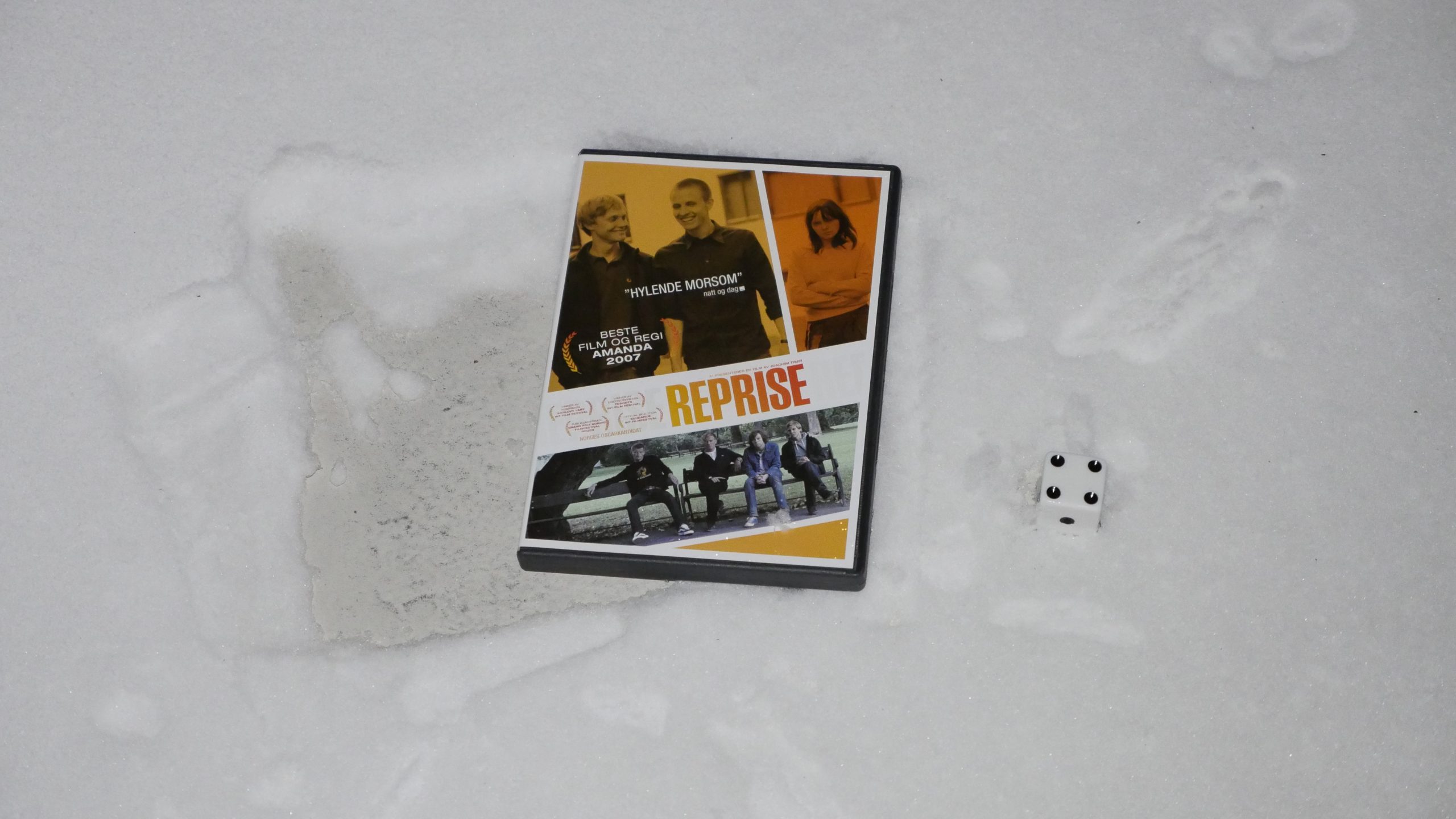 | 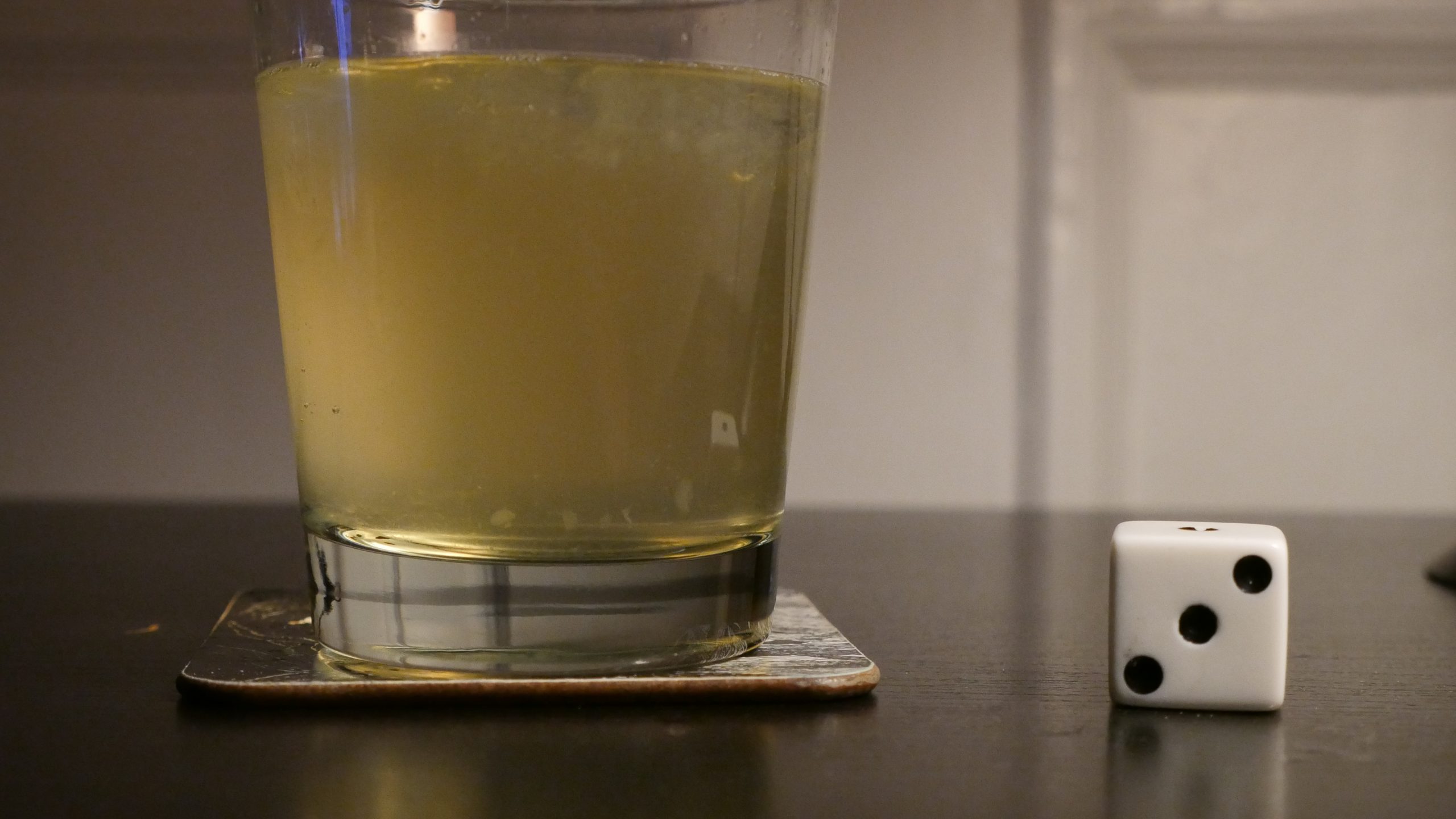 |
| Rerun. Joachim Trier. 2006. Norway. February 11th, 2017. Mountain Stream. | |||
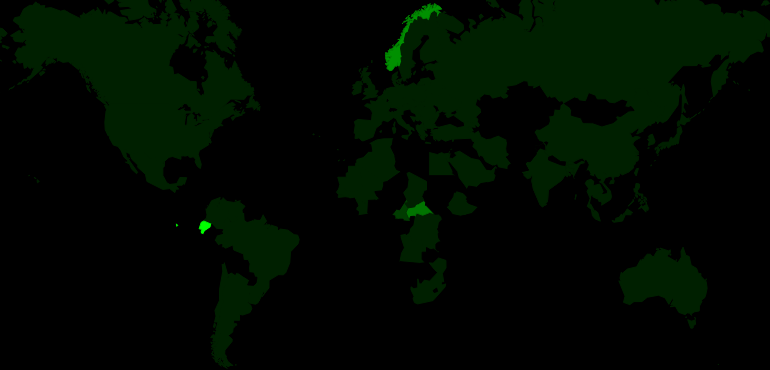 |  | 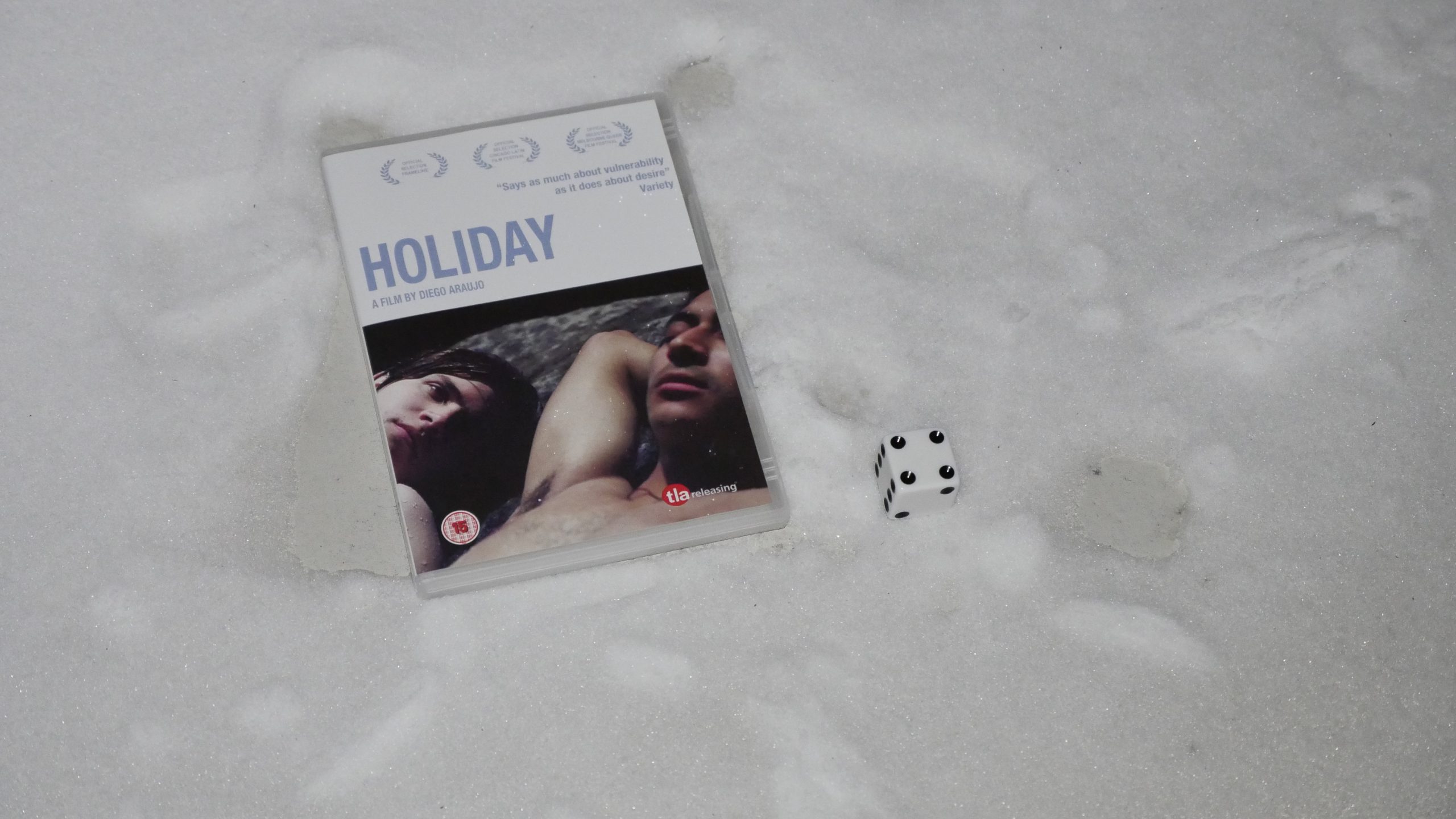 |  |
| Holiday. Diego Araujo. 2014. Ecuador. February 11th, 2017. Canalazo. | |||
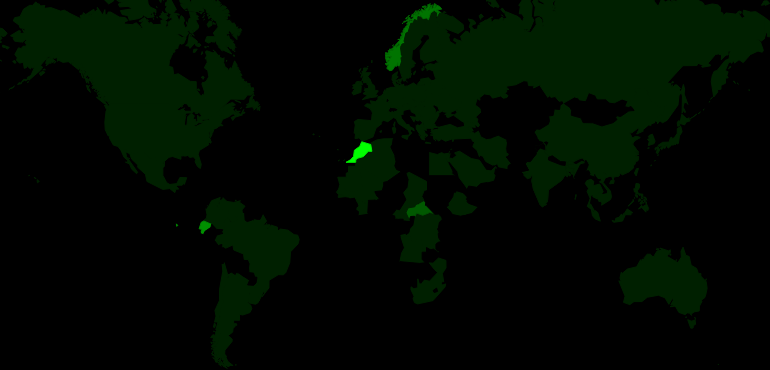 | 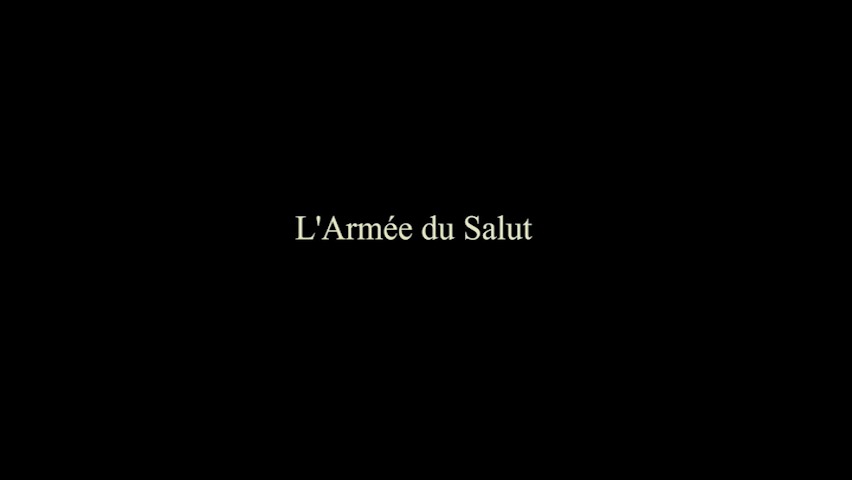 | 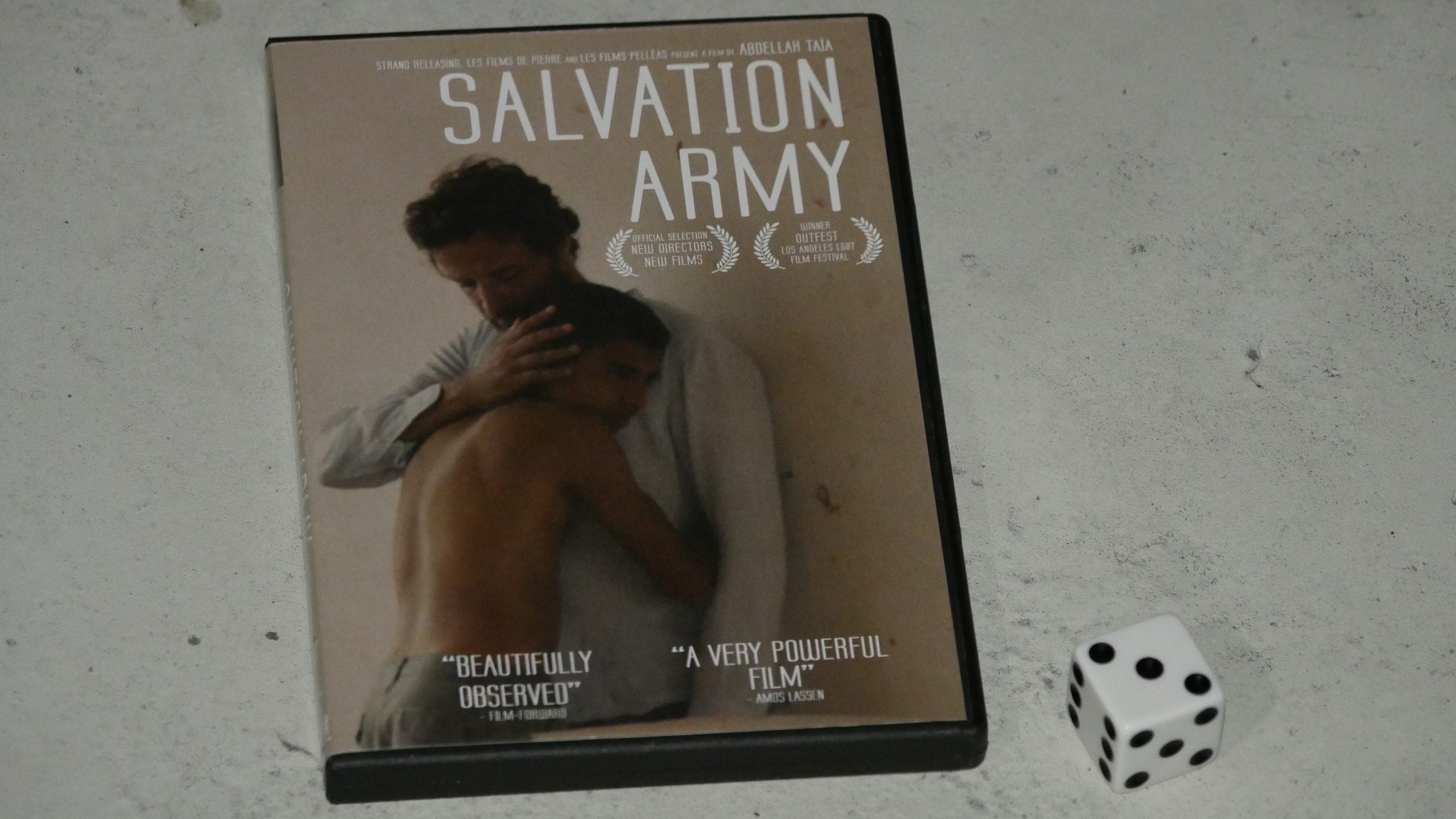 | 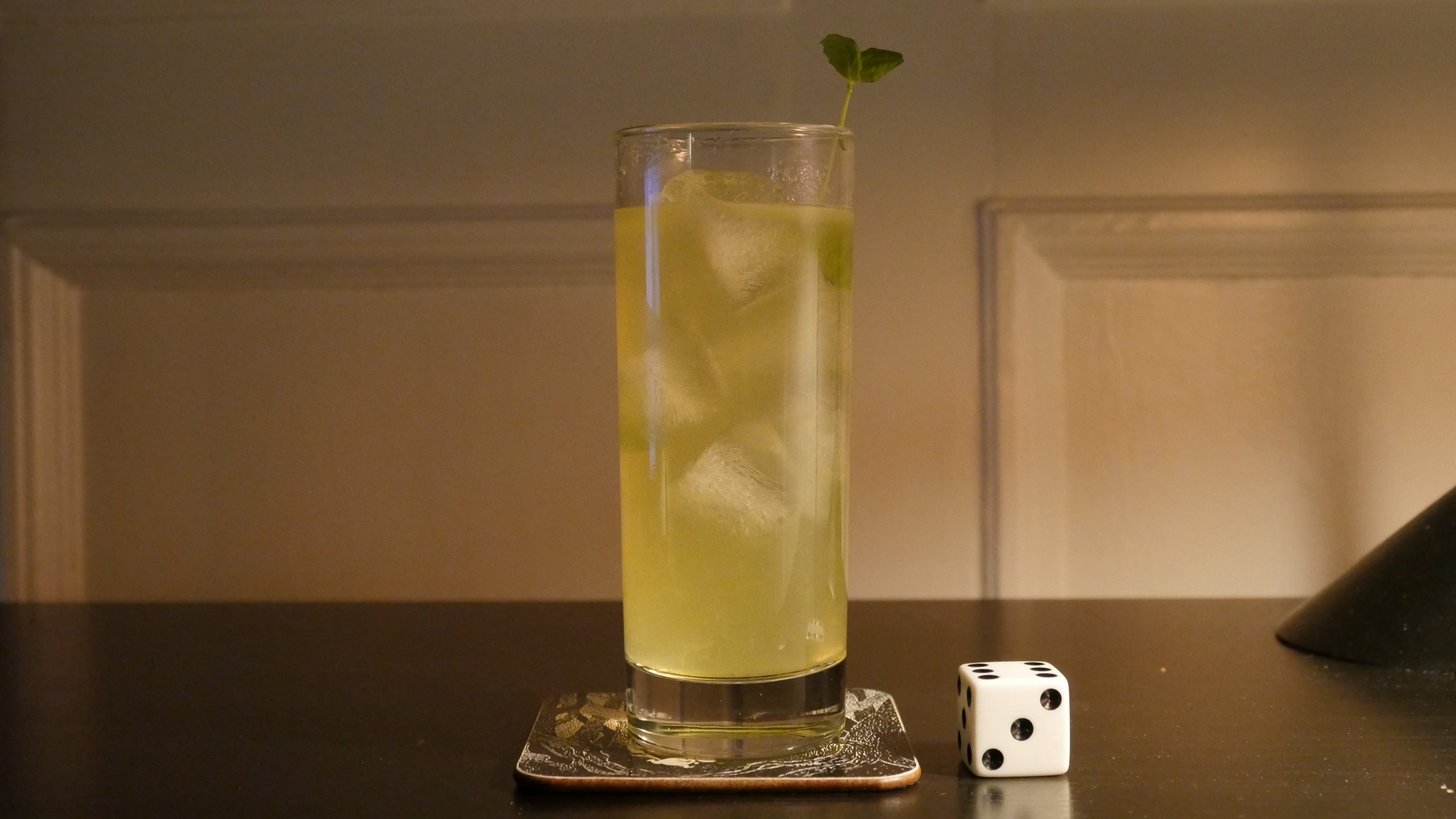 |
| Salvation Army. Abdellah Taia. 2013. Morocco. February 24th, 2017. Dolomint. | |||
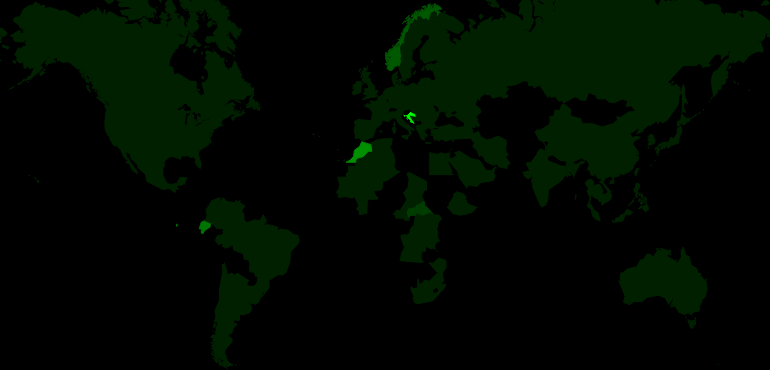 |  | 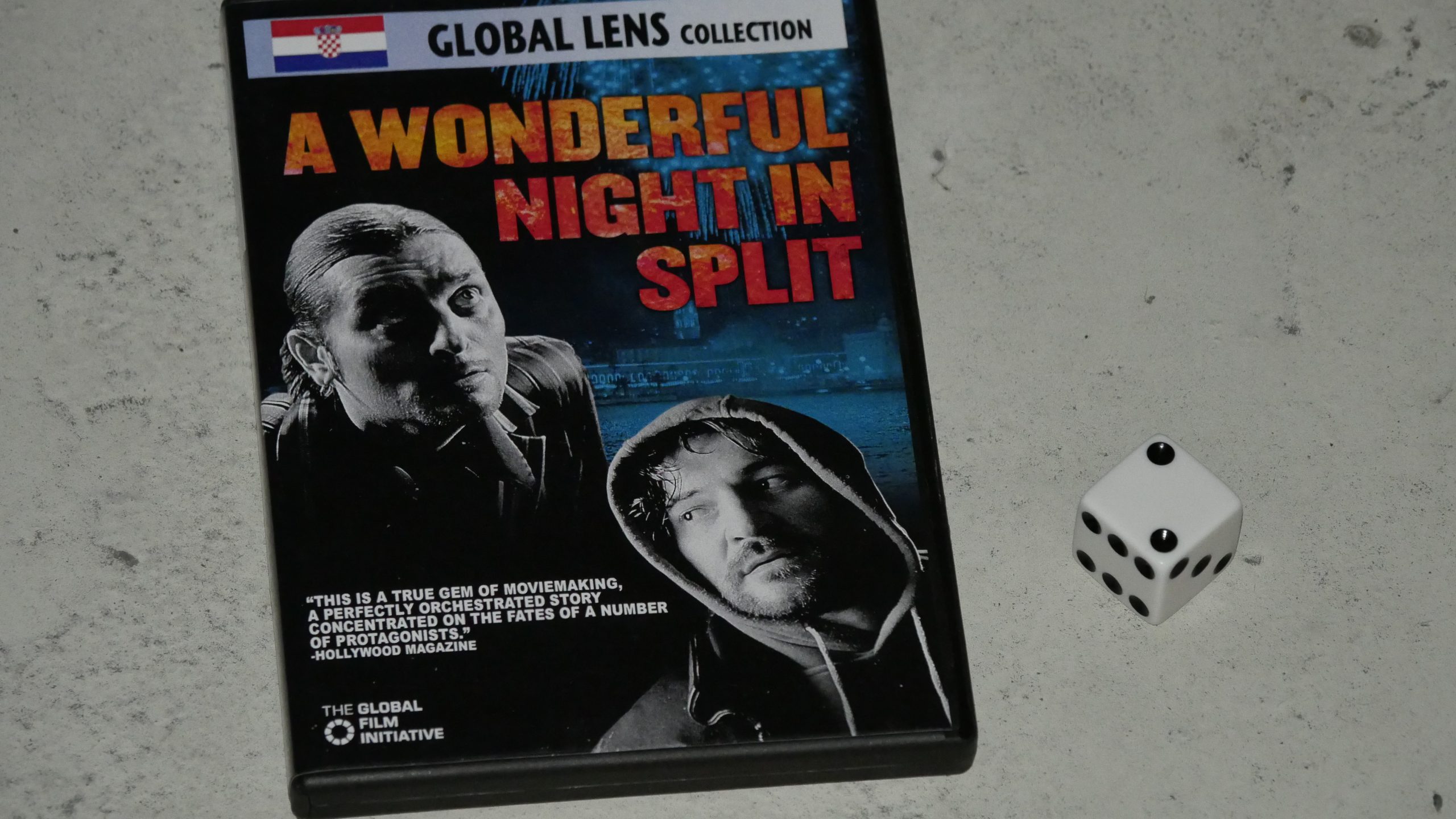 | 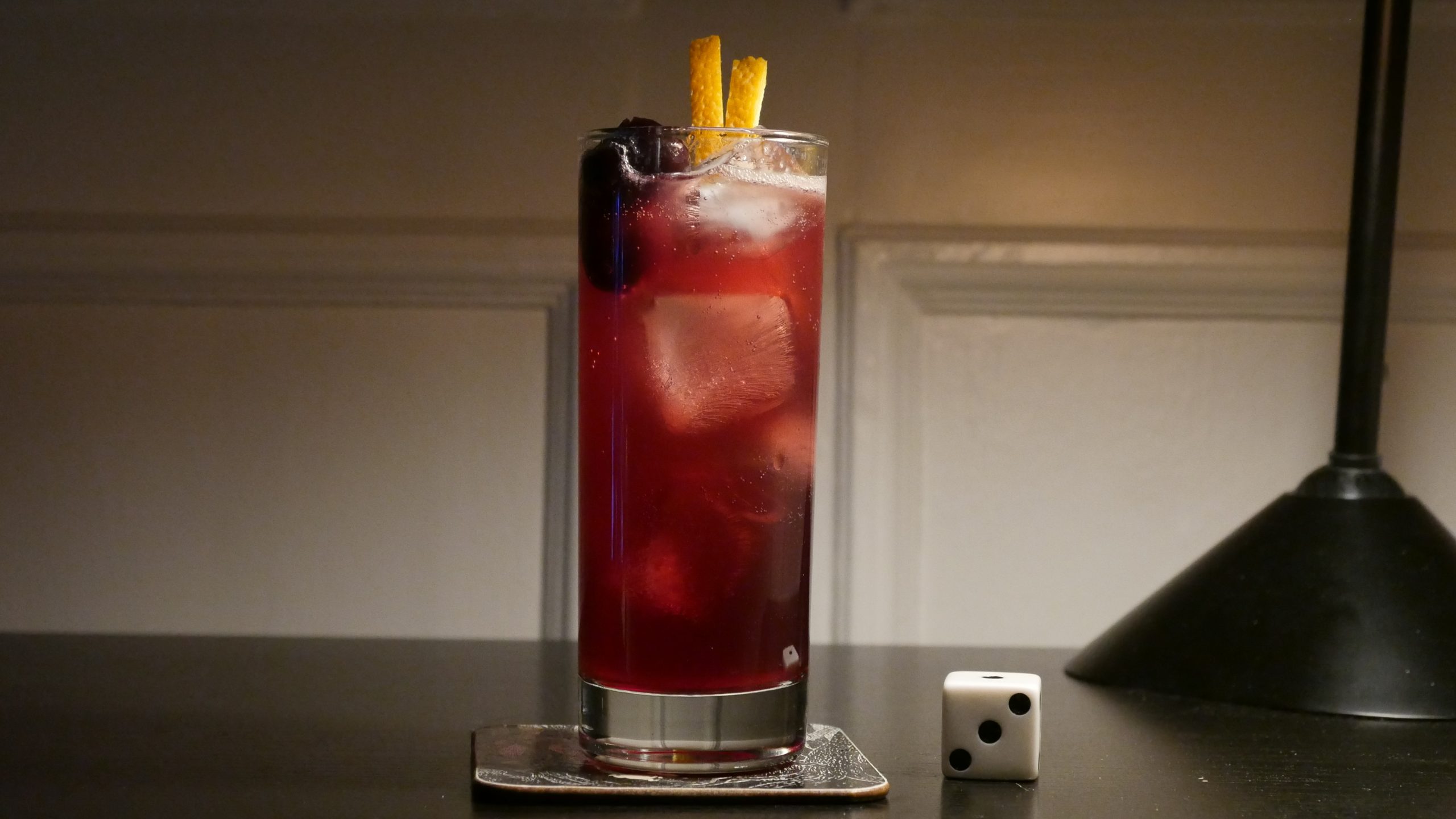 |
| A Wonderful Night in Split. Arsen A. Ostojic. 2004. Croatia. February 25th, 2017. Crocktail. | |||
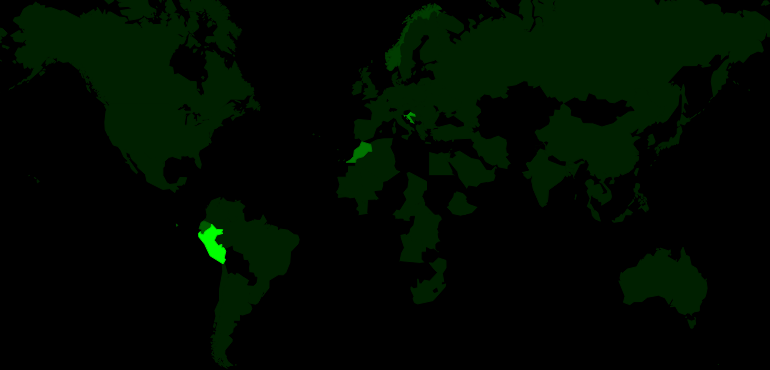 |  | 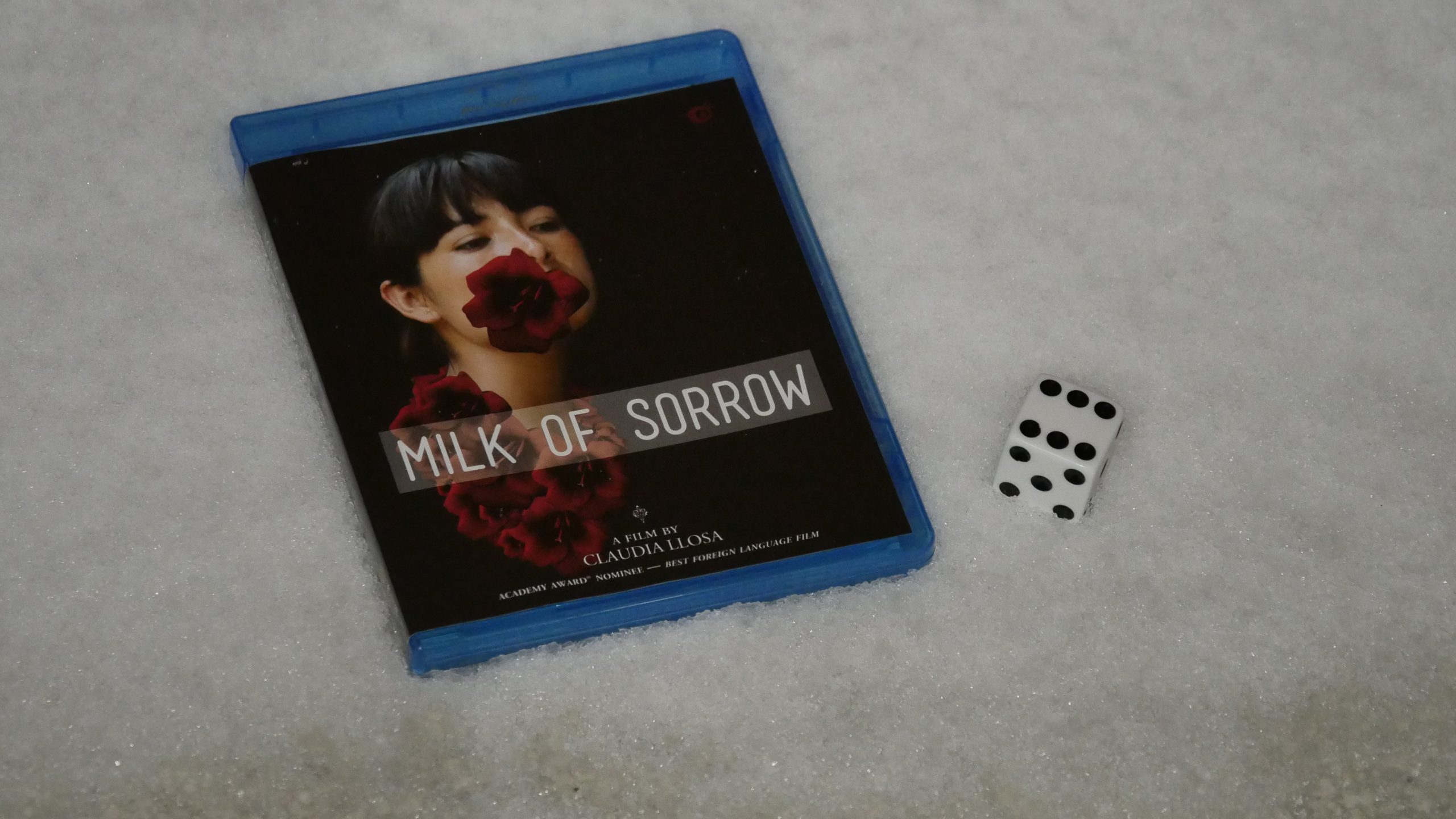 | 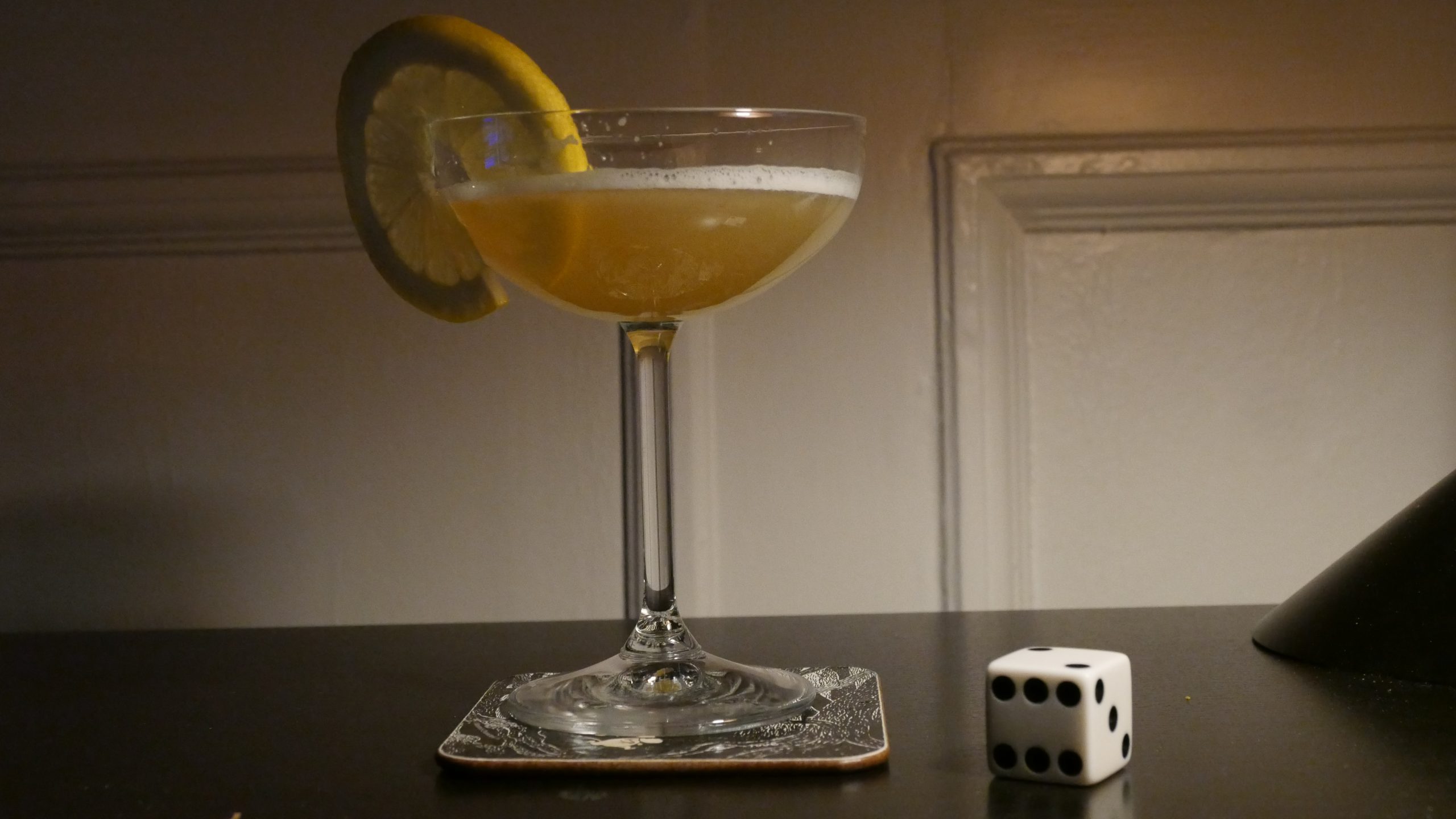 |
| The Milk of Sorrow. Claudia Llosa. 2009. Peru. February 25th, 2017. Peruvian Pisco Sour. | |||
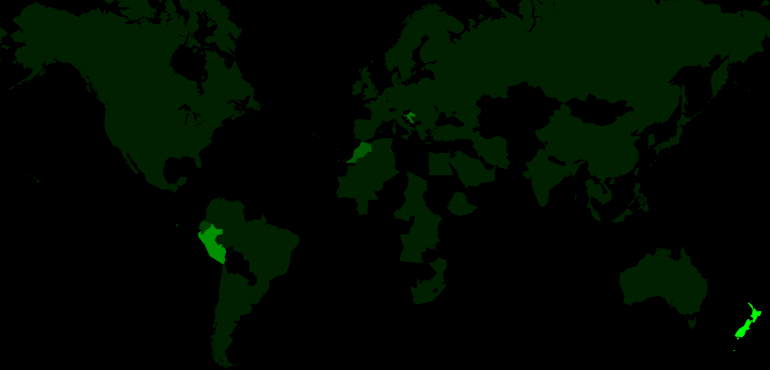 | 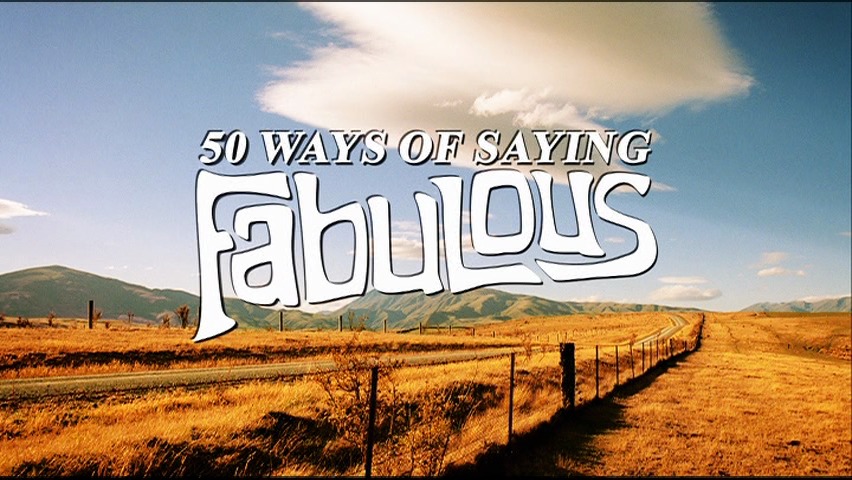 | 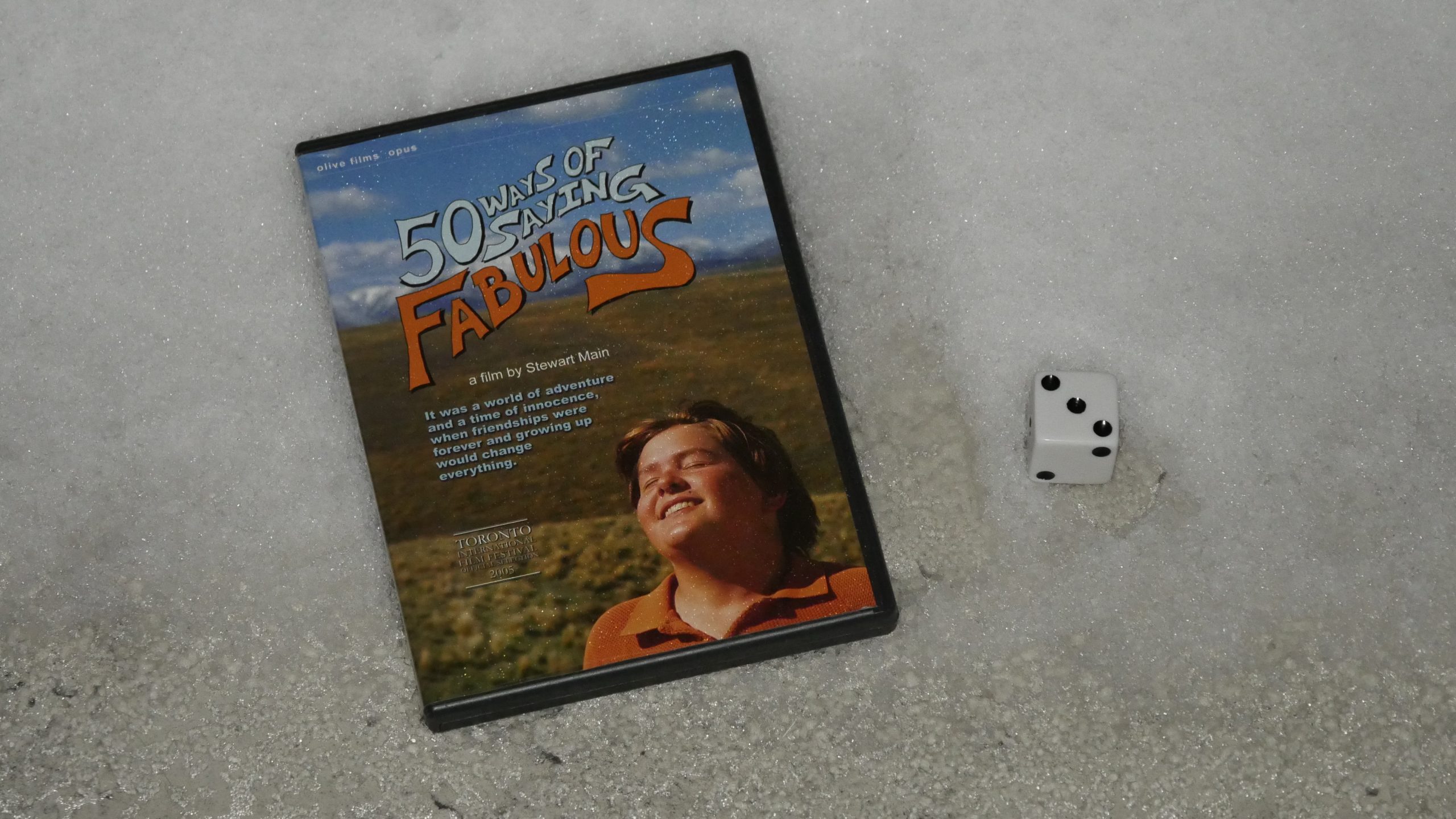 | 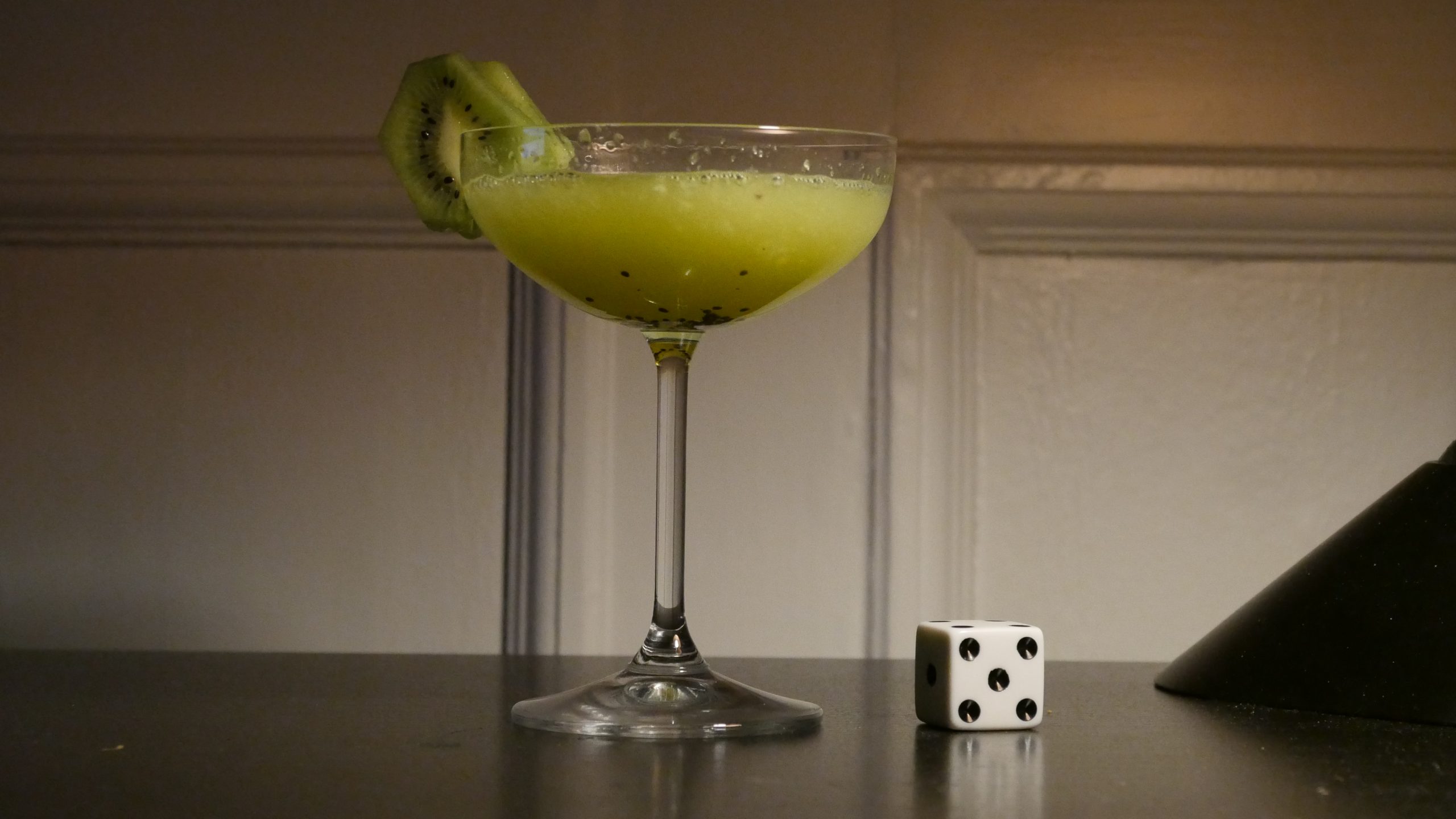 |
| 50 Ways of Saying Fabulous. Stewart Main. 2005. New Zealand. February 25th, 2017. Daiquiri Kiwi. | |||
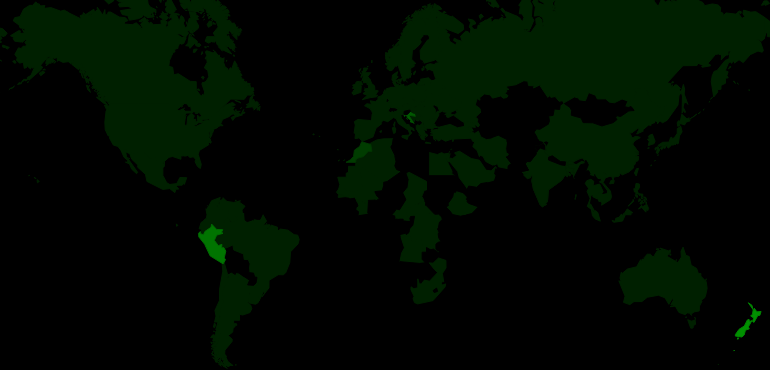 | 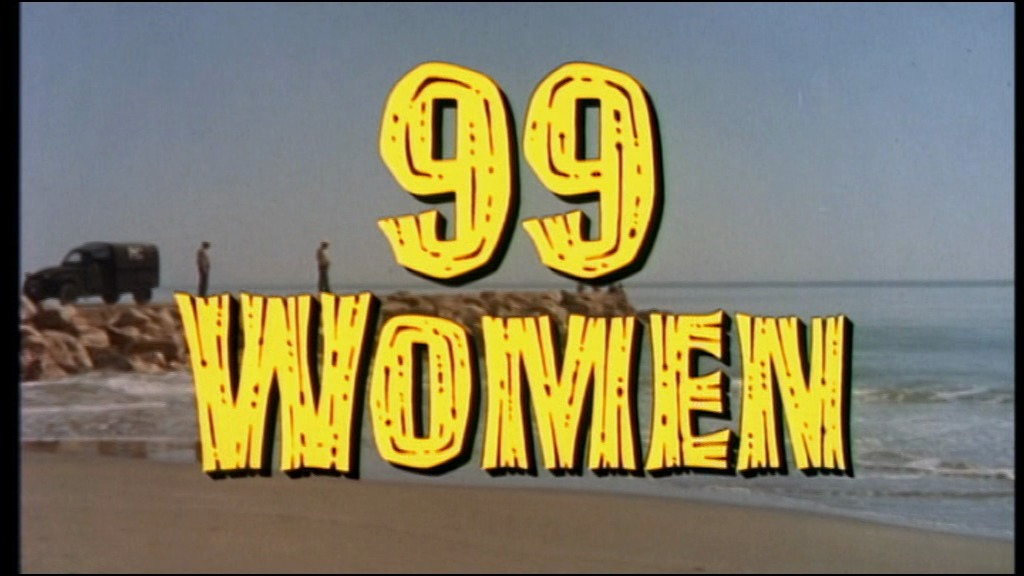 | 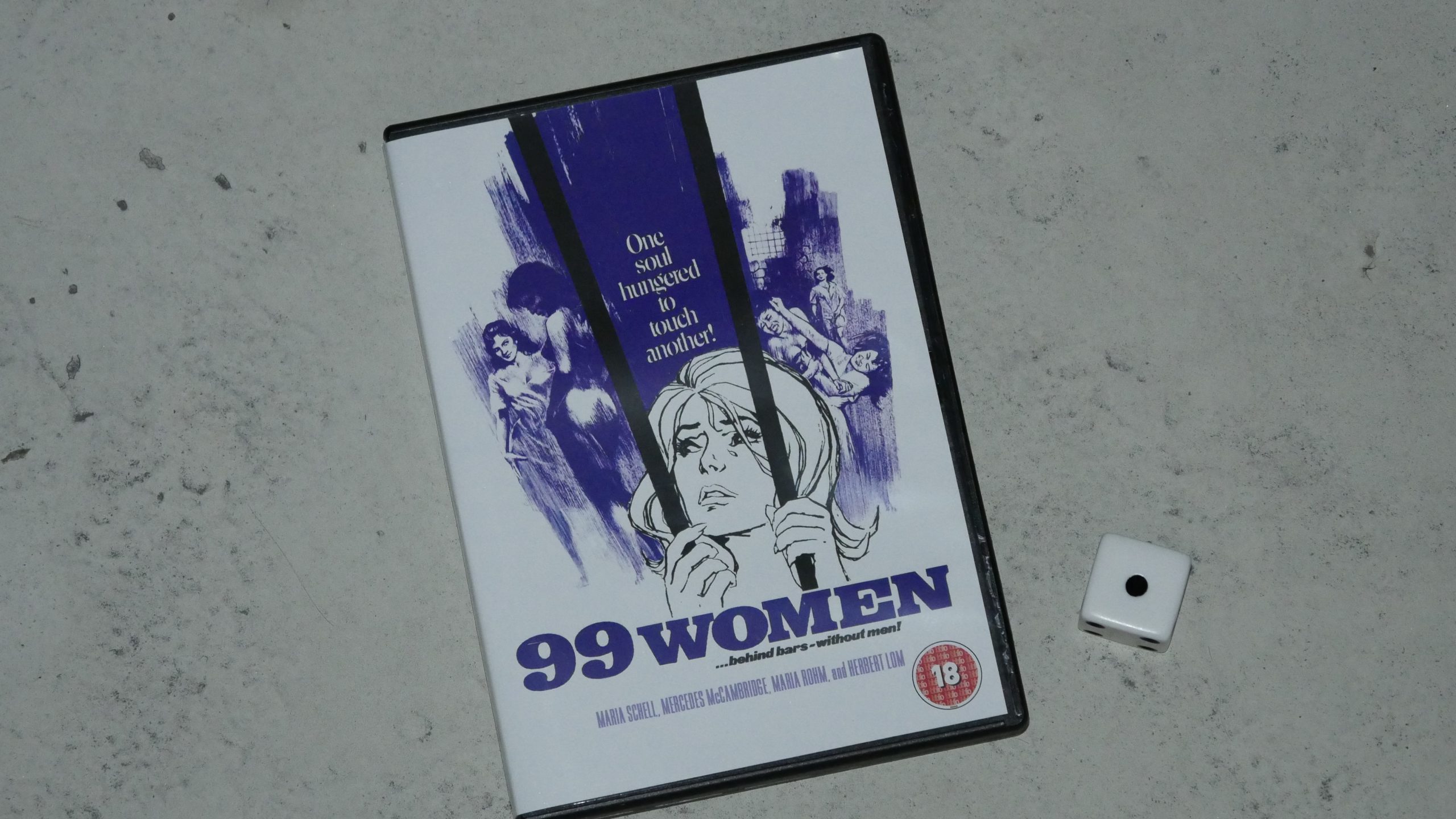 |  |
| 99 Women. Jesús Franco. 1969. Liechtenstein. March 11th, 2017. Strawberry G&T. | |||
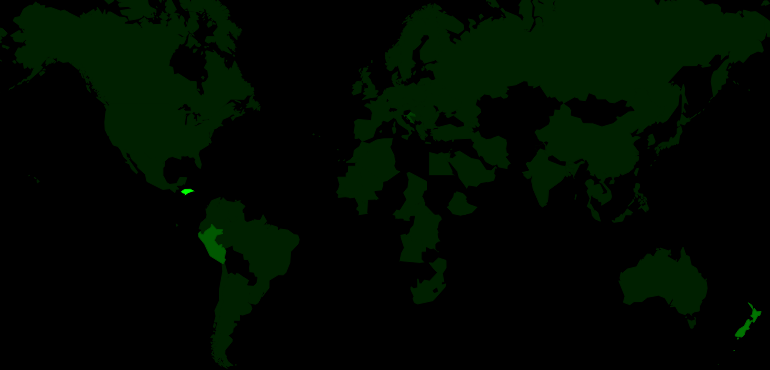 |  | 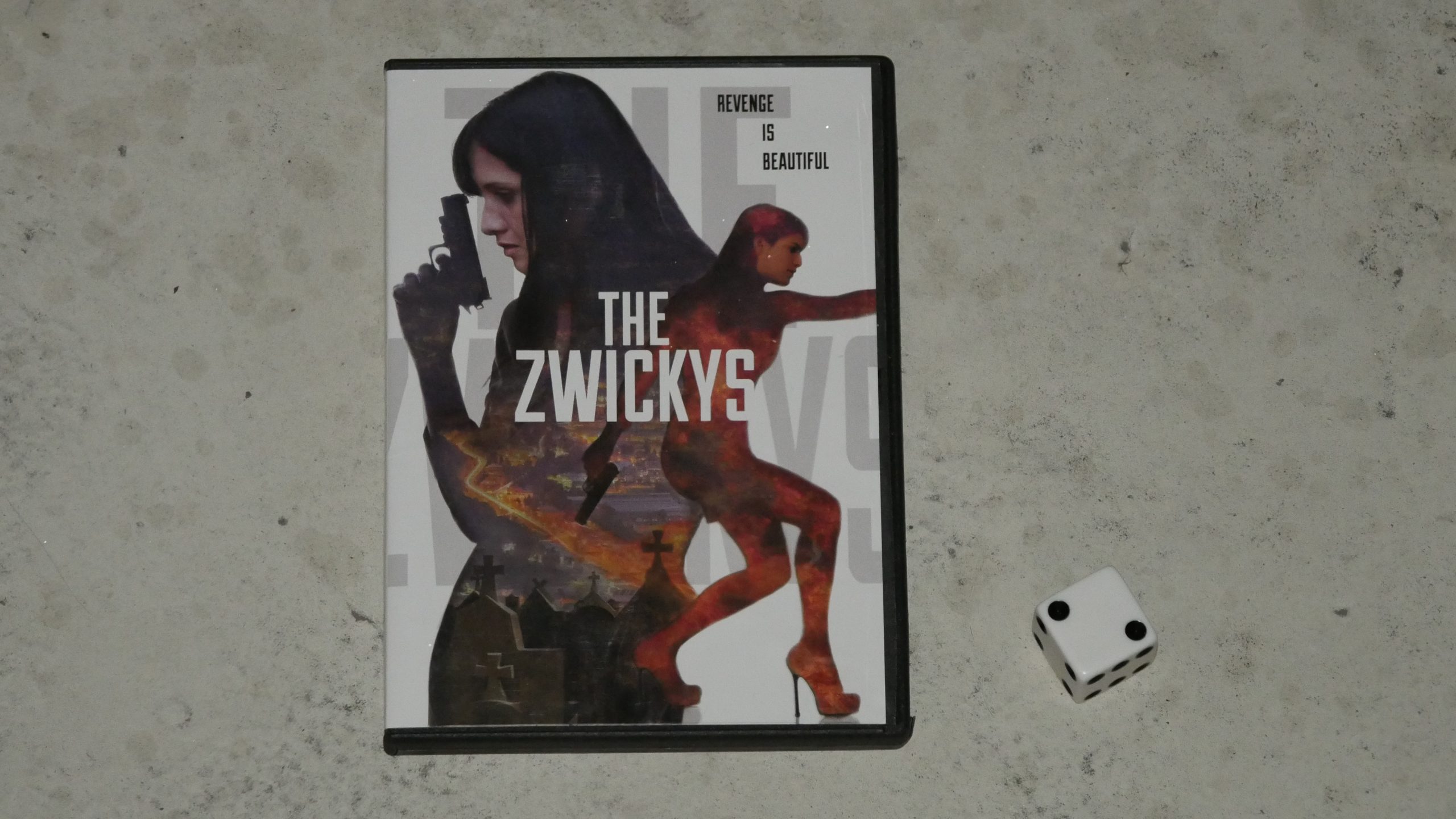 | 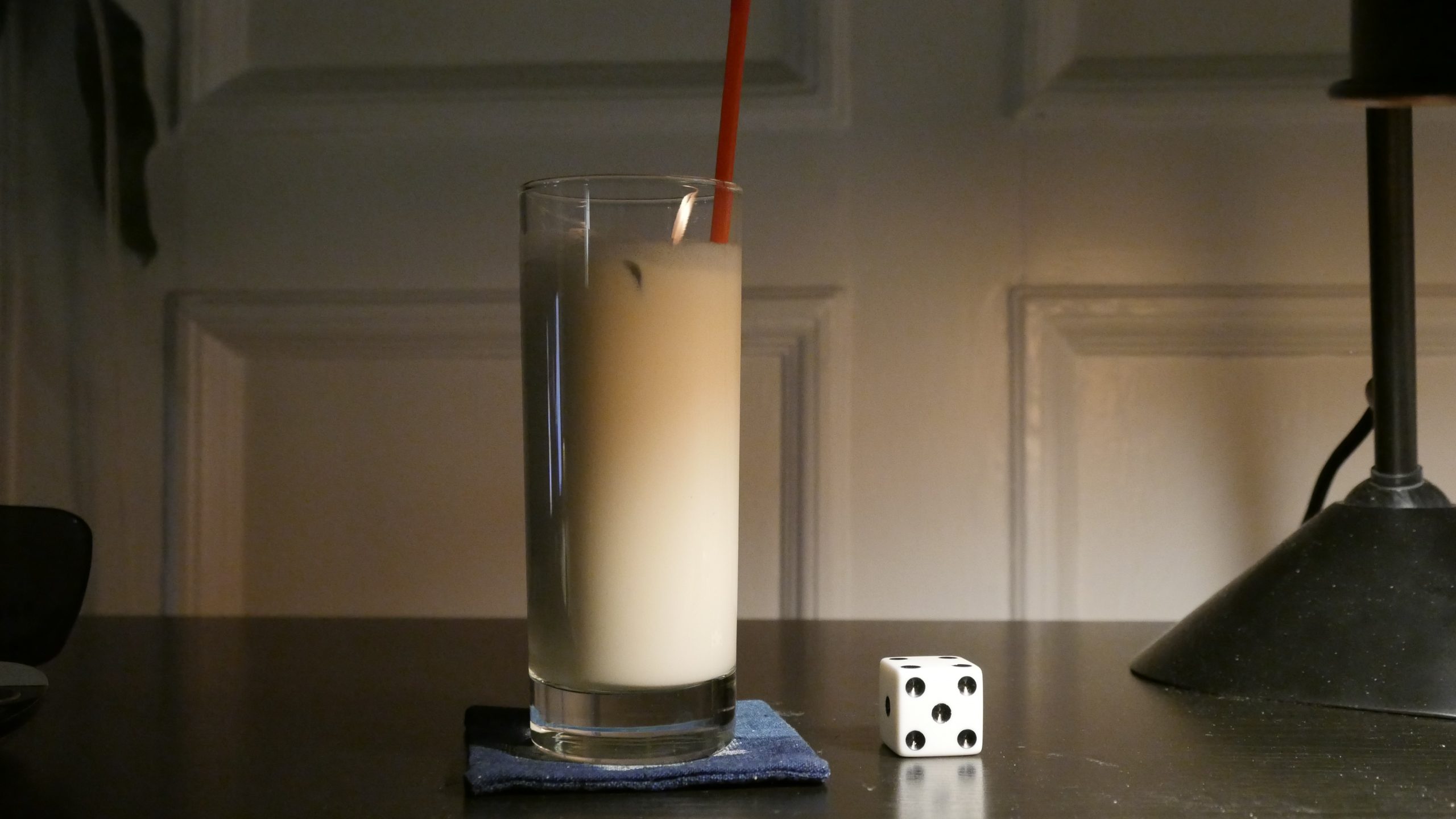 |
| The Zwickys. Andres Valle, Carlos Valle. 2014. Honduras. March 11th, 2017. Monkey La La. | |||
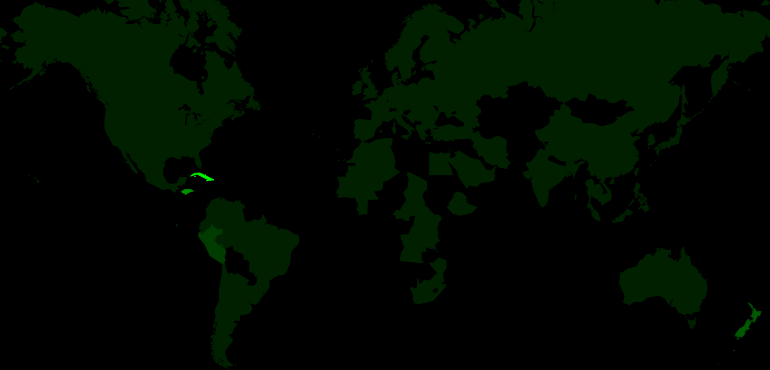 |  | 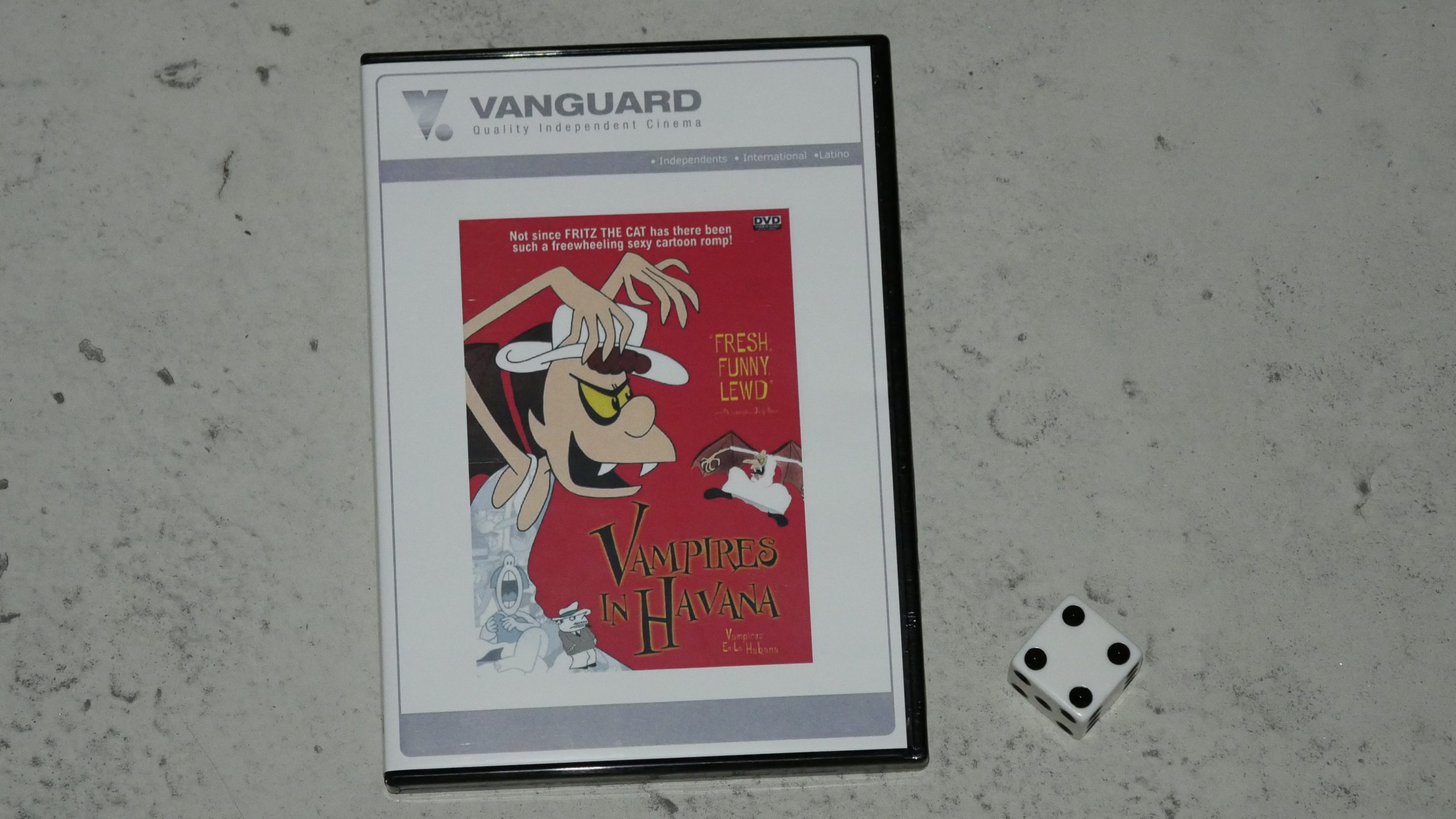 | 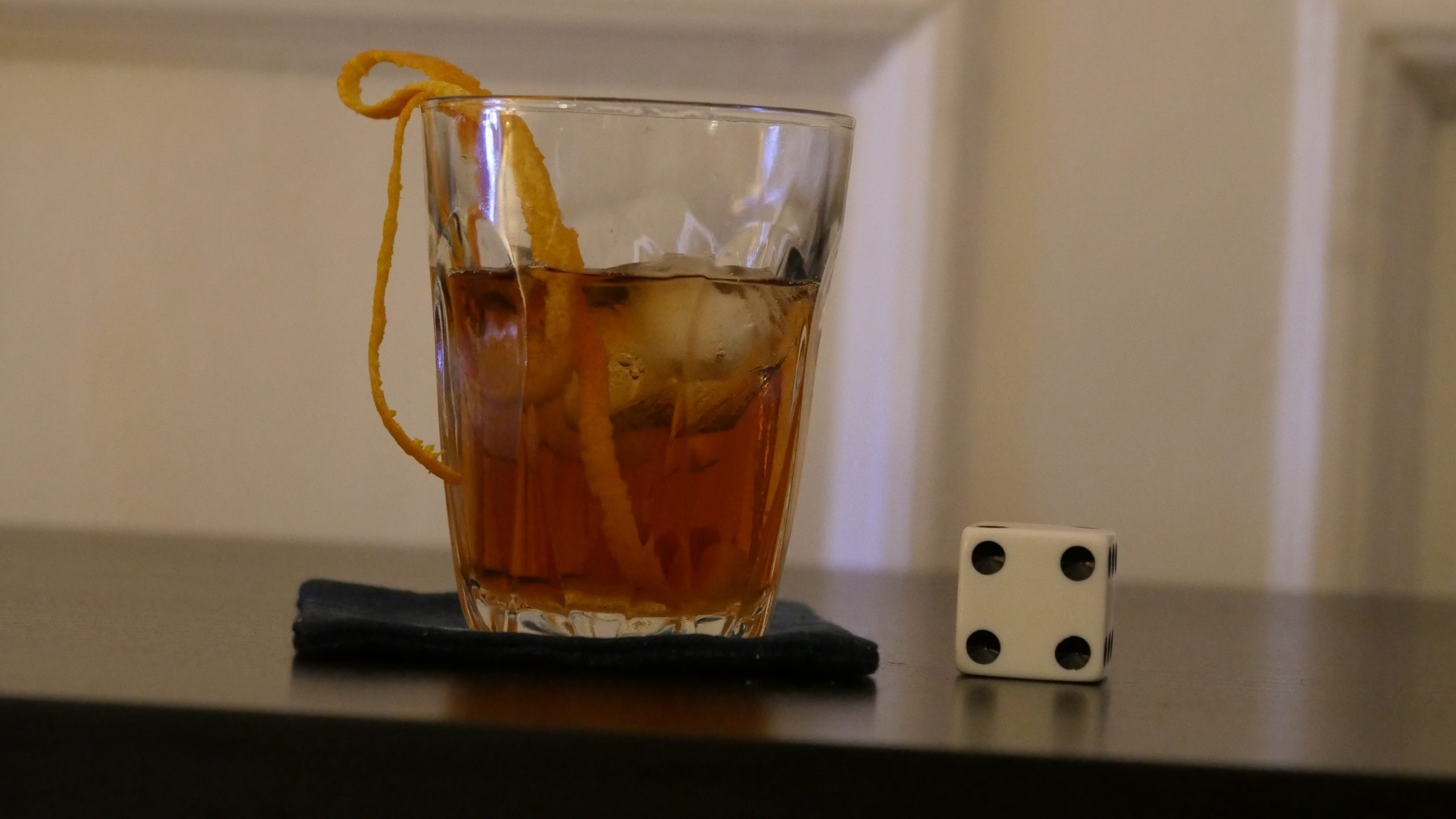 |
| Vampires in Havana. Juan Padrón. 1985. Cuba. March 17th, 2017. Cuban Old Fashioned. | |||
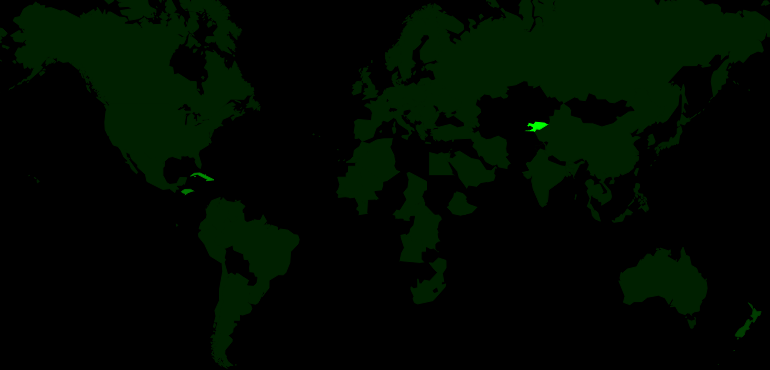 |  | 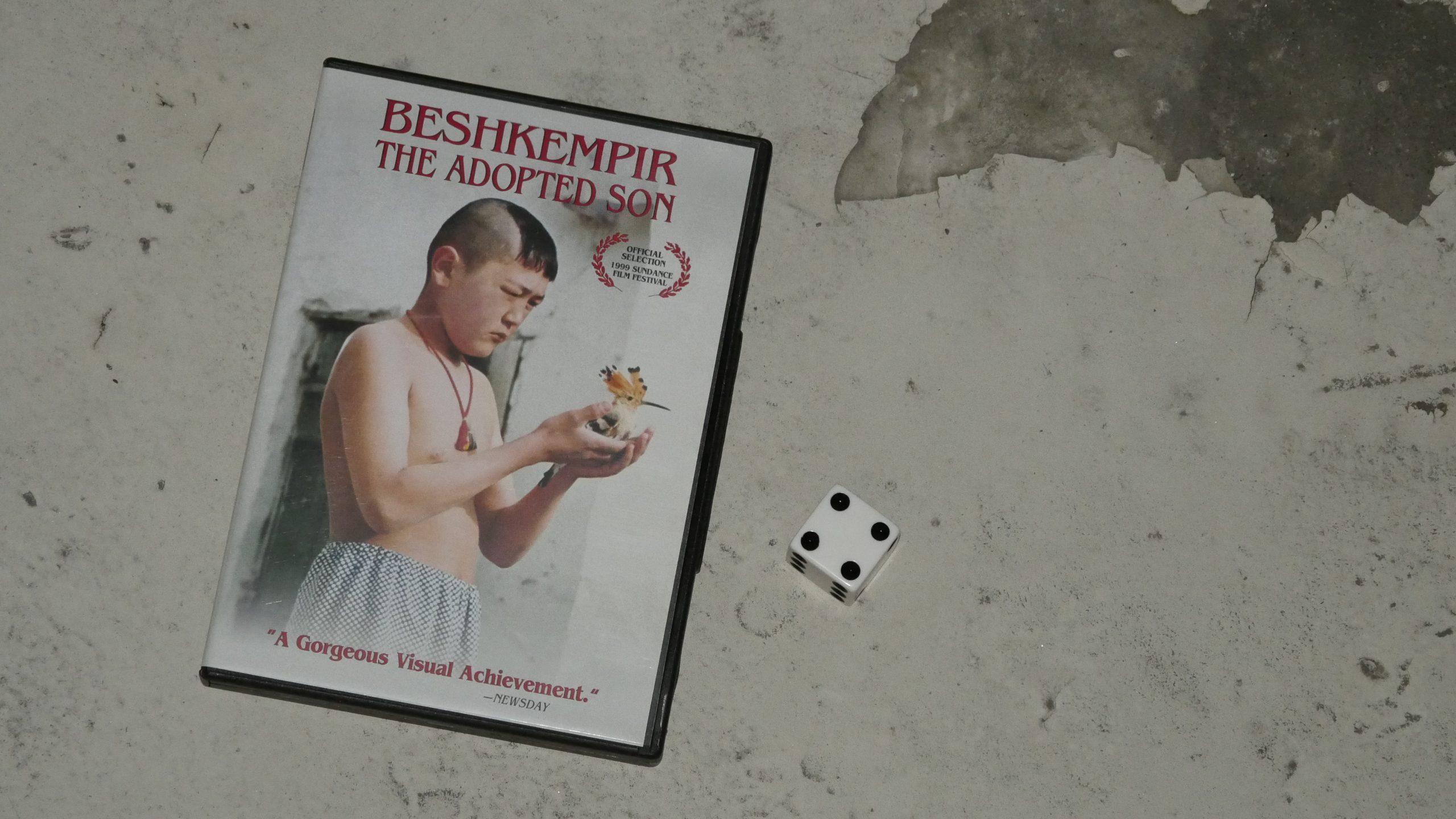 |  |
| The Adopted Son. Aktan Arym Kubat. 1998. Kyrgyzstan. March 17th, 2017. Hot Honey Lemon with Vodka. | |||
 |  | 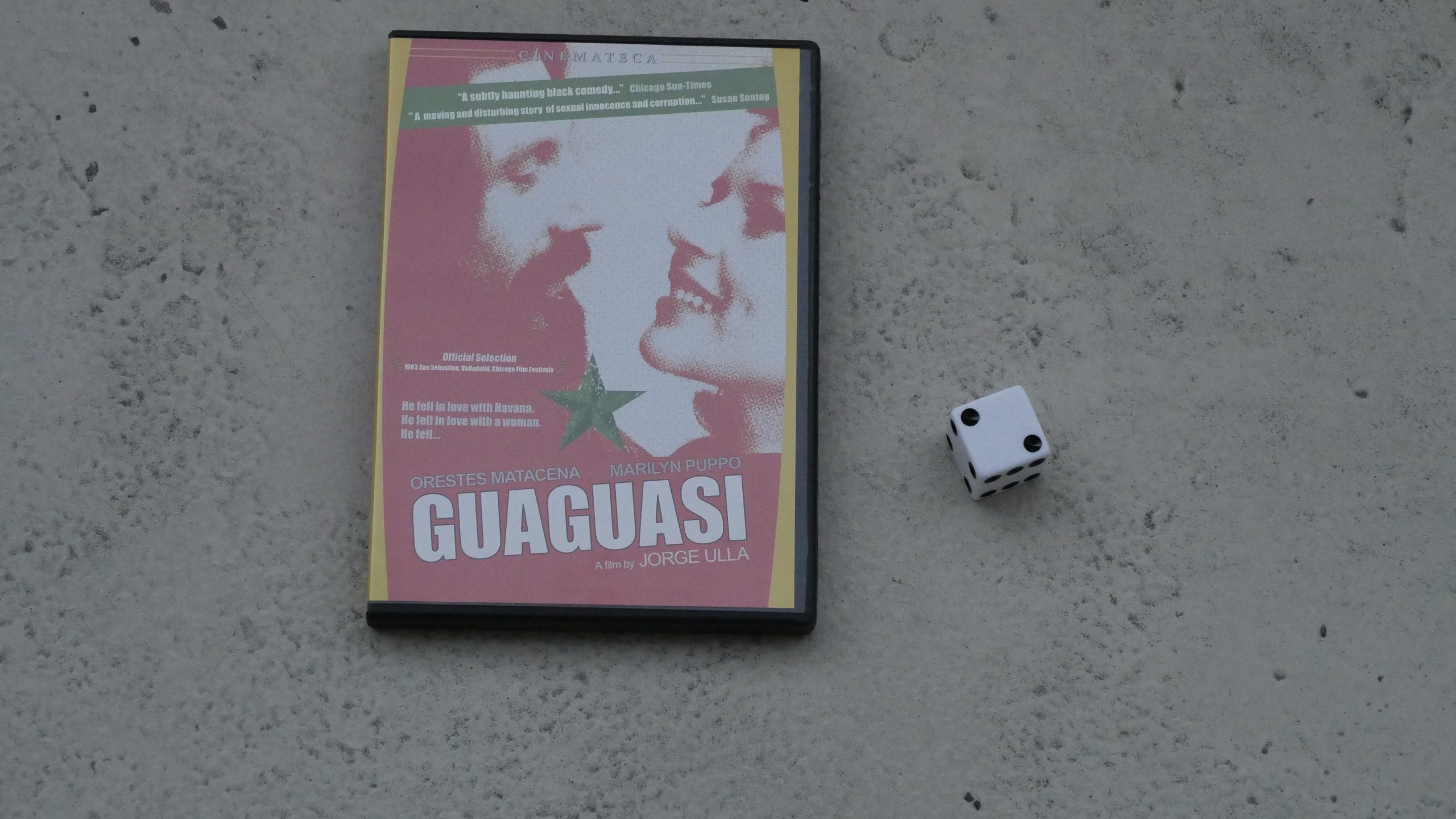 |  |
| Guaguasi. Jorge Ulla. 1983. Dominican Republic. March 18th, 2017. Dominican Goddess. | |||
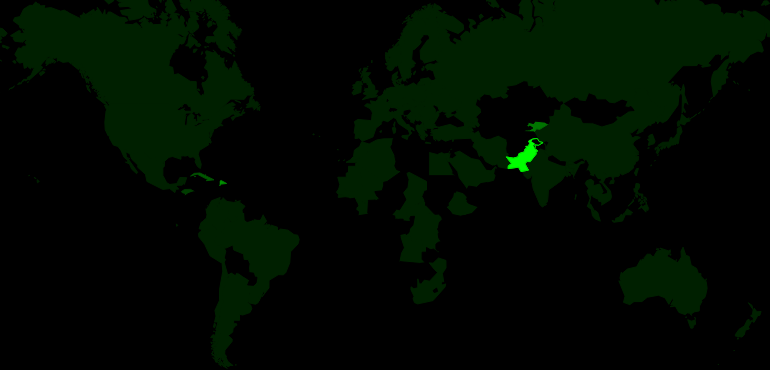 |  | 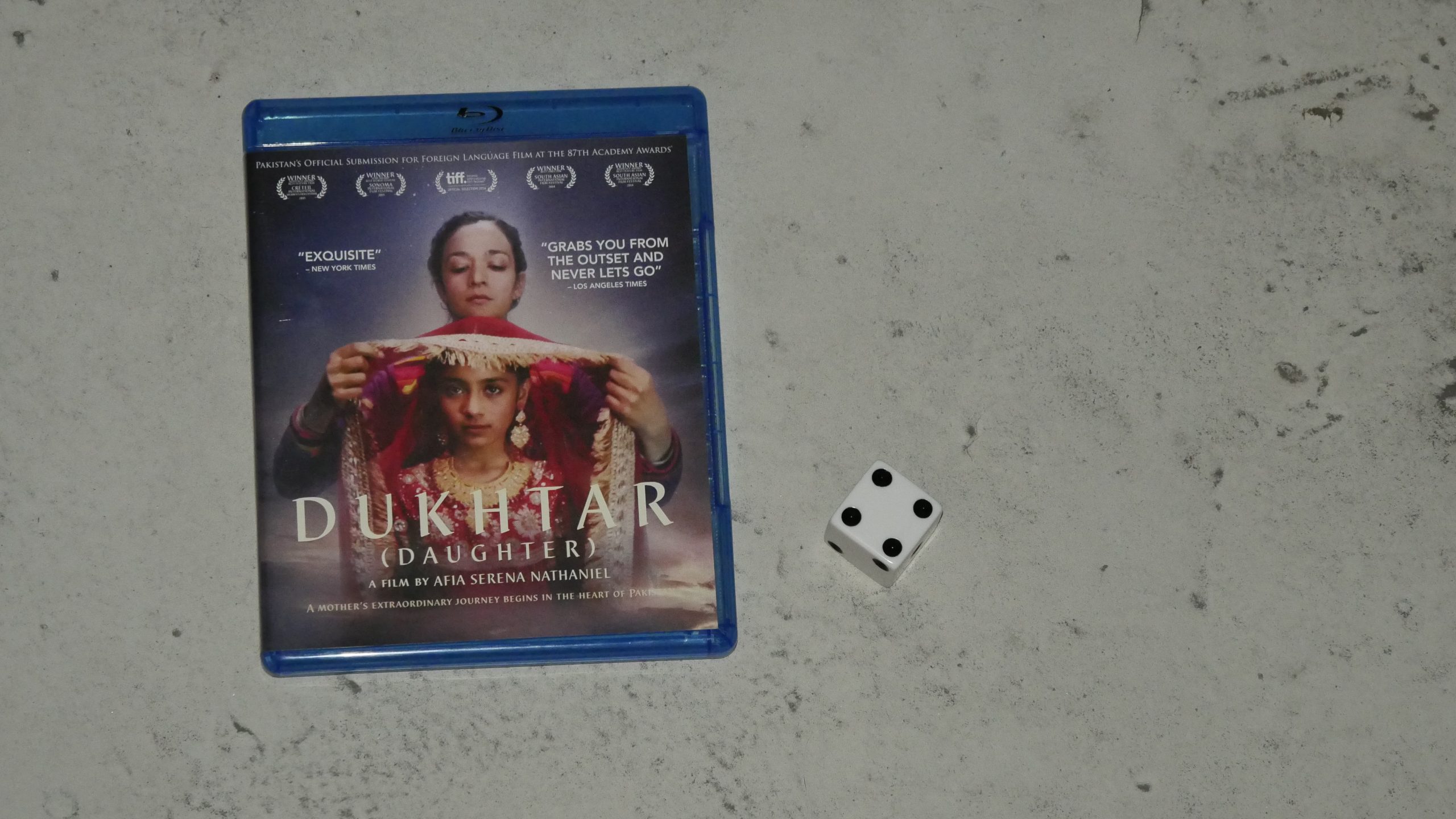 | 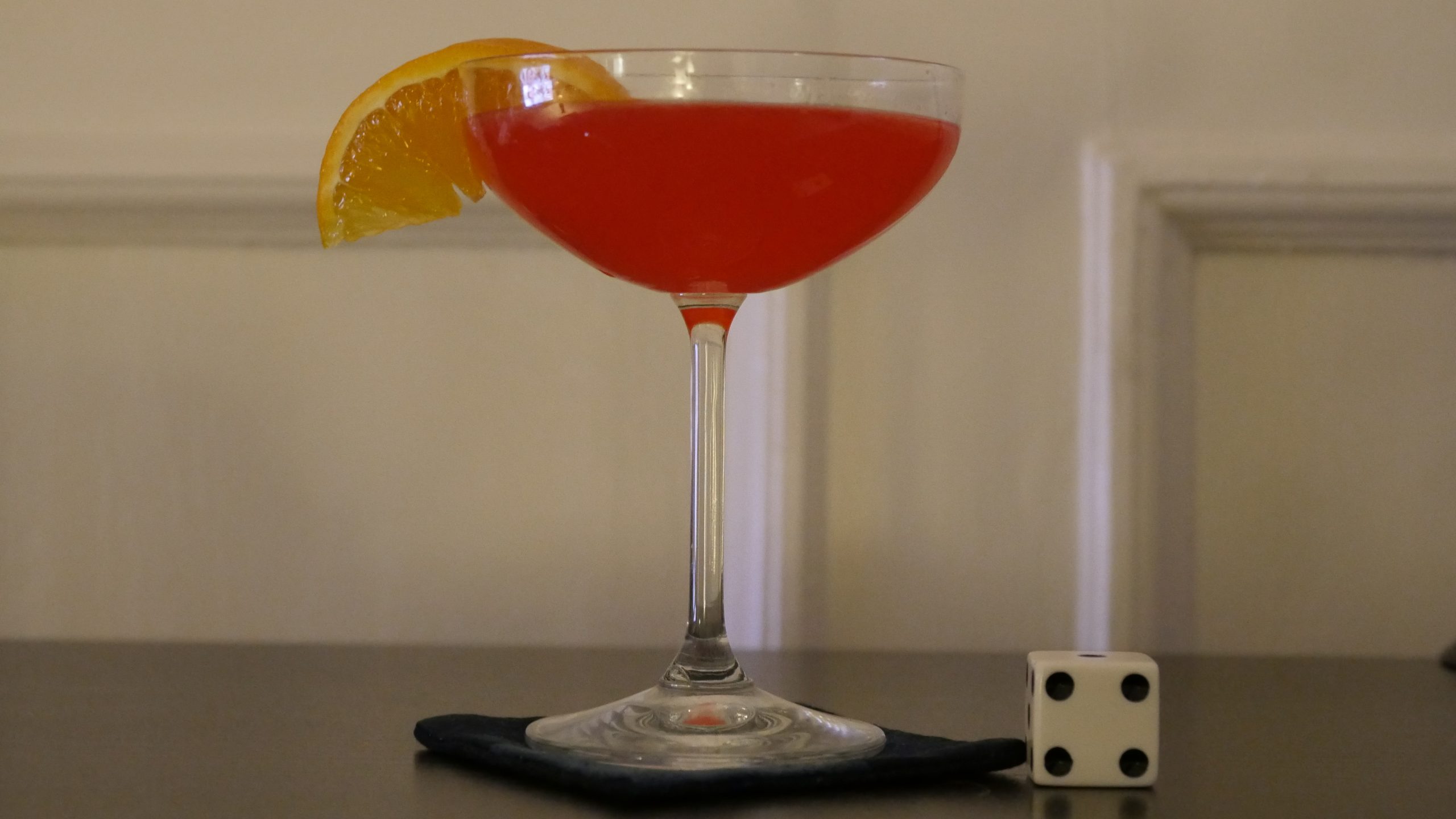 |
| Dukhtar. Afia Nathaniel. 2014. Pakistan. March 18th, 2017. Rooh Afza Cosmopolitan. | |||
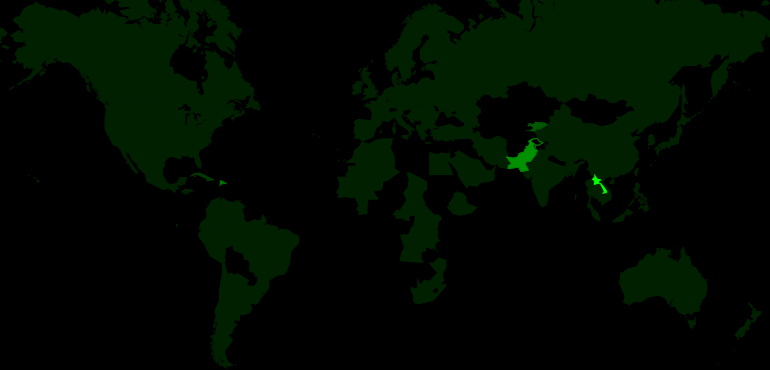 | 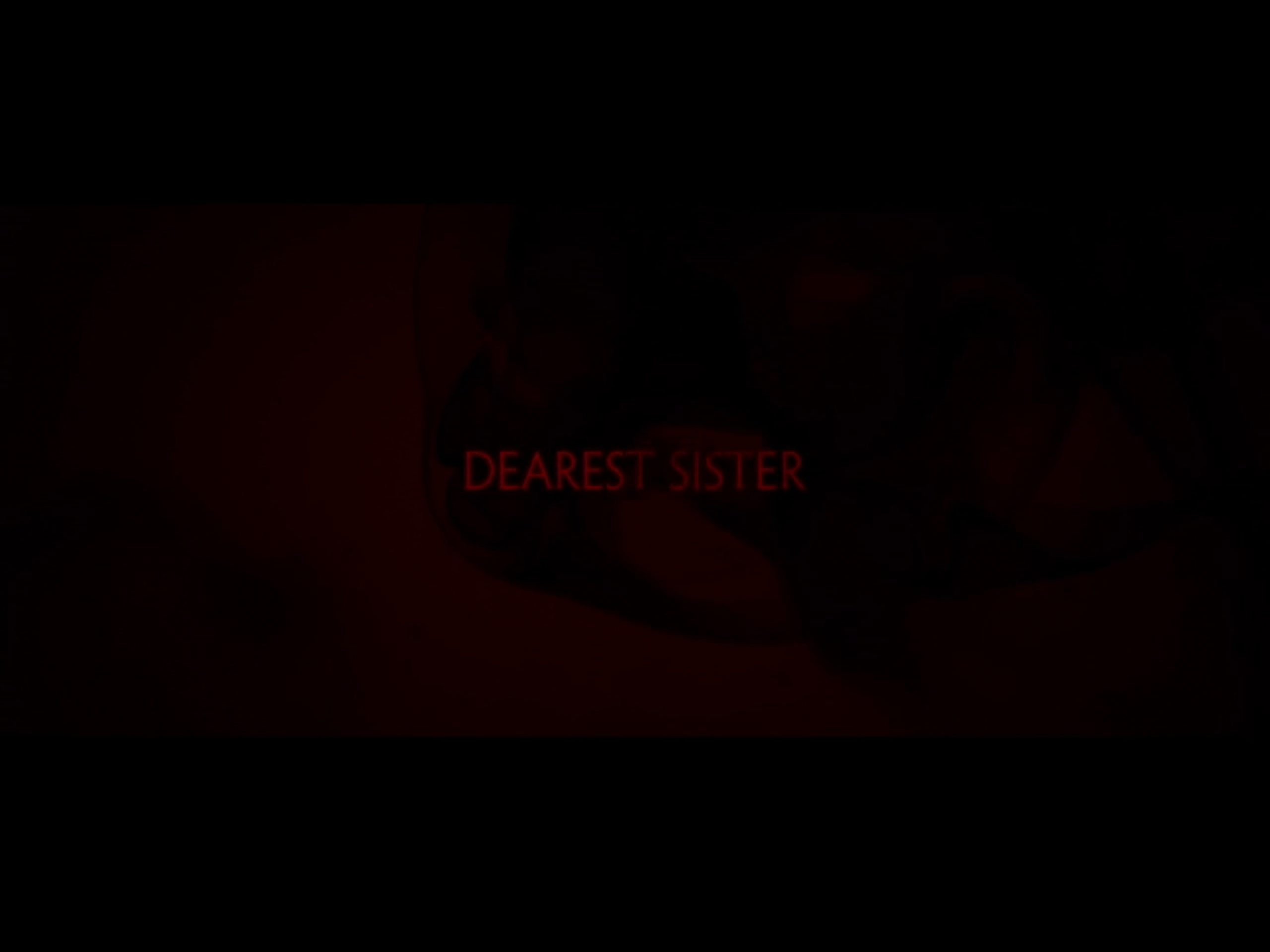 | 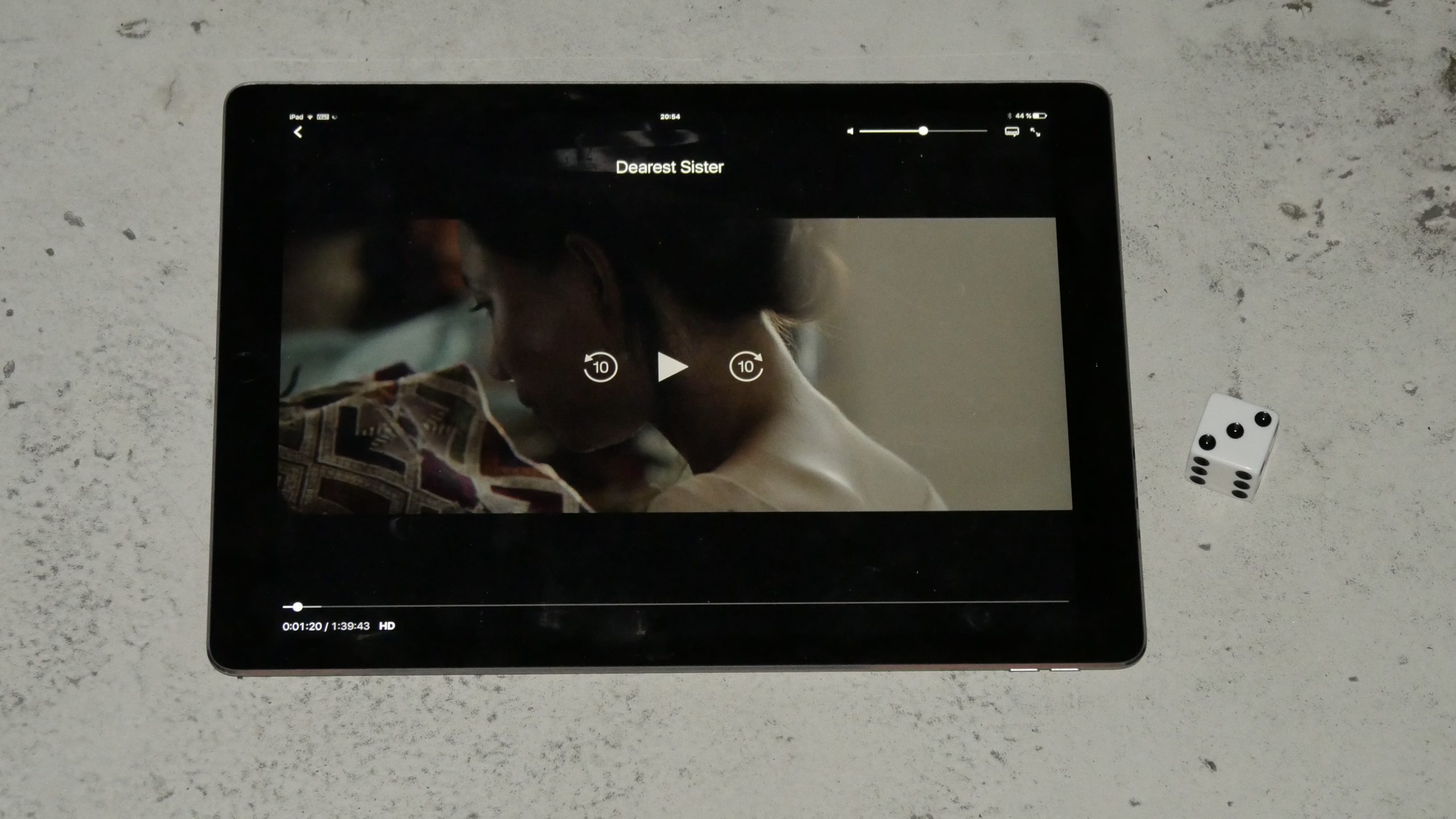 | 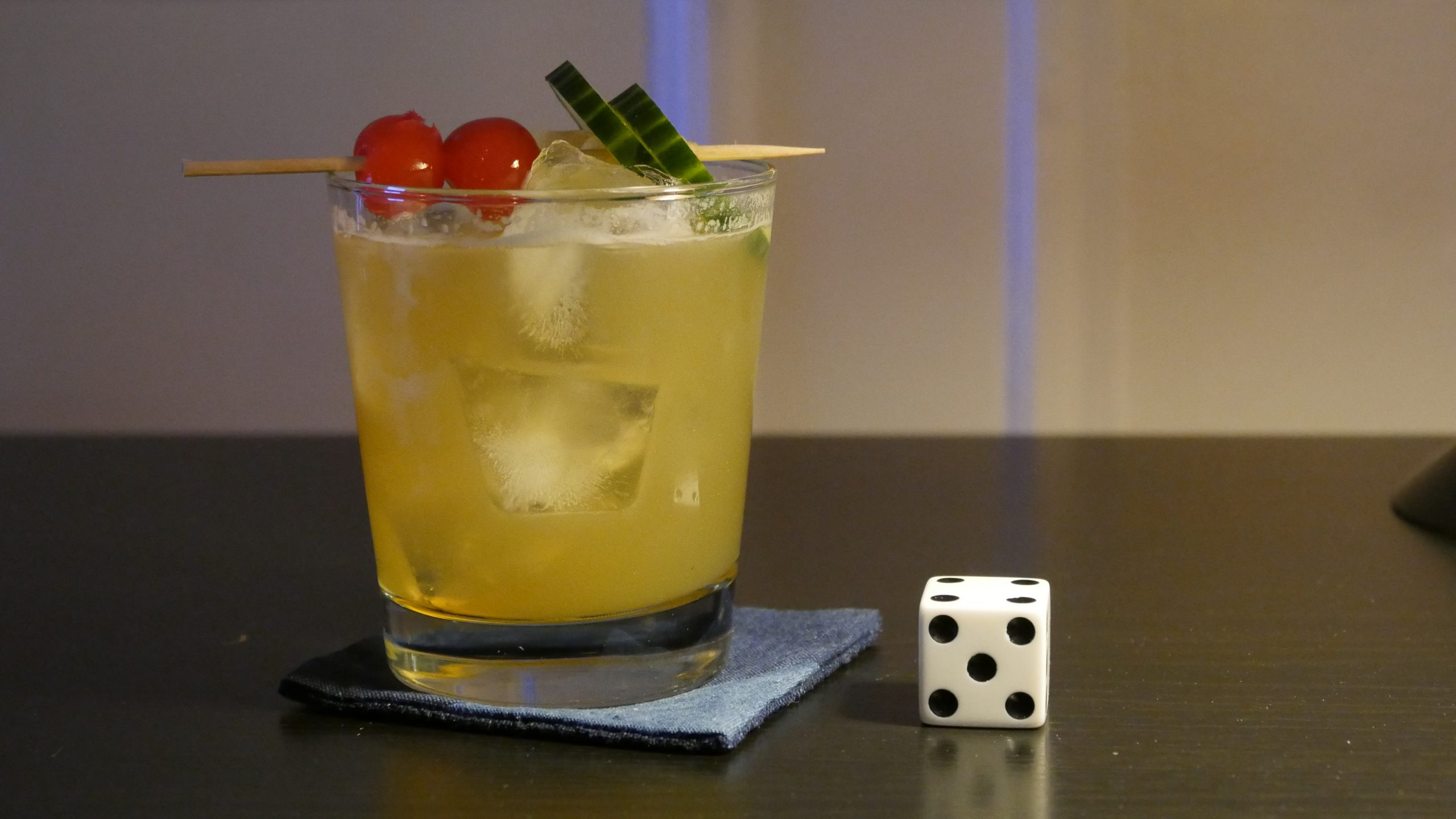 |
| Dearest Sister. Mattie Do. 2016. Laos. March 24th, 2017. Lost in Laos. | |||
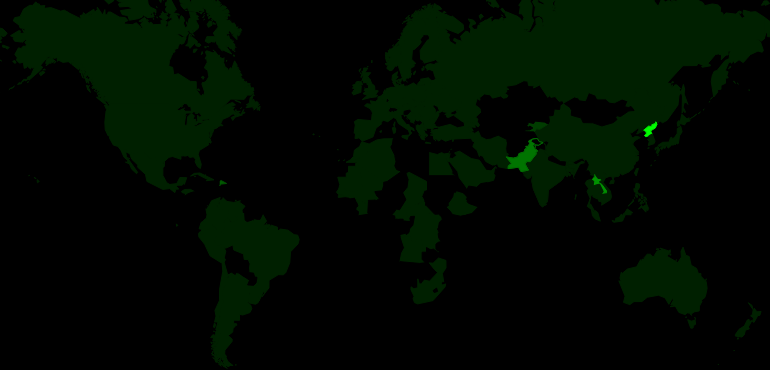 |  | 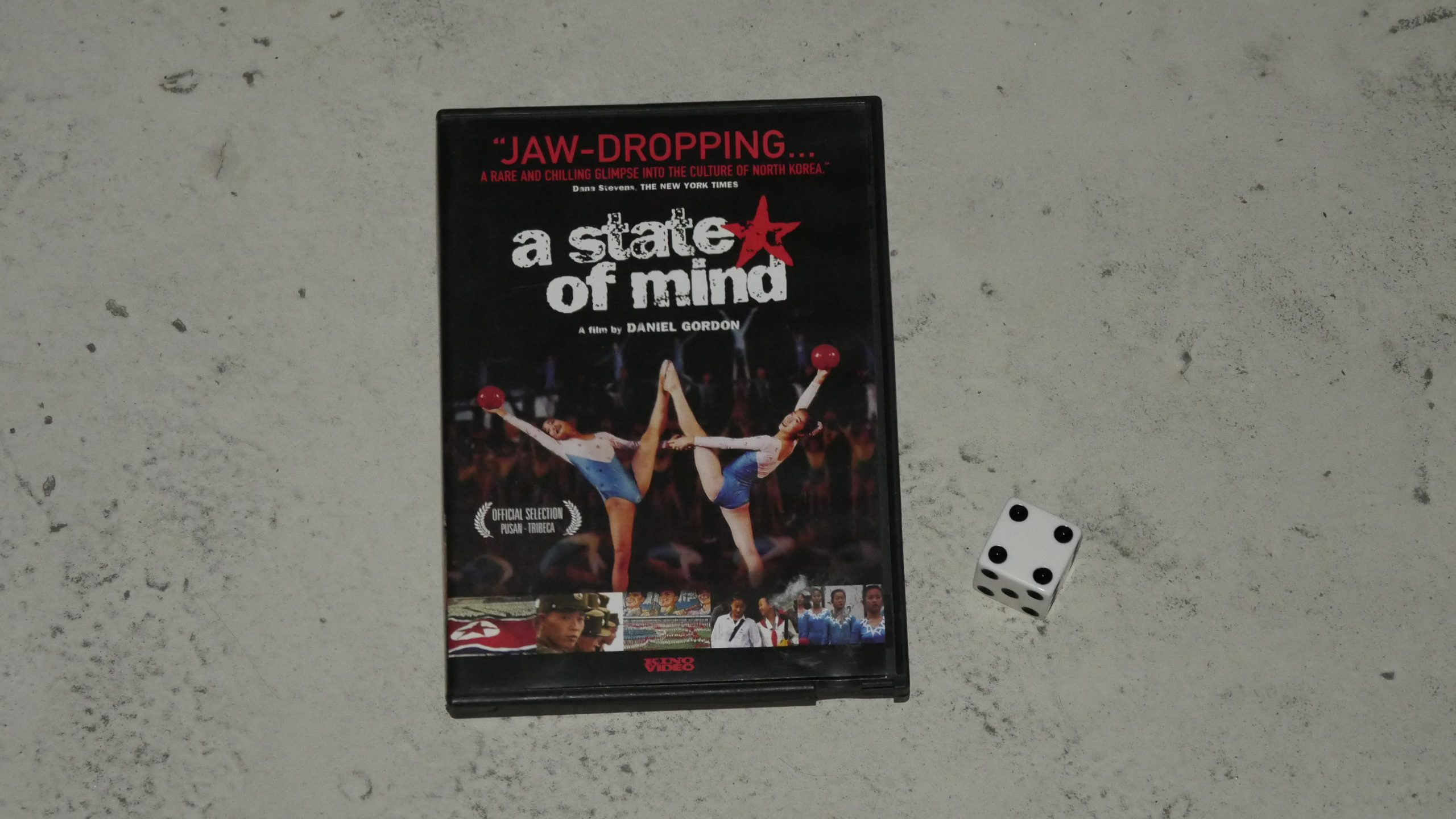 | 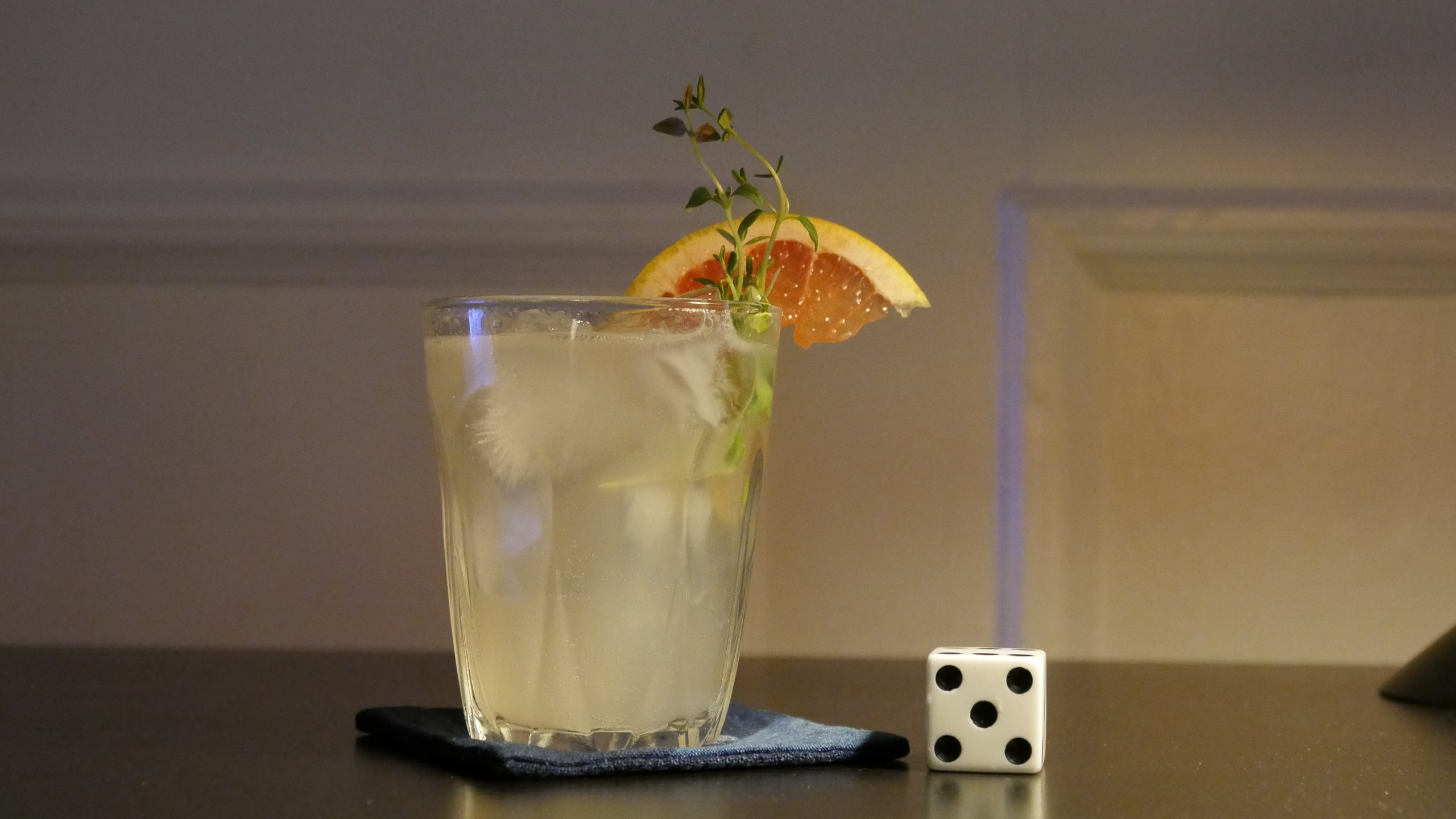 |
| A State of Mind. Daniel Gordon. 2004. North Korea. March 24th, 2017. Pyongyang Sling. | |||
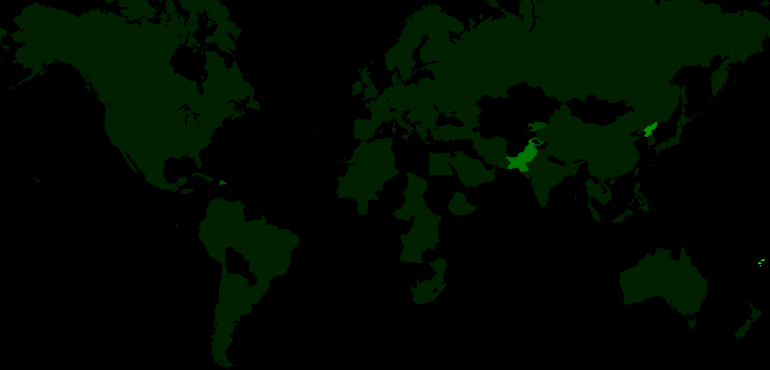 | 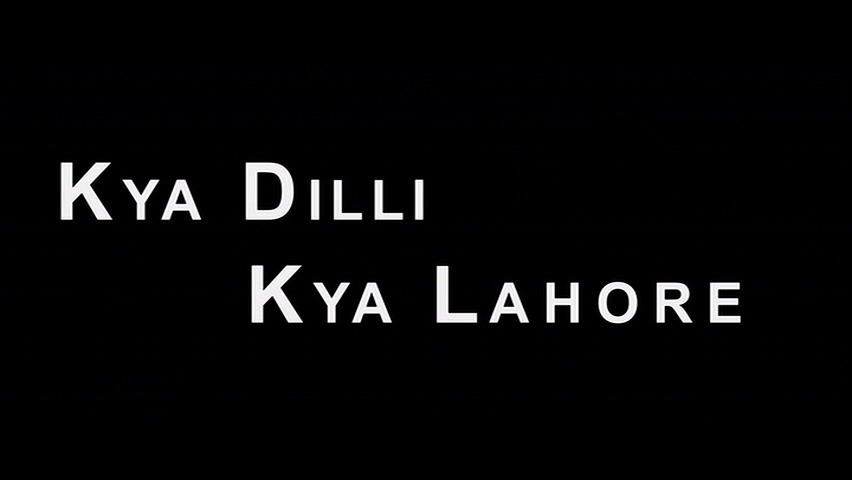 | 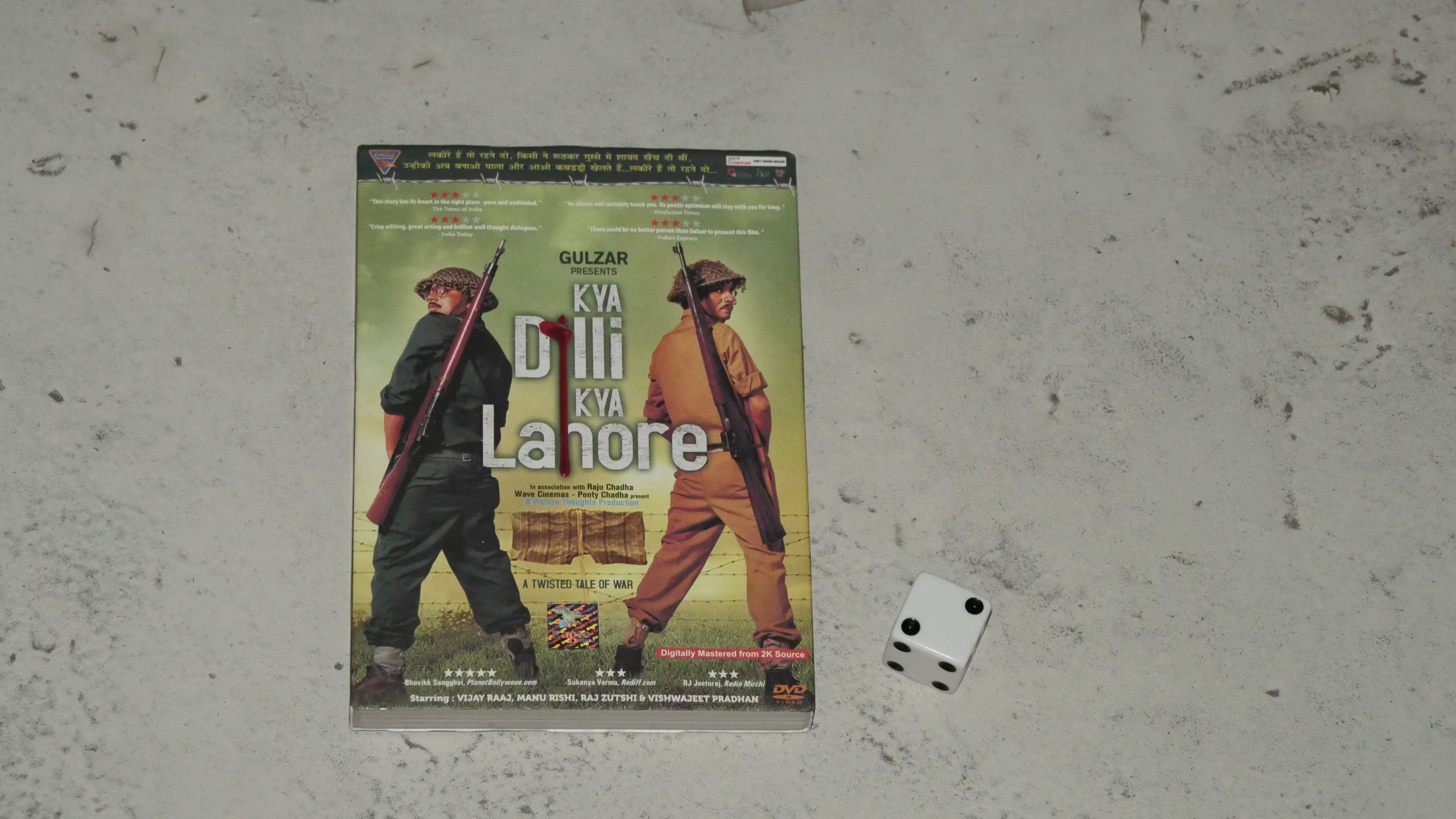 | 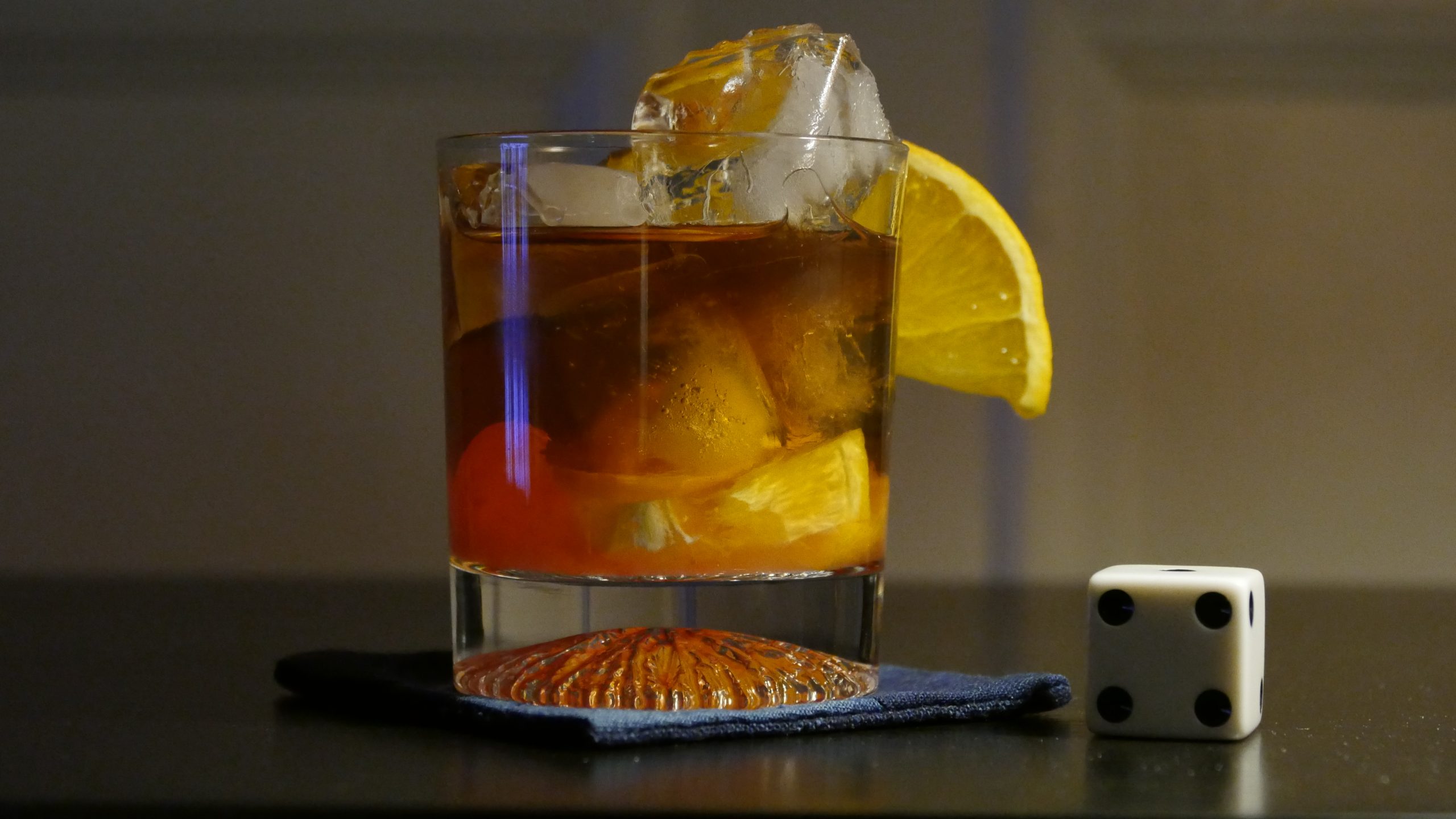 |
| Kya Dilli Kya Lahore. Vijay Raaz. 2014. Fiji. March 26th, 2017. Welcome Cocktail. | |||
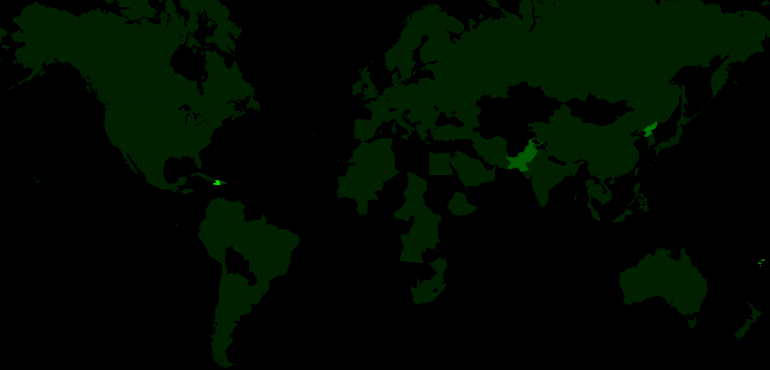 |  | 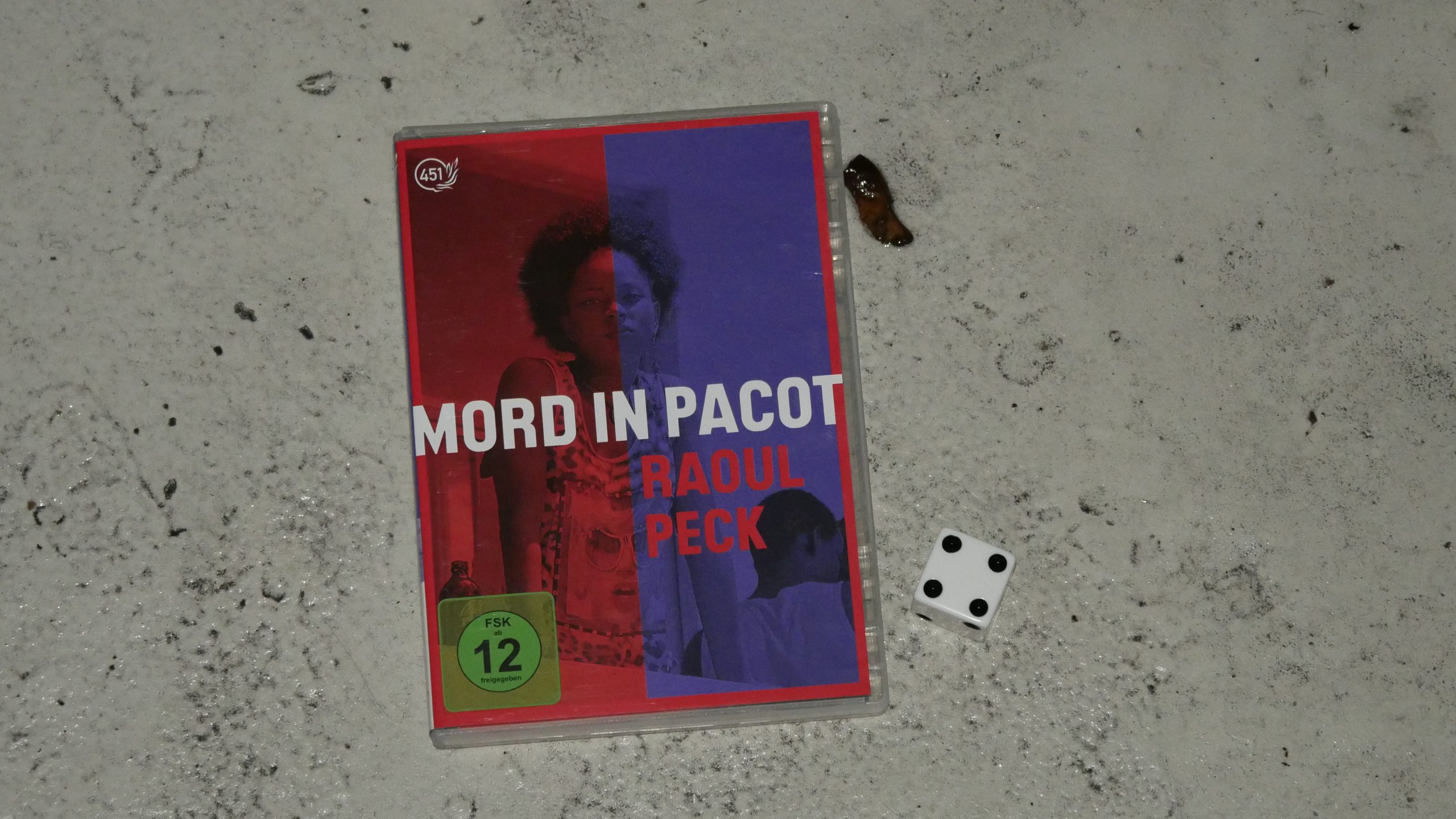 | 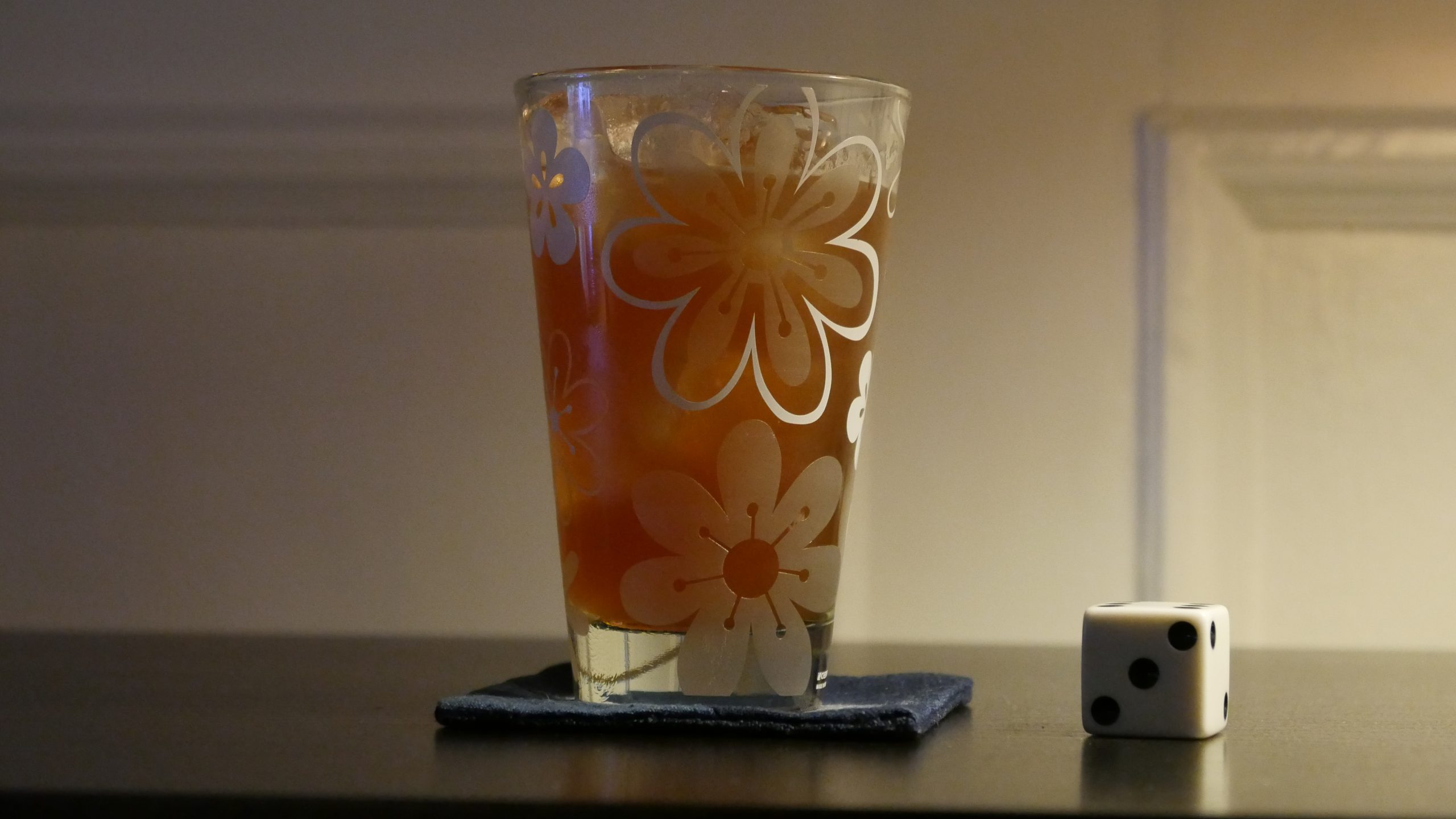 |
| Murder in Pacot. Raoul Peck. 2014. Haiti. March 31th, 2017. Cesar’s Rum Punch. | |||
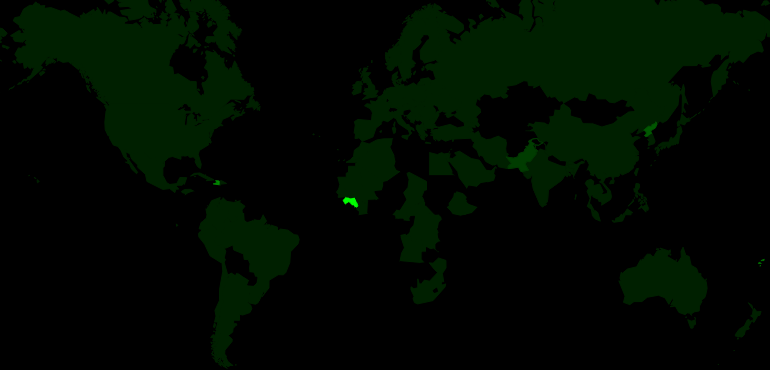 |  | 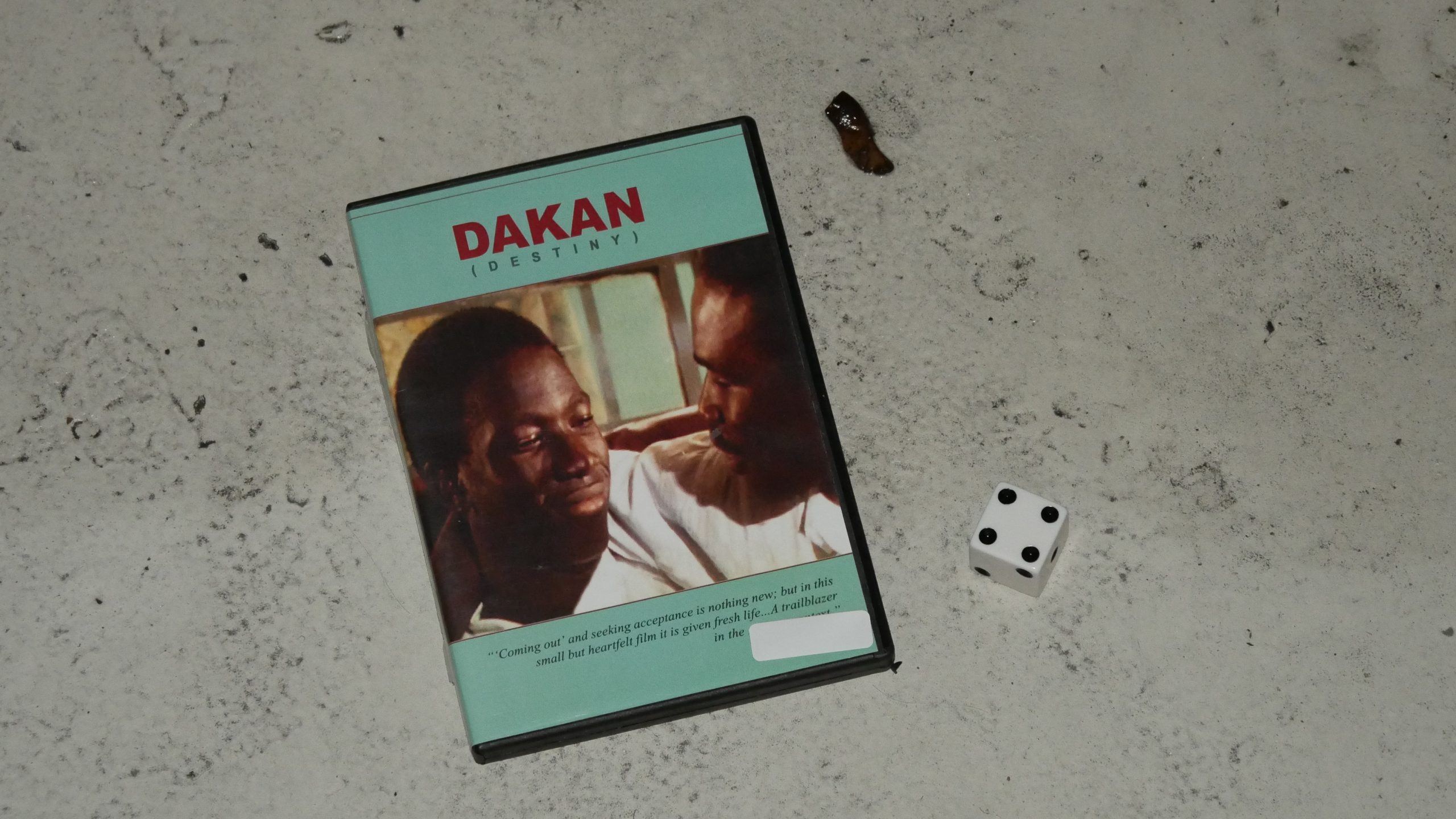 | 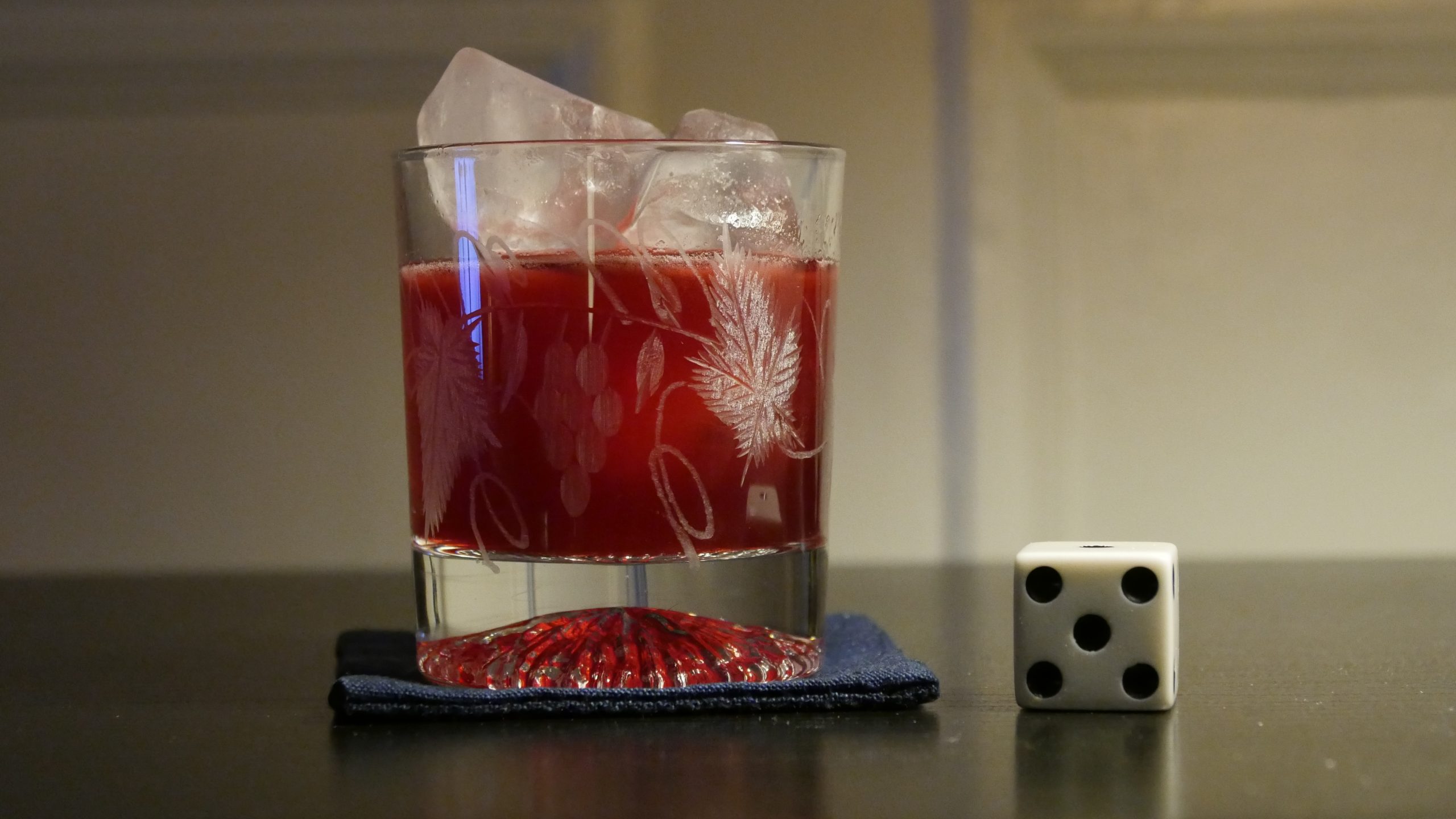 |
| Destiny. Muhammad Camara. 1997. Guinea. March 31th, 2017. Guinea Bissap. | |||
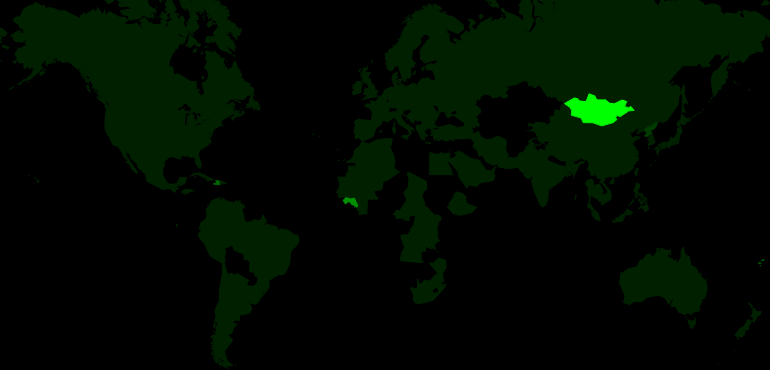 |  | 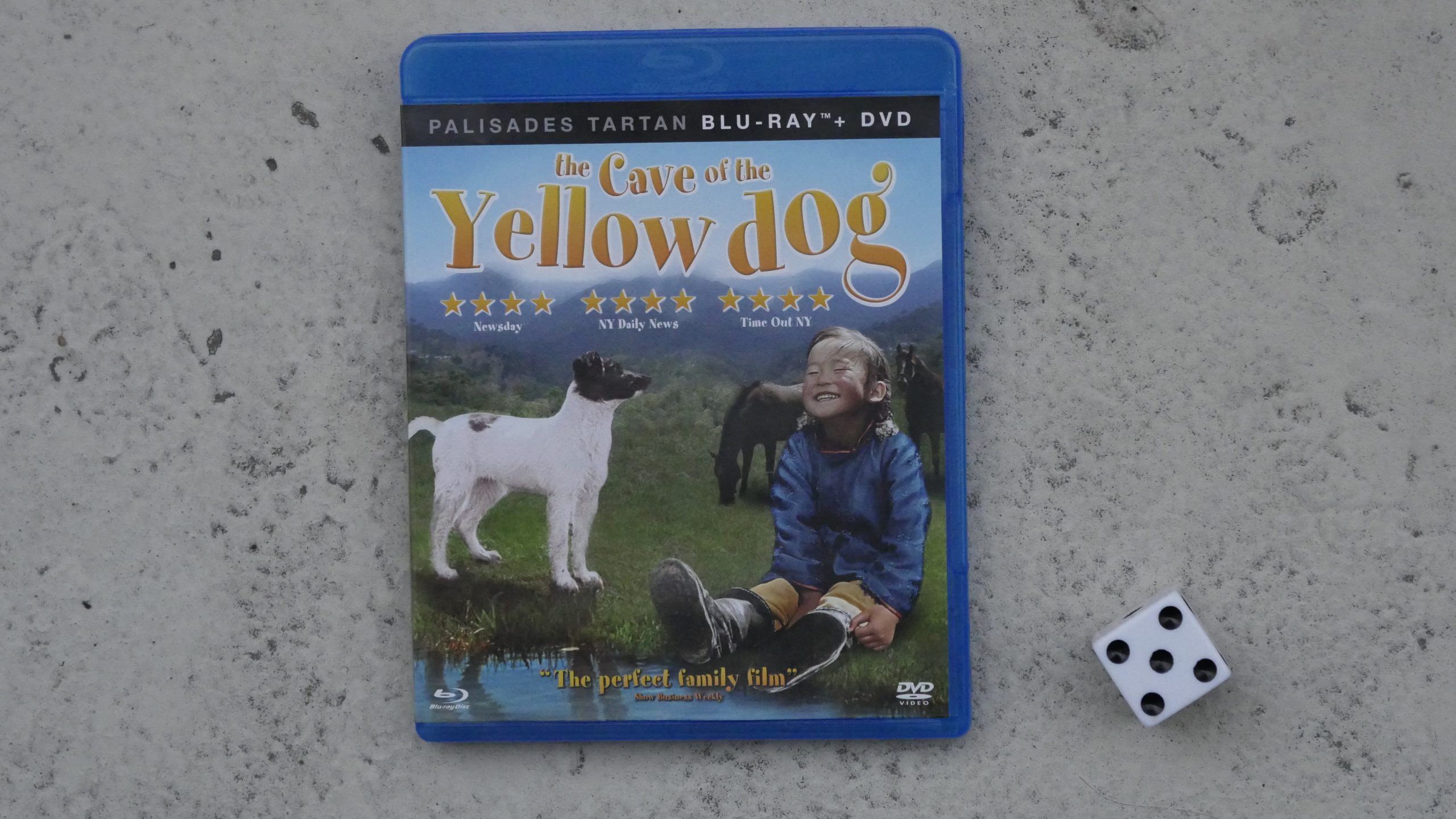 | 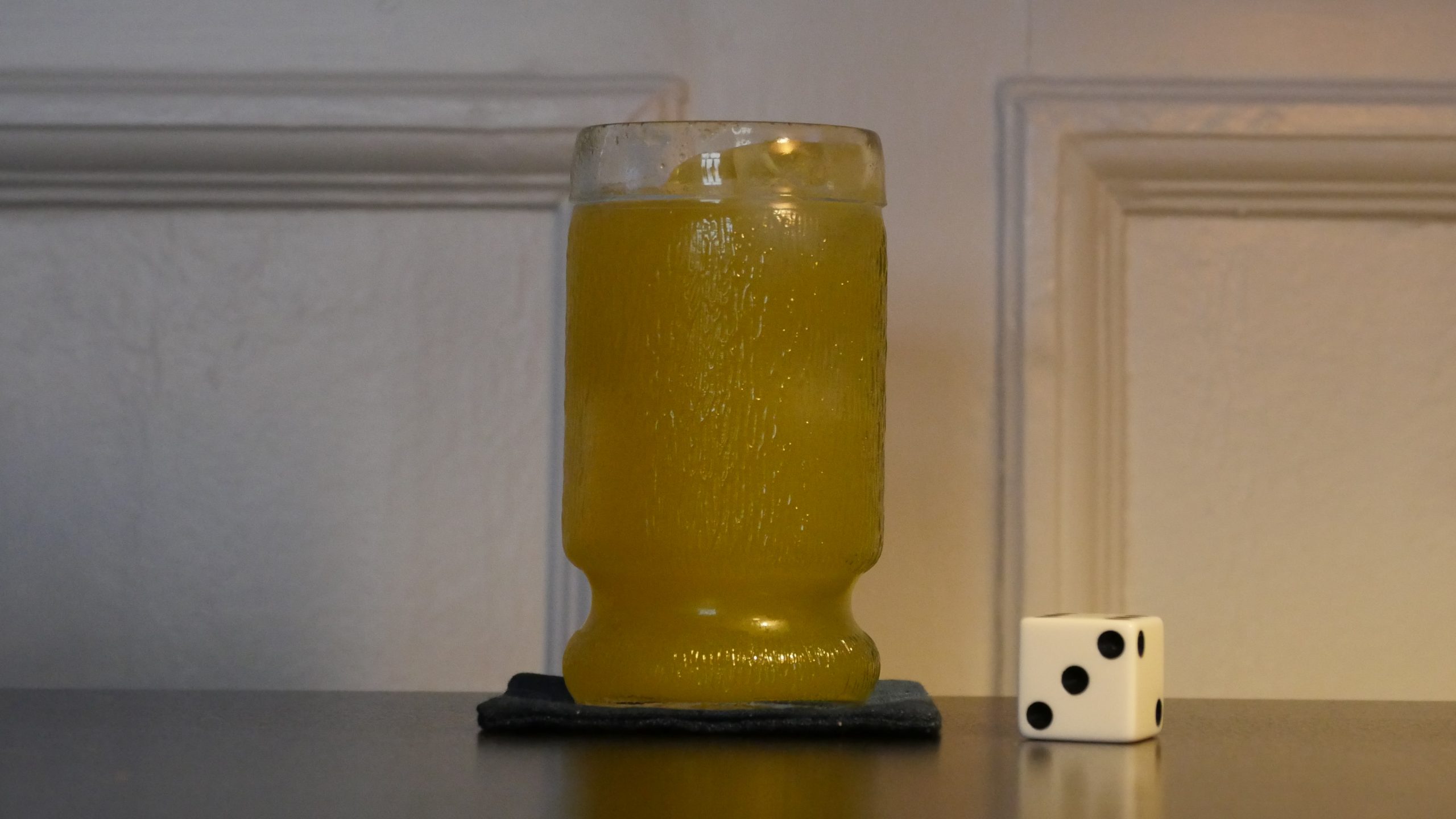 |
| The Cave of the Yellow Dog. Byambasuren Davaa. 2005. Mongolia. April 1st, 2017. Mongolian. | |||
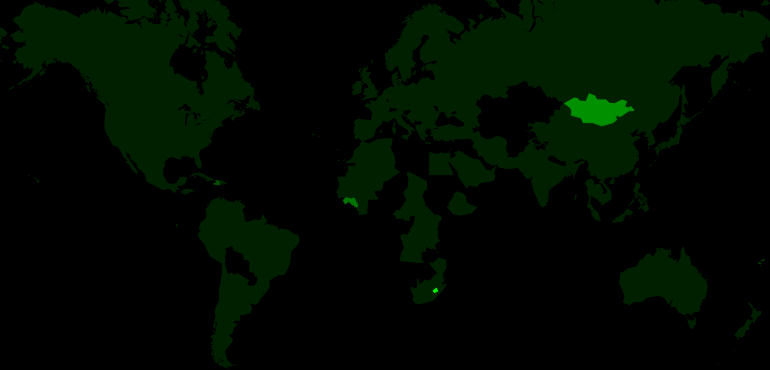 |  | 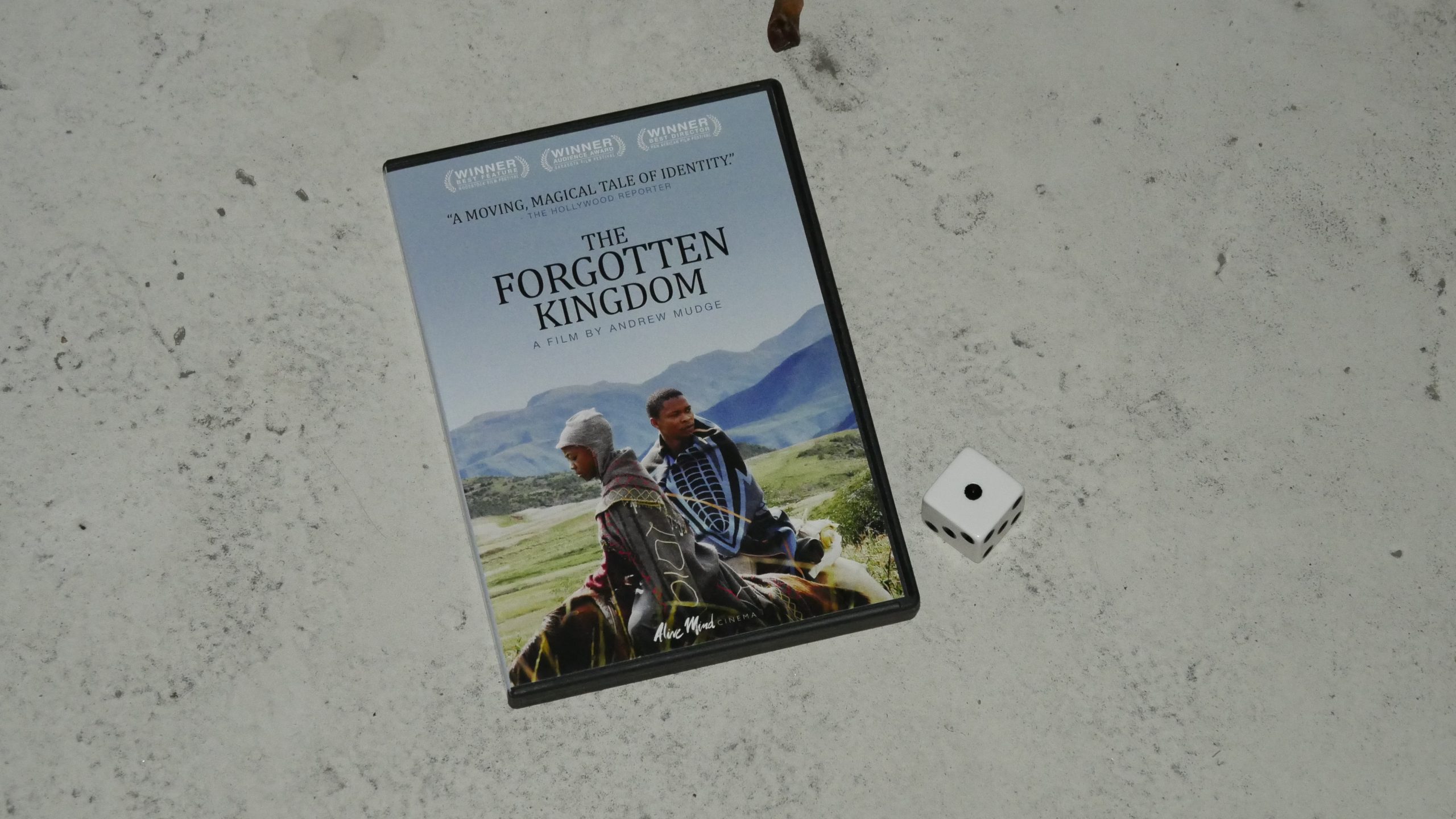 |  |
| The Forgotten Kingdom. Andrew Mudge. 2013. Lesotho. April 1st, 2017. Lesotho Lady. | |||
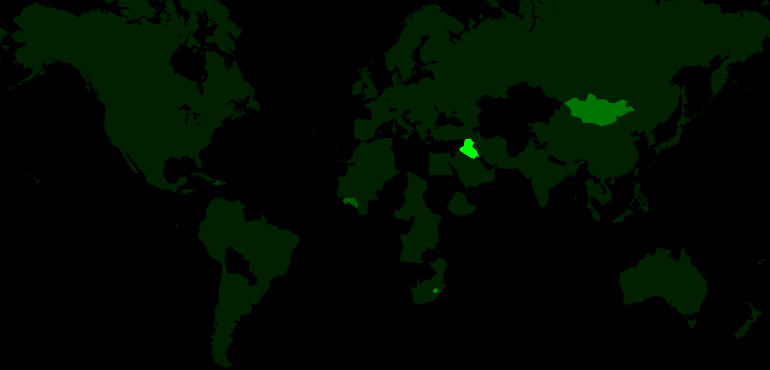 | 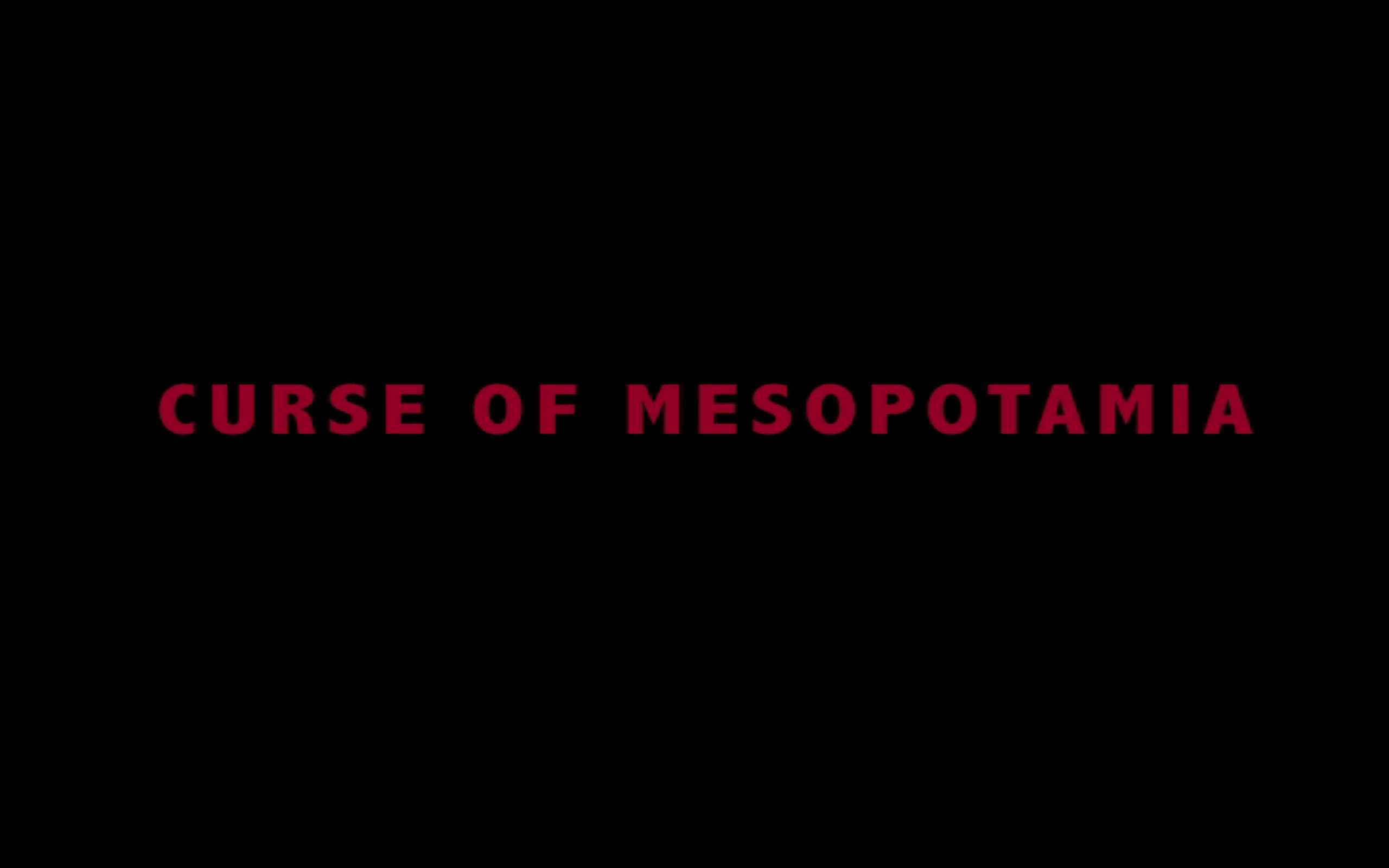 |  |  |
| Curse of Mesopotamia. Lauand Omar. 2015. Iraq. April 3rd, 2017. Kubbeh Libre. | |||
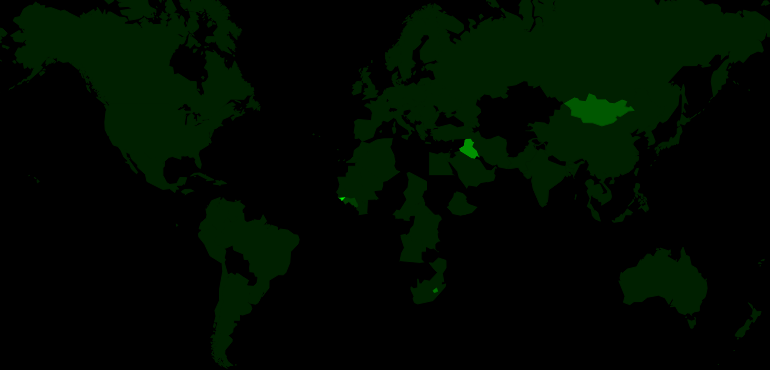 |  | 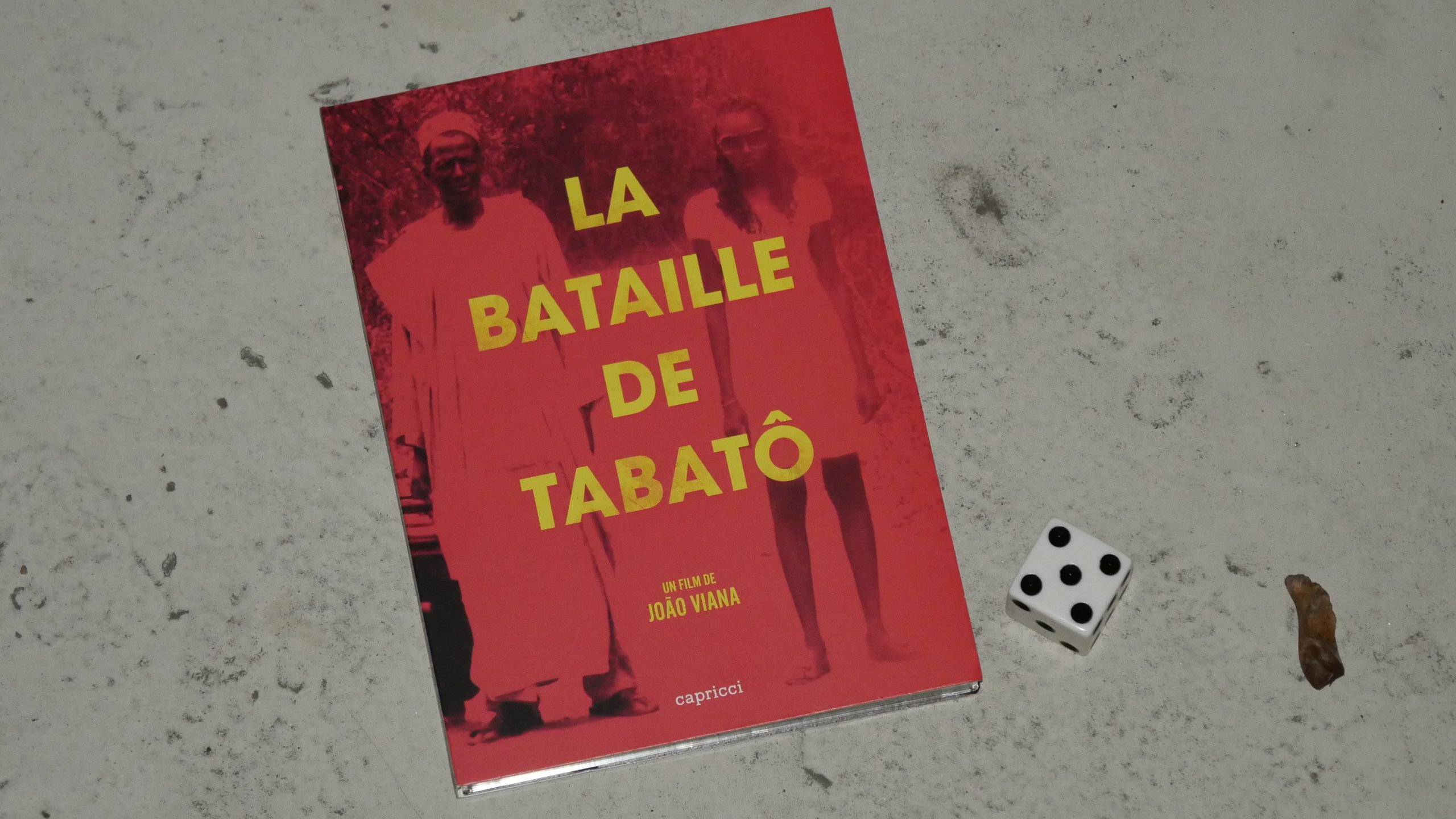 | 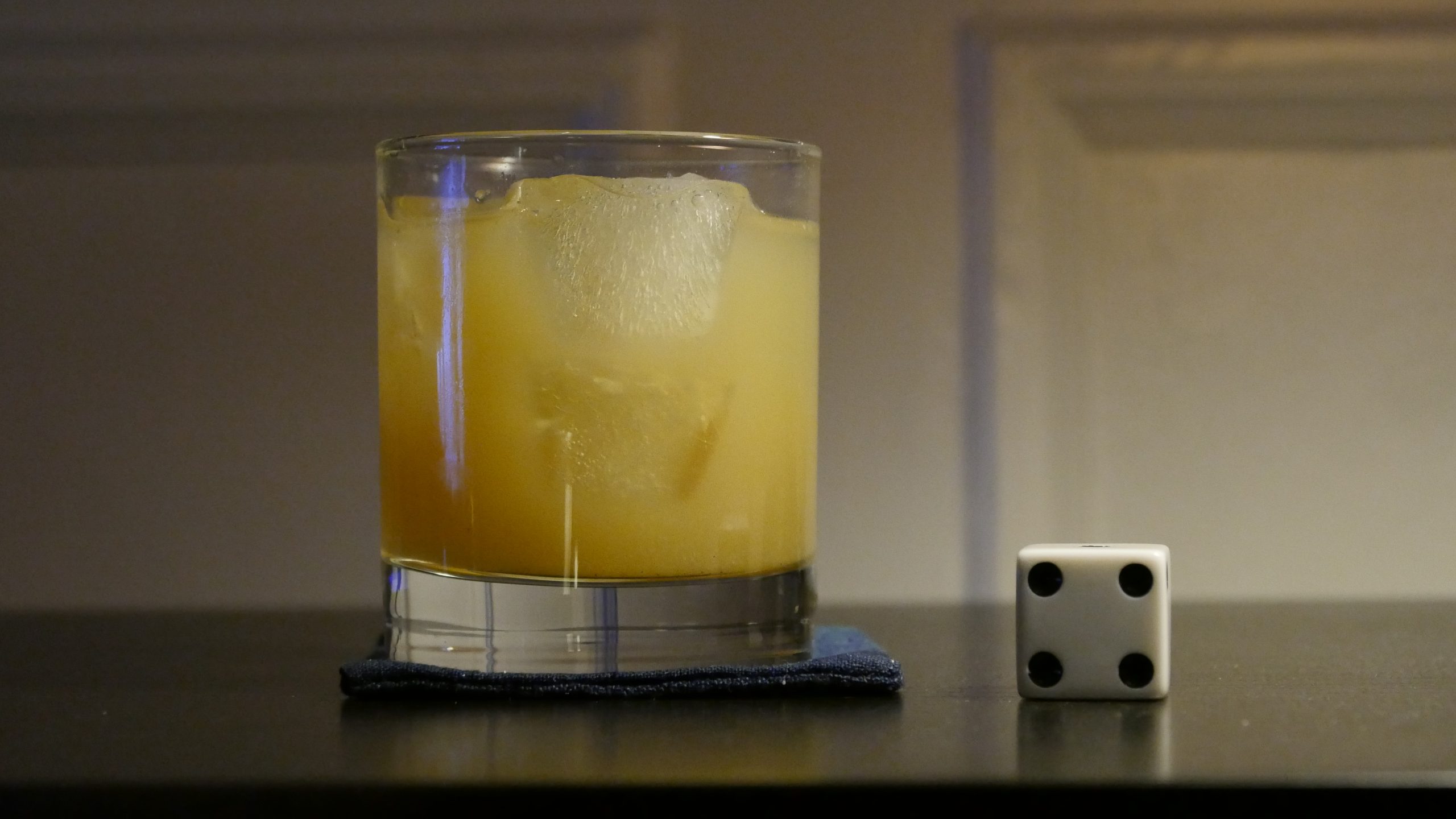 |
| The Battle of Tabato. João Viana. 2013. Guinea-Bissau. April 3rd, 2017. West African Ginger Drink. | |||
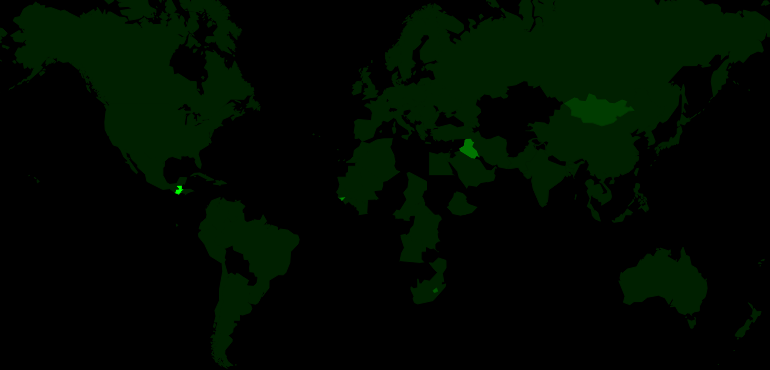 |  | 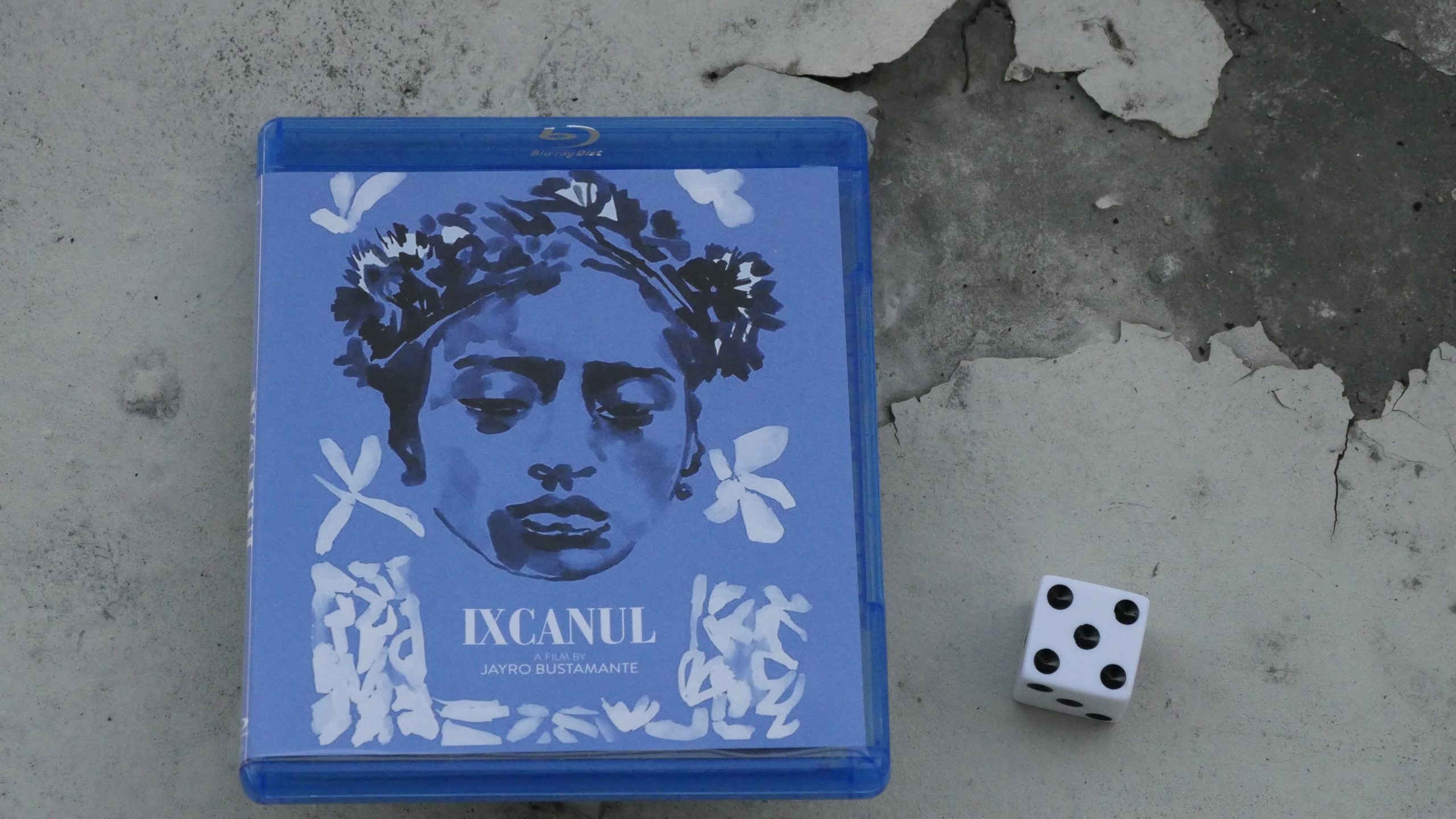 |  |
| Volcano. Jayro Bustamante. 2015. Guatemala. April 7th, 2017. Rosa Palopo. | |||
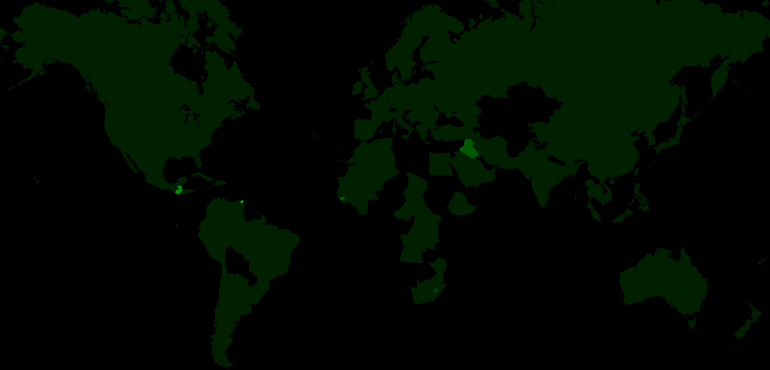 | 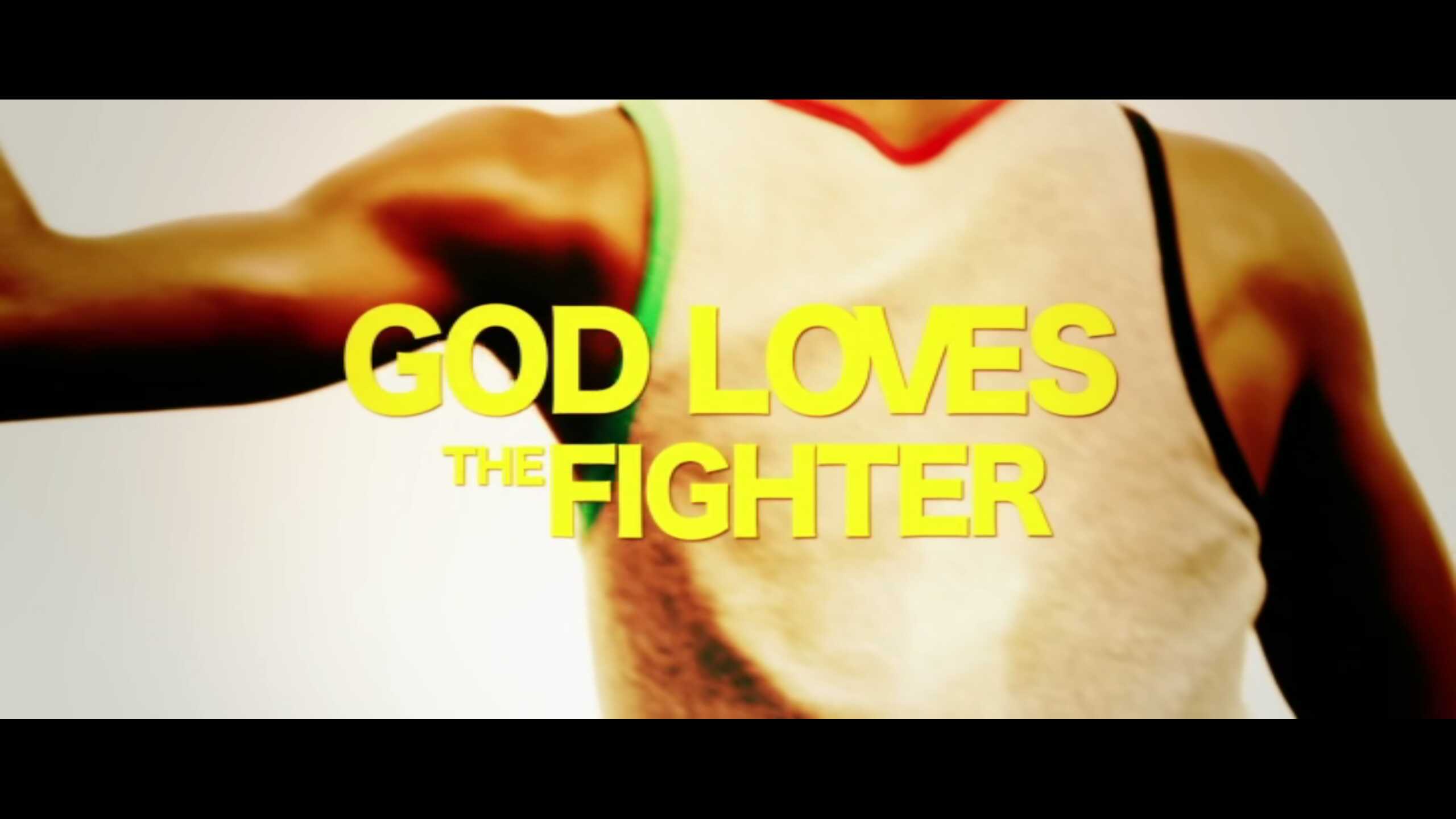 |  | 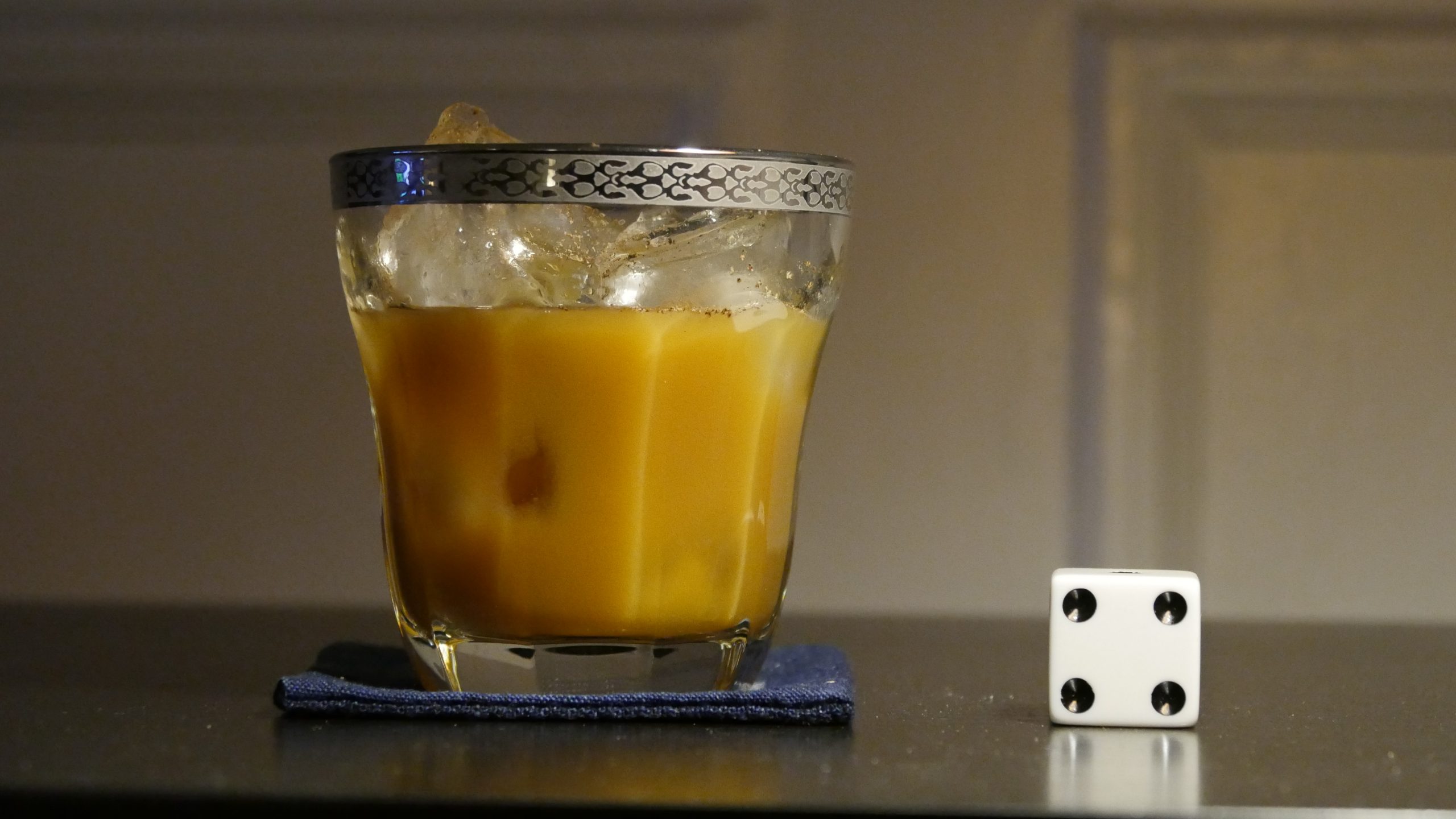 |
| God Loves the Fighter. Damian Marcano. 2013. Trinidad and Tobago. April 7th, 2017. Passionfruit Cocktail. | |||
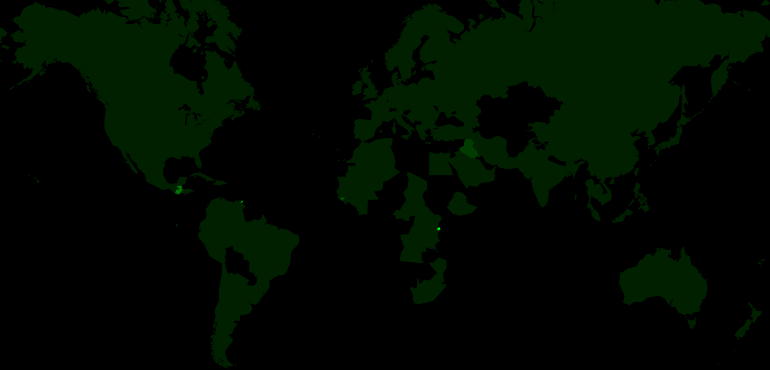 | 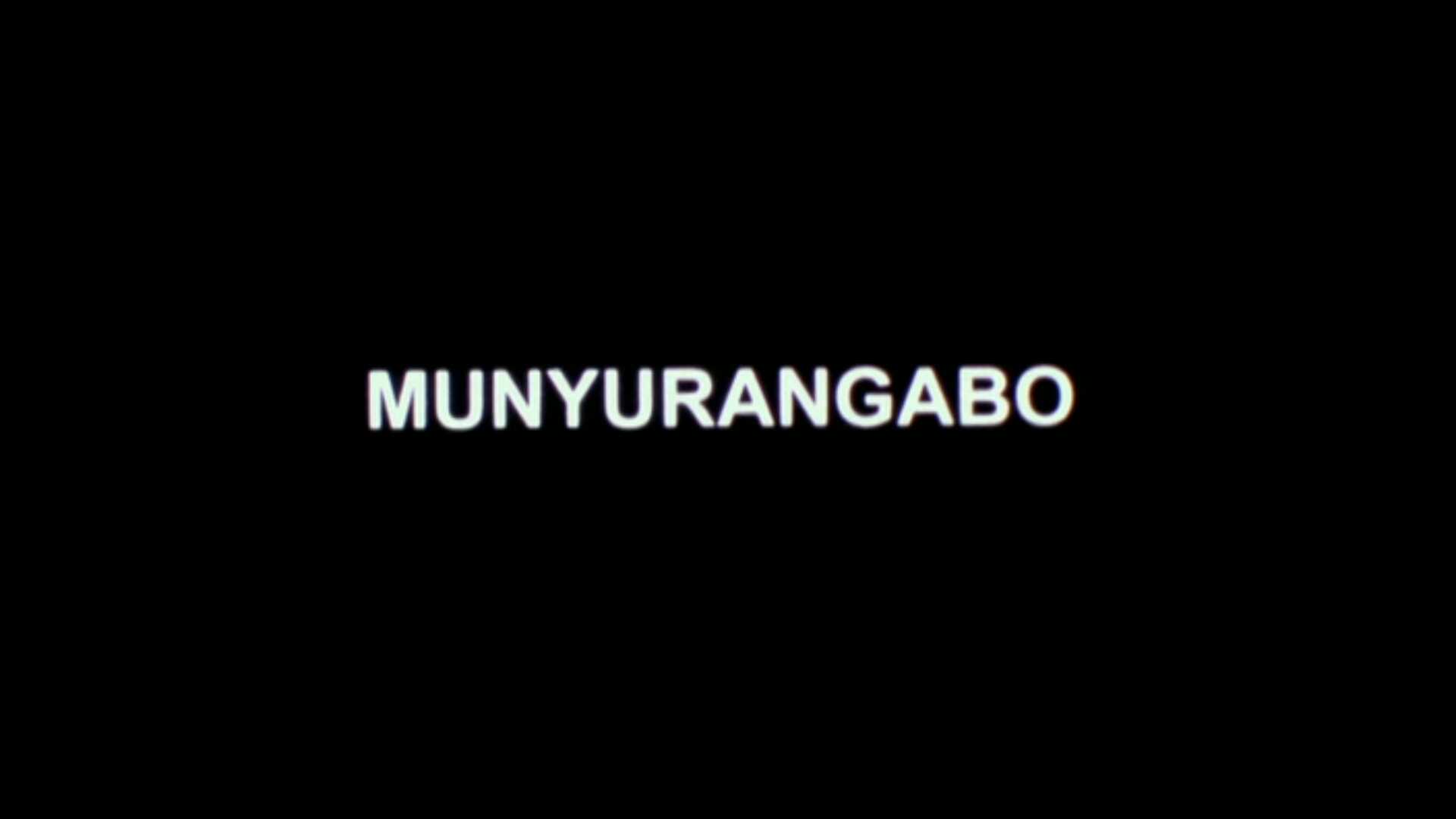 | 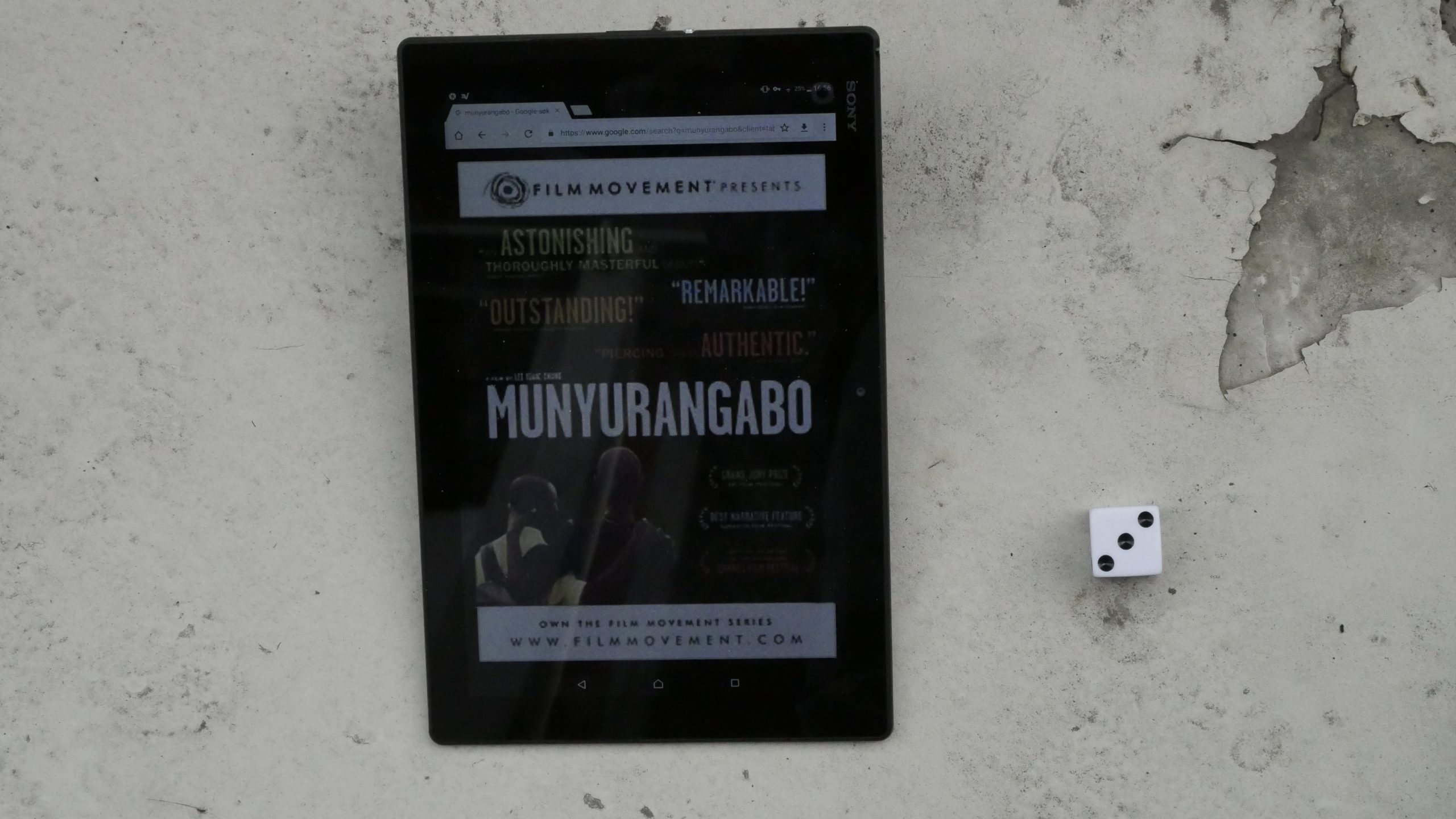 | 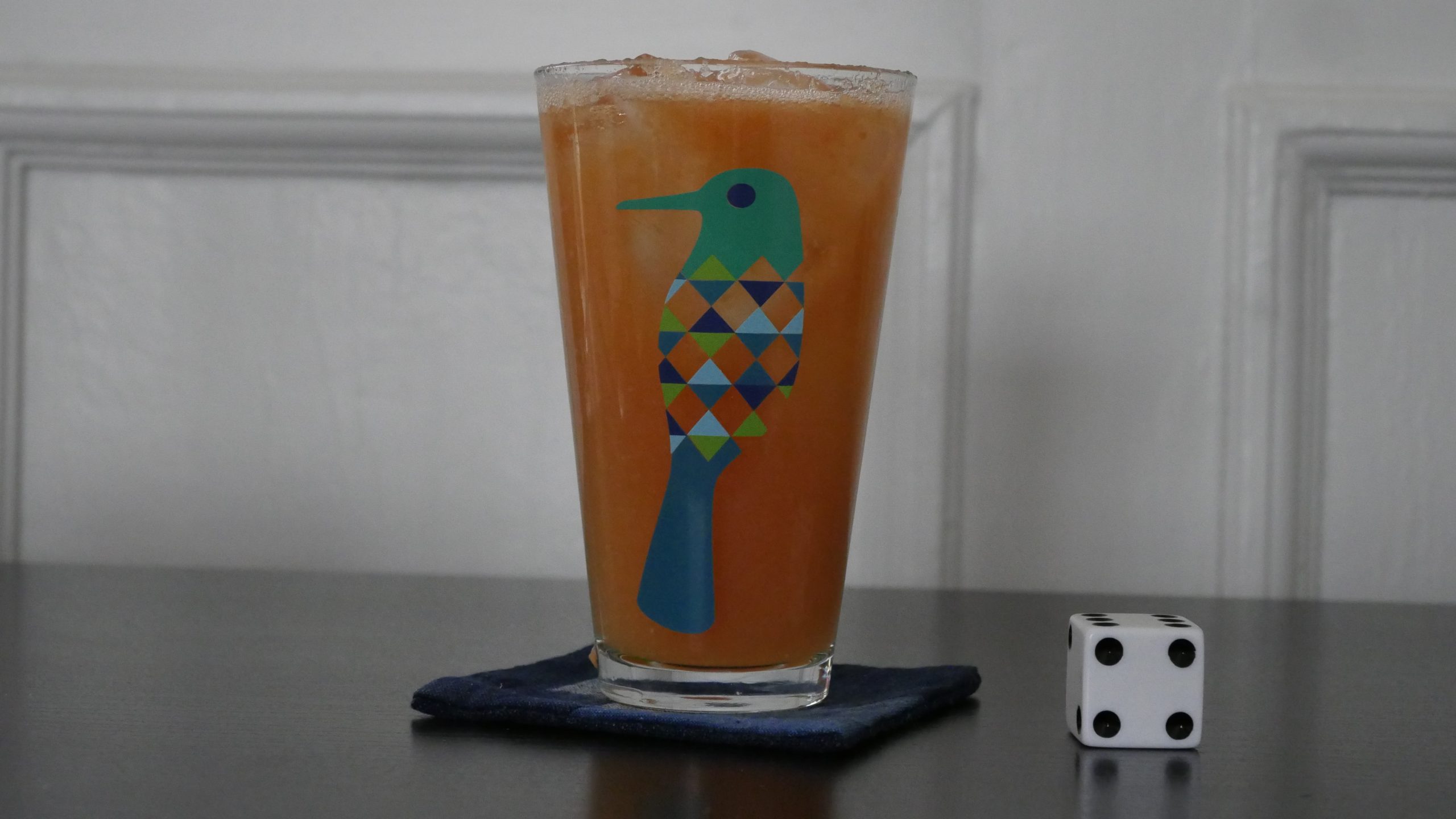 |
| Munyurangabo. Lee Isaac Chung. 2007. Rwanda. April 8th, 2017. “The Starter” – Kigali Mélange. | |||
 | 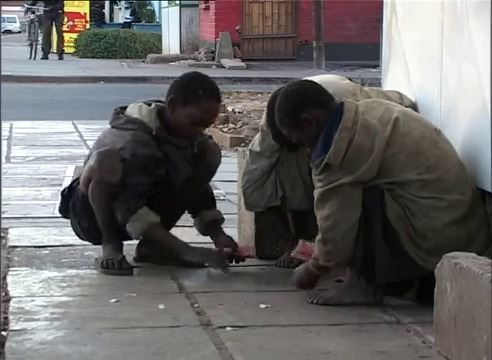 | 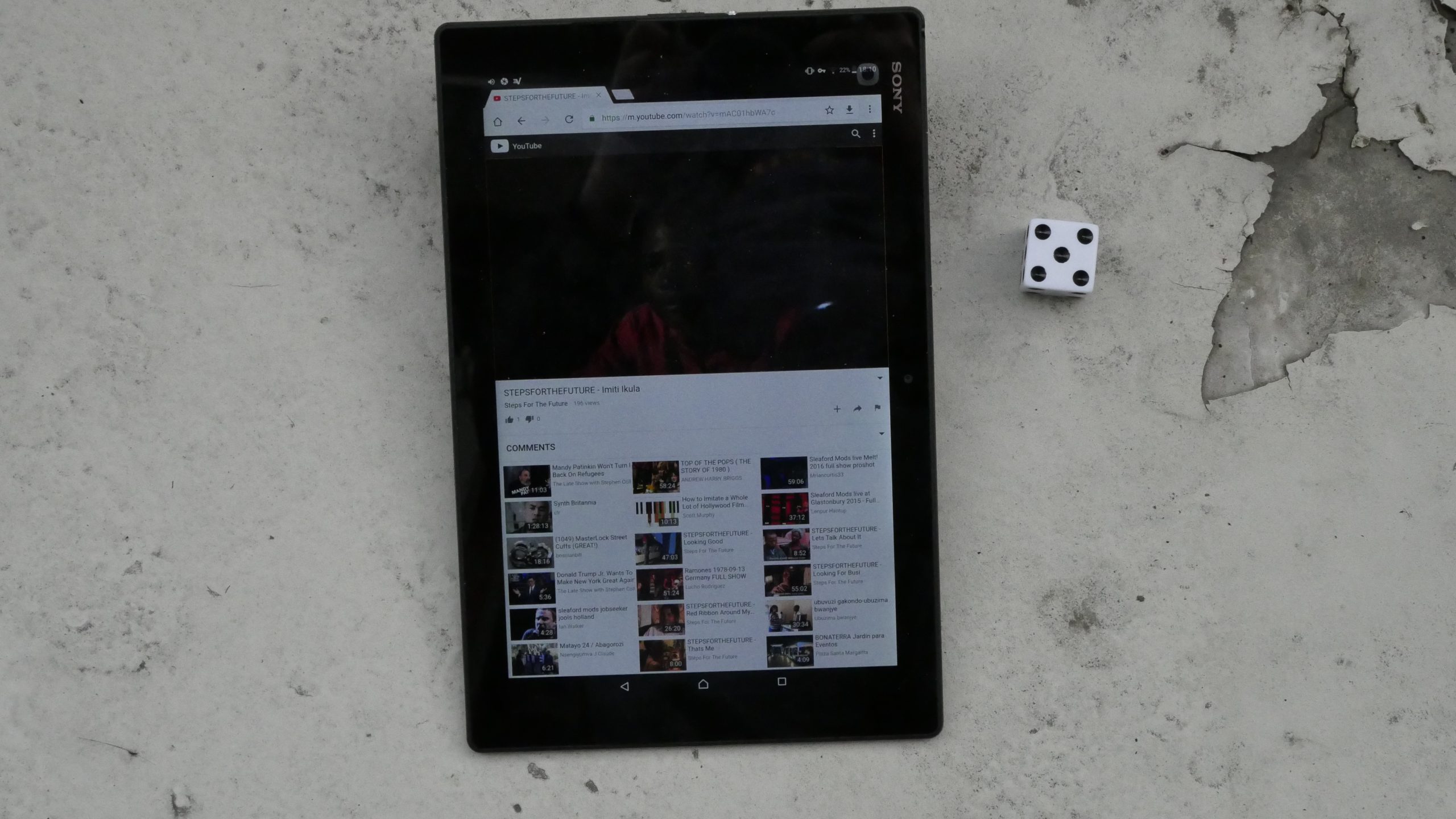 | 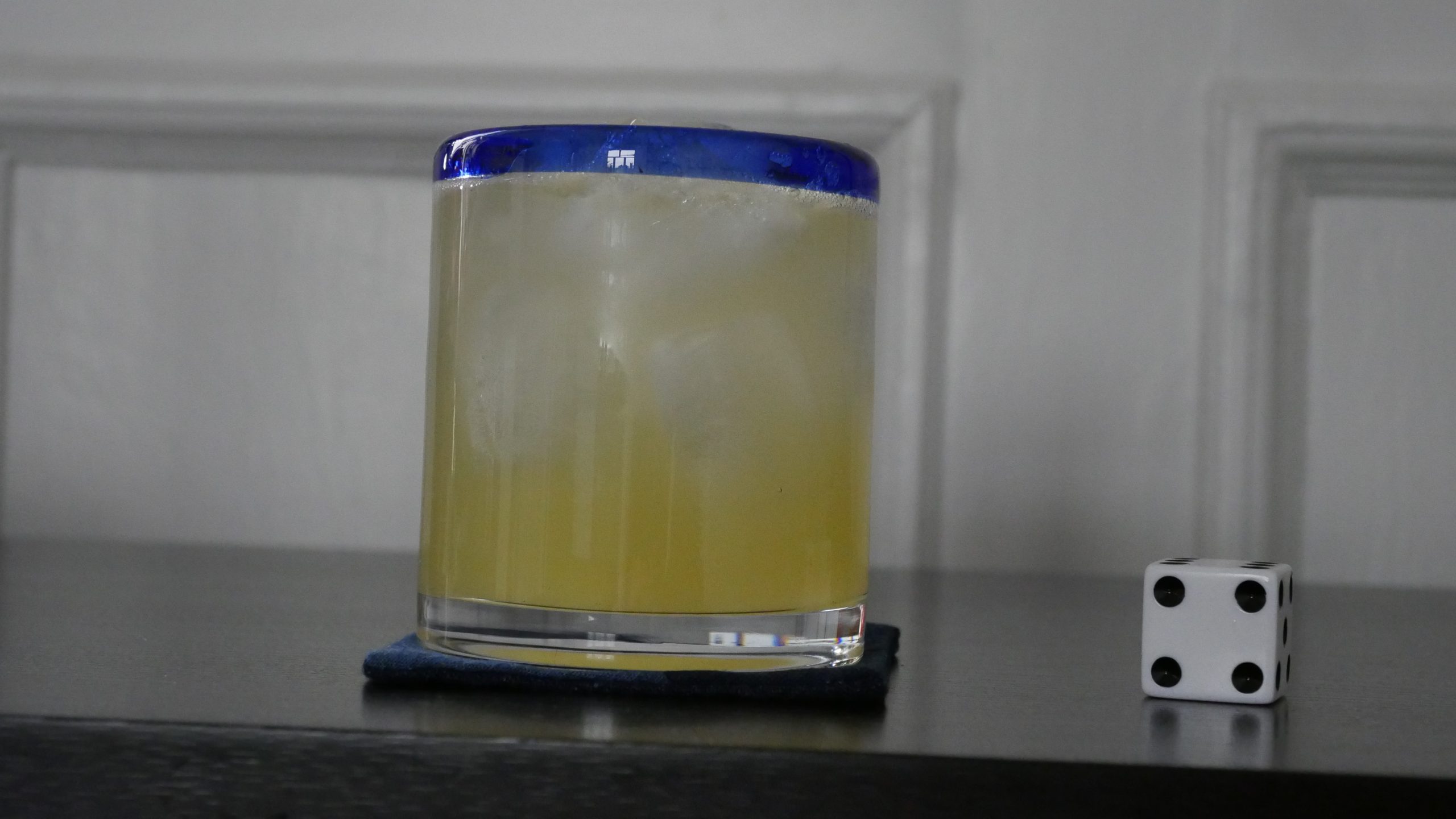 |
| Imiti ikula. Sampa Kangwa, Simon Wilkie. 2001. Zambia. April 8th, 2017. Lady Passion. | |||
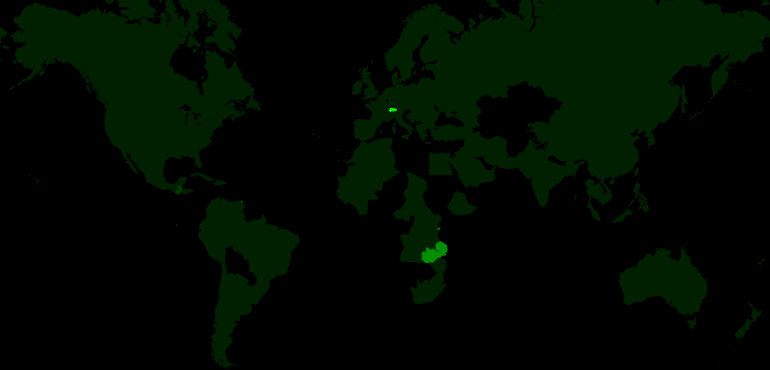 | 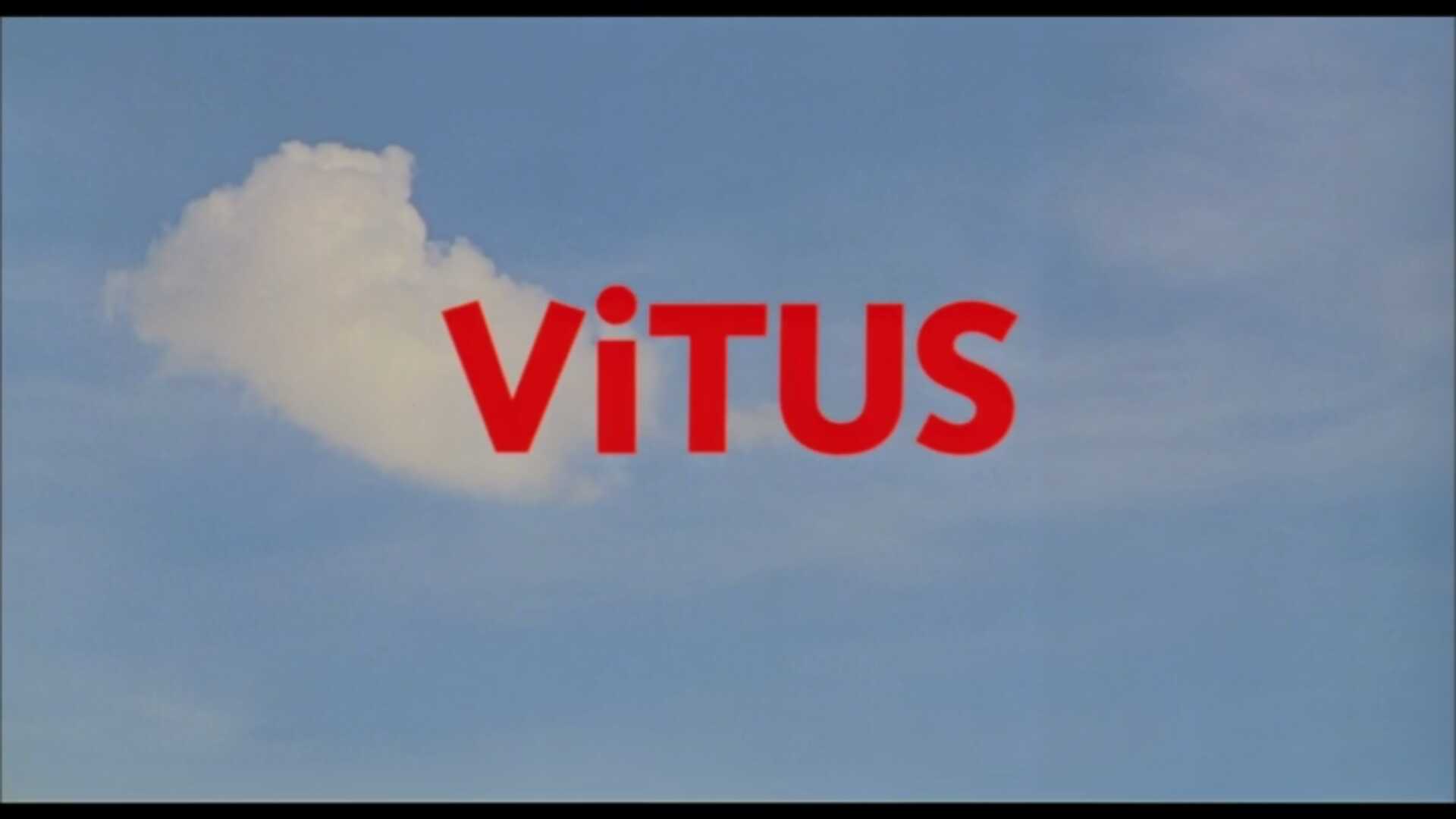 |  |  |
| Vitus. Fredi M. Murer. 2006. Switzerland. April 8th, 2017. . | |||
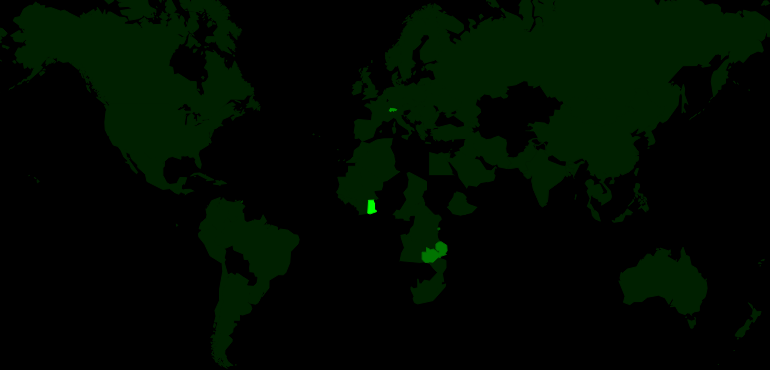 | 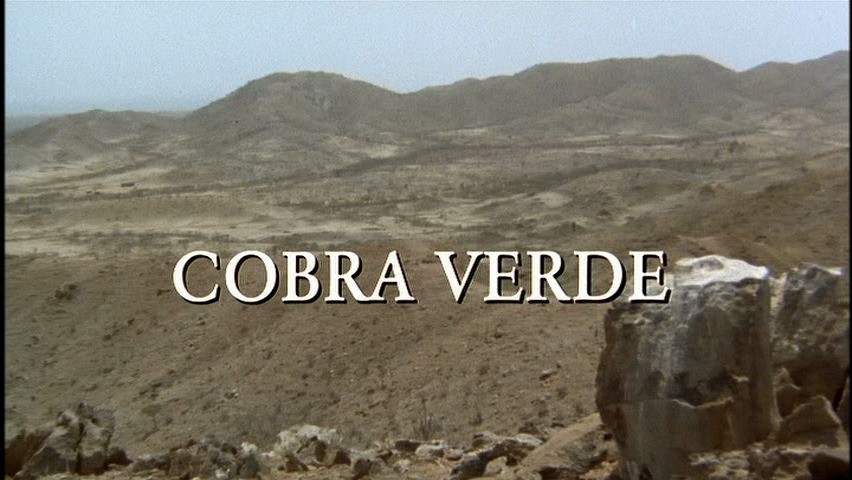 | 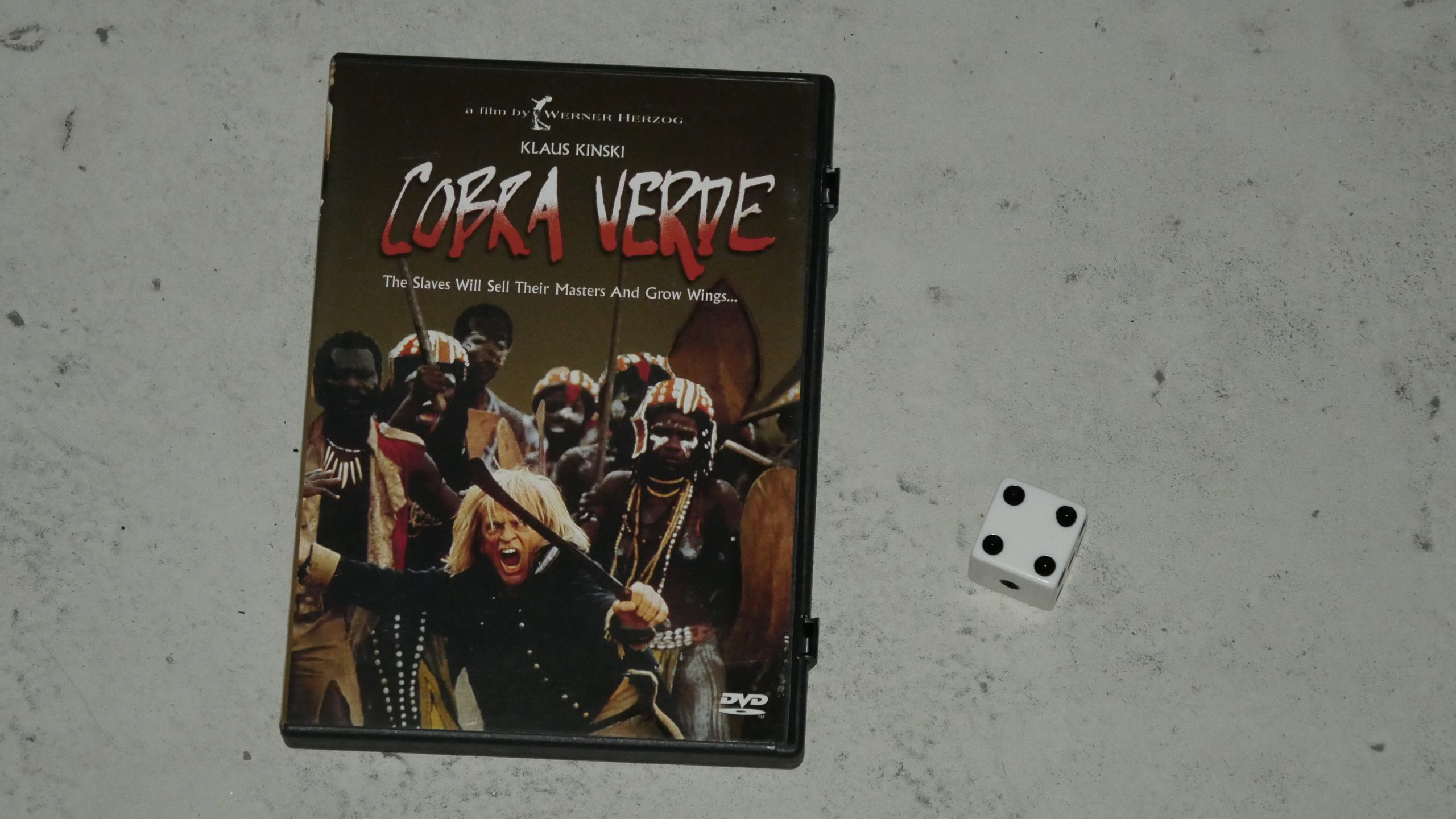 |  |
| Cobra Verde. Werner Herzog. 1987. Ghana. April 8th, 2017. The Midnight Rum. | |||
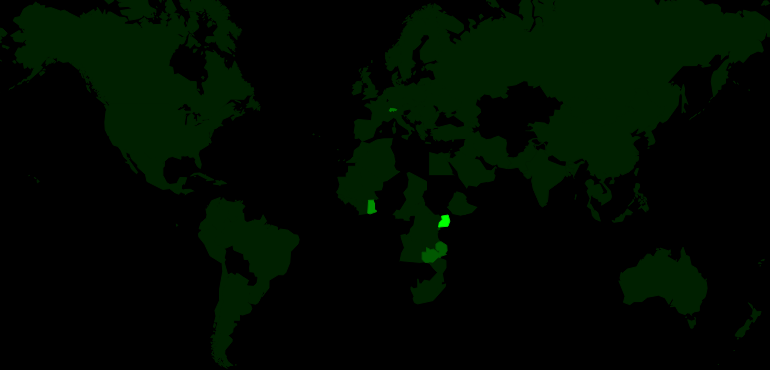 | 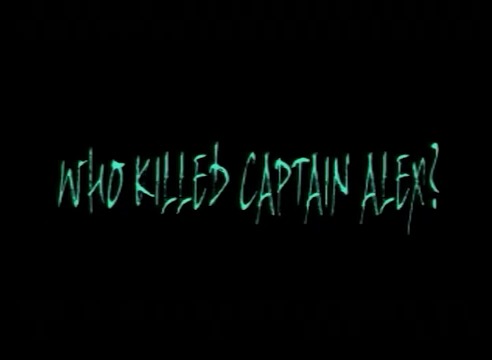 | 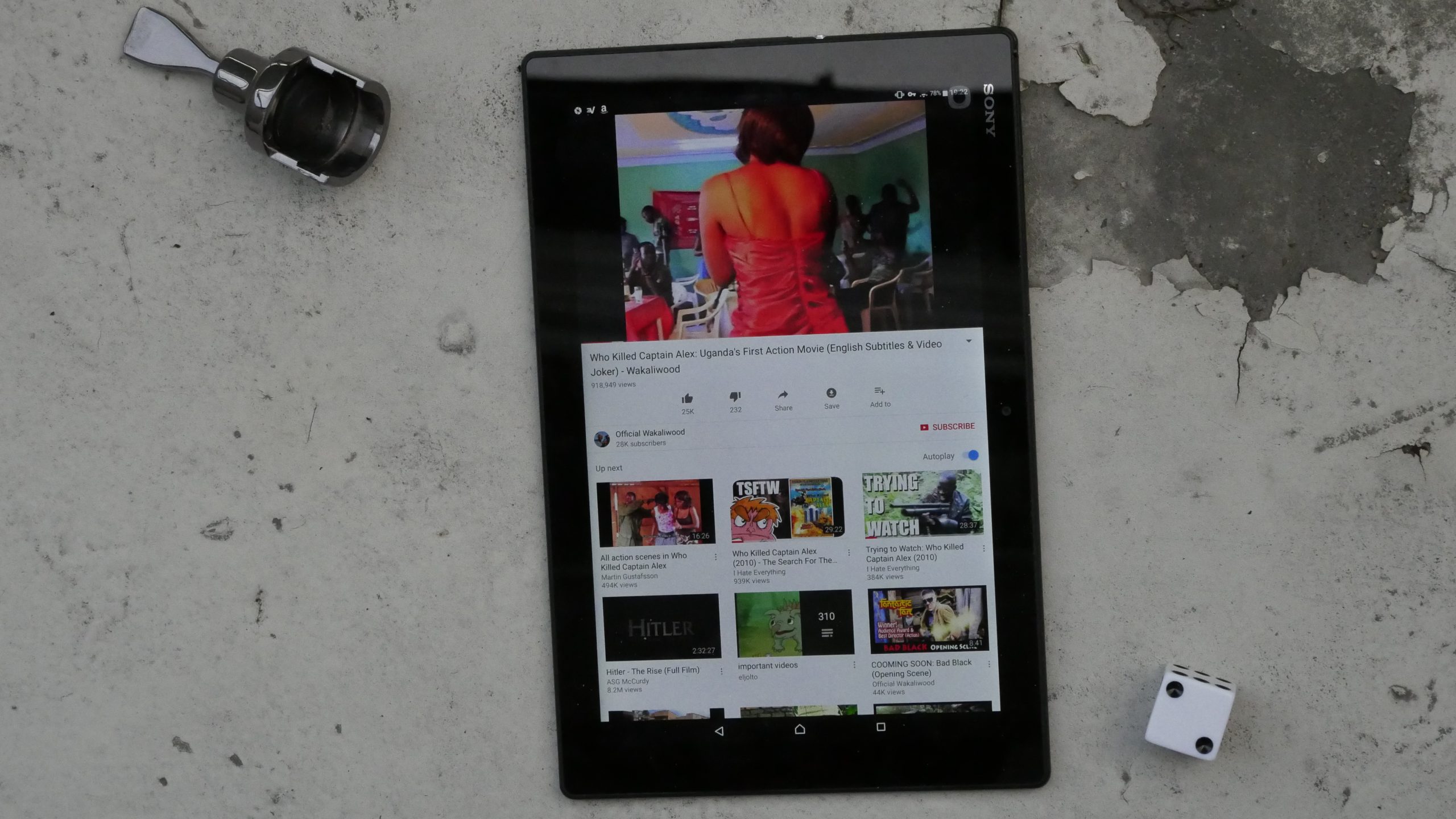 | 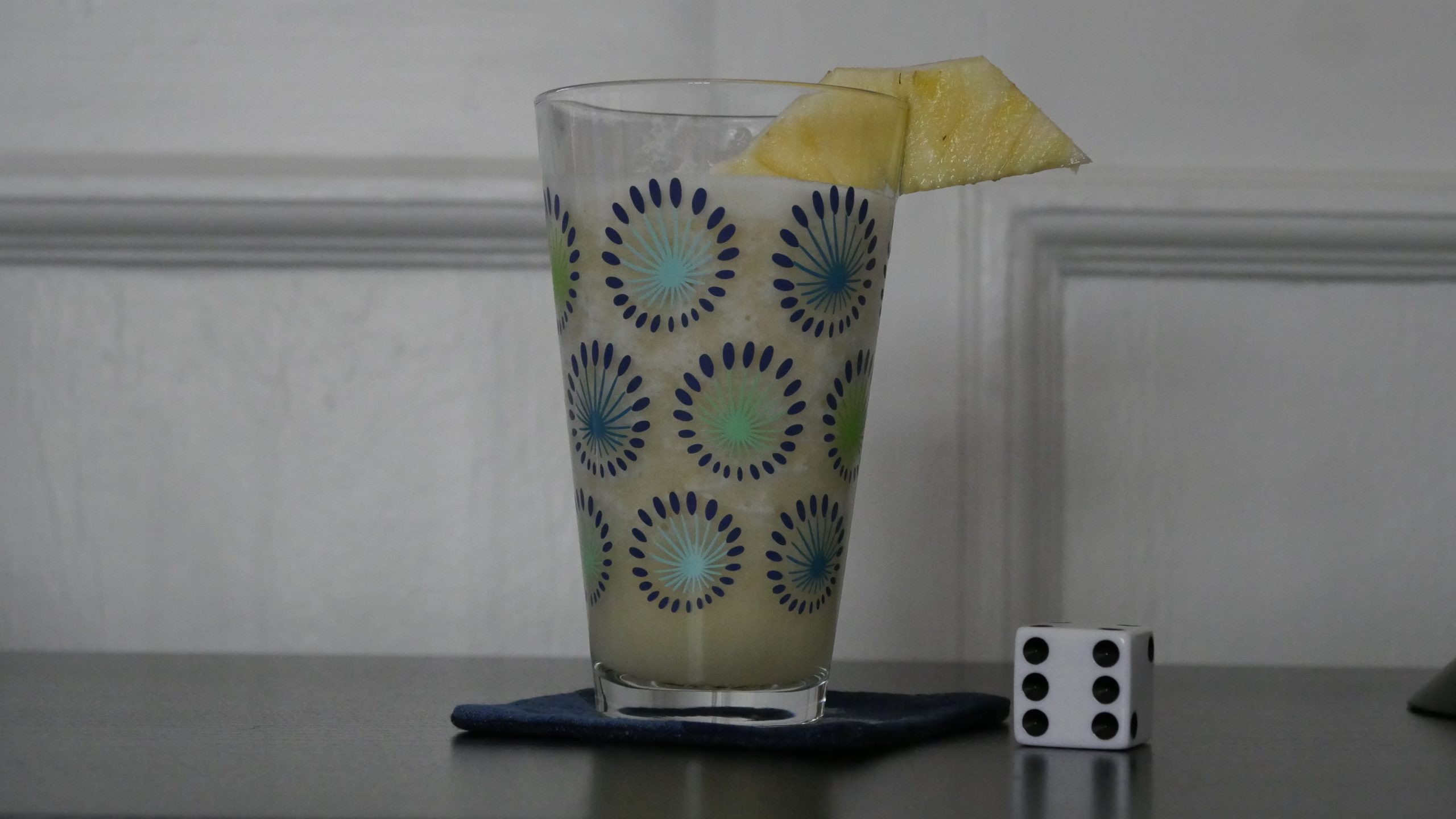 |
| Who Killed Captain Alex?. Nabwana I.G.G.. 2010. Uganda. April 10th, 2017. Pineapple Buganda. | |||
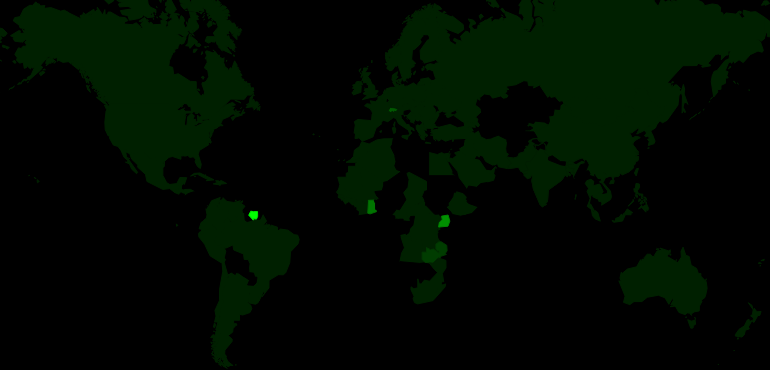 | 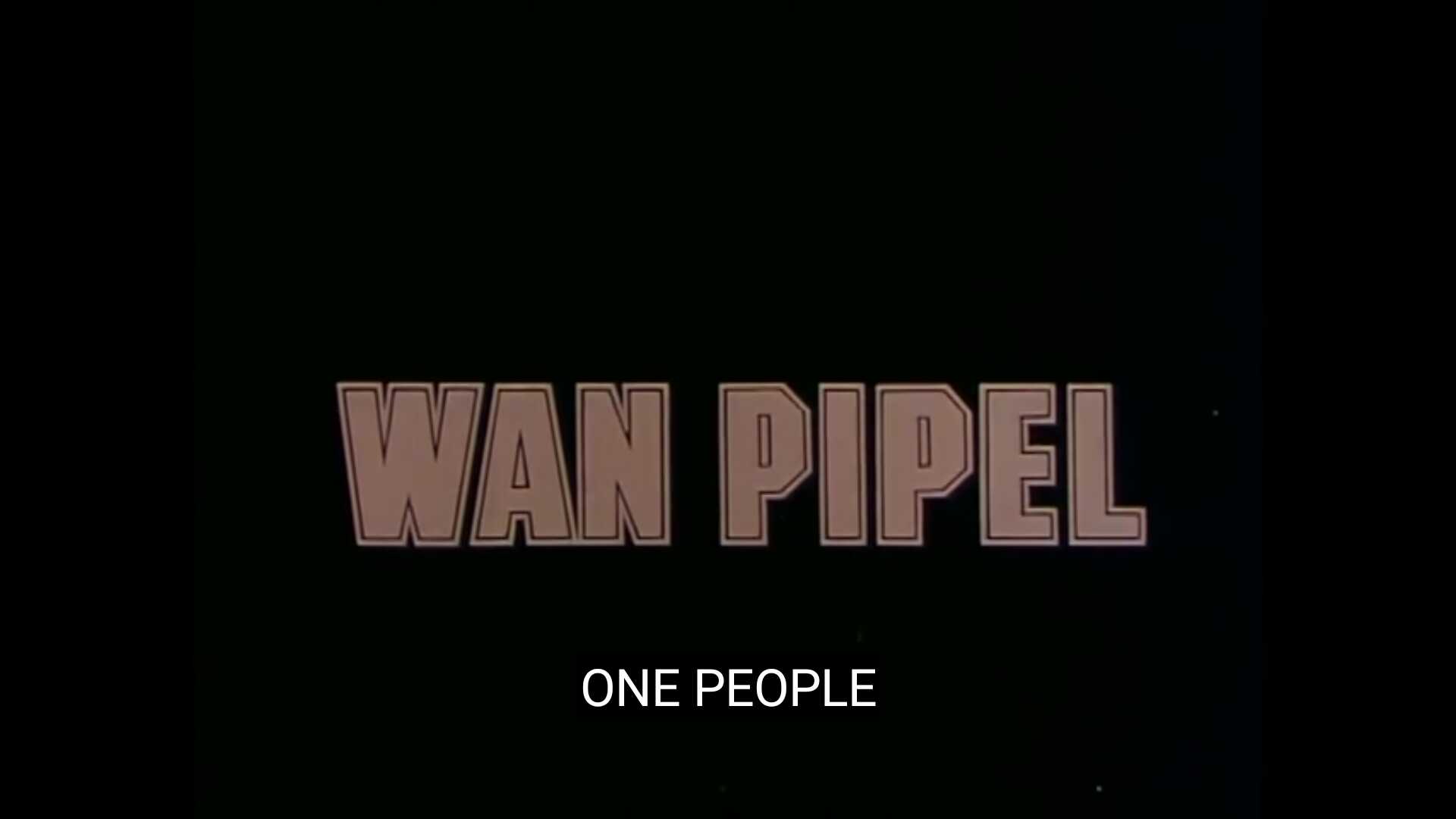 | 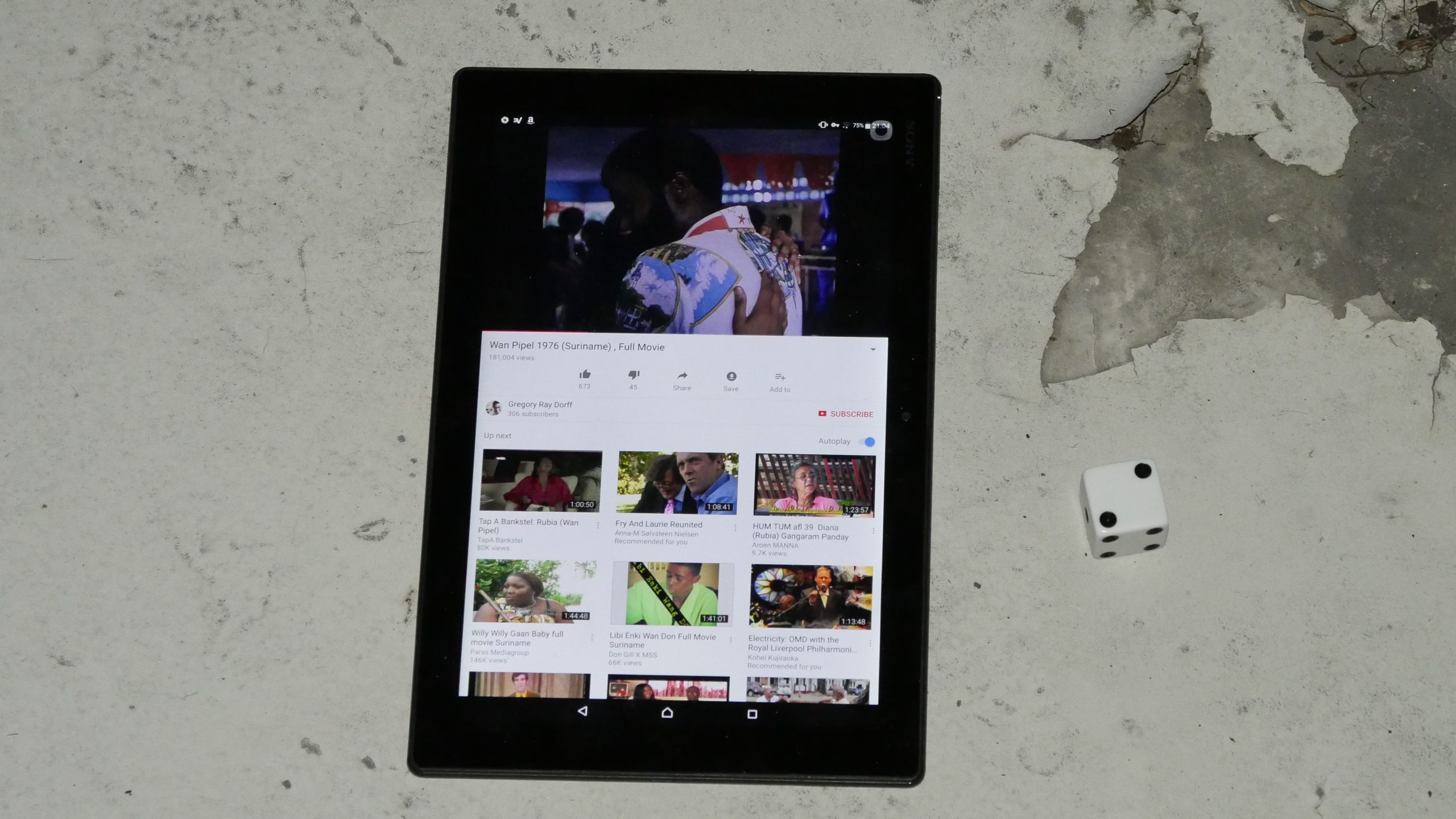 | 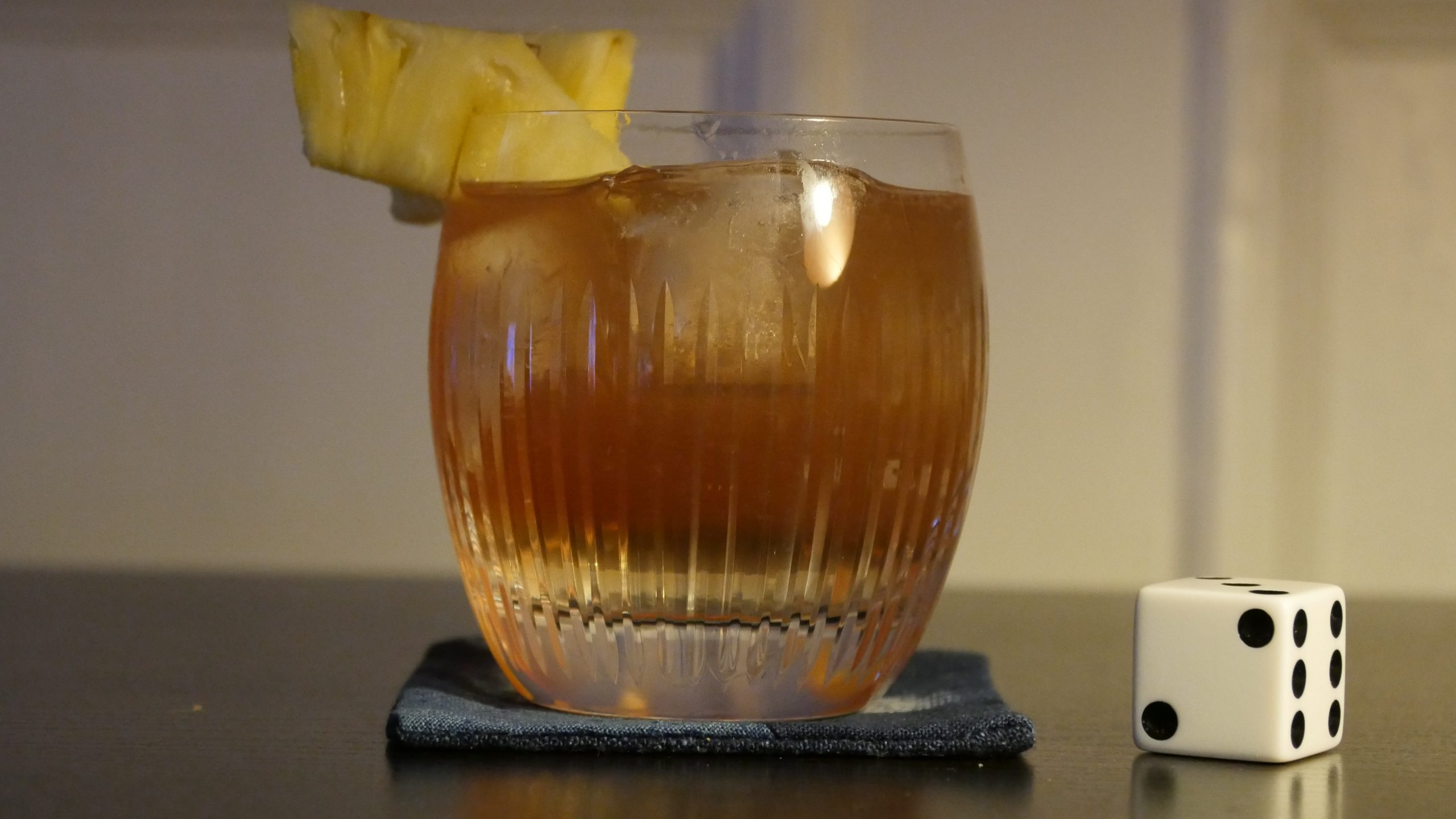 |
| Wan Pipel. Pim de la Parra. 1976. Suriname. April 10th, 2017. The Paramaribo Park Club Gin Sling. | |||
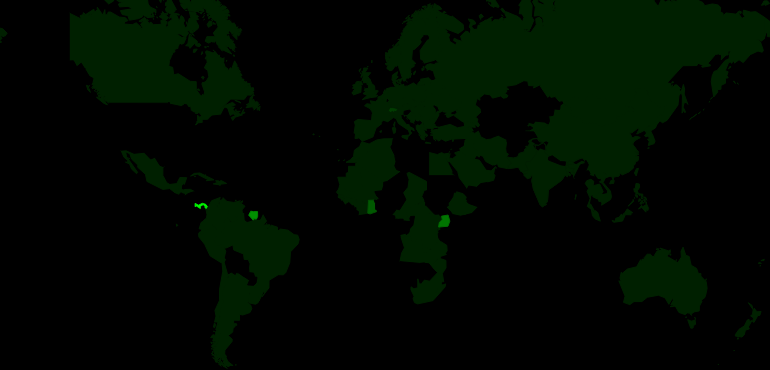 | 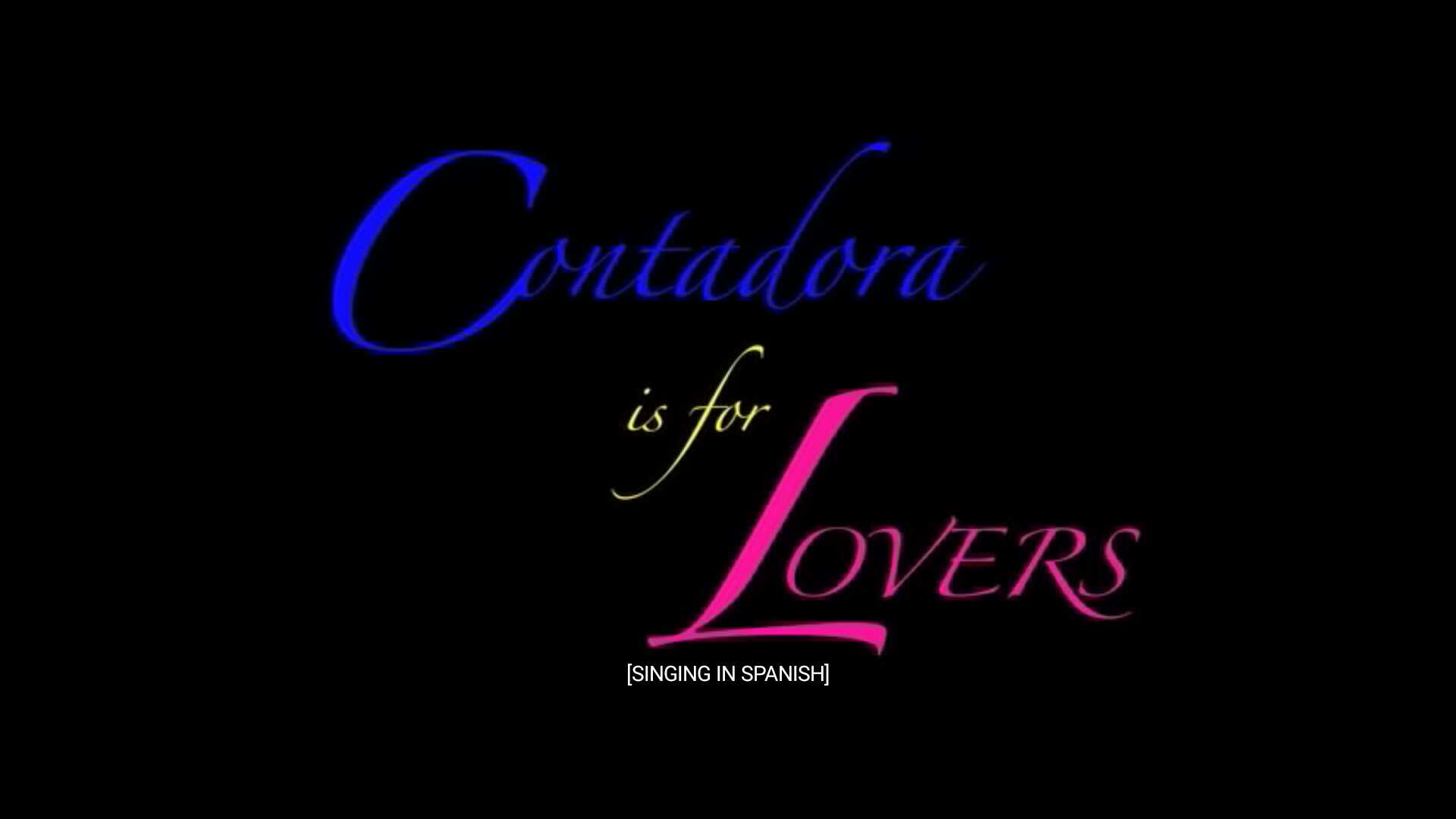 | 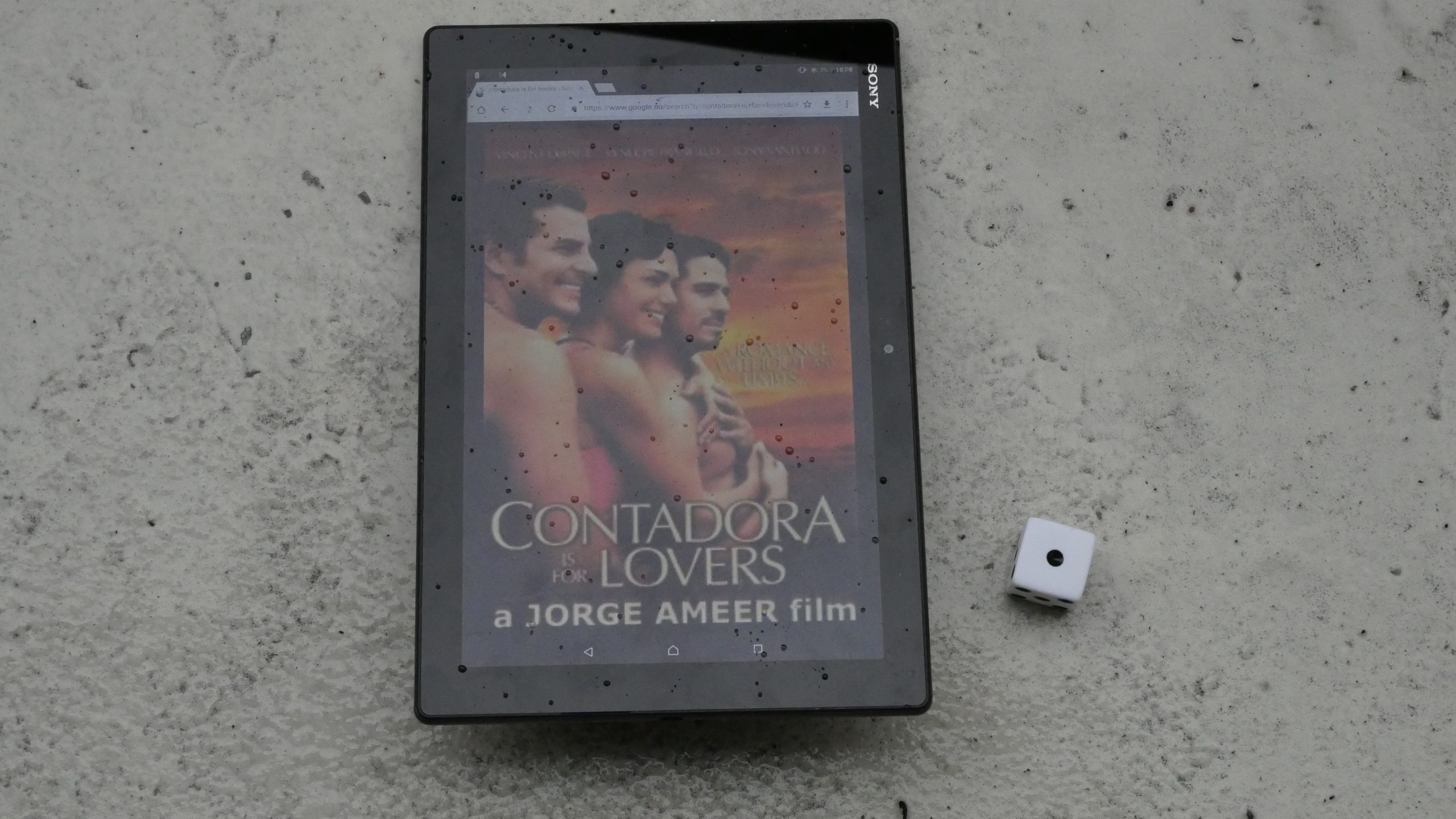 |  |
| Contadora is for Lovers. Jorge Ameer. 2006. Panama. April 13th, 2017. Coco Heaven. | |||
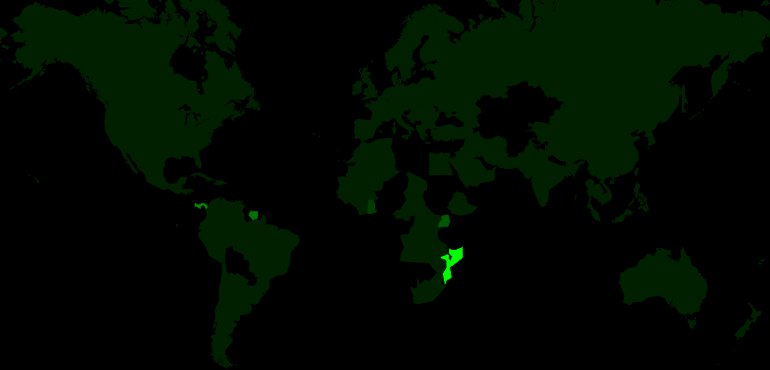 | 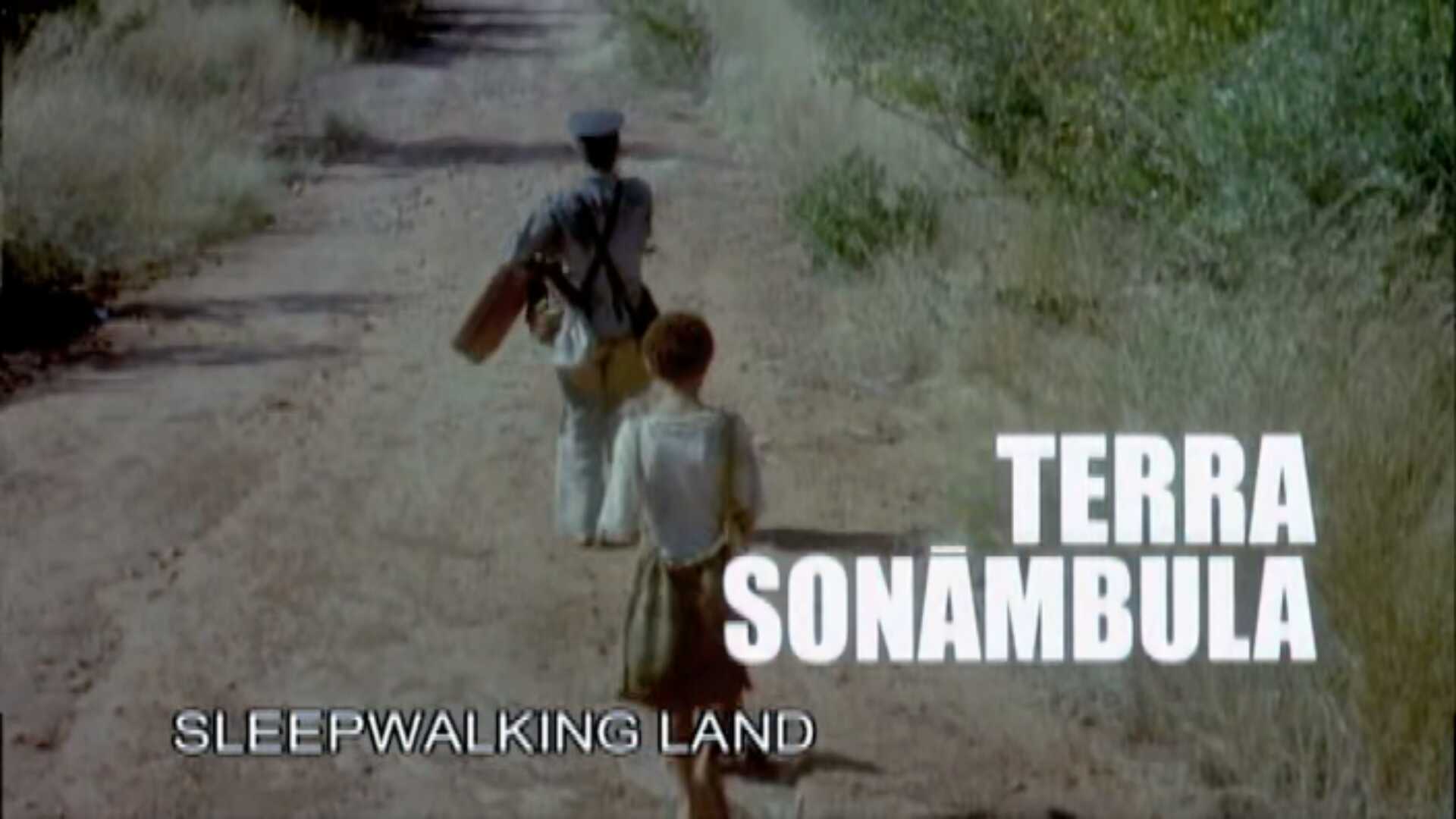 | 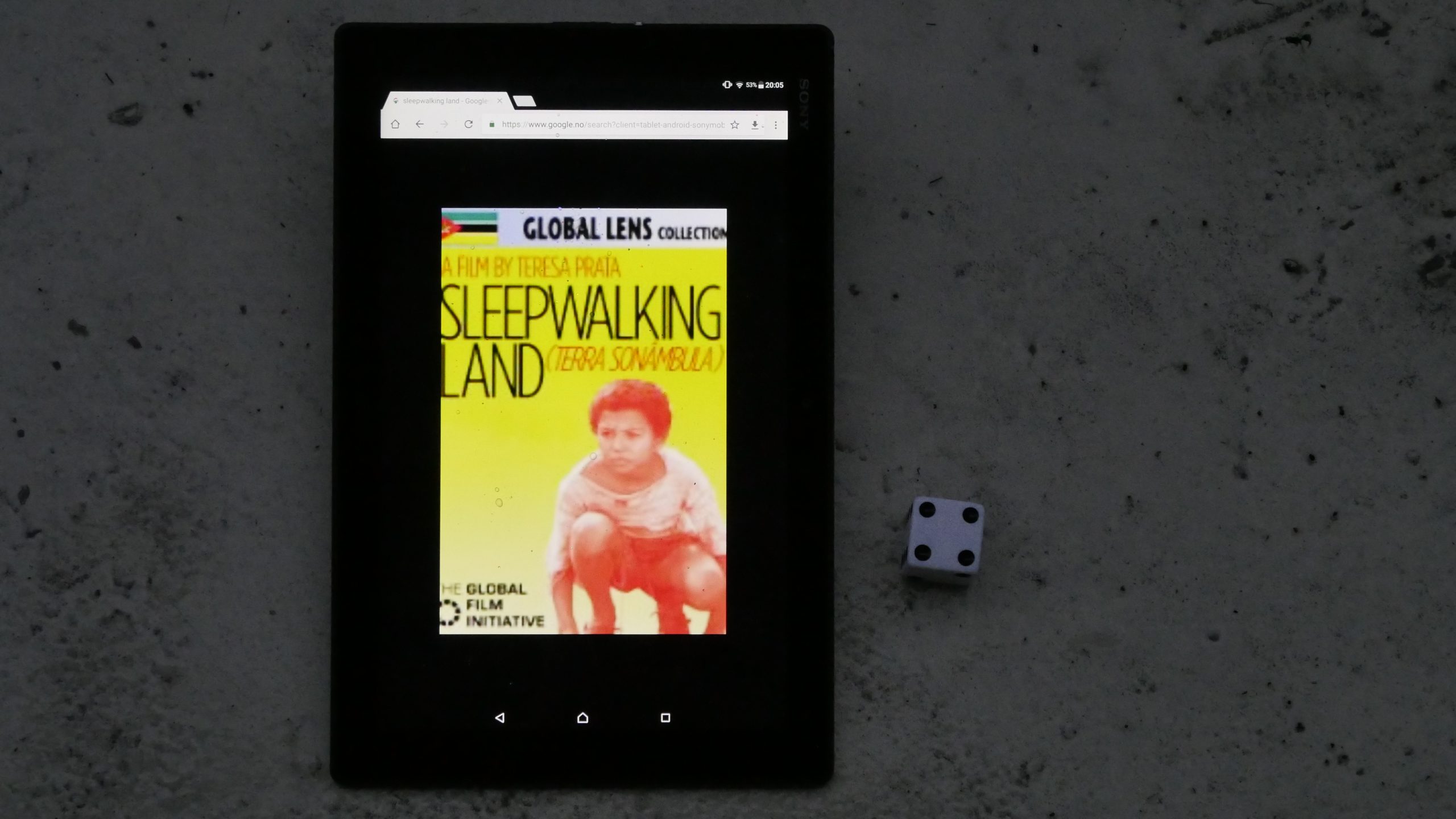 |  |
| Sleepwalking Land. Teresa Prata. 2007. Mozambique. April 13th, 2017. Coconut Mojito. | |||
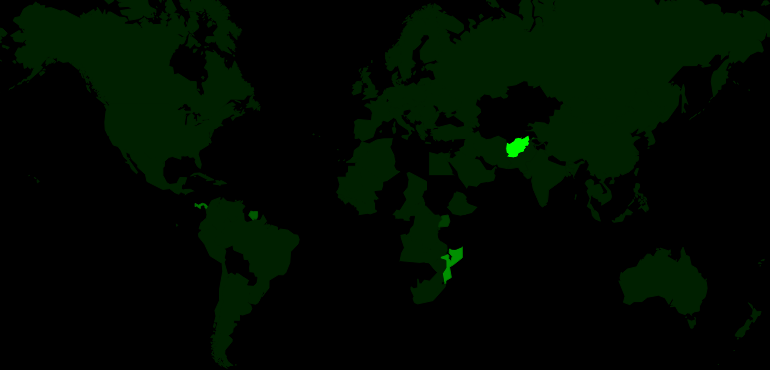 | 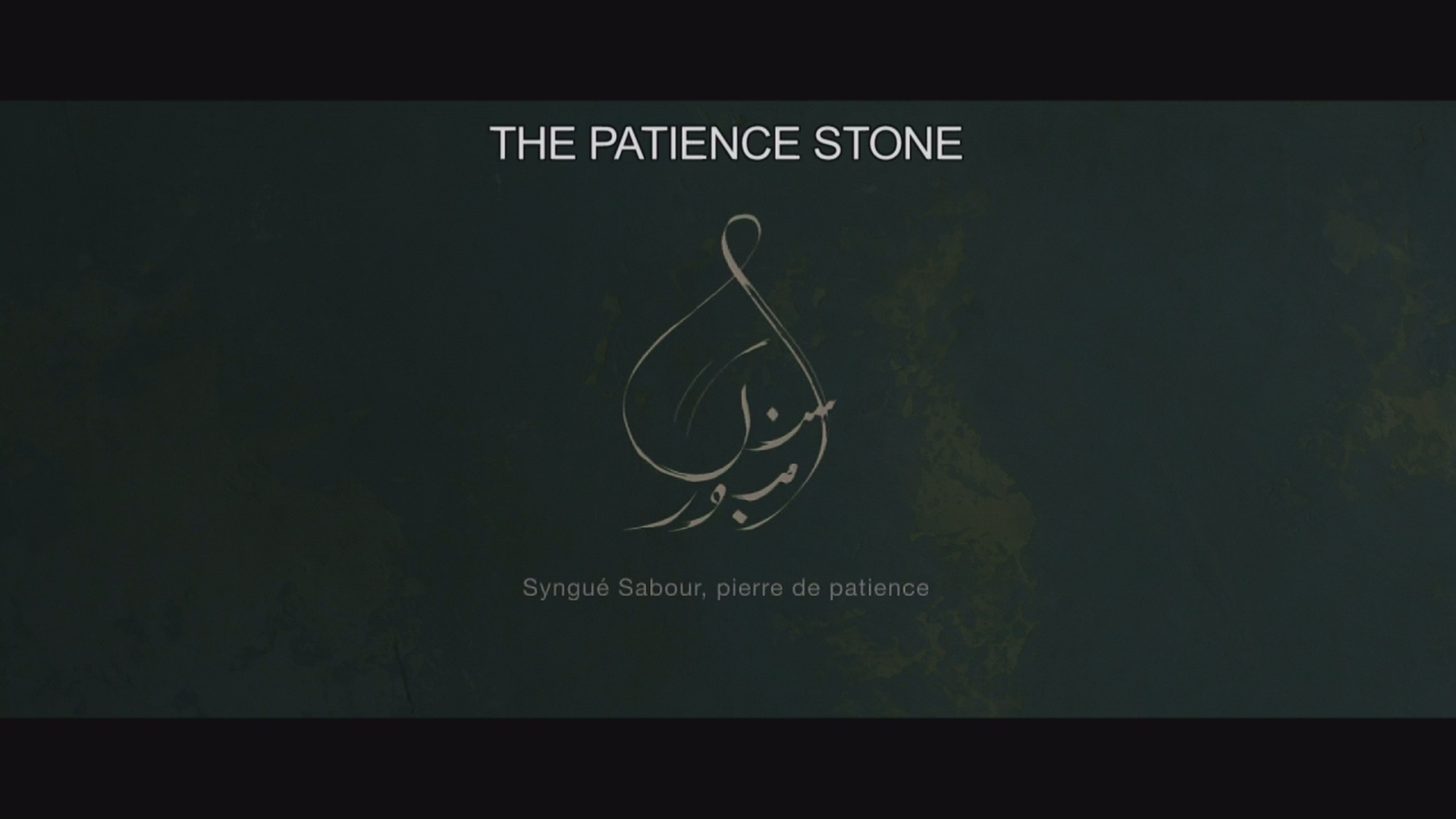 | 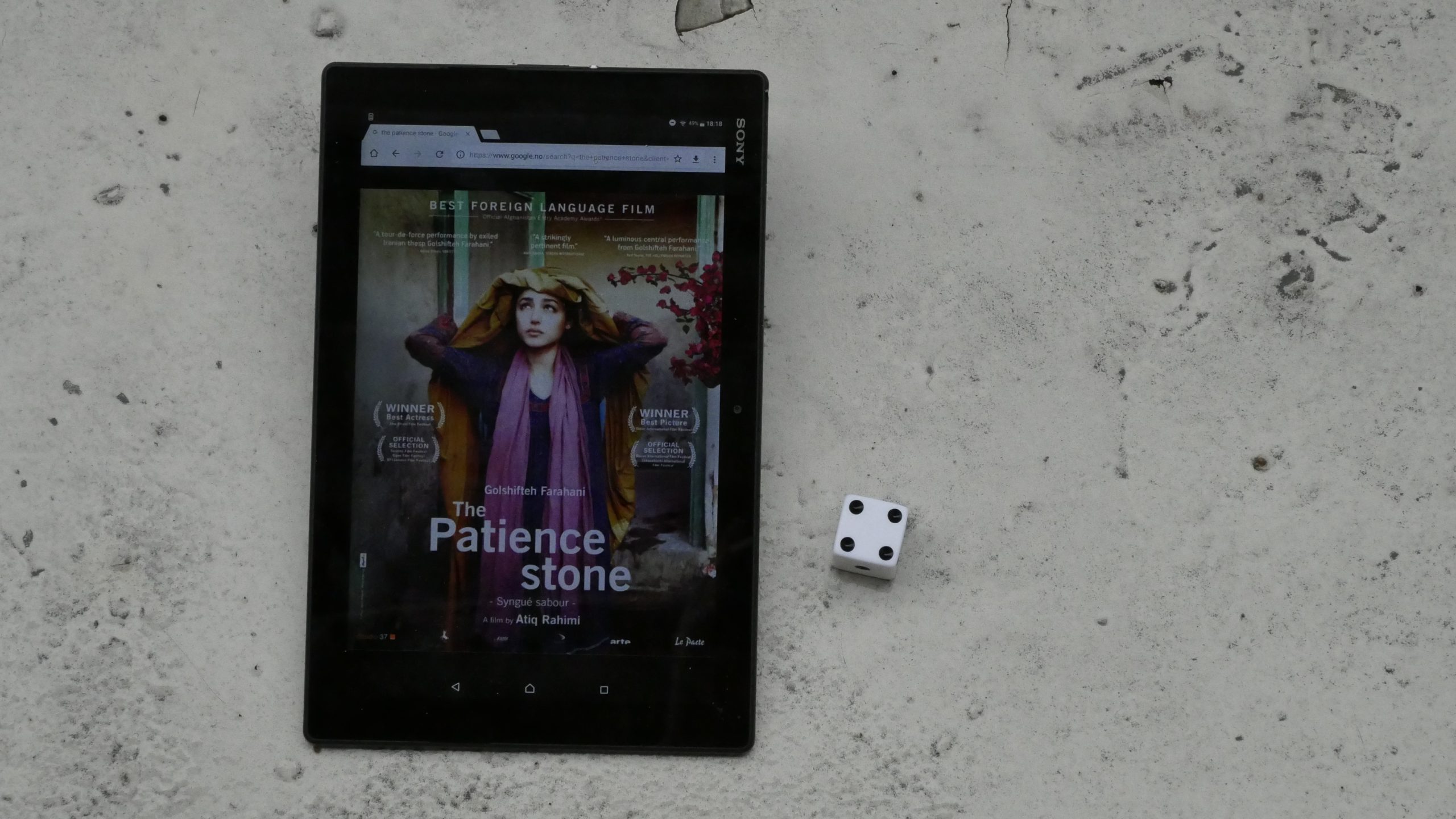 | 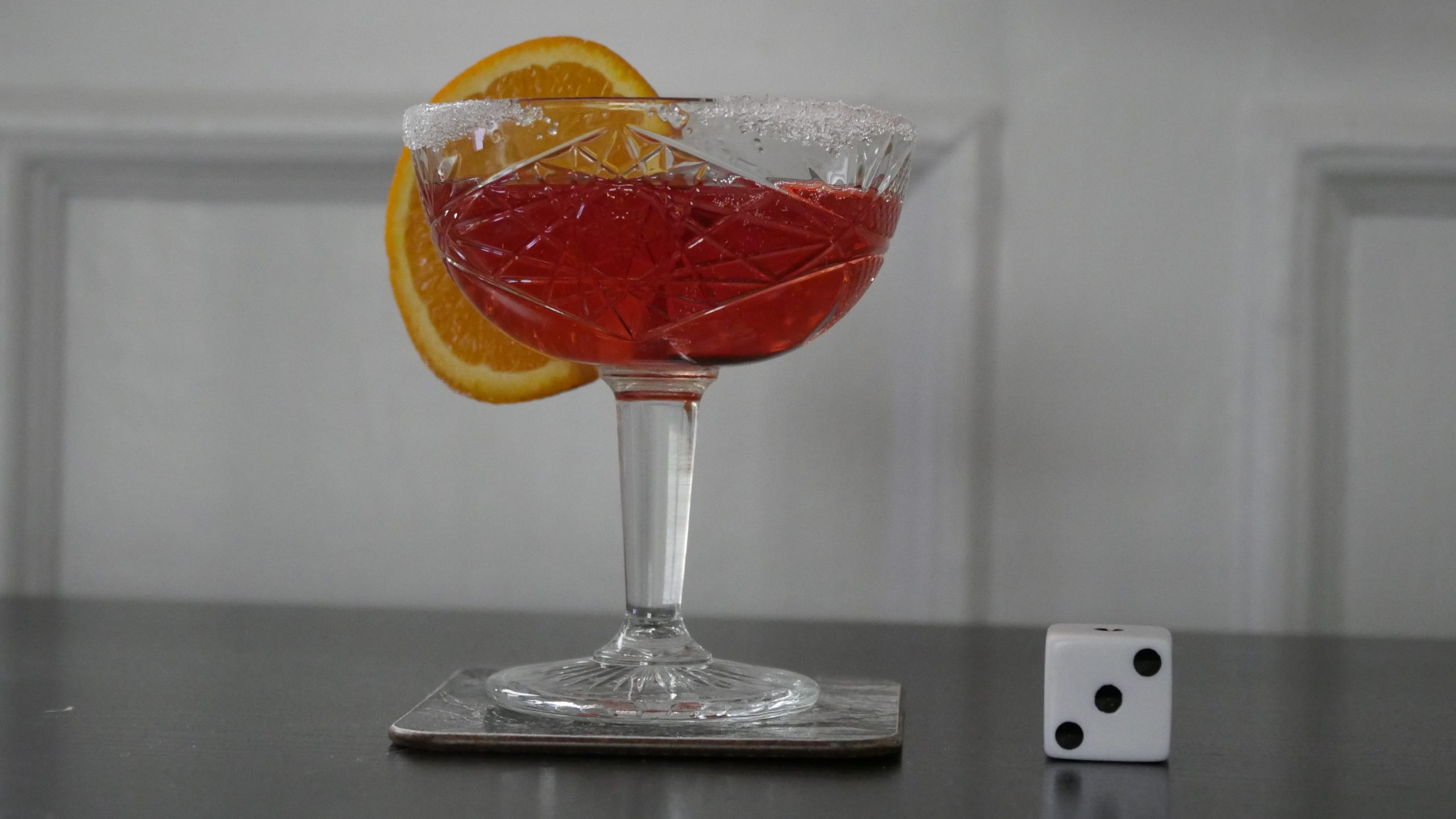 |
| The Patience Stone. Atiq Rahimi. 2012. Afghanistan. April 28th, 2017. Bubbly Afghan Cherry Cocktail. | |||
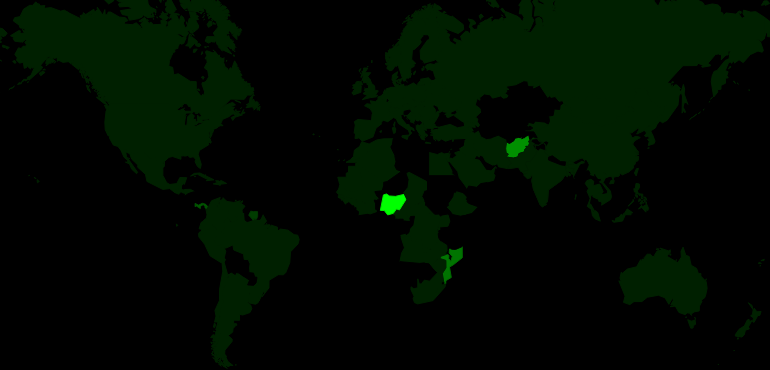 | 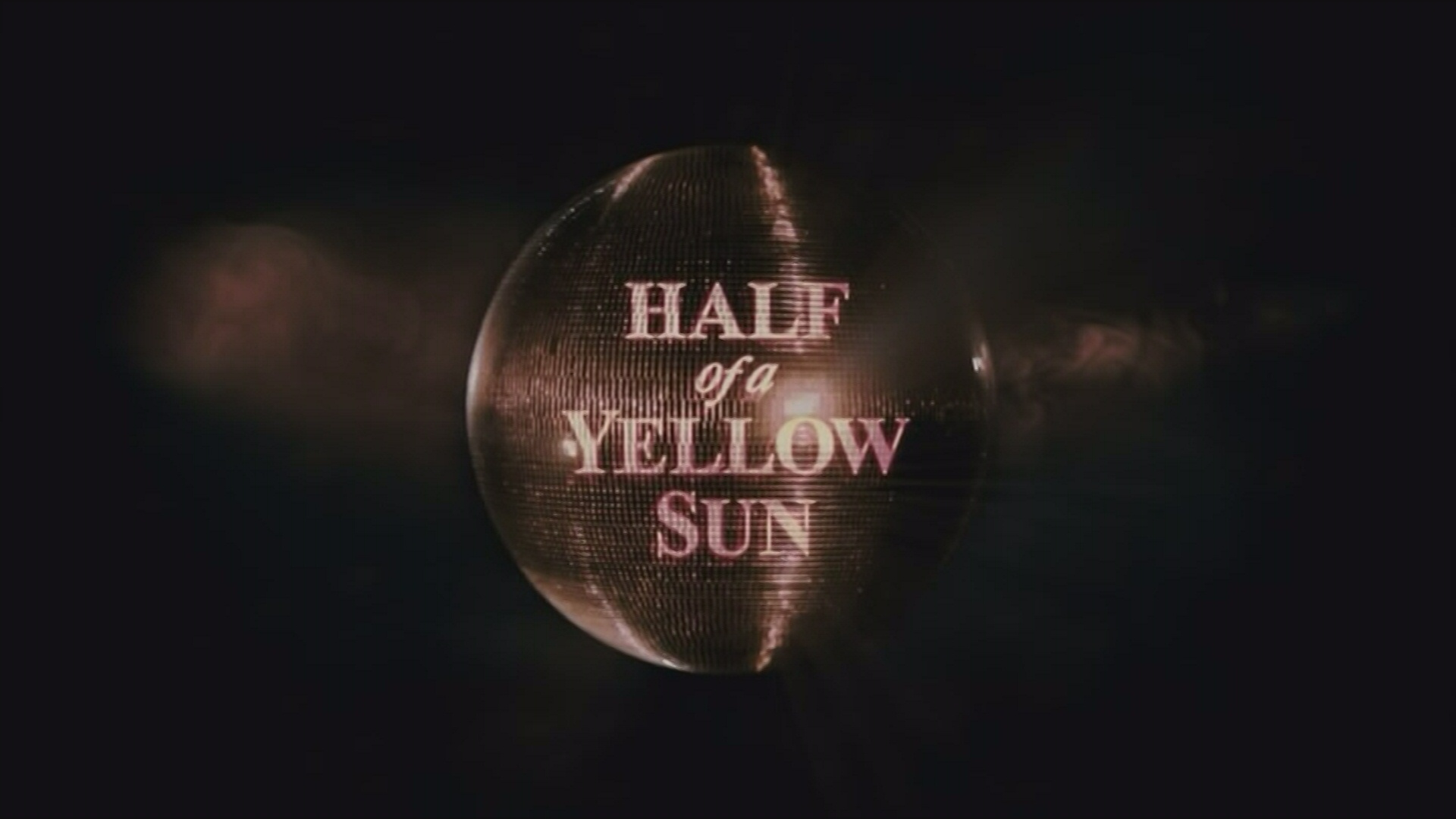 | 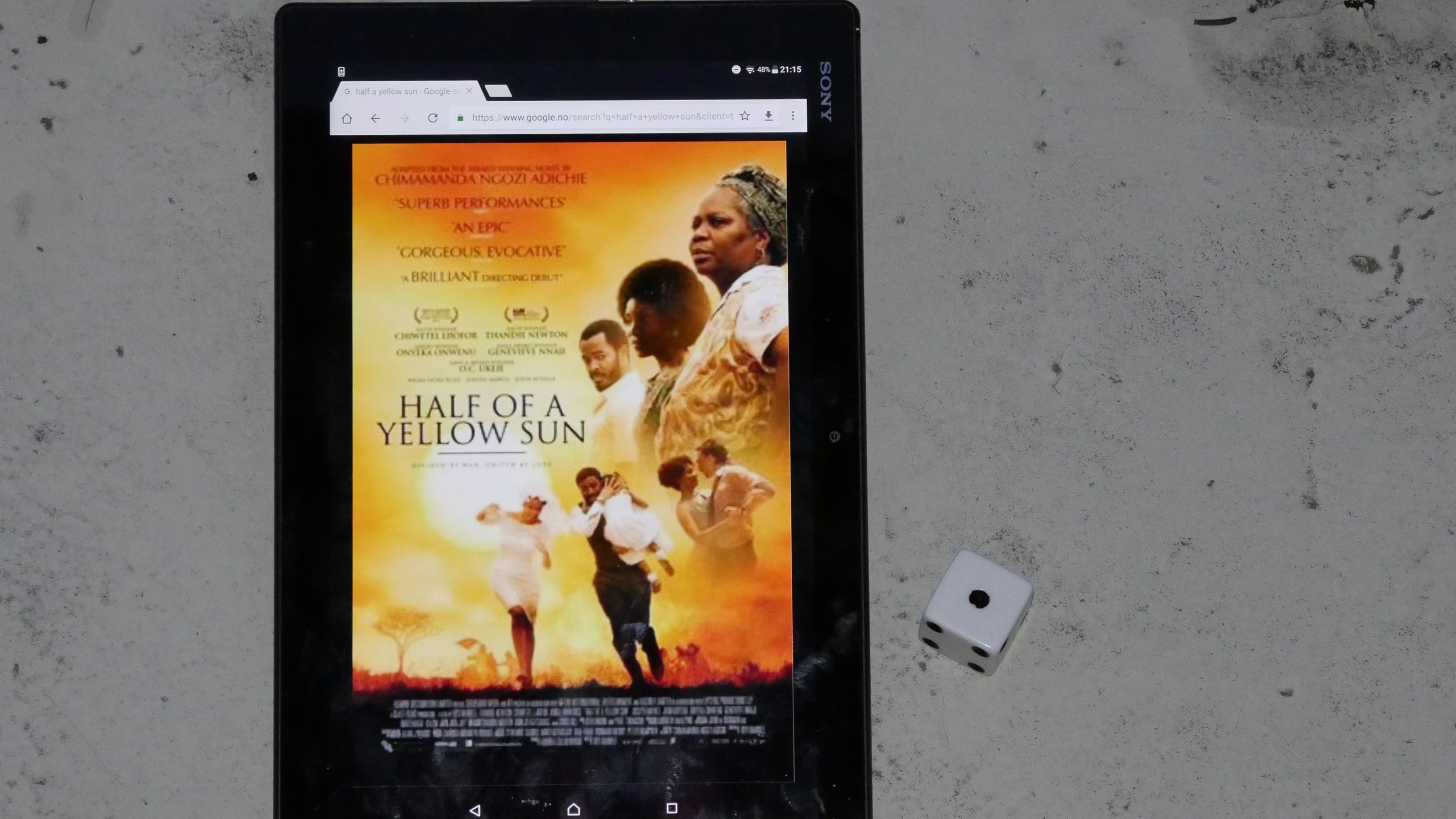 |  |
| Half of a Yellow Sun. Biyi Bandele. 2013. Nigeria. April 28th, 2017. Super Simple Summer Punch. | |||
 |  | 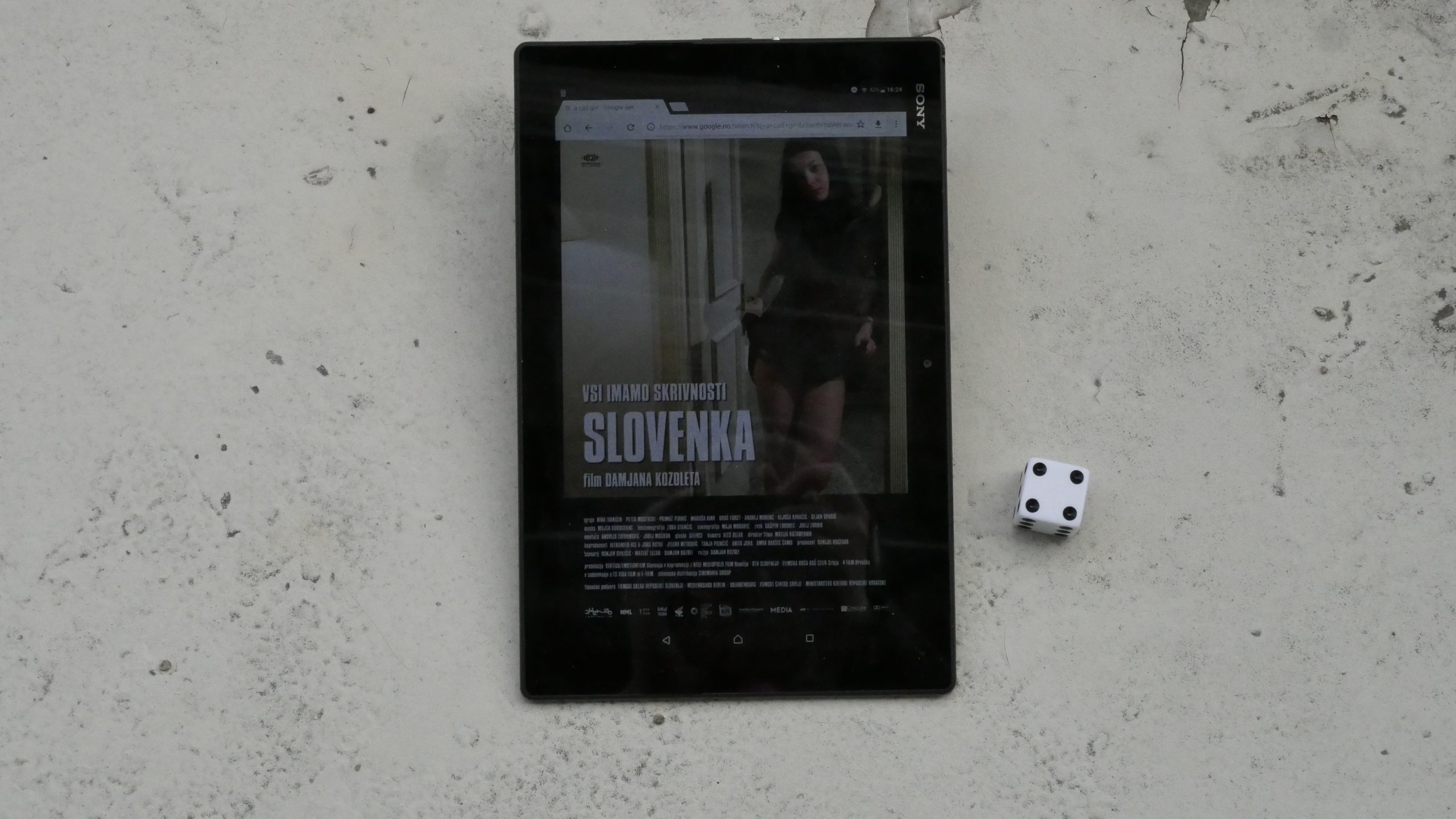 | 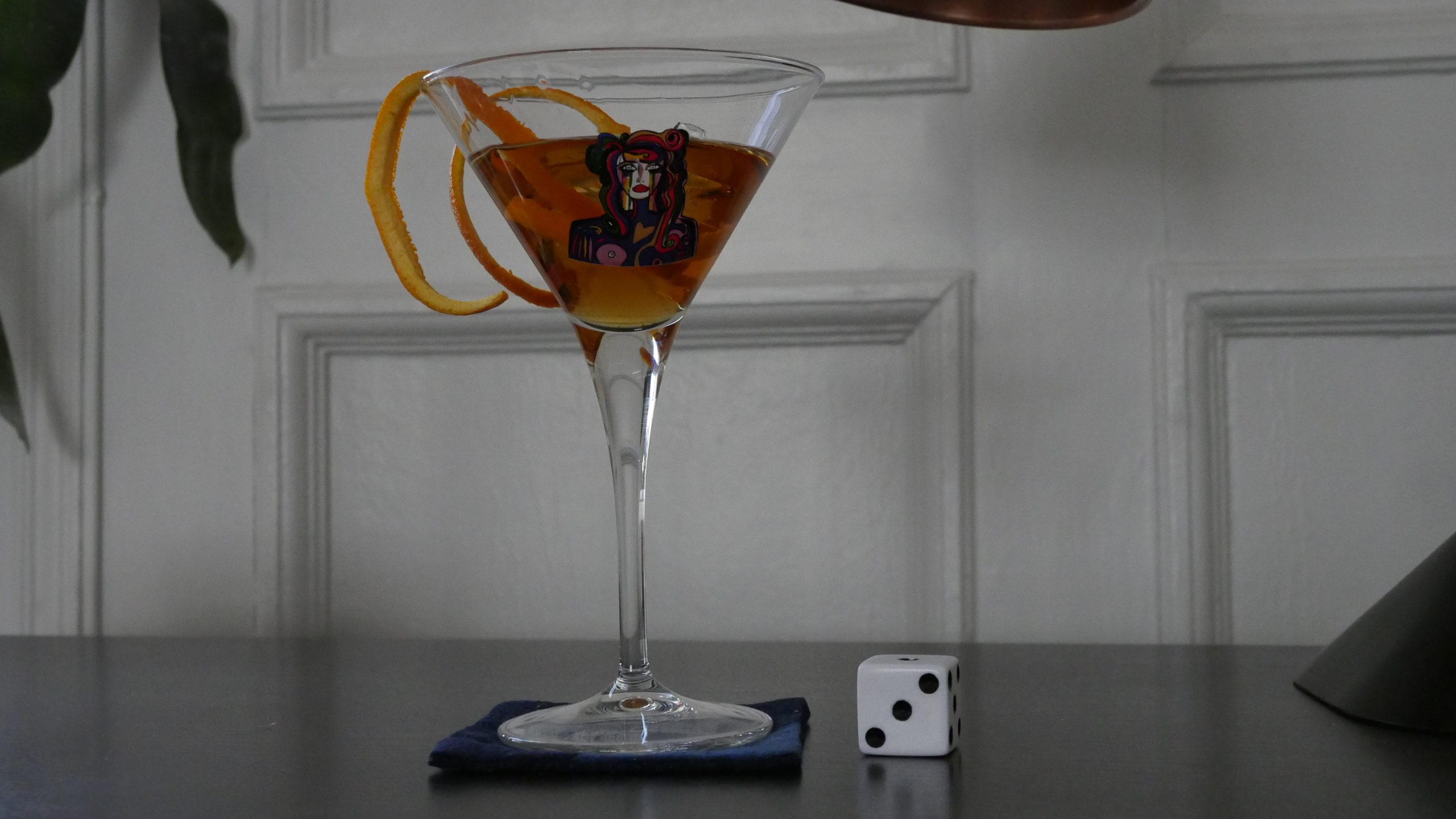 |
| A Call Girl. Damjan Kozole. 2009. Slovenia. April 29th, 2017. The Peter XOXO. | |||
 |  | 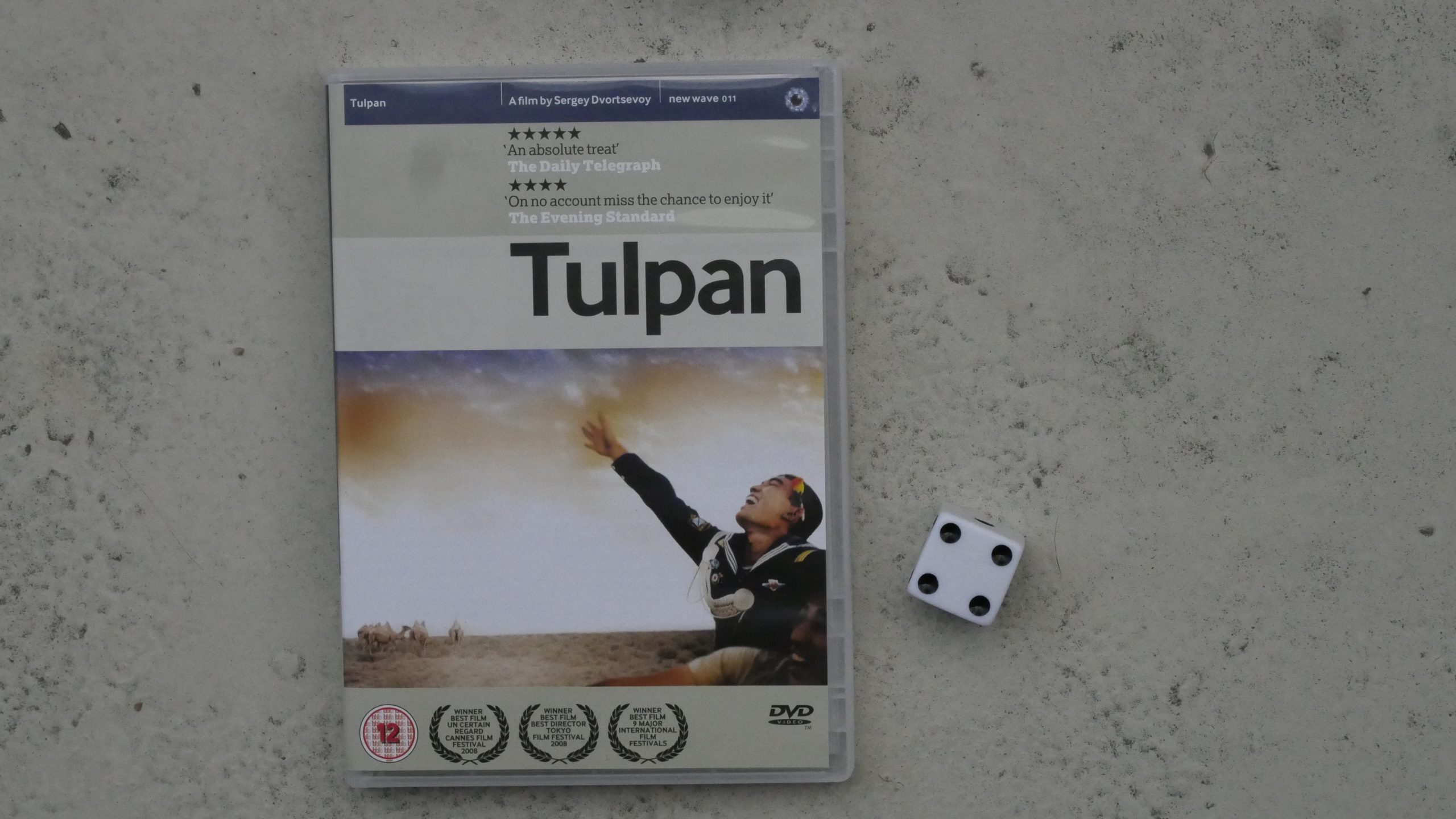 |  |
| Tulpan. Sergei Dvortsevoy. 2008. Kazakhstan. April 29th, 2017. The Drink of Gods. | |||
 | 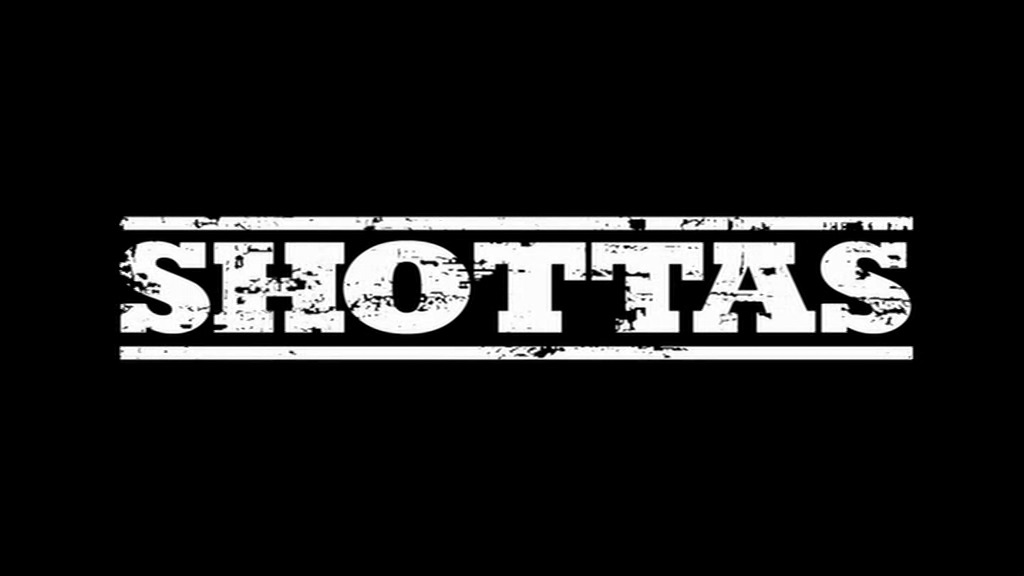 |  | 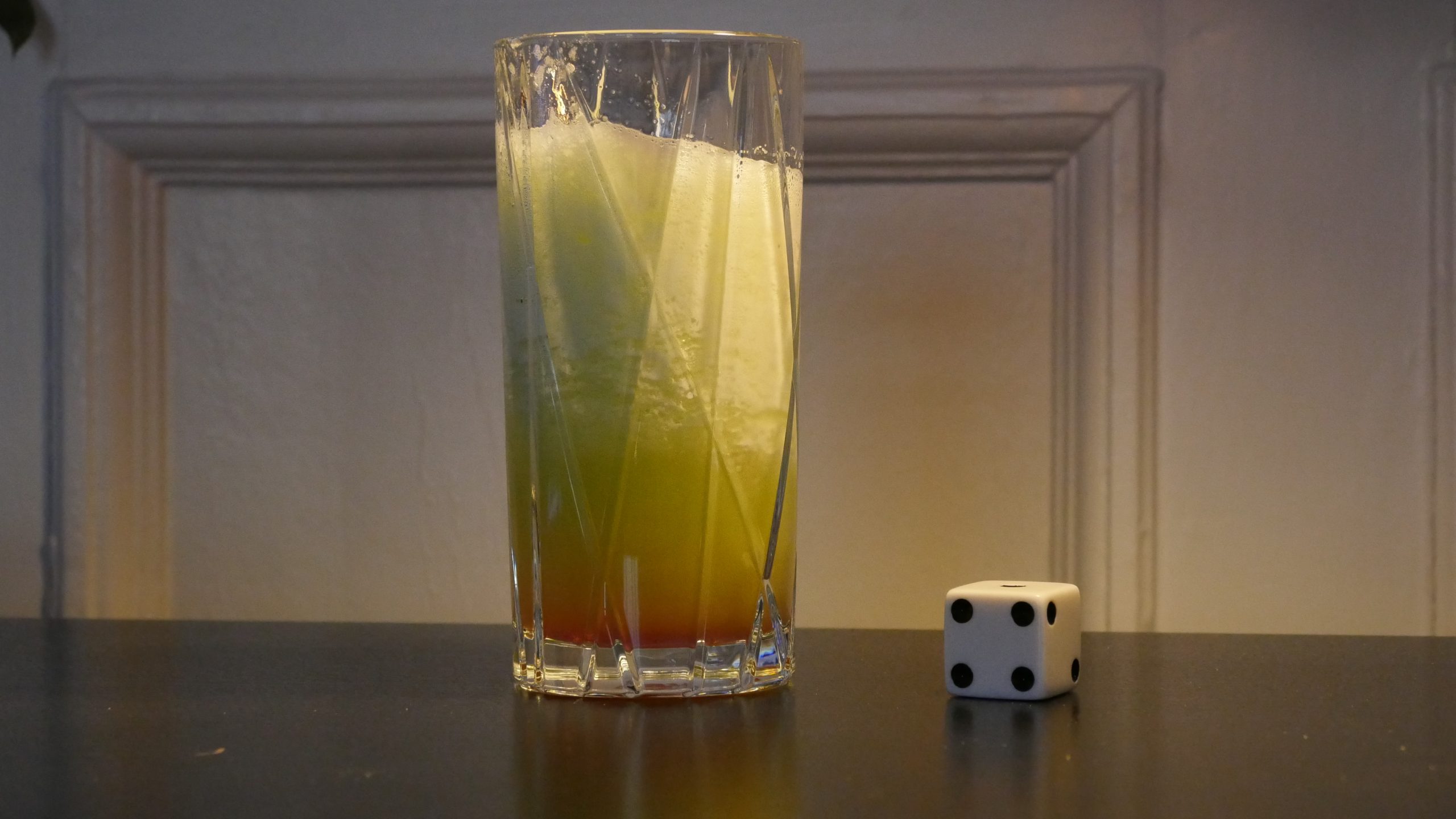 |
| Shottas. Cess Silvera. 2002. Jamaica. April 29th, 2017. Body Heat. | |||
 | 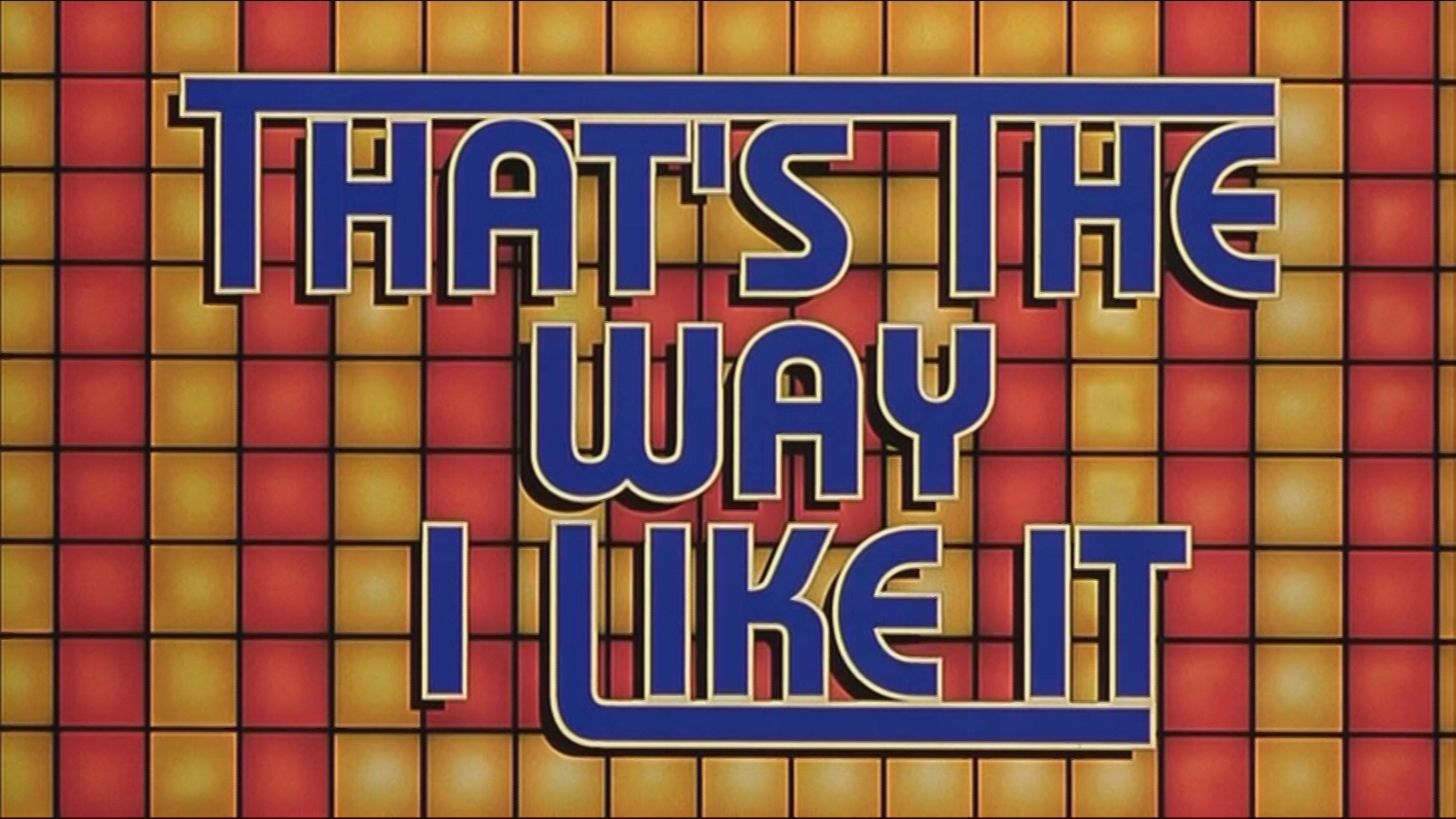 | 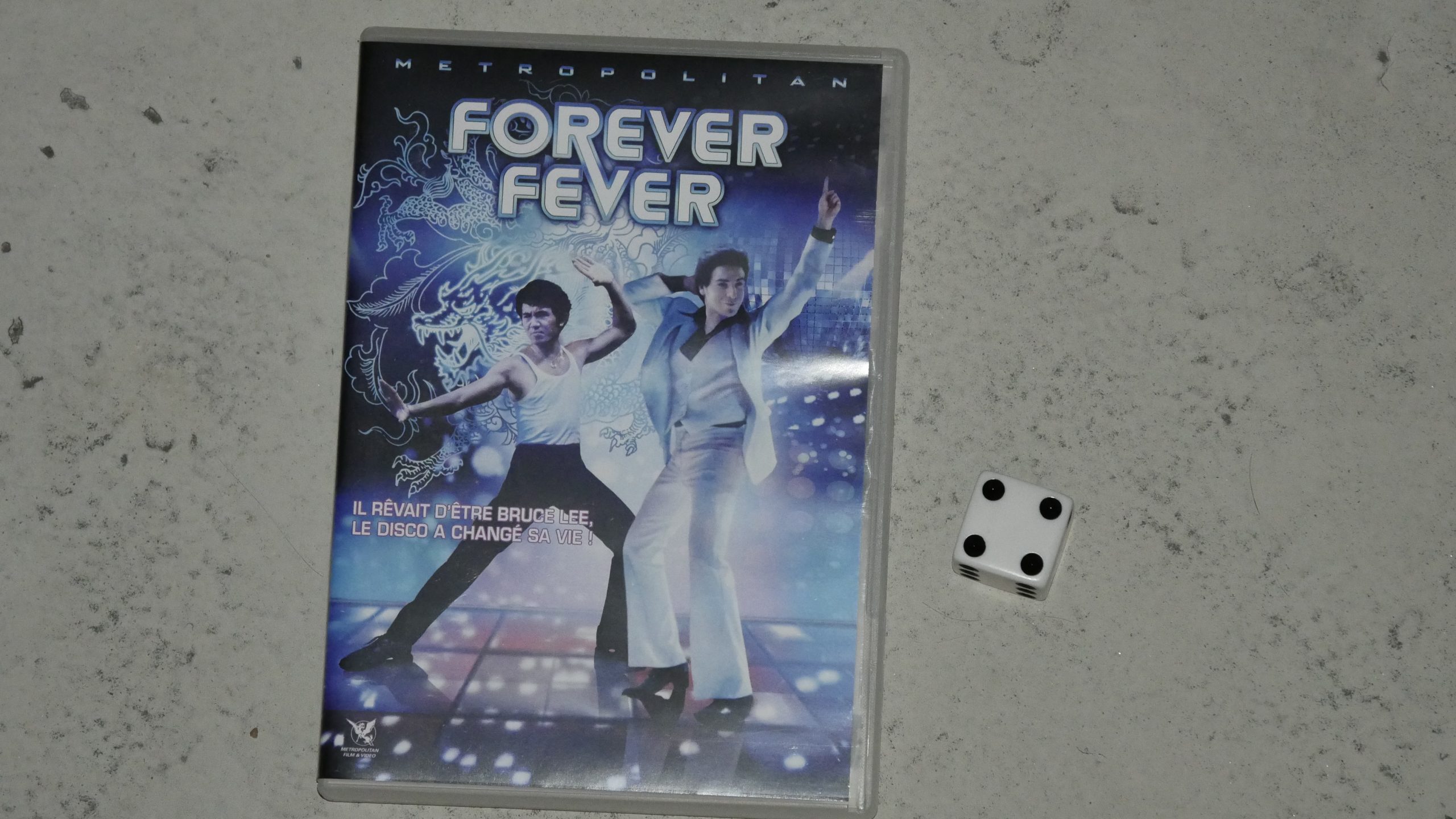 | 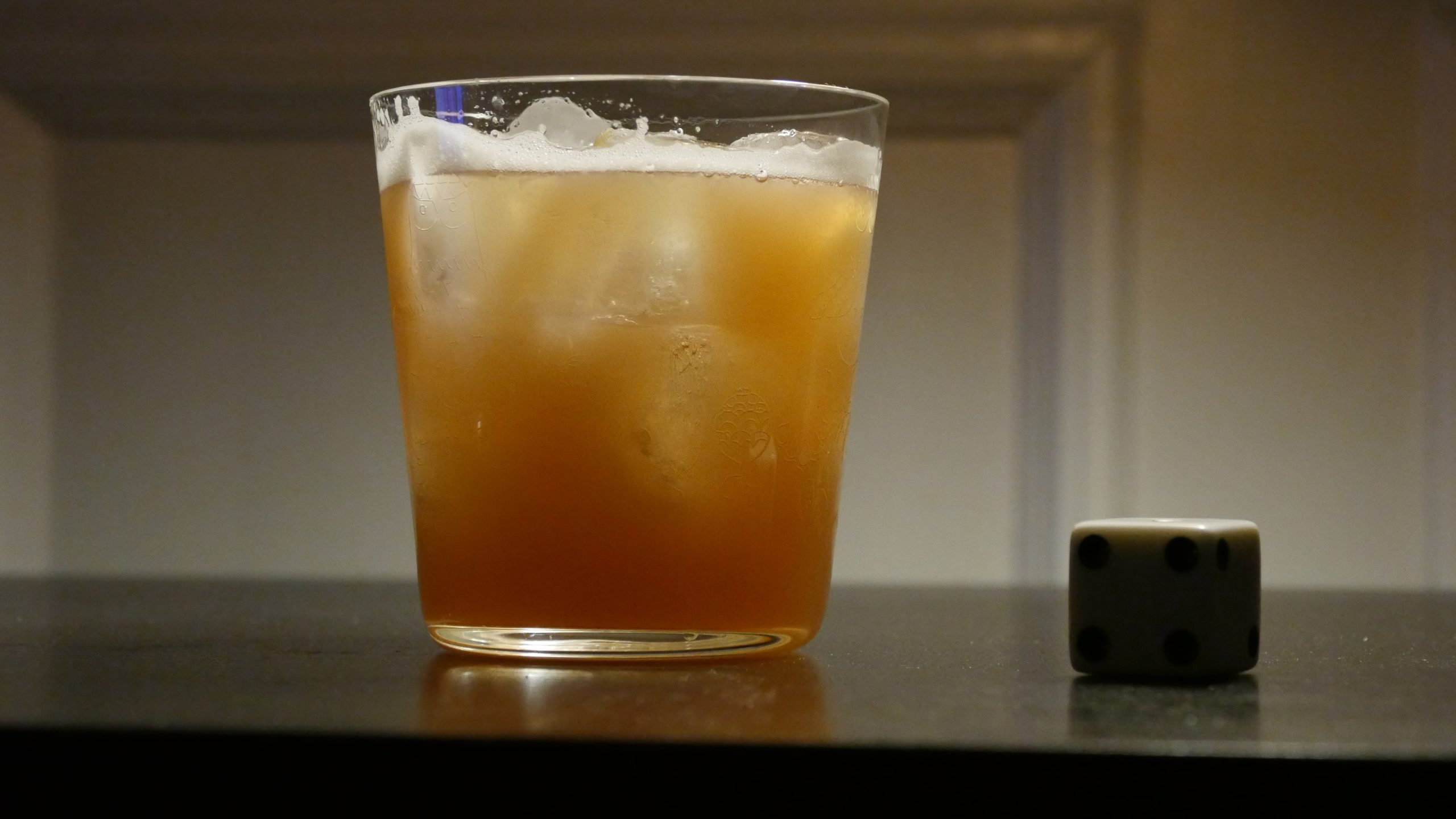 |
| That’s the Way I Like It. Glen Goei. 1998. Singapore. April 29th, 2017. nil. | |||
 |  | 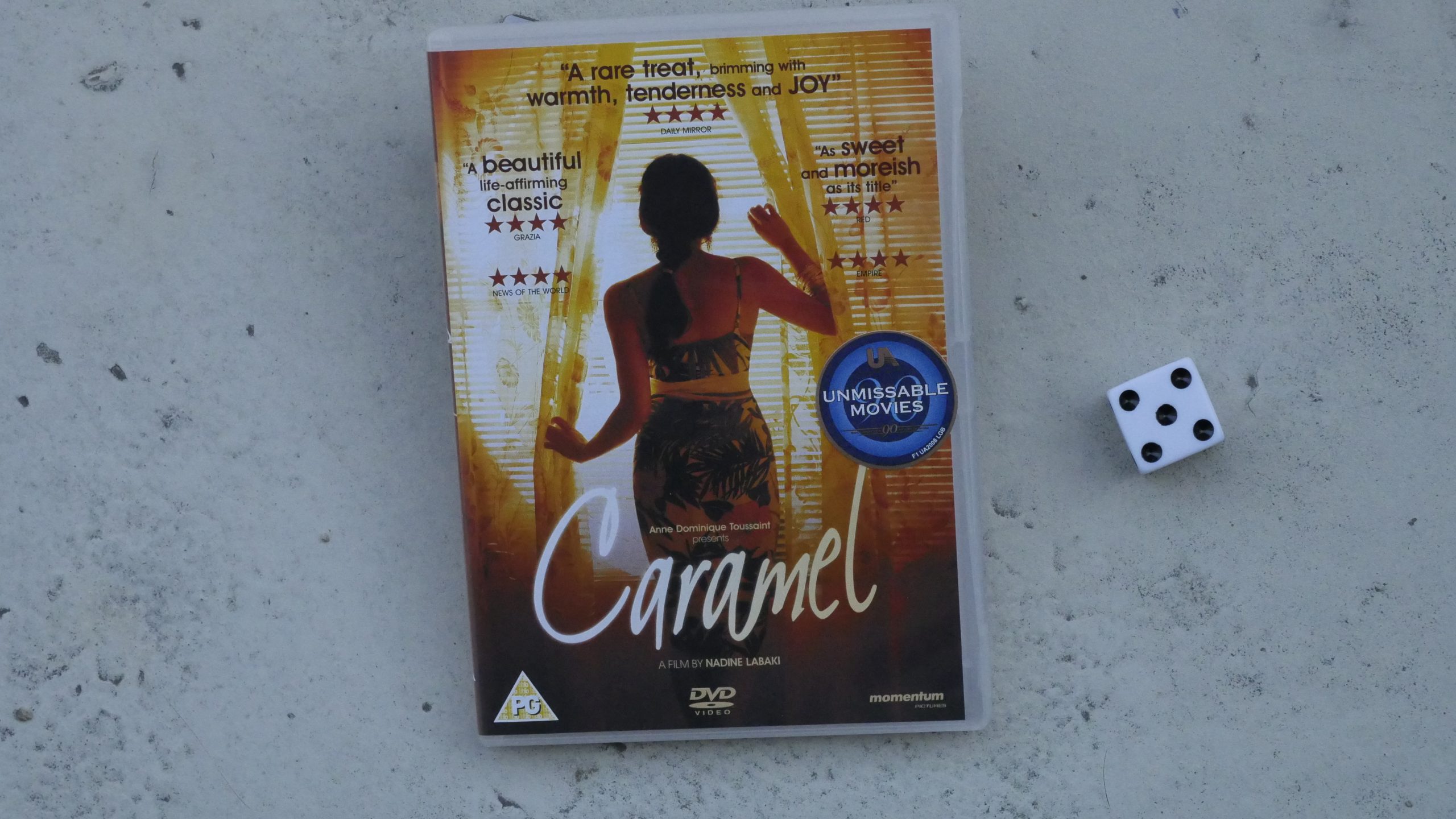 |  |
| Caramel. Nadine Labaki. 2007. Lebanon. April 30th, 2017. Jad Ballout’s Garcia’s Fattoush Cup. | |||
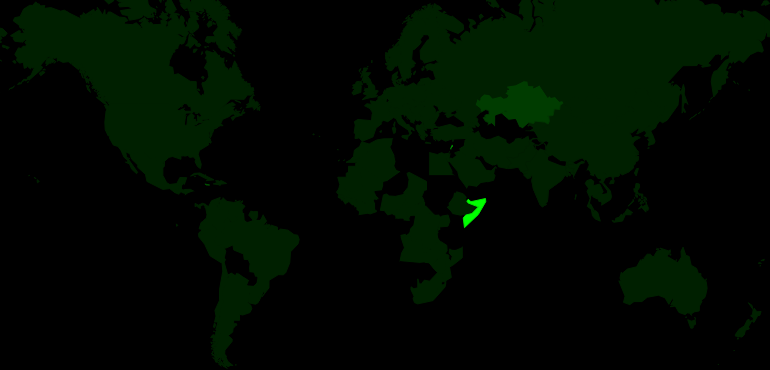 |  | 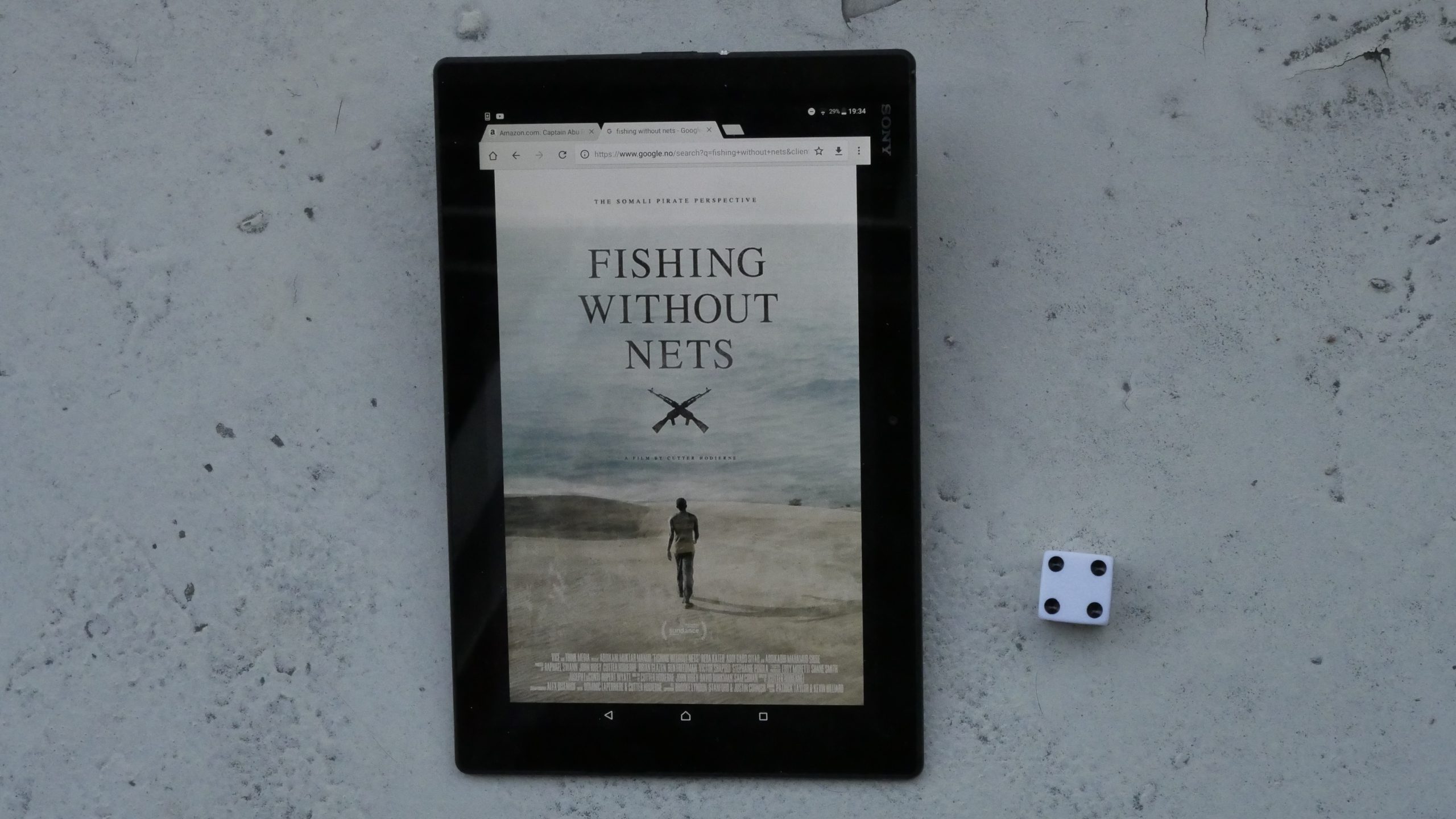 | 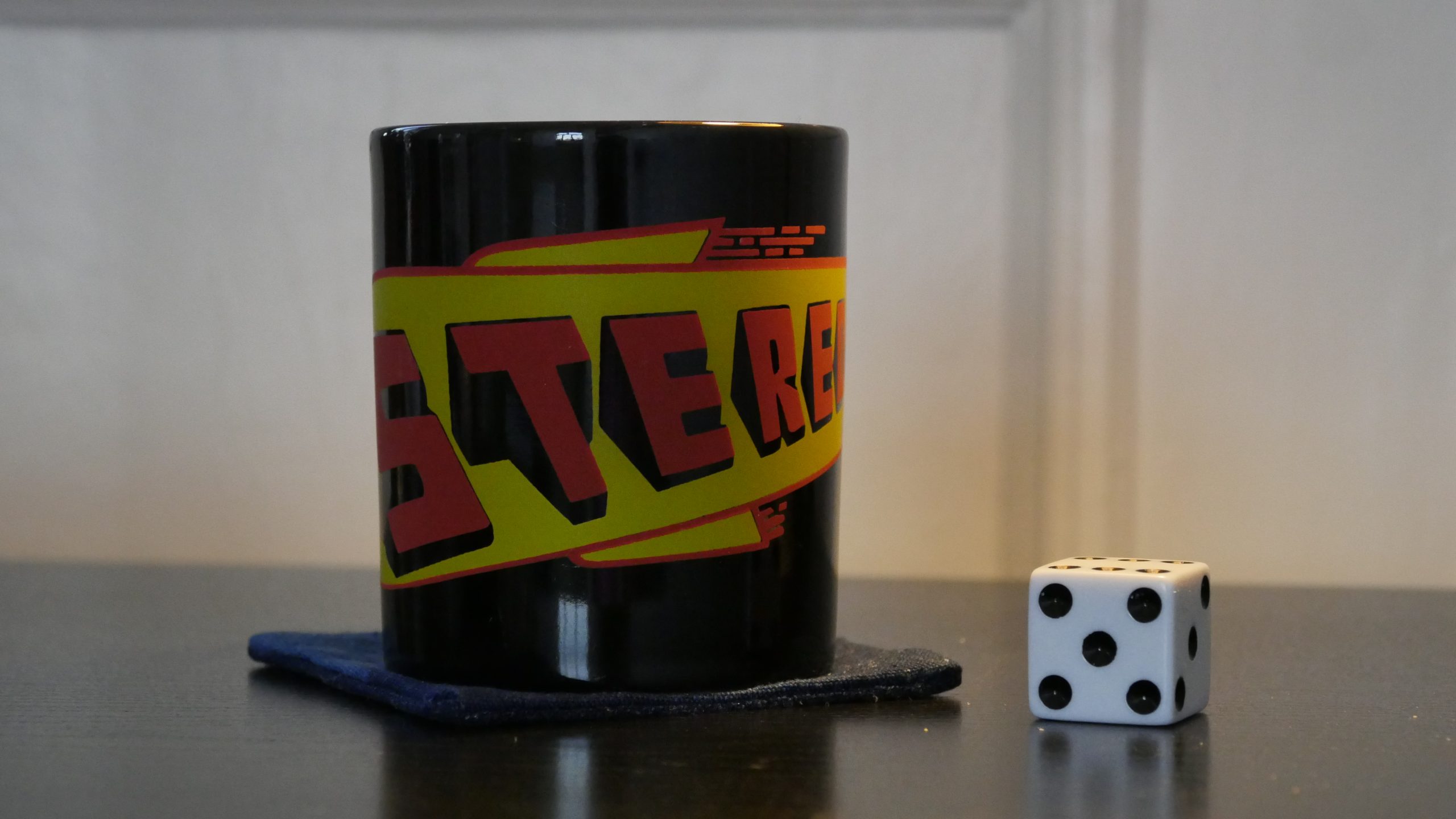 |
| Fishing Without Nets. Cutter Hodierne. 2014. Somalia. April 30th, 2017. Shaah Adays: Somali spiced tea with milk. | |||
 |  | 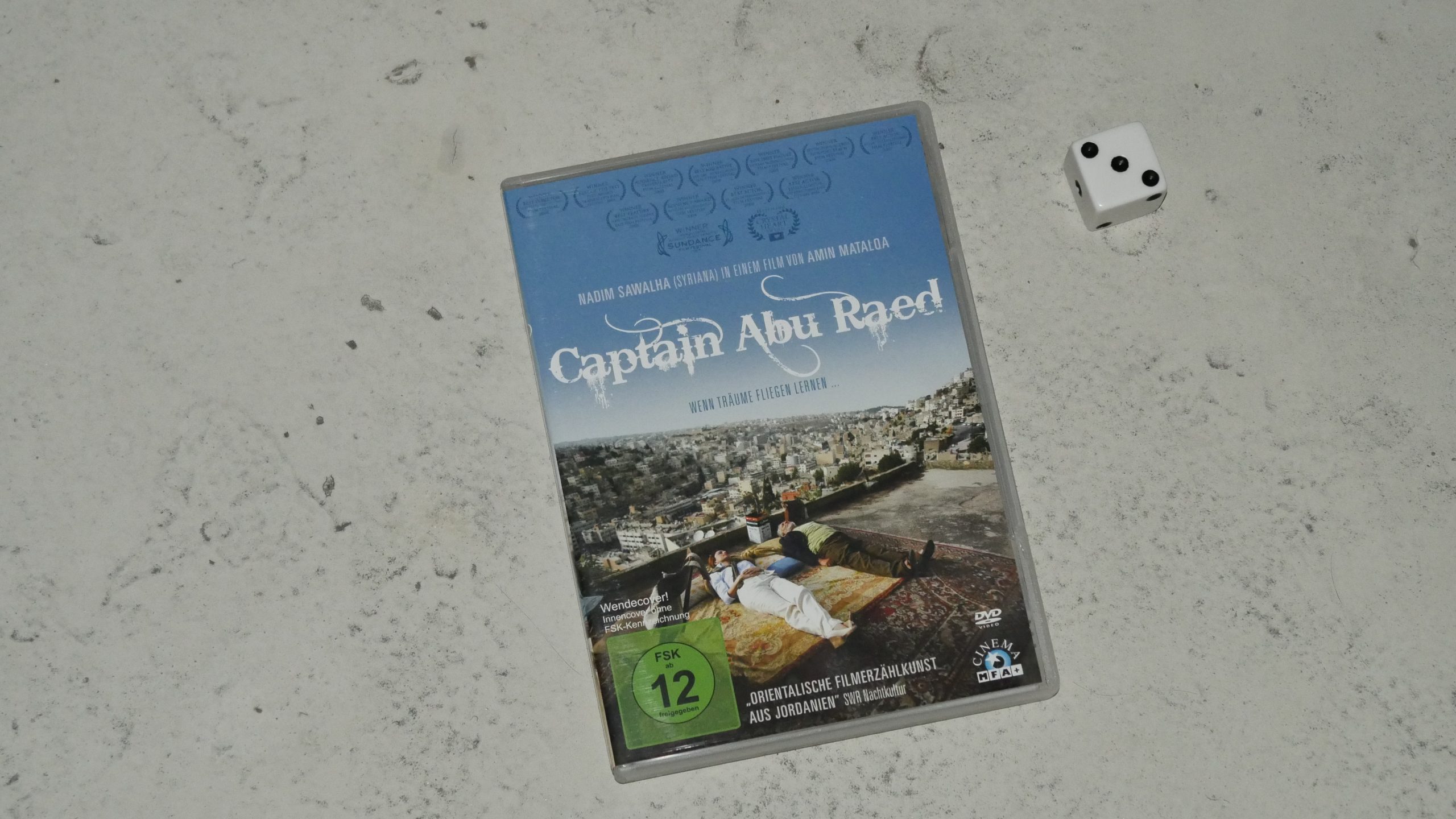 | 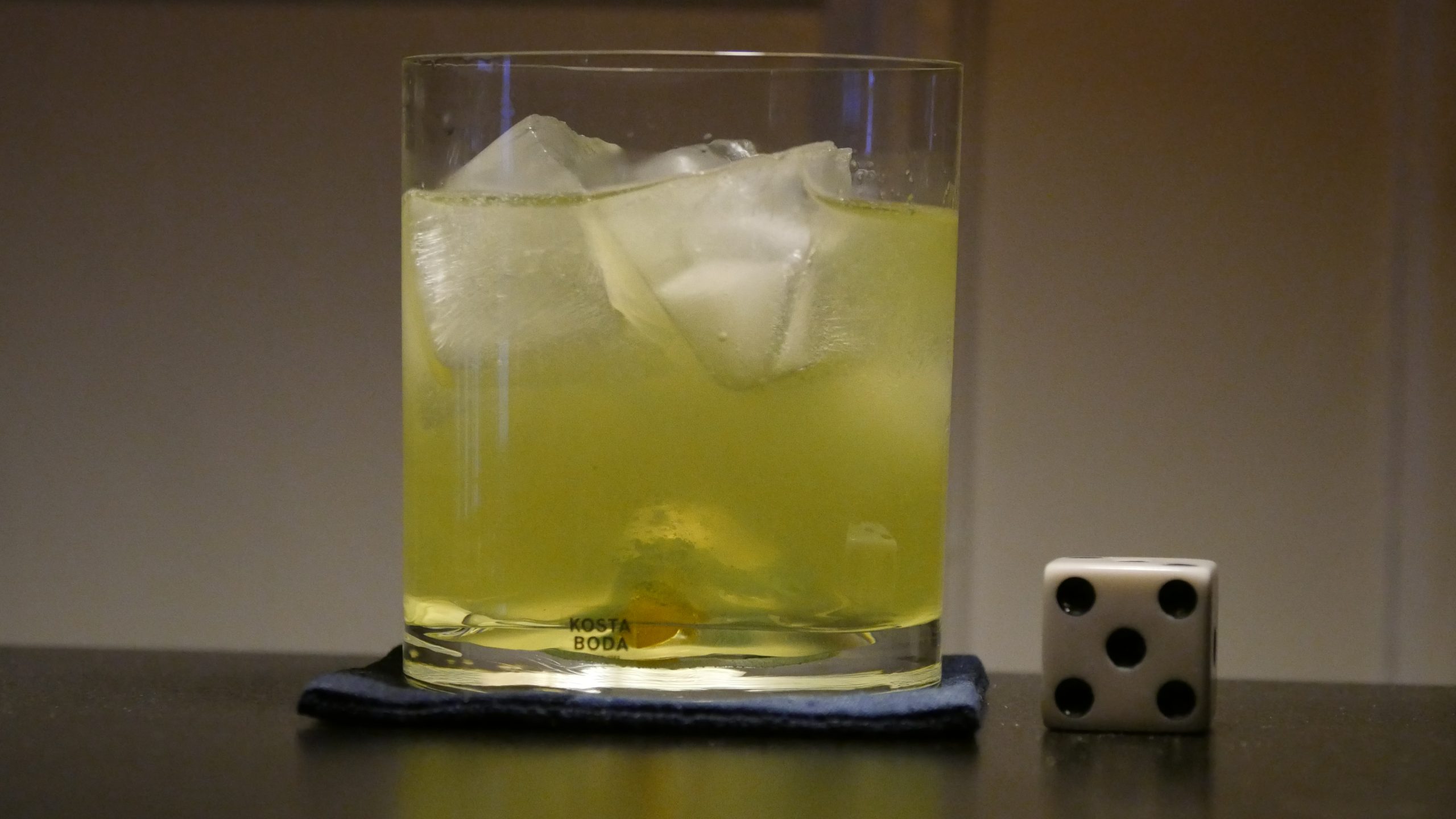 |
| Captain Abu Raed. Amin Matalqa. 2008. Jordan. April 30th, 2017. Middle Eastern Mint Lemonade. | |||
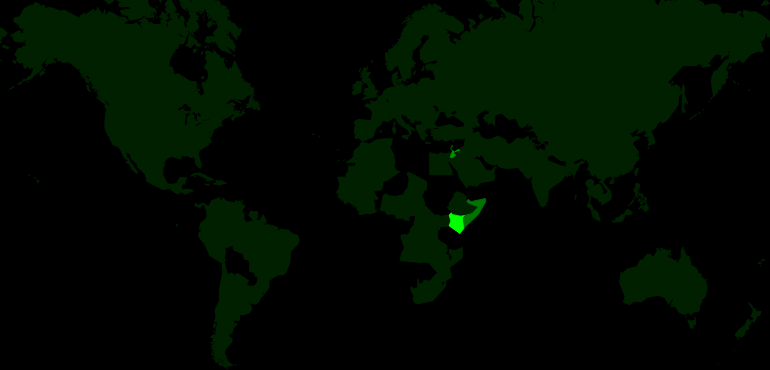 |  | 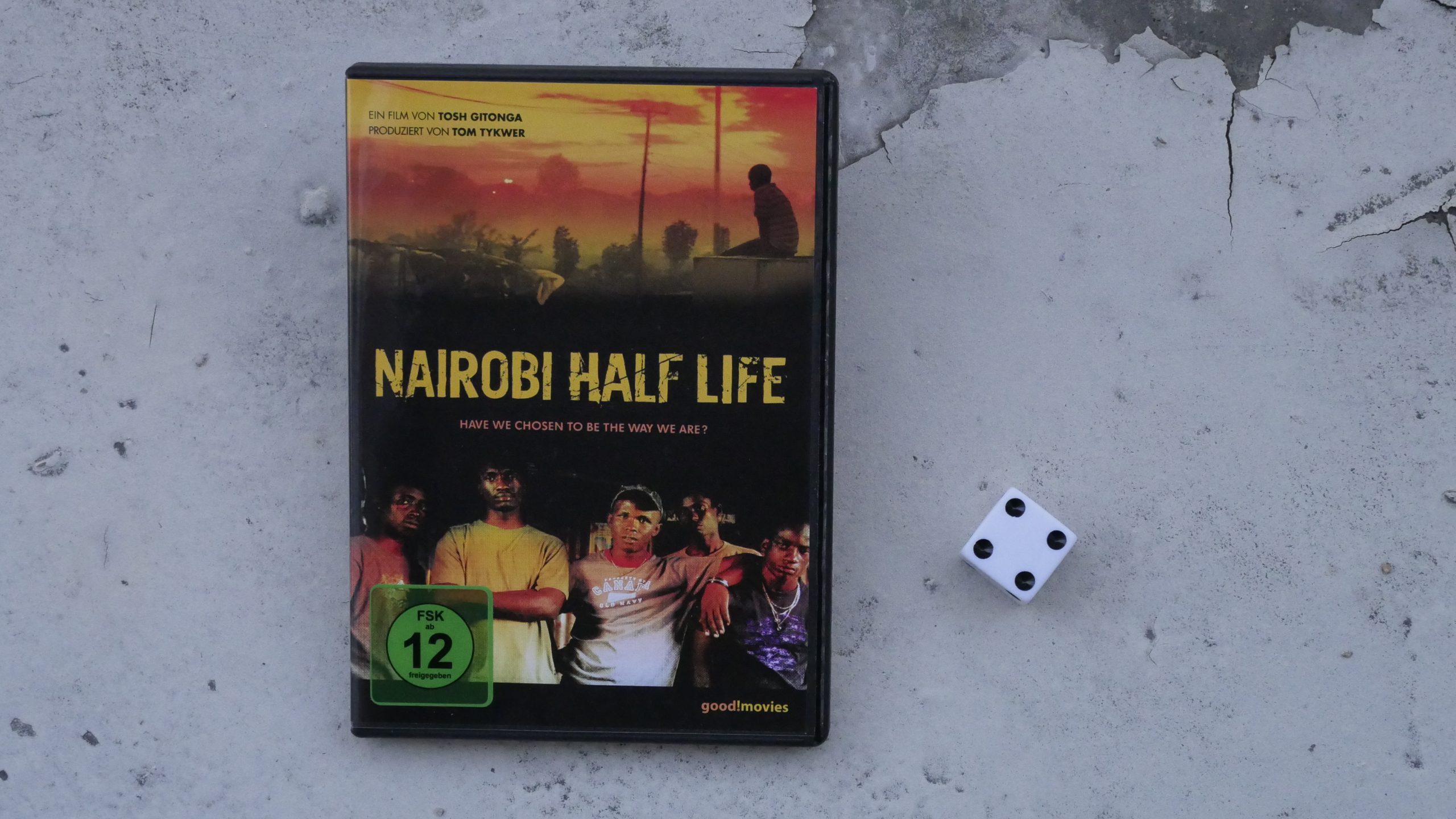 |  |
| Nairobi Half Life. David ‘Tosh’ Gitonga. 2012. Kenya. May 5th, 2017. Dawa Cocktail. | |||
 |  | 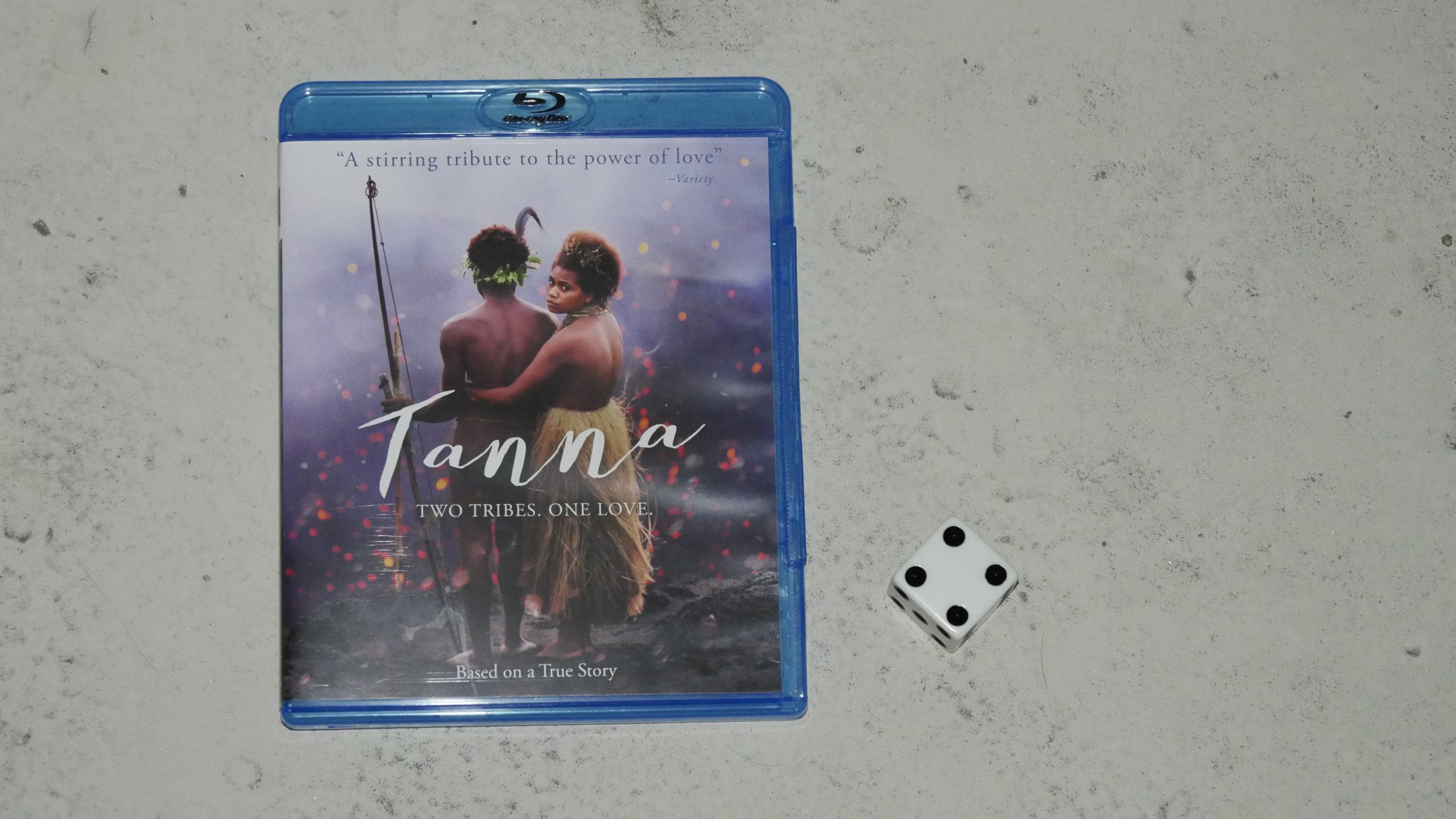 | 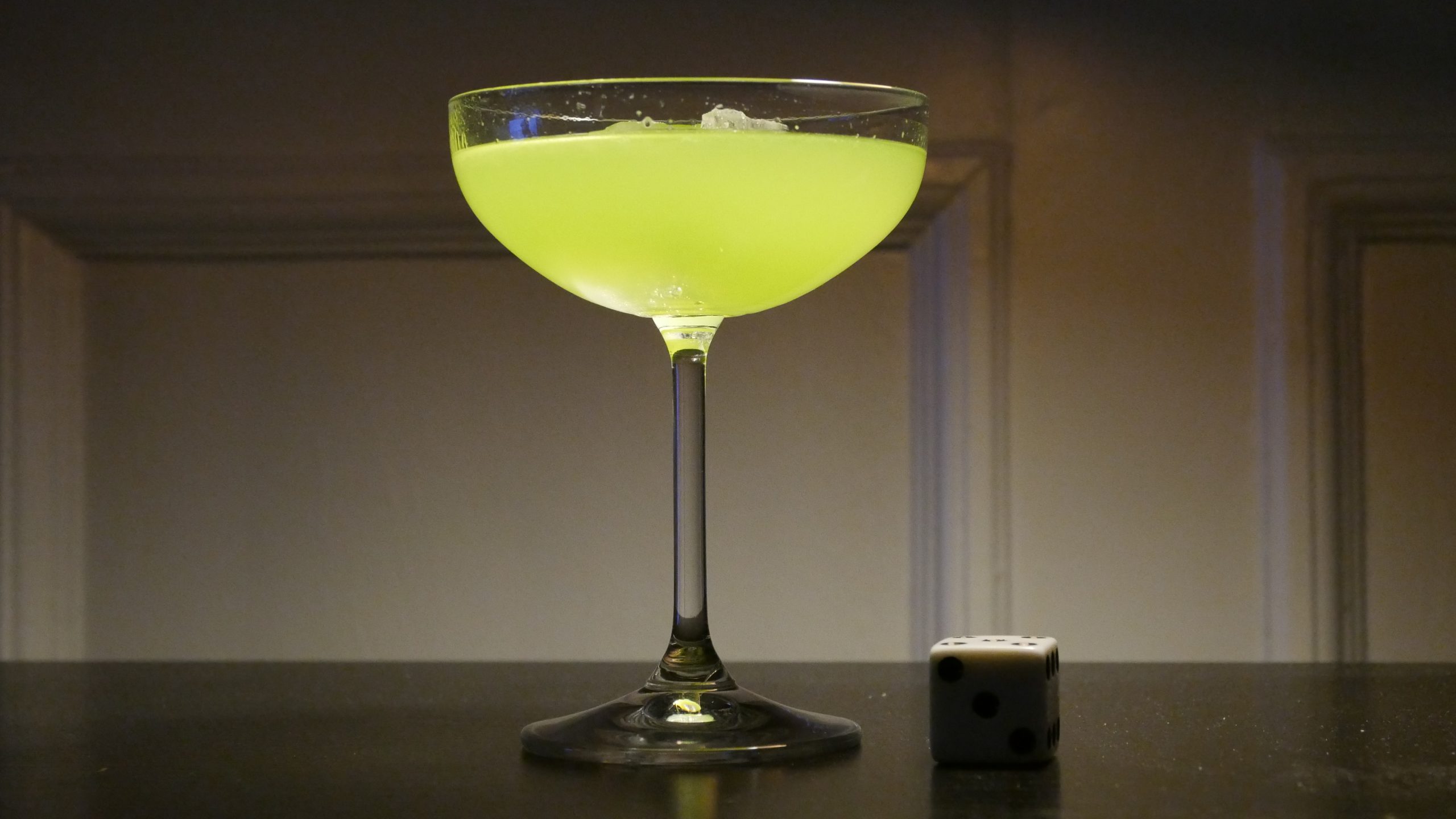 |
| Tanna. Martin Butler. 2015. Vanuatu. May 5th, 2017. Japanese Slipper at Sunset Bungalows. | |||
 | 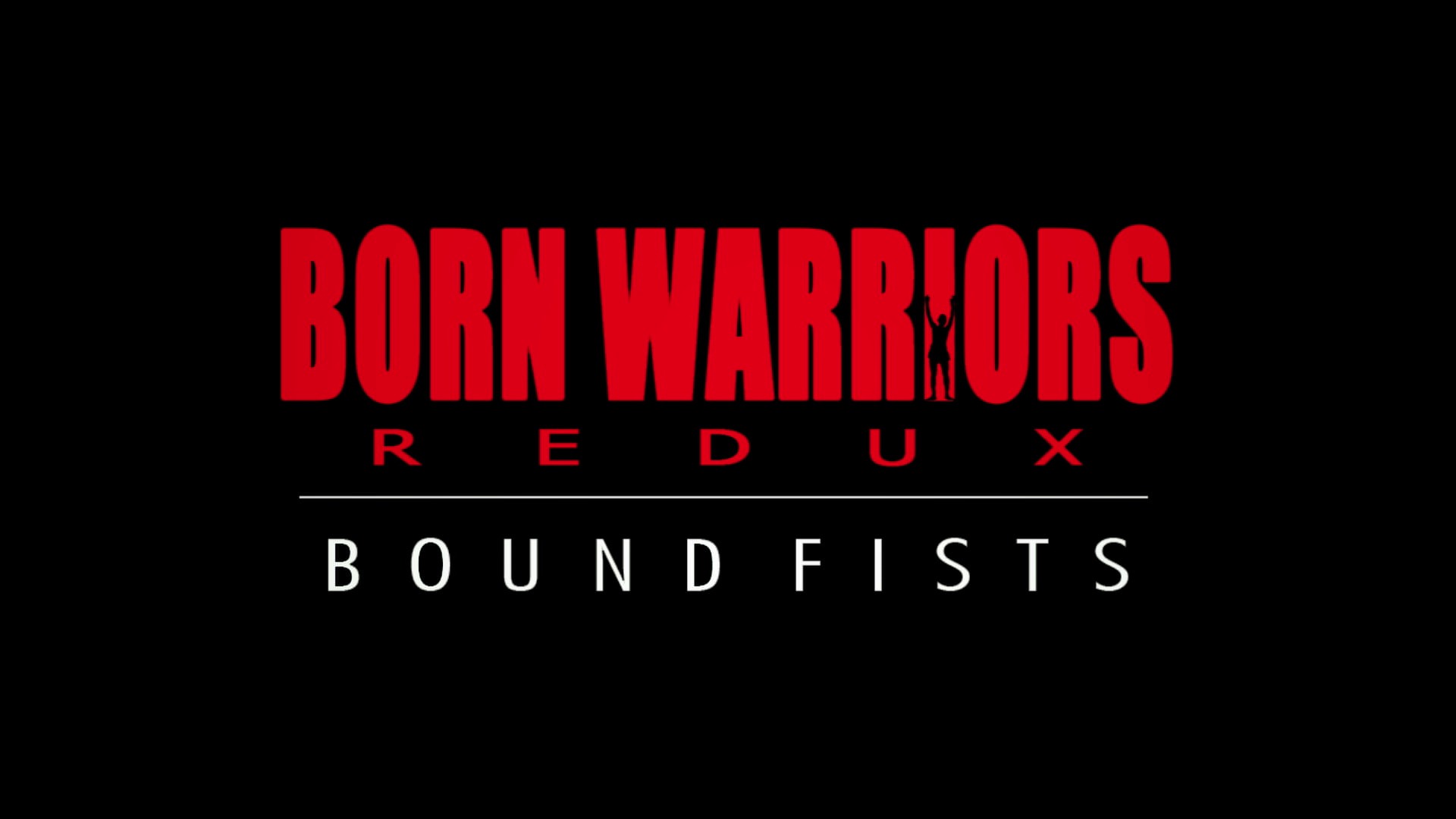 | 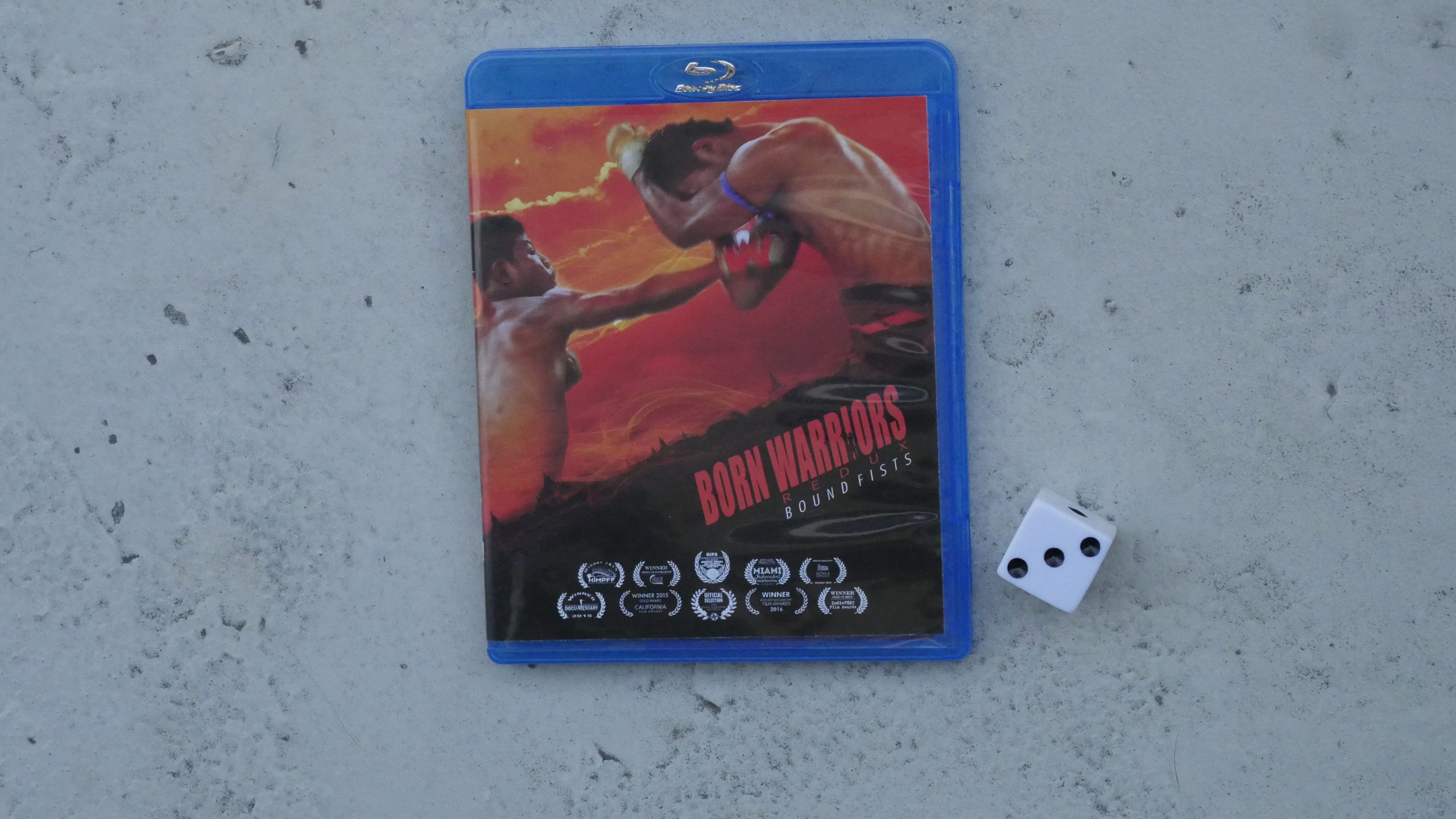 | 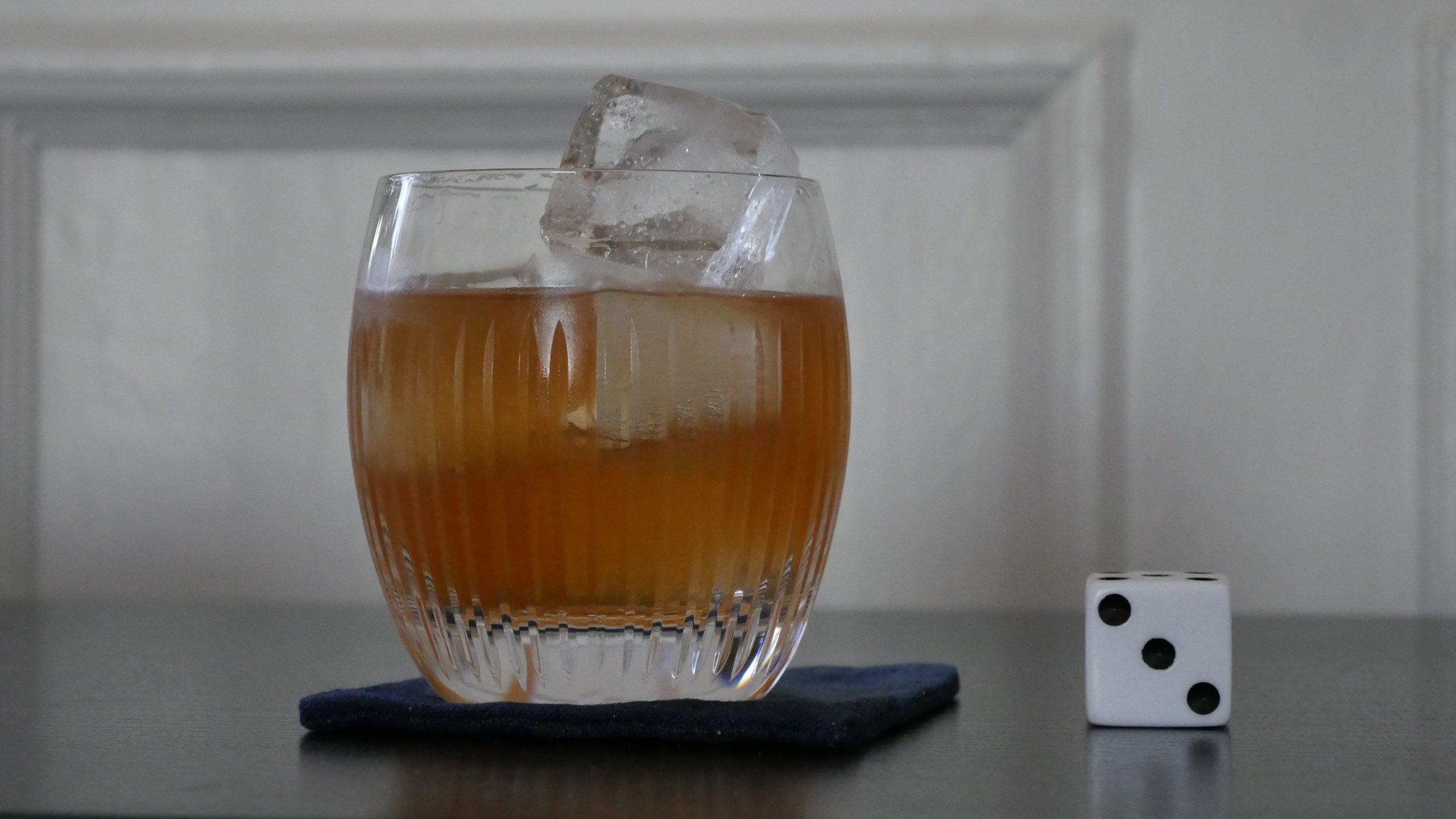 |
| Born Warriors Redux: Bound Fists. Vincent Giordano. 2014. Myanmar. May 6th, 2017. Pegu Club. | |||
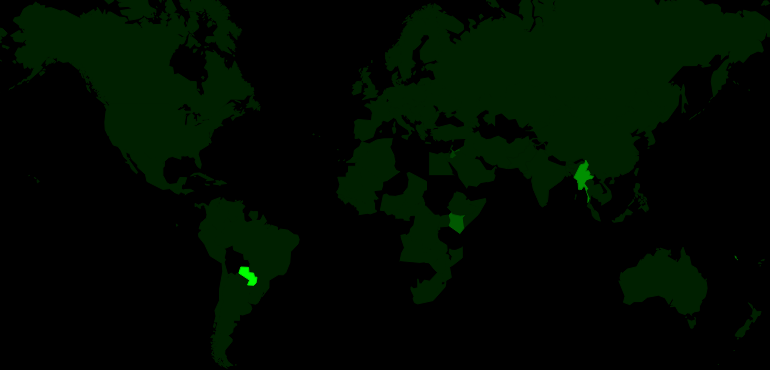 |  | 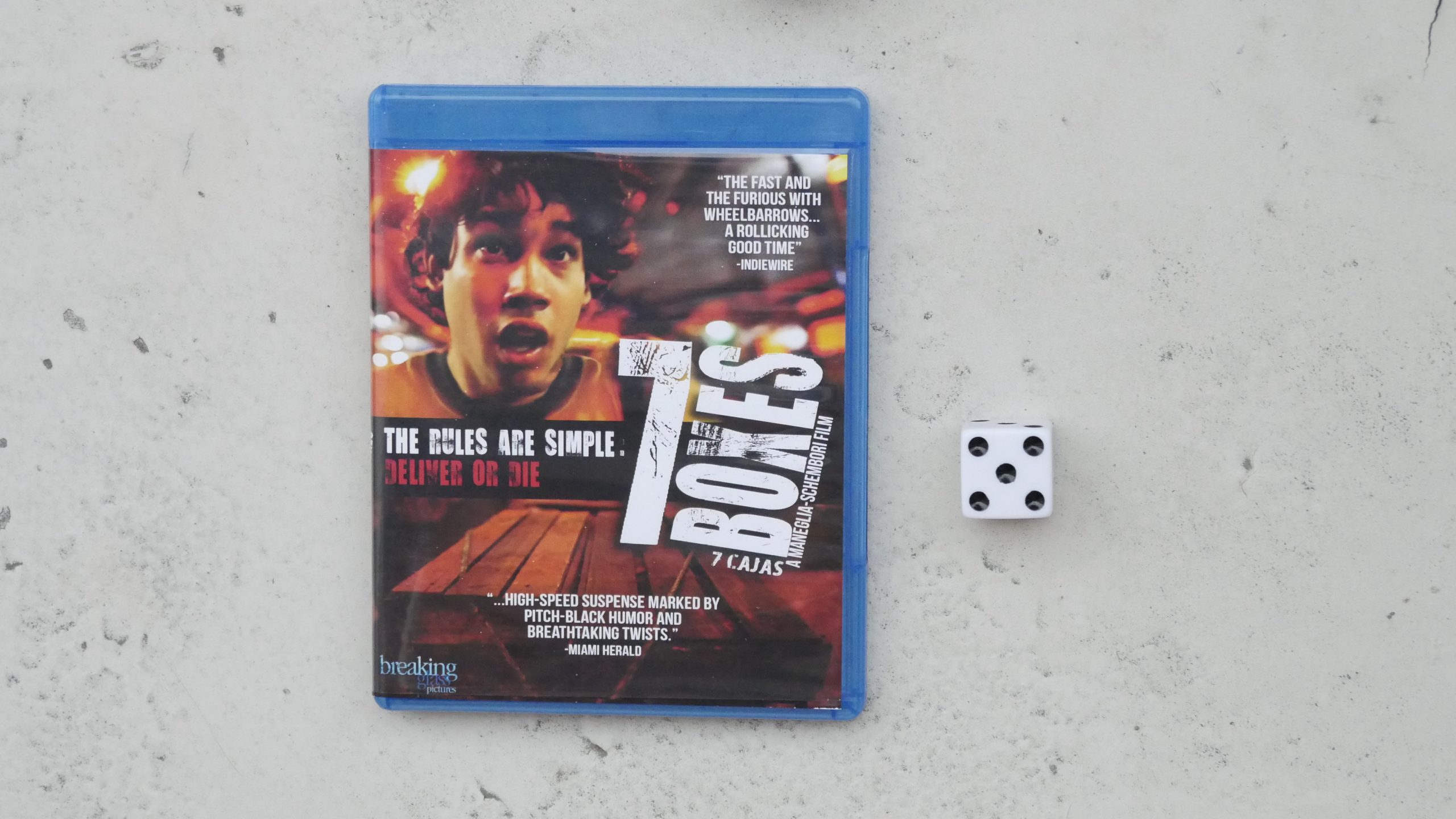 |  |
| 7 Boxes. Juan Carlos Maneglia. 2012. Paraguay. May 6th, 2017. Paraguay Passion. | |||
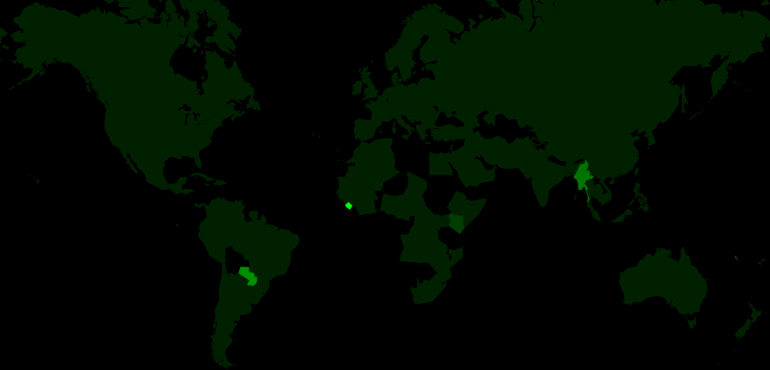 |  | 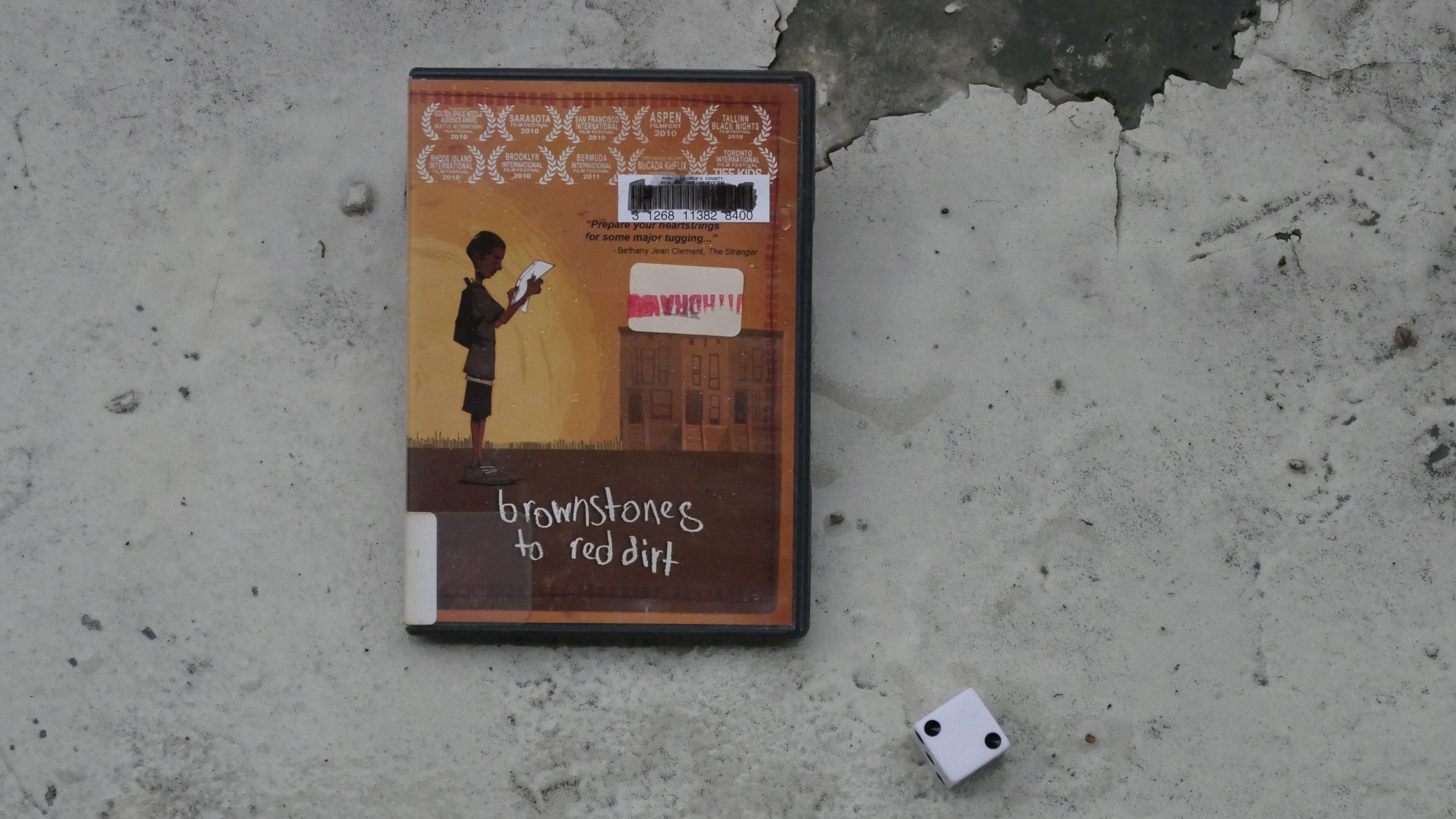 | 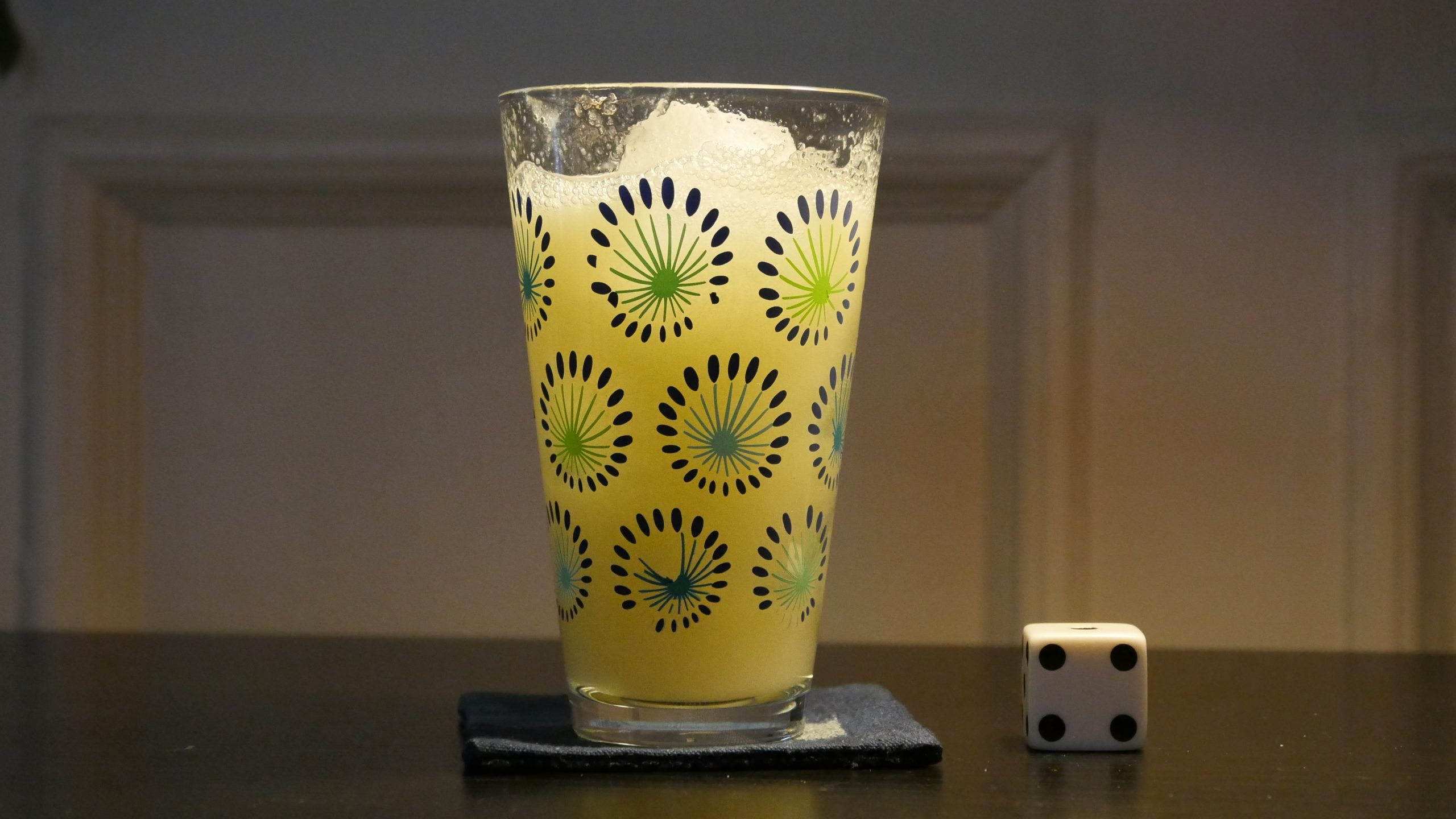 |
| Brownstones to Red Dirt. Dave LaMattina. 2010. Sierra Leone. May 16th, 2017. Guava Ginger Zinger Cocktail. | |||
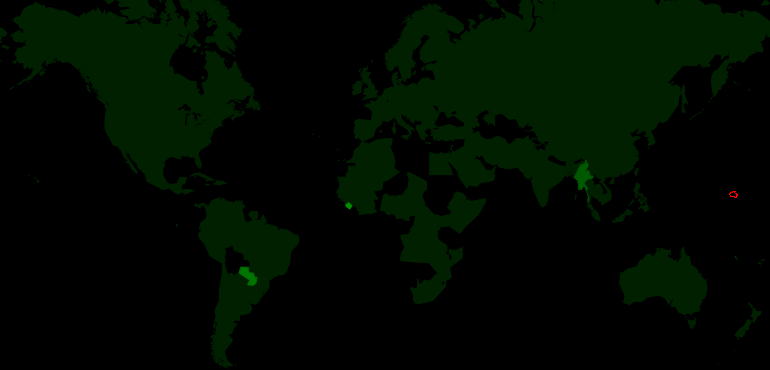 |  | 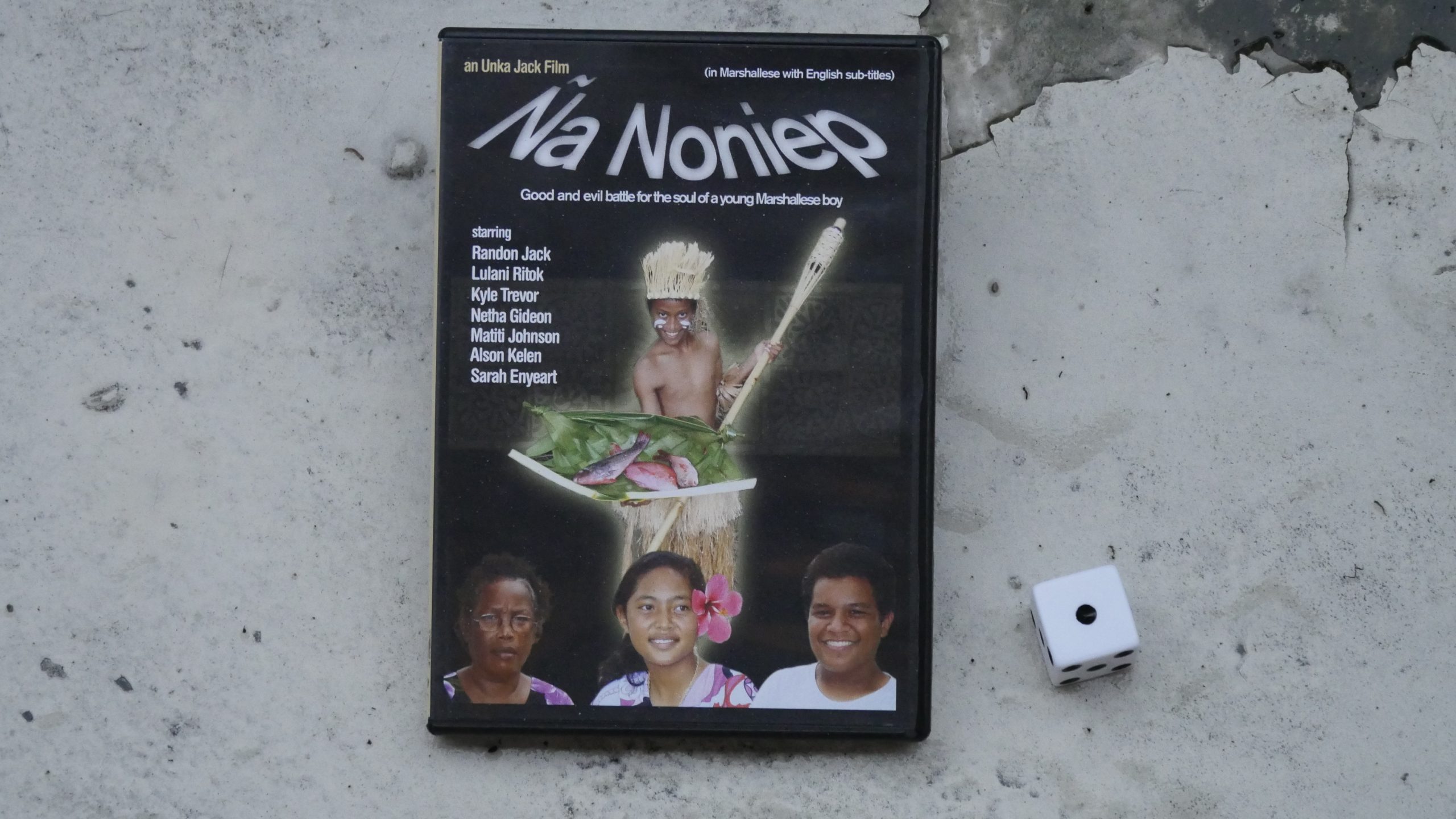 | 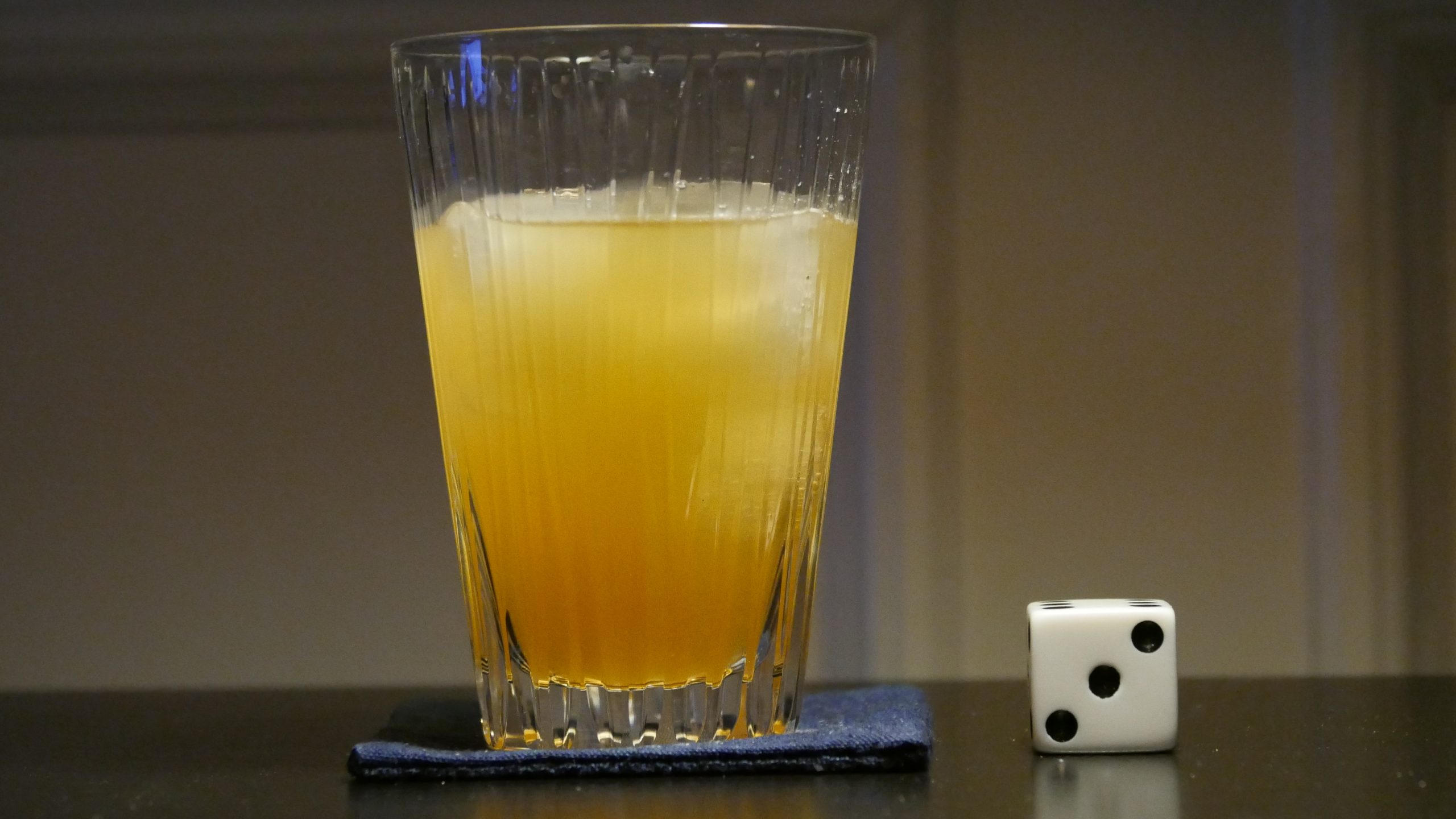 |
| I am the Good Fairy. Jack Niedenthal. 2009. Marshall Islands. May 16th, 2017. Marshall Island Swizzle. | |||
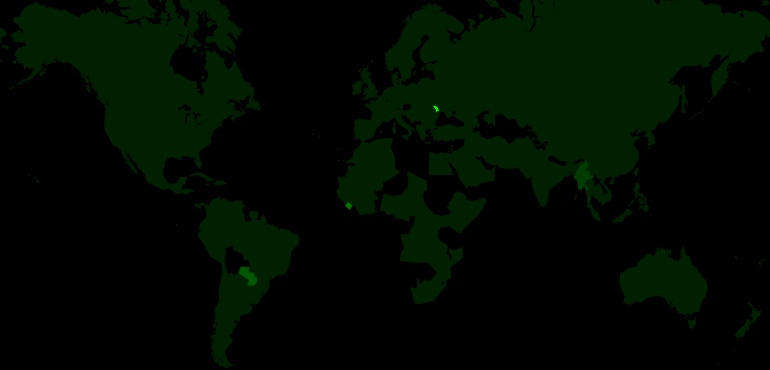 |  | 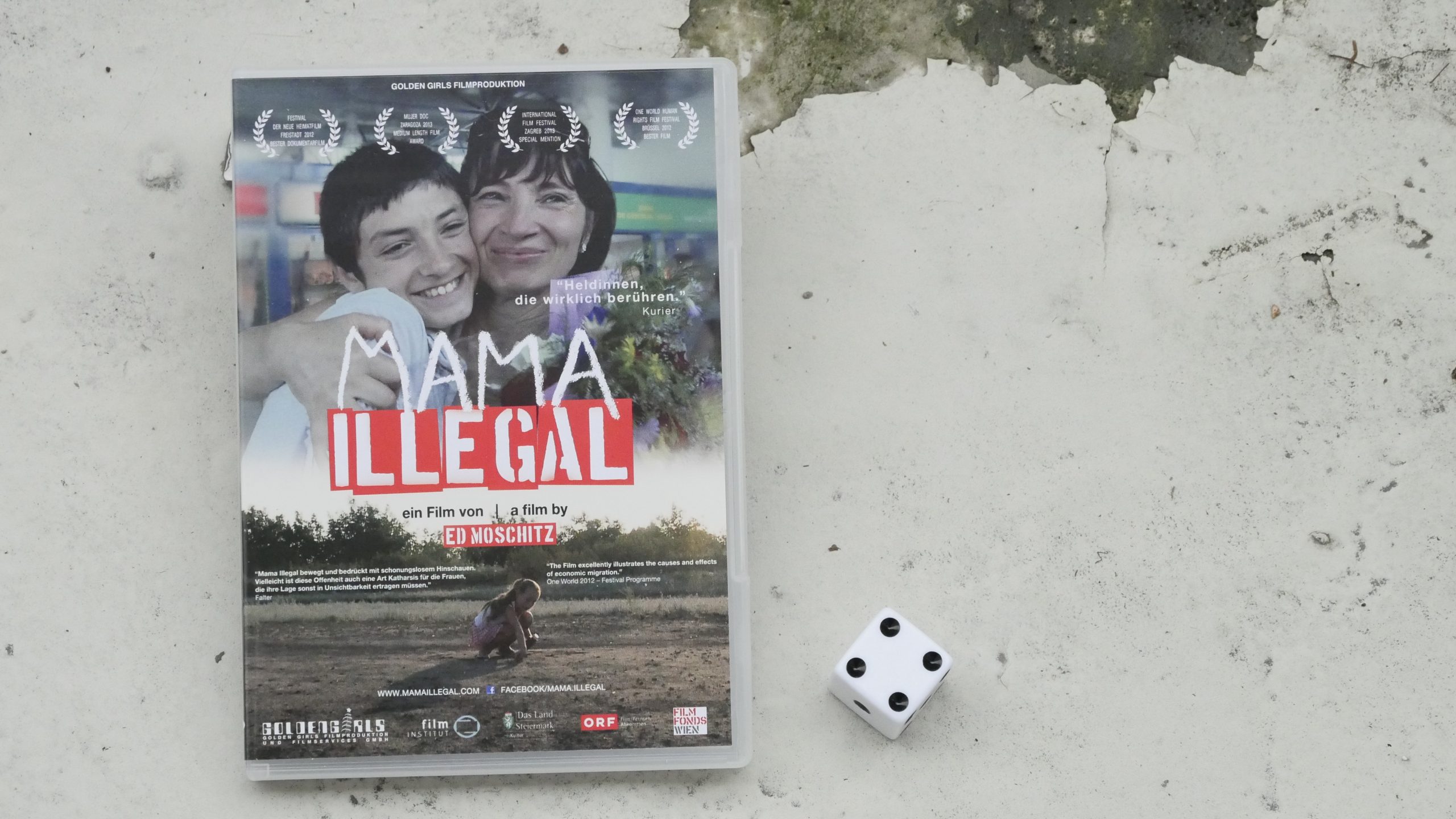 |  |
| Mama Illegal. Ed Moschitz. 2011. Moldova. May 17th, 2017. Eggnog Rum Cocktail. | |||
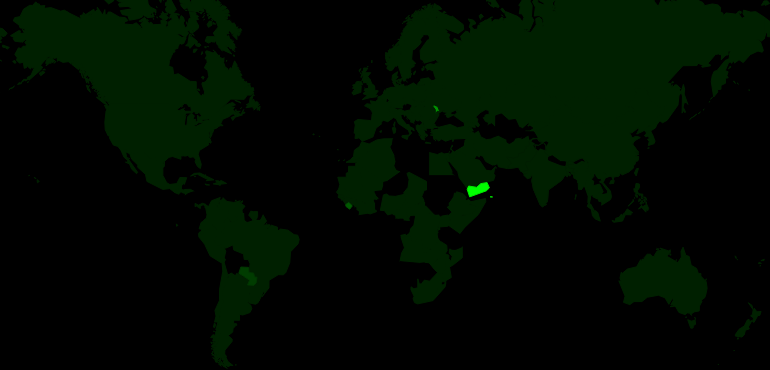 |  | 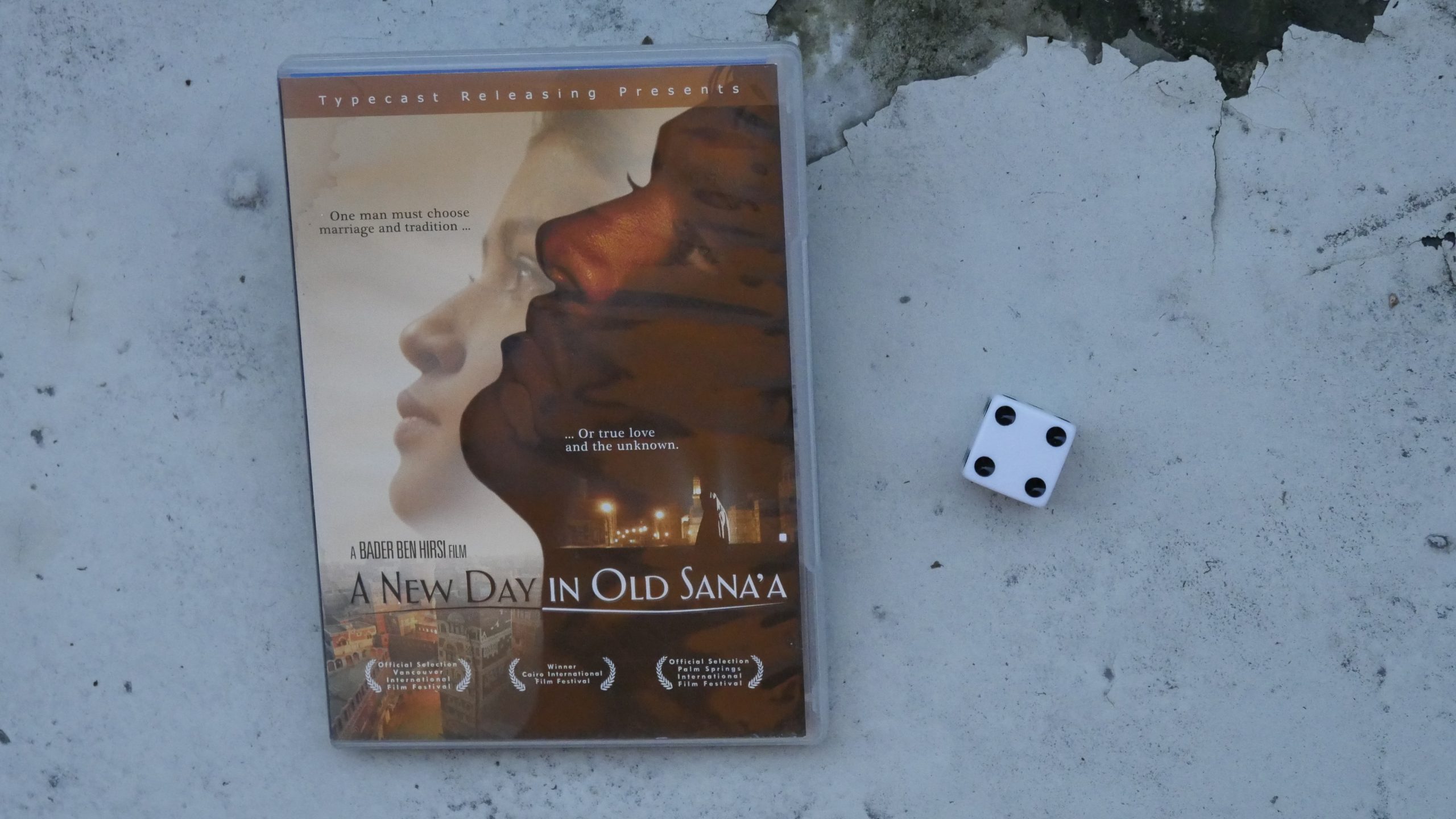 |  |
| A New Day In Old Sana’a. Bader Ben Hirsi. 2005. Yemen. May 17th, 2017. Yemen fizz. | |||
 | 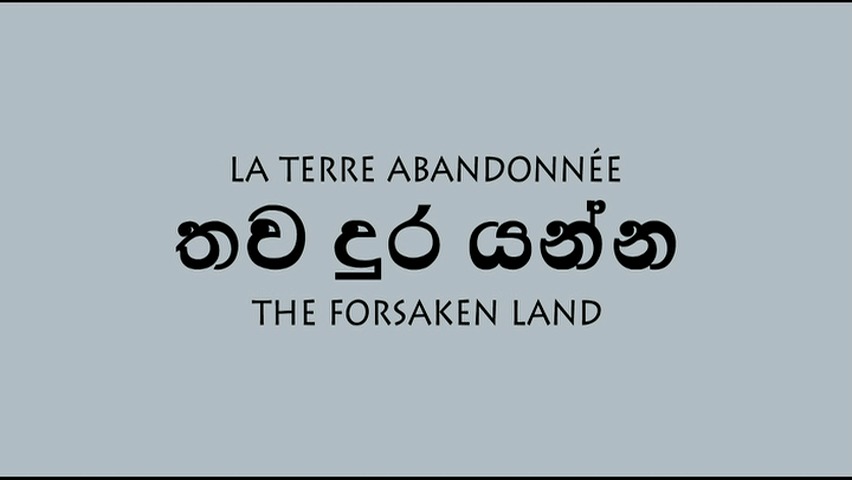 | 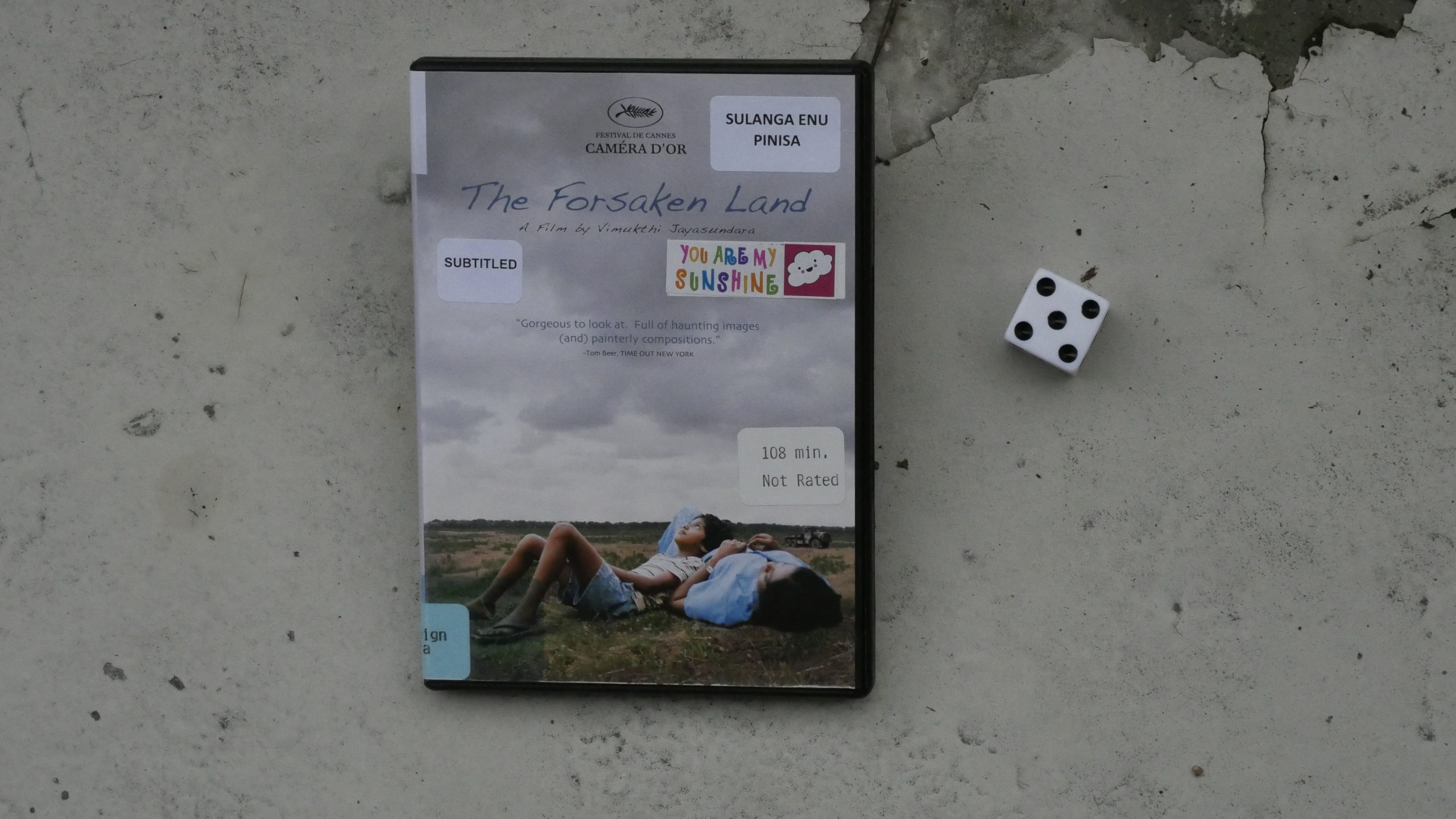 |  |
| The Forsaken Land. Vimukthi Jayasundara. 2005. Sri Lanka. May 19th, 2017. Ceylon Sailor. | |||
 | 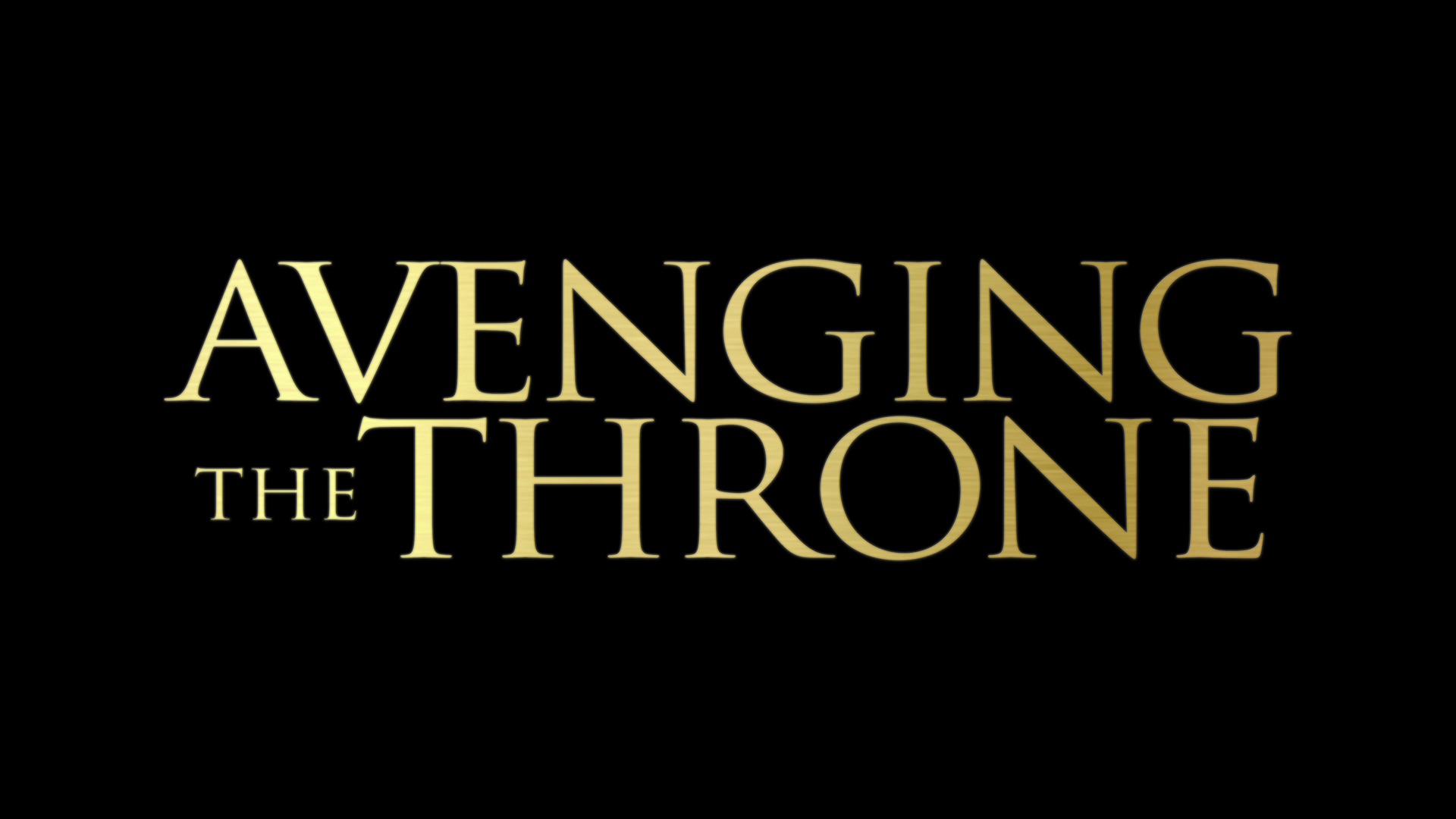 | 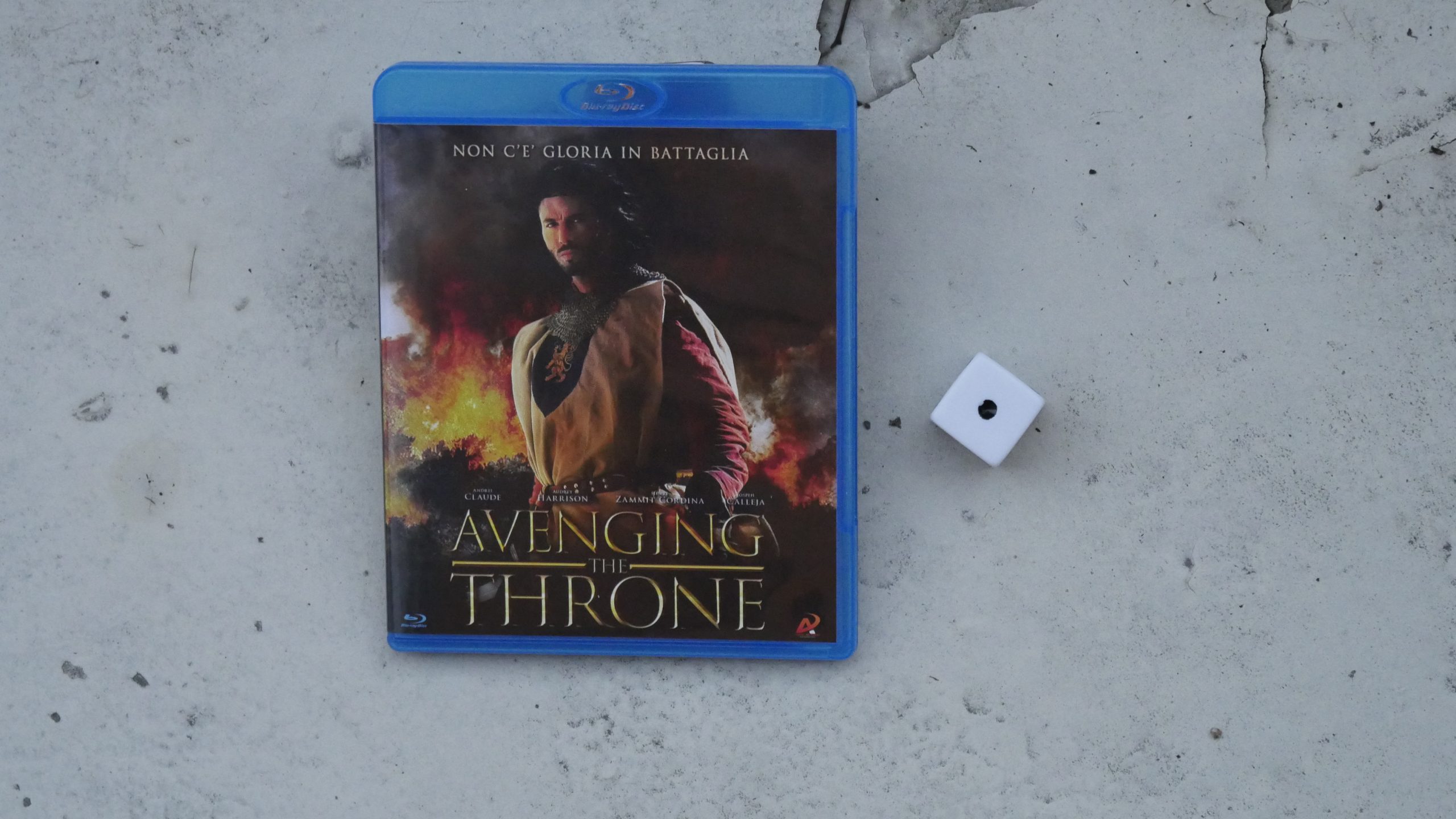 | 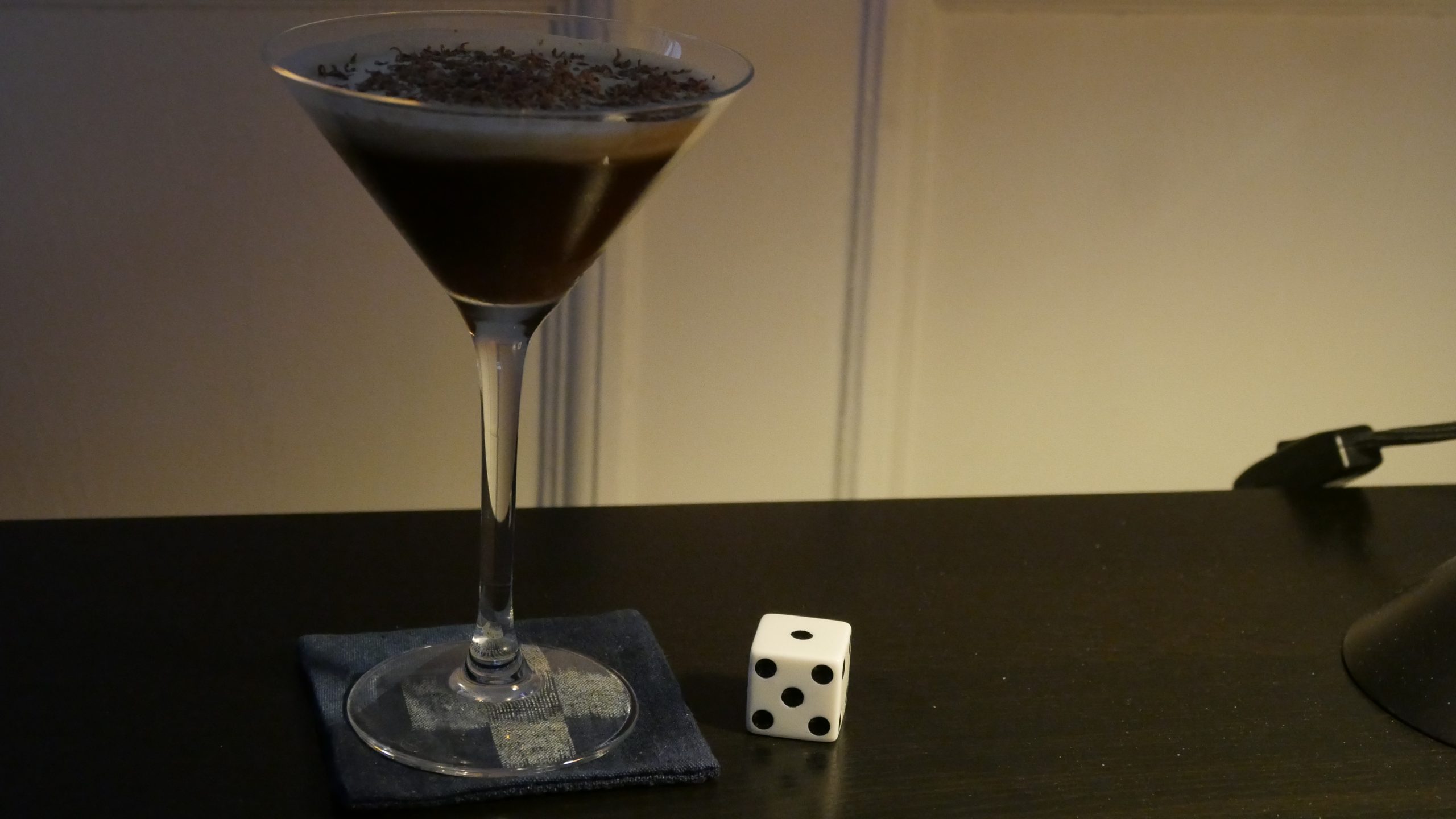 |
| Avenging the Throne. Raymond Mizzi. 2013. Malta. May 19th, 2017. Bounty Boat. | |||
 |  | 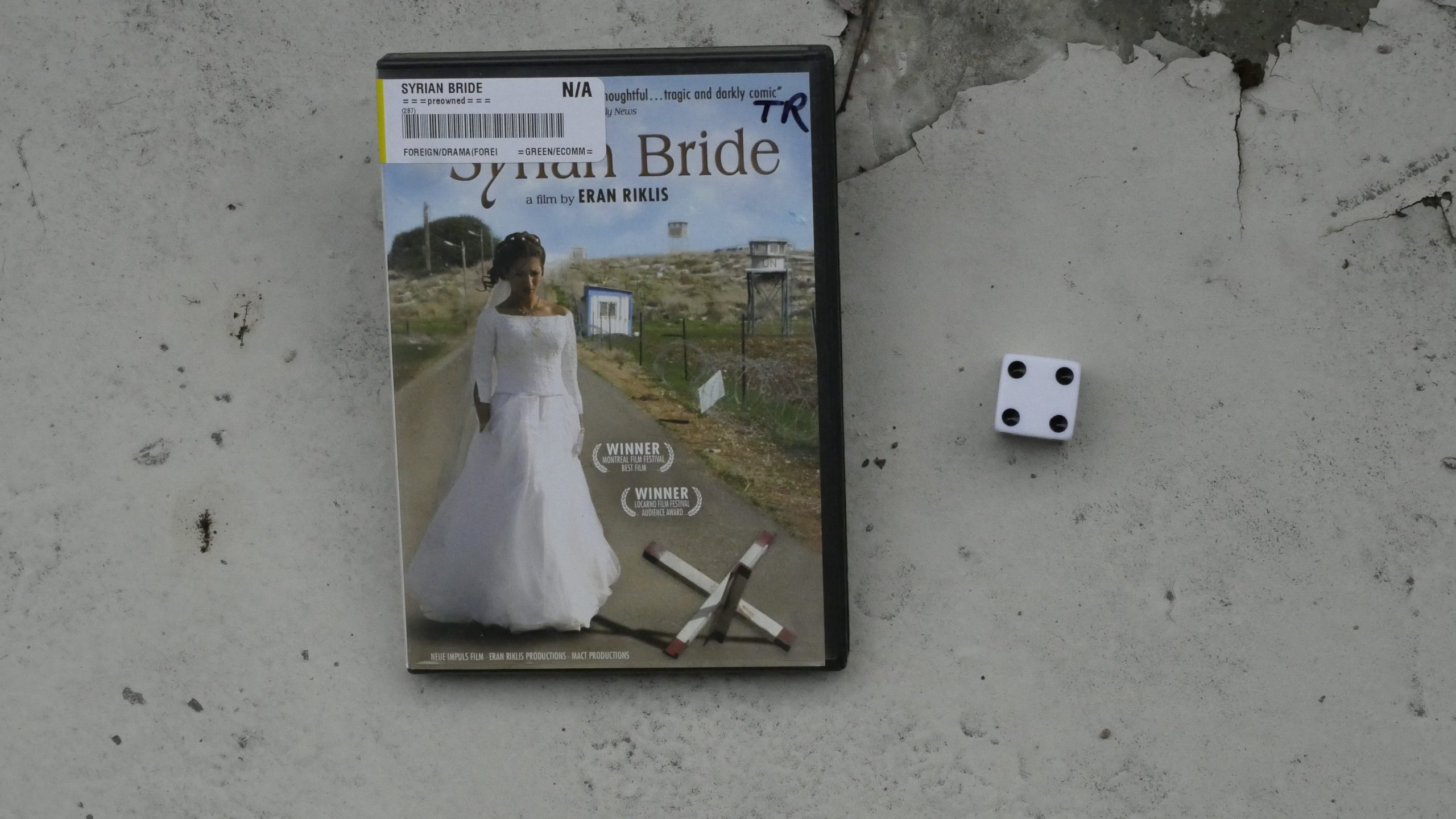 | 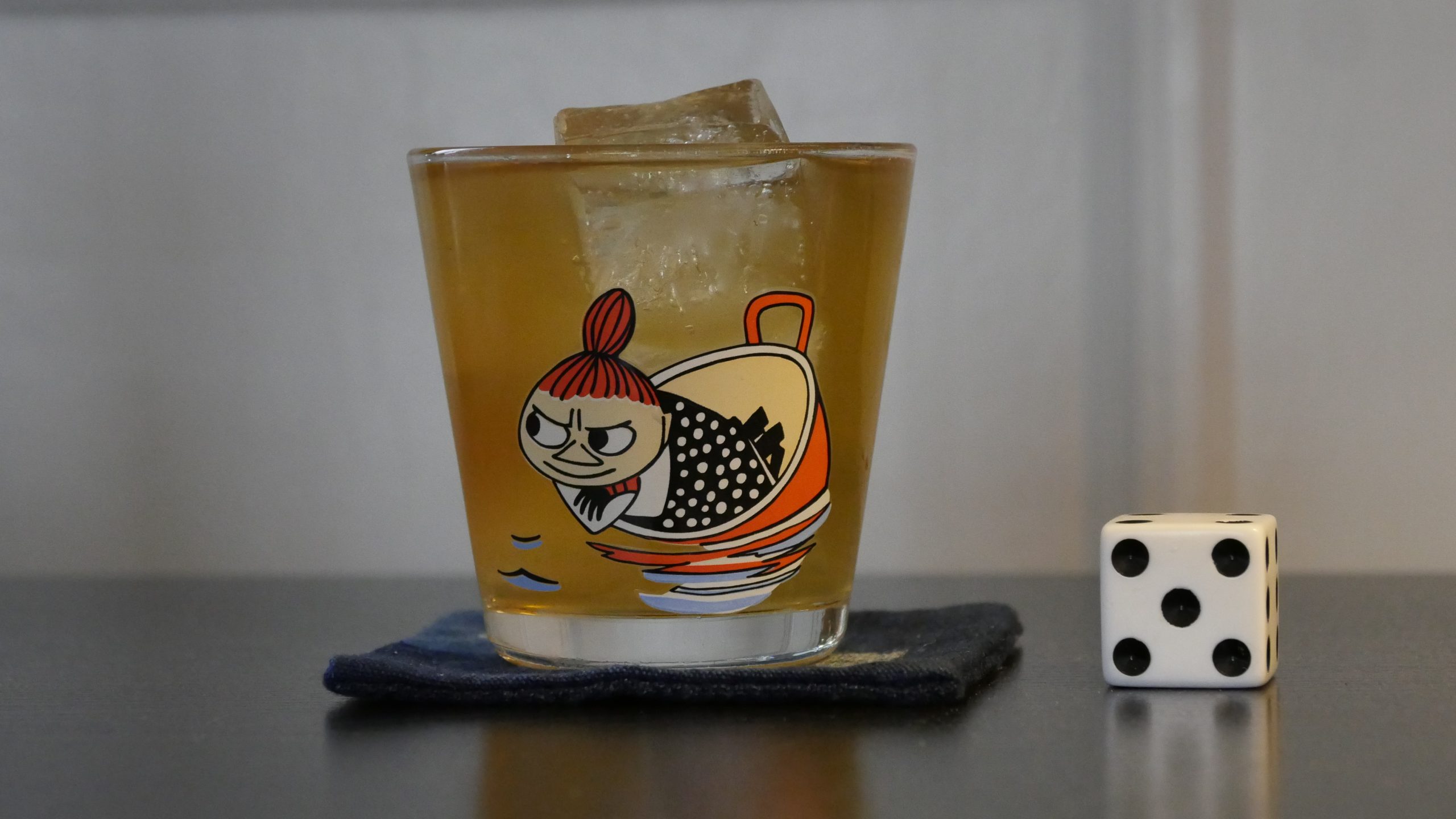 |
| The Syrian Bride. Eran Riklis. 2004. Syrian. May 20th, 2017. POLO. | |||
 | 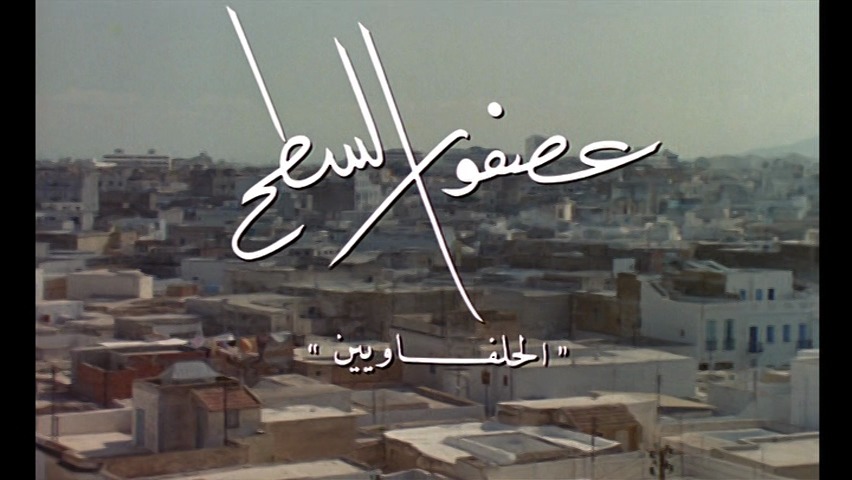 | 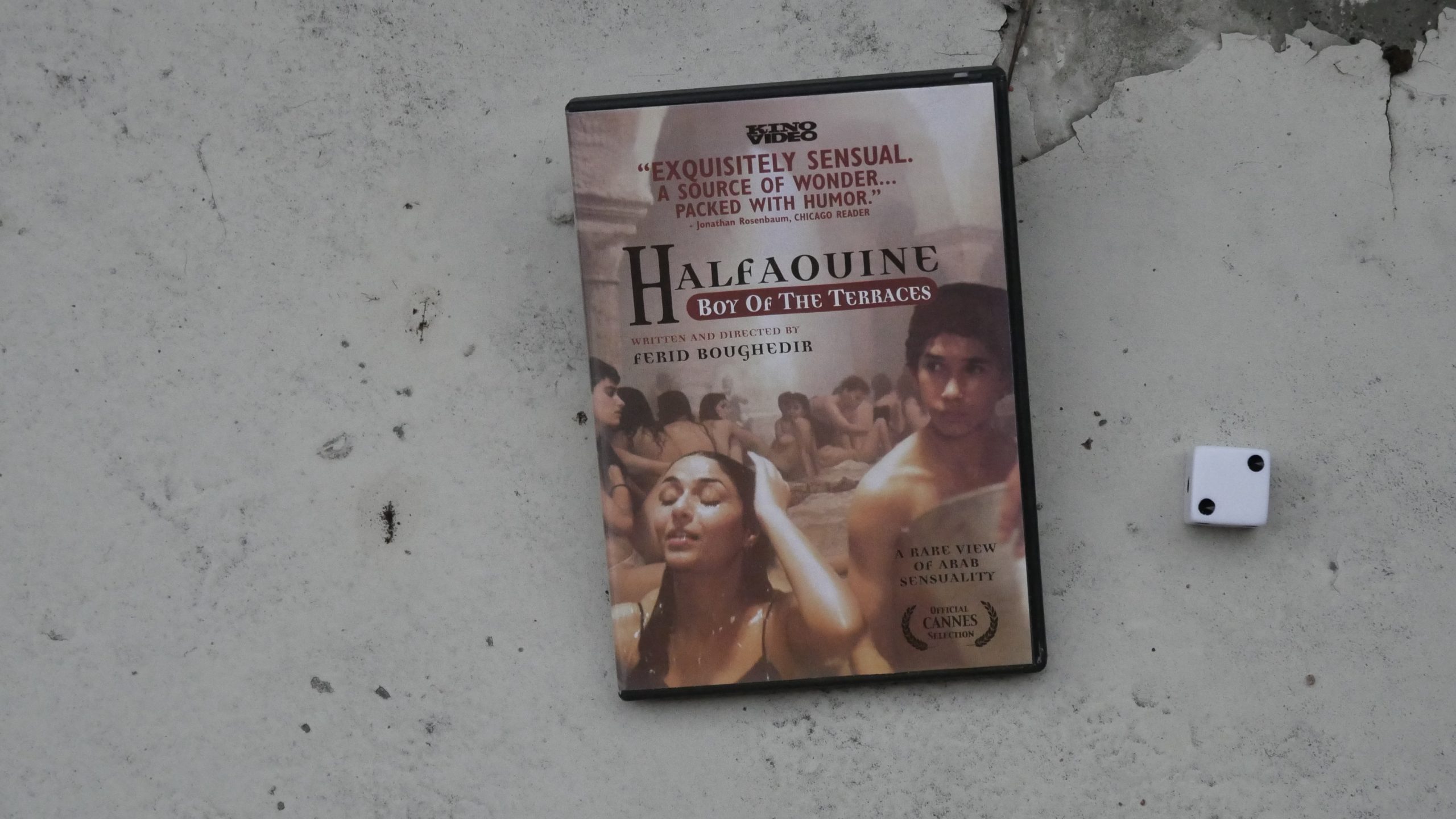 | 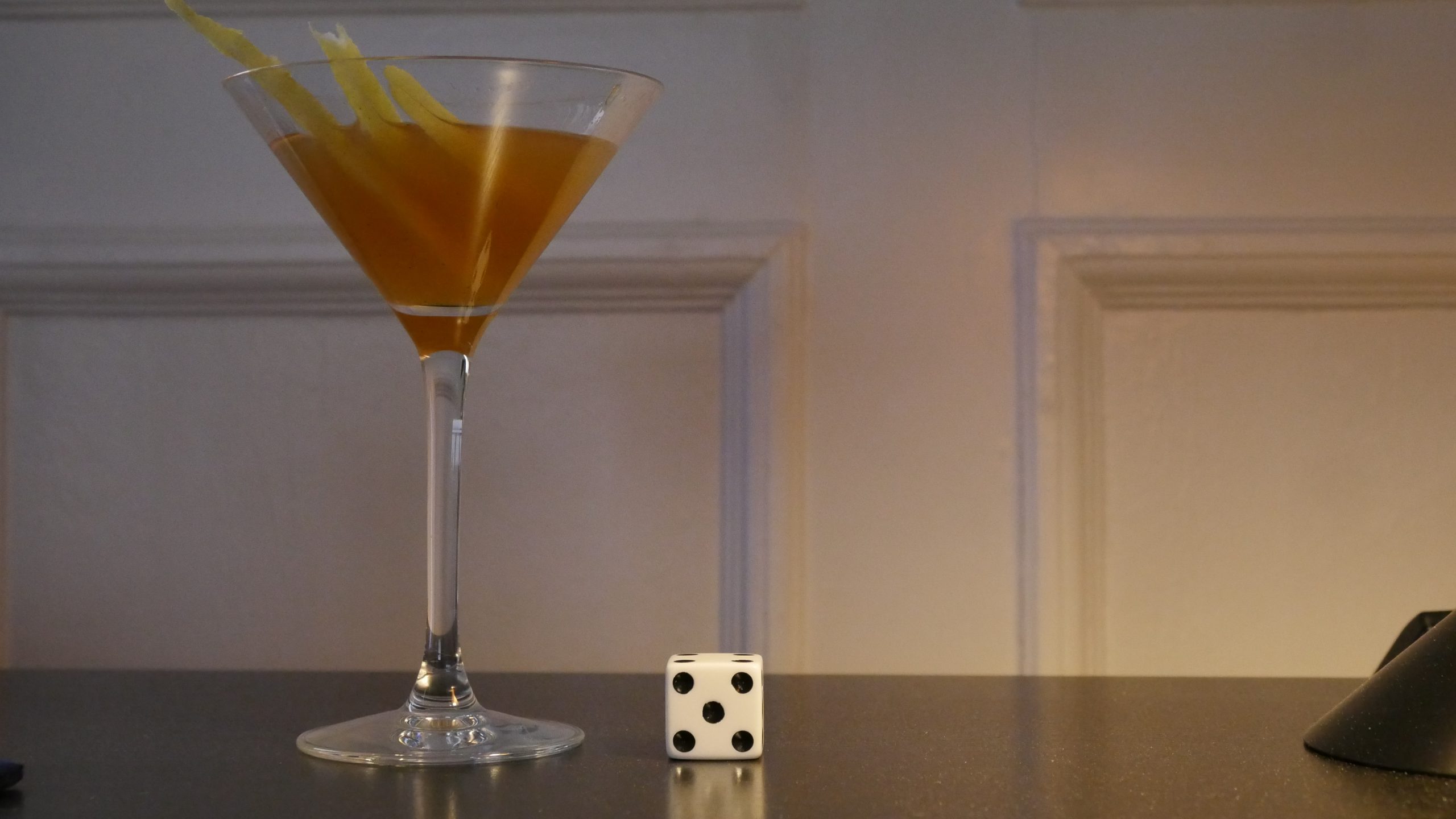 |
| Halfaouine. Férid Boughedir. 1990. Tunisia. May 20th, 2017. A Night in Tunisia. | |||
 | 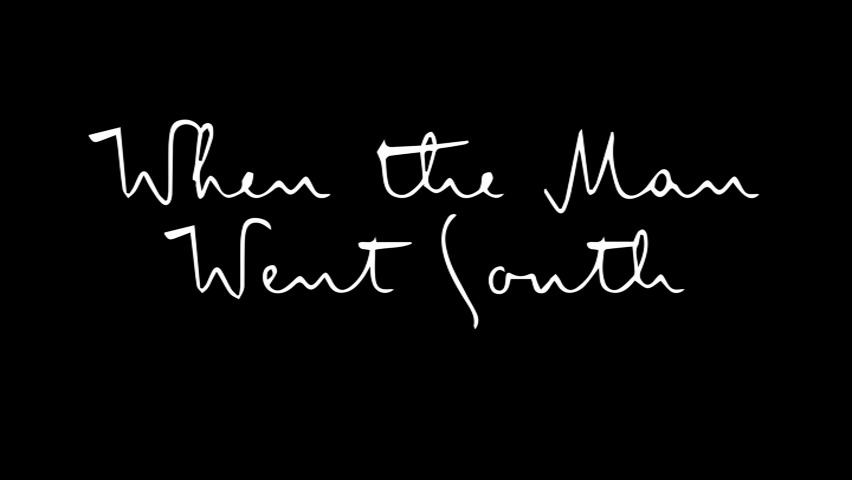 | 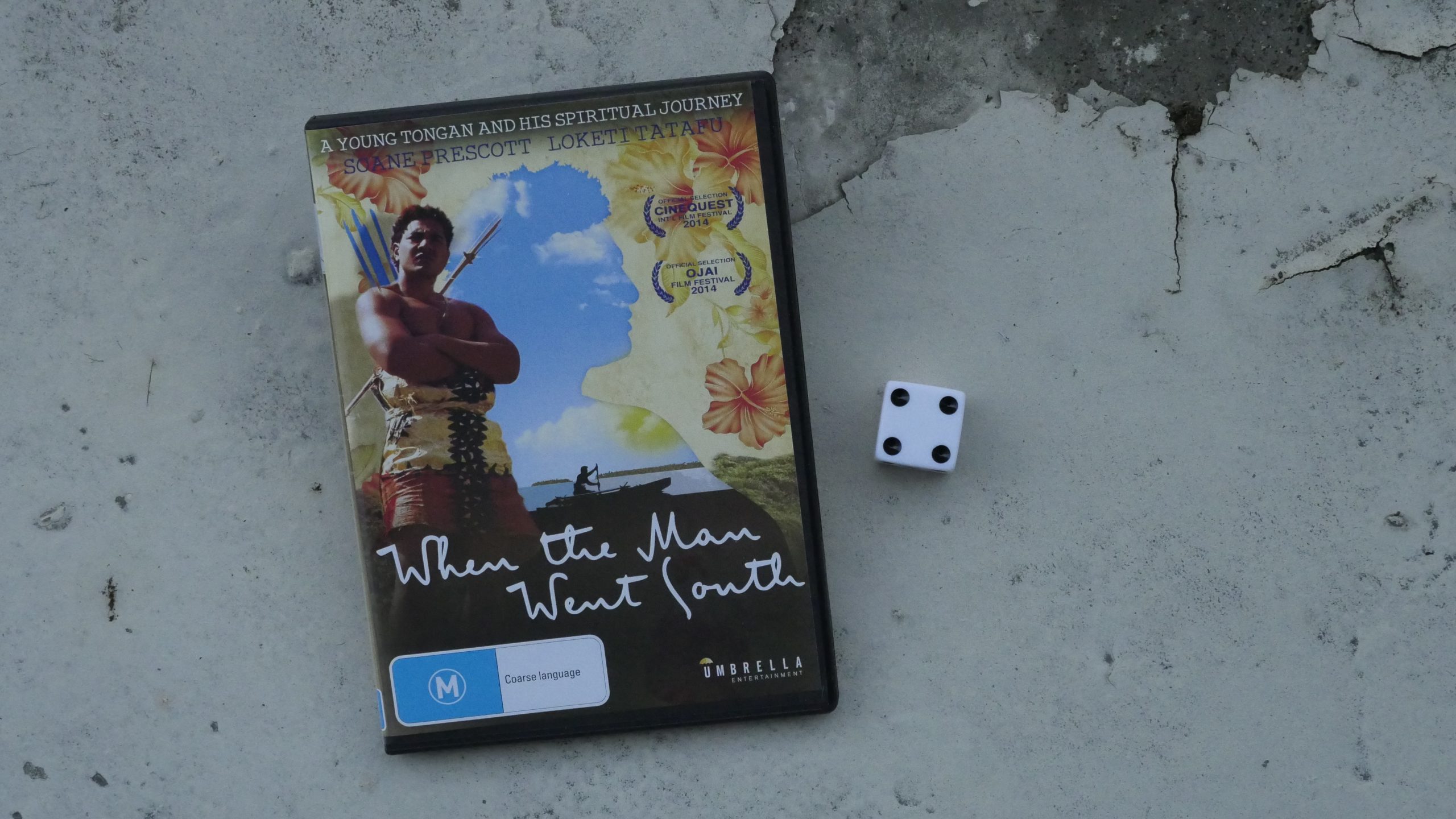 | 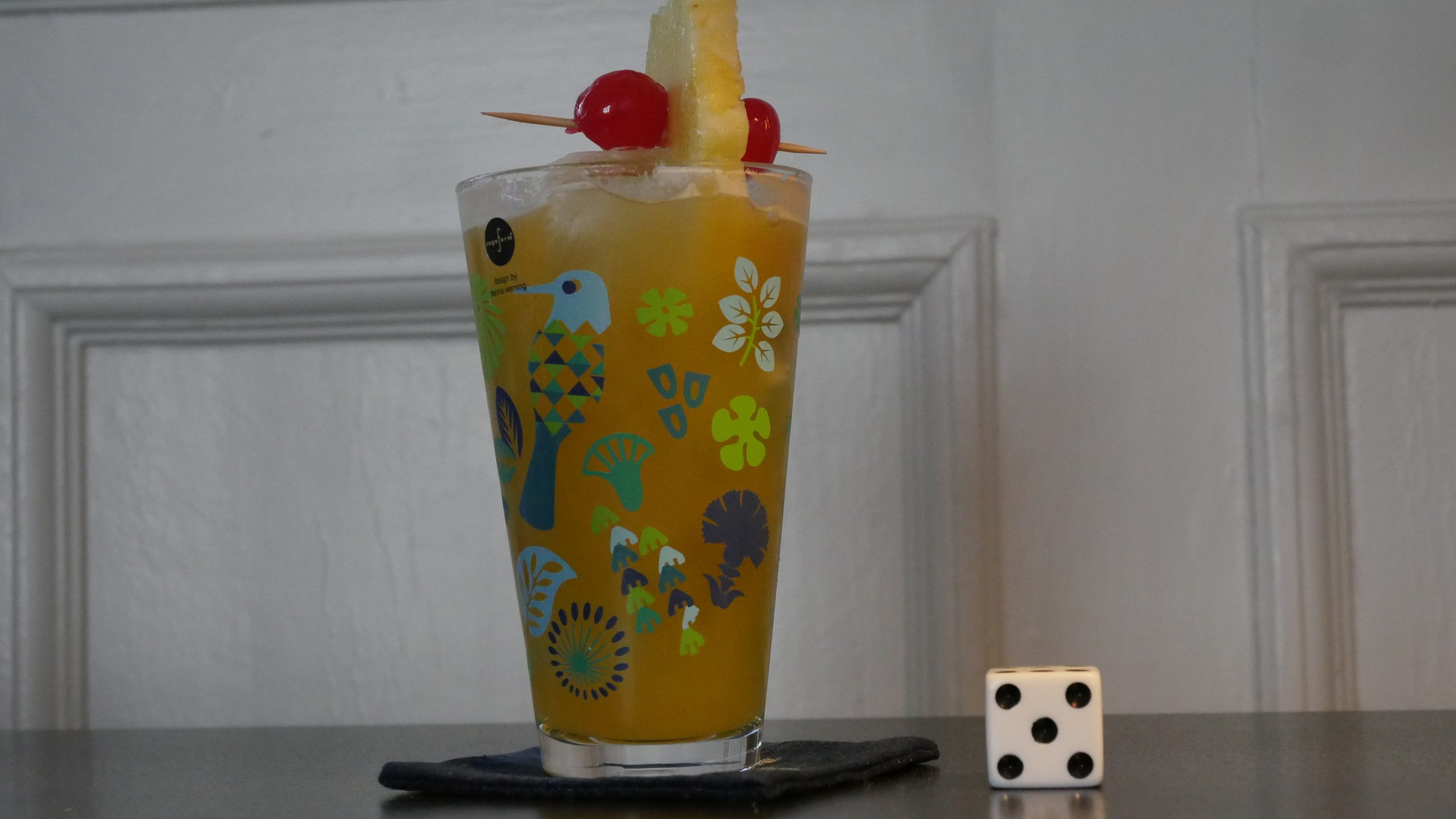 |
| When the Man Went South. Alex Bernstein. 2014. Tonga. May 24th, 2017. Tonga Mai Tai. | |||
 |  | 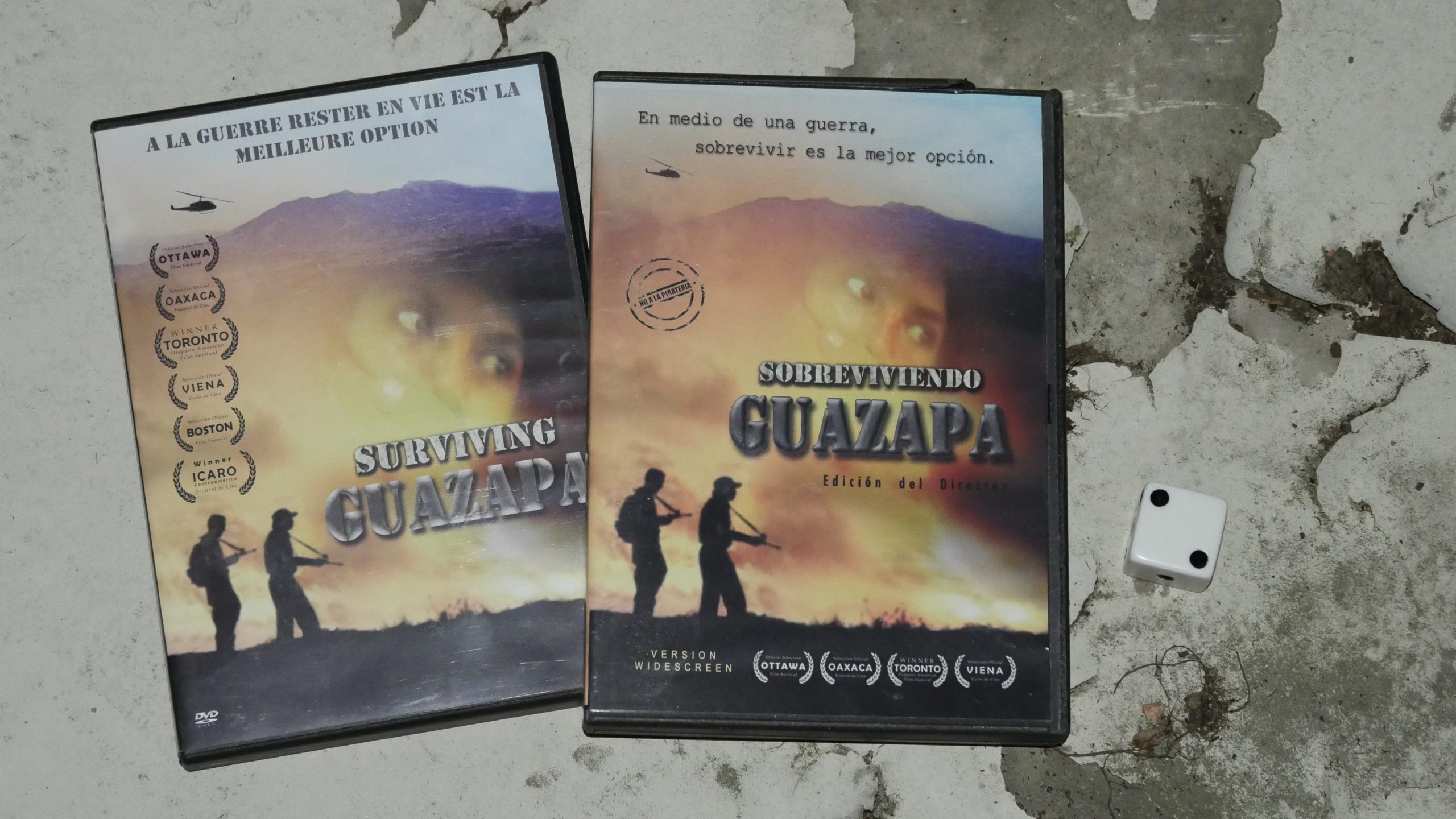 | 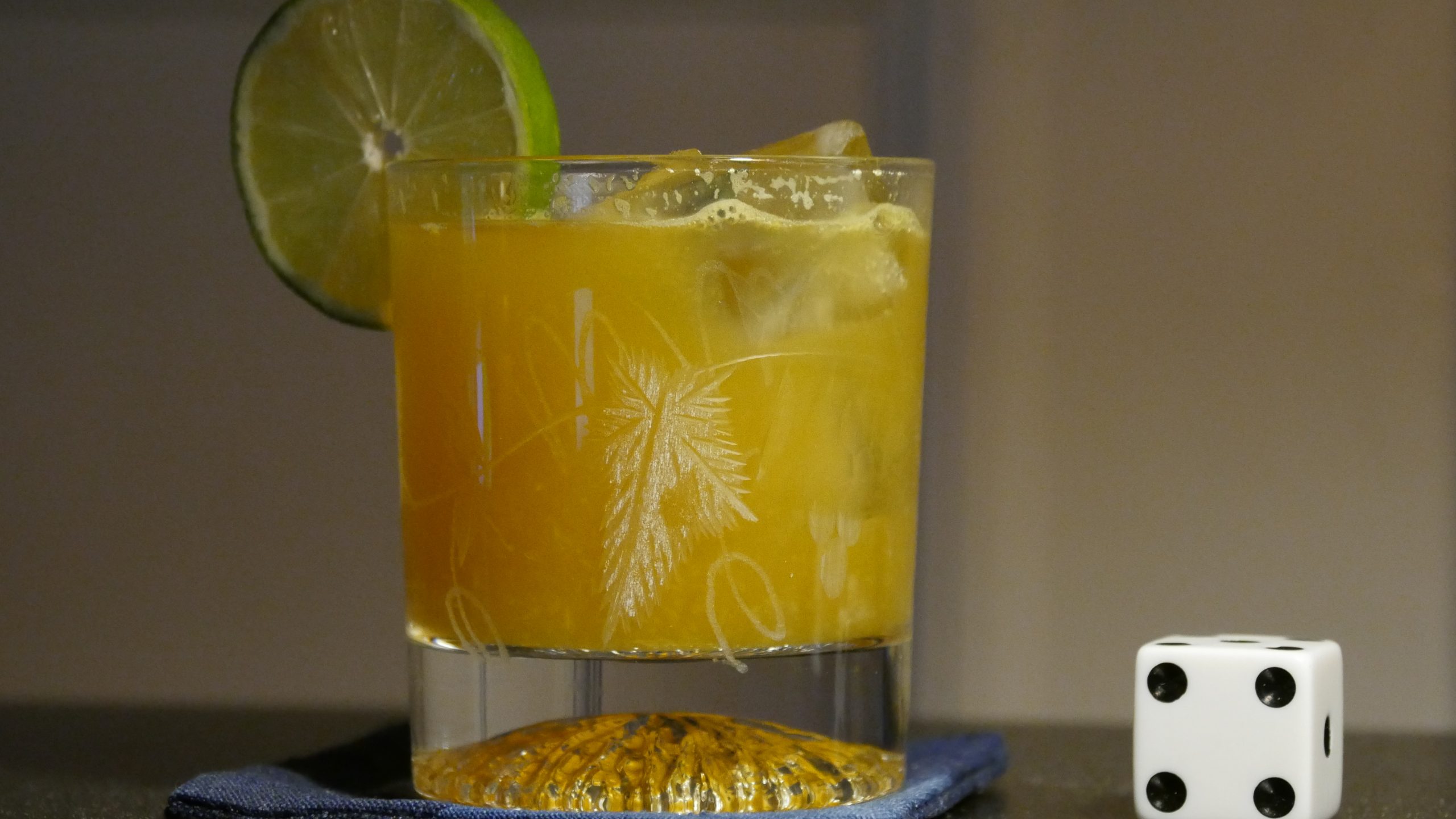 |
| Surviving Guazapa. Roberto d’Avila Alegria. 2008. El Salvador. May 24th, 2017. San Salvador. | |||
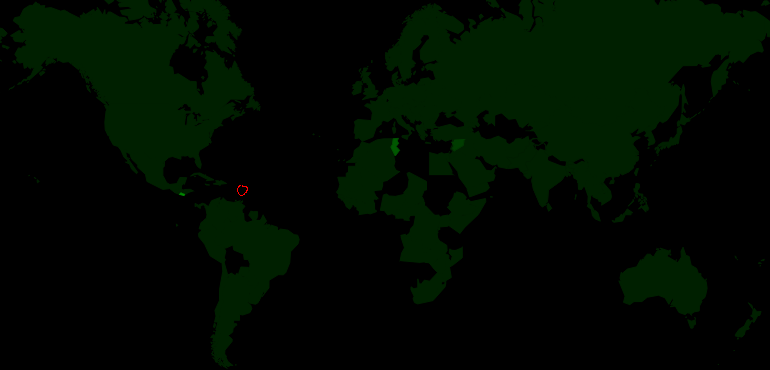 |  | 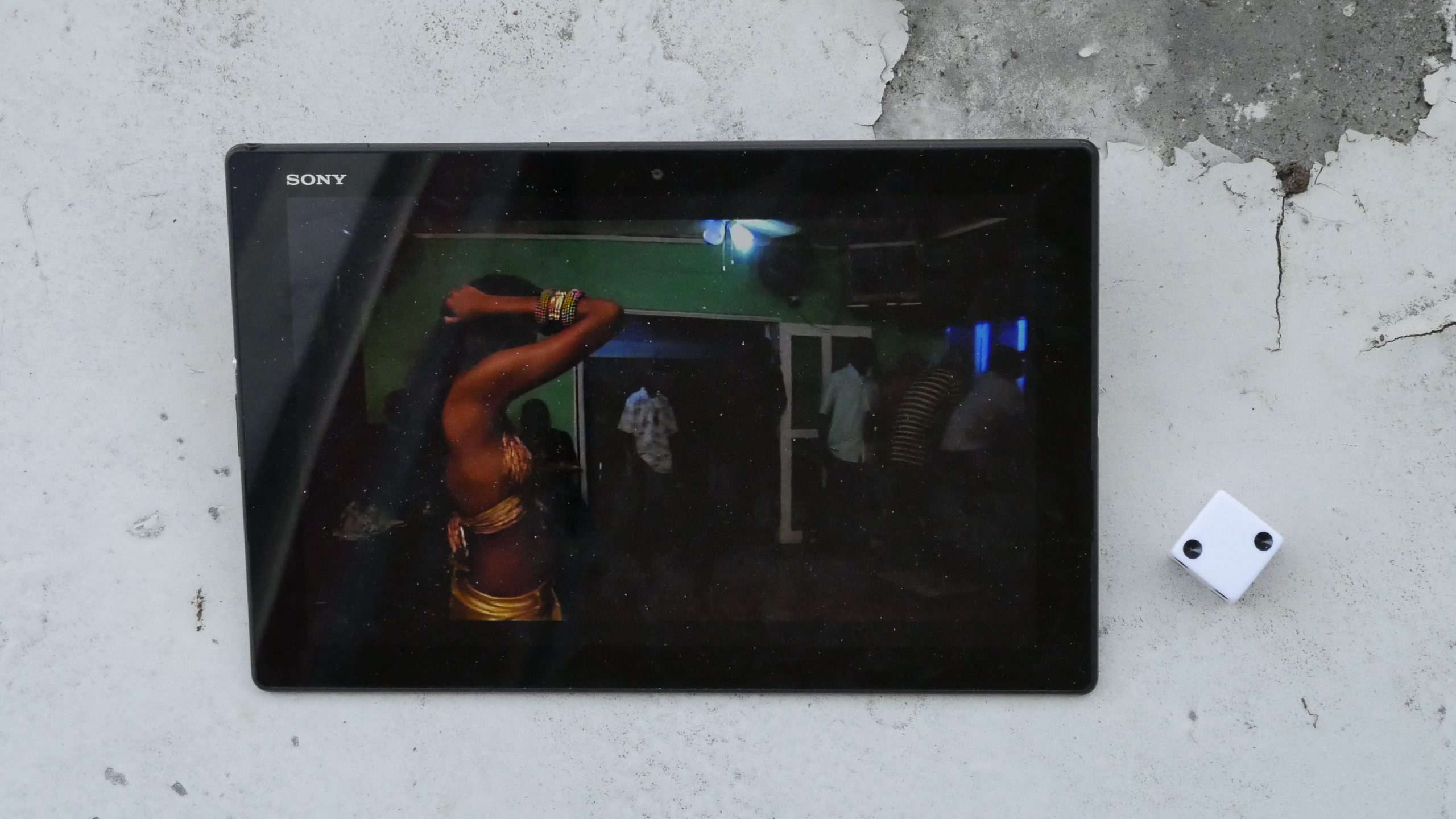 |  |
| The Kite Flyer. Sean Russell. 2007. Barbados. May 26th, 2017. Rum Punch Recipe. | |||
 | 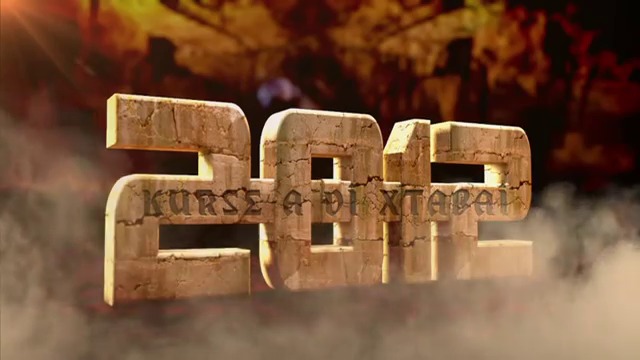 | 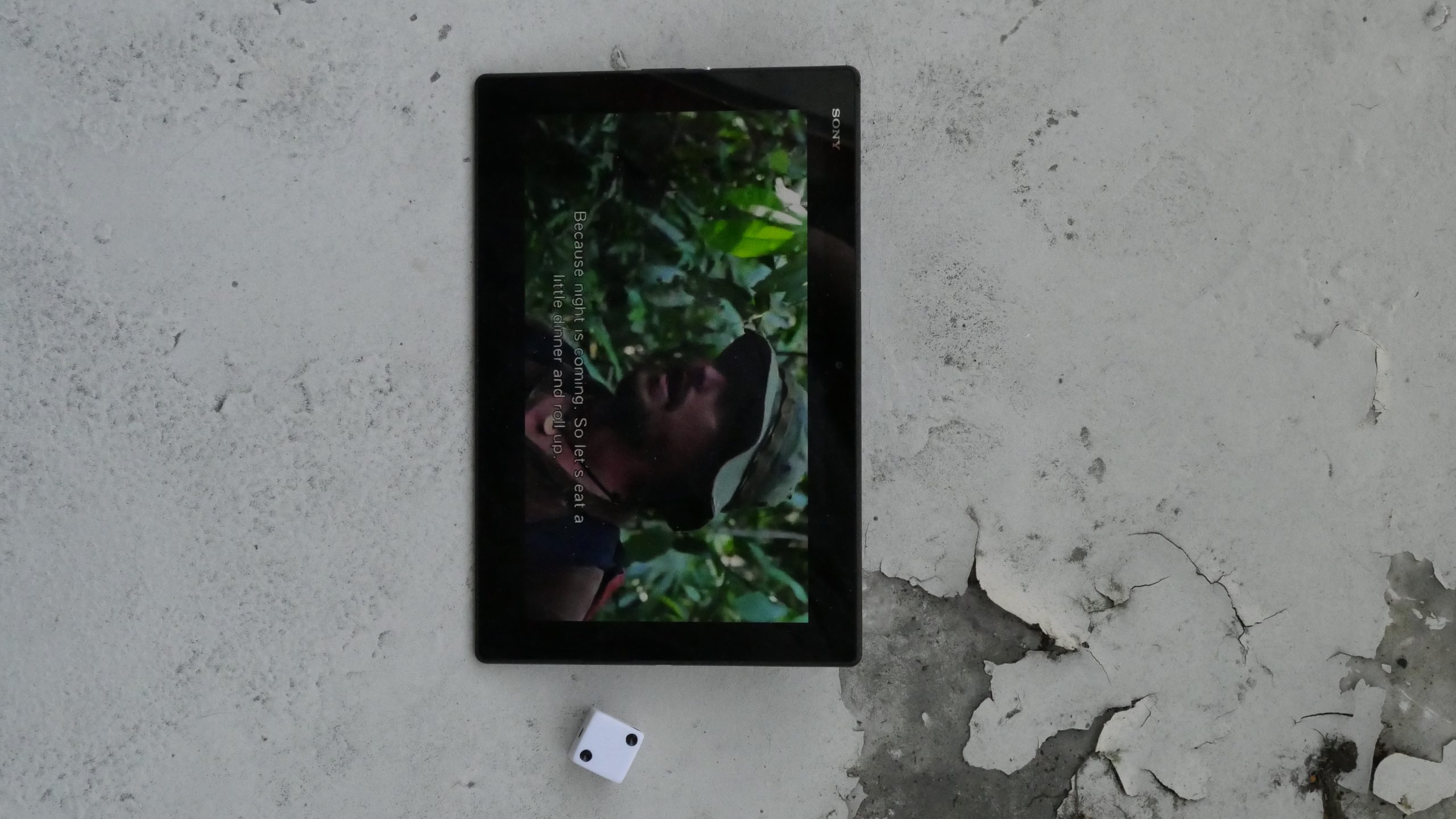 | 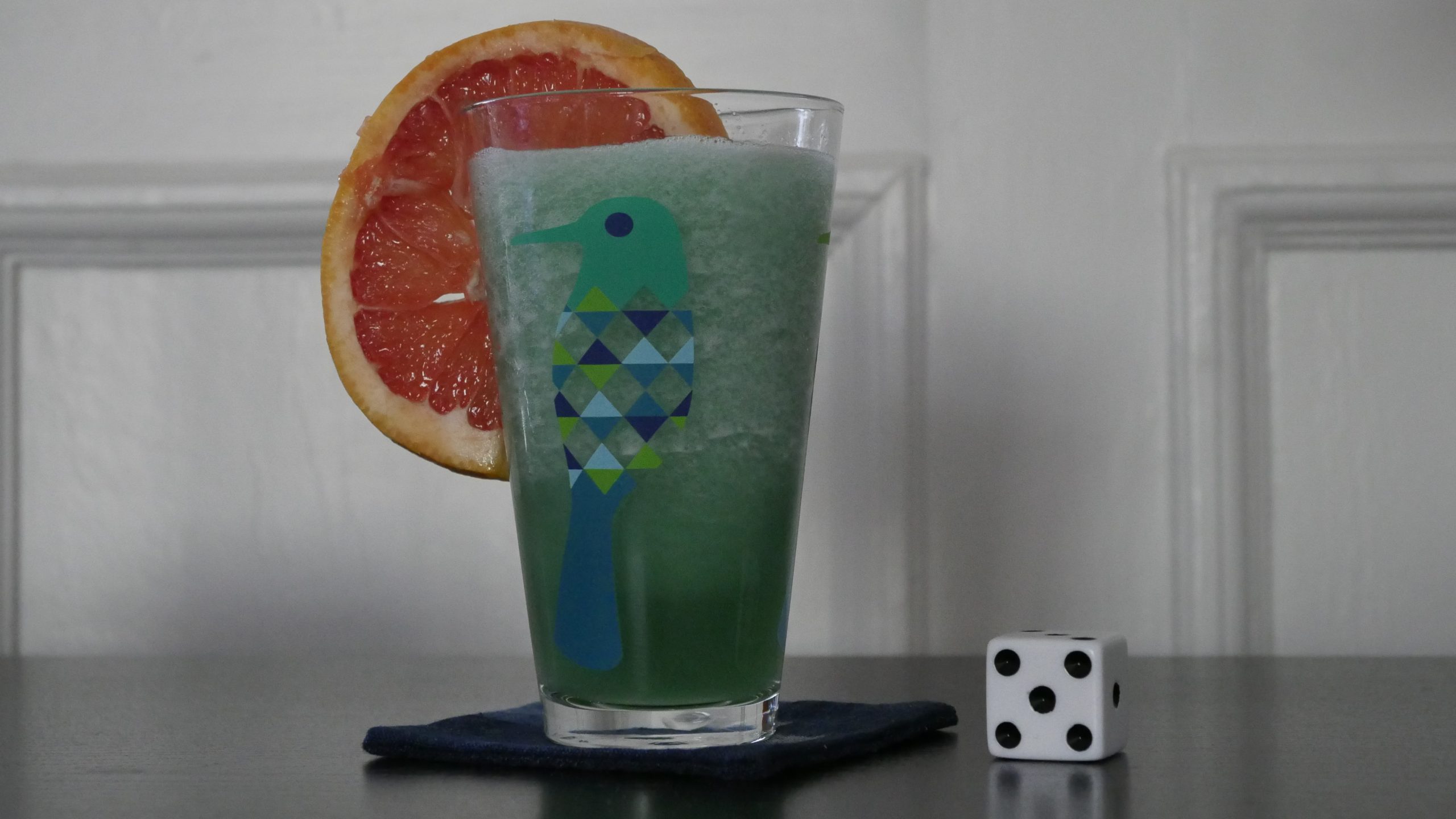 |
| 2012: Curse of the Xtabai. Matthiew Klinck. 2012. Belize. May 26th, 2017. Blue Morpho. | |||
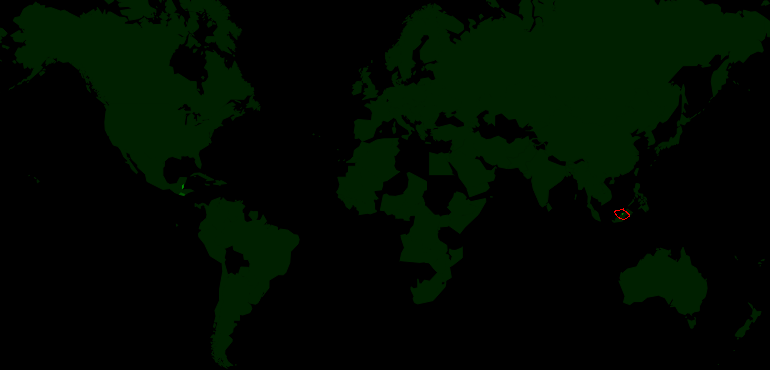 |  | 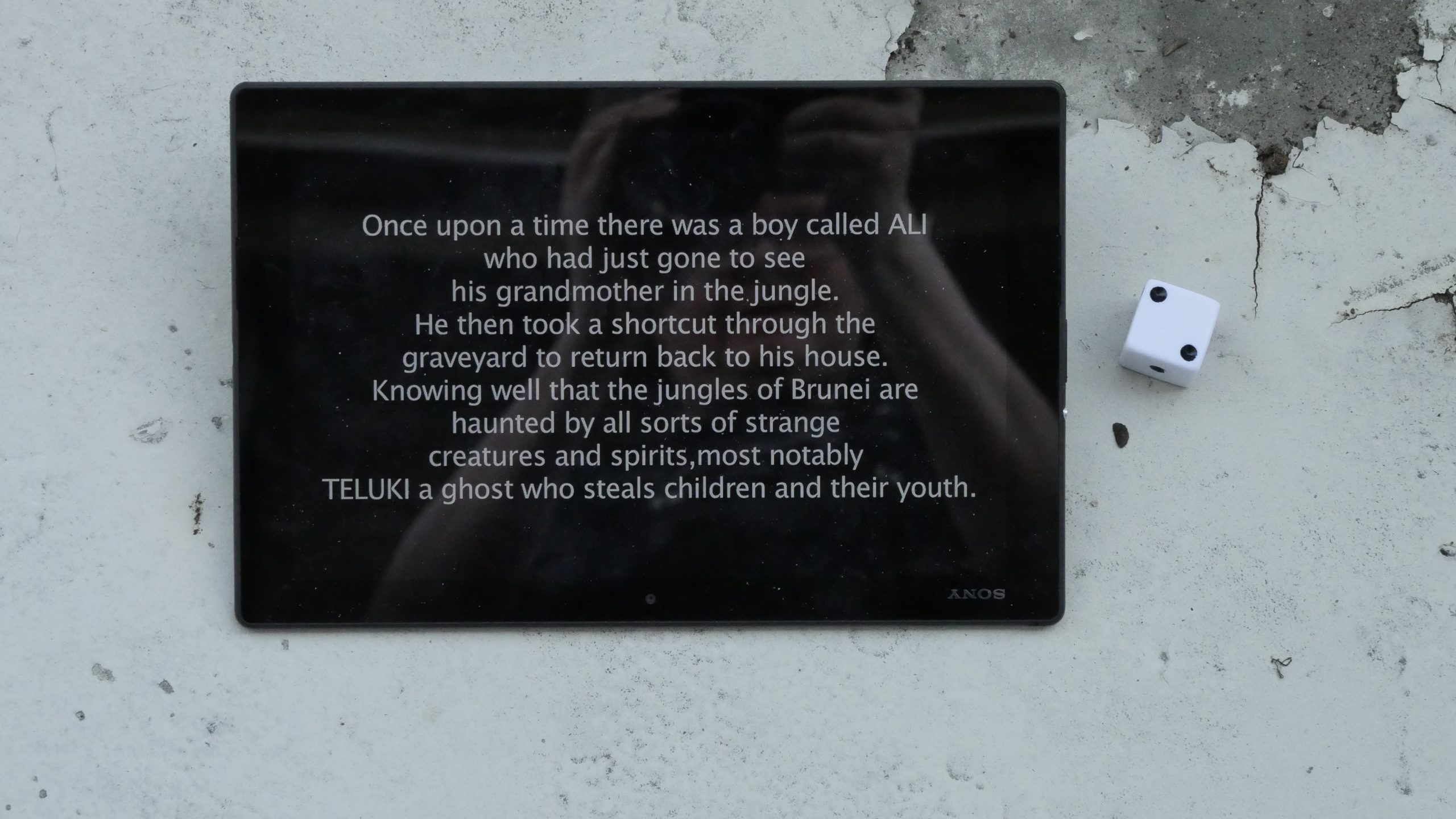 | 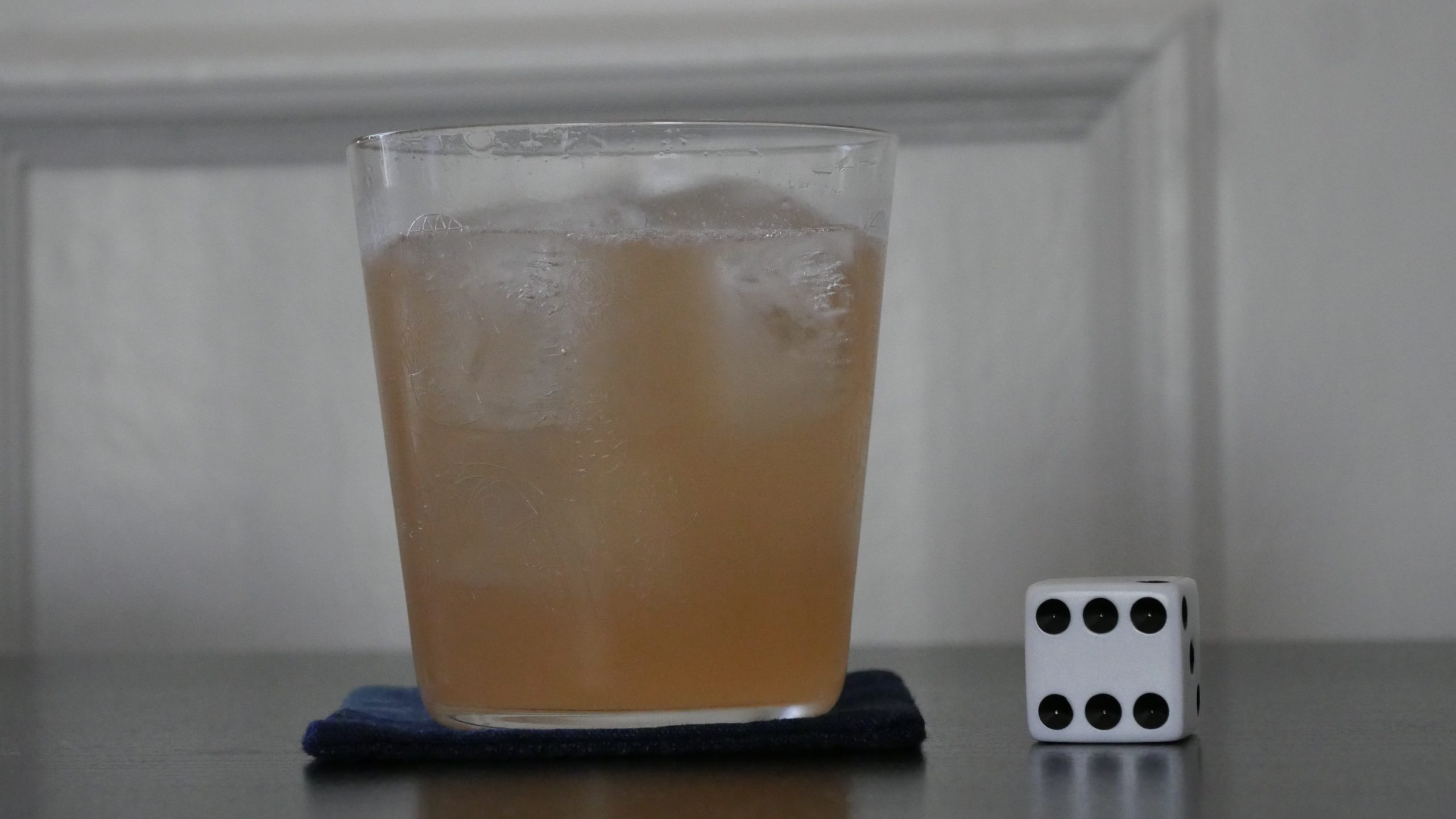 |
| Teluki. Abdul Zainidi. 2013. Brunei Darussalam. May 27th, 2017. Ice Kachany. | |||
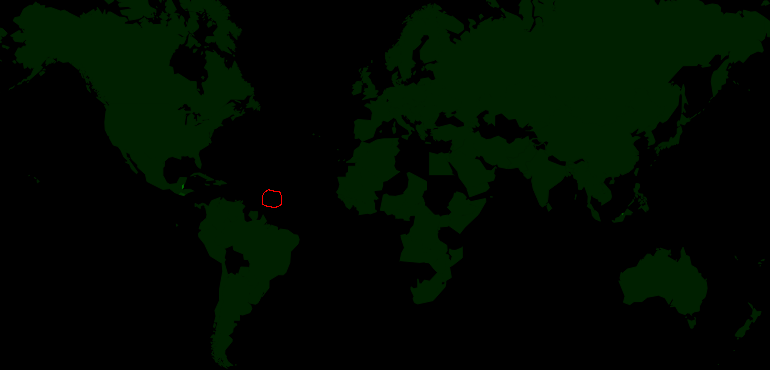 |  | 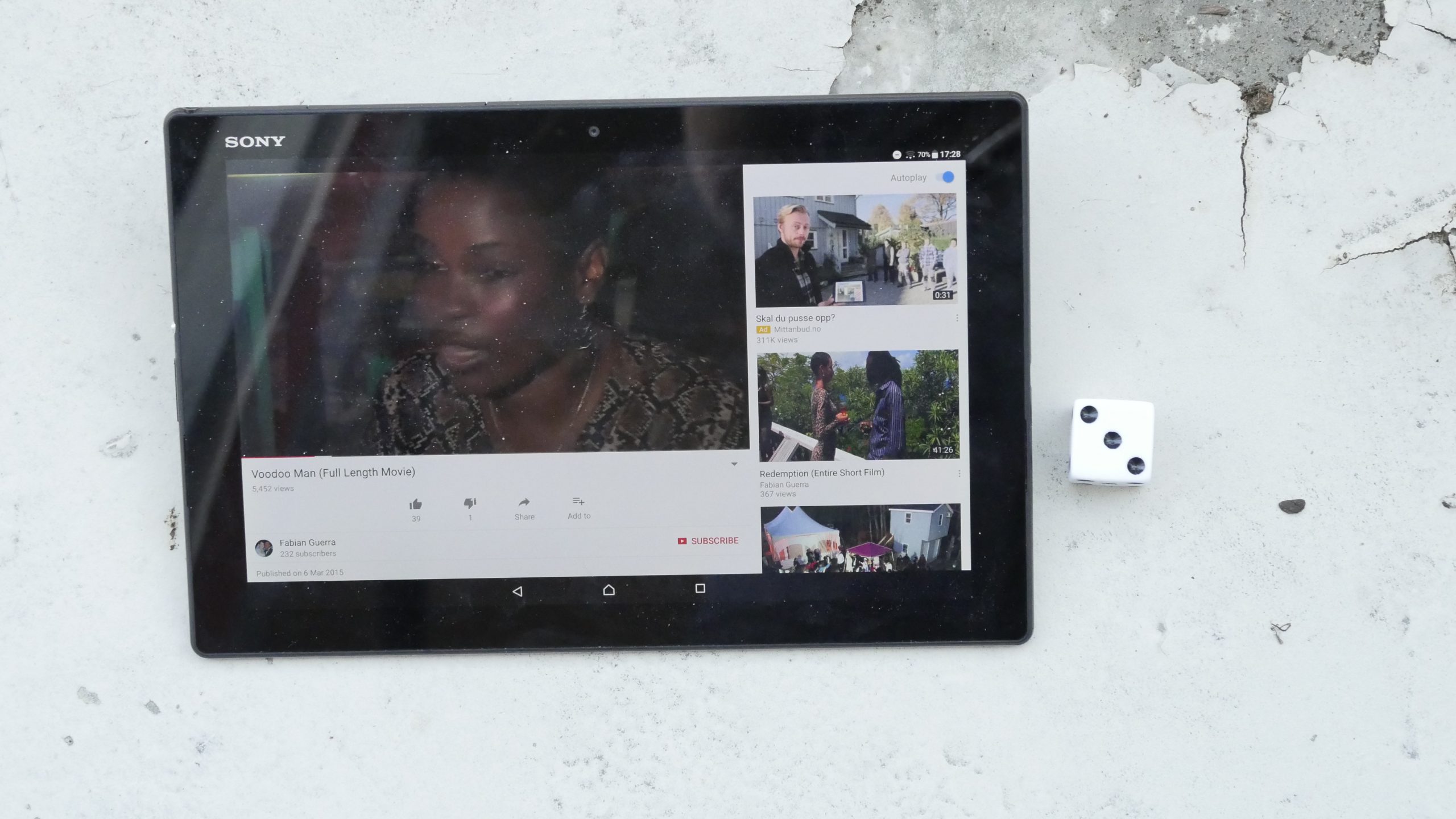 |  |
| Voodoo Man. Fabian Guerra. 2014. Saint Vincent and the Grenadines. May 27th, 2017. St. Vincent Cocktail. | |||
 |  | 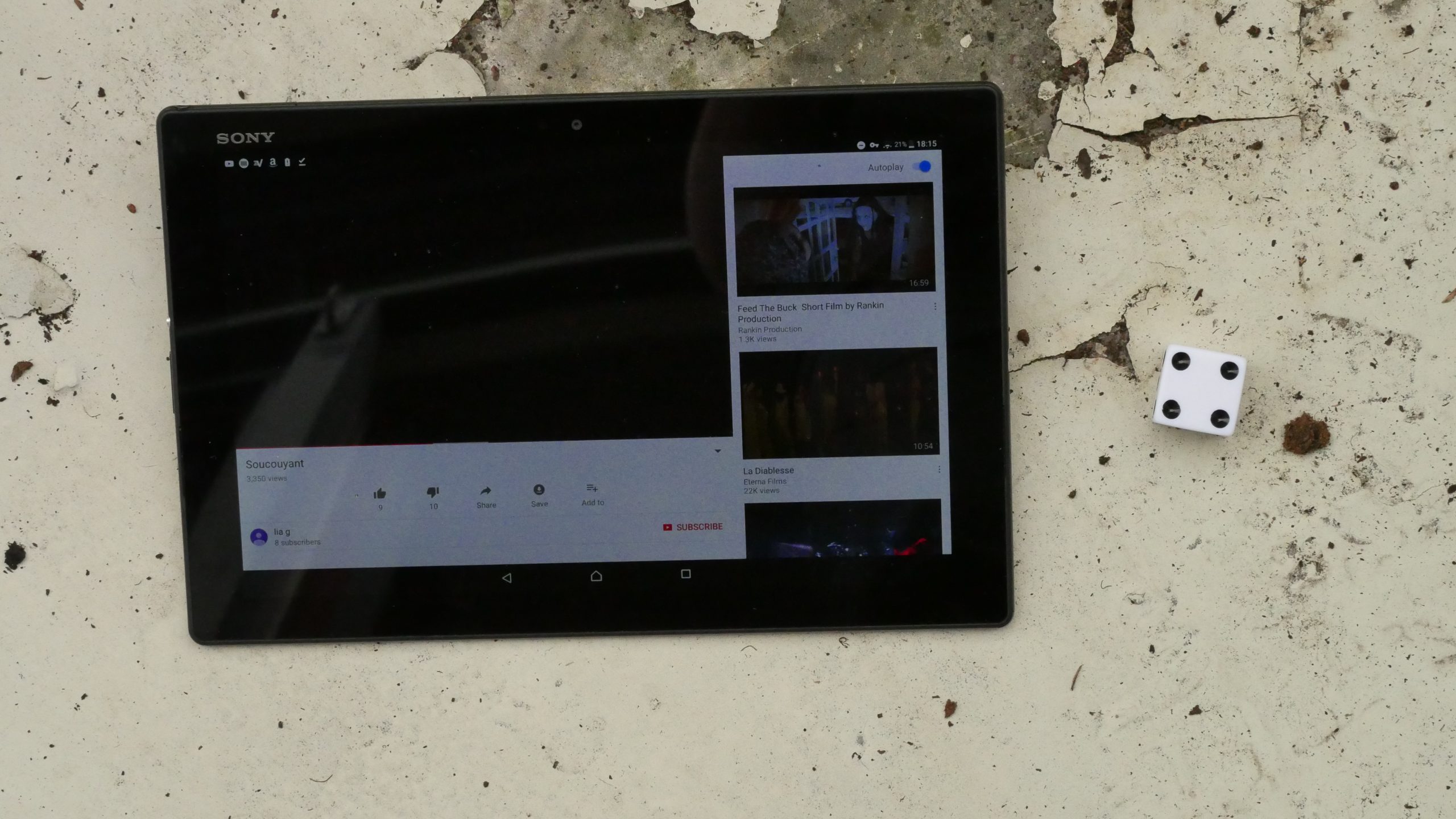 | 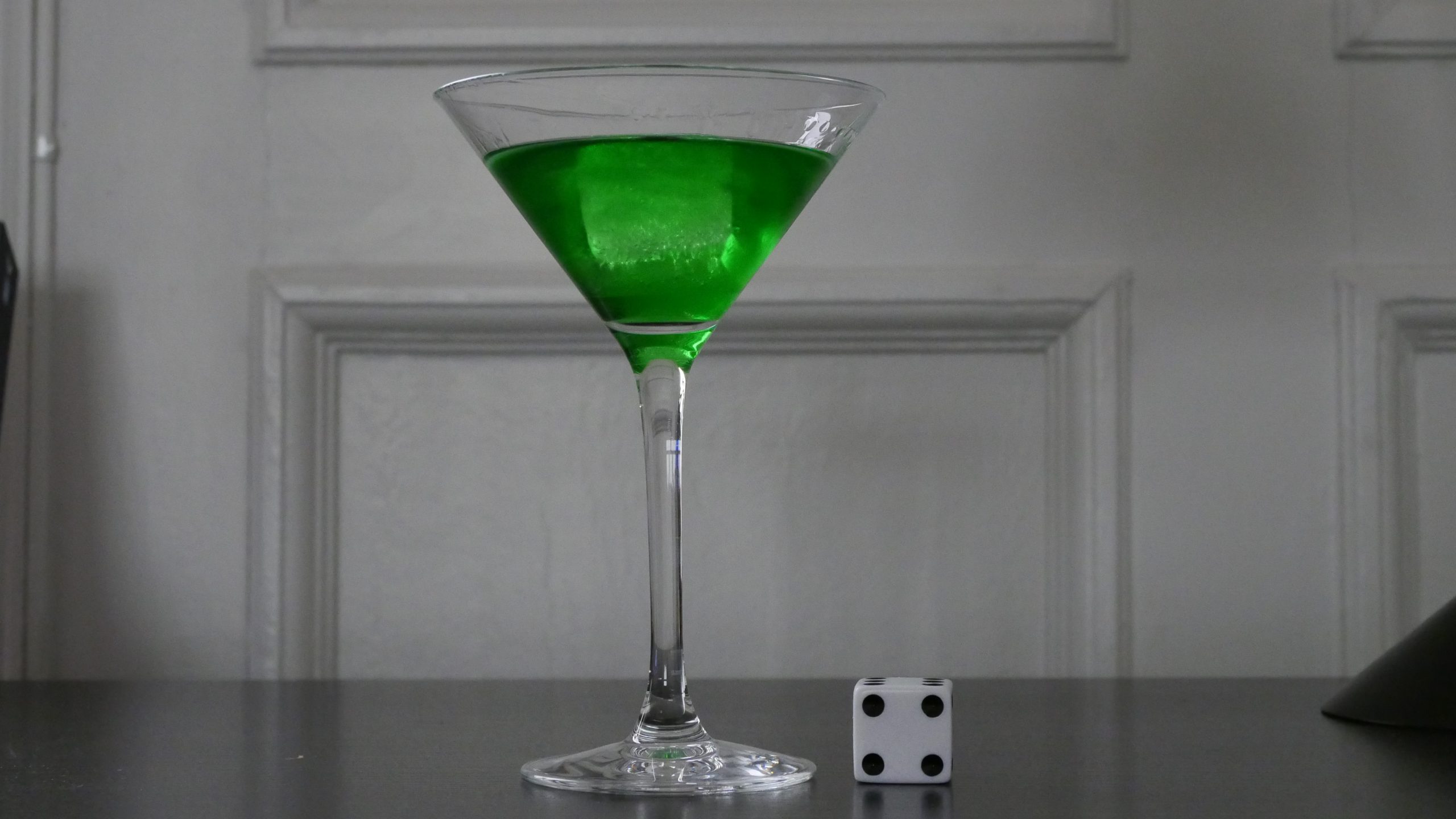 |
| Soucouyant. Lia Gajhadar. 2015. Saint Lucia. June 2nd, 2017. Banana Blues. | |||
 | 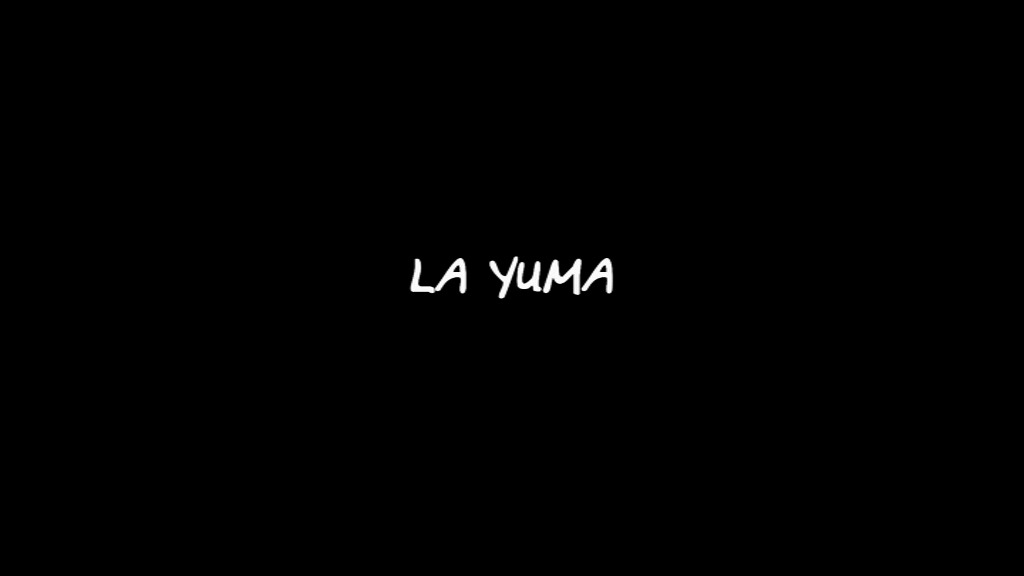 | 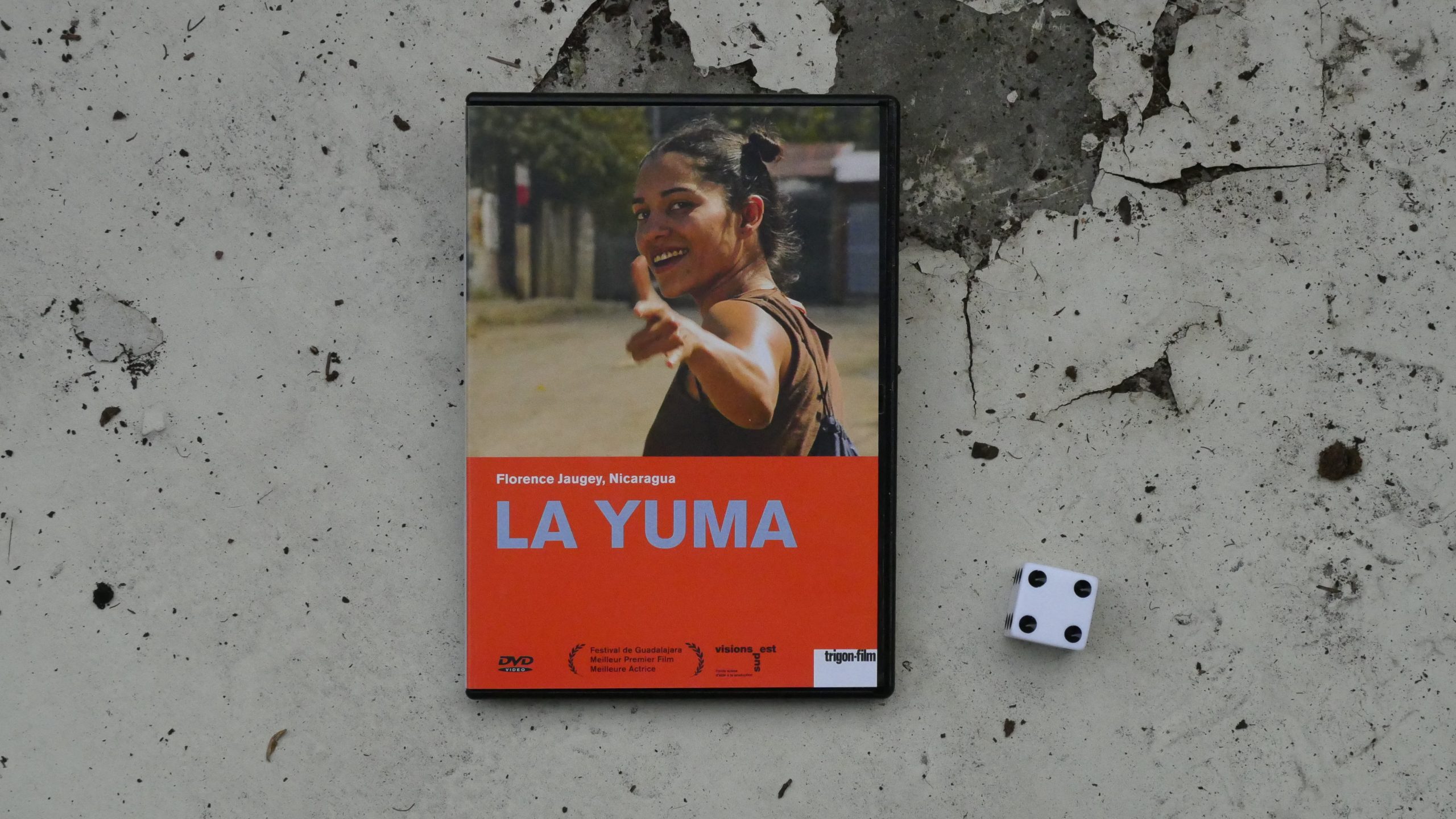 | 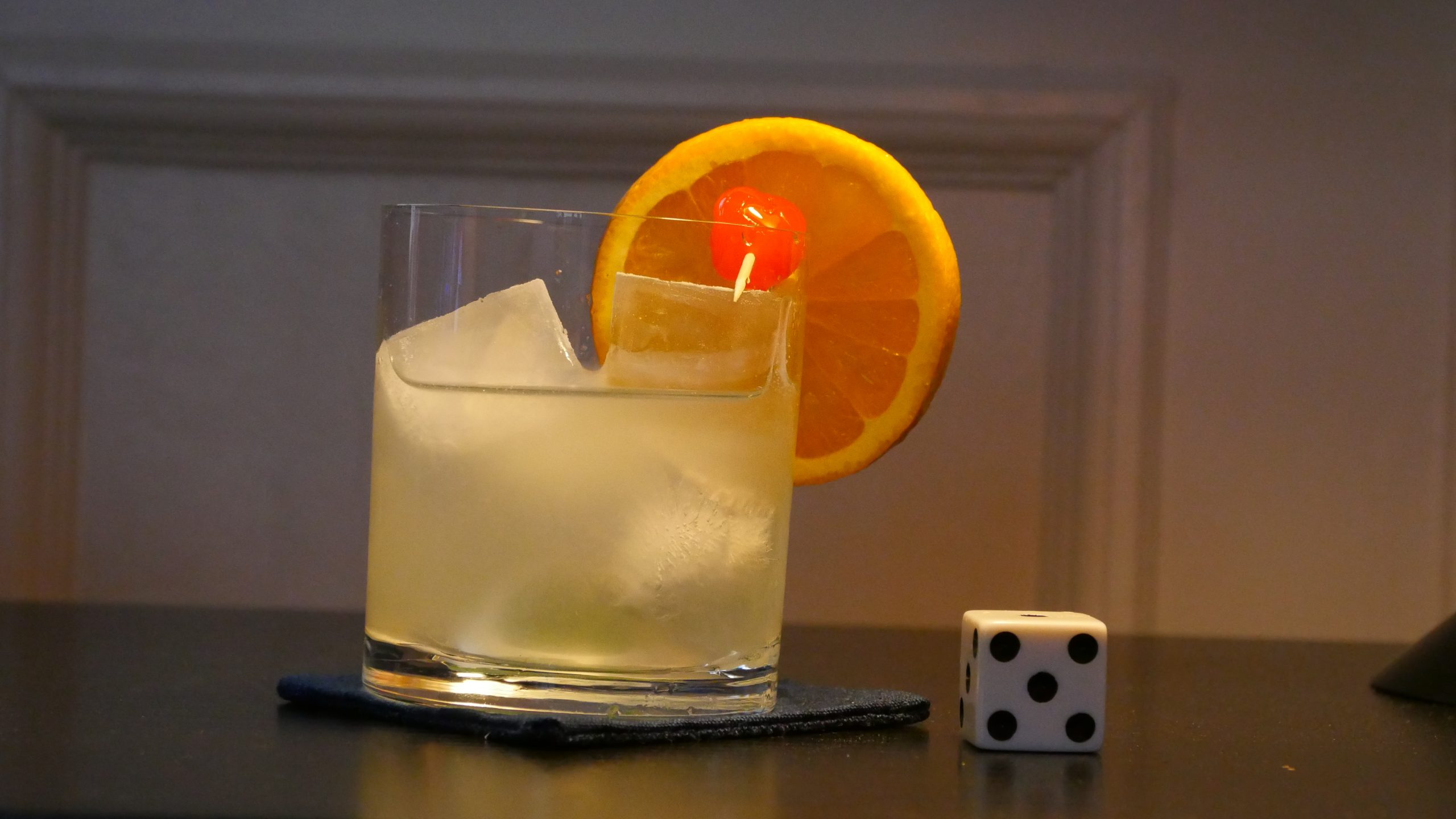 |
| La Yuma. Florence Jaugey. 2009. Nicaragua. June 2nd, 2017. The Macuá. | |||
 |  | 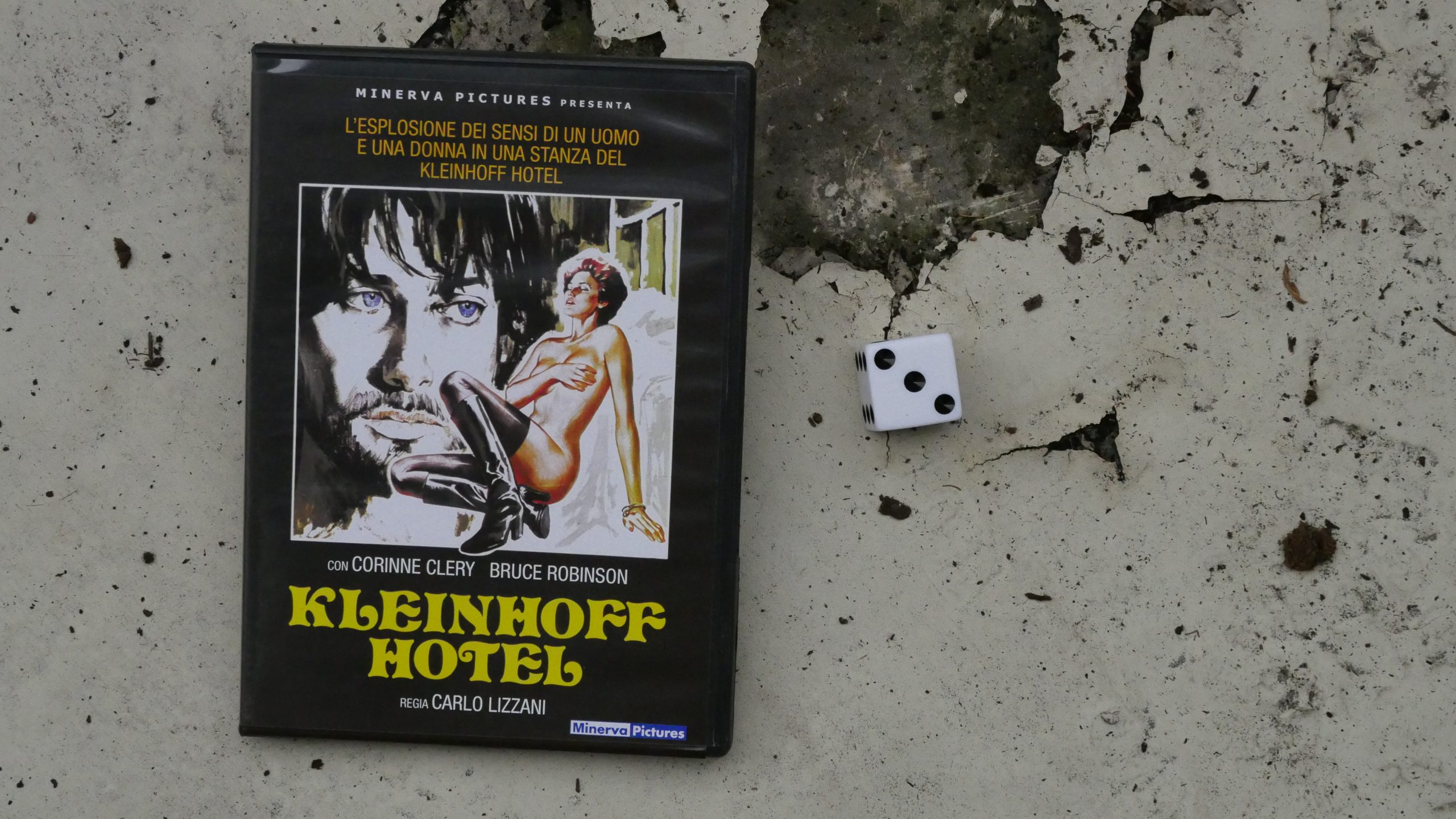 | 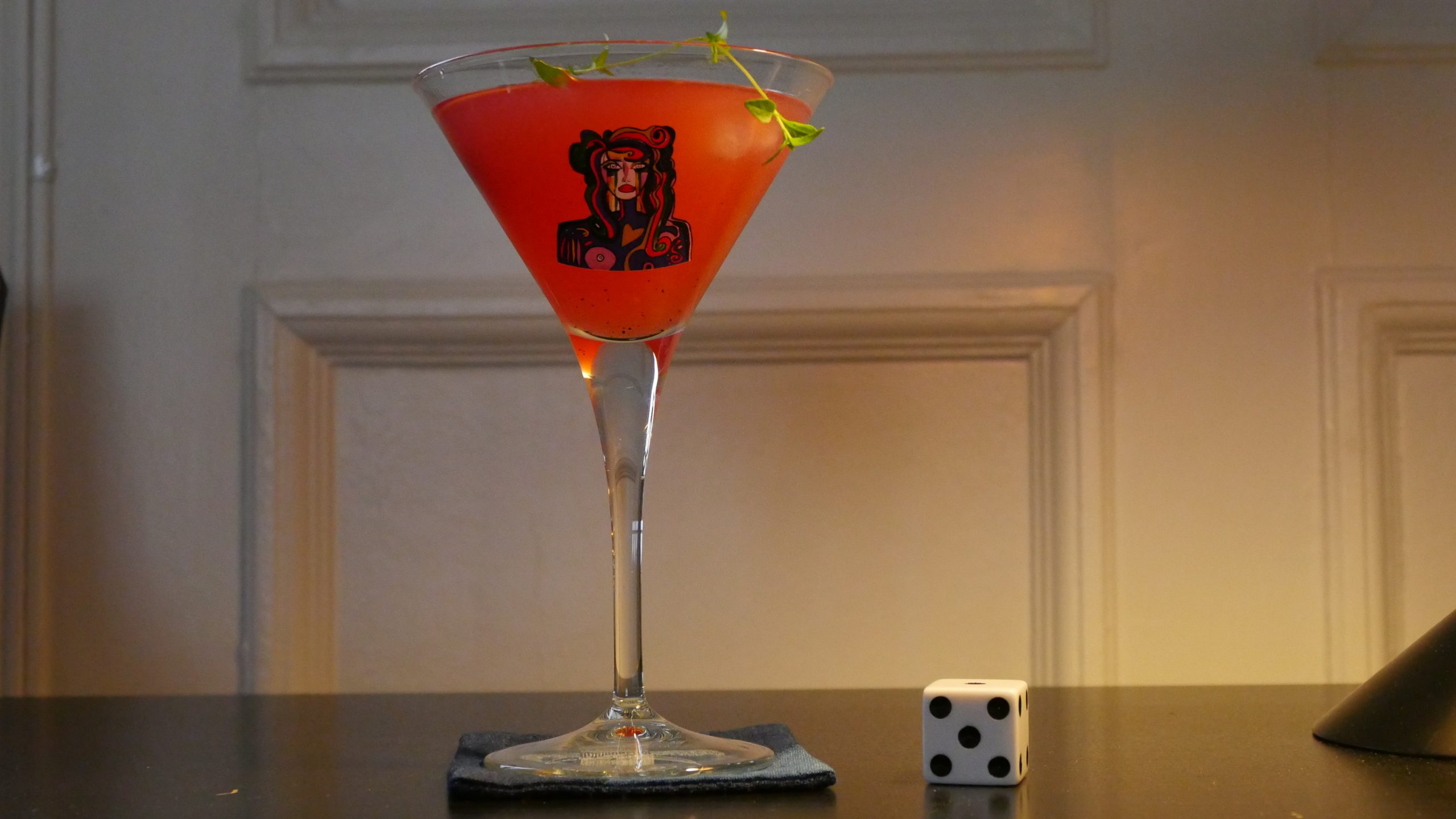 |
| Kleinhoff Hotell. Carlo Lizzani. 1977. Monaco. June 3rd, 2017. Le Purple. | |||
 |  | 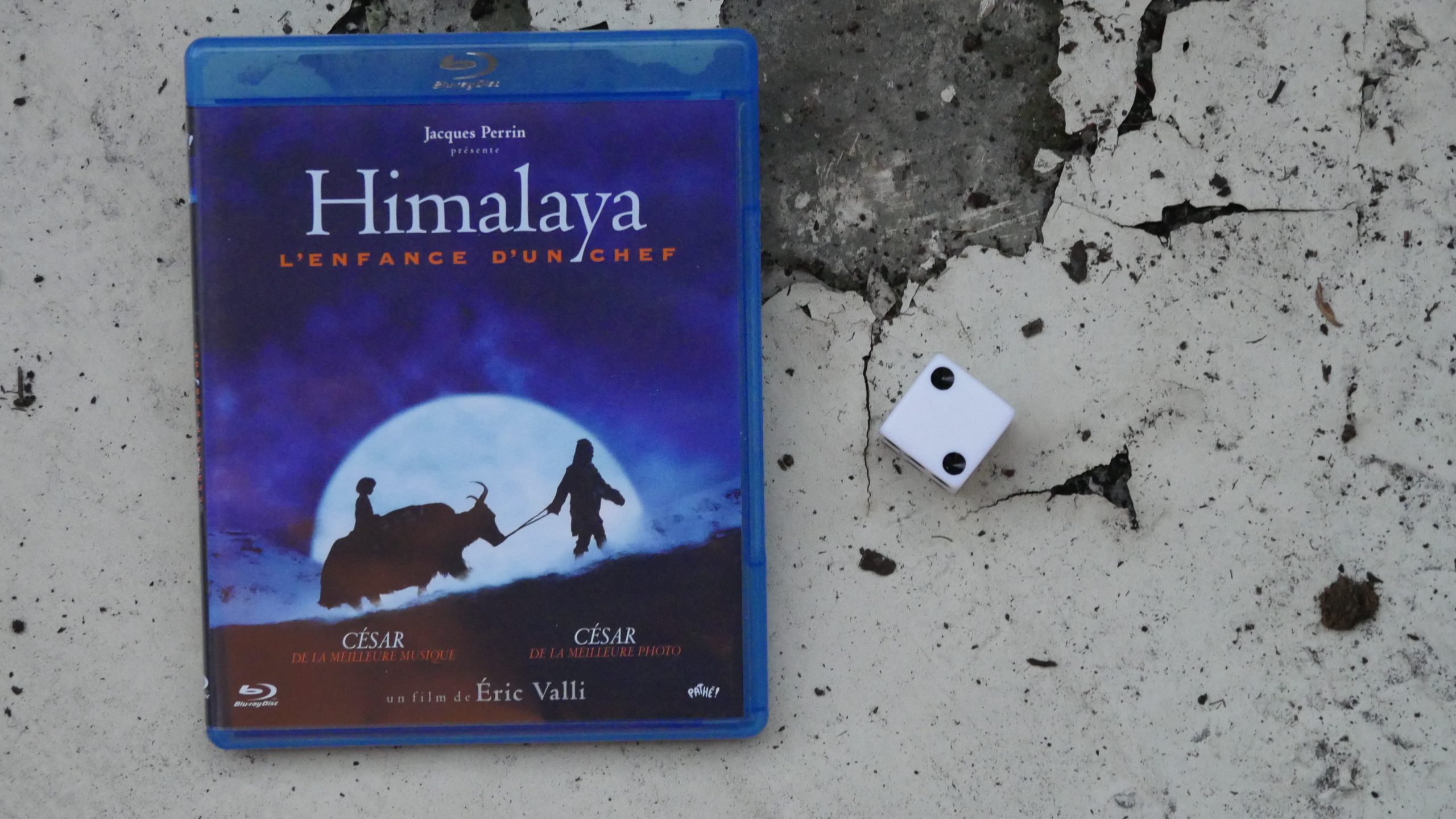 | 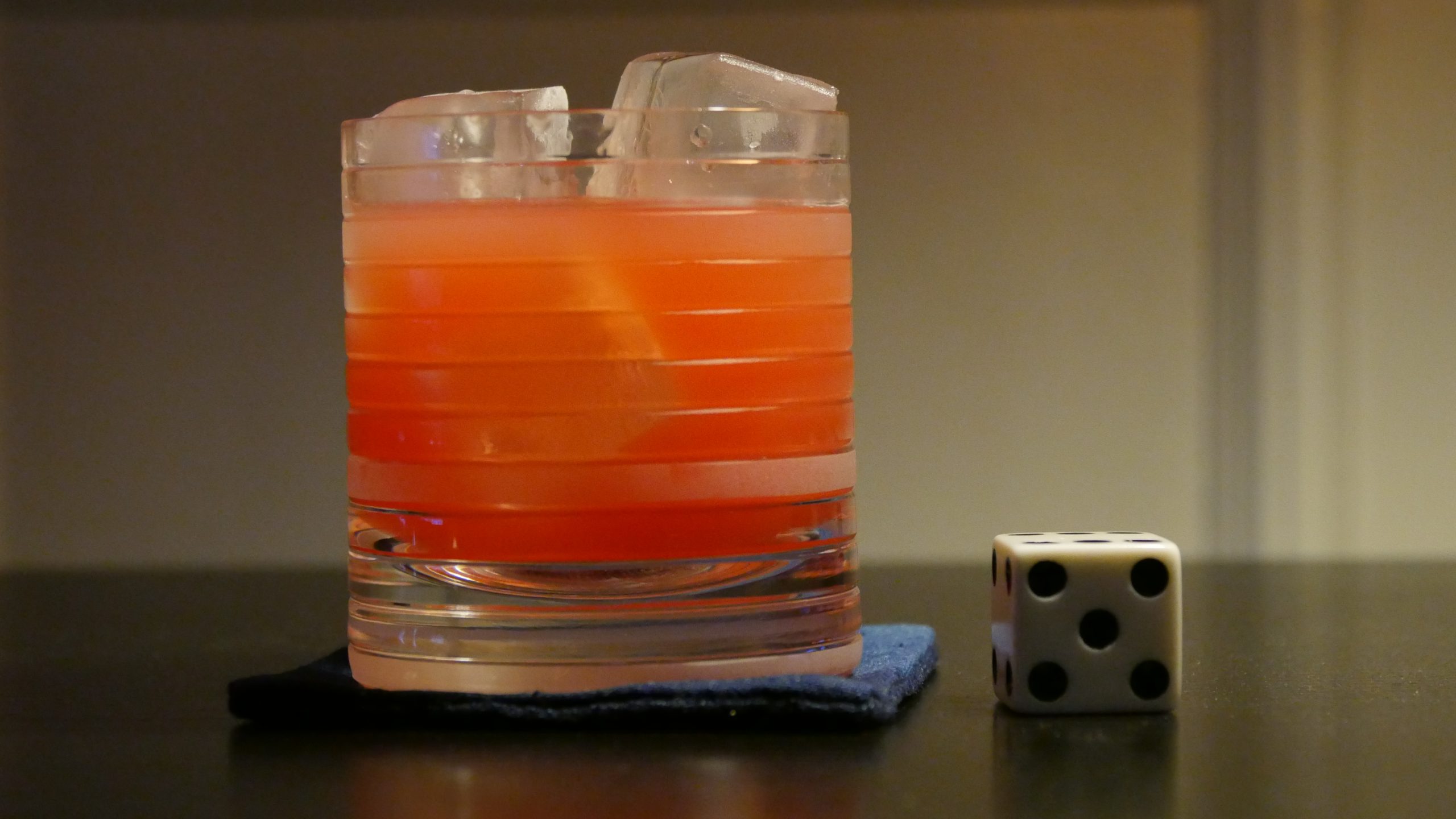 |
| Himalaya. Eric Valli. 1999. Nepal. June 3rd, 2017. 1st Cocktail. | |||
 | 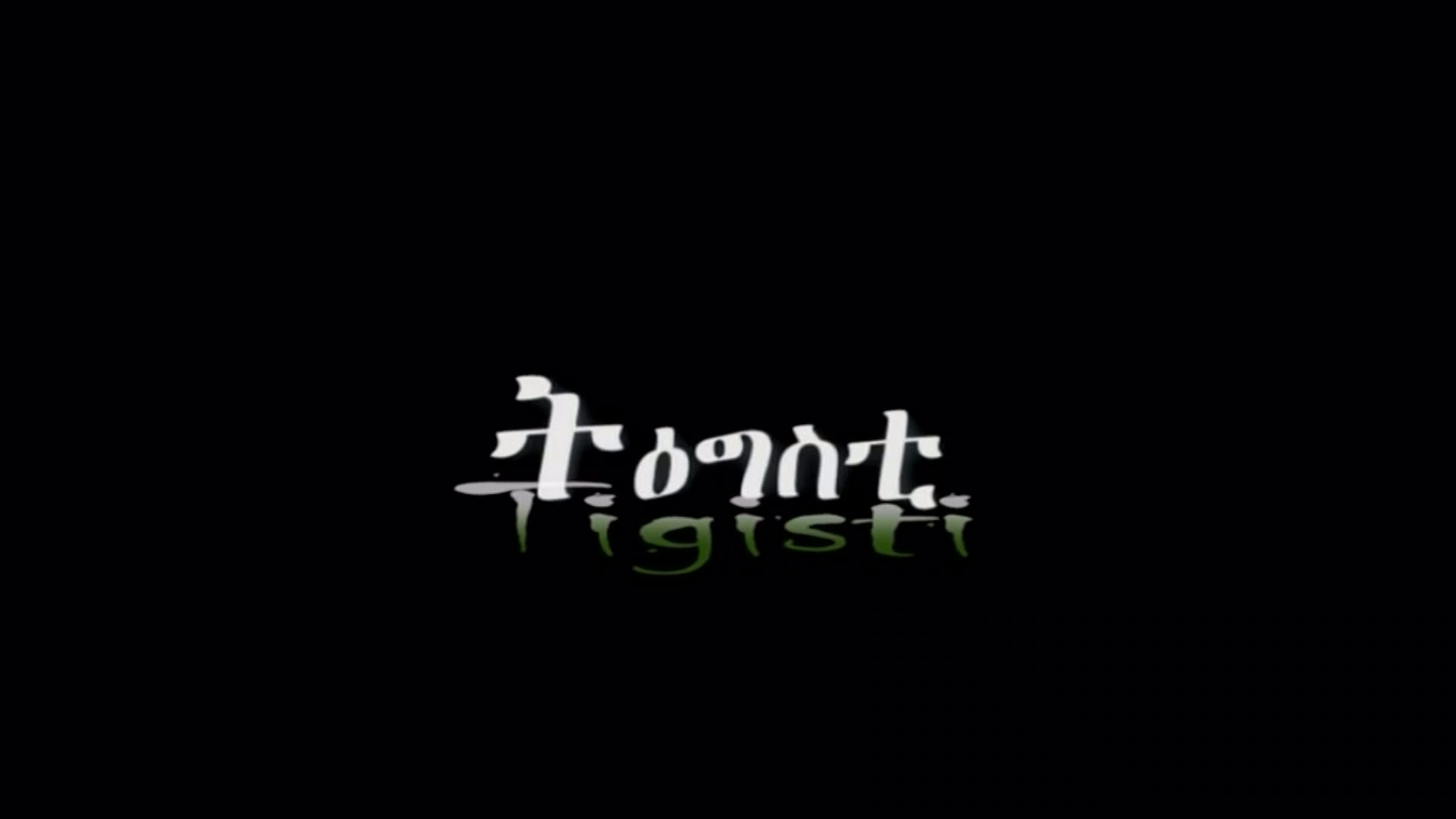 |  |  |
| Tigisti. Daniel Tesfamariam. 2012. Eritrea. June 9th, 2017. Tej Cocktail. | |||
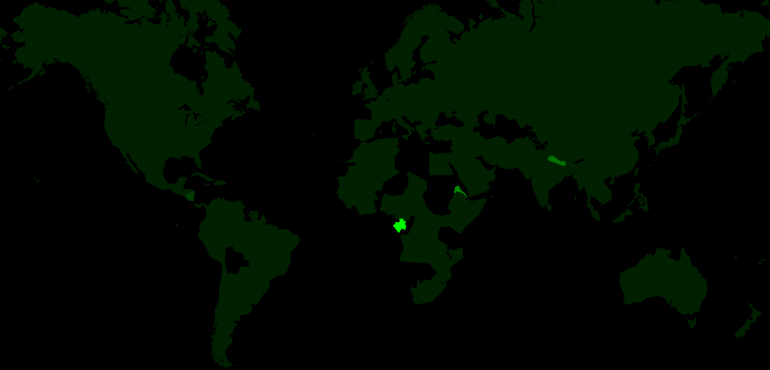 | 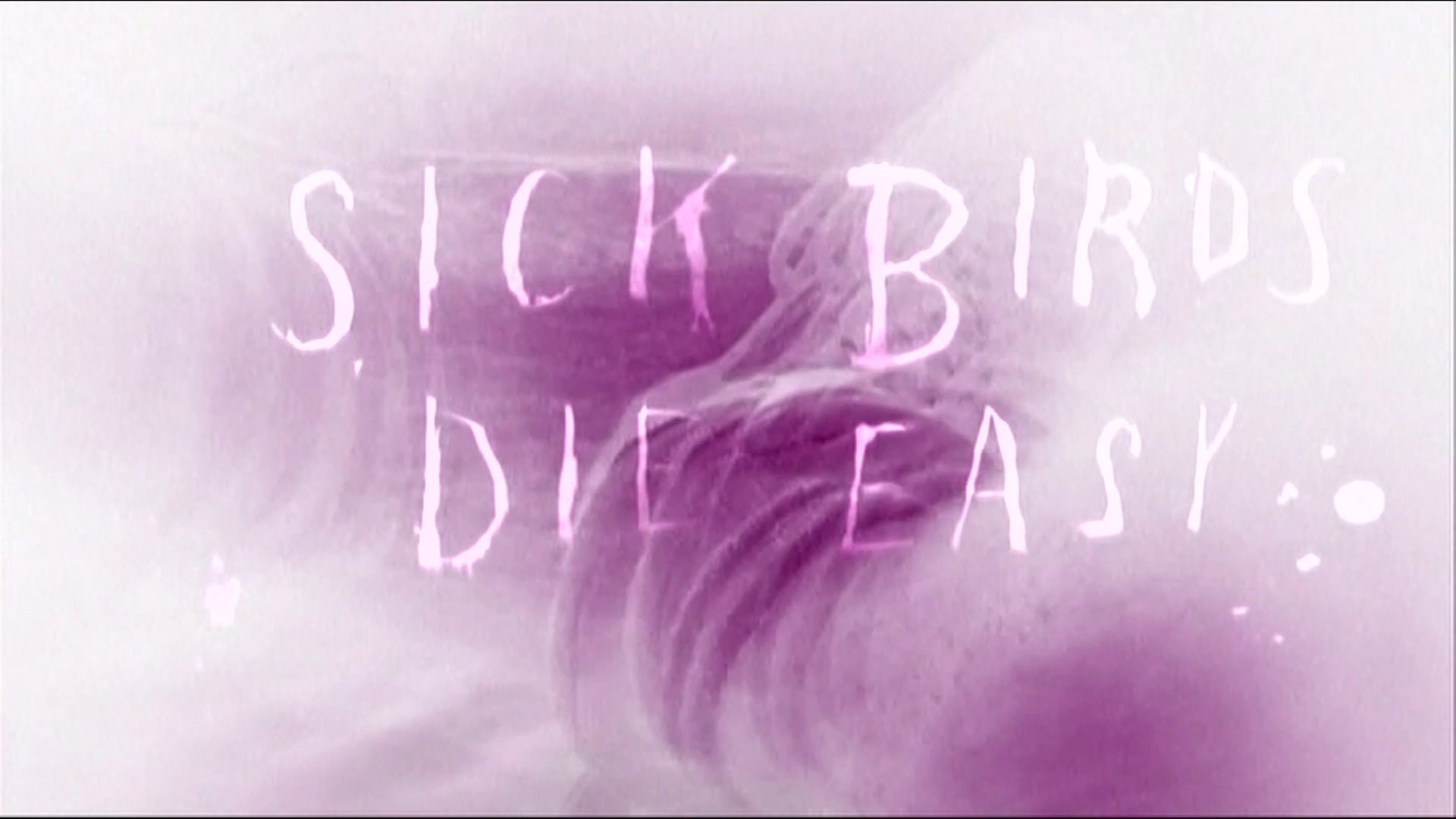 |  | 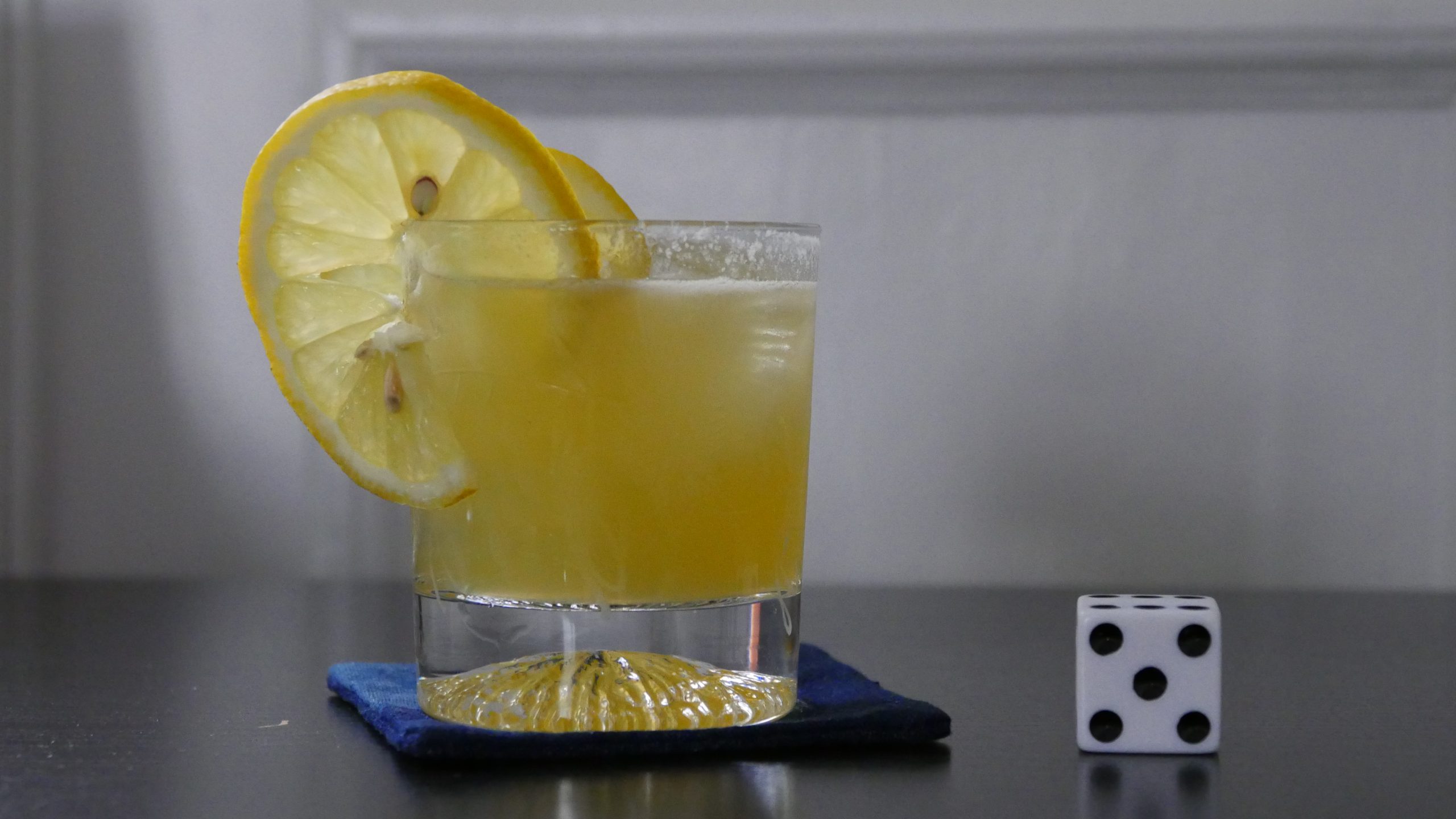 |
| Sick Birds Die Easy. Nicholas Fackler. 2013. Gabon. June 10th, 2017. . | |||
 |  | 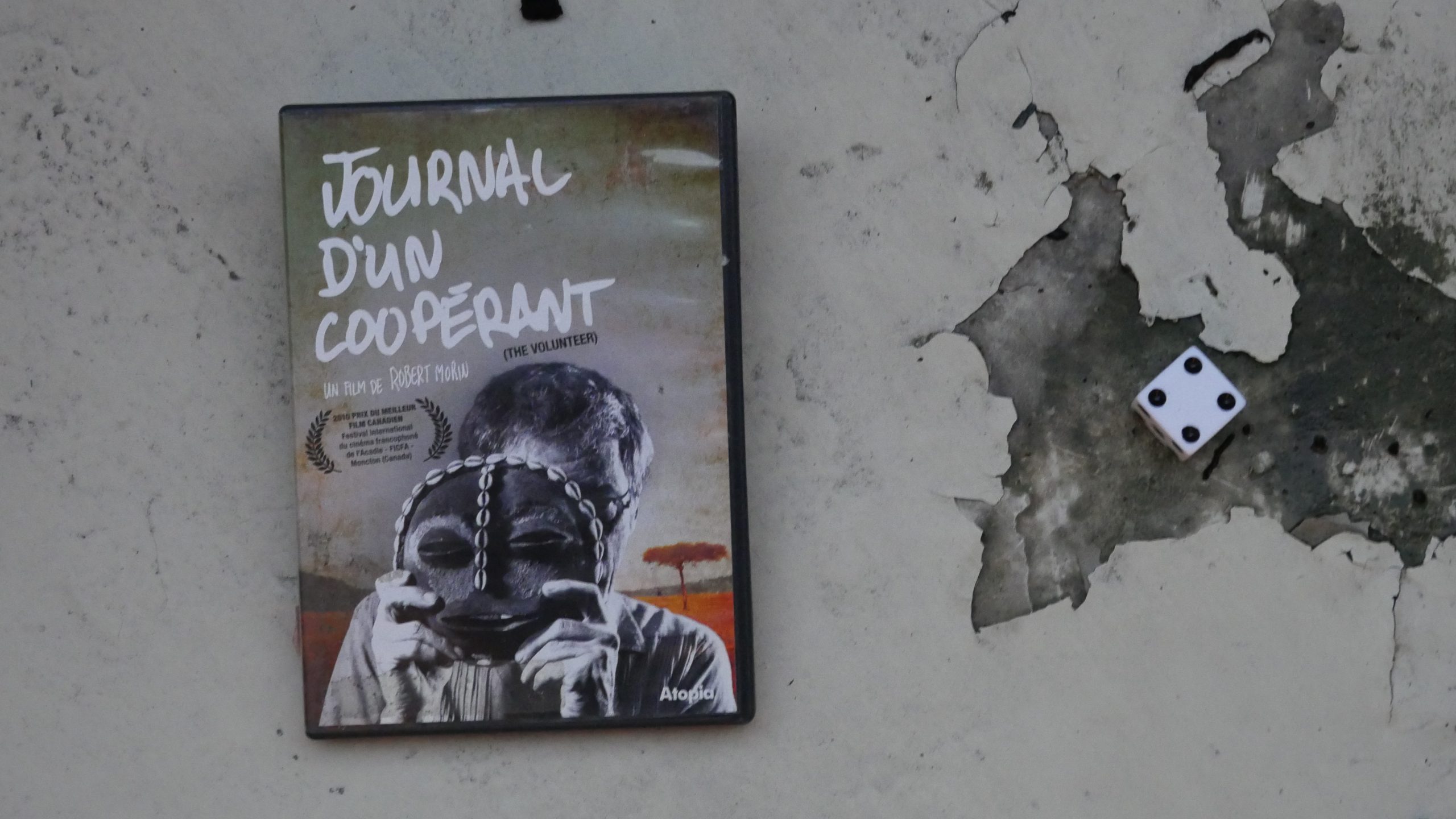 | 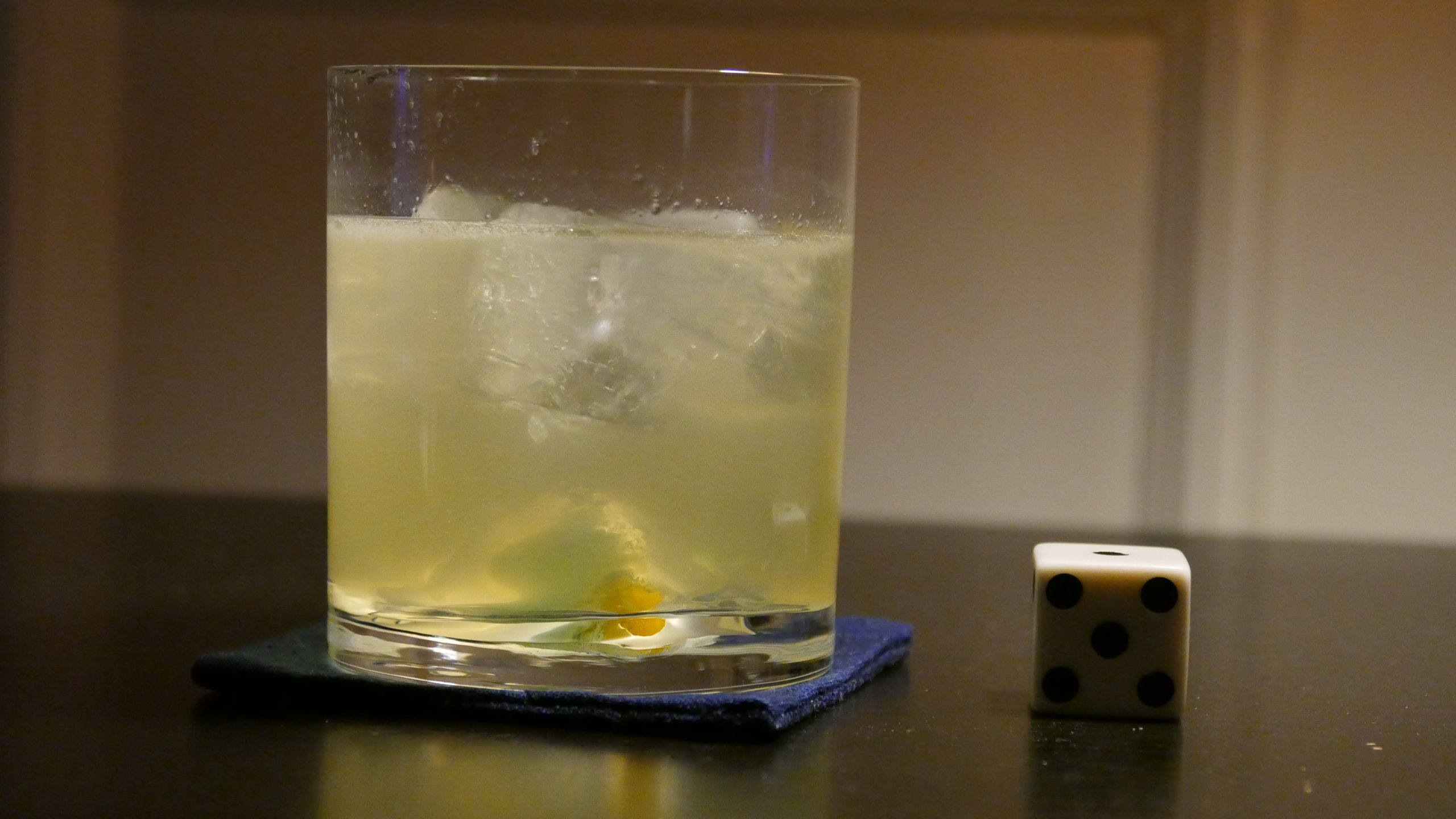 |
| Journal d’un coopérant. Robert Morin. 2010. Burundi. June 10th, 2017. Green Apple Collins. | |||
 |  |  | 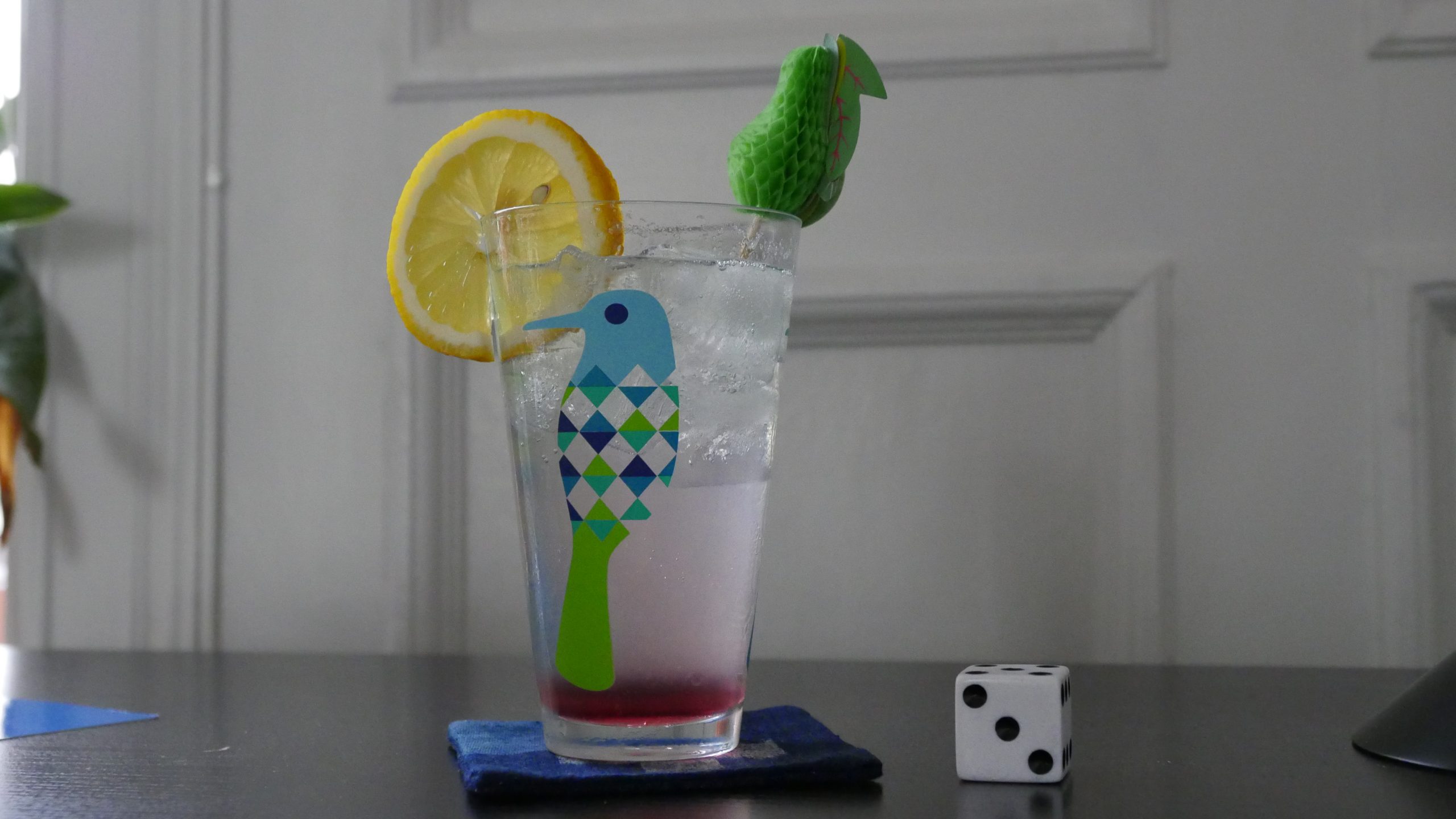 |
| The Drill Project. Justin Jay. 2012. Equatorial Guinea. June 16th, 2017. Ginger-lemonade Highball. | |||
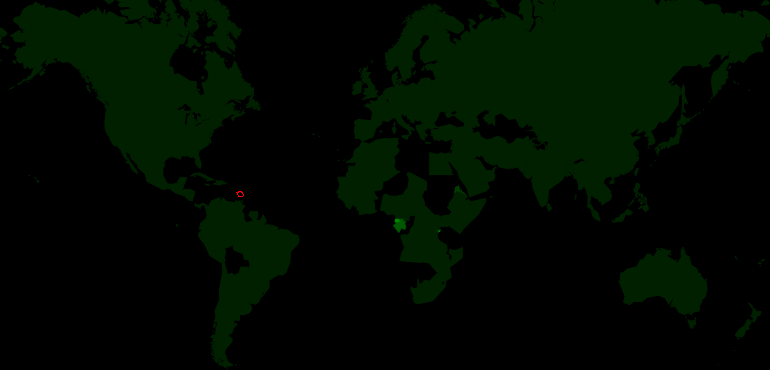 |  | 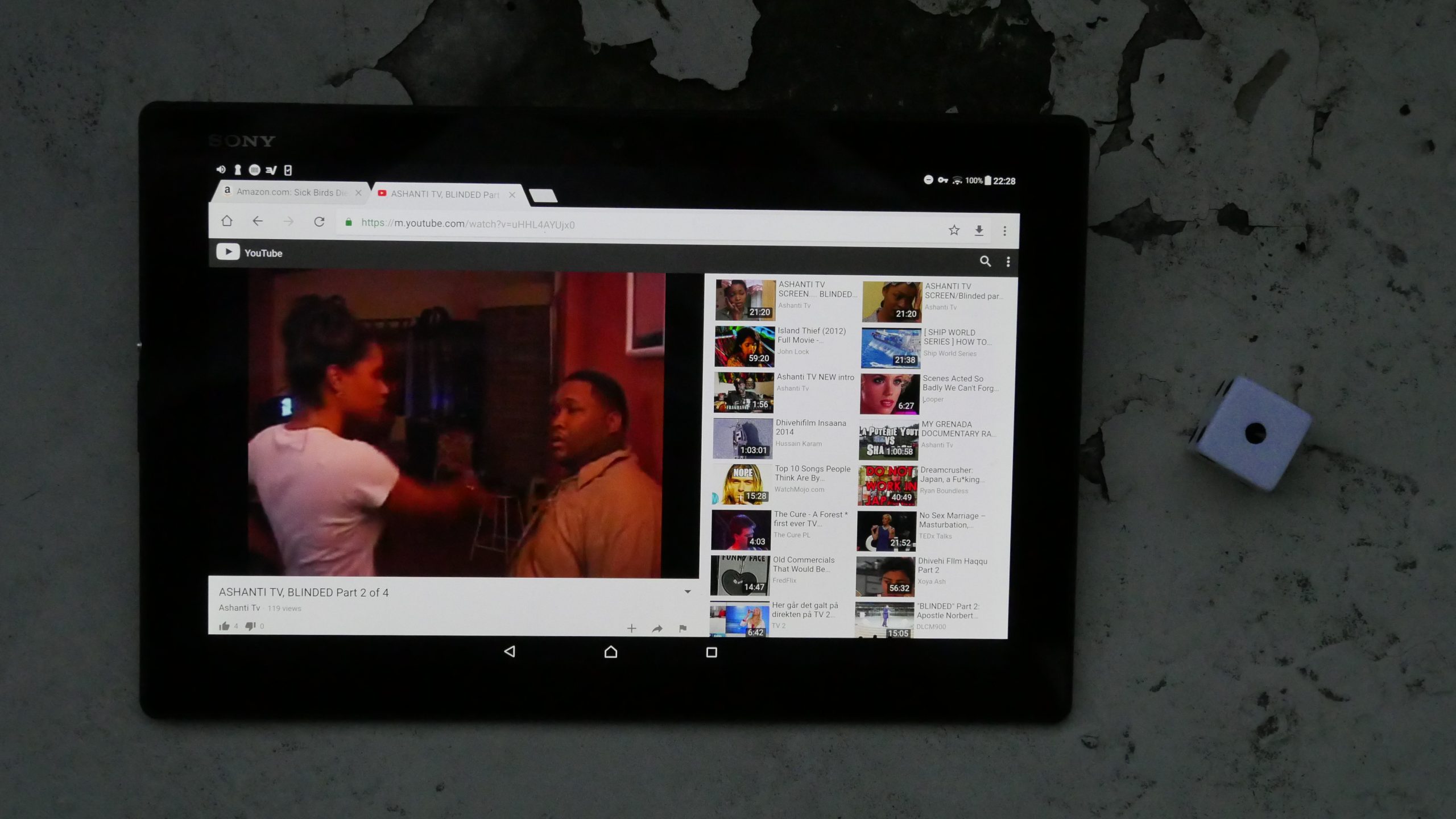 | 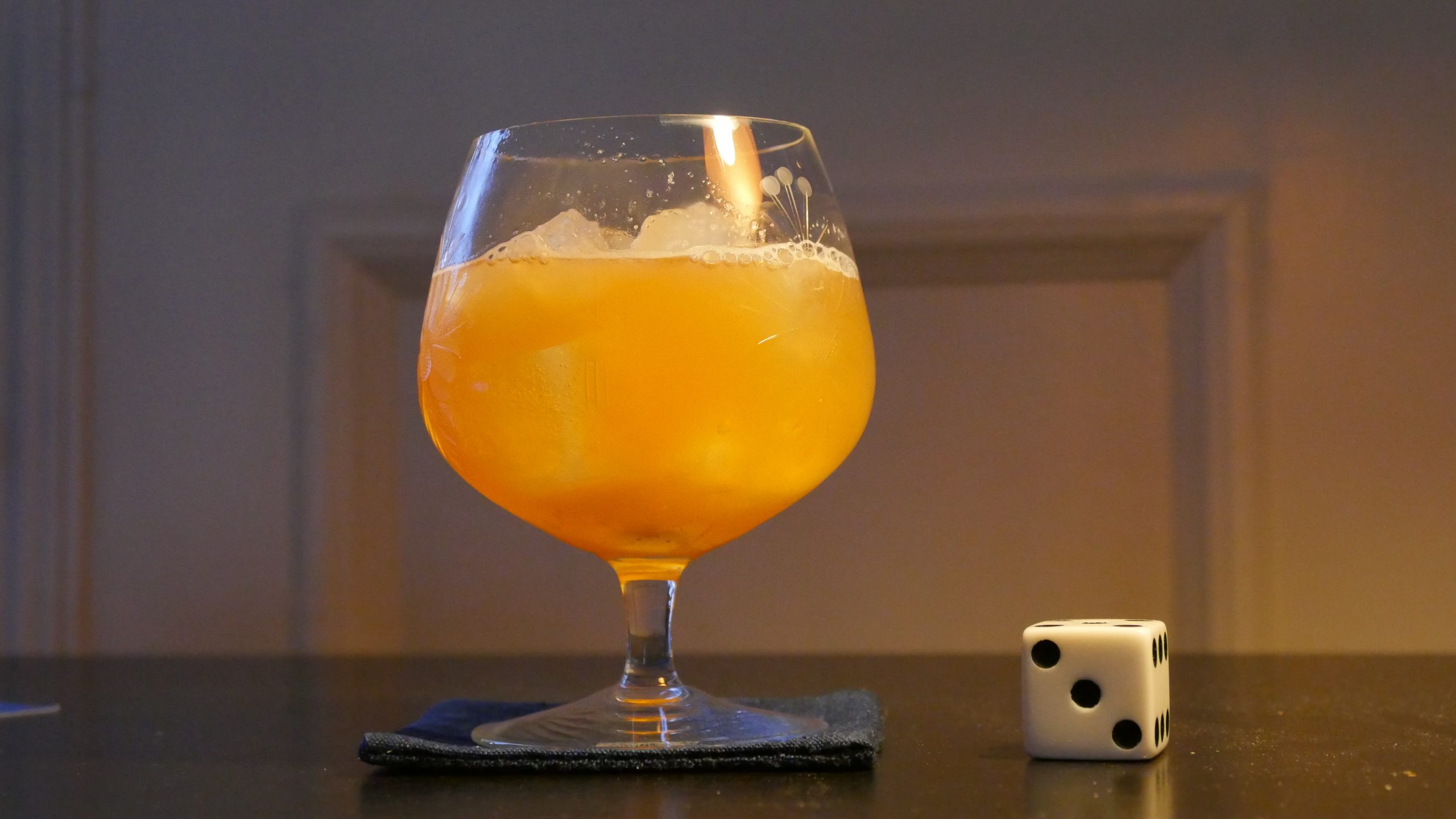 |
| Blinded. Anderson Quarless. 2006. Grenada. June 16th, 2017. Tropical Teaser. | |||
 |  | 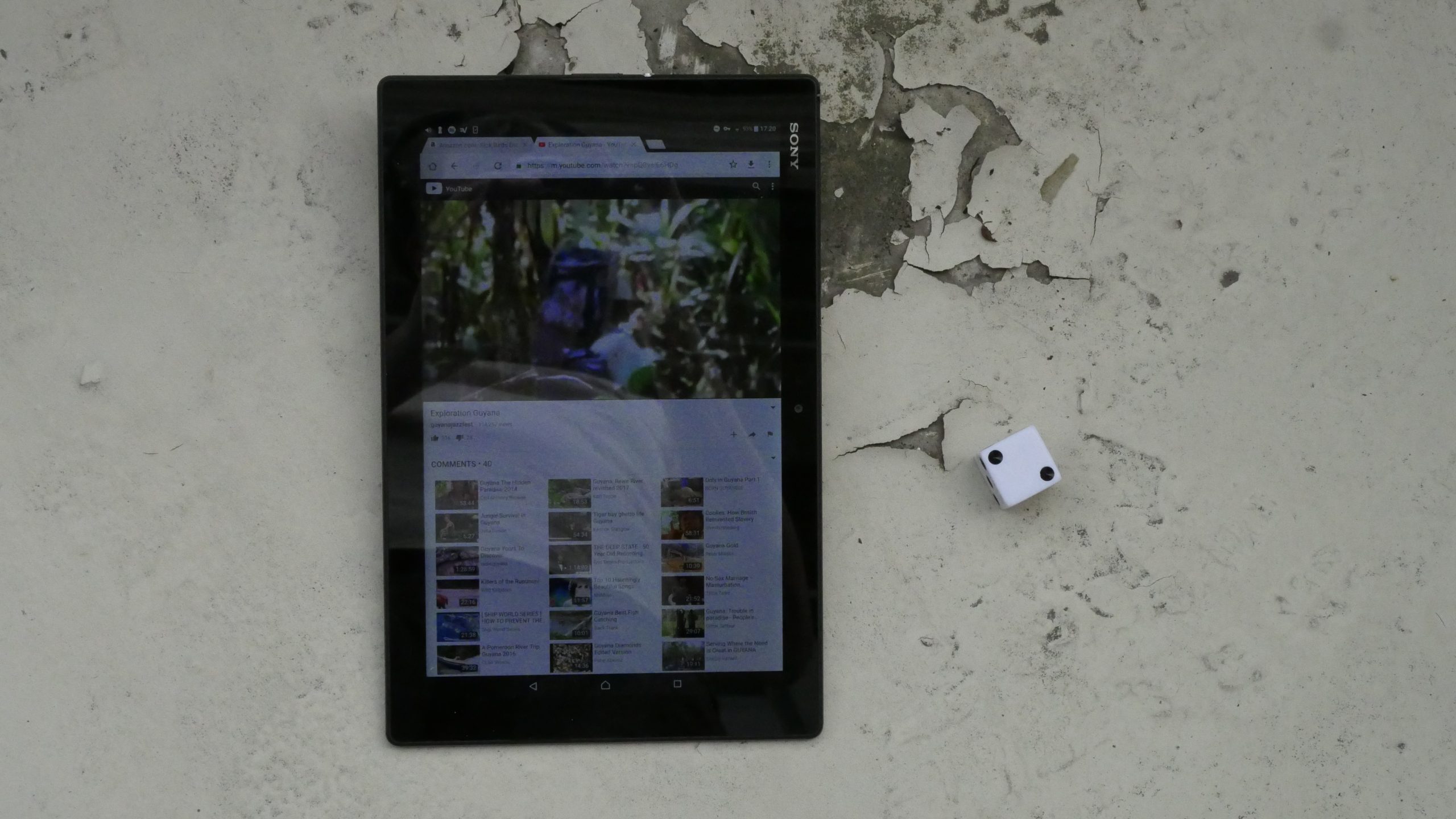 |  |
| Exploration Guyana. Charles Montier. 2011. Guyana. June 17th, 2017. The Georgetown. | |||
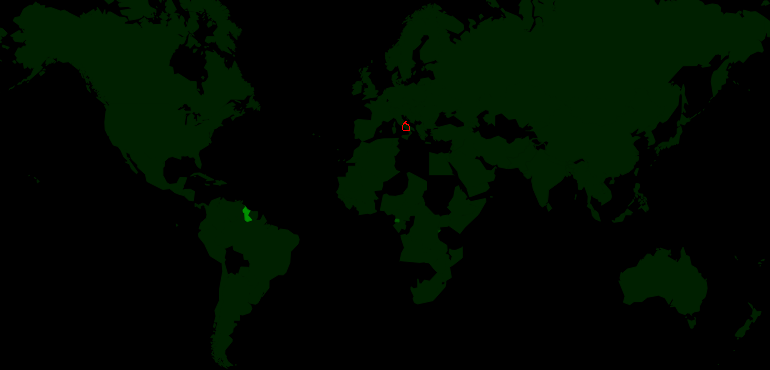 | 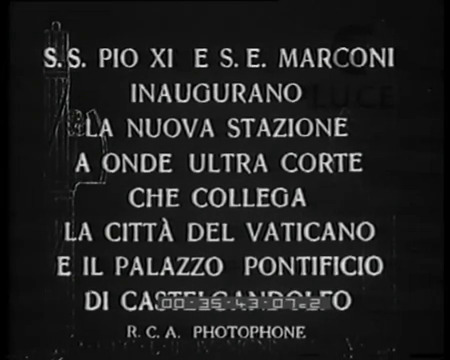 |  |  |
| Pio XI e Marconi. A. Nonymous. 1933. Holy See. June 17th, 2017. Bellini. | |||
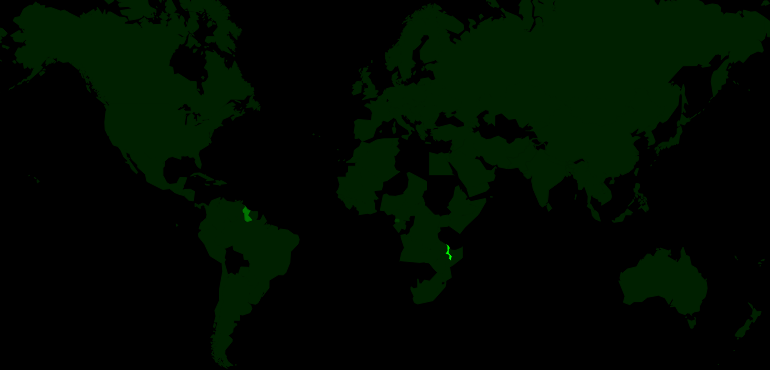 | 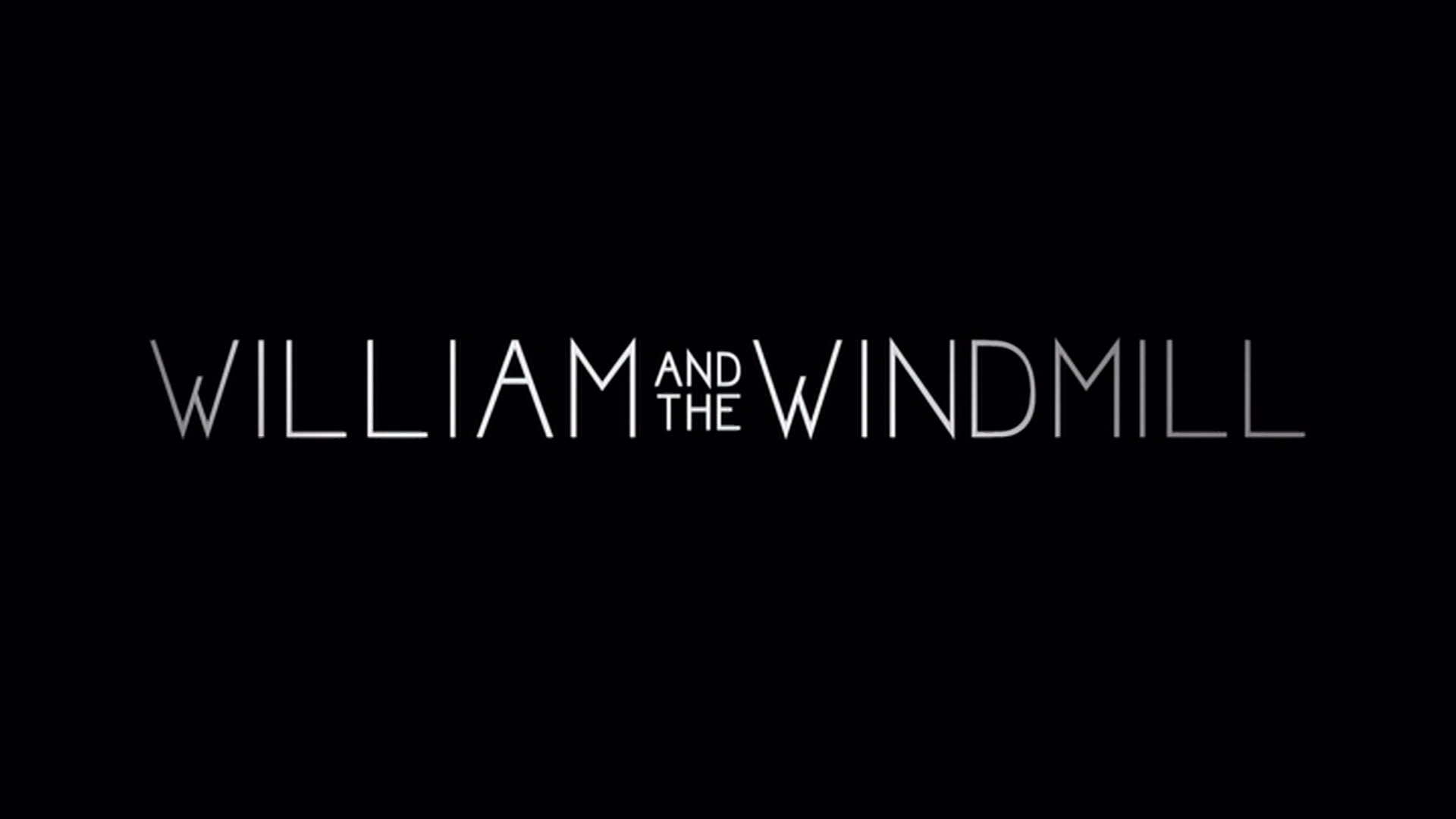 |  | 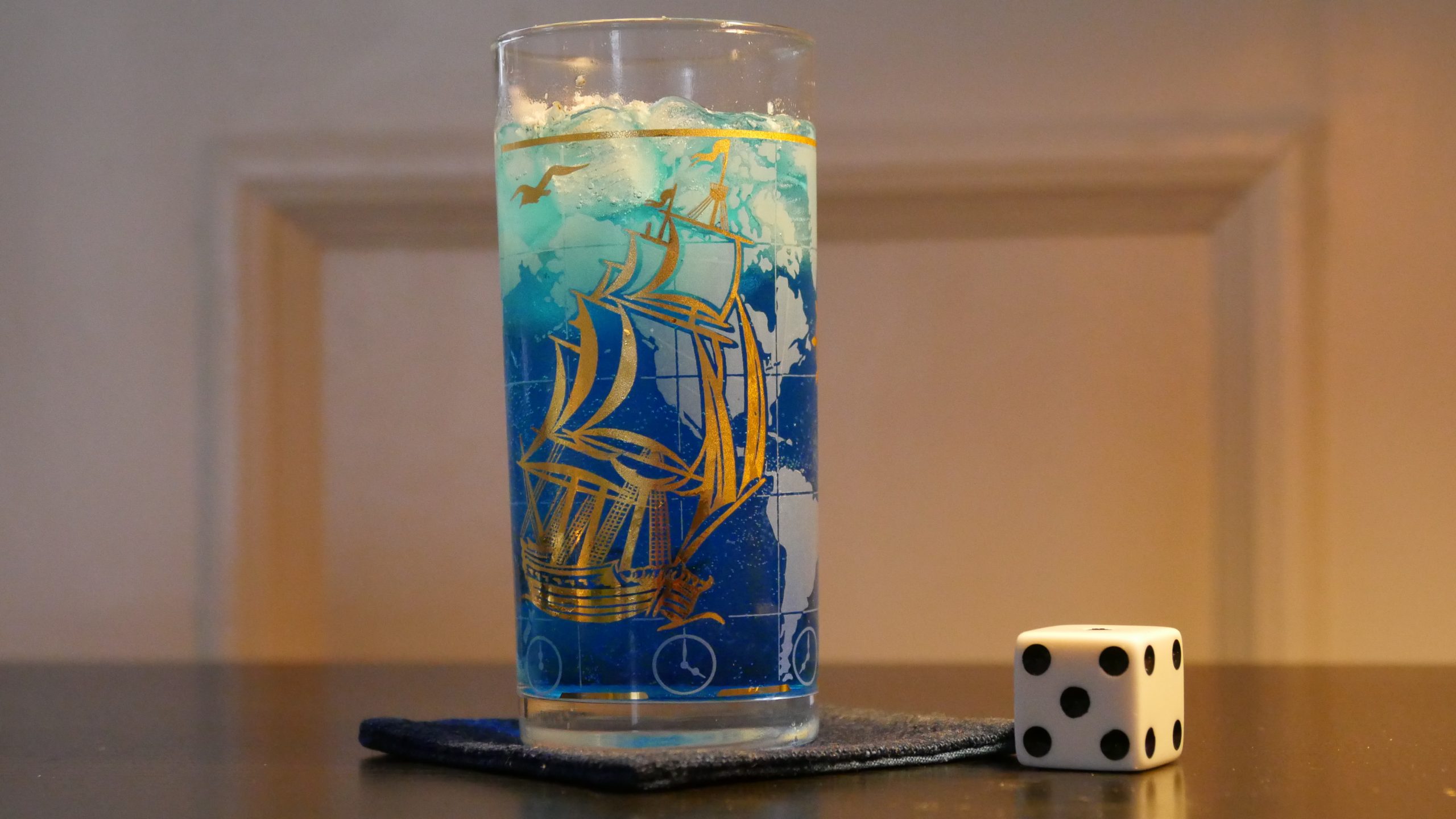 |
| William and the Windmill. Ben Nabors. 2013. Malawi. June 23rd, 2017. The Pumulani. | |||
 |  |  | 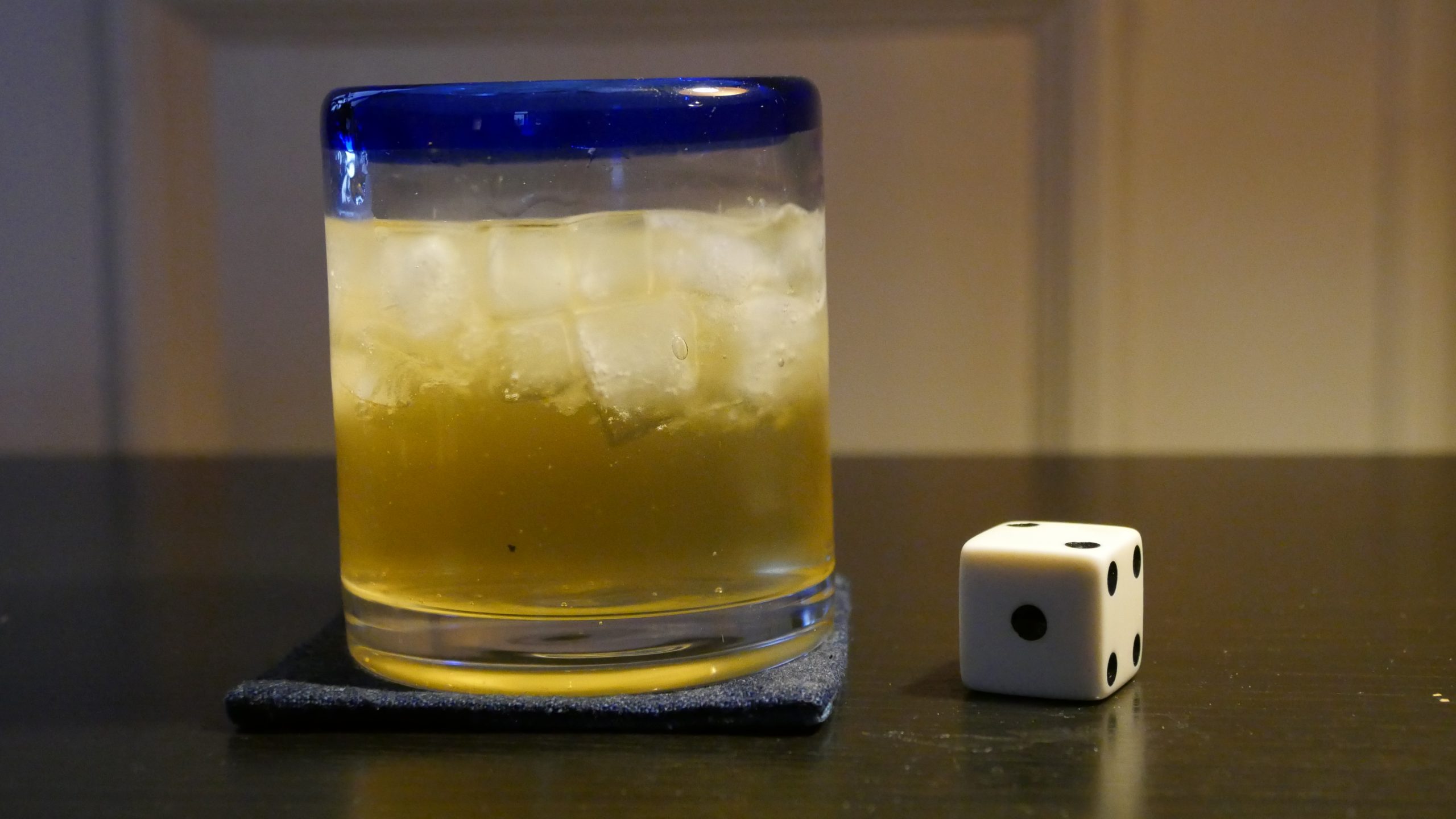 |
| Ali and Nino. Asif Kapadia. 2016. Azerbaijan. June 23rd, 2017. Arak Buck. | |||
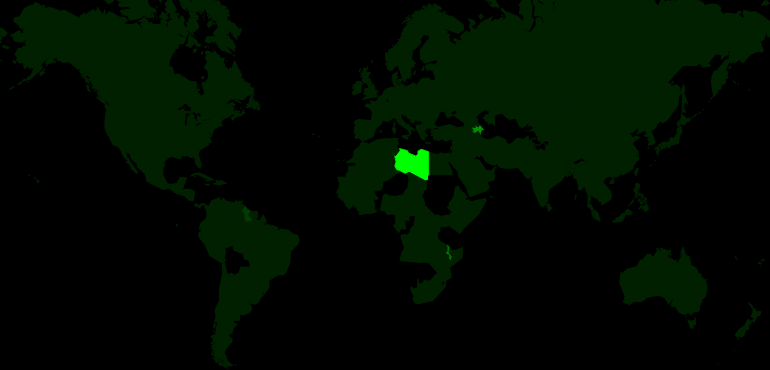 | 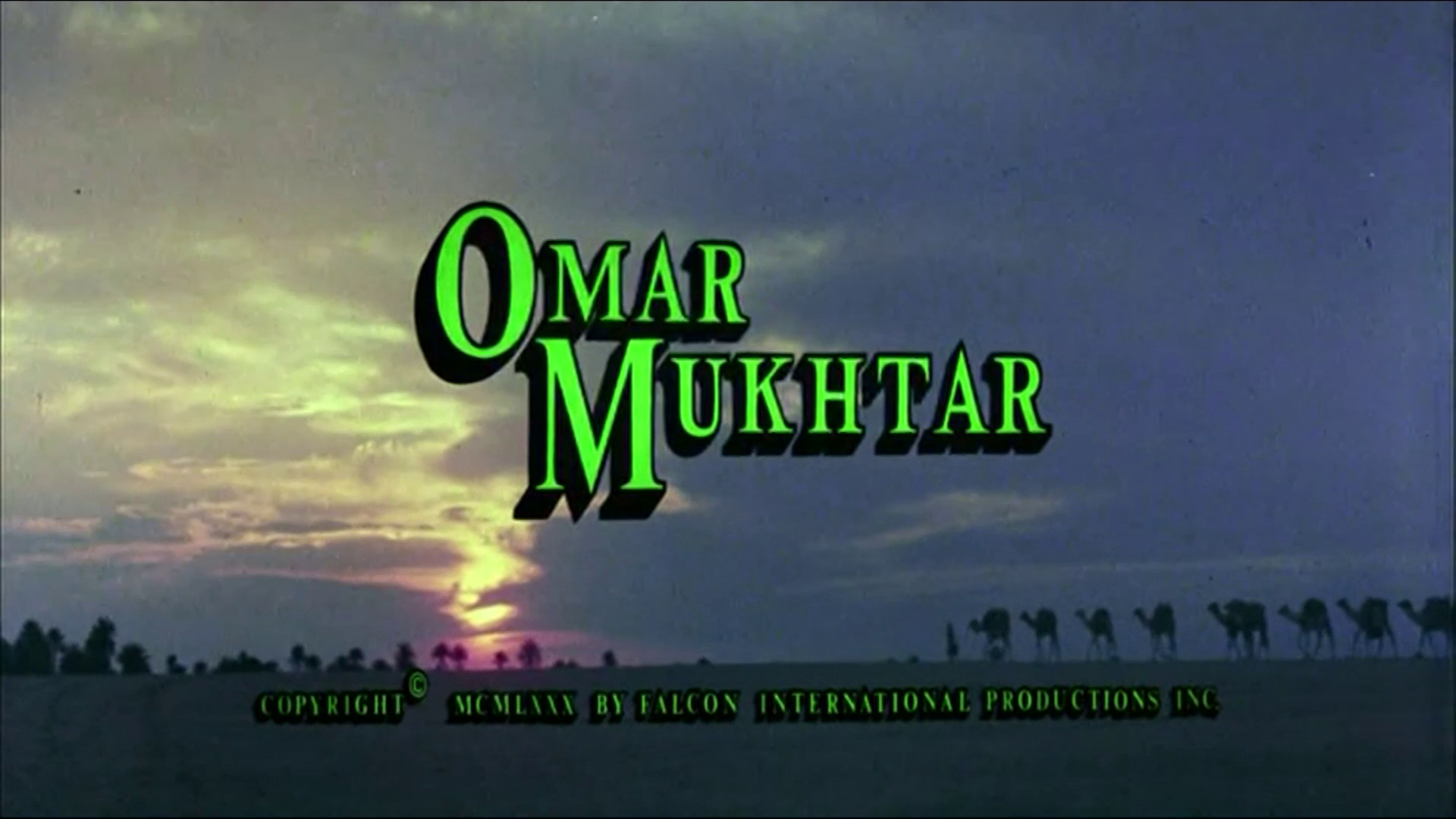 |  | 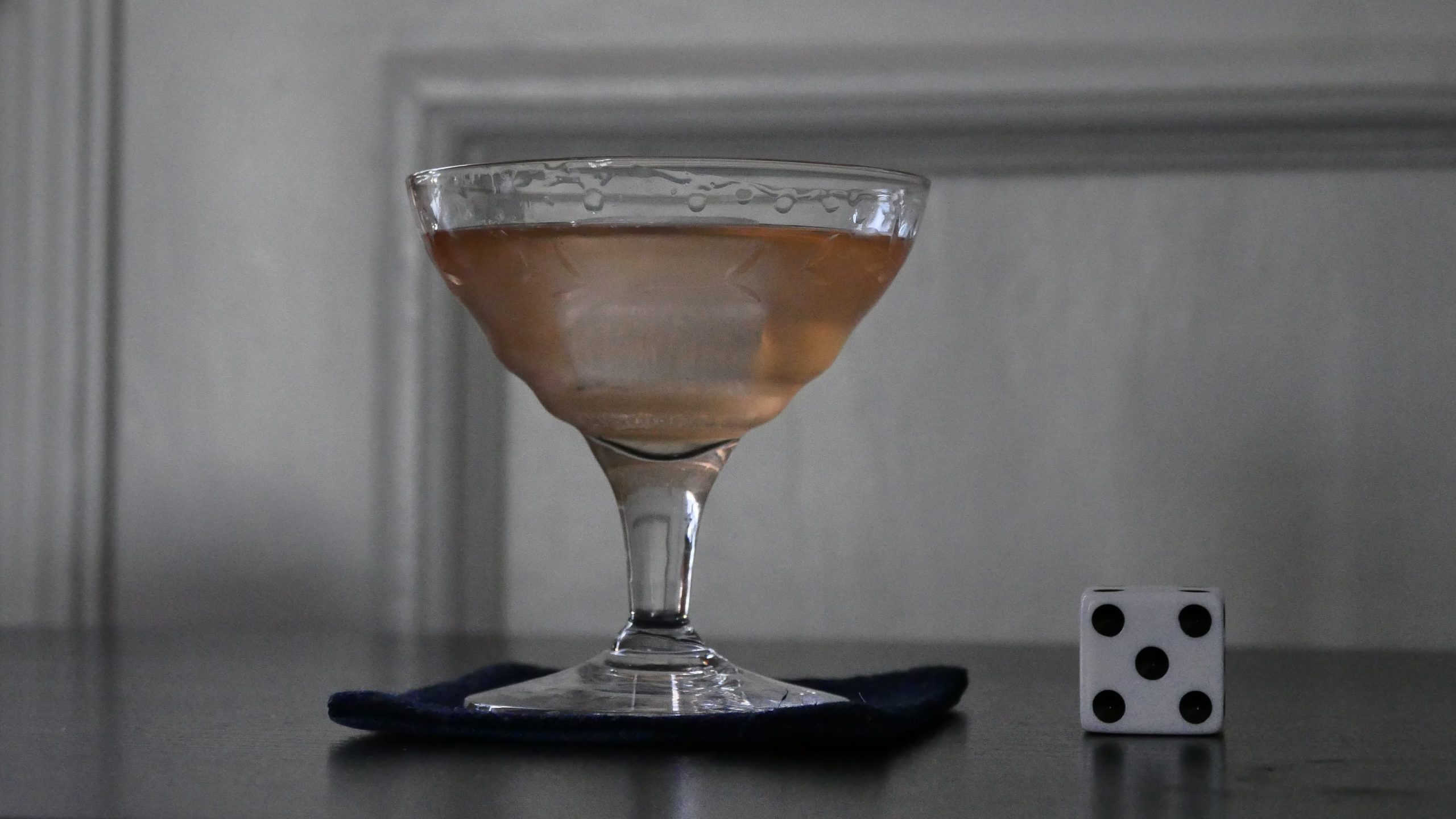 |
| Lion of the Desert. Moustapha Akkad. 1980. Libya. June 24th, 2017. Eastern Promise. | |||
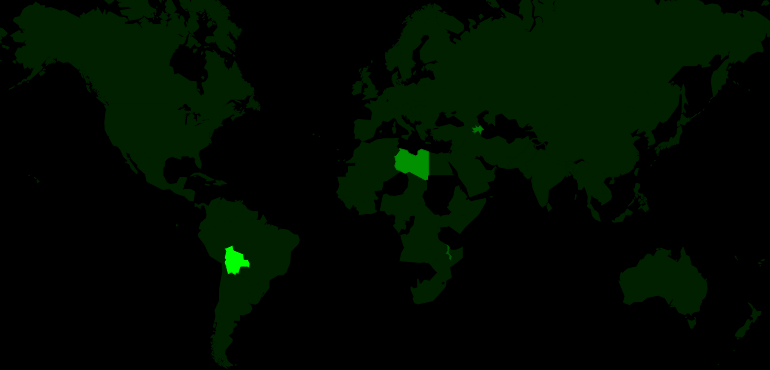 | 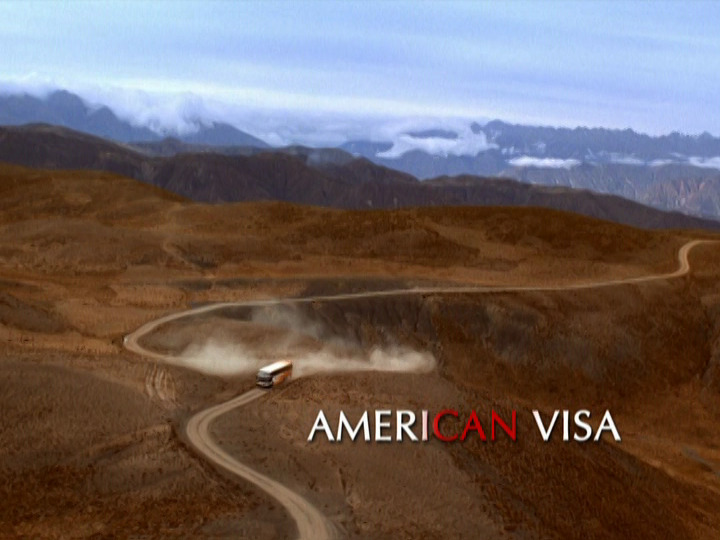 | 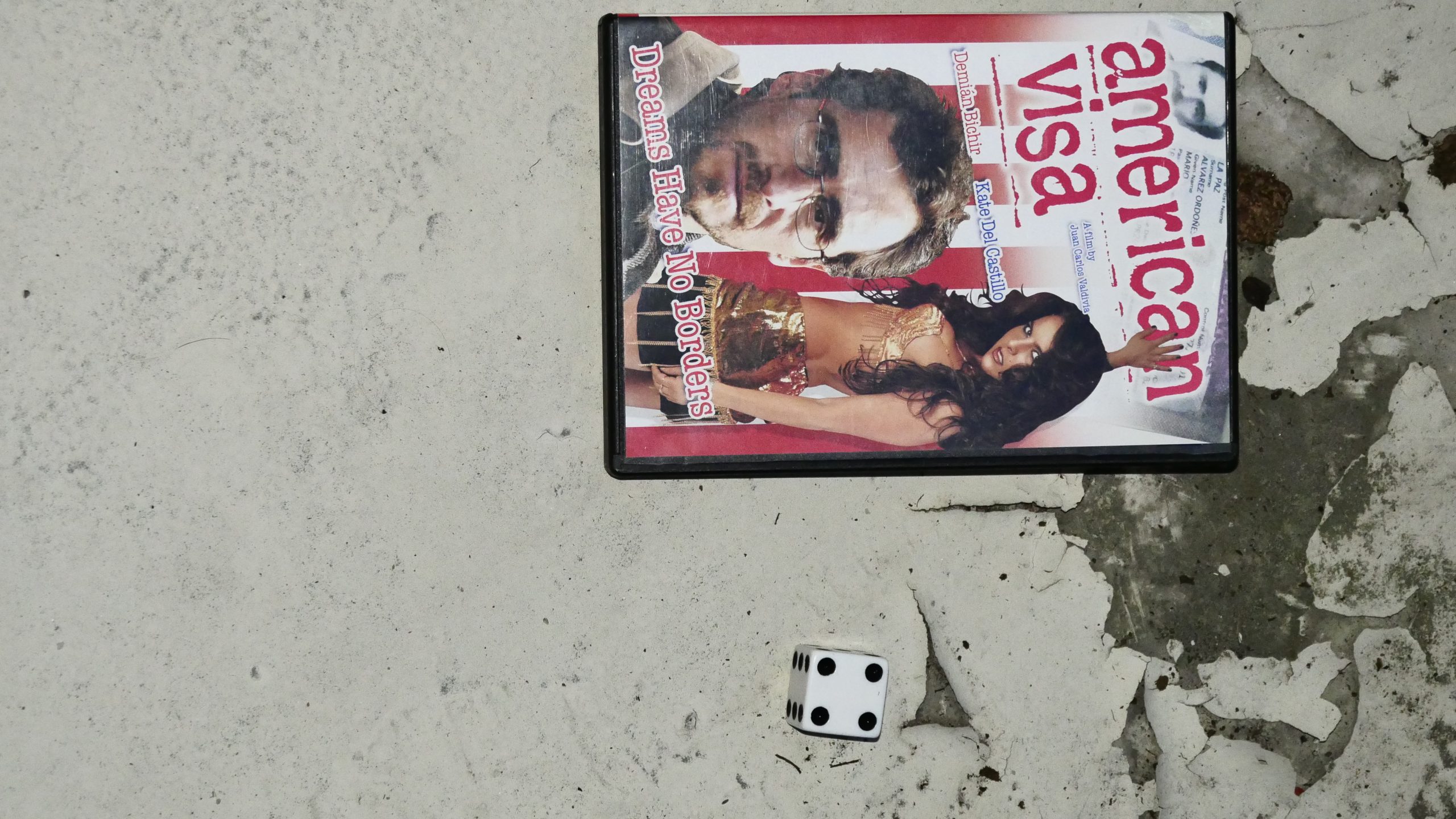 | 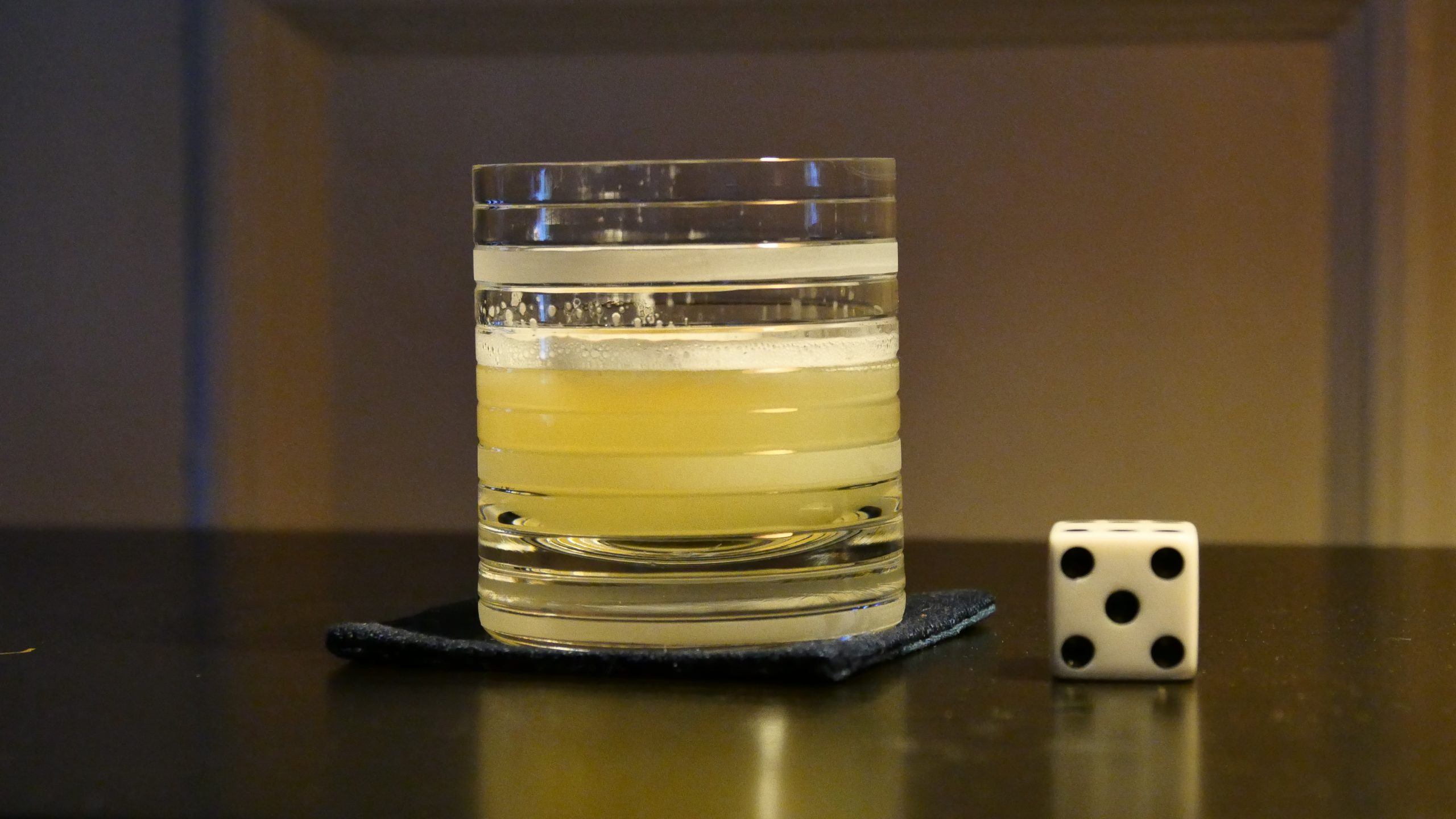 |
| American Visa. Juan Carlos Valdivia. 2005. Bolivia. June 25th, 2017. Pisco Sour. | |||
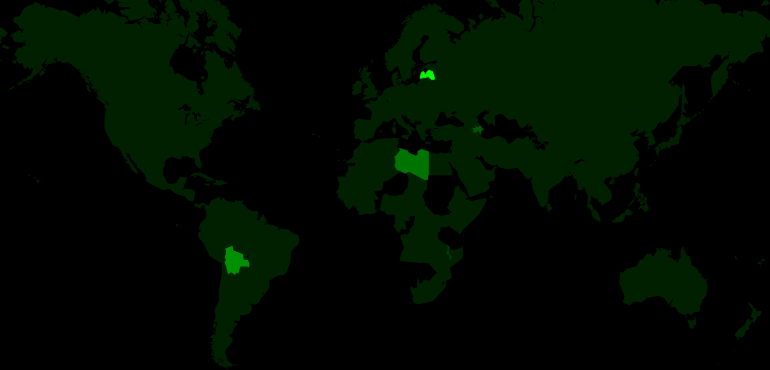 |  | 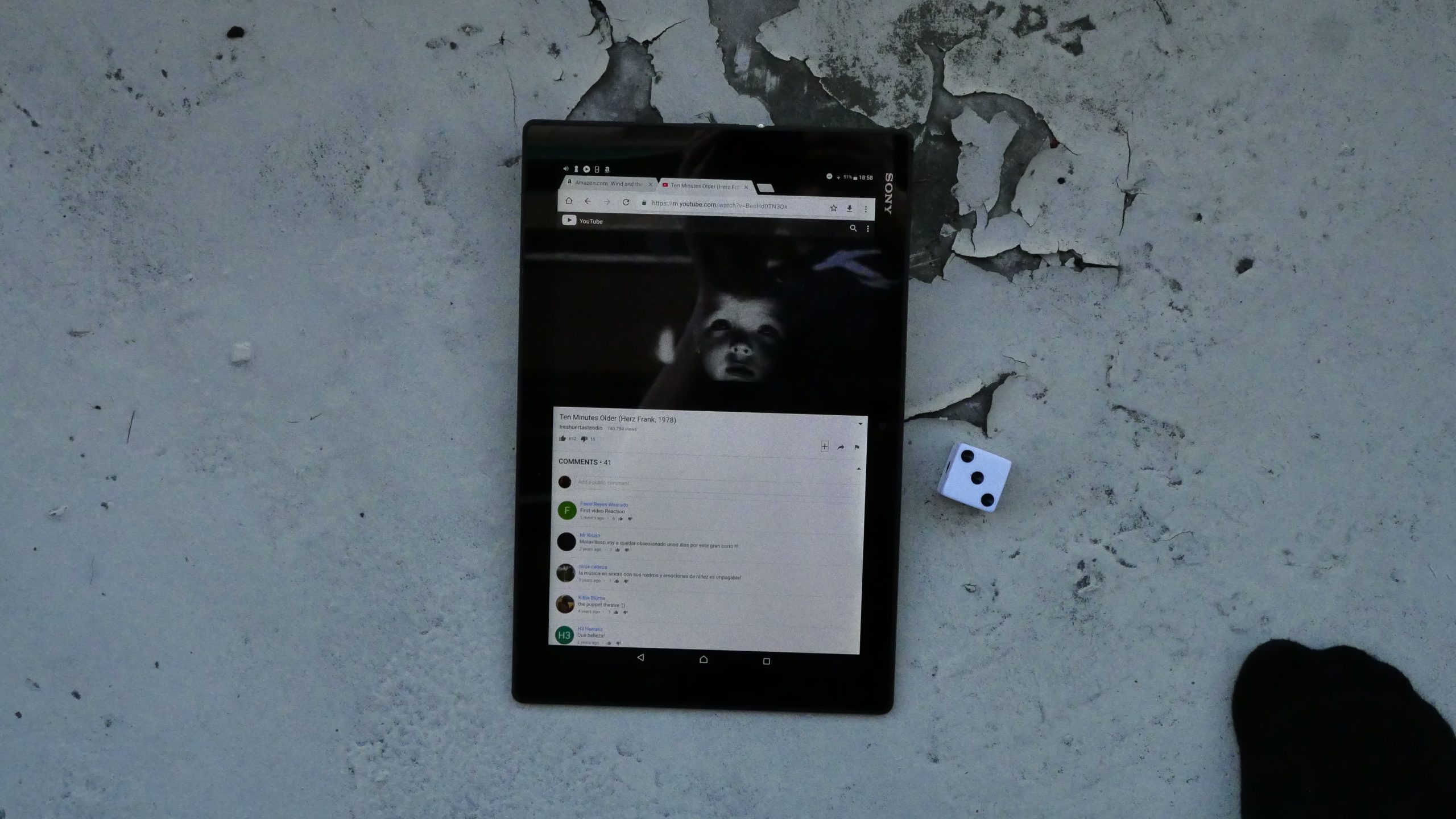 |  |
| Ten Minutes Older. Herz Frank. 1978. Latvia. June 30th, 2017. Trampoline. | |||
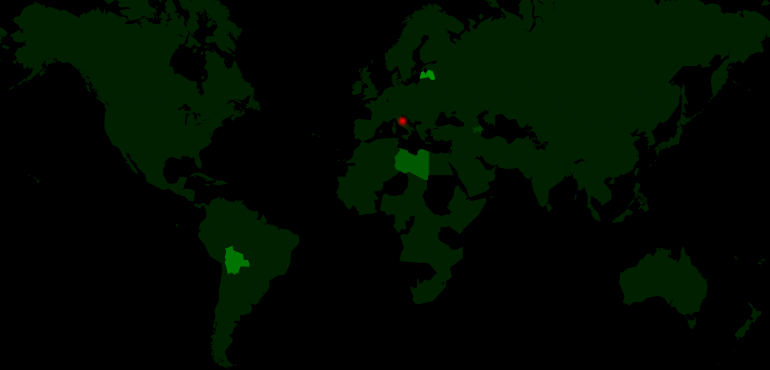 | 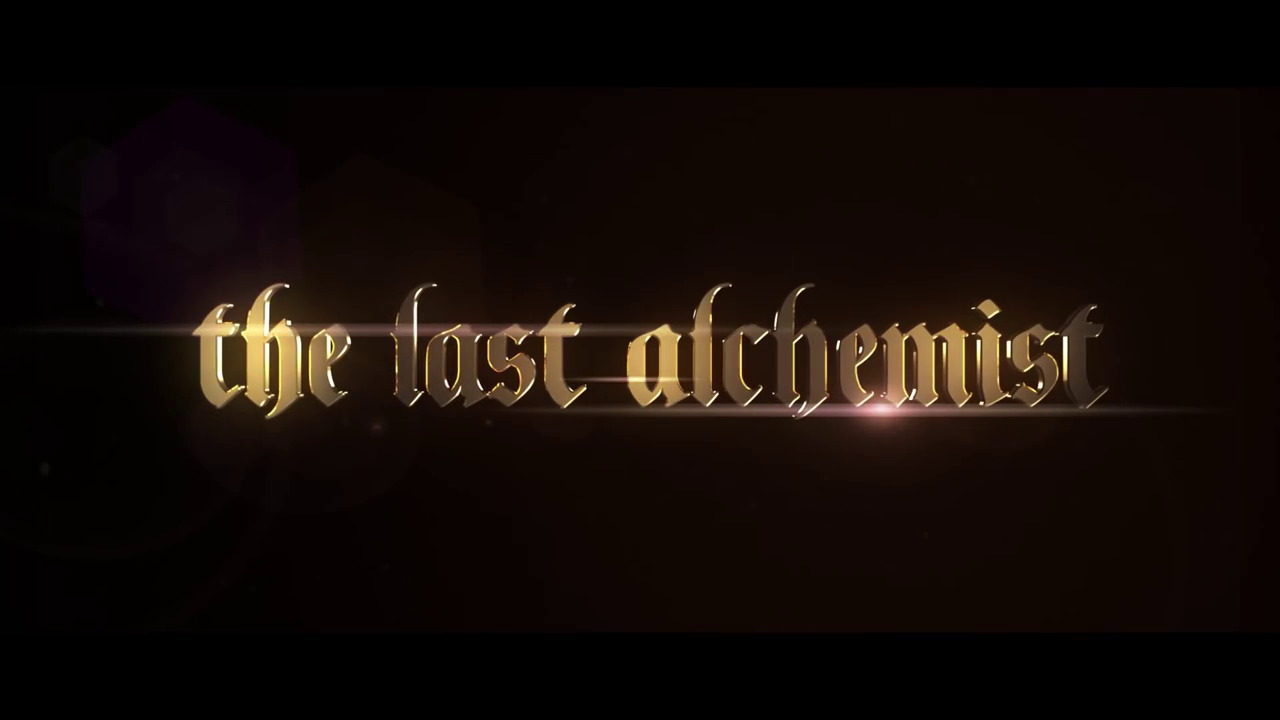 |  | 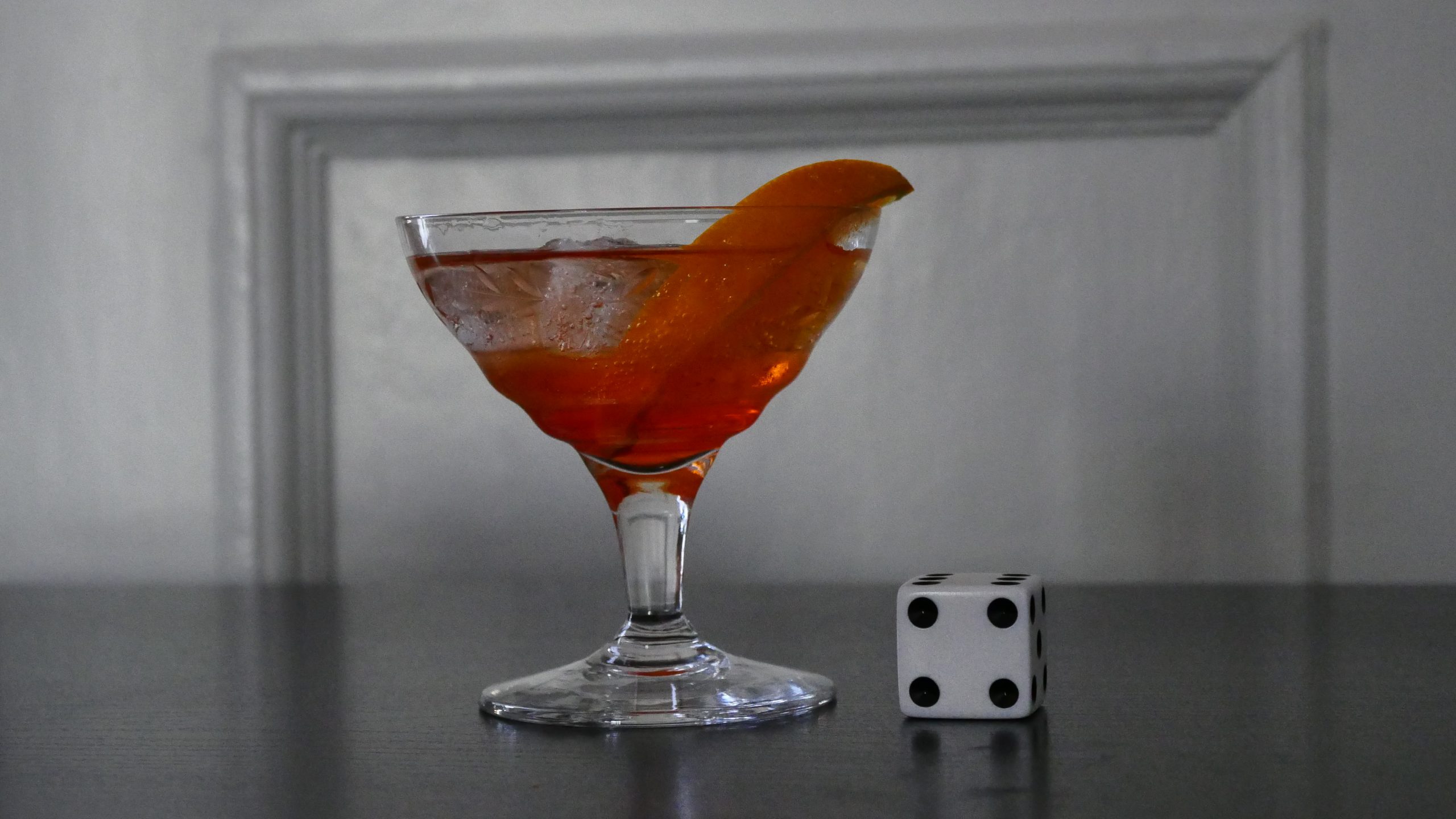 |
| The Last Alchemist. Michele Massari. 2012. San Marino. June 30th, 2017. Aperol Spritz. | |||
 |  |  |  |
| The Redemption of General Butt Naked. Daniele Anastasion and Eric Strauss. 2011. Liberia. July 1st, 2017. Liberian Ginger Beer. | |||
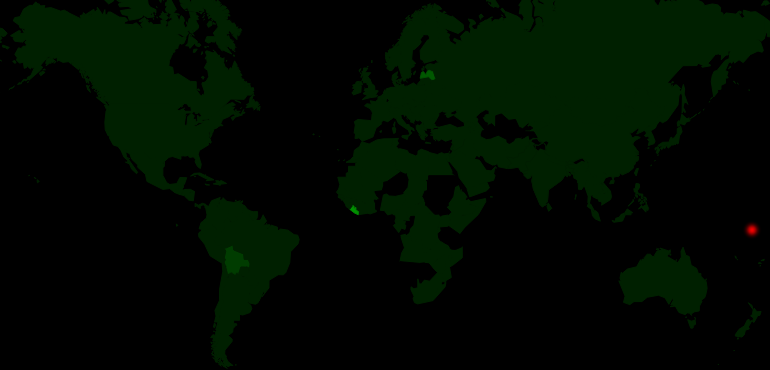 | 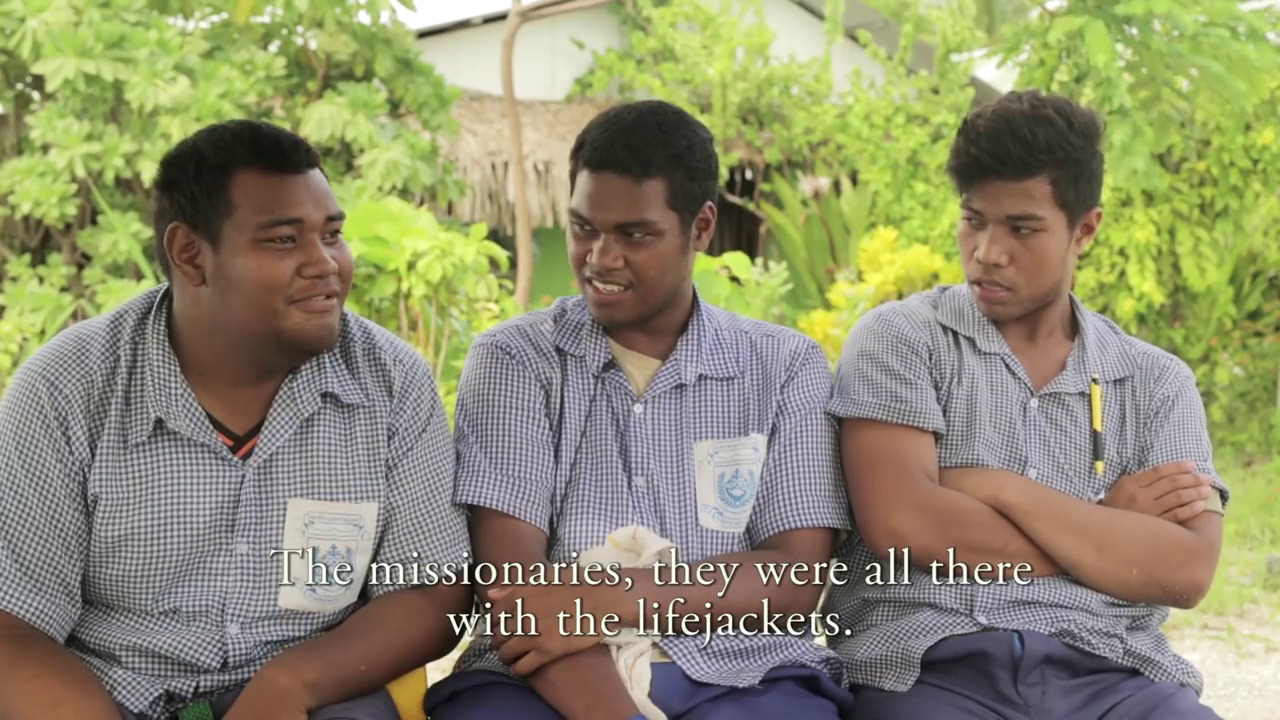 |  |  |
| Kiribati: Words from the Last Generation. Aurora Brachman & Bradley King . 2017. Kiribati. July 1st, 2017. Kiribati Samoan Poi (Mashed Bananas with Coconut Cream). | |||
 | 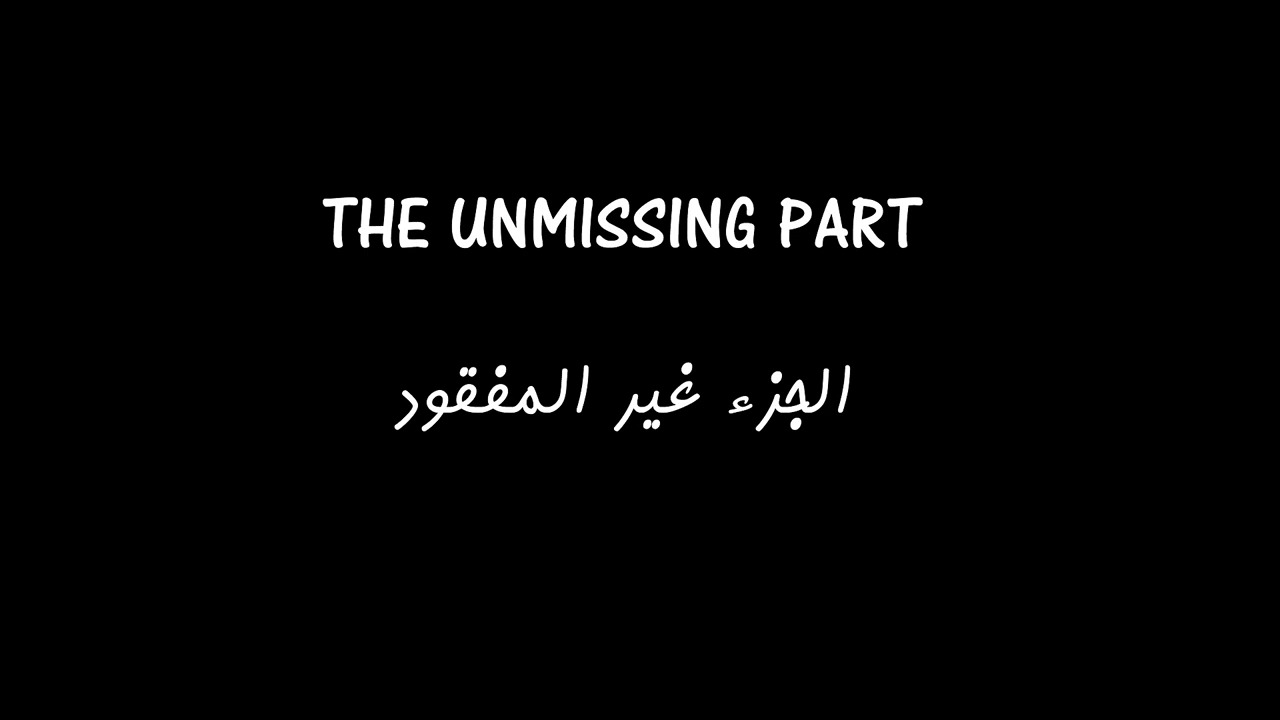 |  | 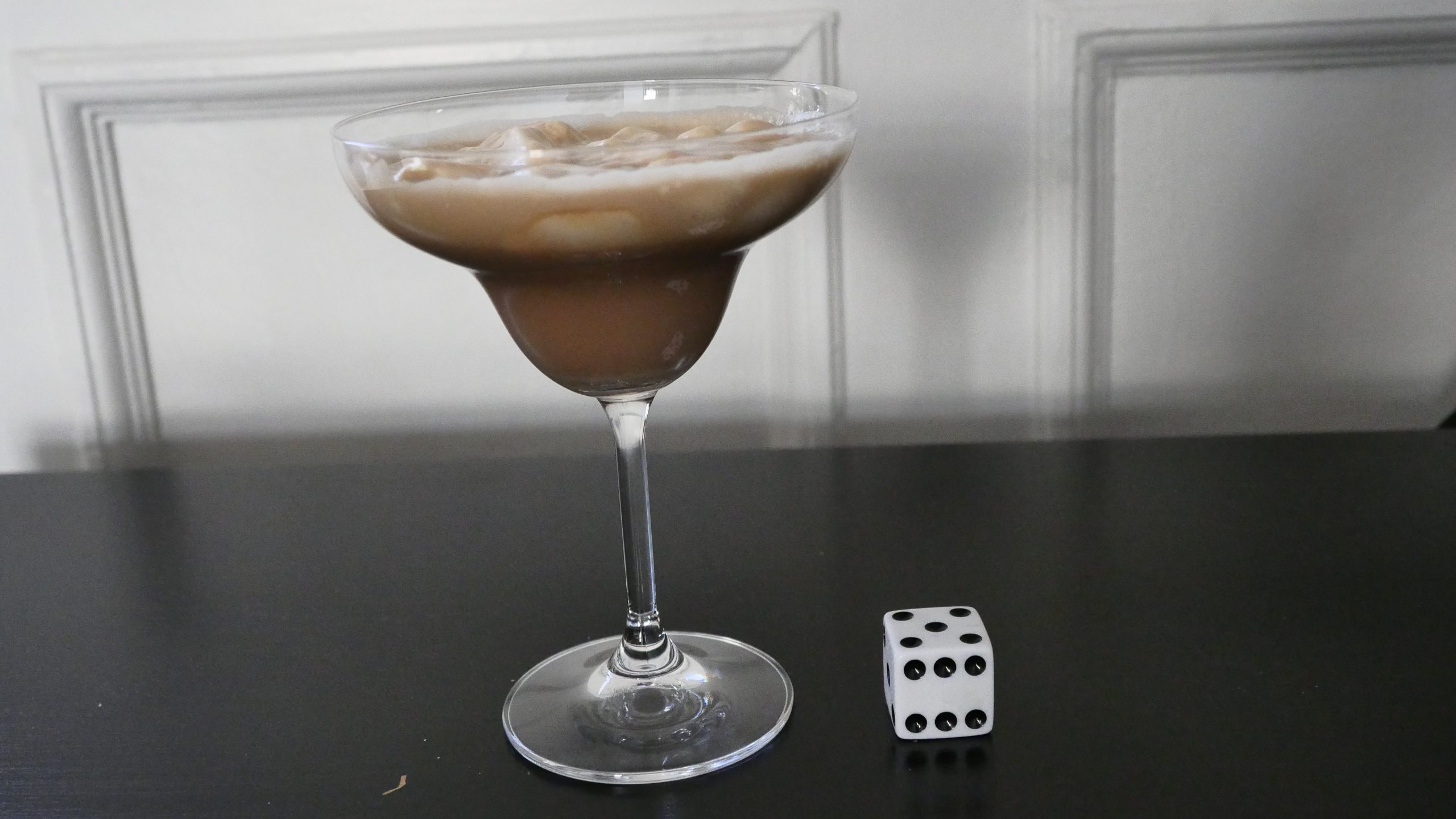 |
| The Unmissing Part. Ahmad Abdullah Alkhudari . 2016. Kuwait. July 3rd, 2017. Caramel – Swirl Hot Chocolate. | |||
 |  | 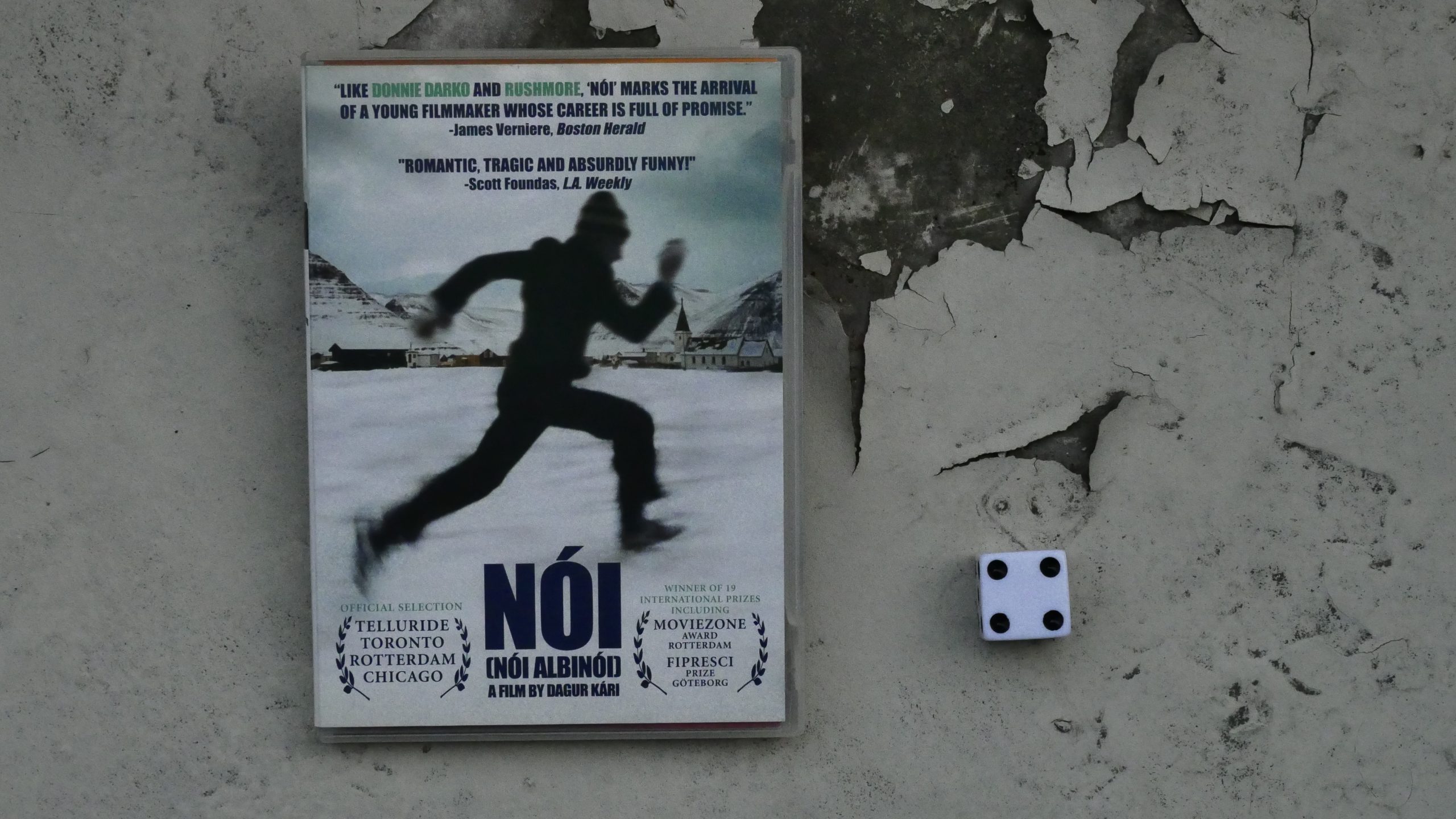 |  |
| Noi the Albino. Dagur Kári. 2003. Iceland. July 15th, 2017. Iceberg Paralyzer. | |||
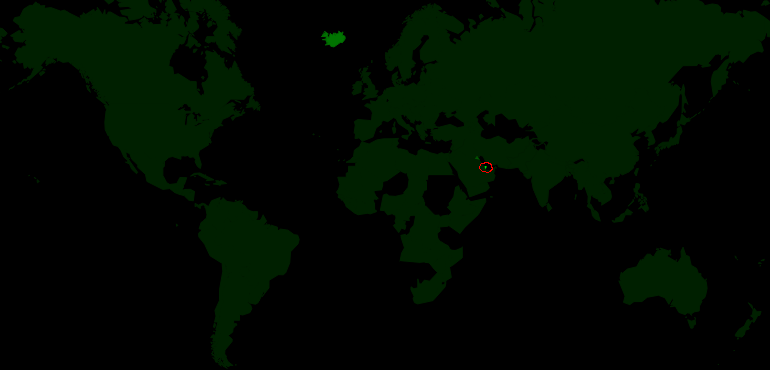 | 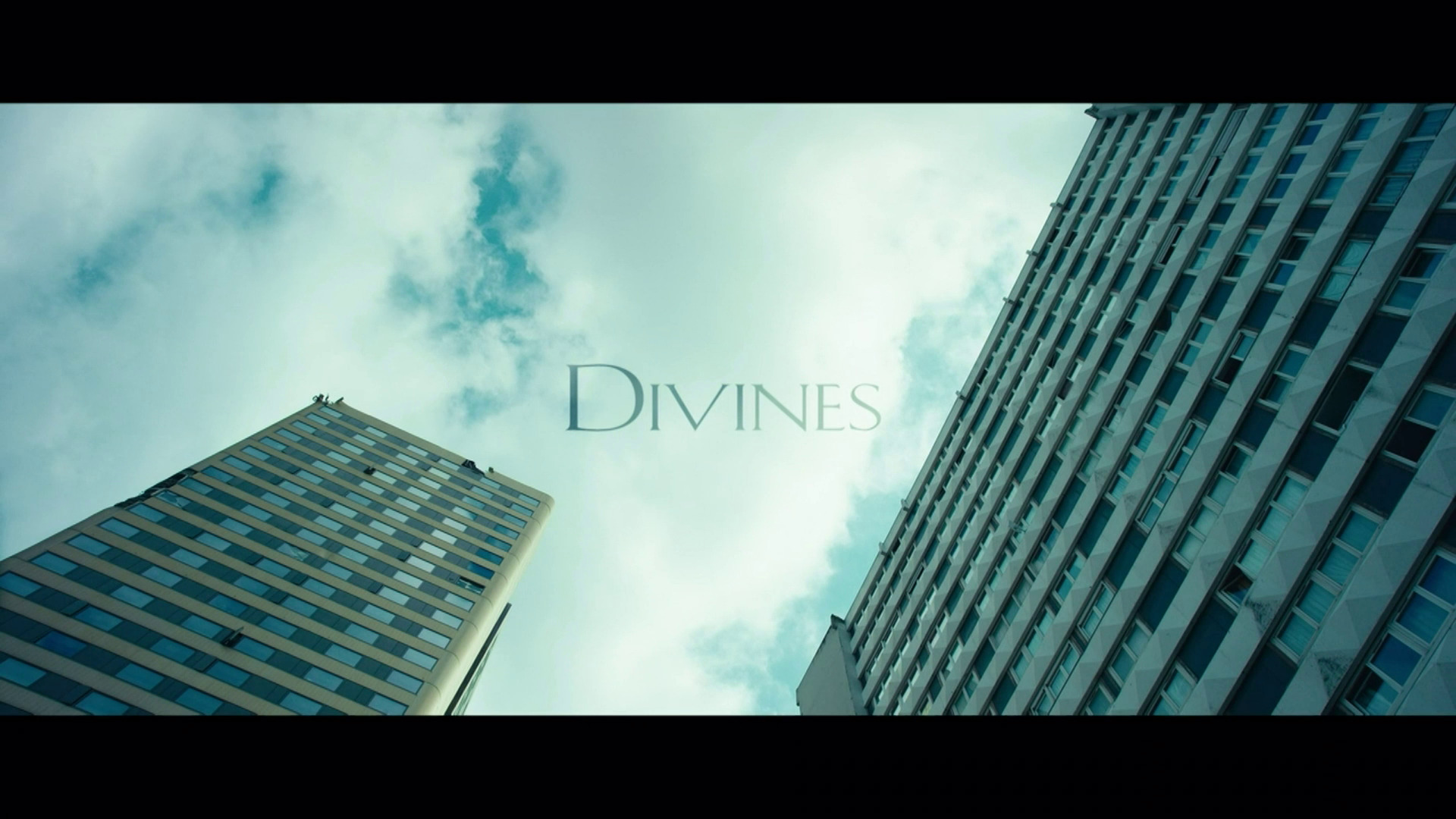 | 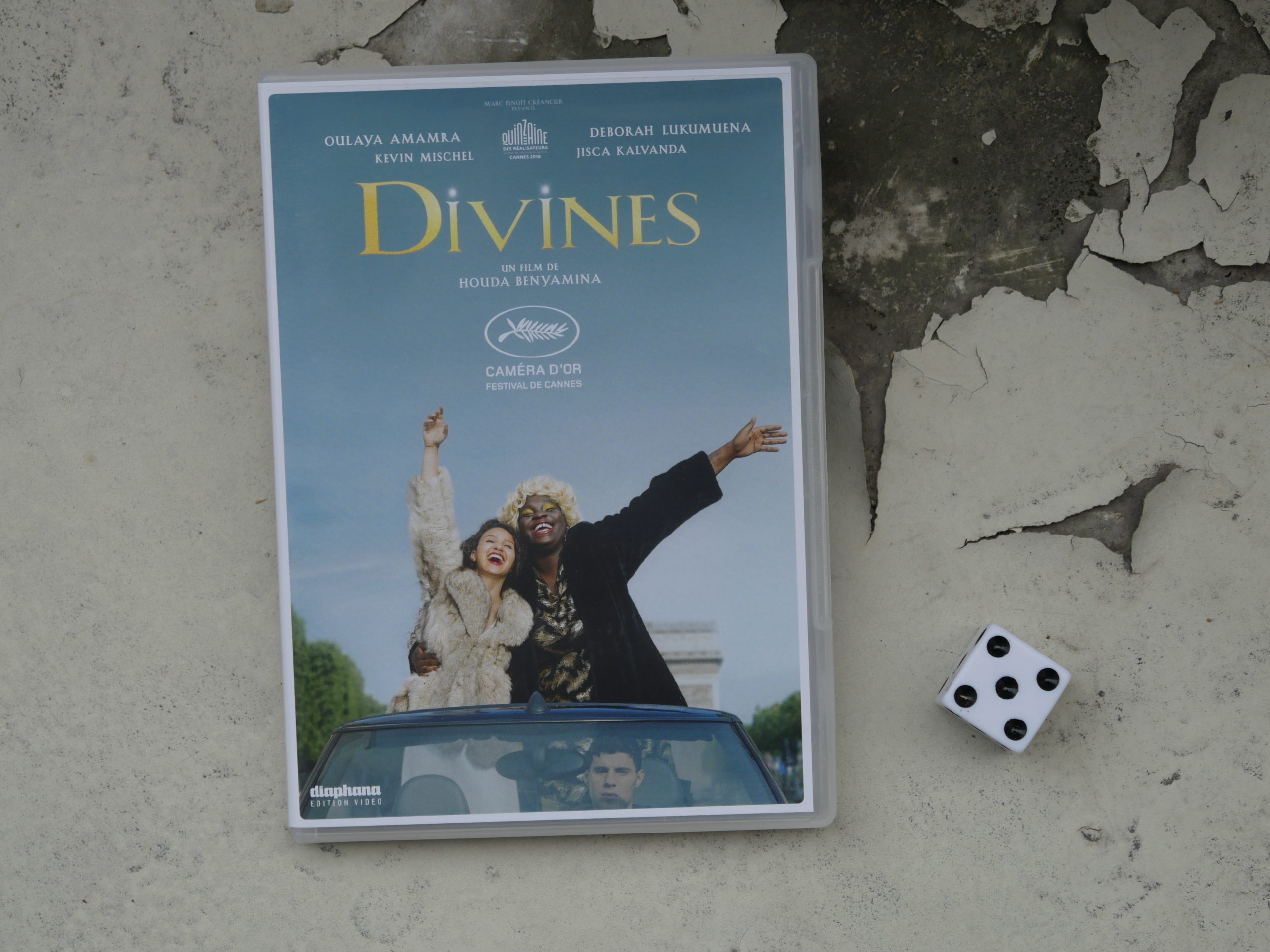 | 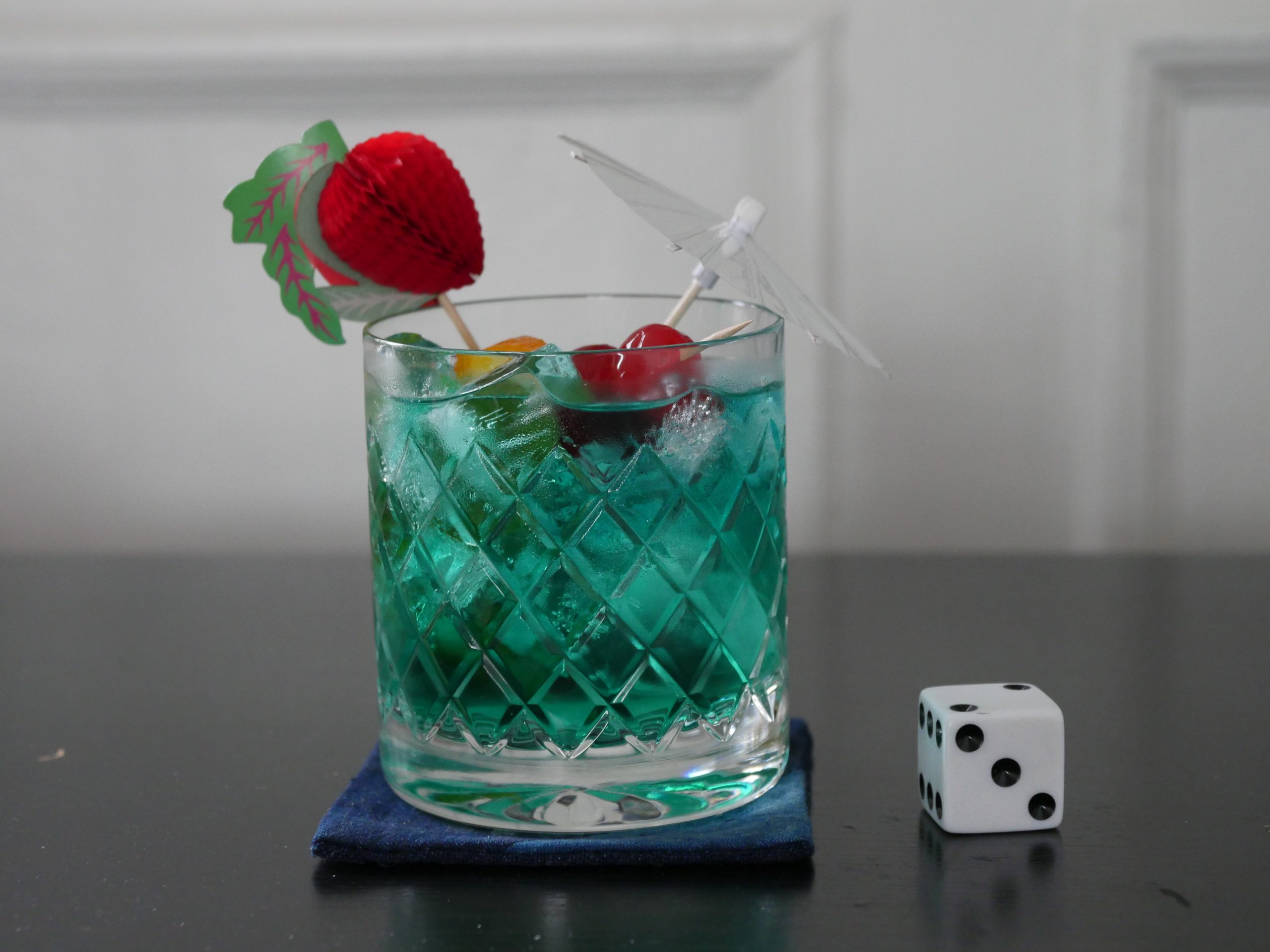 |
| Divines. Houda Benyamina. 2016. Qatar. July 21st, 2017. Official Bullfrog Cocktail. | |||
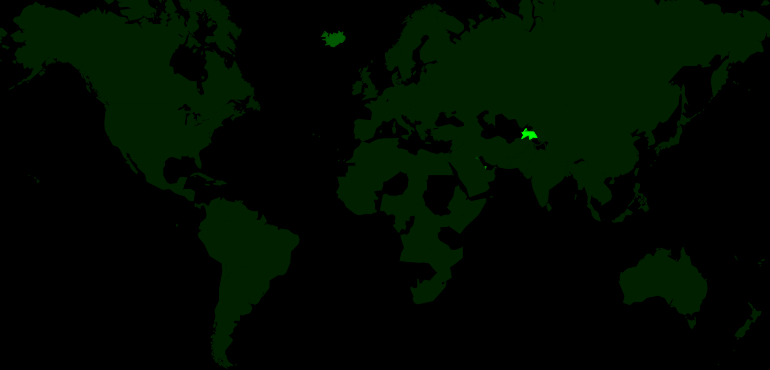 |  | 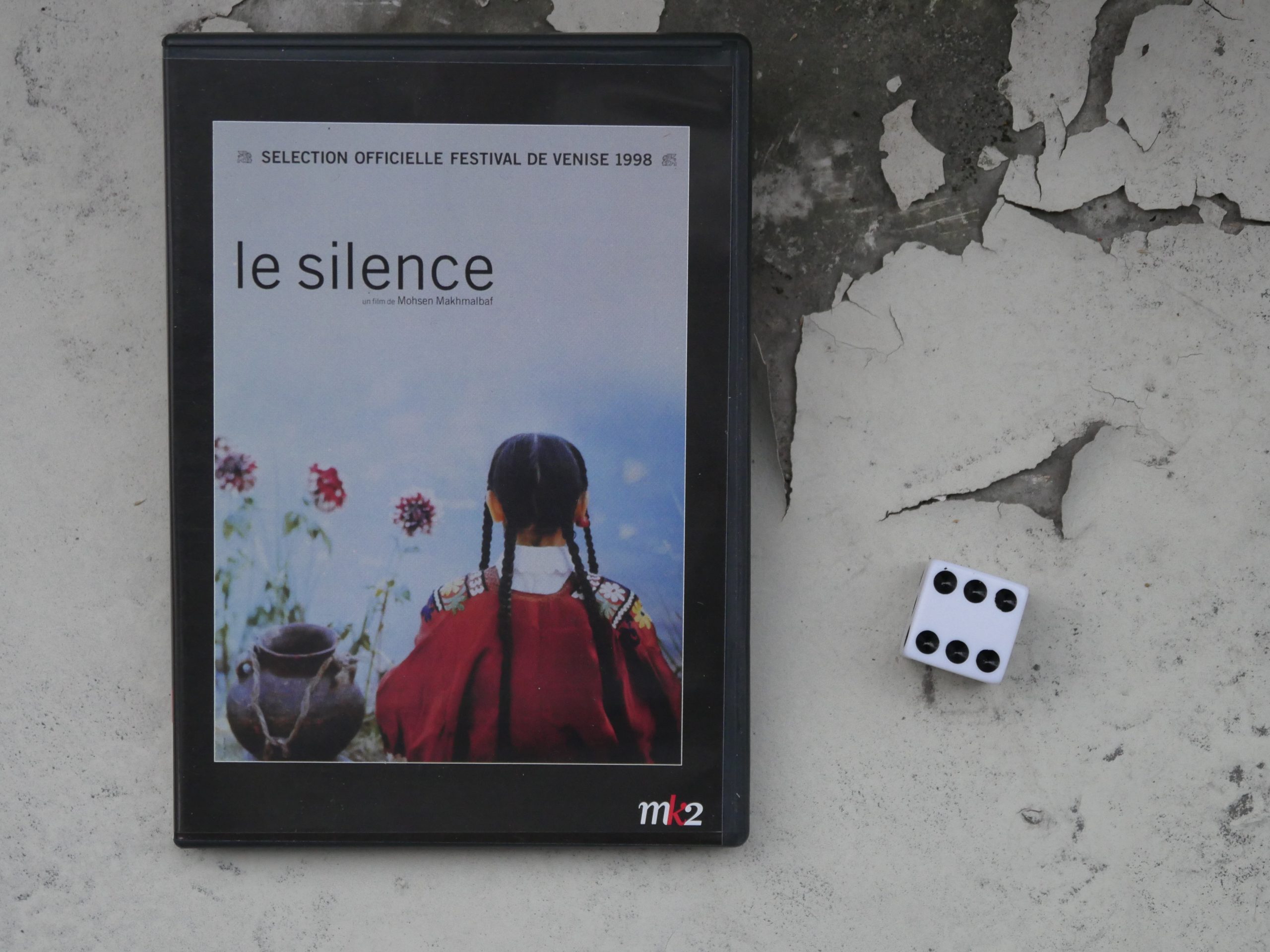 |  |
| The Silence. Mohsen Makhmalbaf. 1998. Tajikistan. July 21st, 2017. Boulder Tangerine Bourbon Sour. | |||
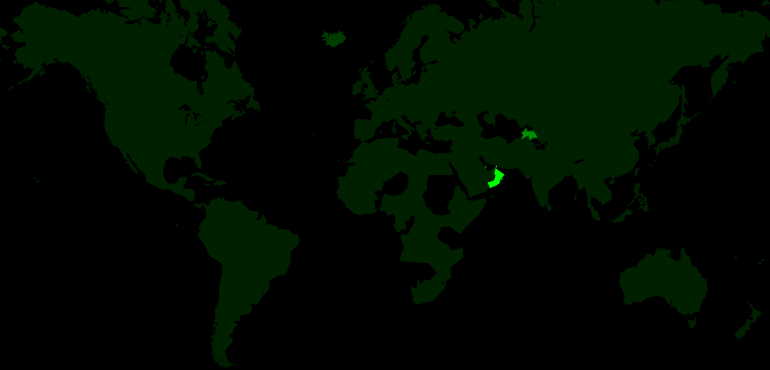 |  |  |  |
| Operation Oman. Tristan Ofield. 2014. Oman. July 22nd, 2017. Mint Lemonade. | |||
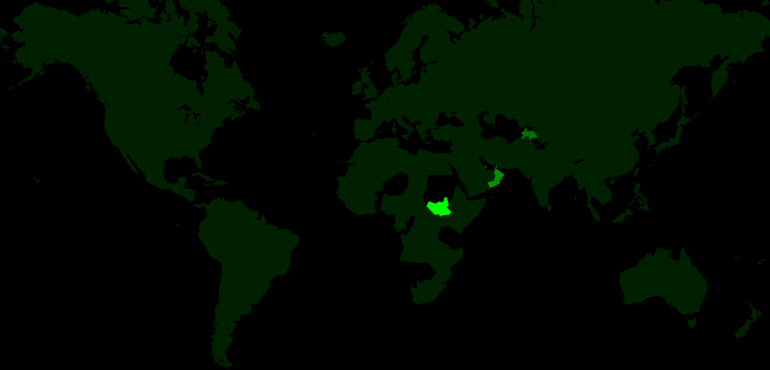 |  | 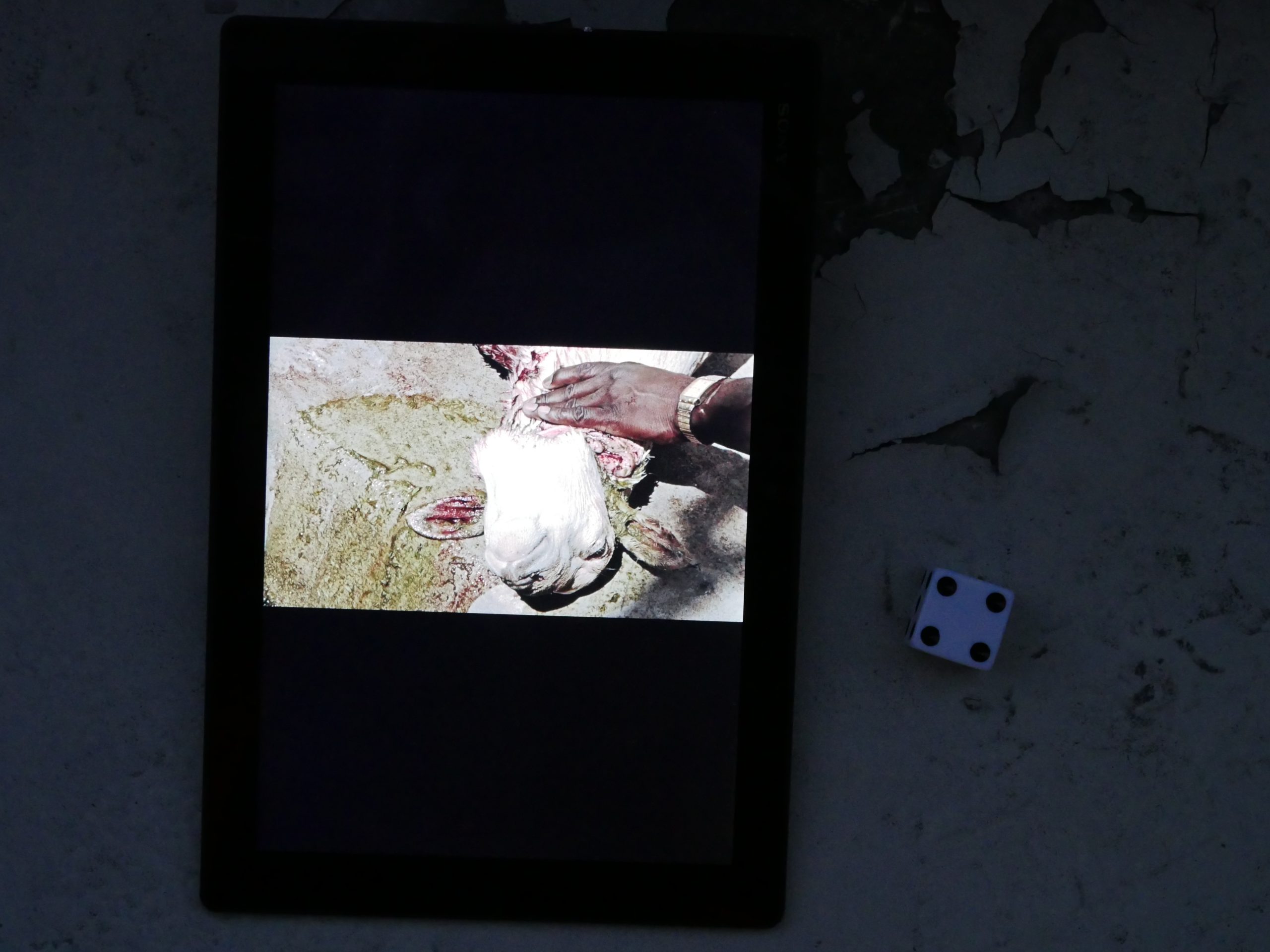 | 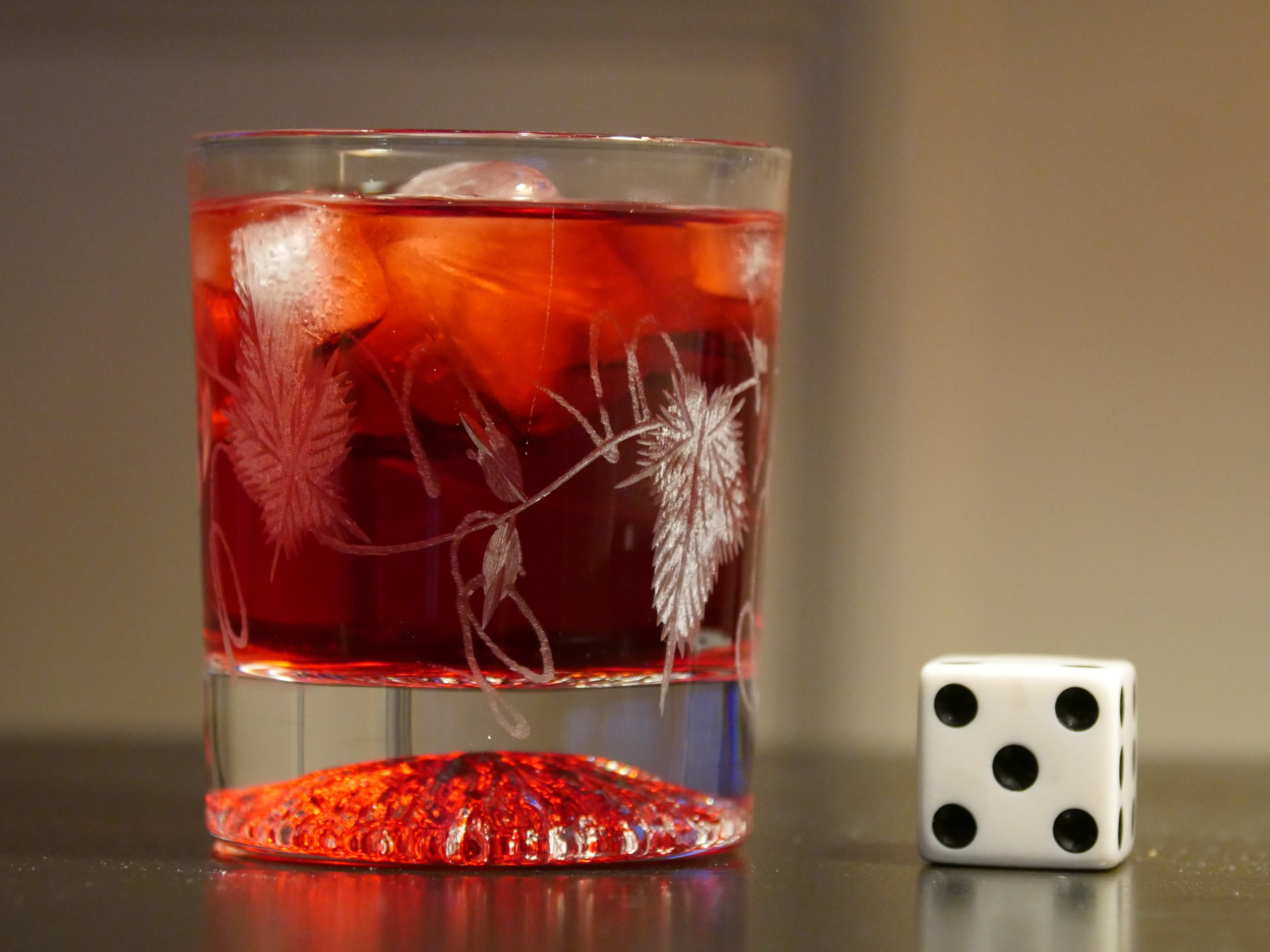 |
| Ten Minutes is Two Hours. Patrick Kennelly. 2013. South Sudan. July 22nd, 2017. Kerkede. | |||
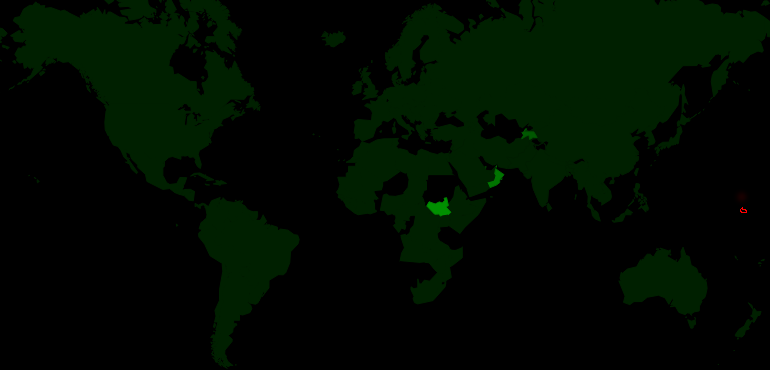 |  |  |  |
| Nauru 1973. Unknown. 1973. Nauru. July 23rd, 2017. Nauru Iced Coffee. | |||
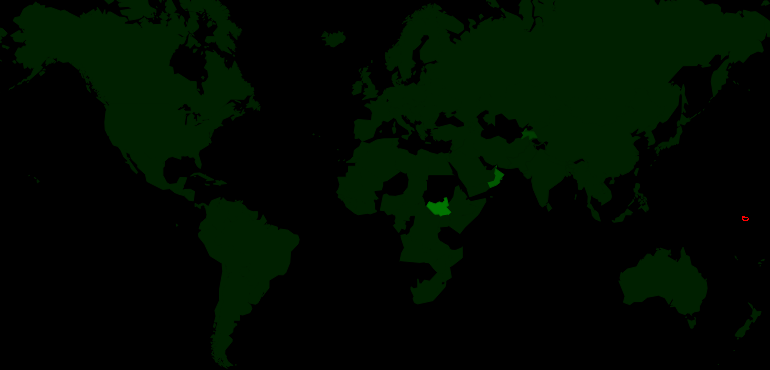 |  |  |  |
| Who I Am. Andrew Lloren. 2015. Micronesia. July 24th, 2017. Flaming Coconut. | |||
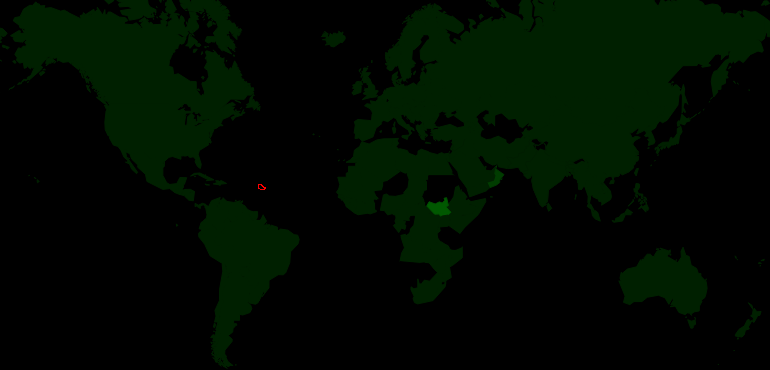 |  |  | 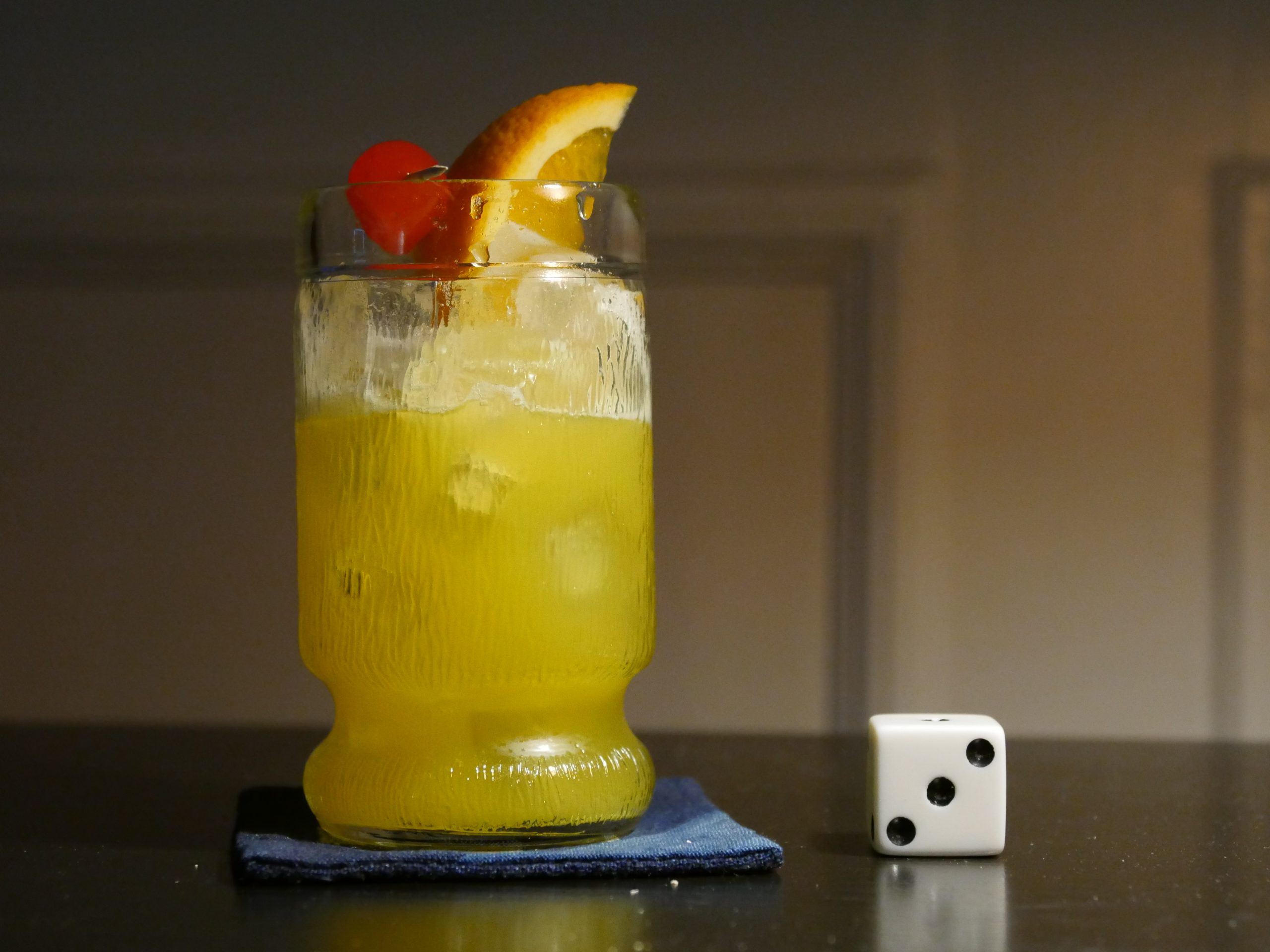 |
| The Church. Marco Romano. 2016. Antigua and Barbuda. July 25th, 2017. Antiguan Smile Cocktail. | |||
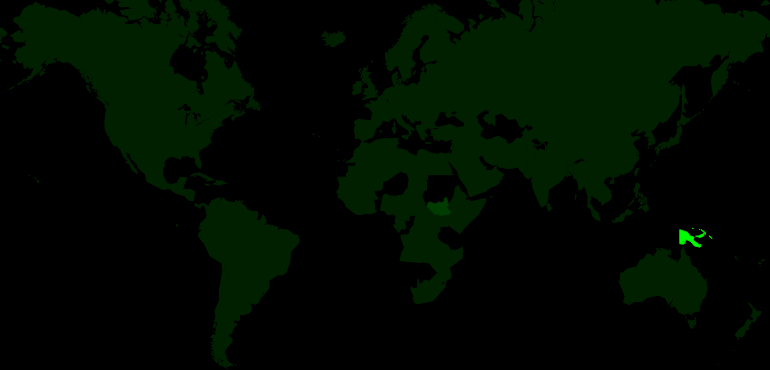 | 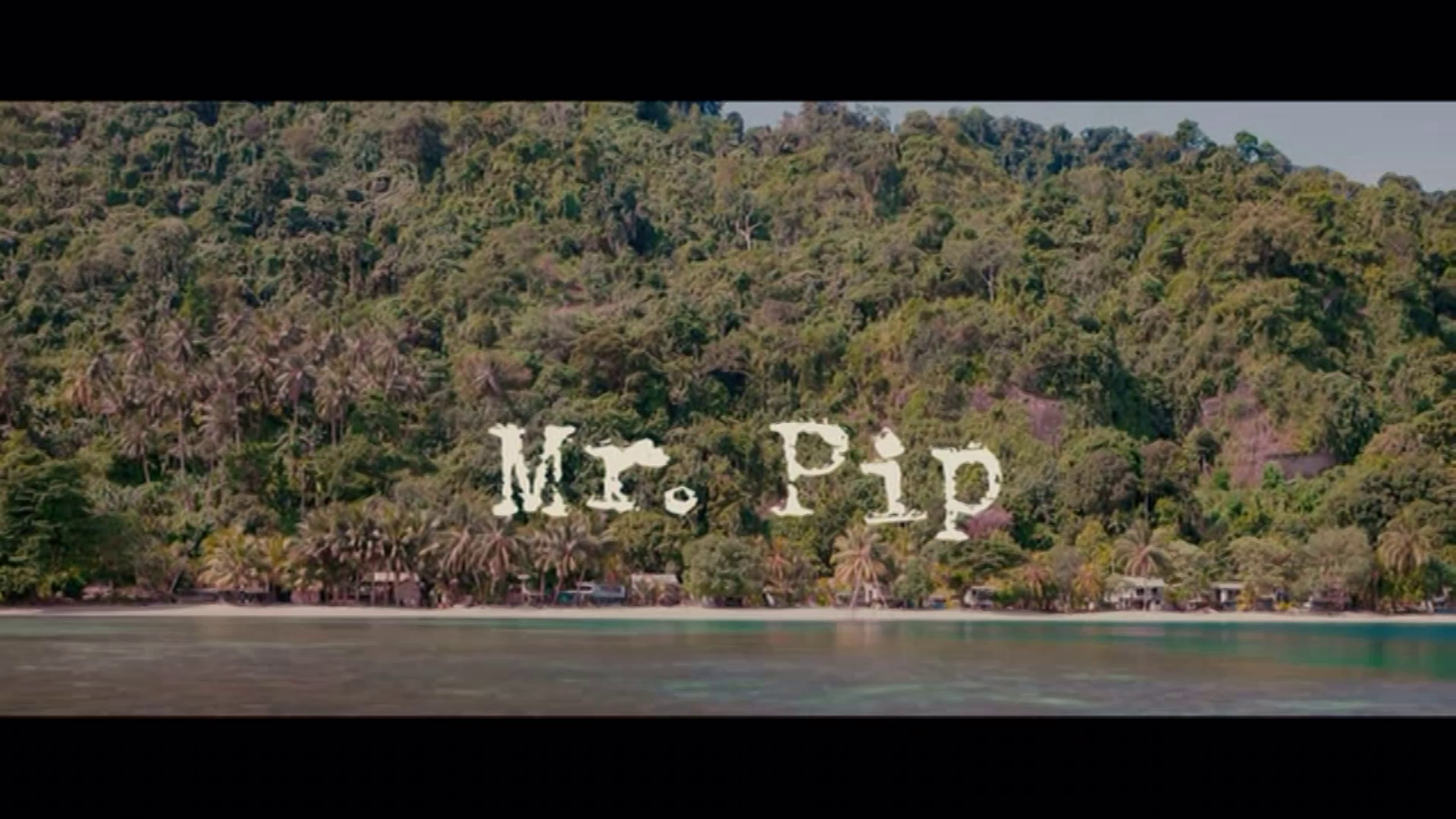 |  | 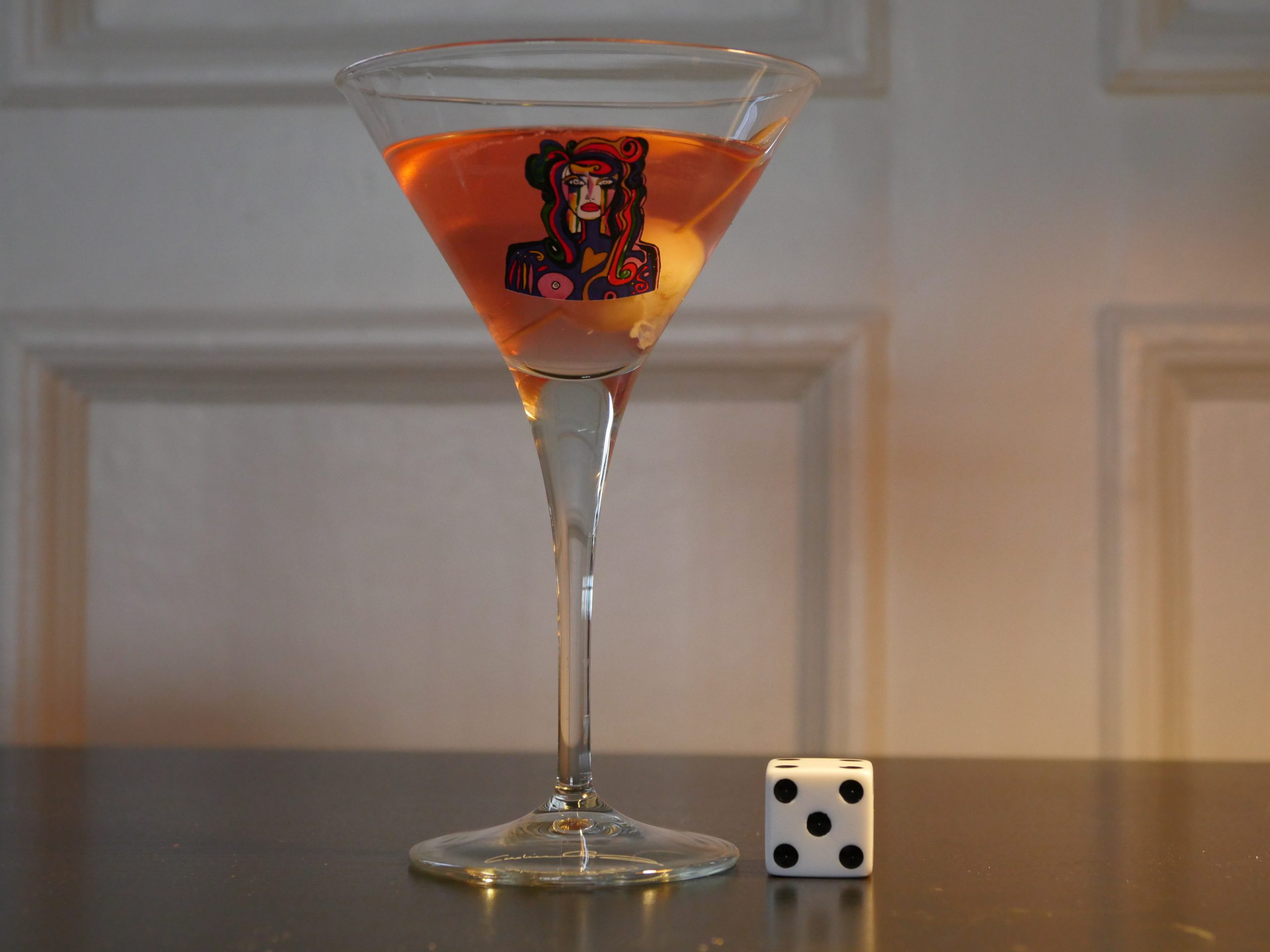 |
| Mr. Pip. Andrew Adamson. 2012. Papua New Guinea. August 1st, 2017. Lychee martini. | |||
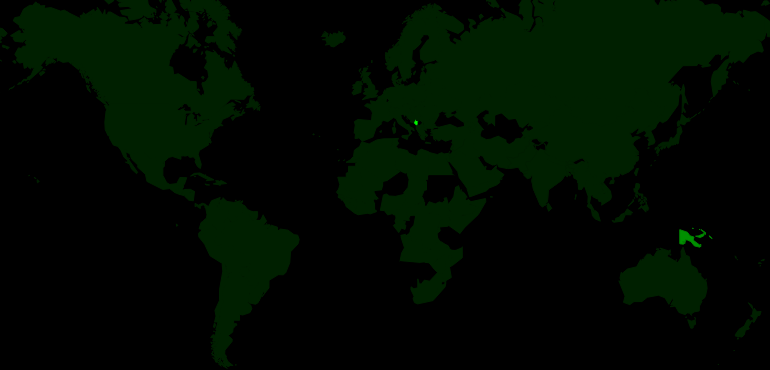 | 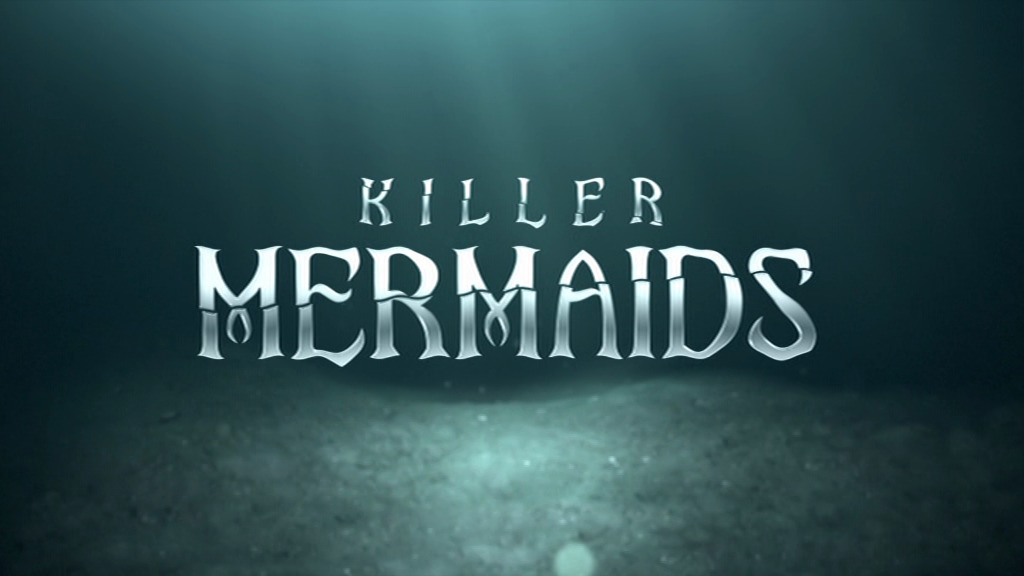 | 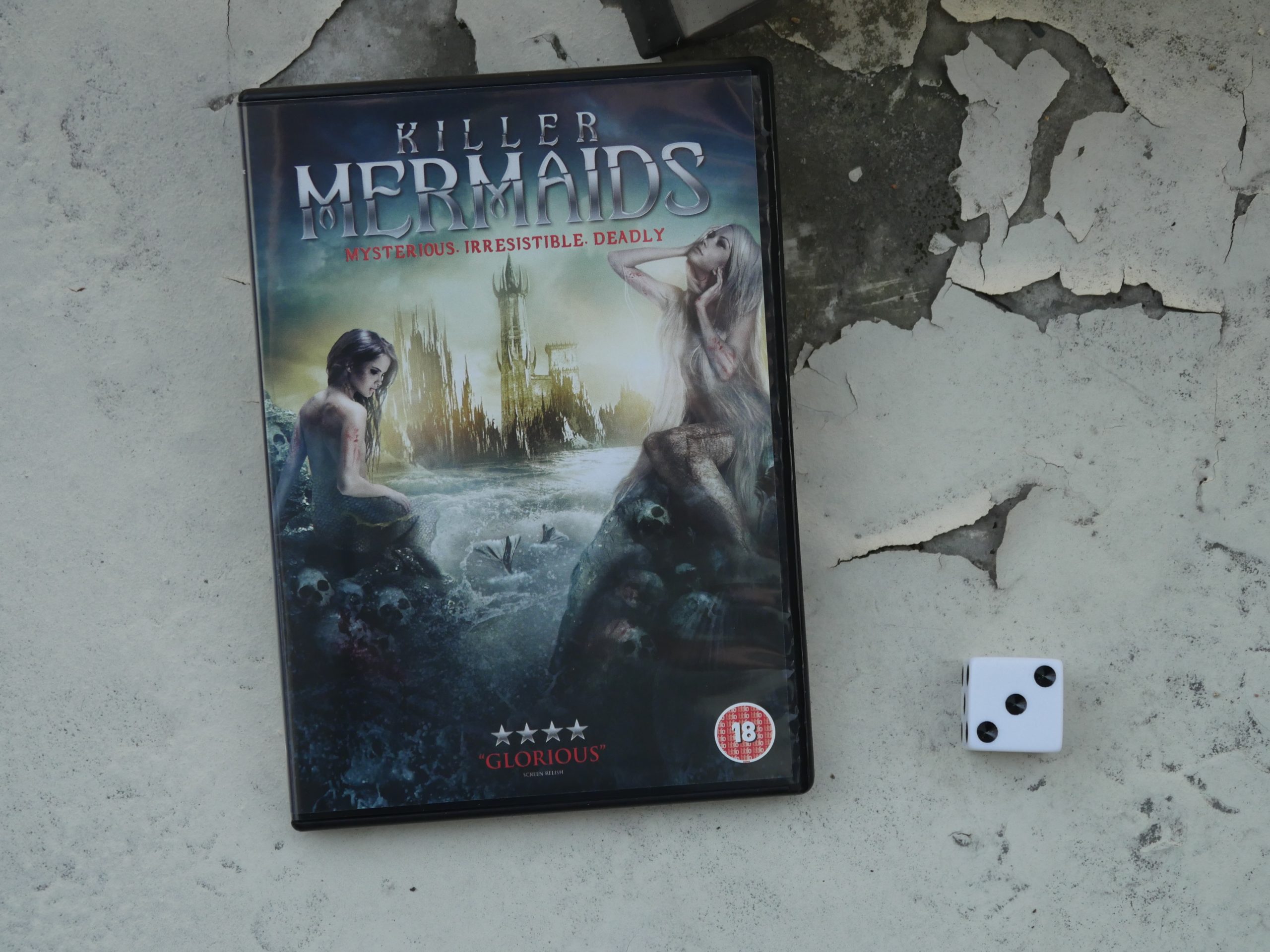 | 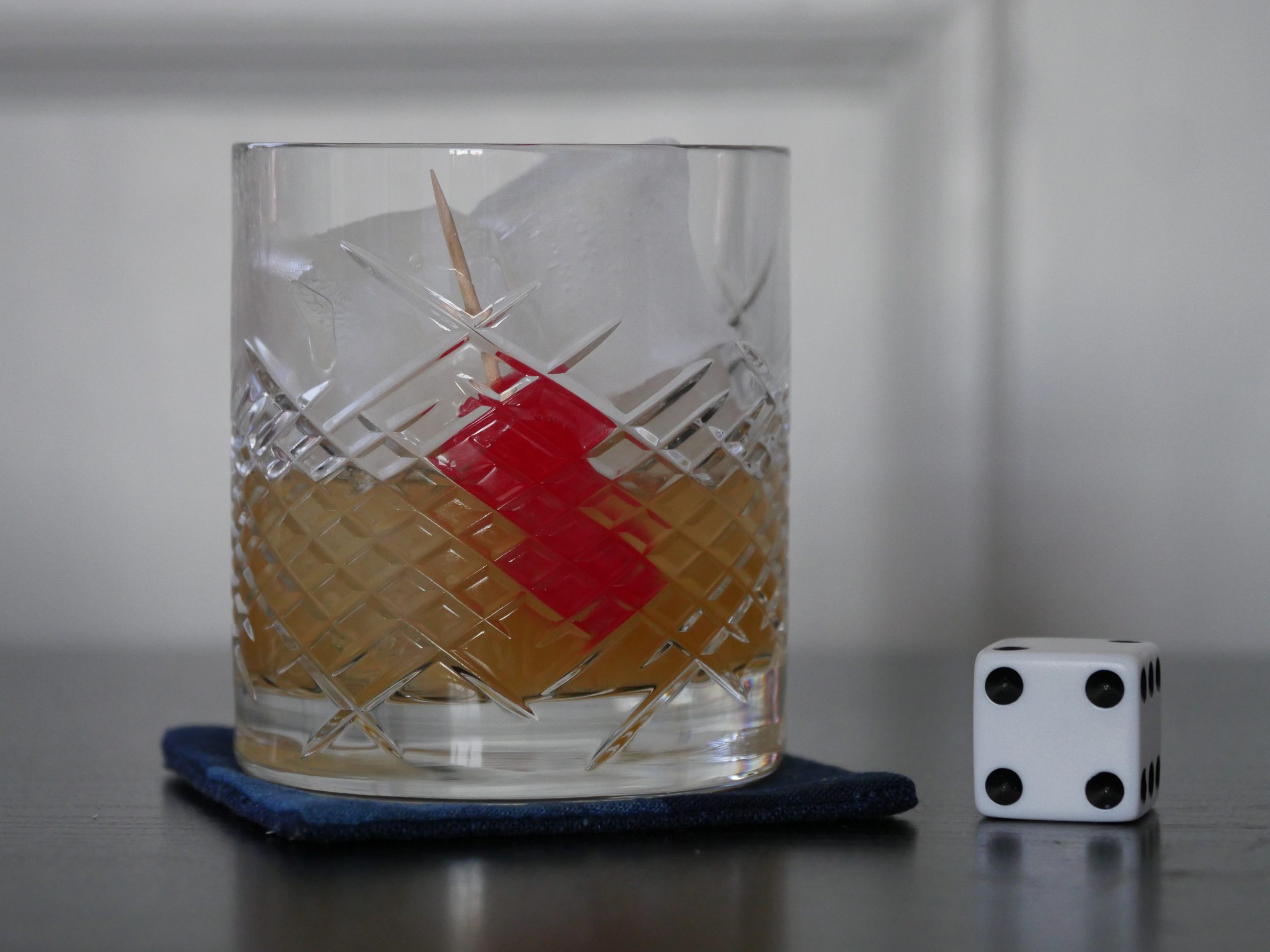 |
| Killer Mermaids. Milan Todorovic. 2014. Montenegro. August 2nd, 2017. Montenegro Non Troppo. | |||
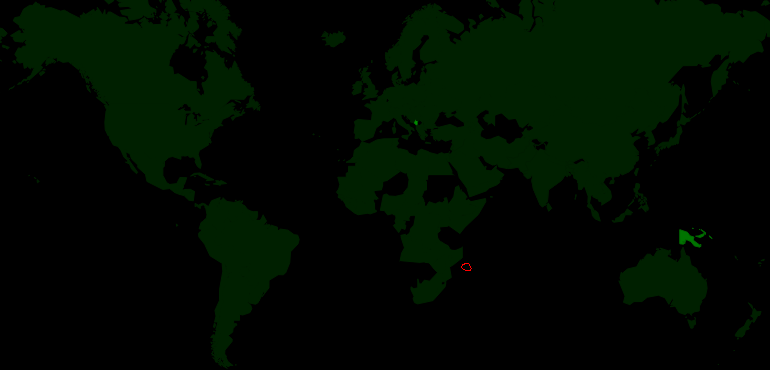 | 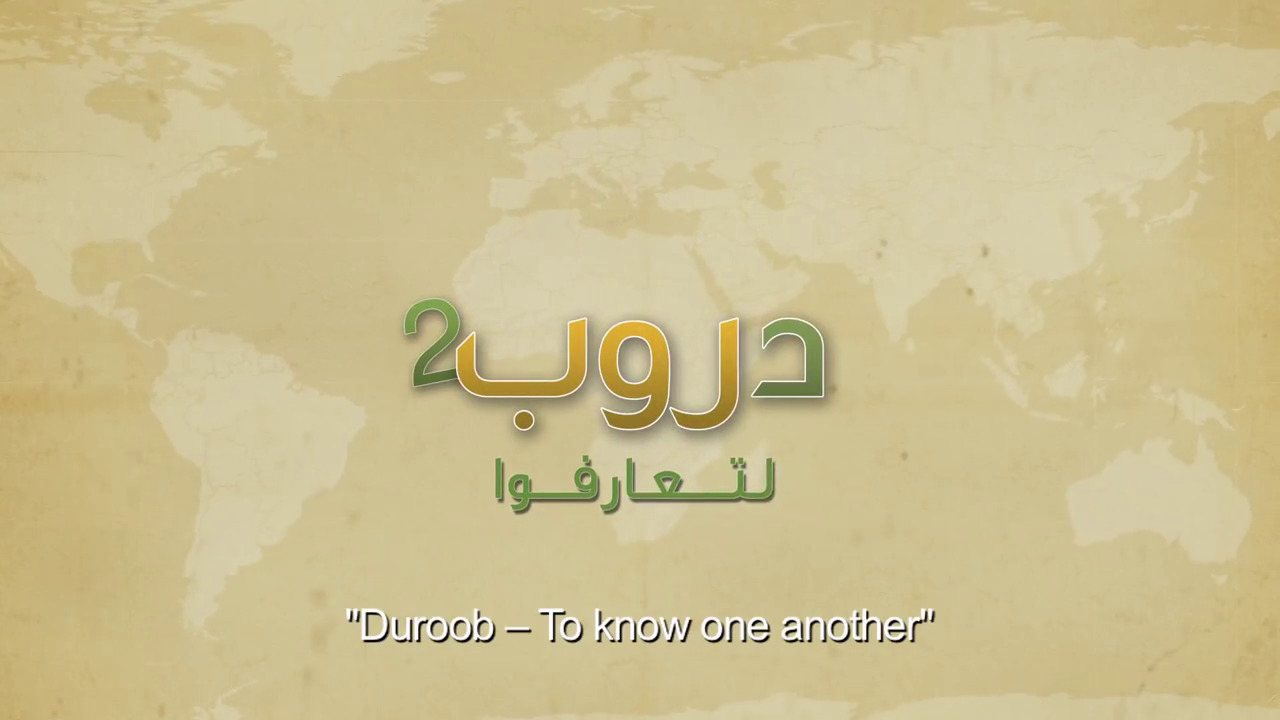 |  | 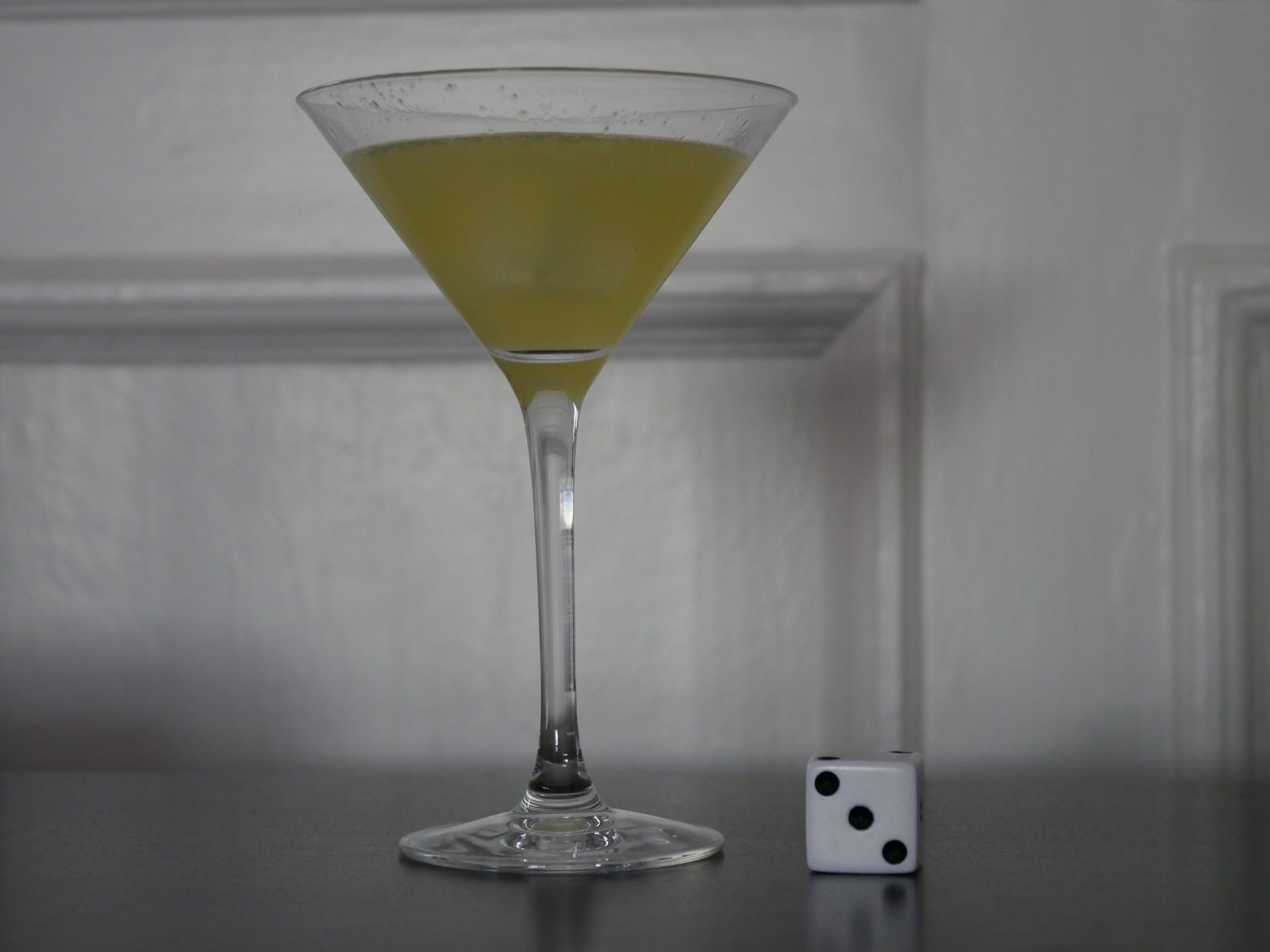 |
| Duroob Season 2 Episode 1: Comoros. Unknown. 2016. Comoros. August 4th, 2017. Vanilla Margarita. | |||
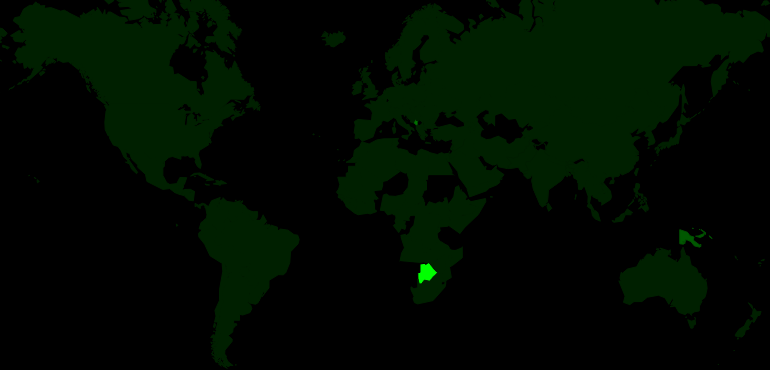 | 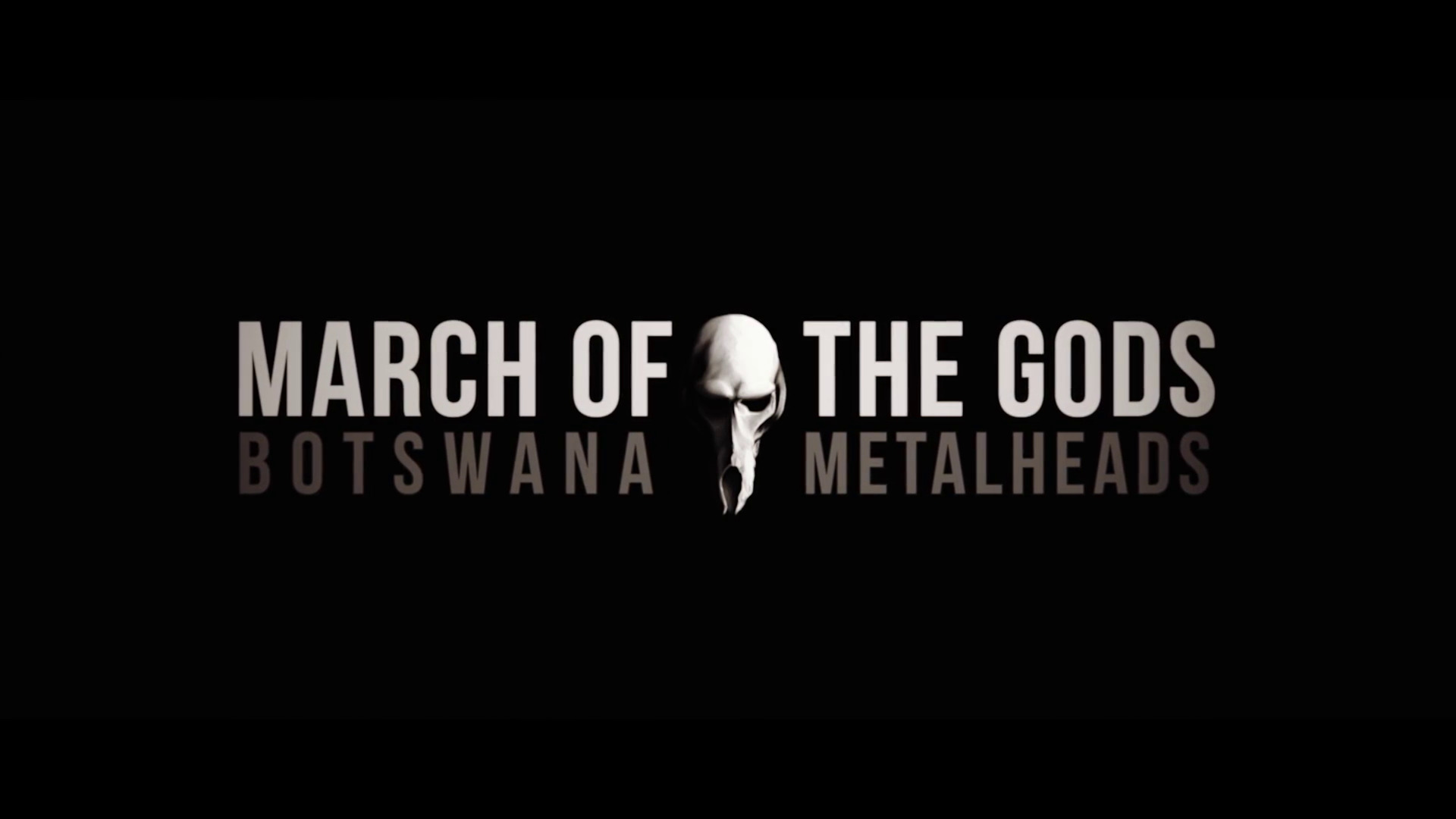 | 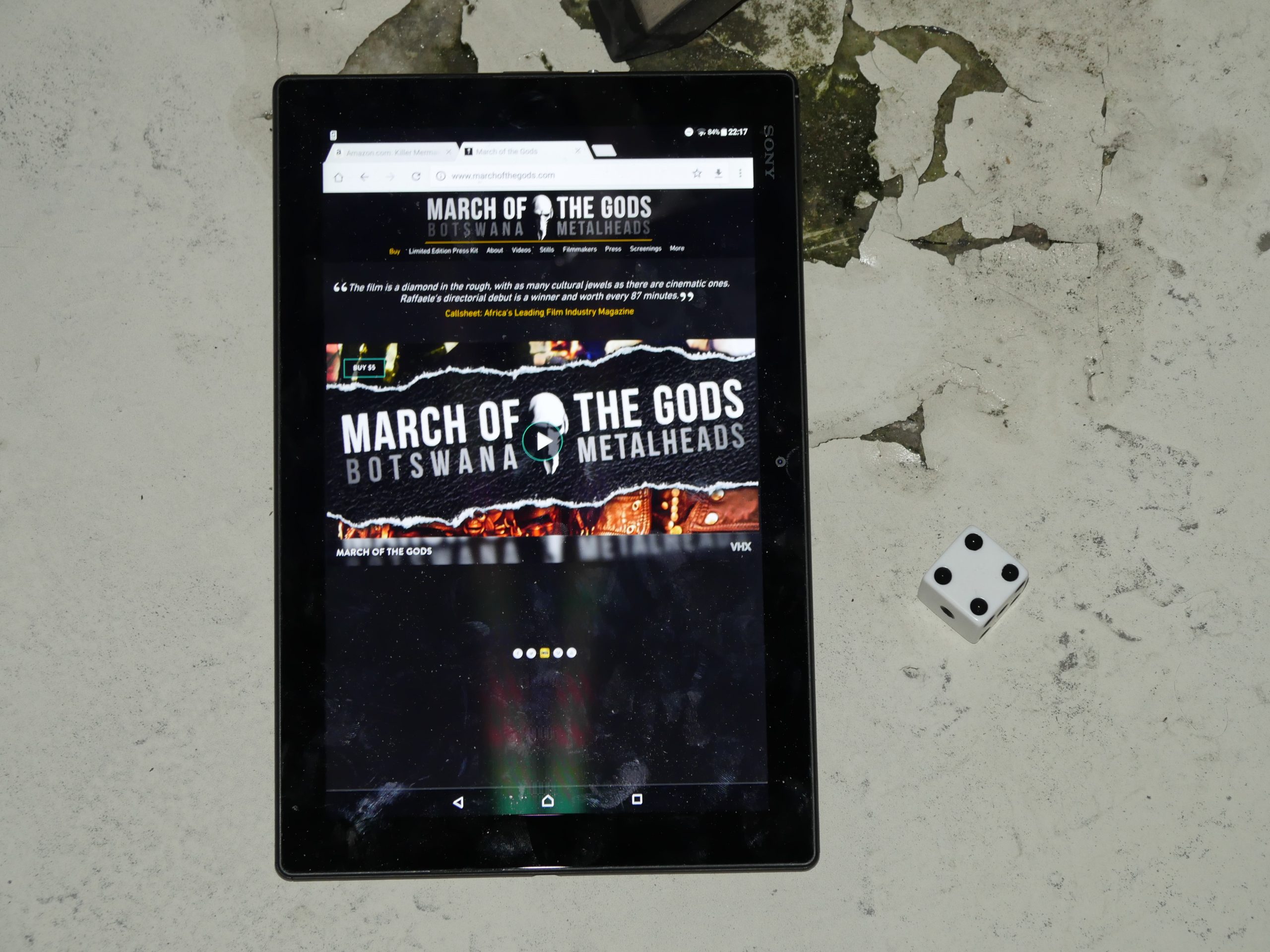 | 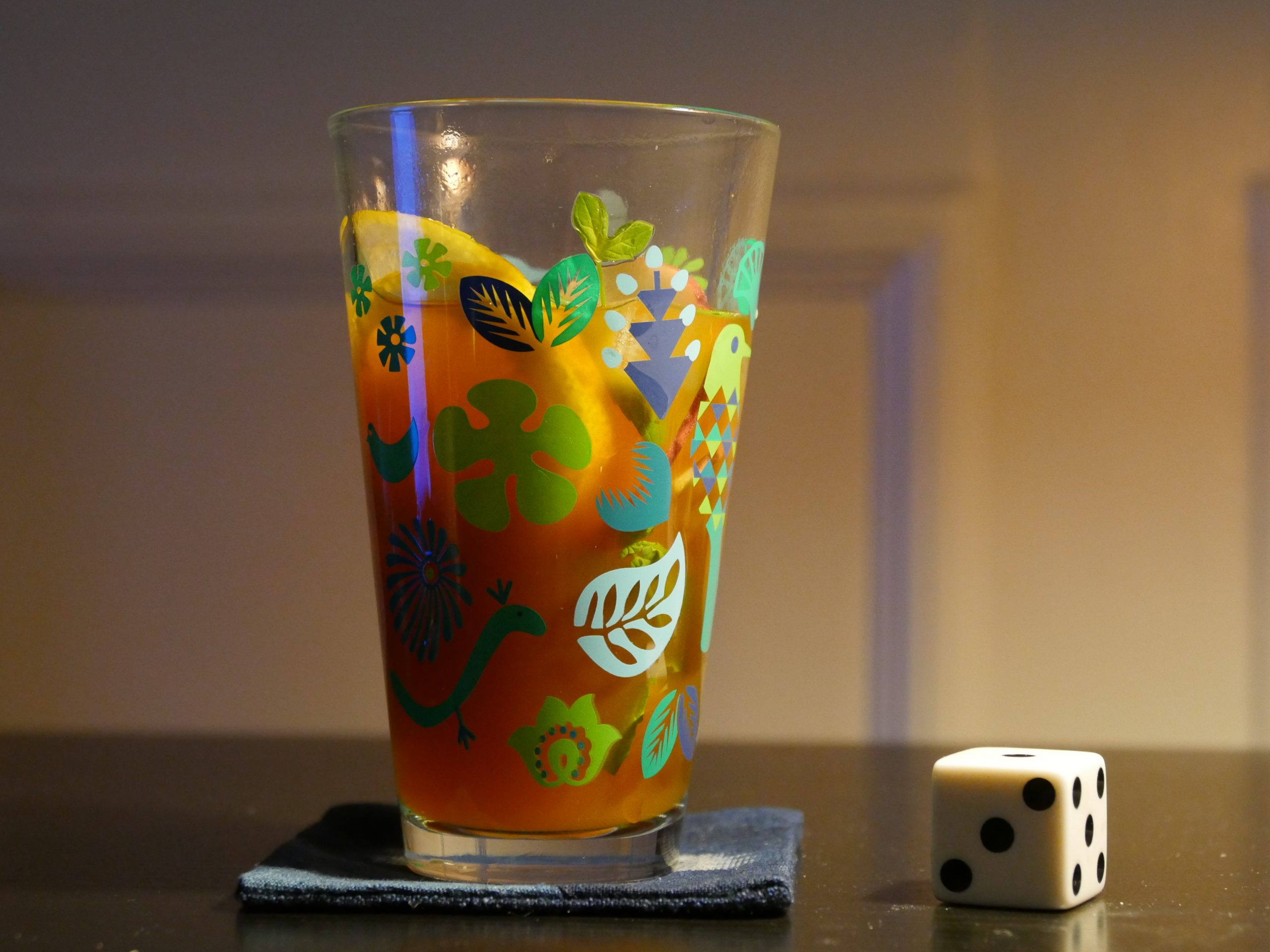 |
| March of the Gods: Botswana Metalheads. Raffaele Mosca. 2014. Botswana. August 4th, 2017. Rooibos Tea Punch. | |||
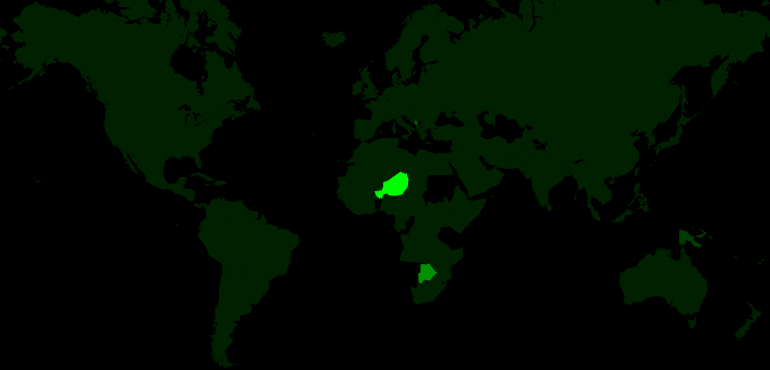 |  | 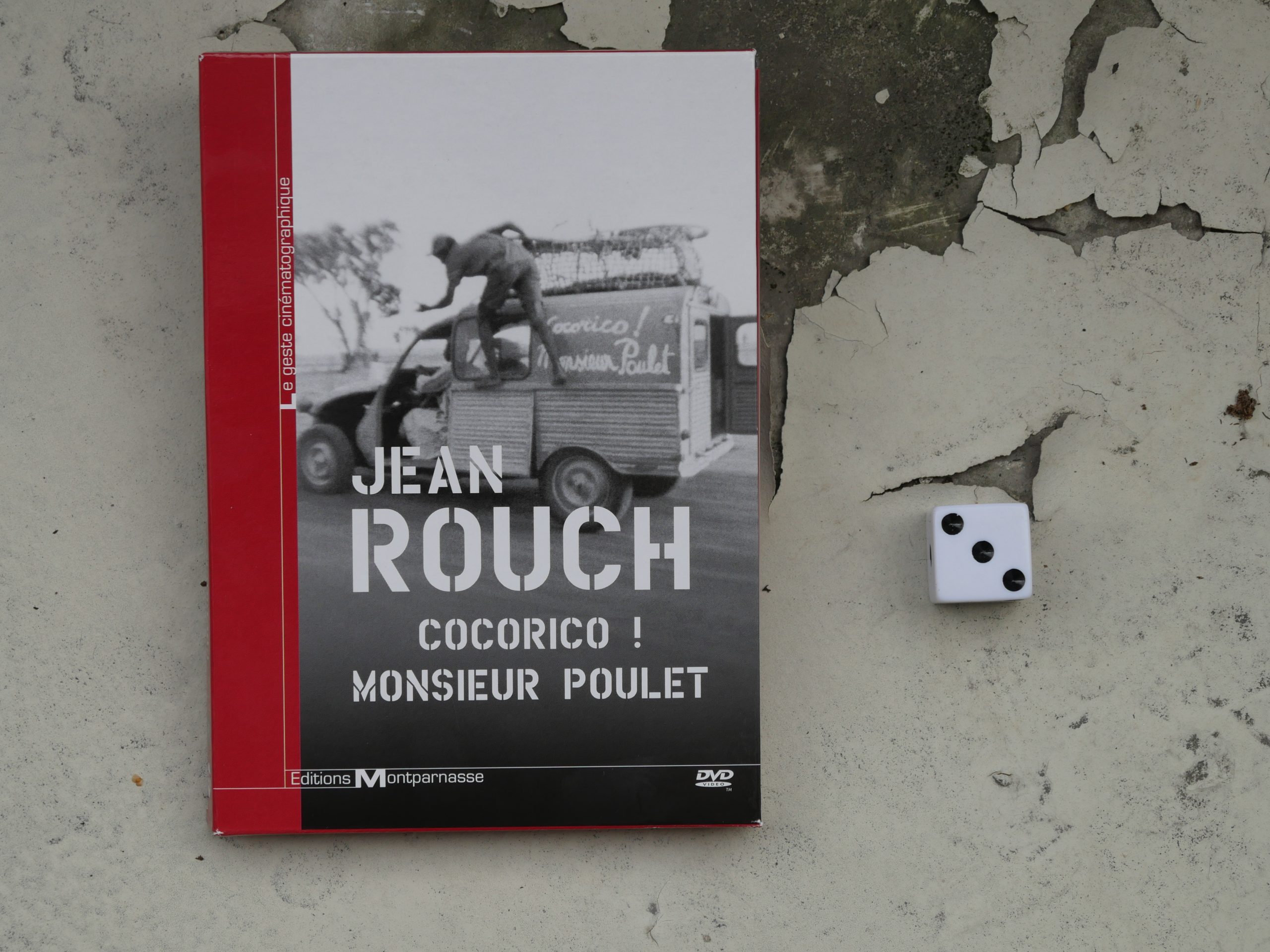 | 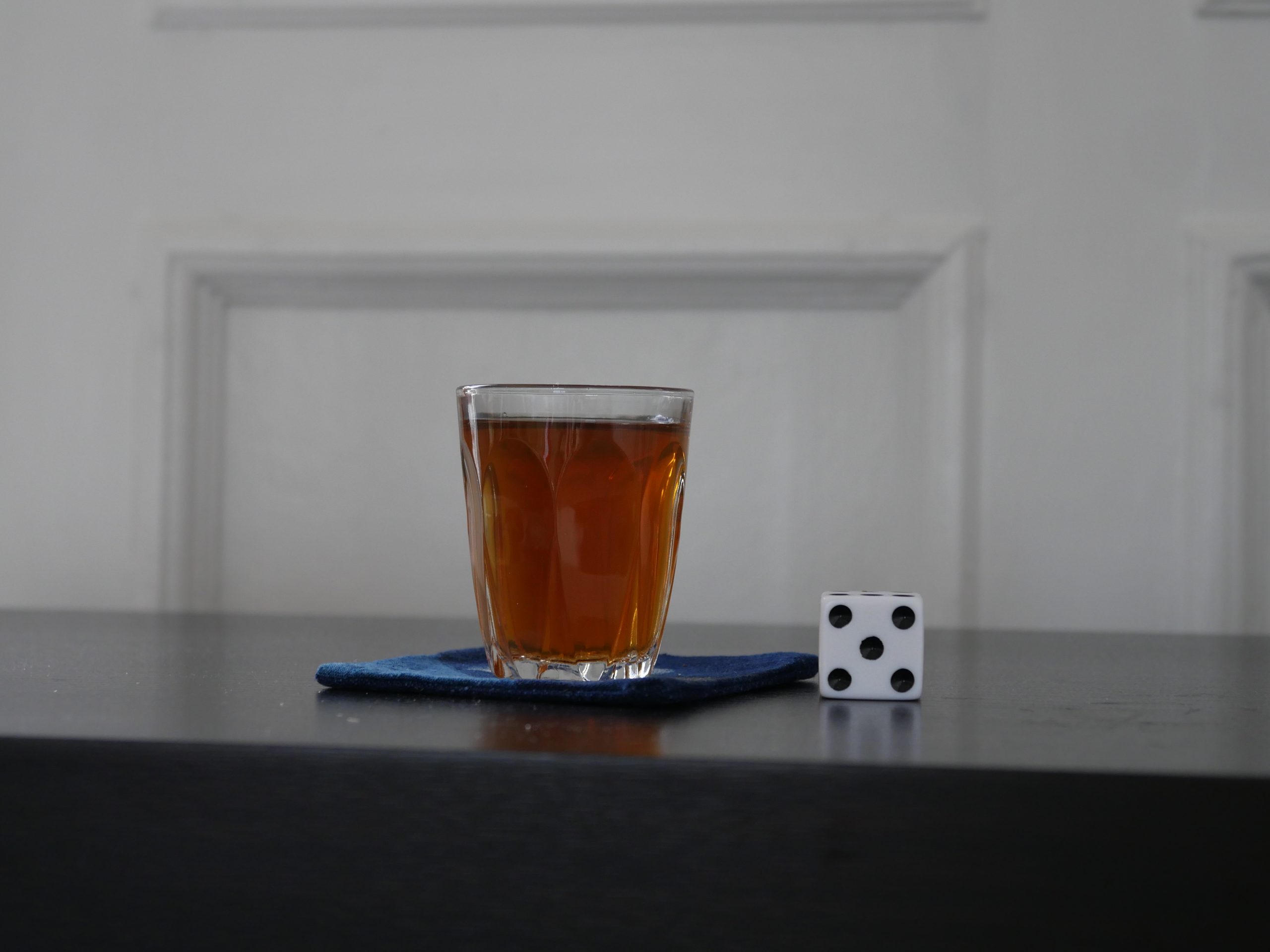 |
| Cocorico! Monsieur Poulet. Jean Rouch. 1974. Niger. August 5th, 2017. North African Sage n’ Green Tea. | |||
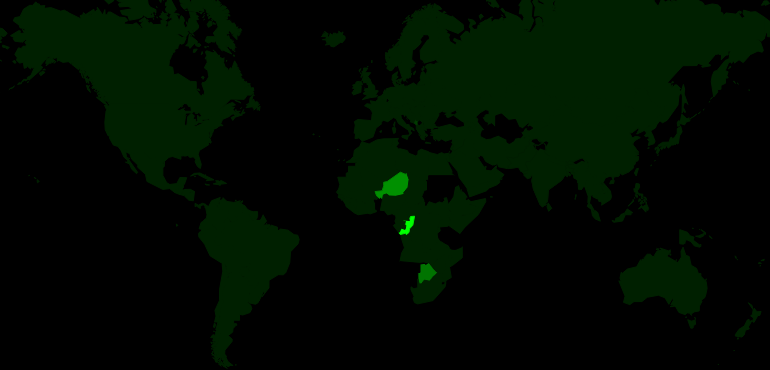 |  |  |  |
| The Man Who Mends Women. Thierry Michel. 2015. Congo. August 5th, 2017. Dawa. | |||
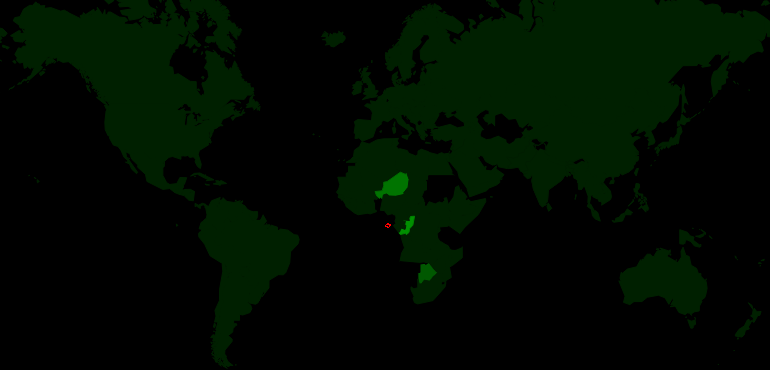 | 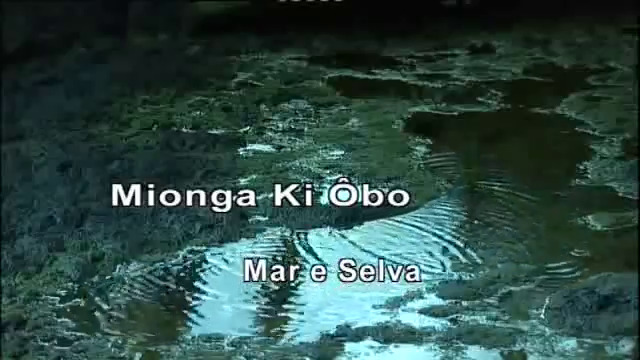 | 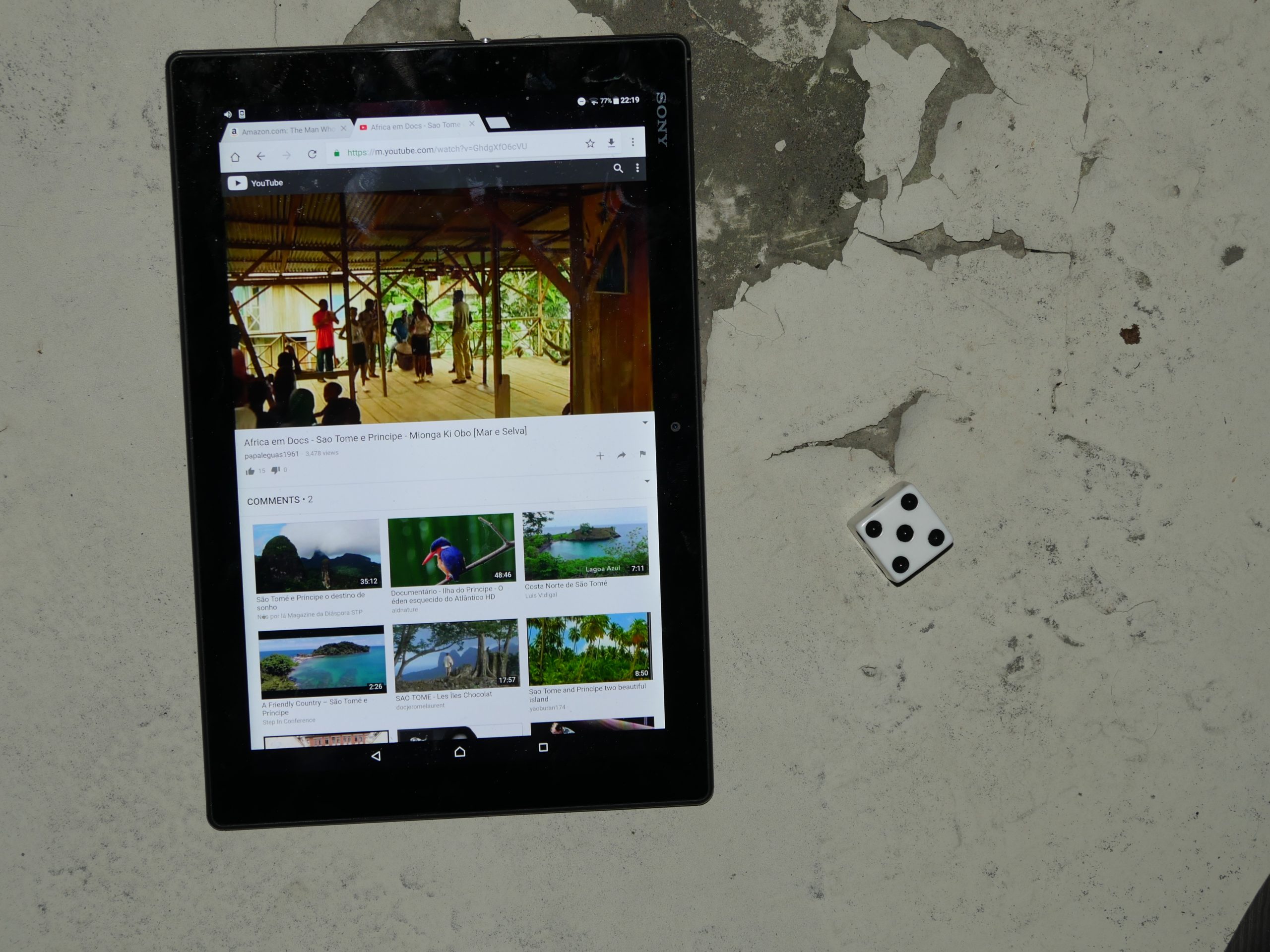 | 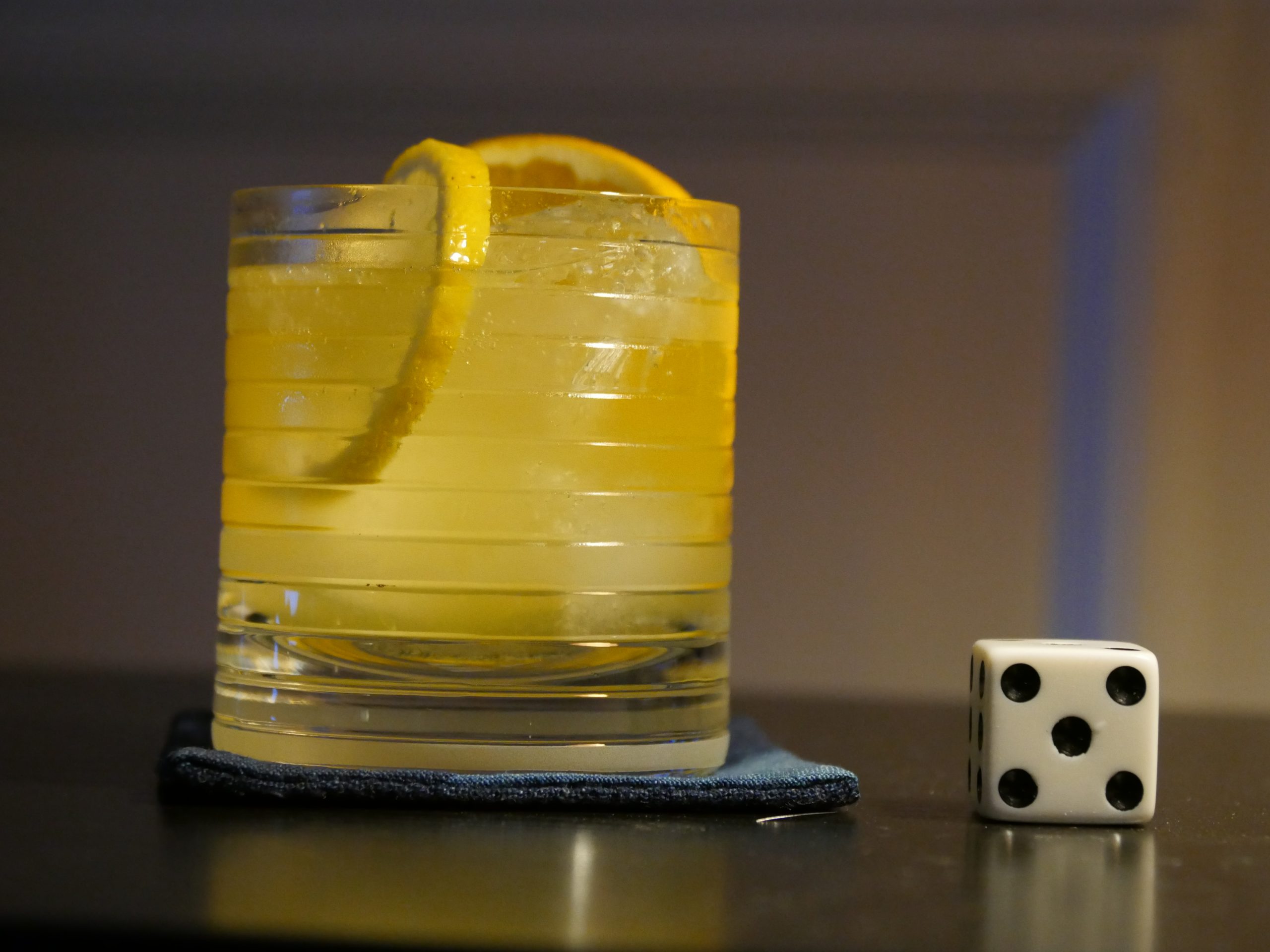 |
| Mionga ki Ôbo: Mar e Selva. Ângelo Torres. 2005. Sao Tome and Principe. August 5th, 2017. Cachaça Punch. | |||
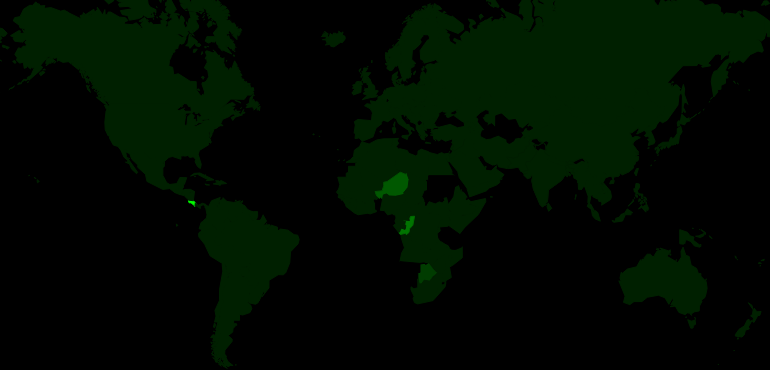 |  | 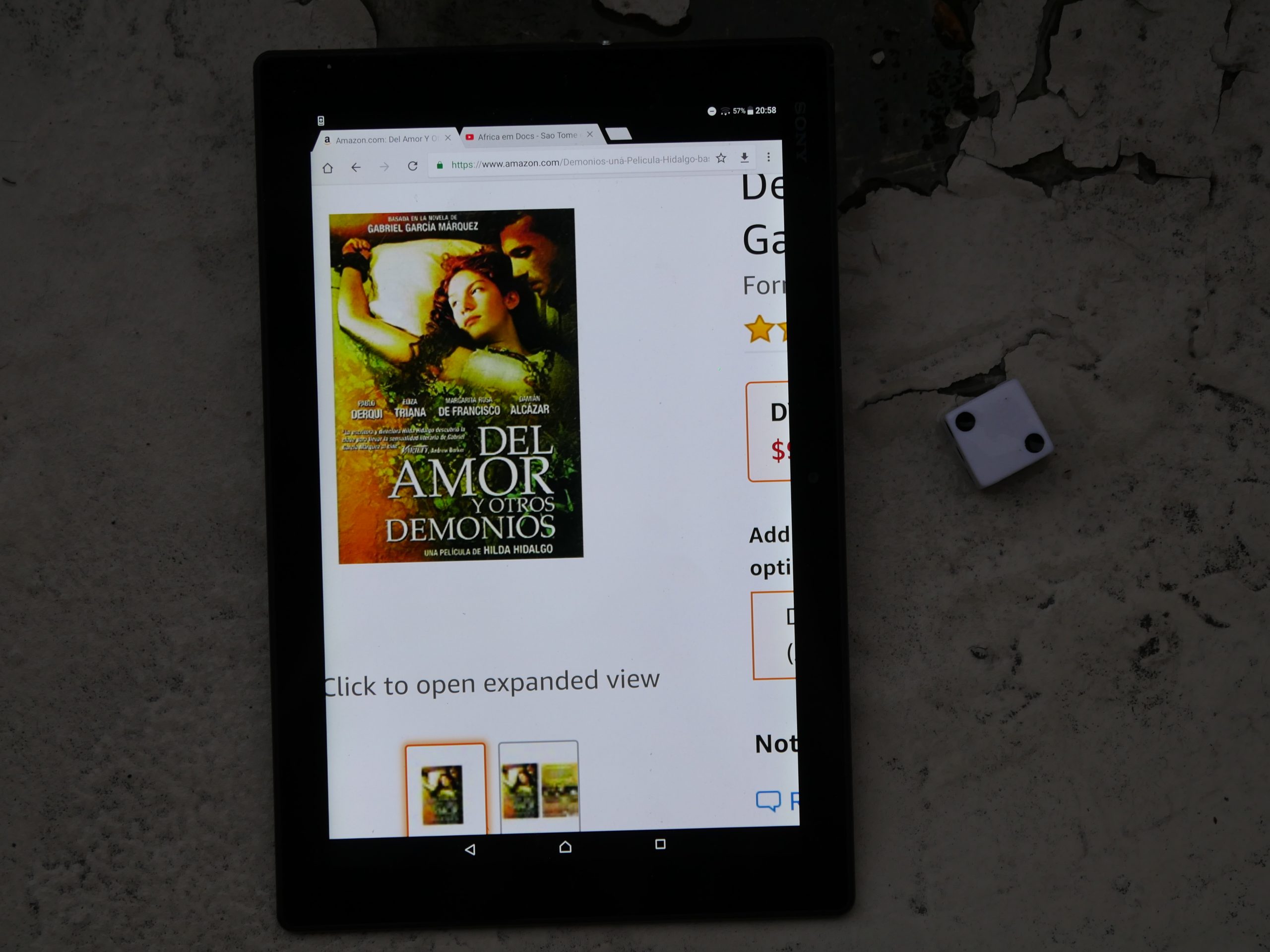 |  |
| Of Love and Other Demons. Hilda Hidalgo. 2009. Costa Rica. August 7th, 2017. Mamadita. | |||
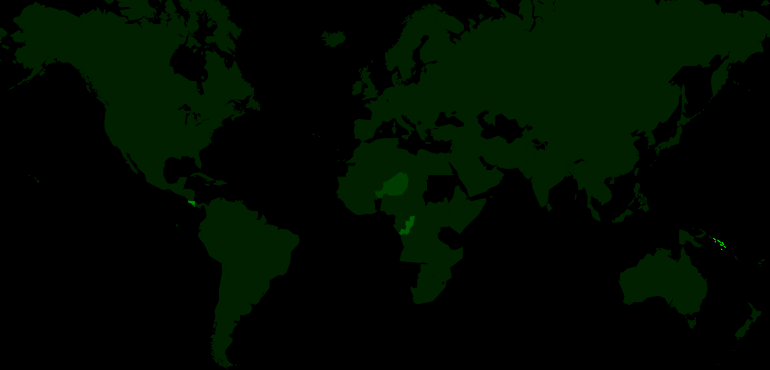 | 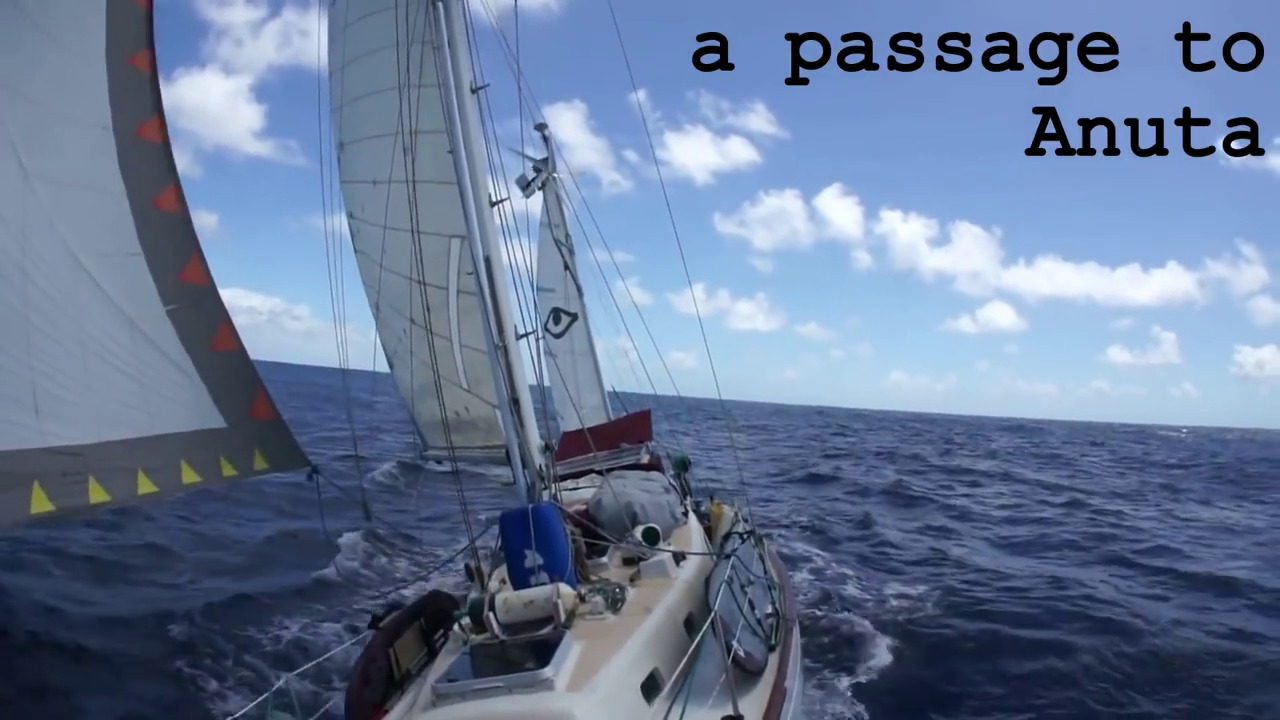 |  | 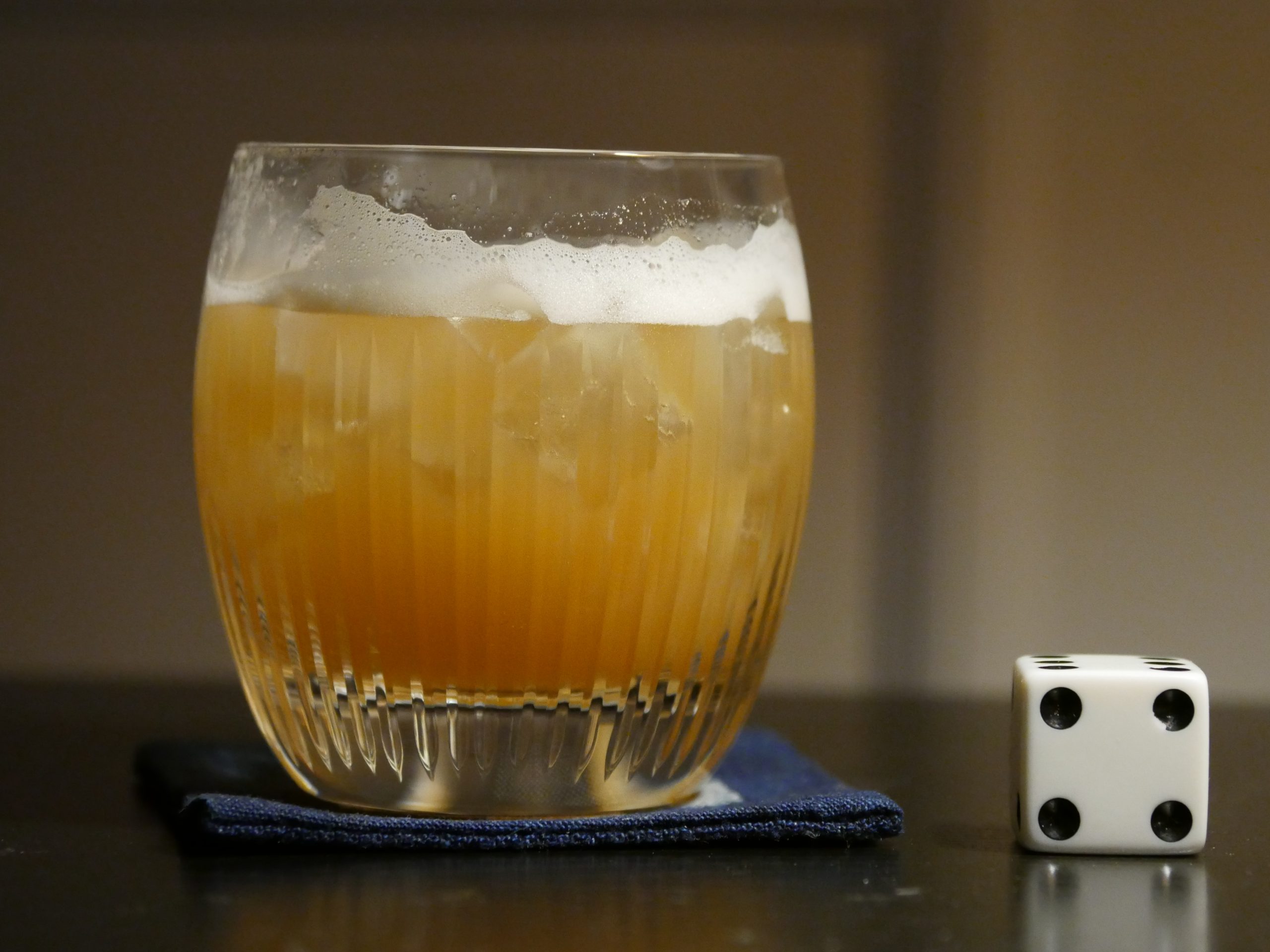 |
| A Passage to Anuta. Jacob Ells. 2014. Solomon Islands. August 14th, 2017. Solomon Island Cocktail. | |||
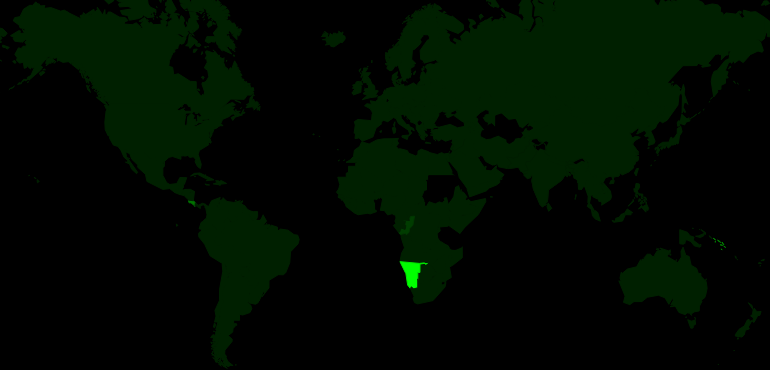 |  | 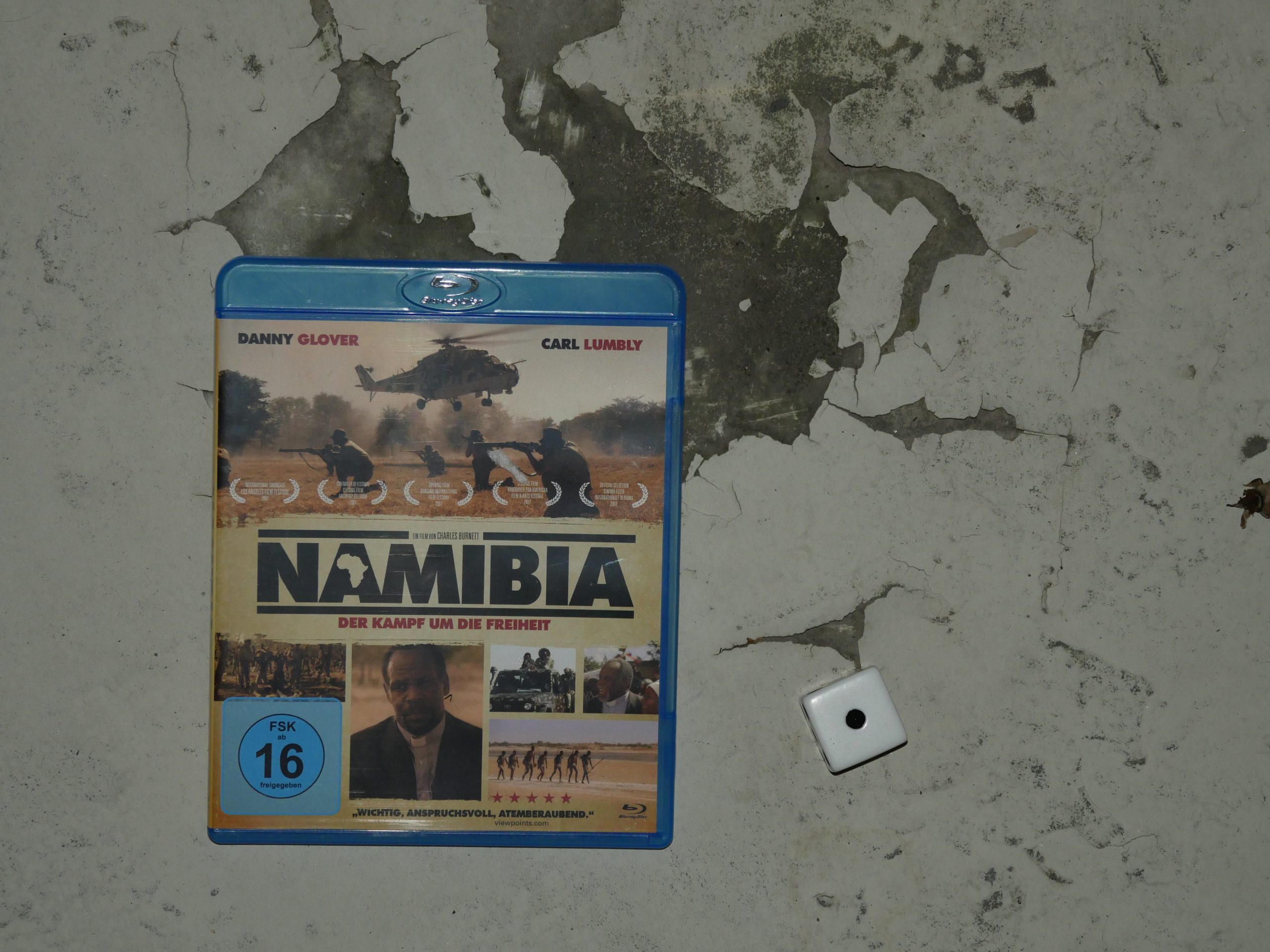 |  |
| Namibia: The Struggle for Liberation. Charles Burnett. 2007. Namibia. August 21st, 2017. Amarula Brown Elephant. | |||
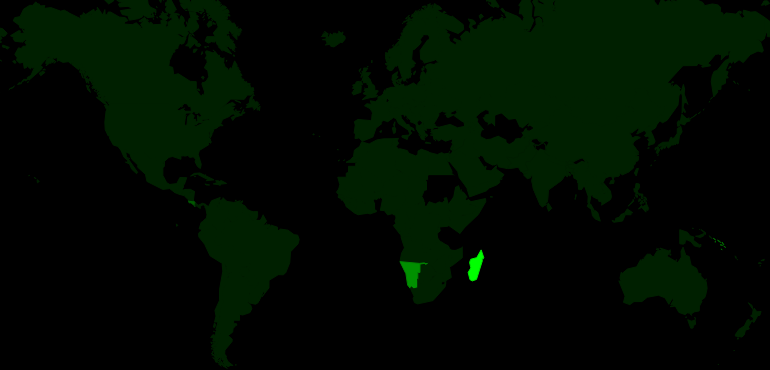 |  | 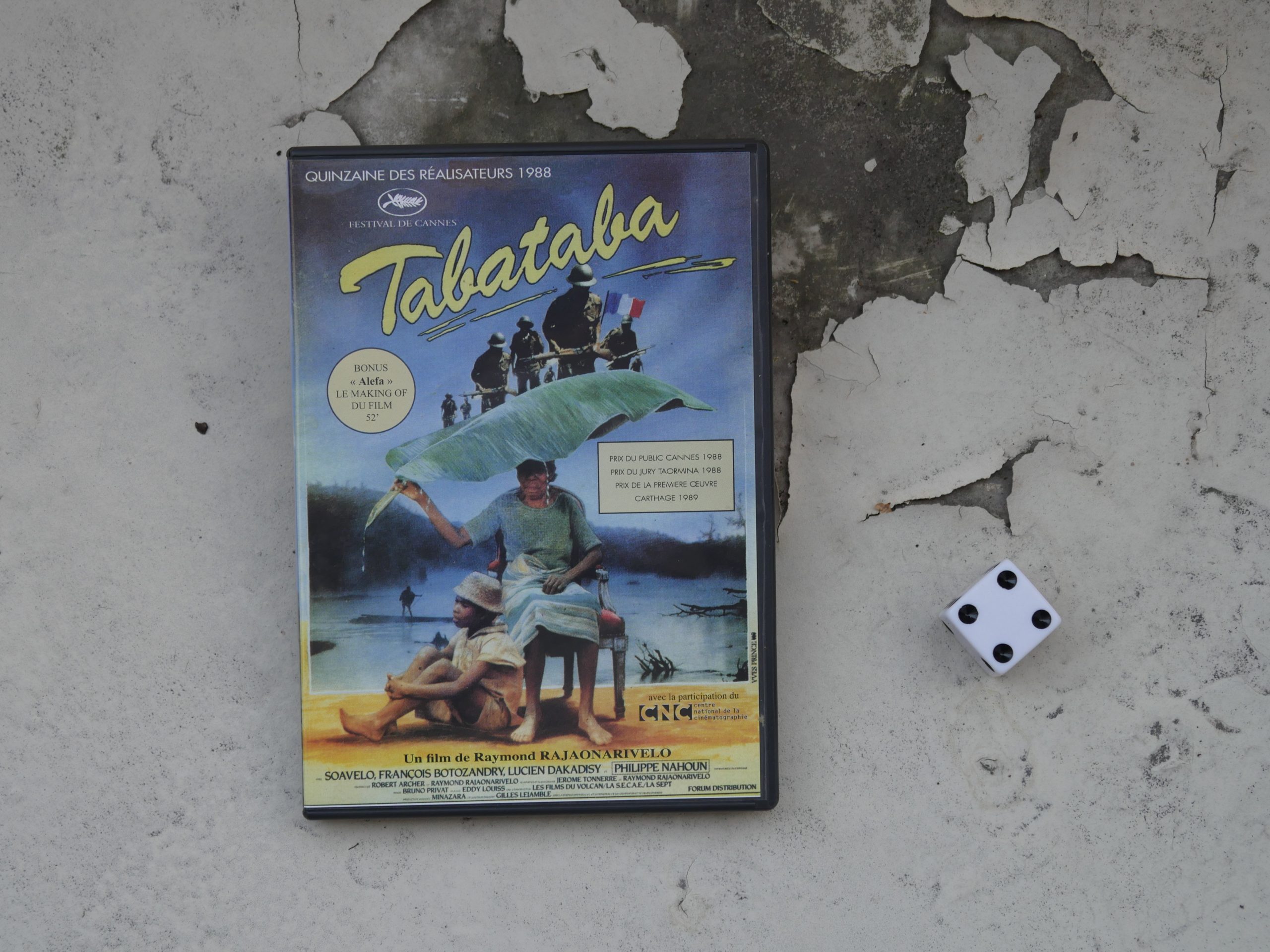 | 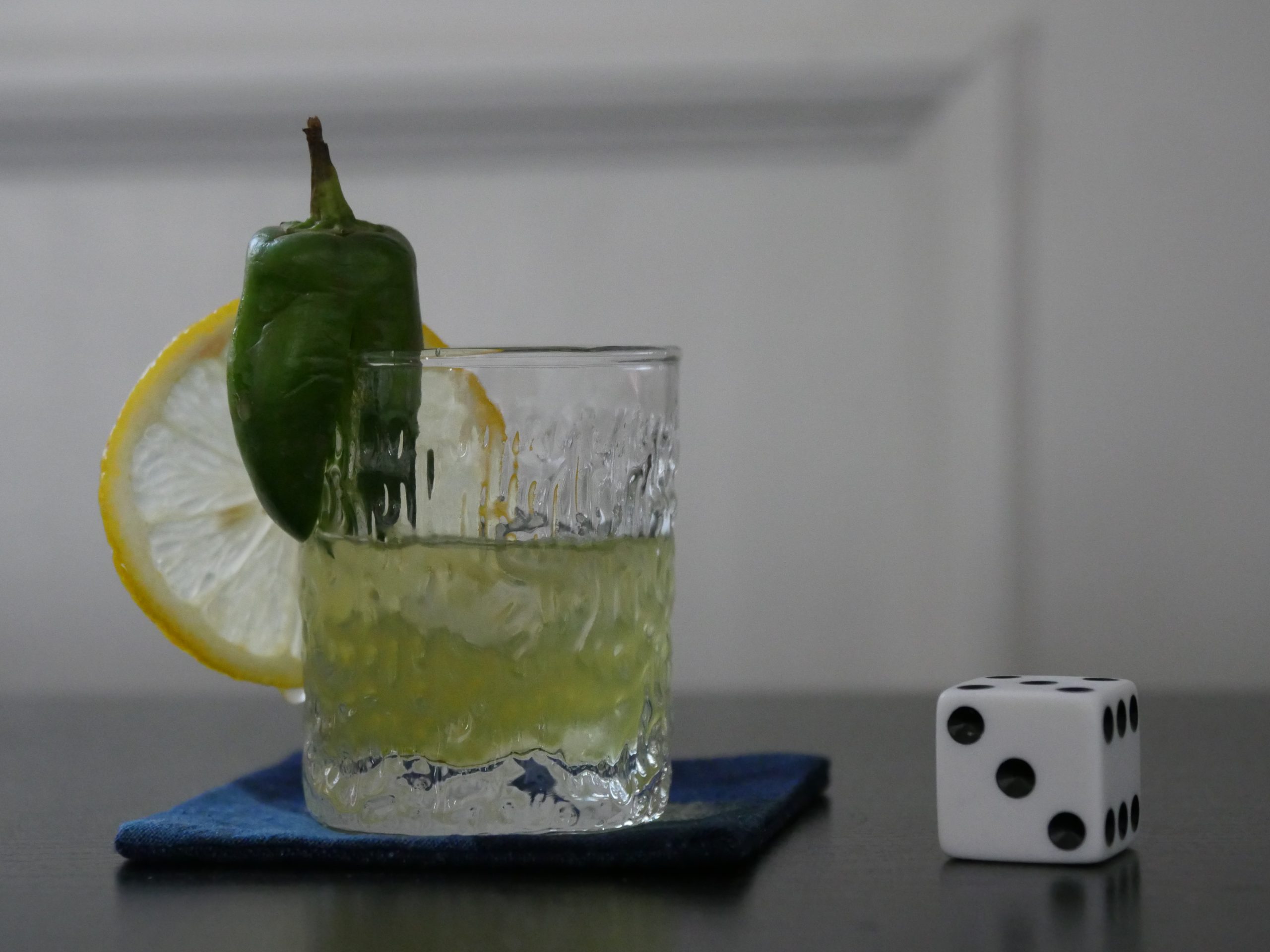 |
| Tabataba. Raymond Rajaonarivelo. 1988. Madagascar. August 25th, 2017. Madagascar Margarita. | |||
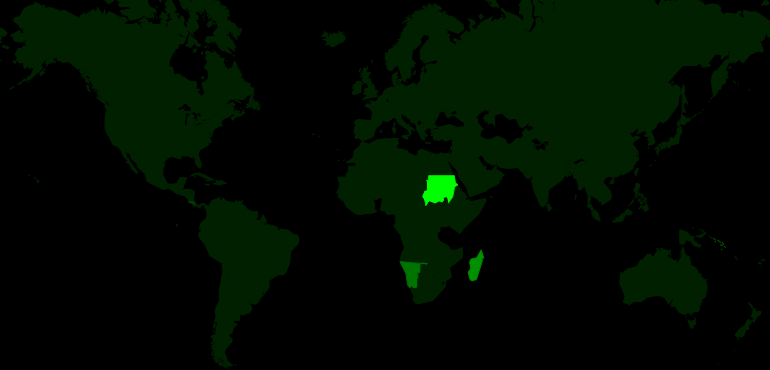 |  |  |  |
| Beats of the Antonov. Hajooj Kuka. 2014. Sudan. August 25th, 2017. Karkade Tequila. | |||
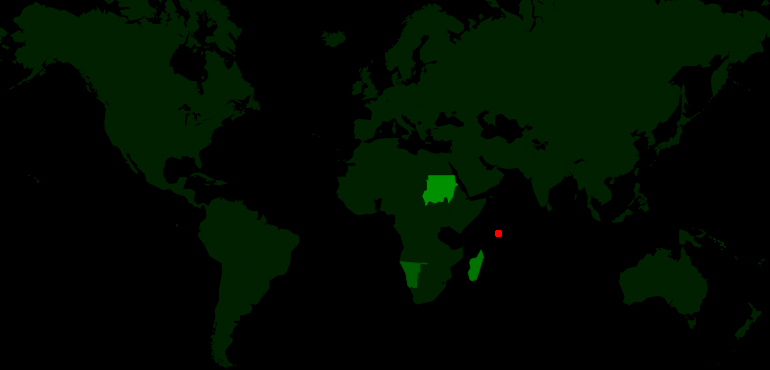 | 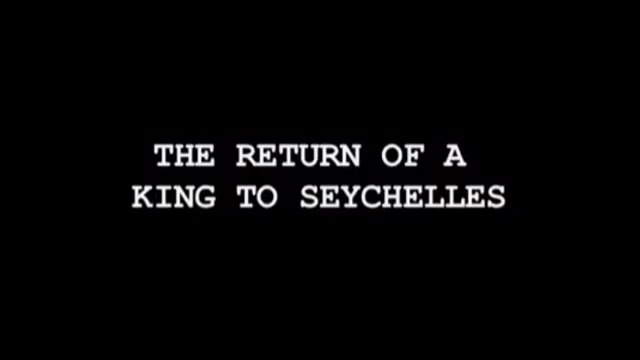 |  | 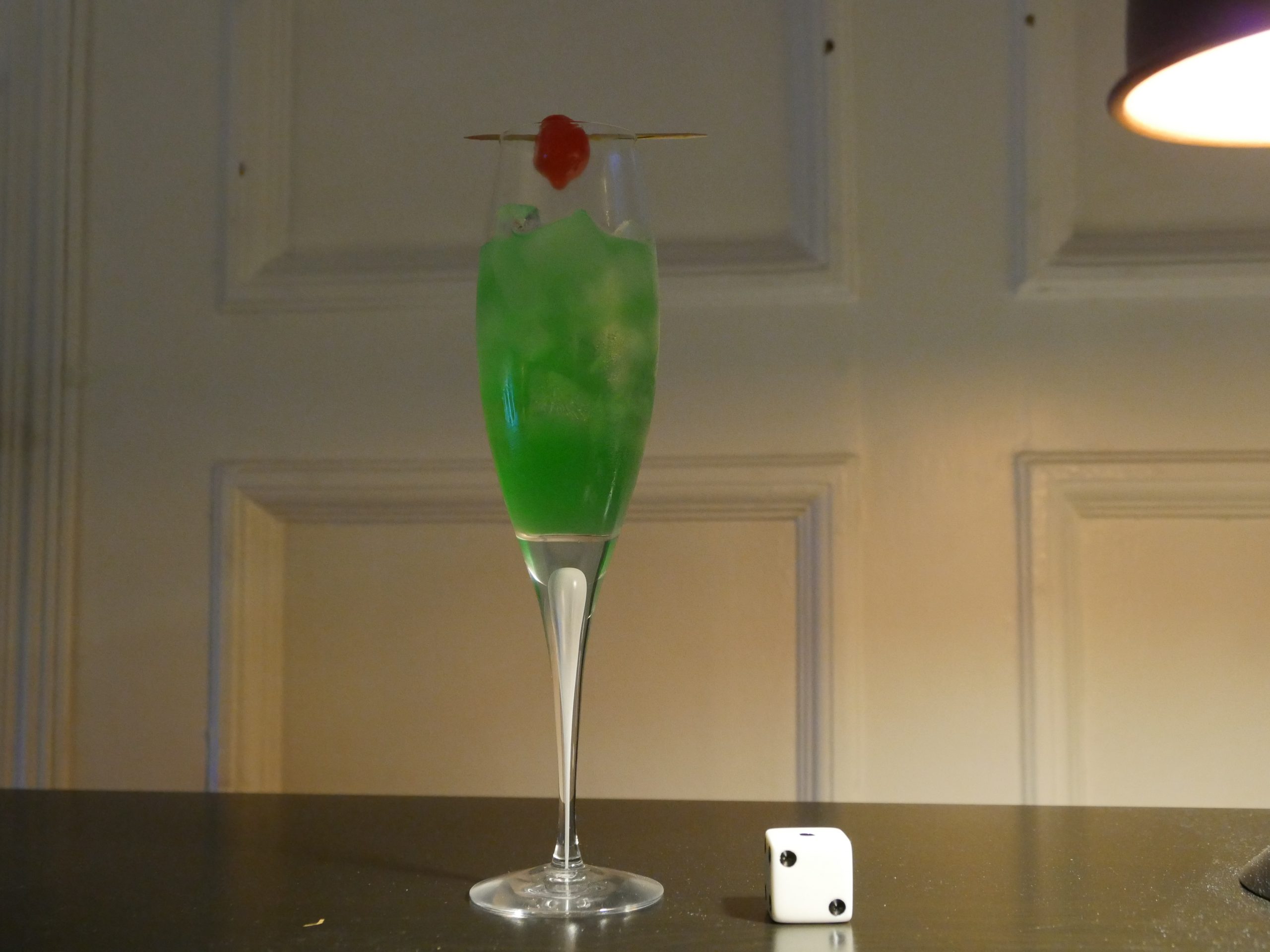 |
| The Return of a King to Seychelles. Otumfuo Nana Osei Tutu II . 2015. Seychelles. August 28th, 2017. Seychelles. | |||
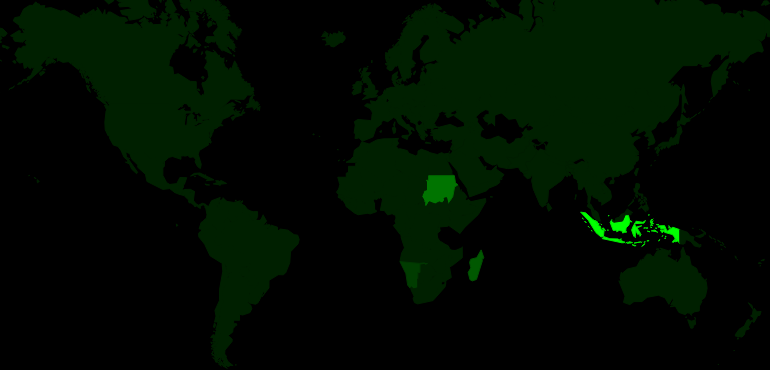 | 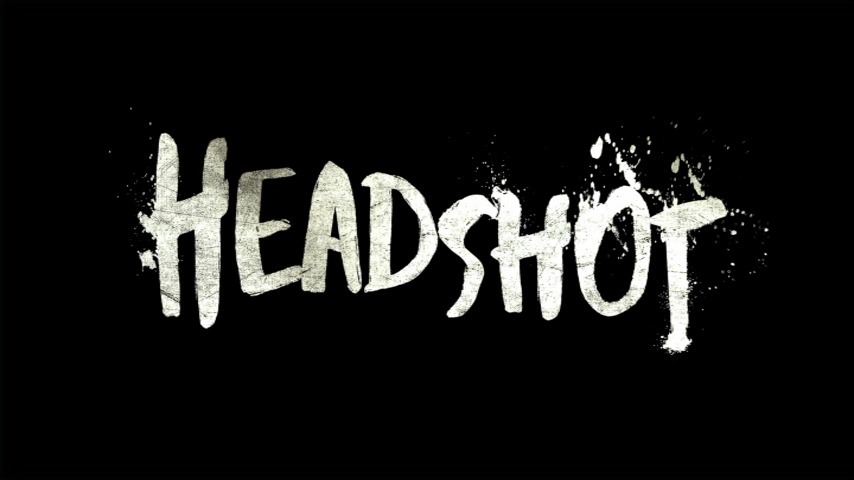 | 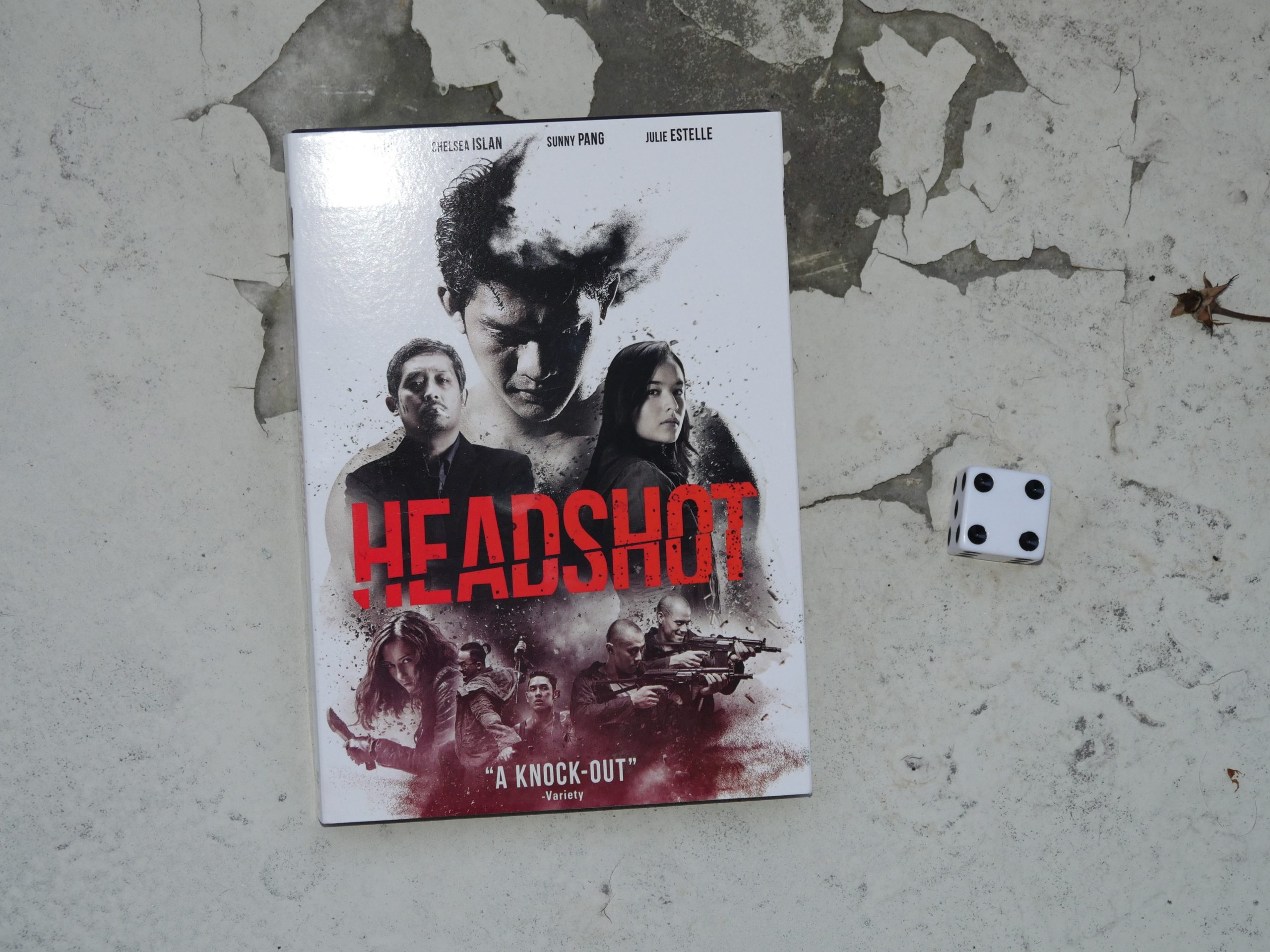 |  |
| Headshot. Kimo Stamboel, Timo Tjahjanto. 2016. Indonesia. September 1st, 2017. Chocolate Baby. | |||
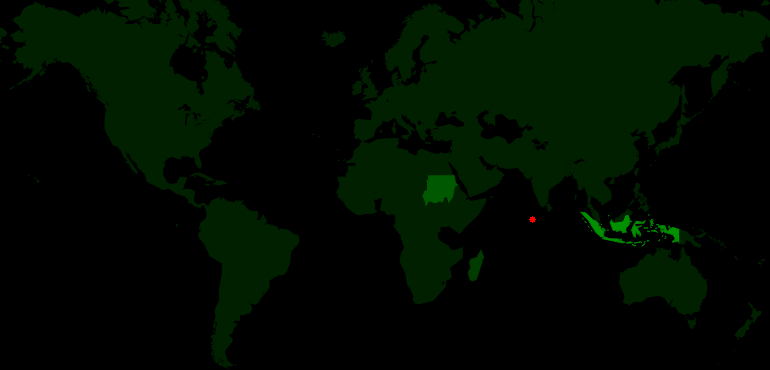 | 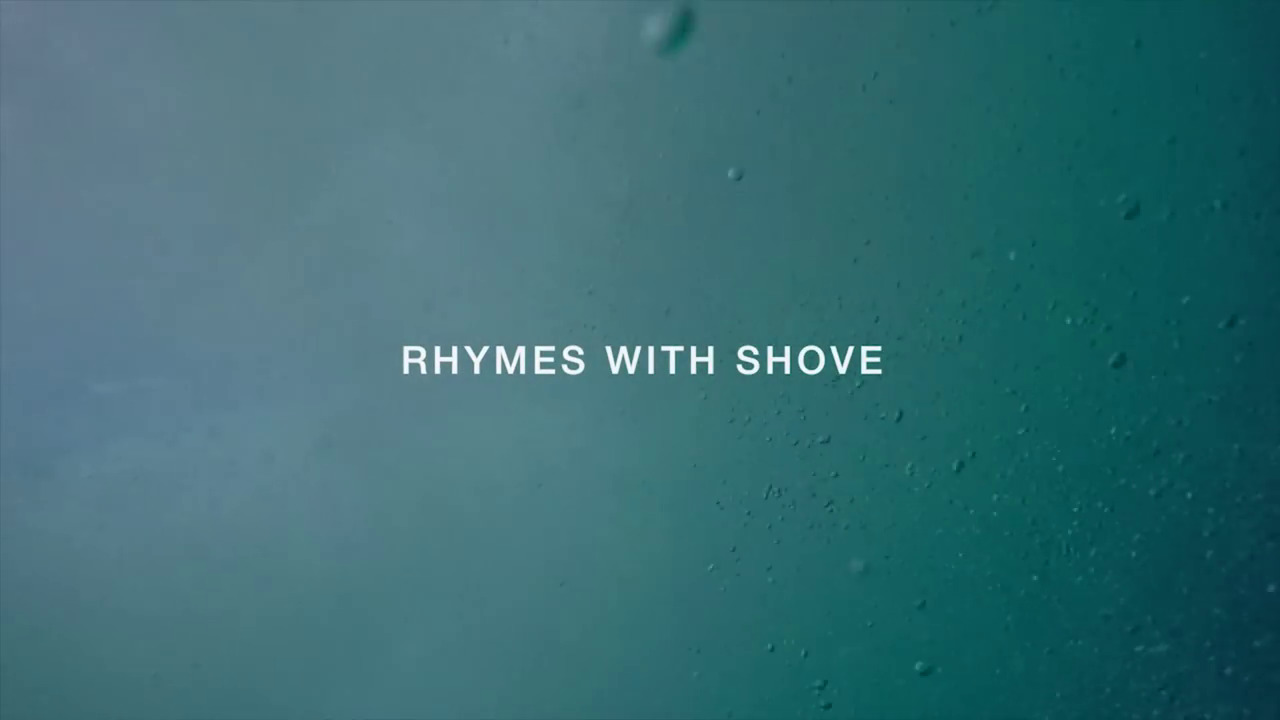 | 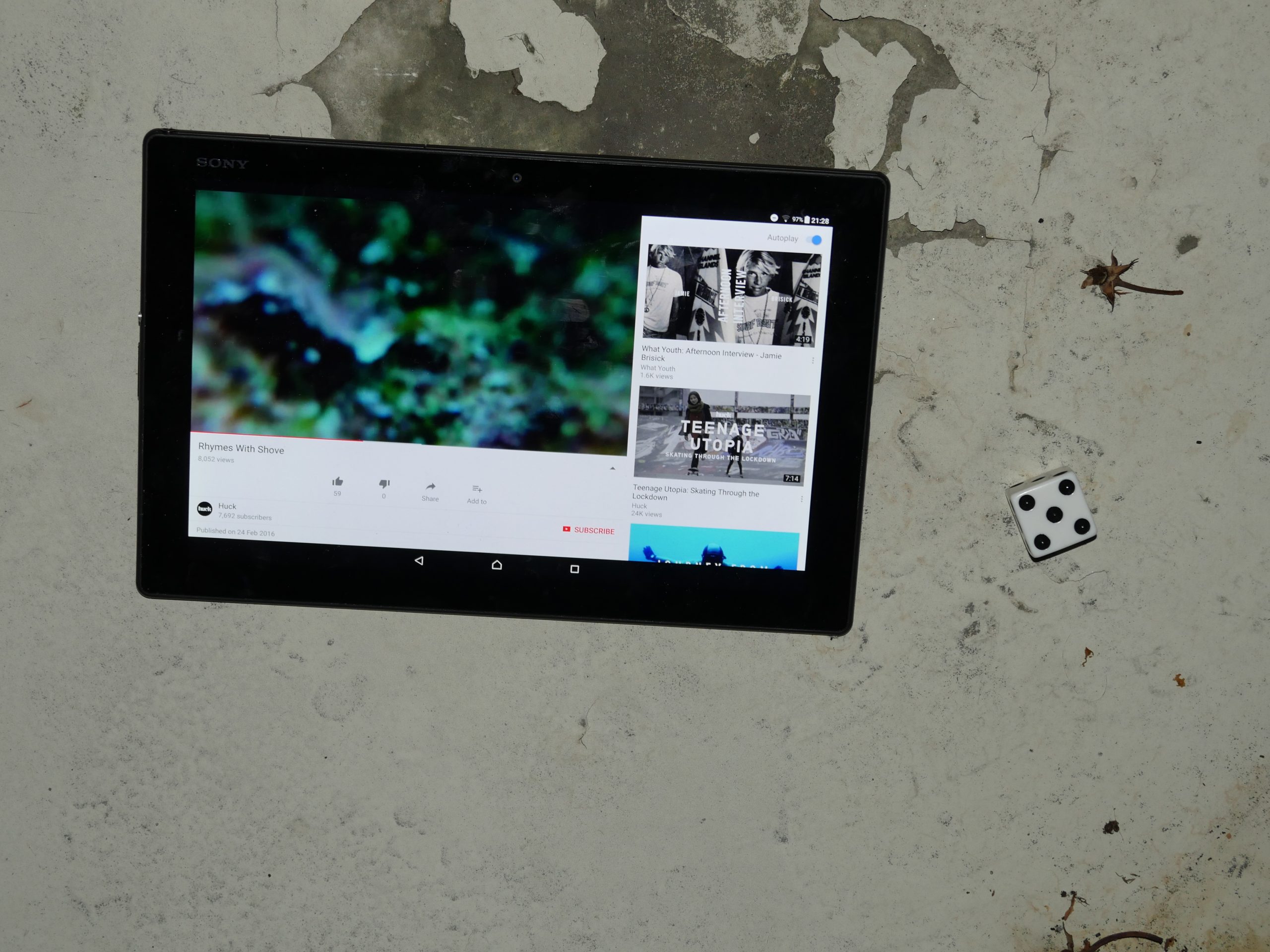 |  |
| Rhymes With Shove. Jamie R. Brisick/Isabel Freeman. 2016. Maldives. September 1st, 2017. Sting Ray. | |||
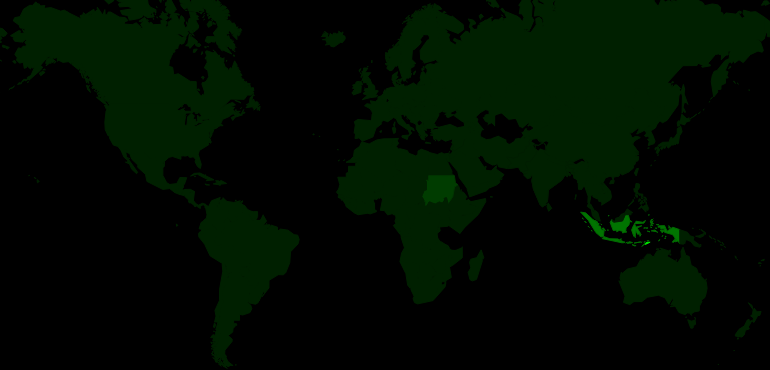 |  |  |  |
| Beatriz’s War. Bety Reis/Luigi Acquisto. 2013. Timor-Leste. September 2nd, 2017. Coffee cocktail. | |||
 |  | 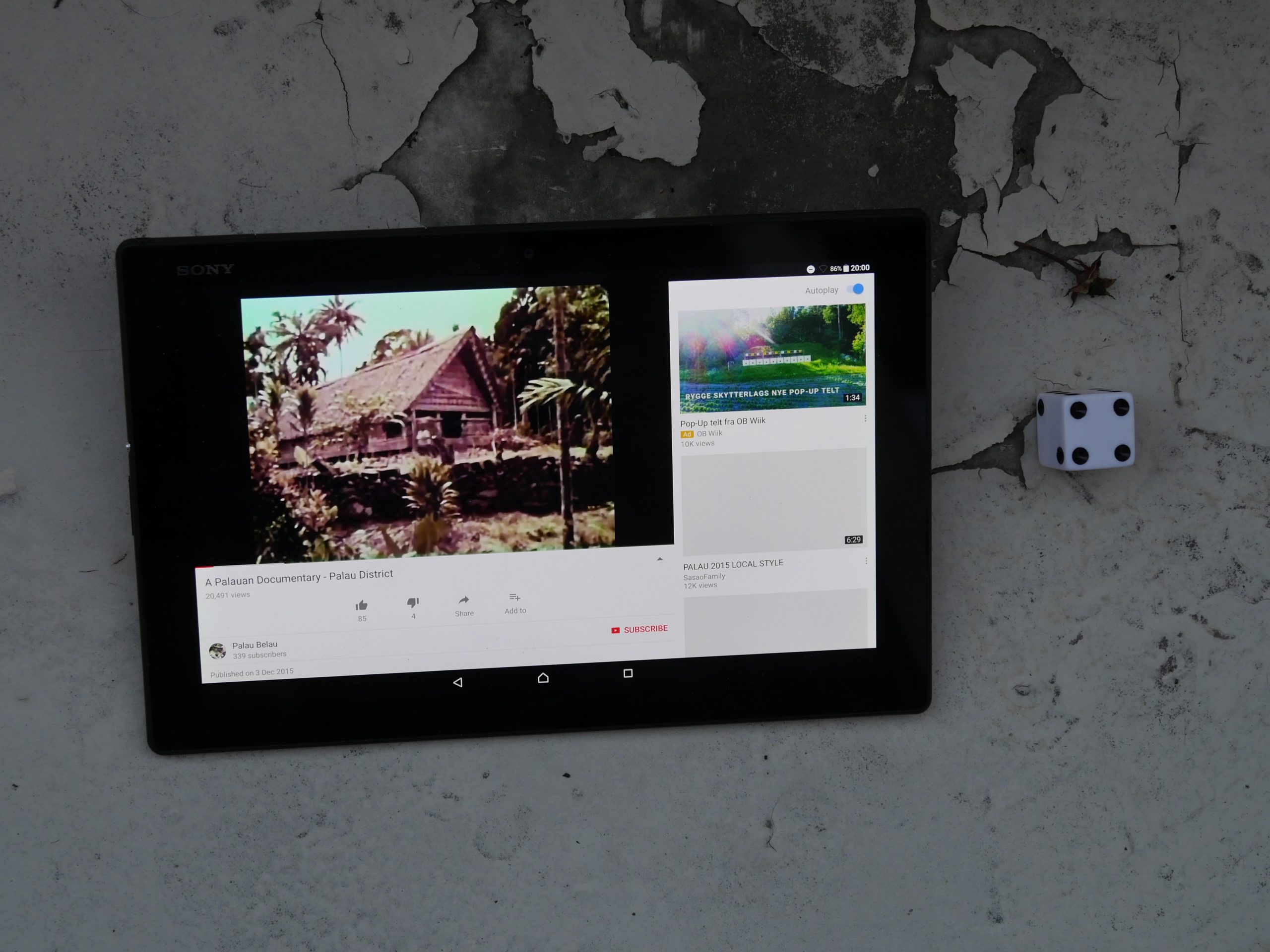 | 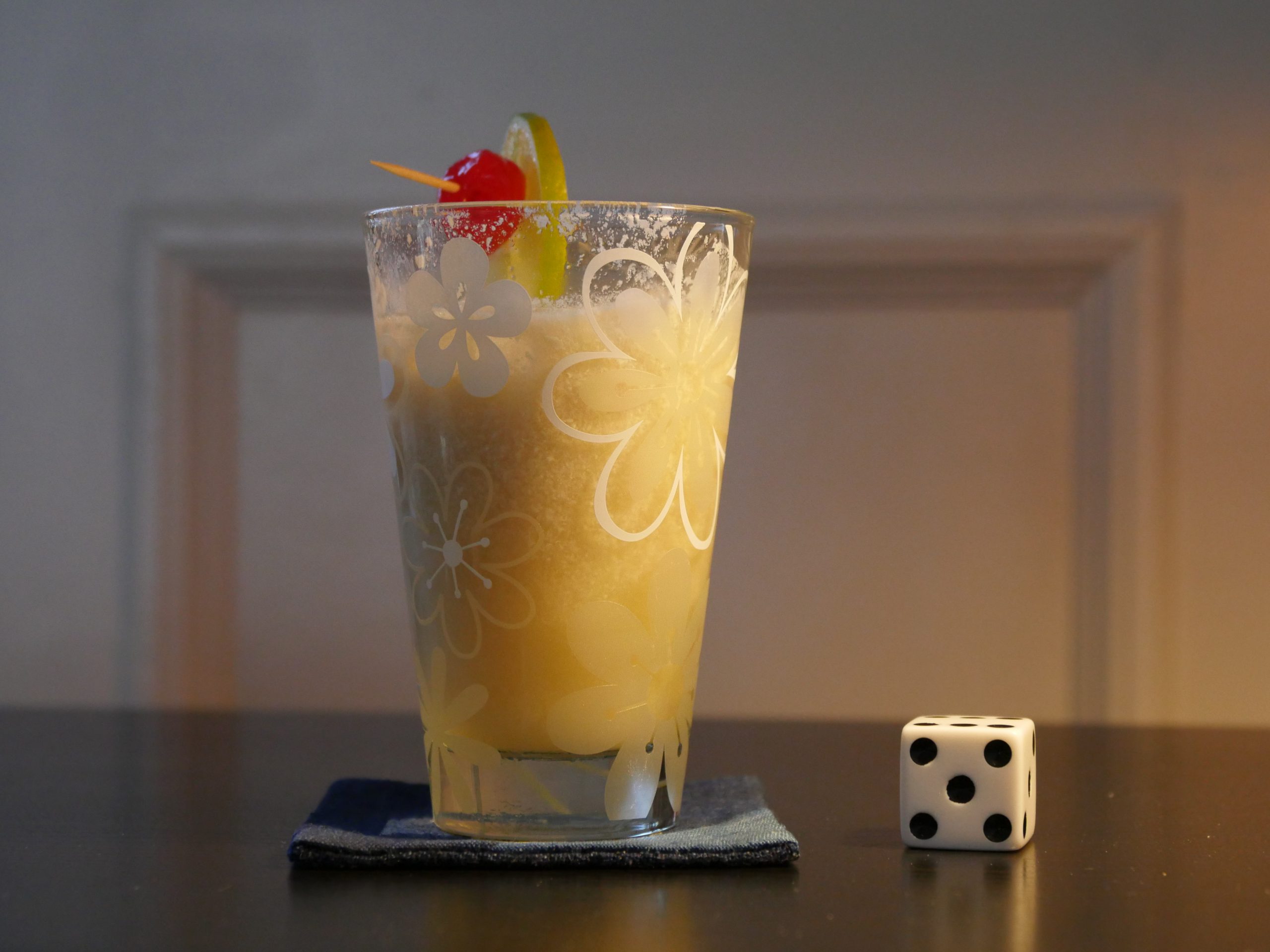 |
| A Paluan Documentary. Gary Schlosser. 1950s?. Palau. September 2nd, 2017. Luau Coconut. | |||
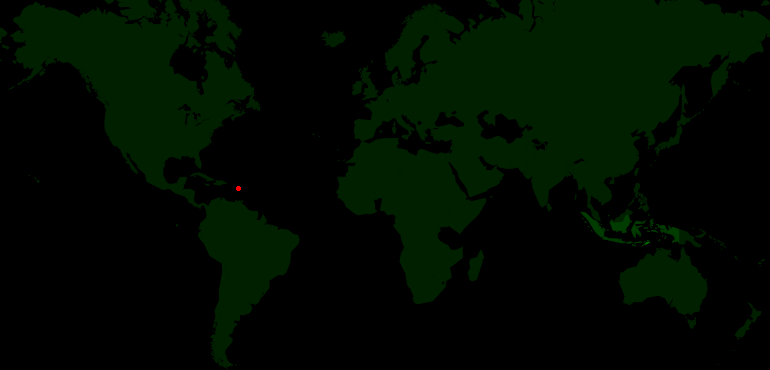 |  | 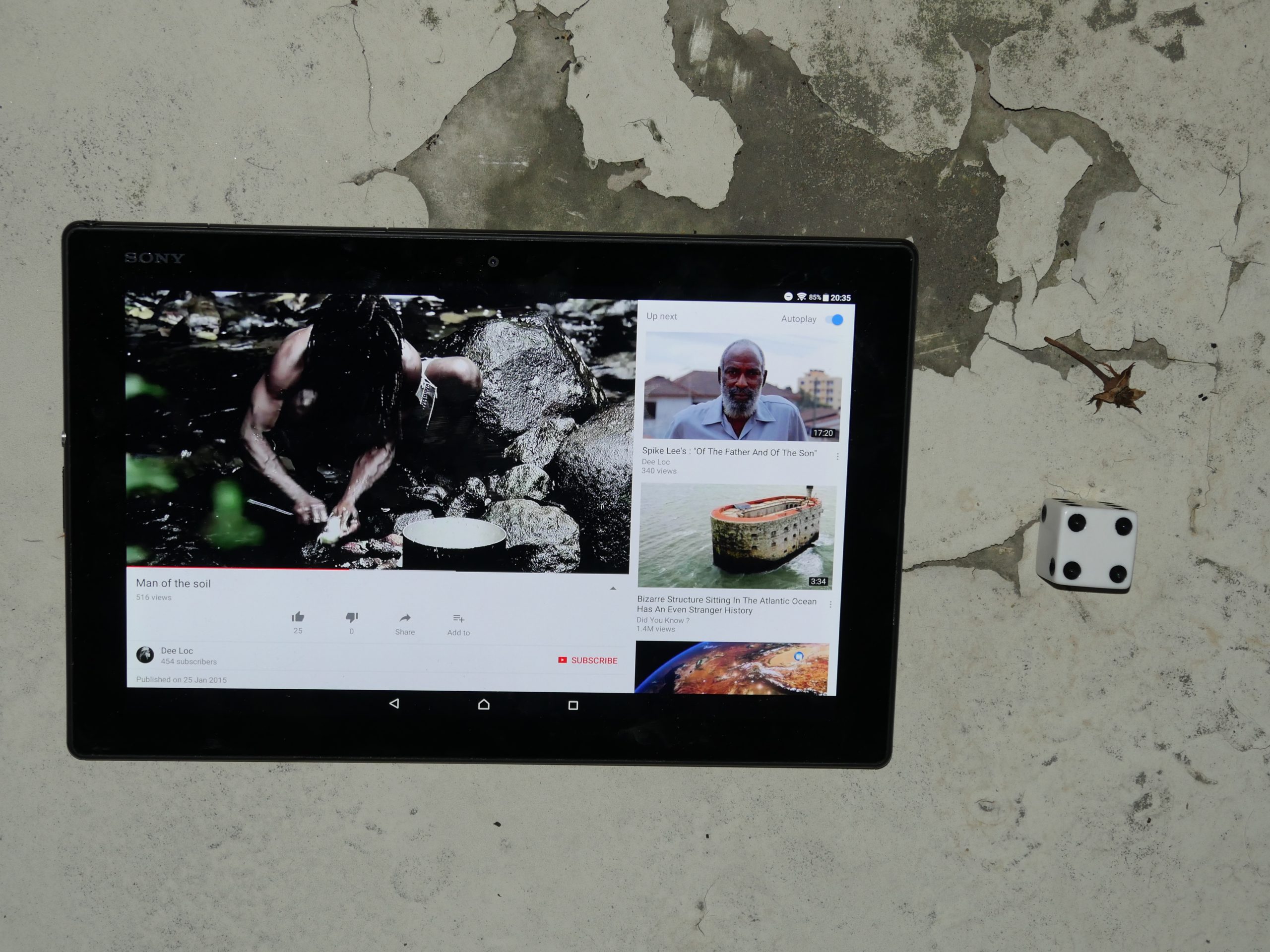 | 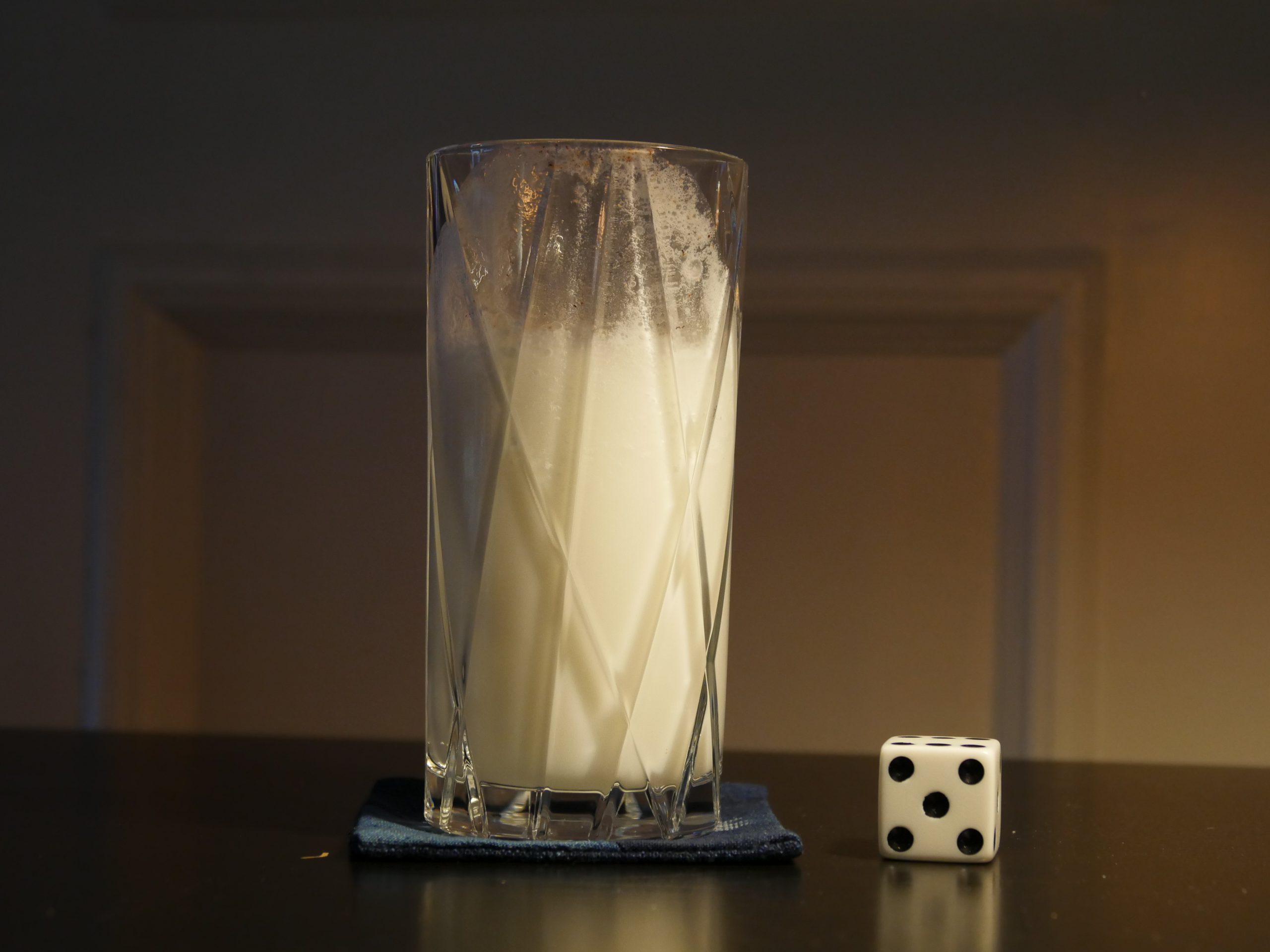 |
| A Paluan Documentary. Pierre Deschamps . 2009. Dominica. September 2nd, 2017. Rosalie Bay Resort’s Bell Coconut Cocktail. | |||
 |  |  |  |
| The Exchange: Six Faces of the Gambia. Mathew Welsh. 2009. Gambia. September 2nd, 2017. Wonjo Cocktail. | |||
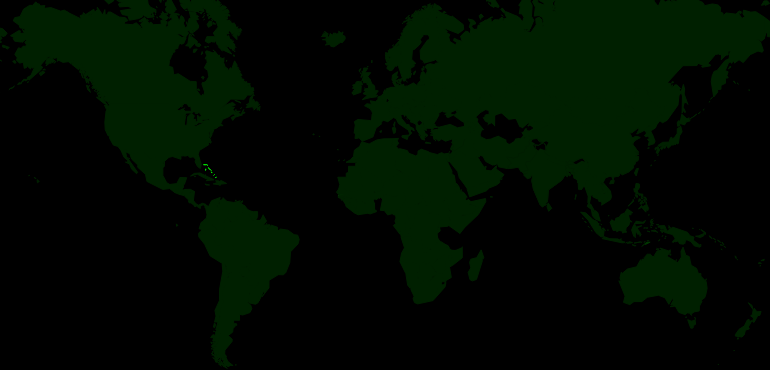 |  | 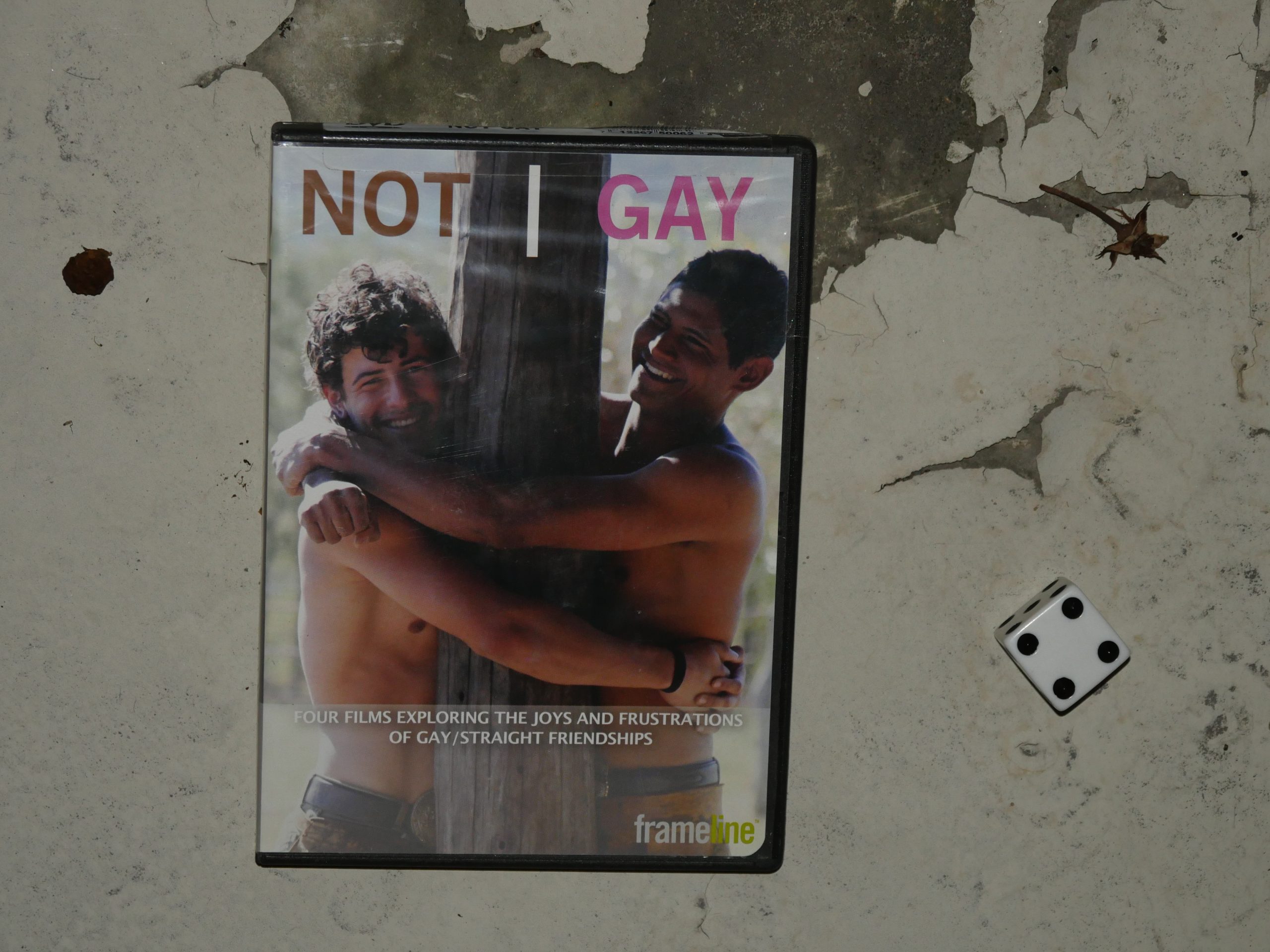 | 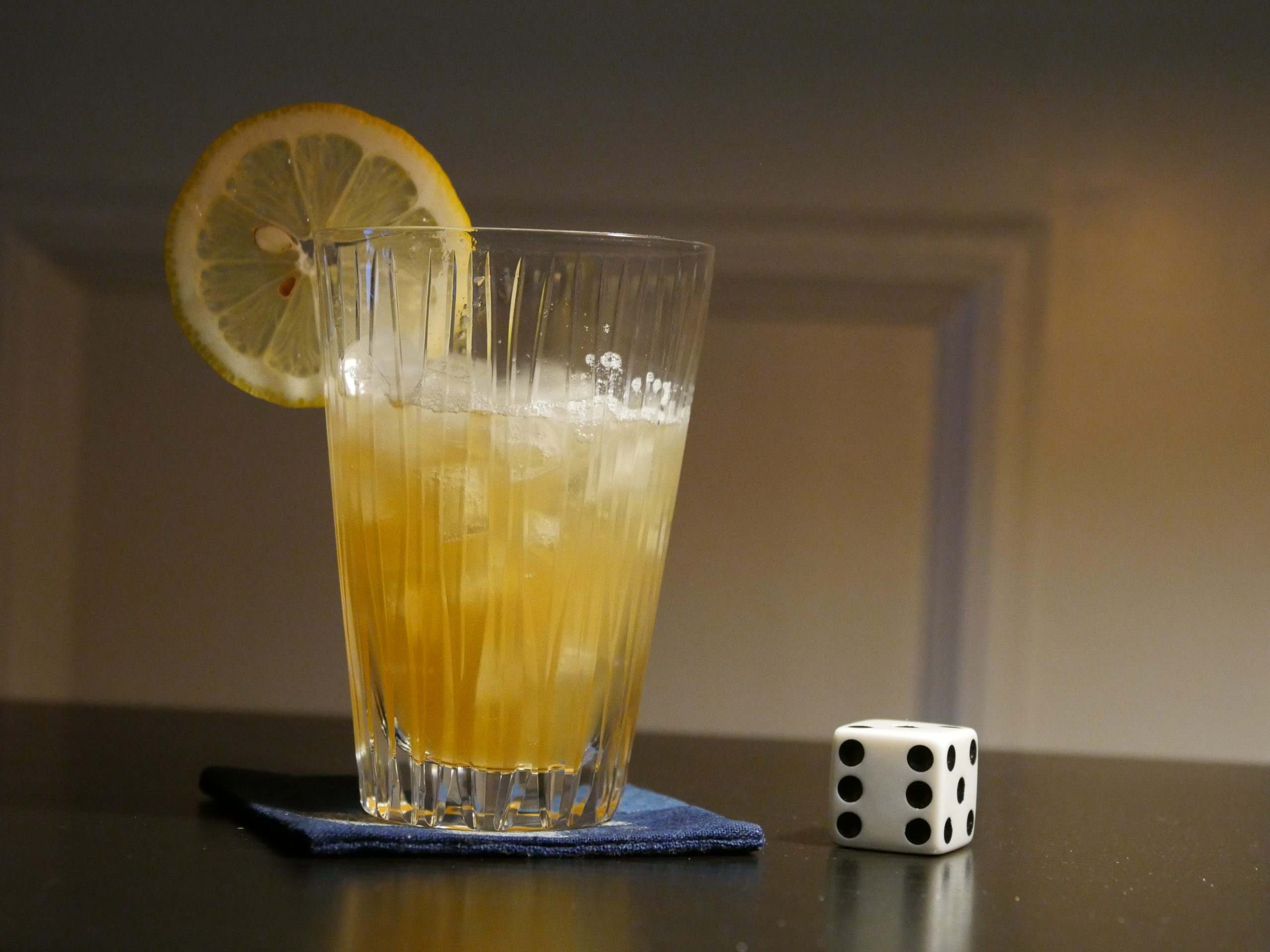 |
| Not Gay. Jean-Baptiste Erreca/Kareem Mortimer/Scott Boswell/Tony Wei. 2008. Bahamas. September 3rd, 2017. FroCo. | |||
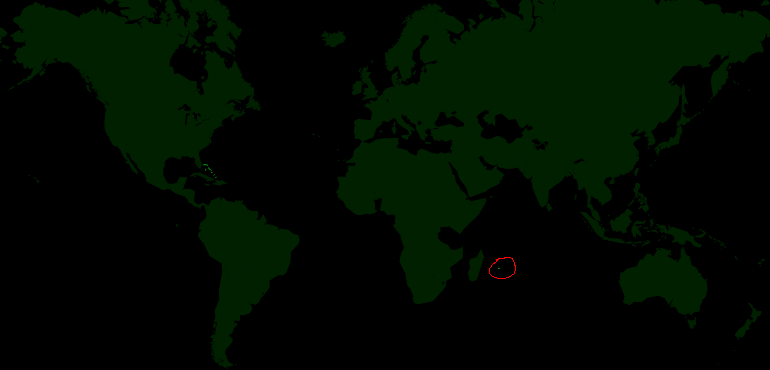 | 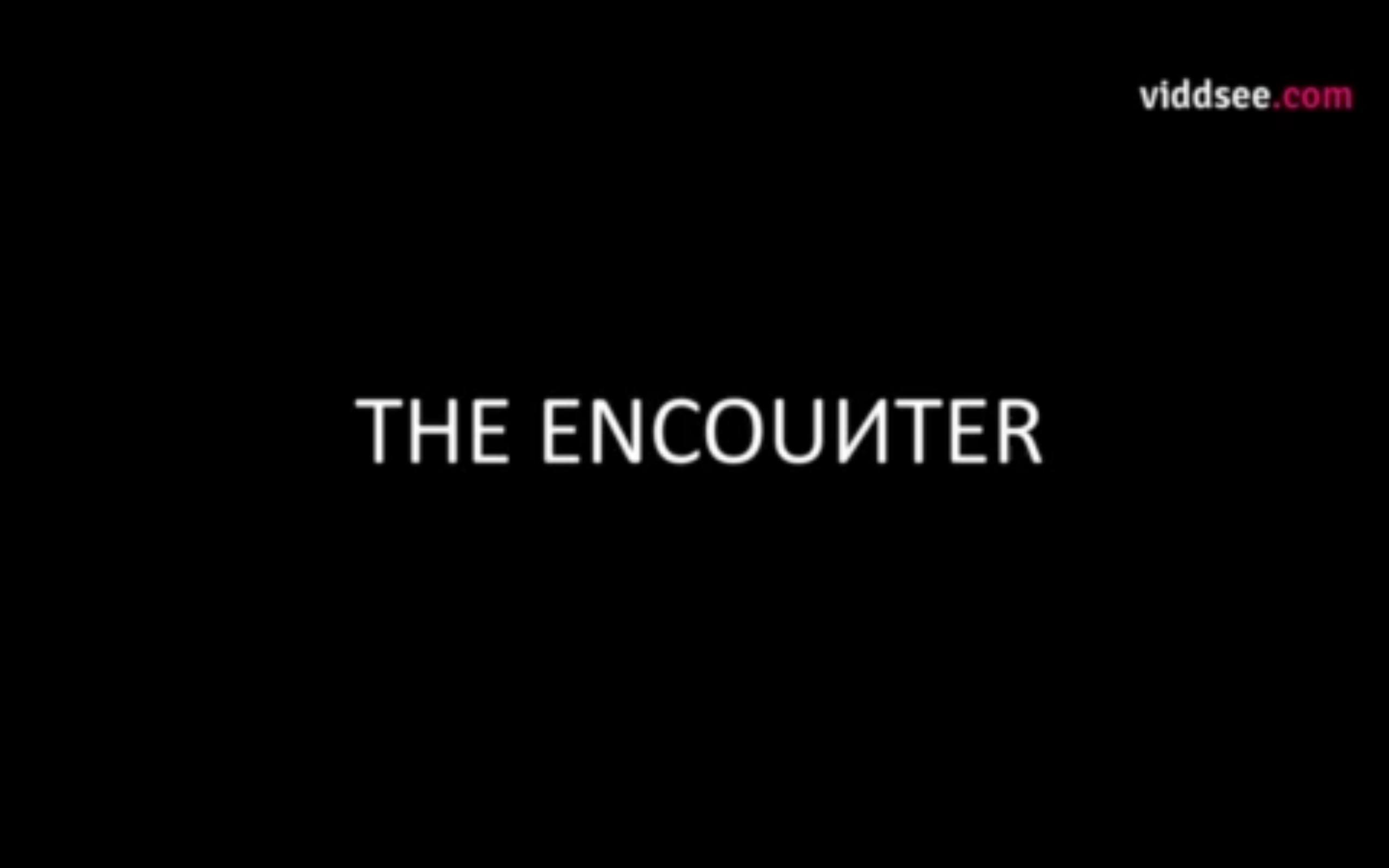 | 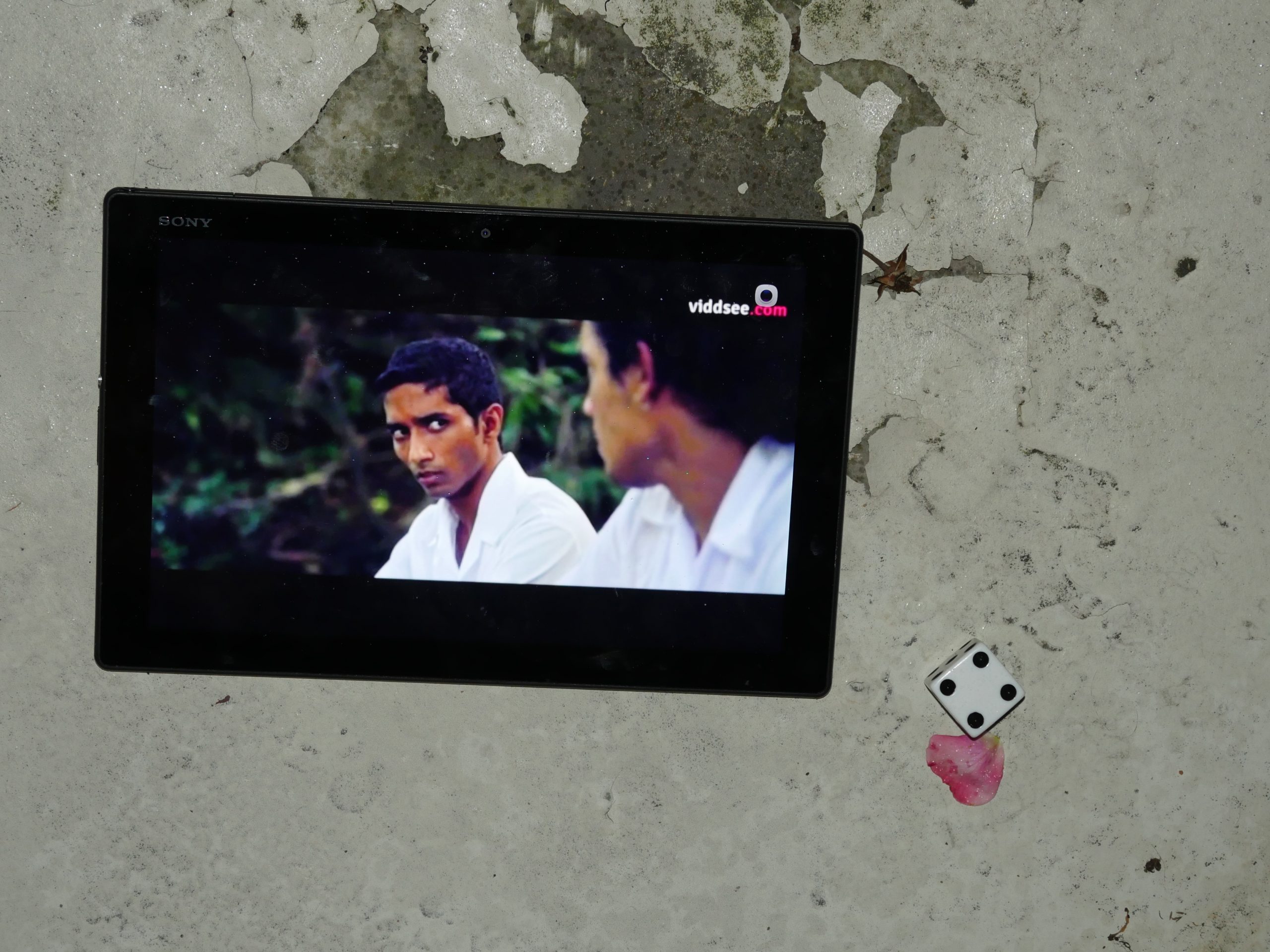 | 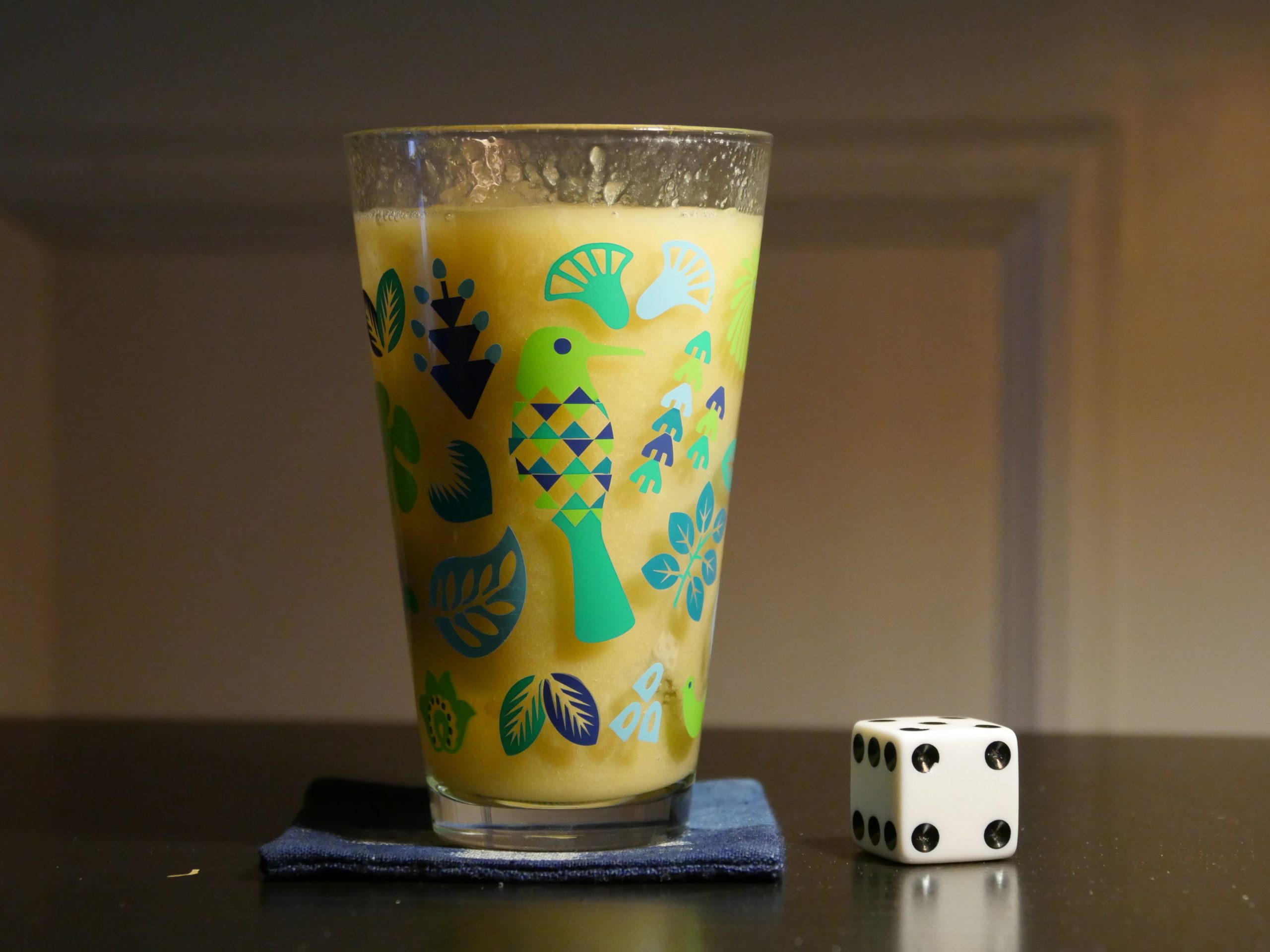 |
| The Encounter. Jon Rabaud. 2015. Mauritius. September 4th, 2017. Mango Rum. | |||
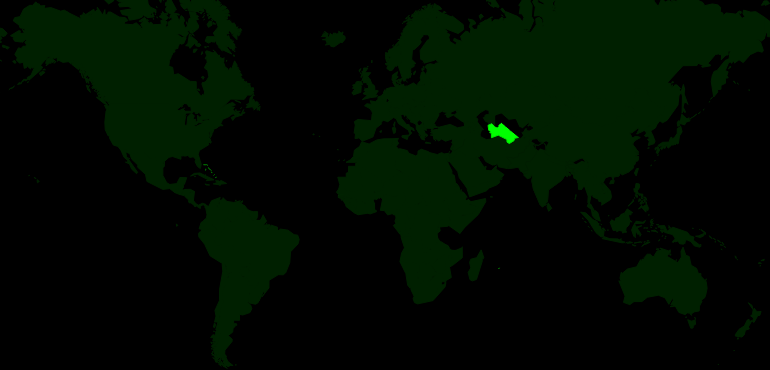 | 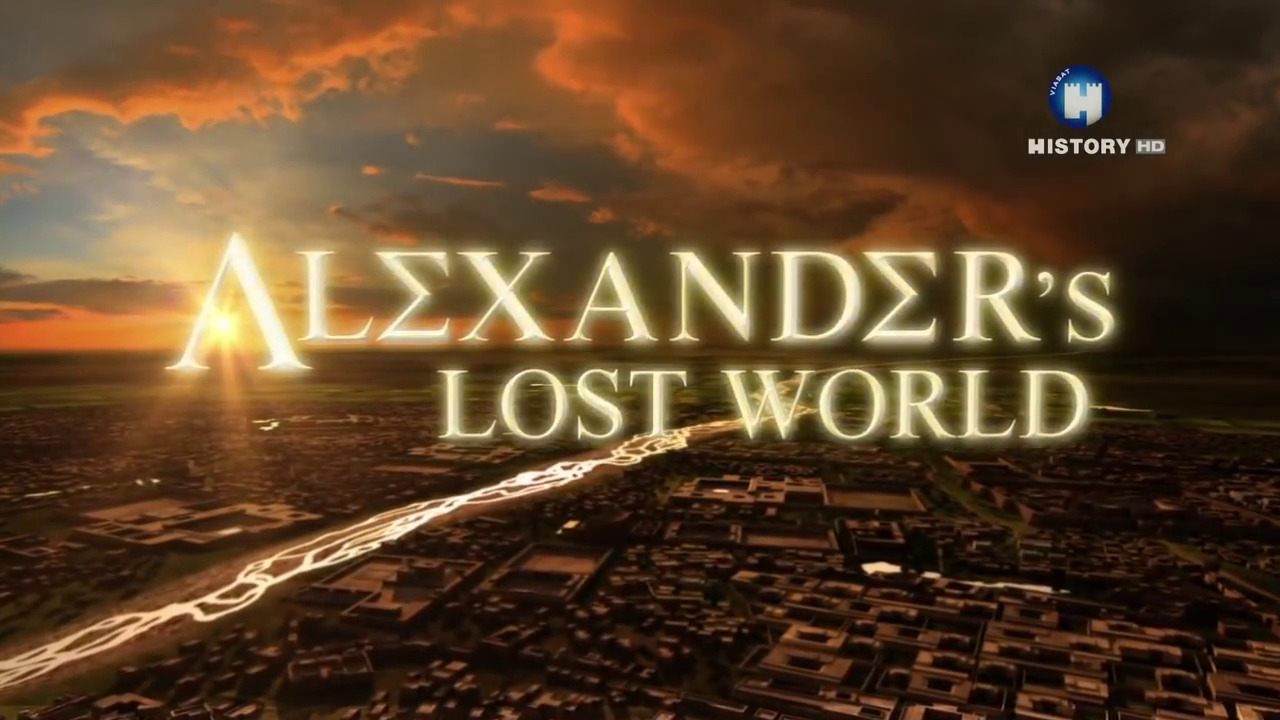 | 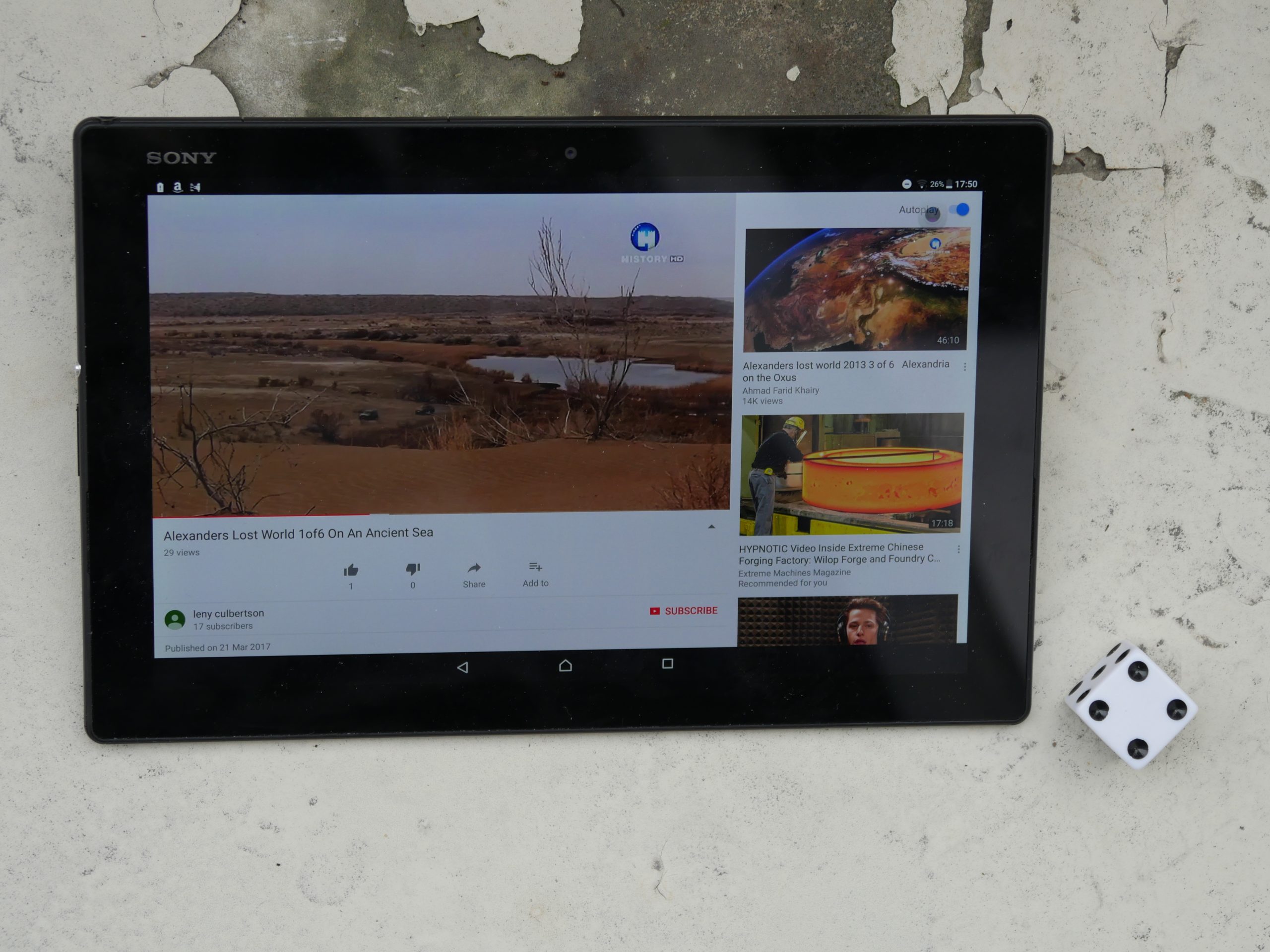 | 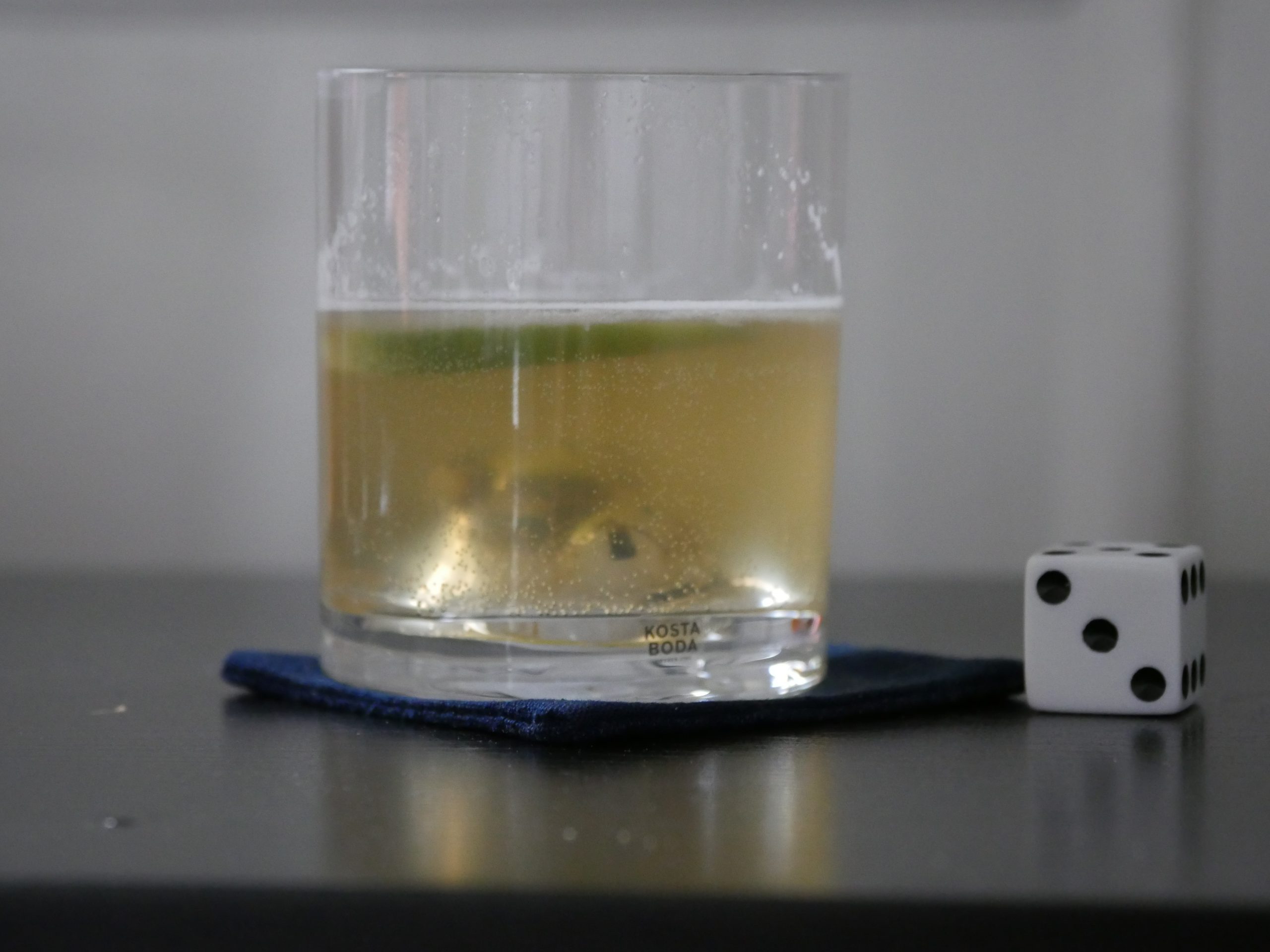 |
| Alexander’s Lost World. Unknown. 2013. Turkmenistan. September 8th, 2017. Vodka Green Tea Sprizter recipe. | |||
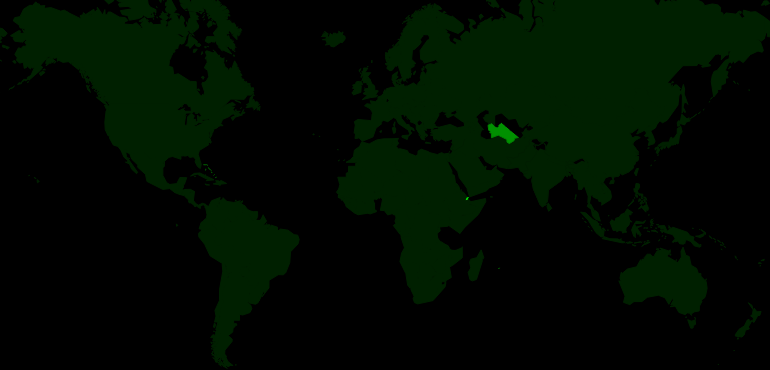 | 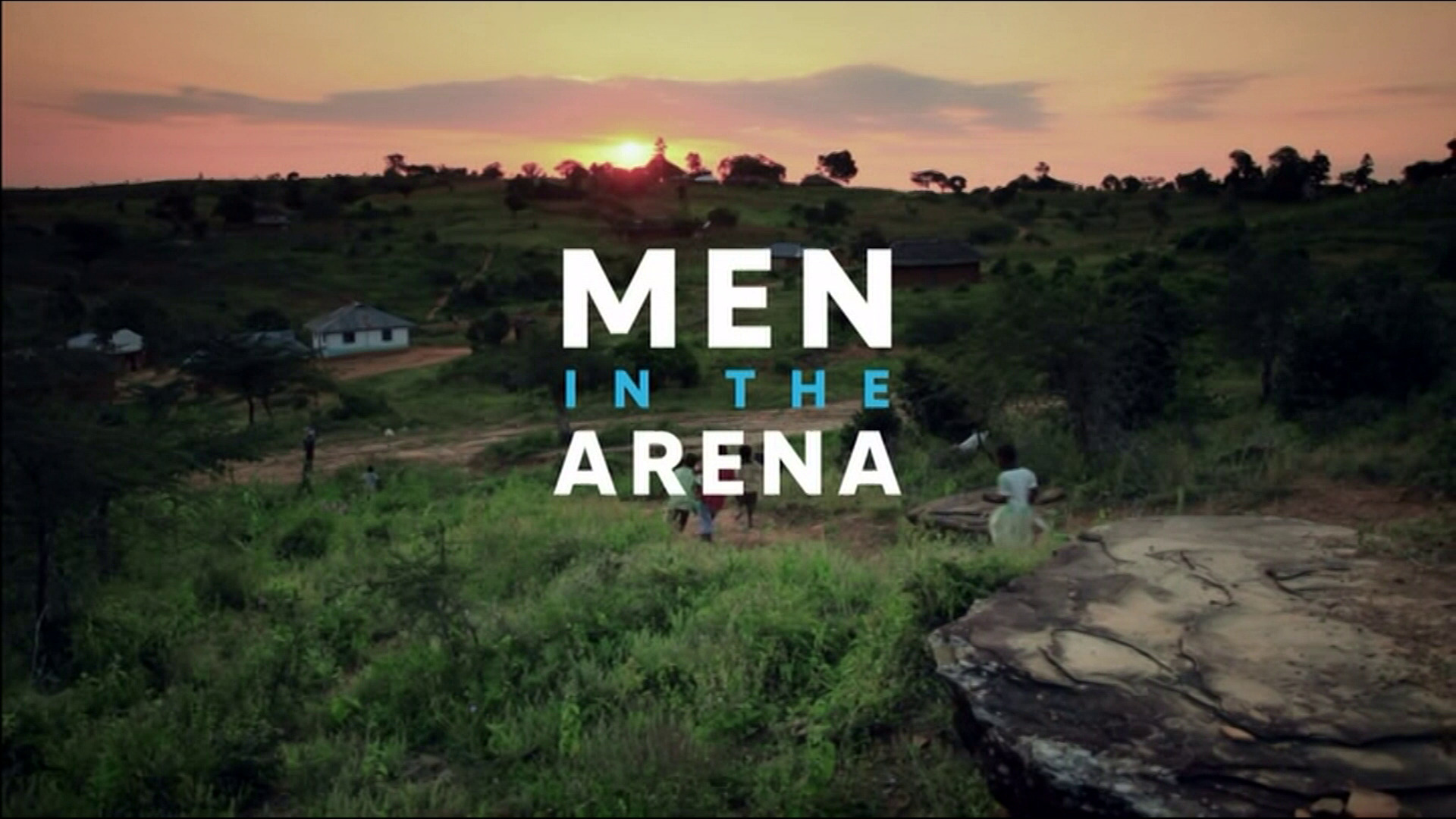 |  |  |
| Men in the Arena. J.R. Biersmith. 2017. Djibouti. September 8th, 2017. Retoxed Detox Tea. | |||
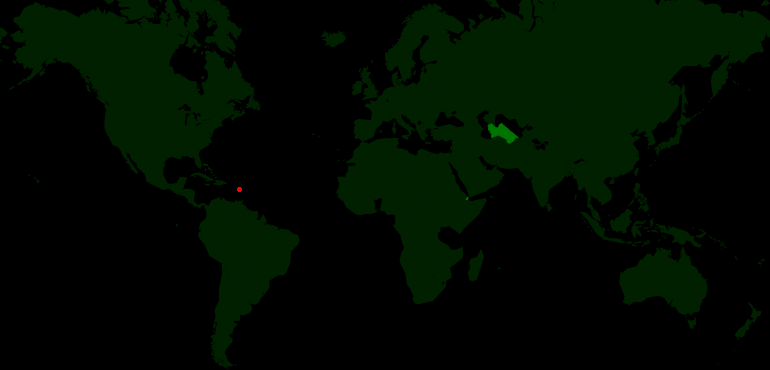 | 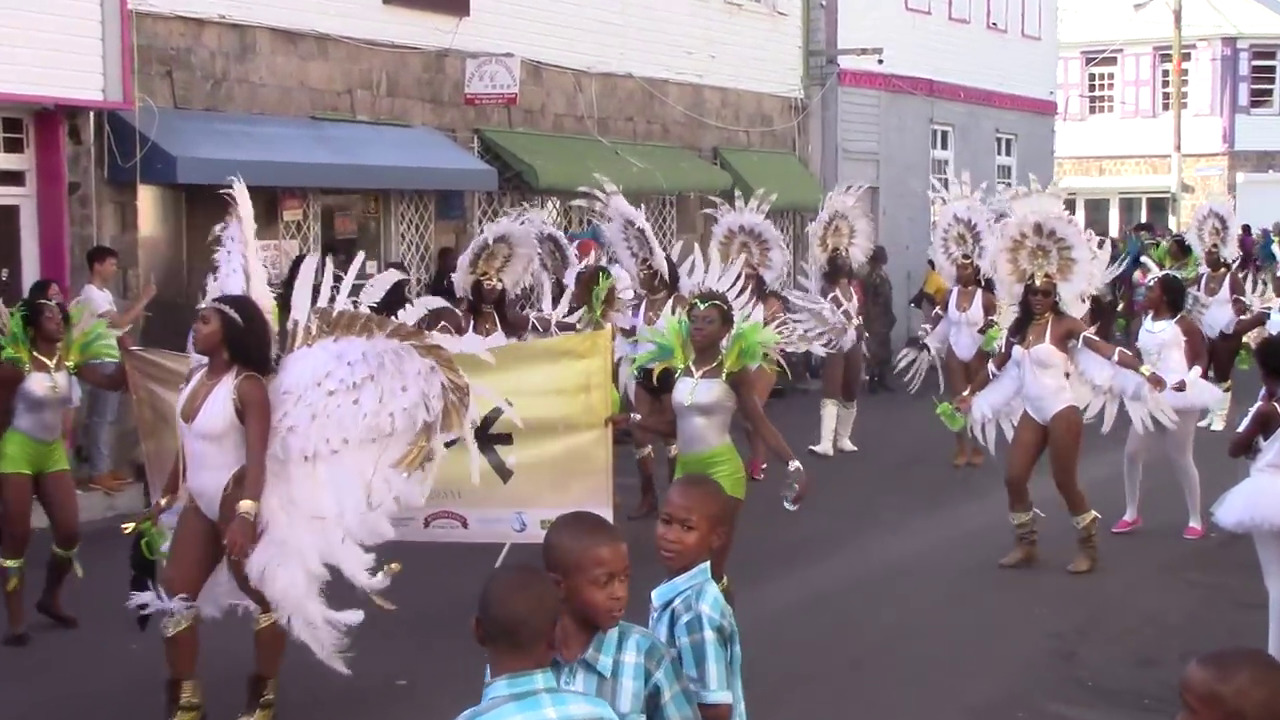 | 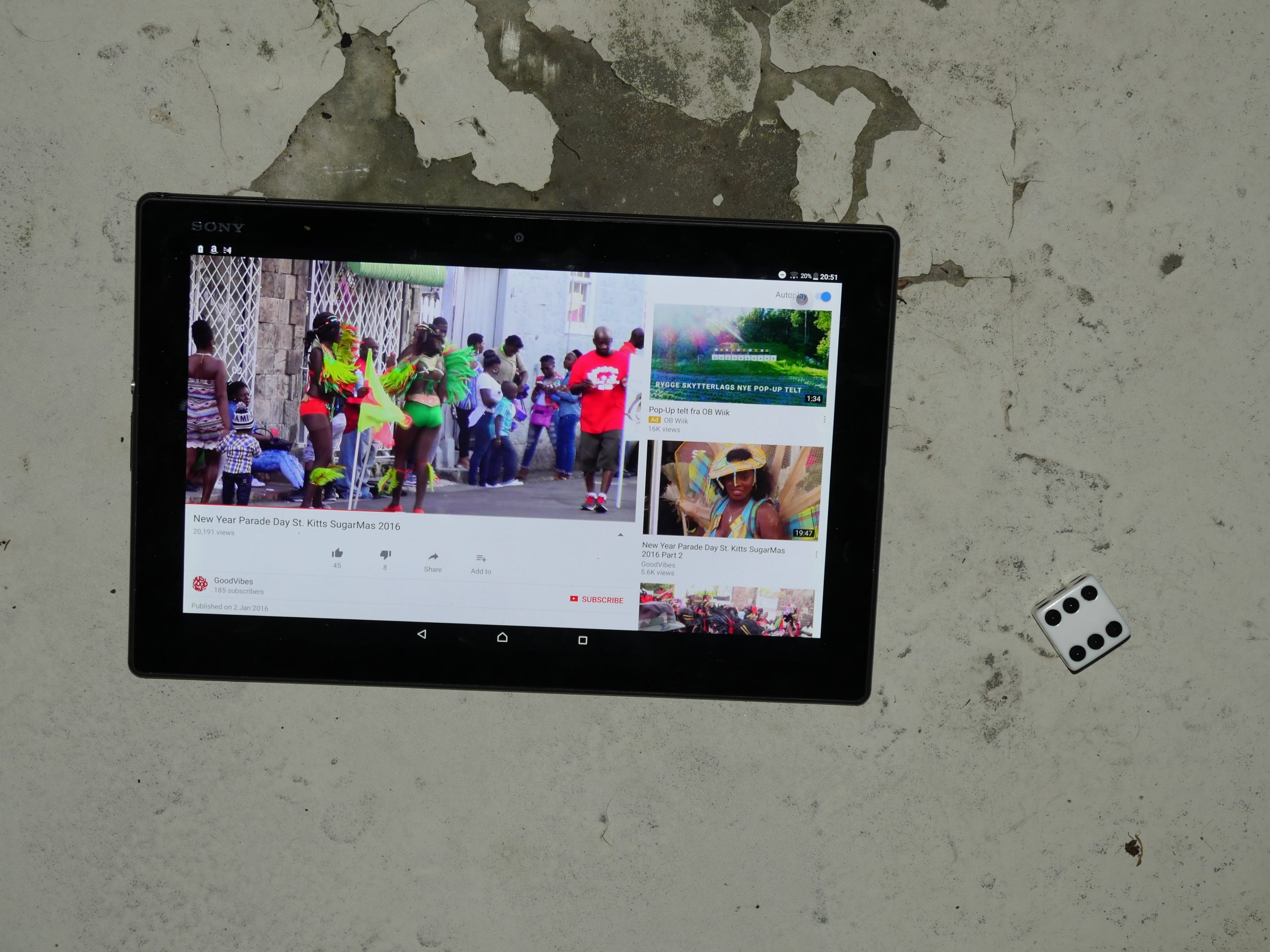 |  |
| New Year Parade Day St. Kitts SugarMas 2016. unknown. 2016. Saint Kitts and Nevis. September 8th, 2017. Killer Bee with Pepper and Nutmeg. | |||
 | 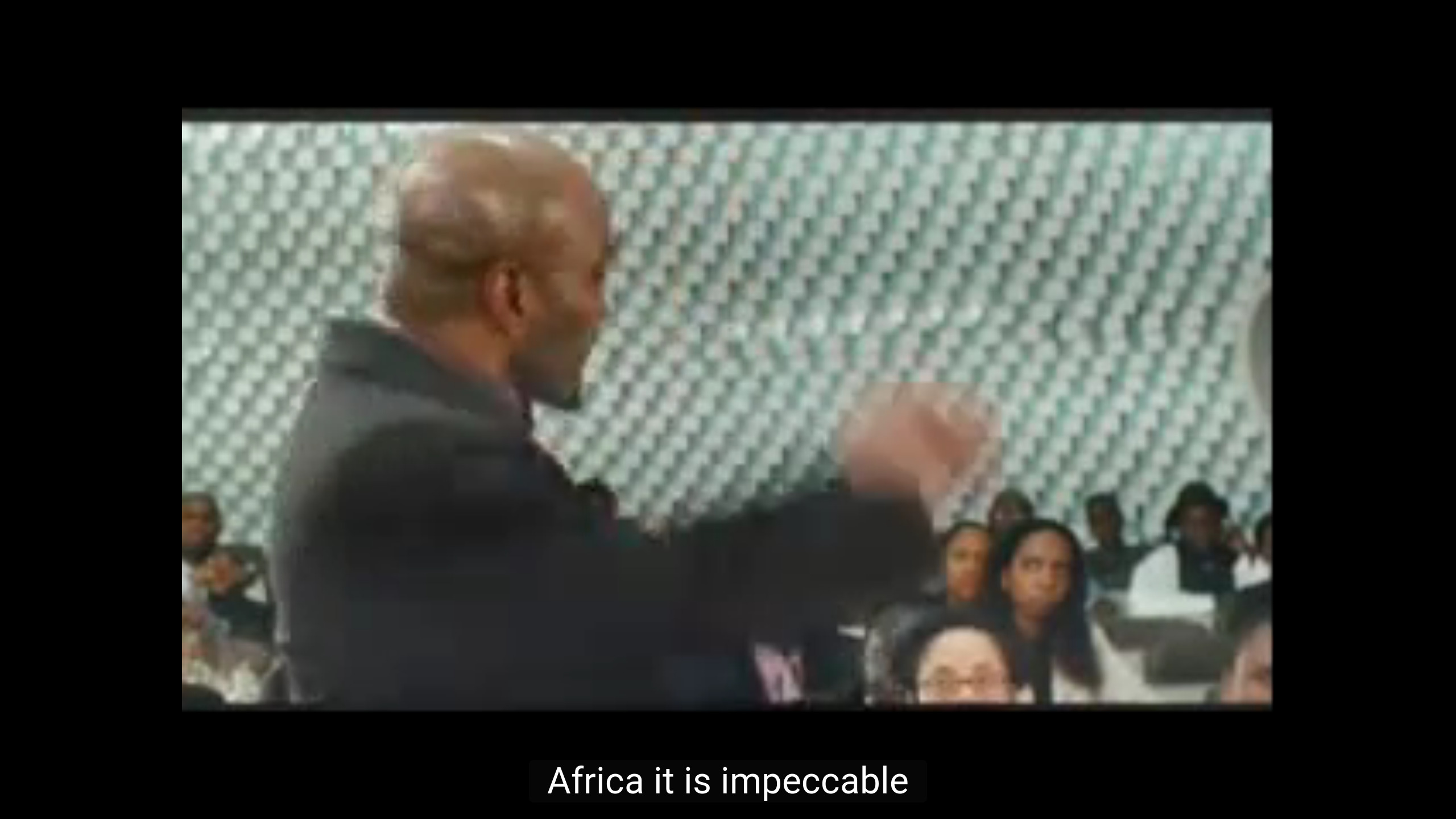 | 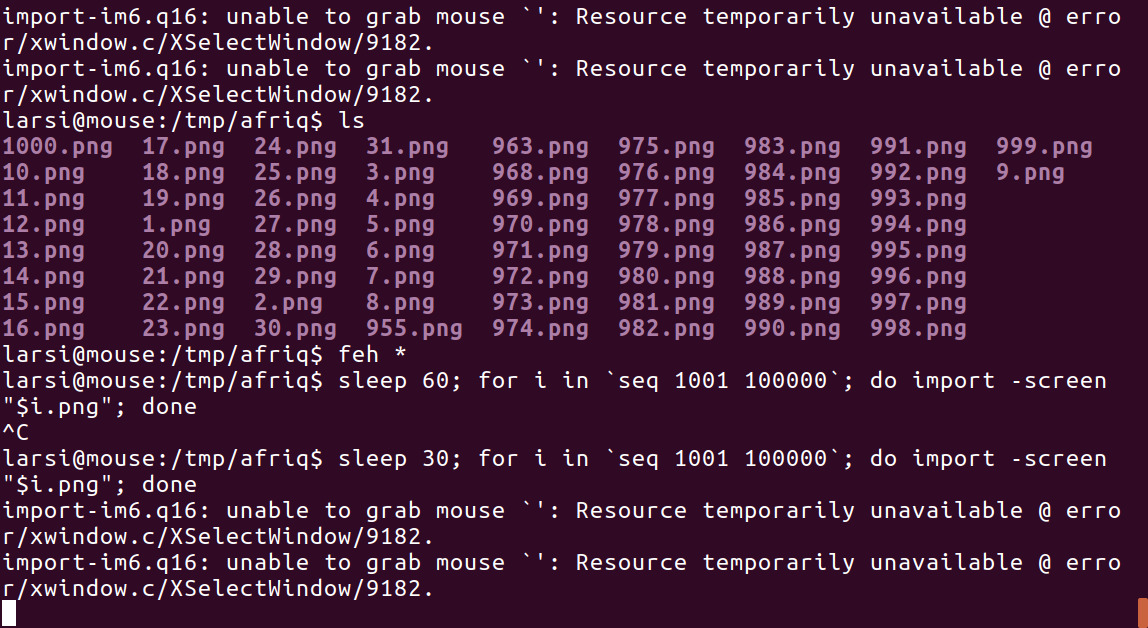 | 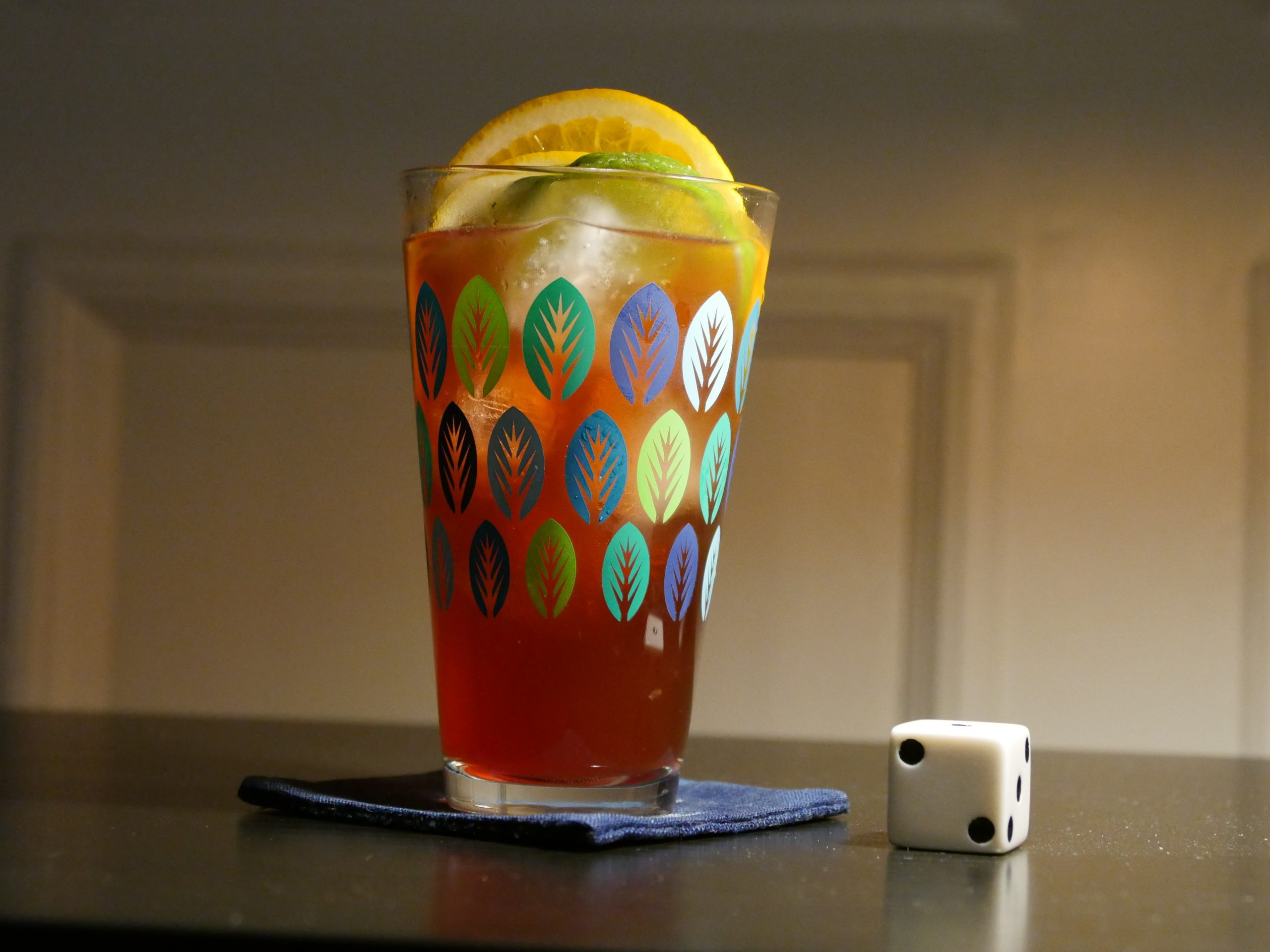 |
| Africa Paradis. Sylvestre Amoussou. 2006. Benin. September 8th, 2017. . | |||
 | 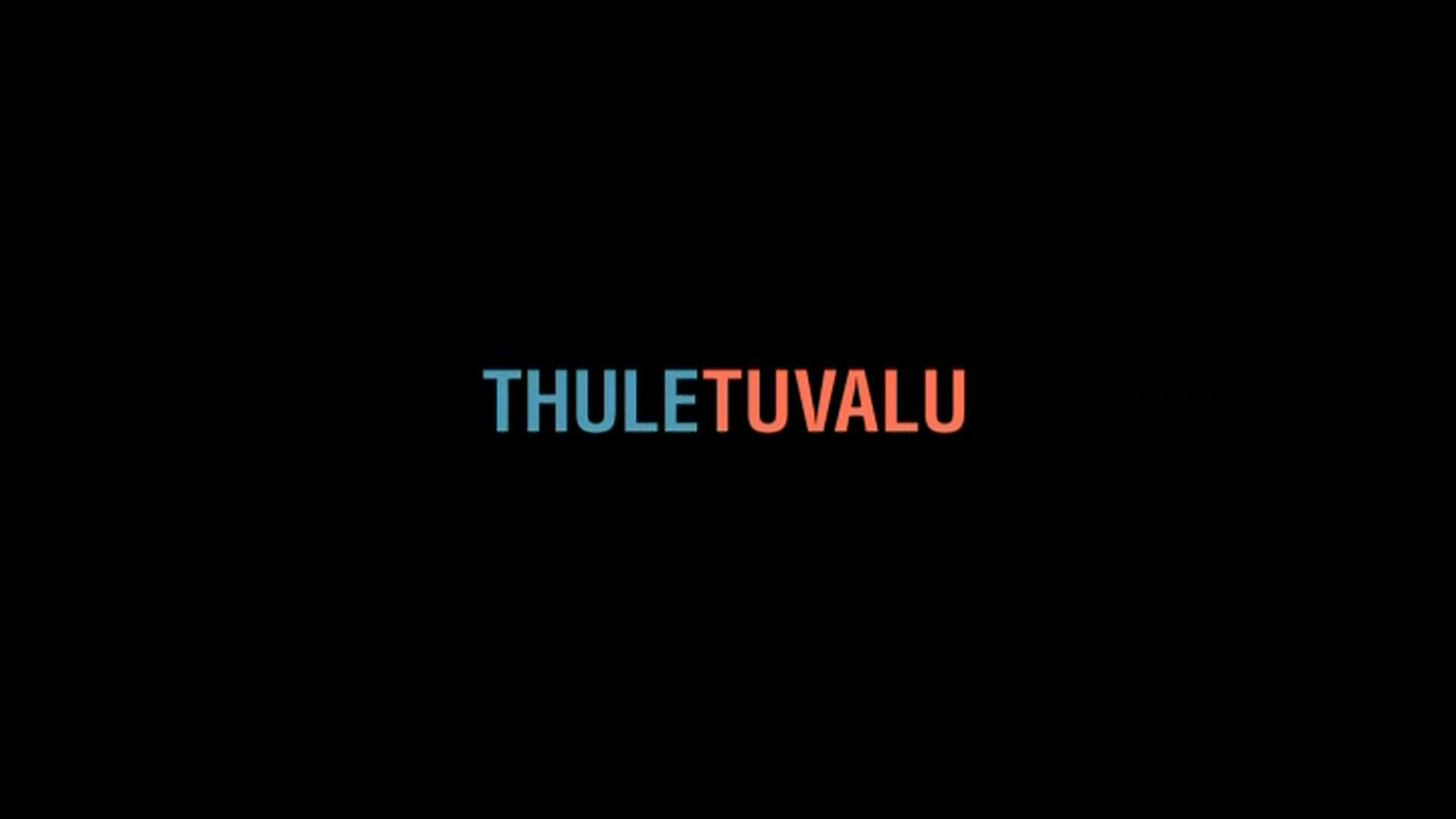 |  | 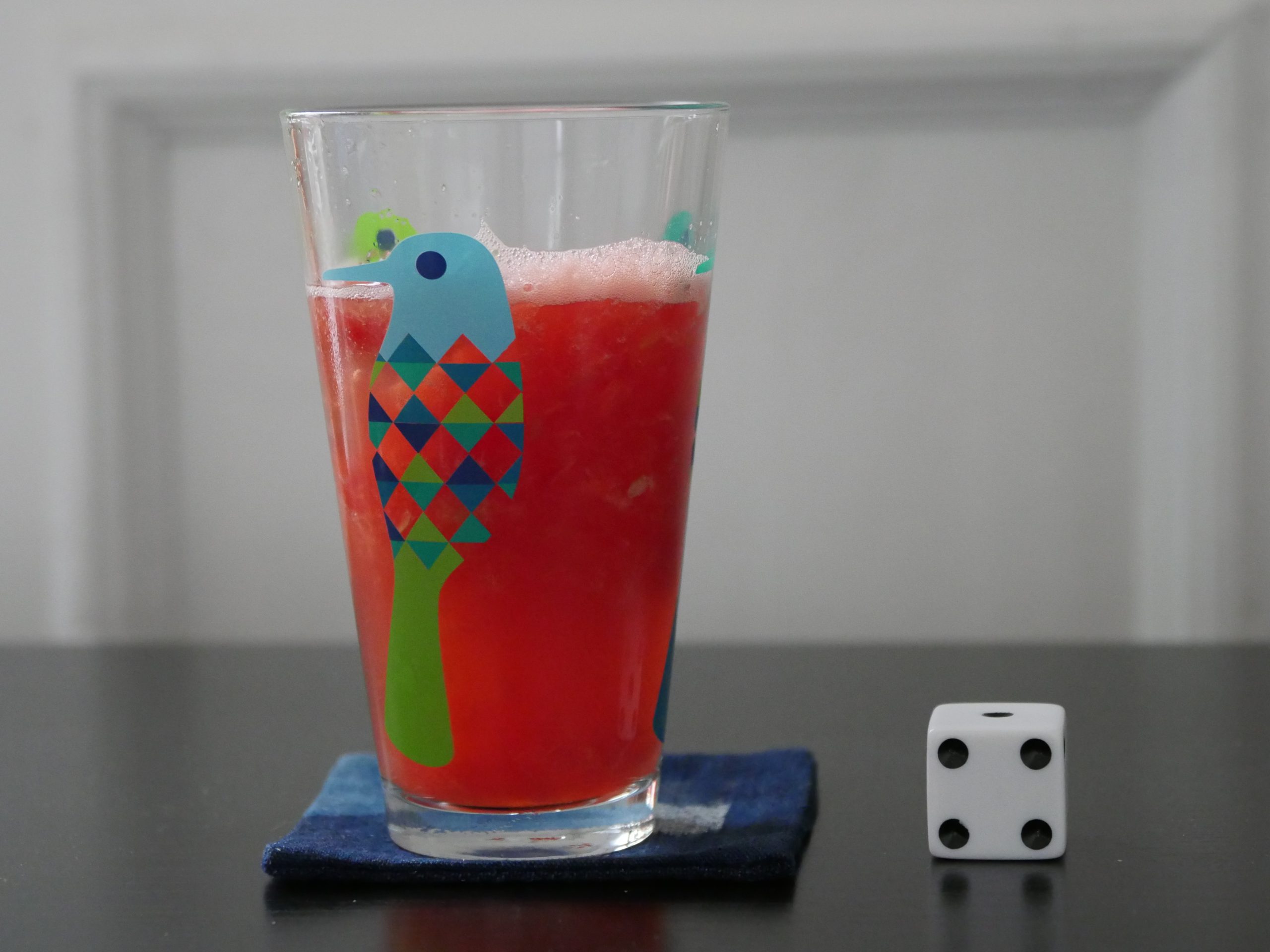 |
| ThuleTuvalu. Matthias von Gunten. 2014. Tuvalu. September 9th, 2017. ‘Otai. | |||
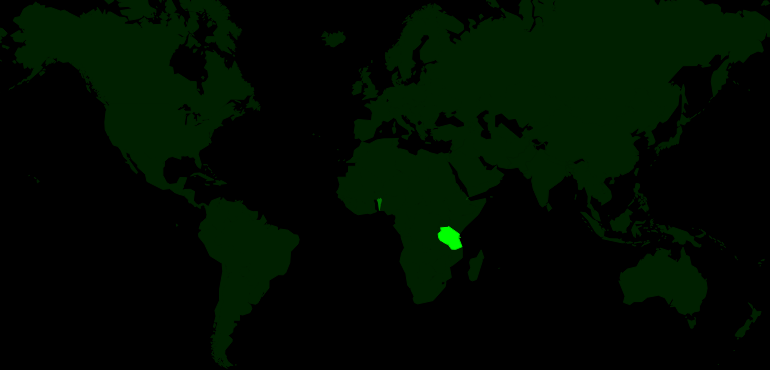 |  | 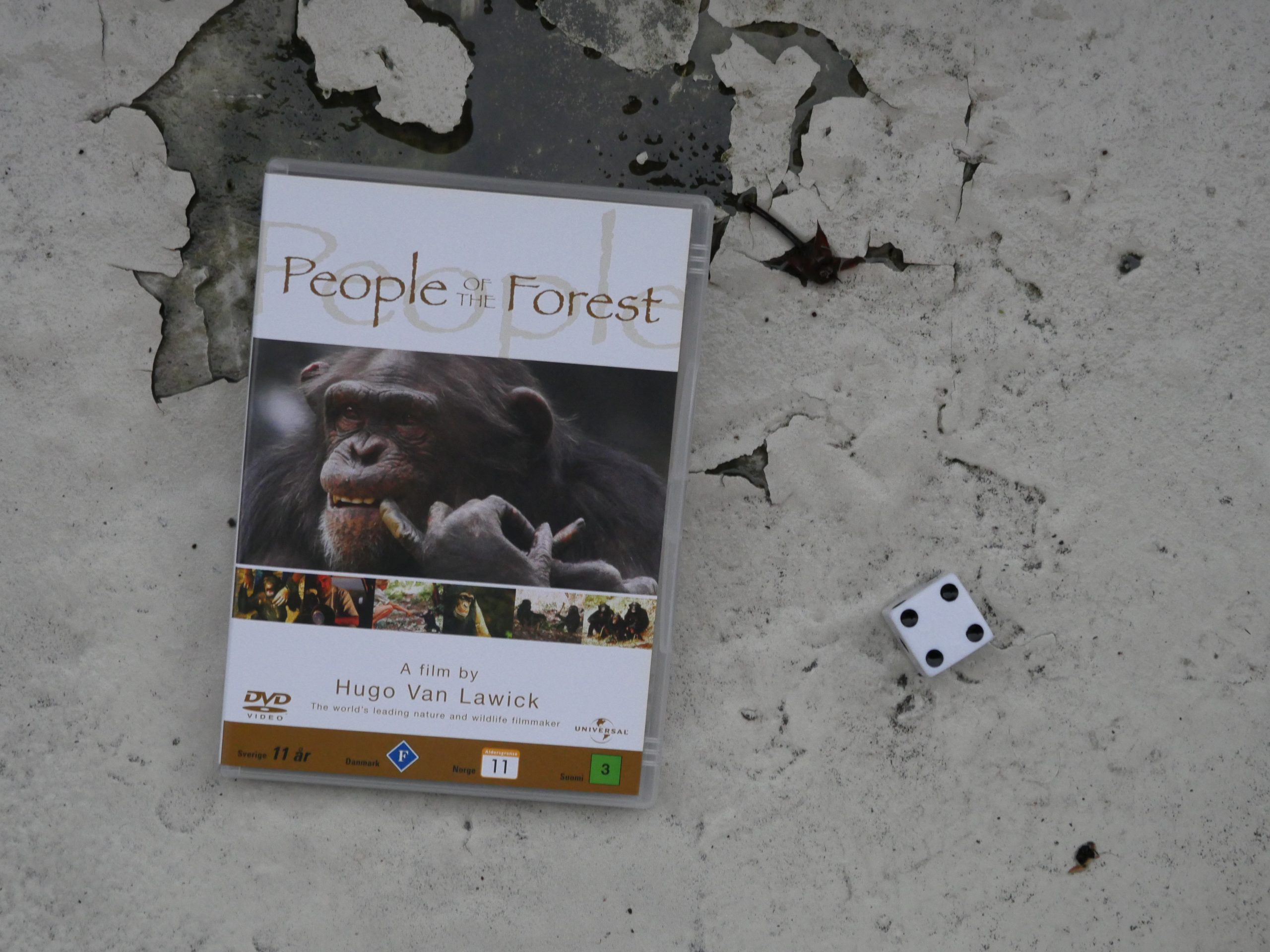 | 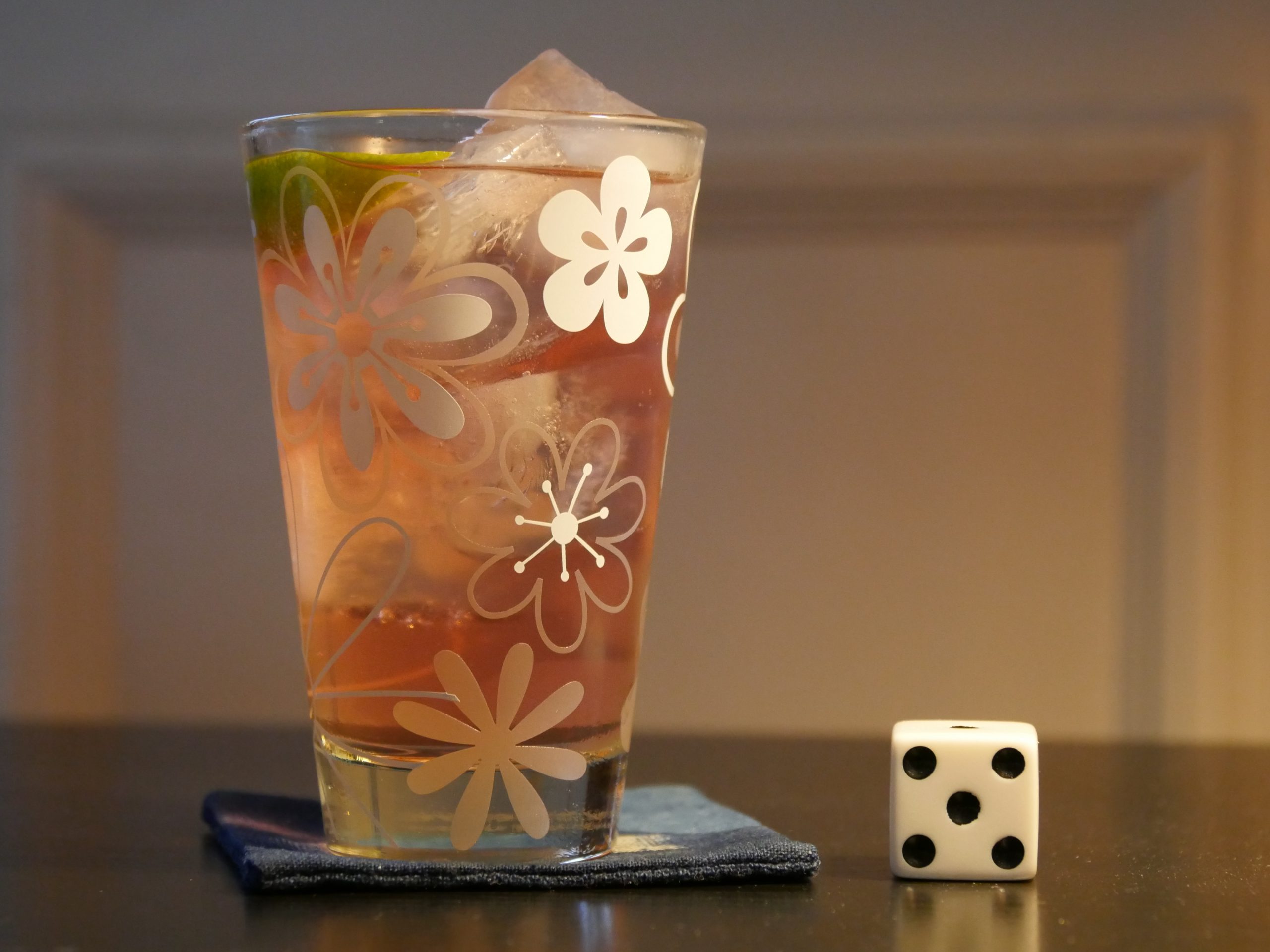 |
| People of the Forest. Hugo Van Lawick. 1988. Tanzania. September 9th, 2017. Tanzania 28 Cocktail. | |||
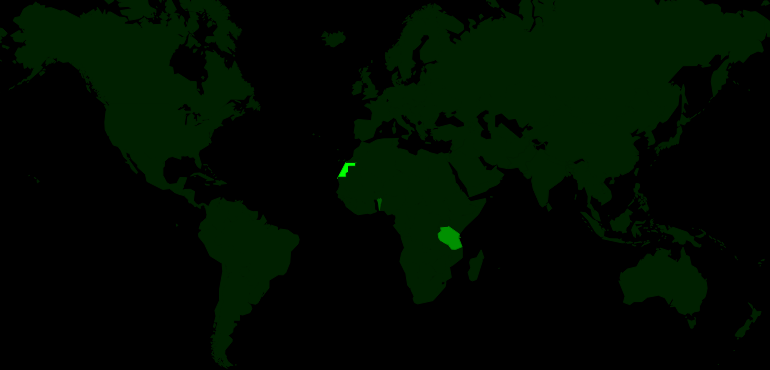 |  |  |  |
| Life is Waiting: Referendum and Resistance in Western Sahara. Iara Lee. 2015. Western Sahara. September 9th, 2017. West Sahara Ginger Drink. | |||
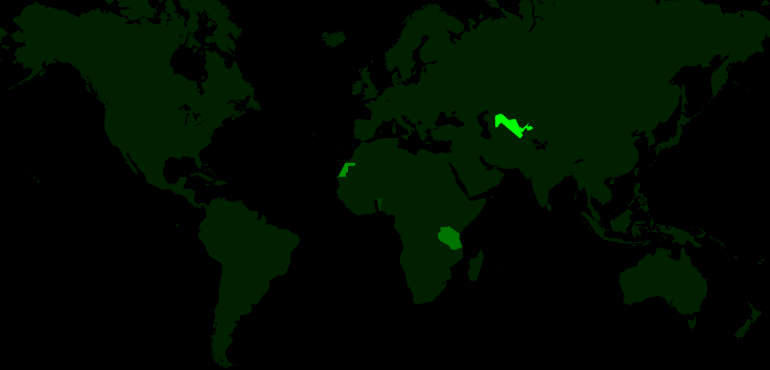 |  |  |  |
| The Keeper. Otabek Djuraev. 2013. Uzbekistan. September 9th, 2017. Grape + Sage Holiday Kompot Cocktail. | |||
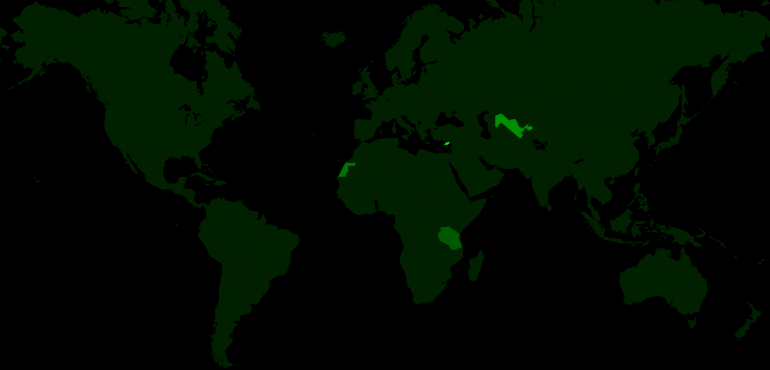 |  | 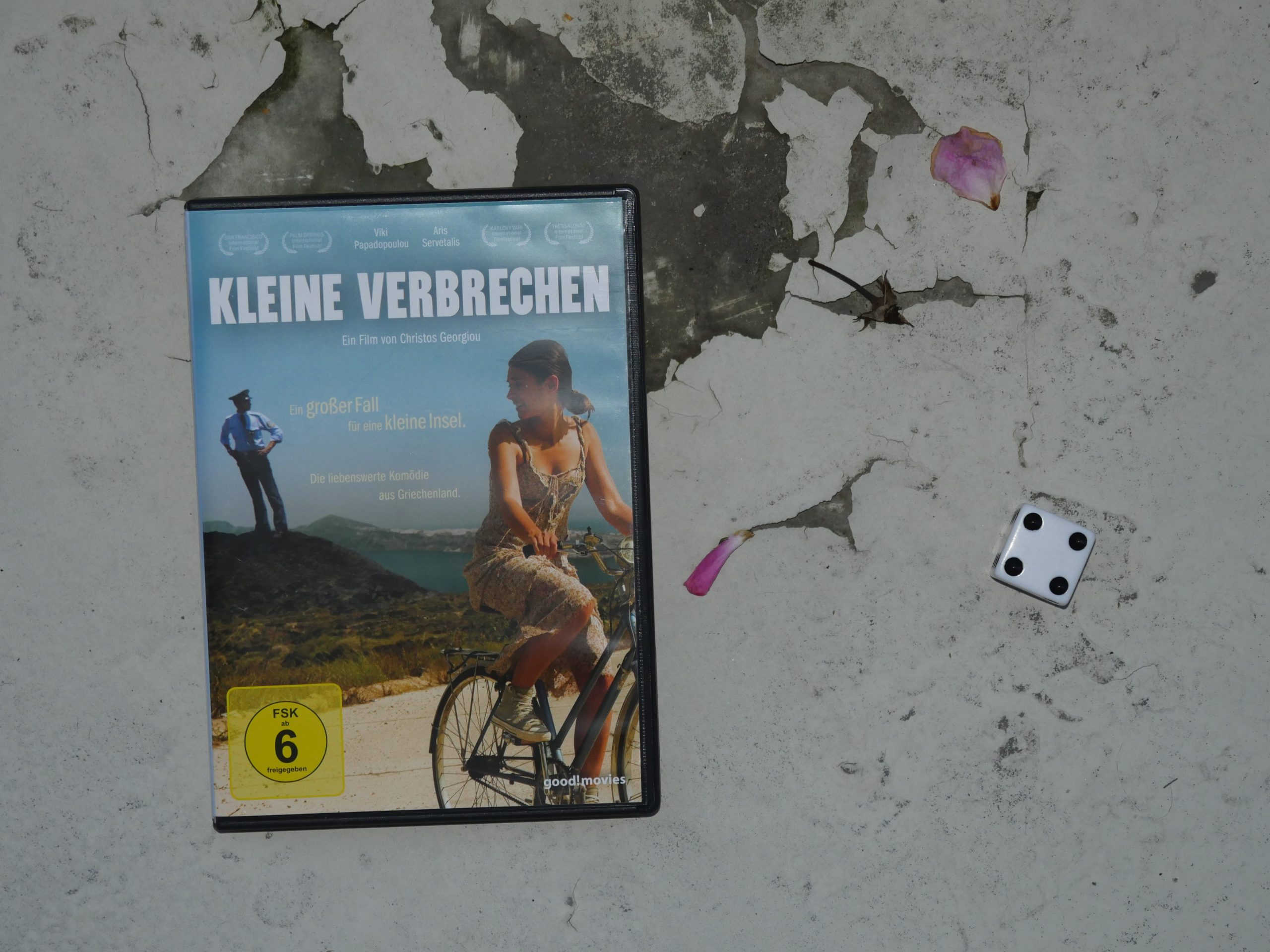 | 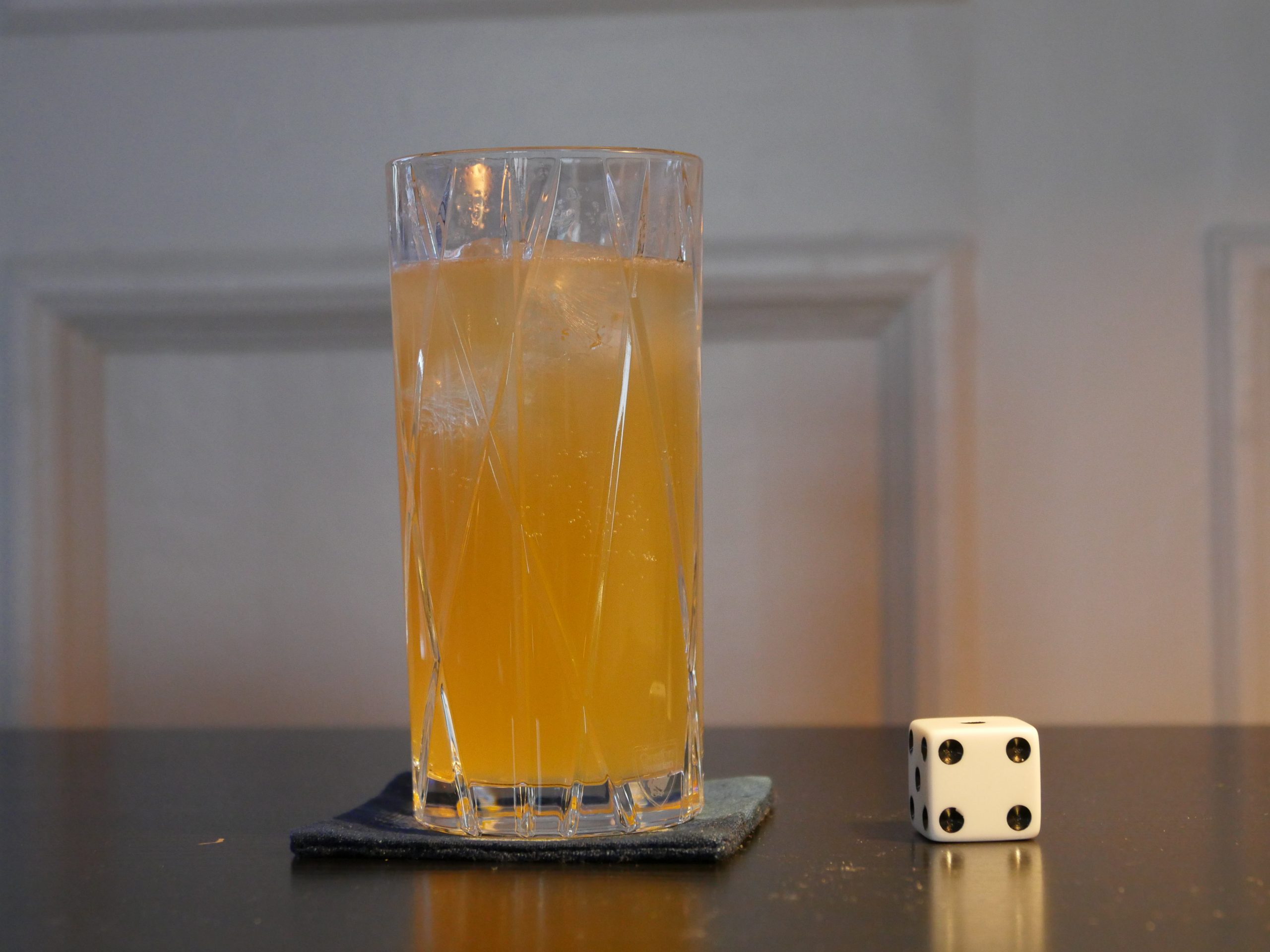 |
| Small Crimes. Christos Georgiou. 2008. Cyprus. September 15th, 2017. Authentic Cypriot Taverna Brandy Sour Cocktail. | |||
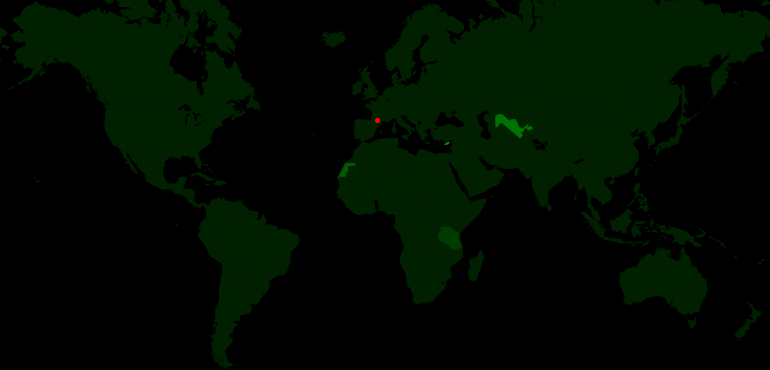 |  | 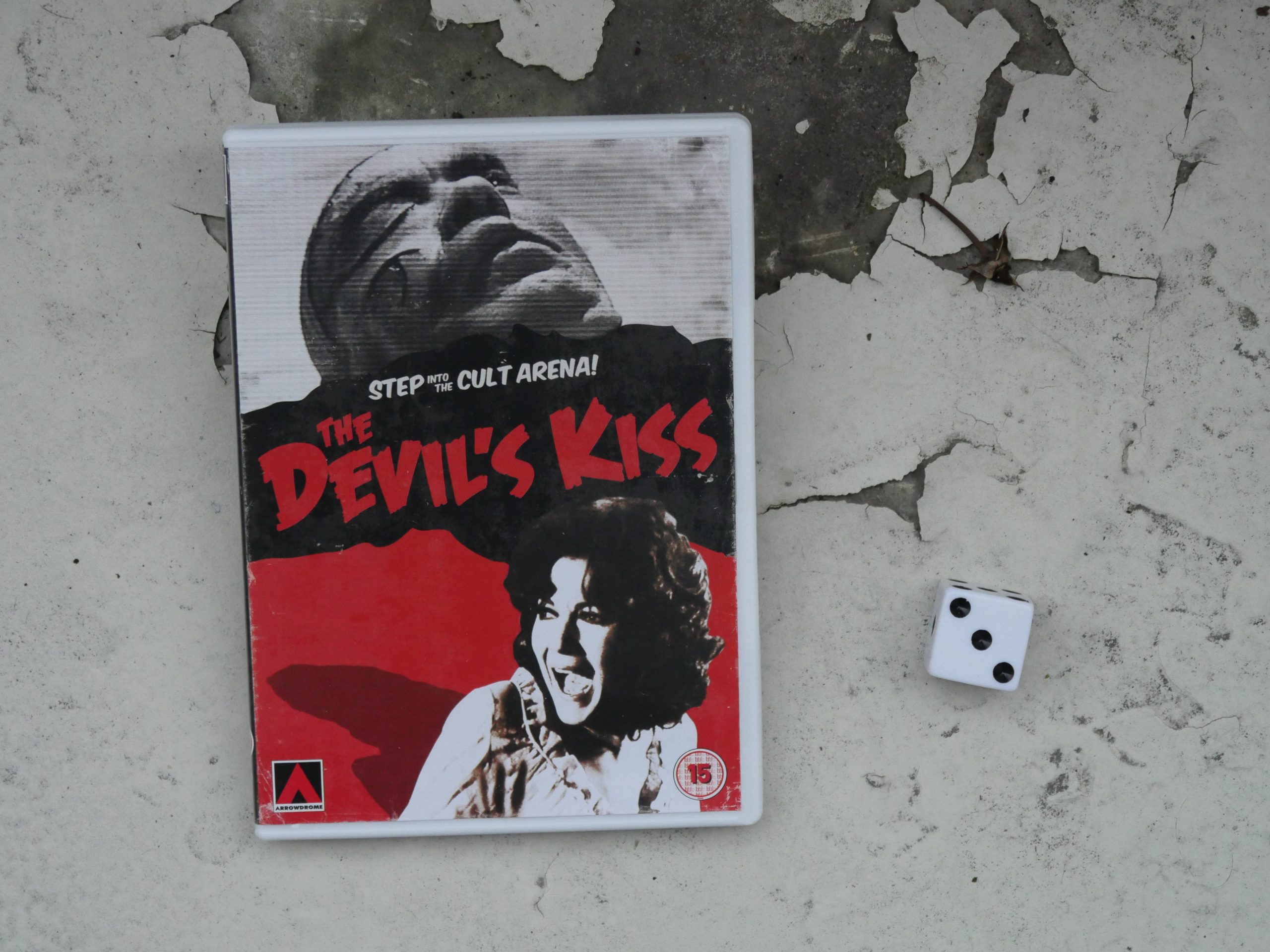 |  |
| The Devil’s Kiss. Jordi Gigó. 1976. Andorra. September 22nd, 2017. Sangria. | |||
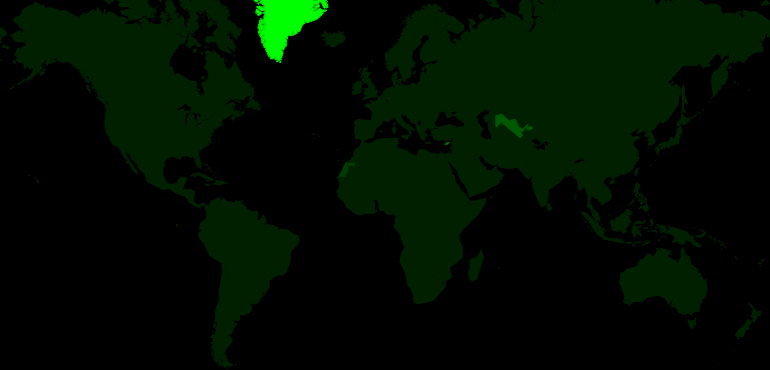 |  | 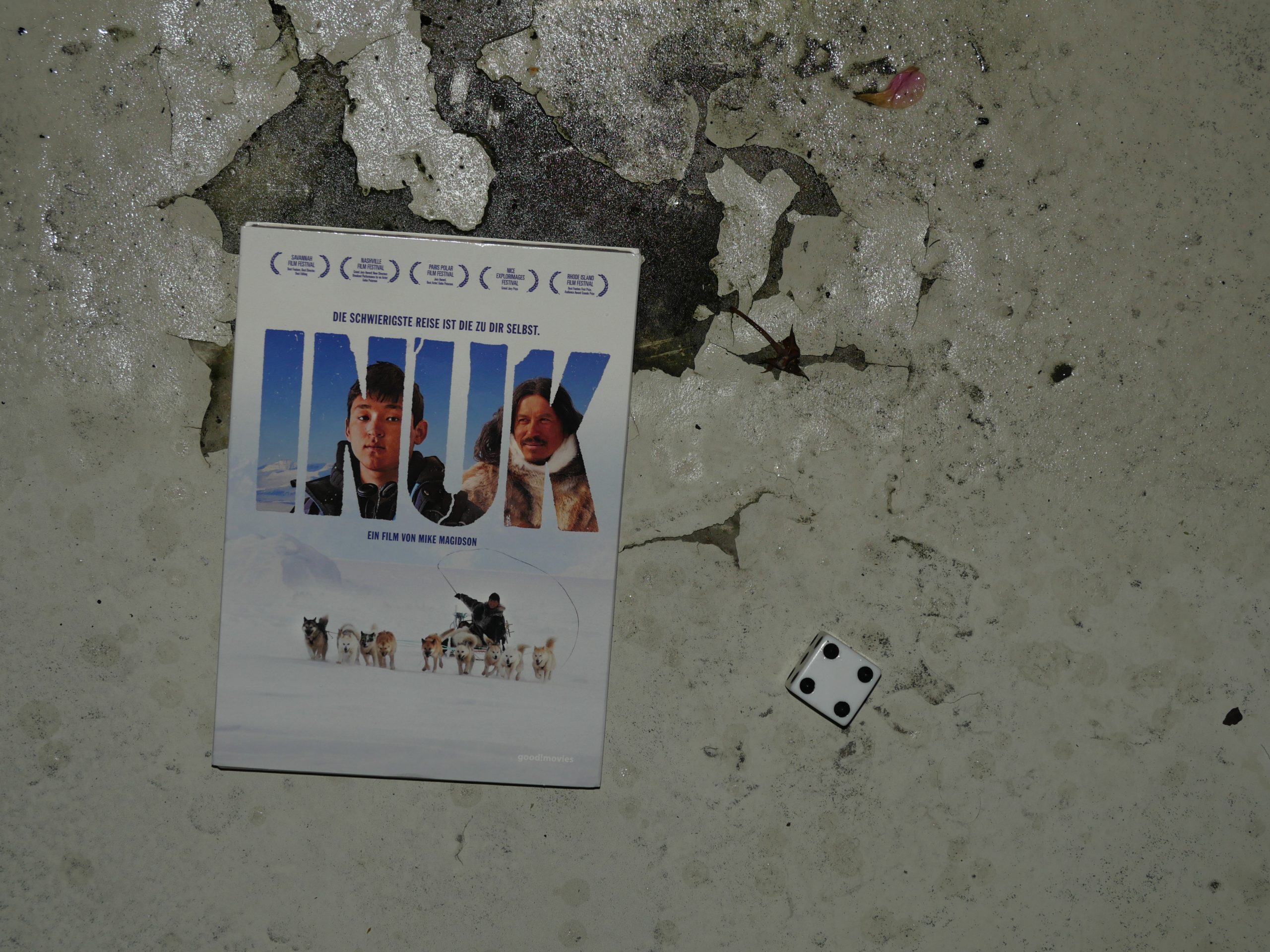 | 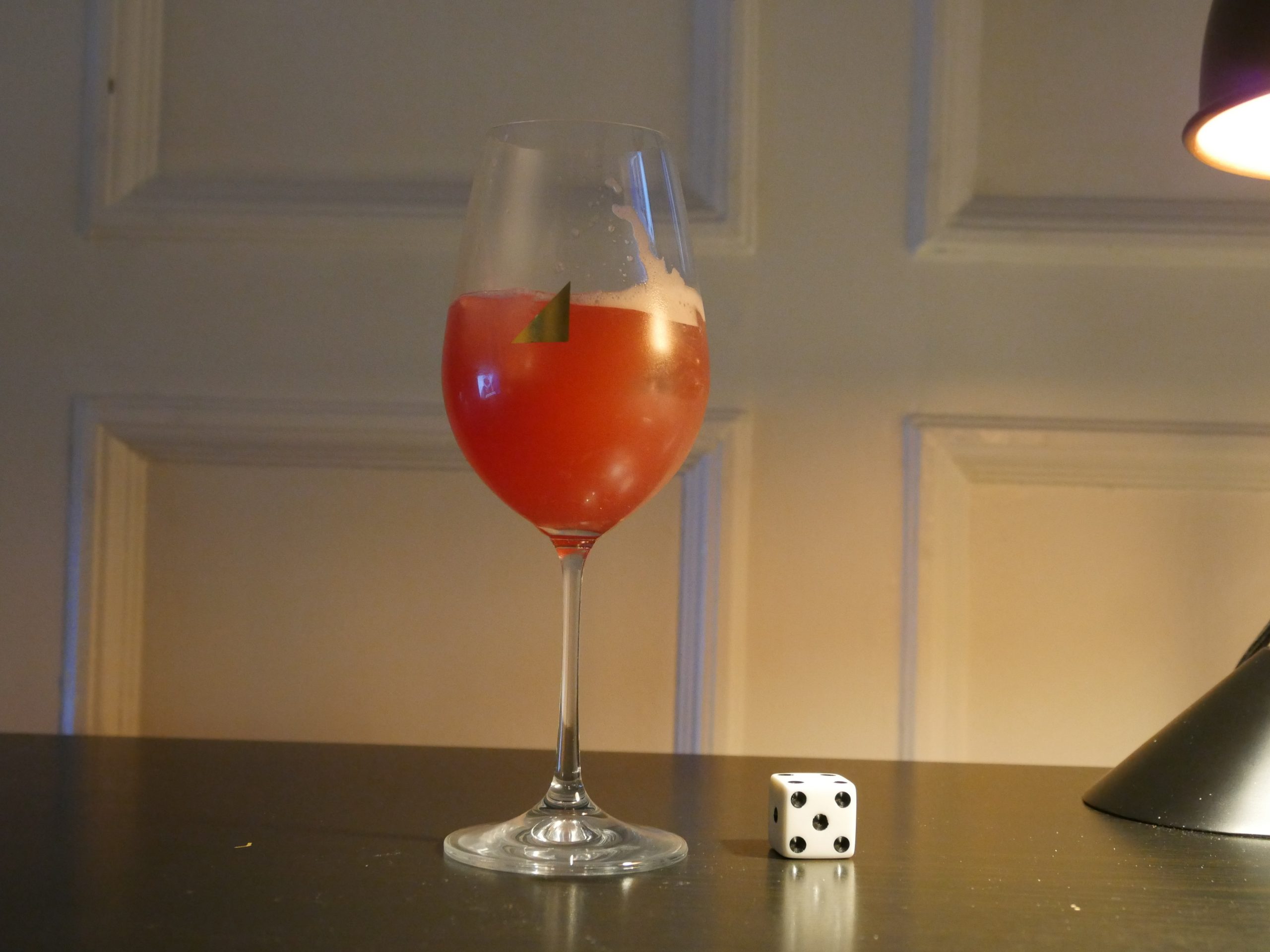 |
| Inuk. Mike Magidson. 2010. Greenland. September 22nd, 2017. Arctic Cirle Secrets. | |||
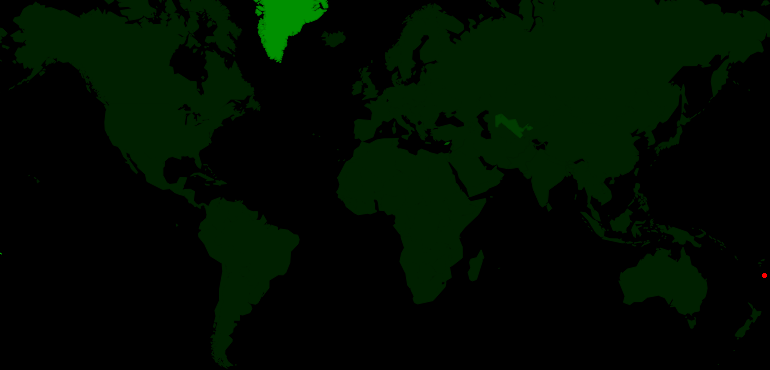 | 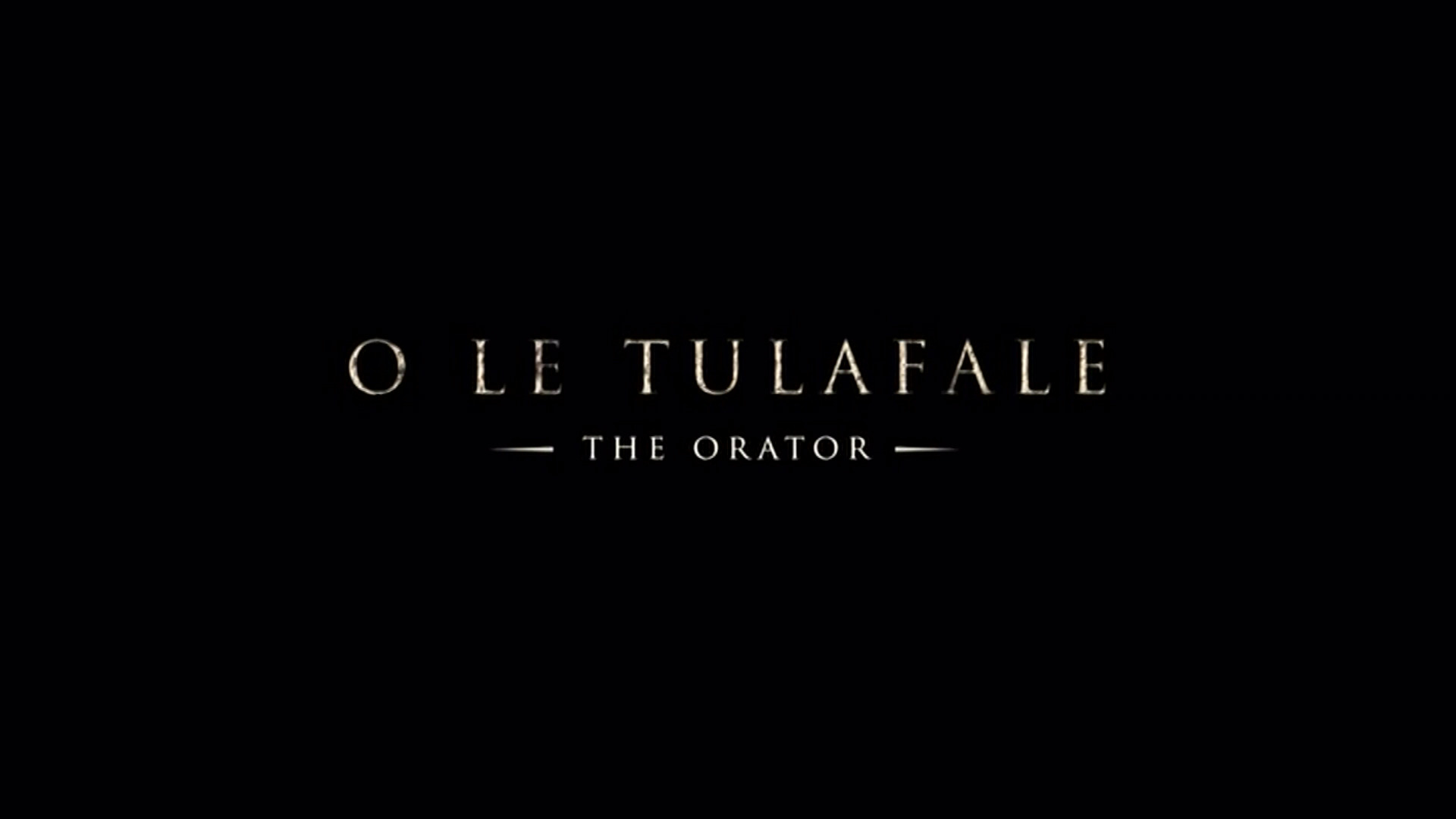 | 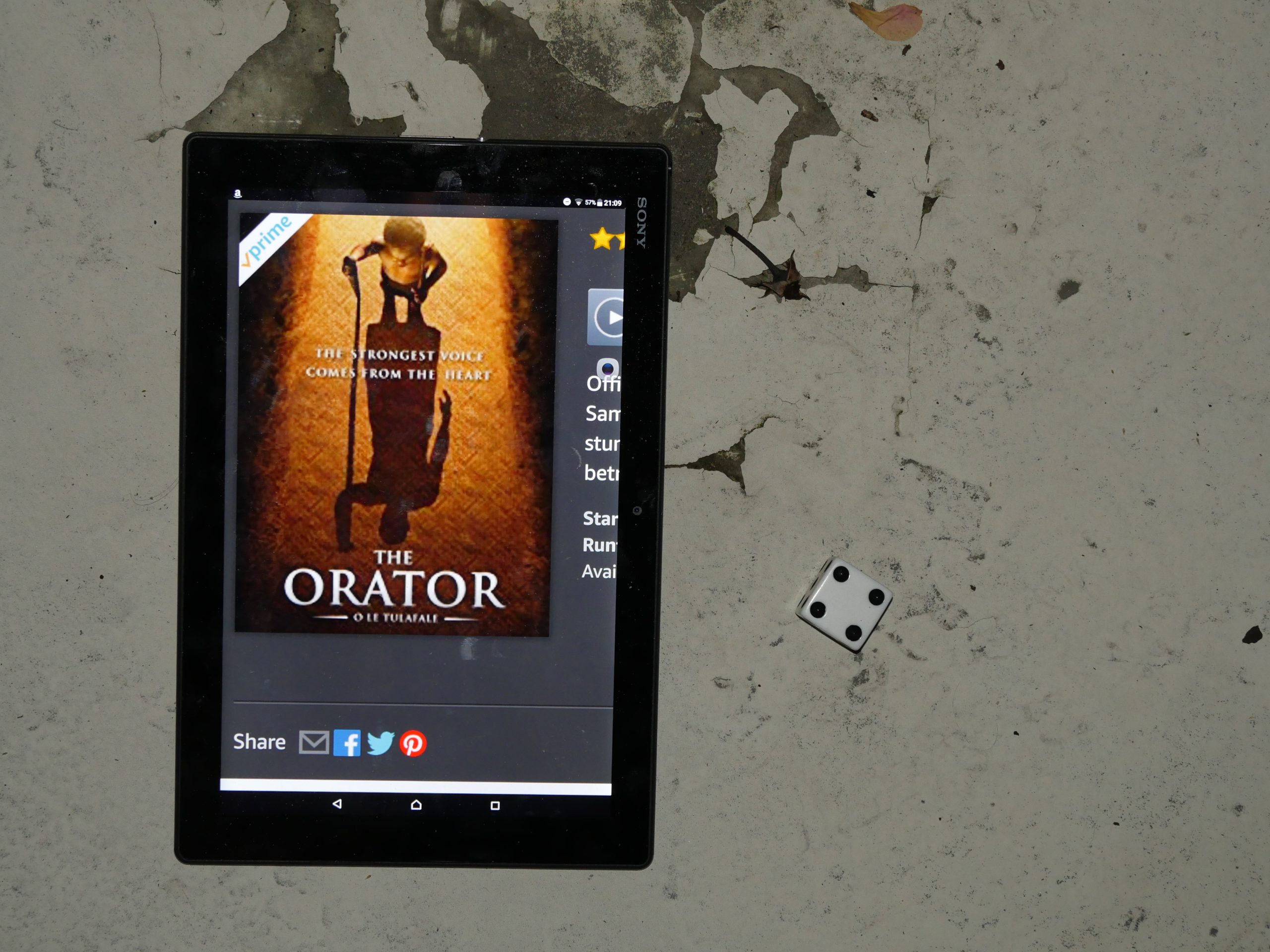 |  |
| The Orator. Tusi Tamasese. 2011. Samoa. September 23rd, 2017. Samoan island cocktail recipe. | |||
 |  |  |  |
| Women. Luís Galvão Teles. 1997. Luxembourg. October 6th, 2017. Absolute Stress. | |||
 |  | 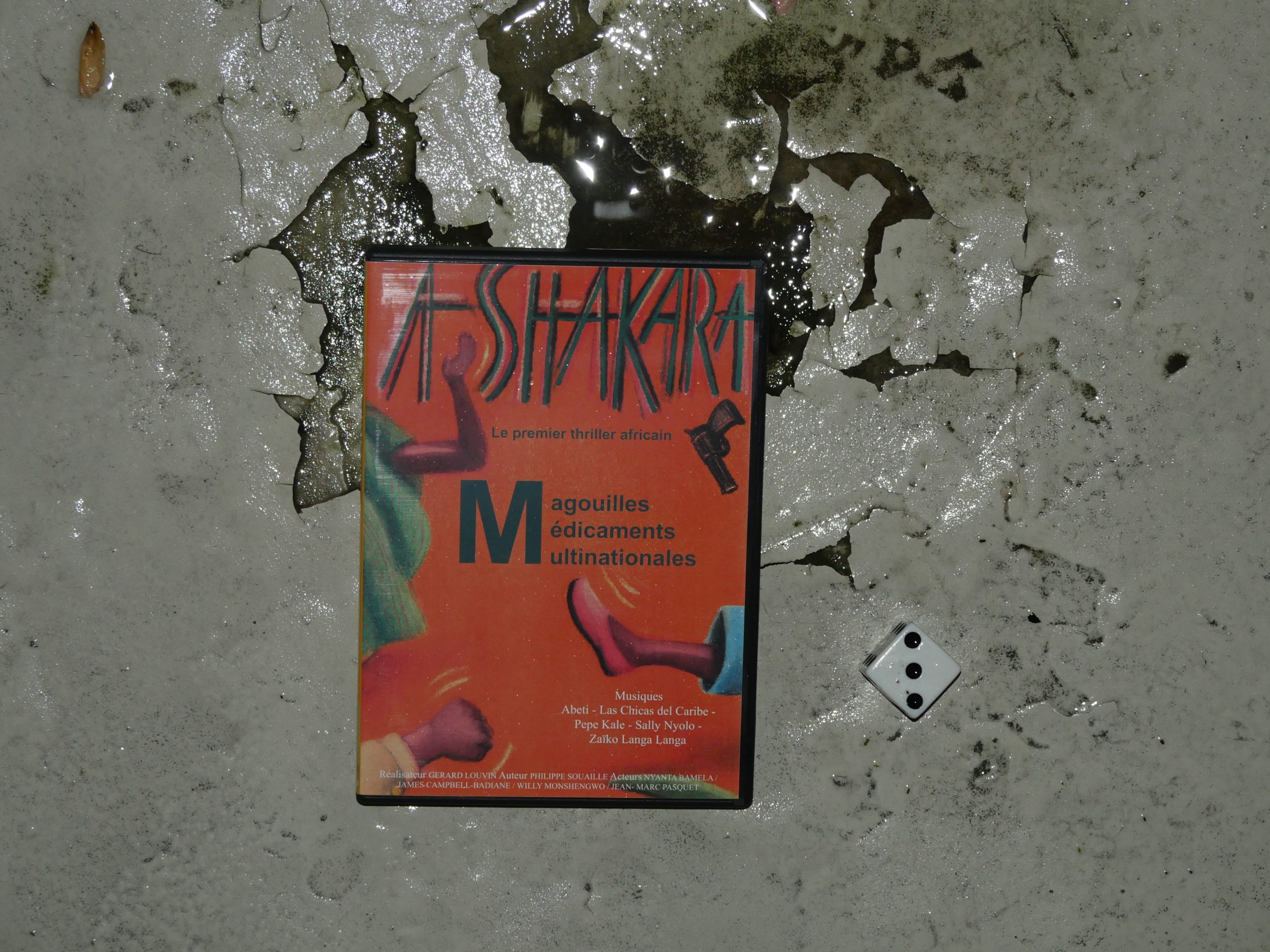 | 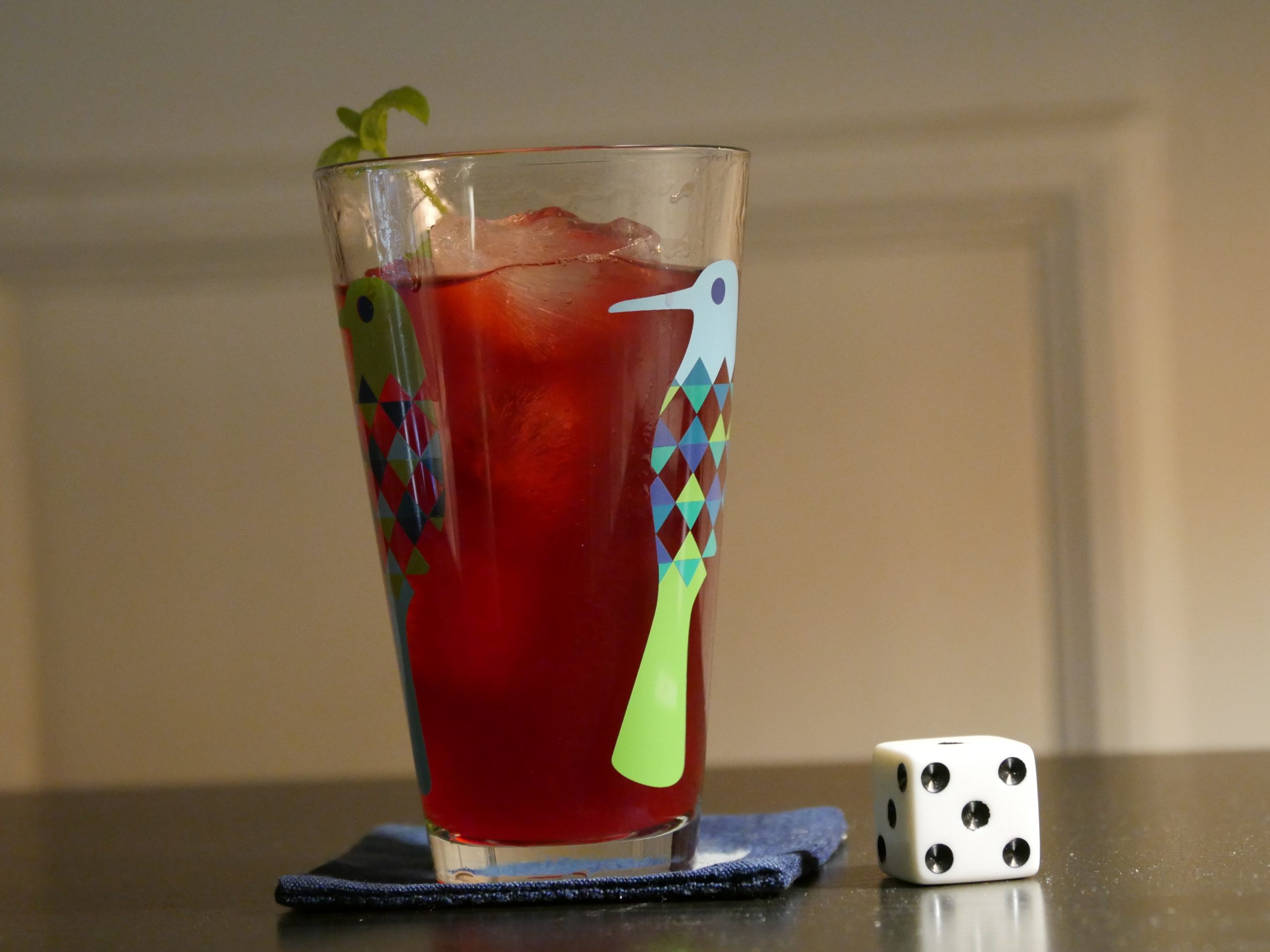 |
| Ashakara. Gérard Louvin. 1991. Togo. October 13th, 2017. Jus de bissap. | |||
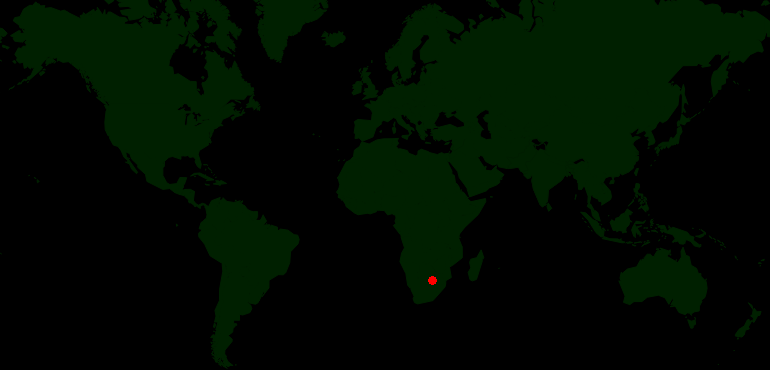 |  | 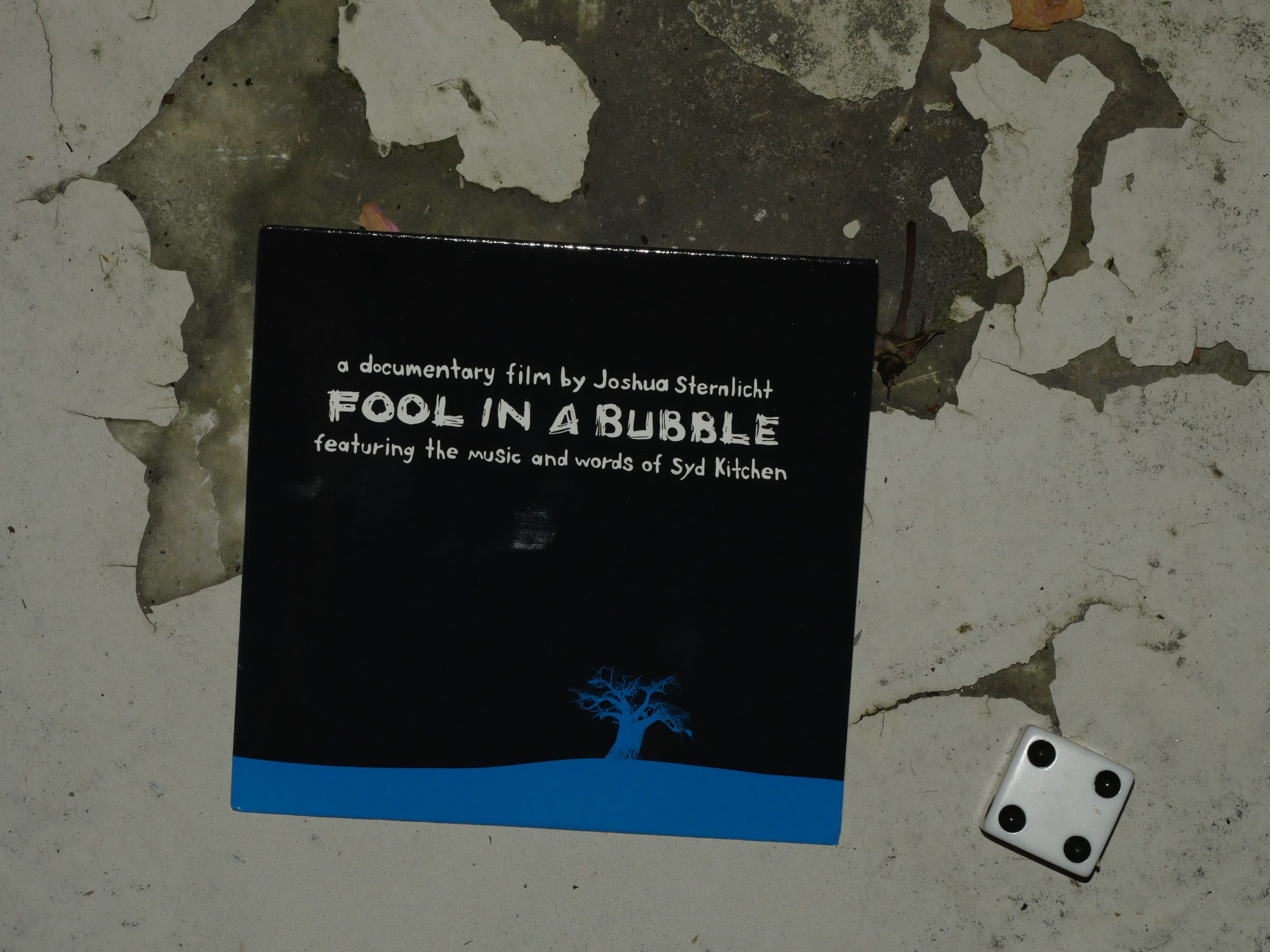 | 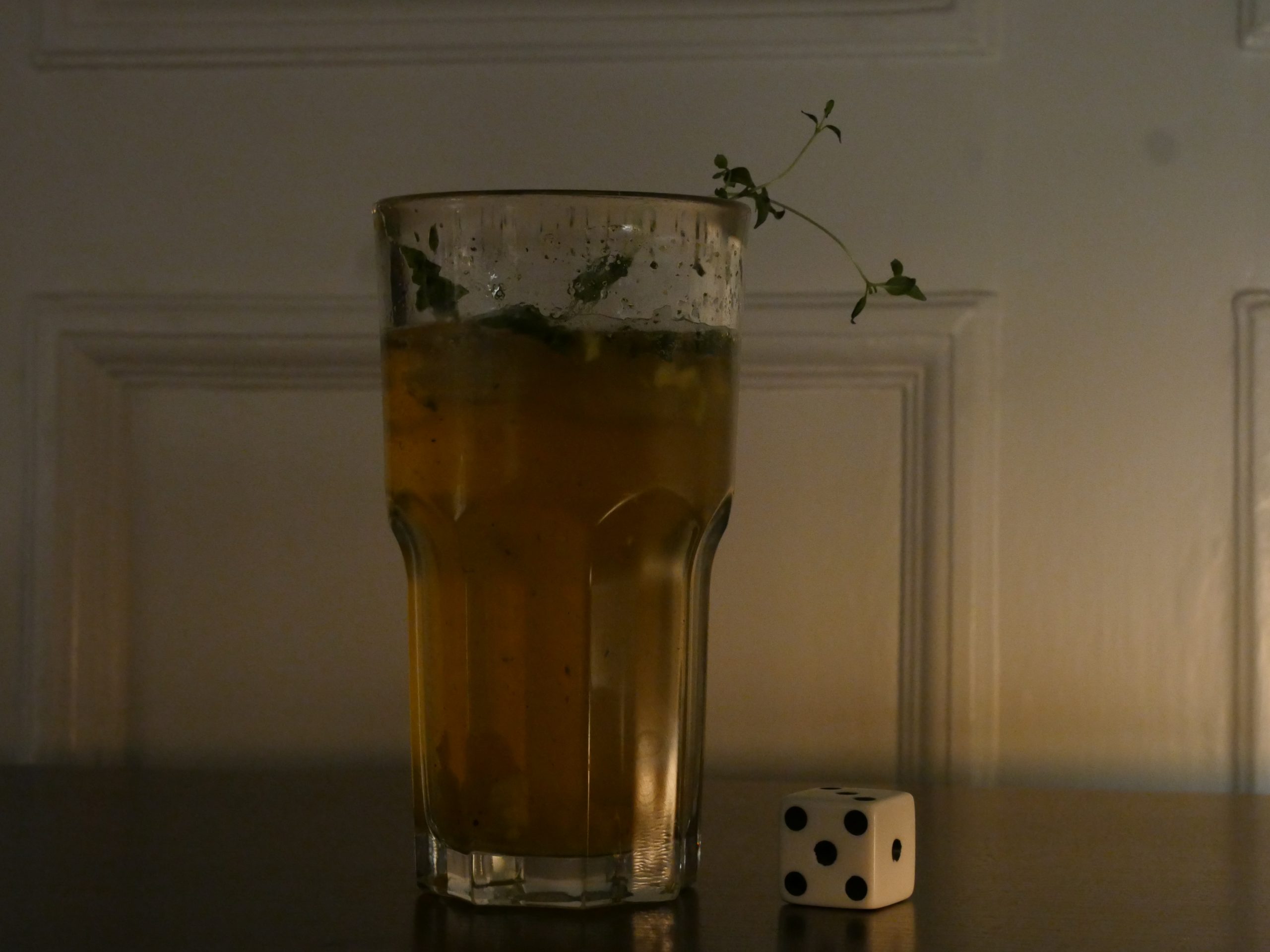 |
| Fool in a Bubble. Josh Sternlicht. 2010. Swaziland. October 20th, 2017. Black Label Fusion Cocktail. | |||
*phew*

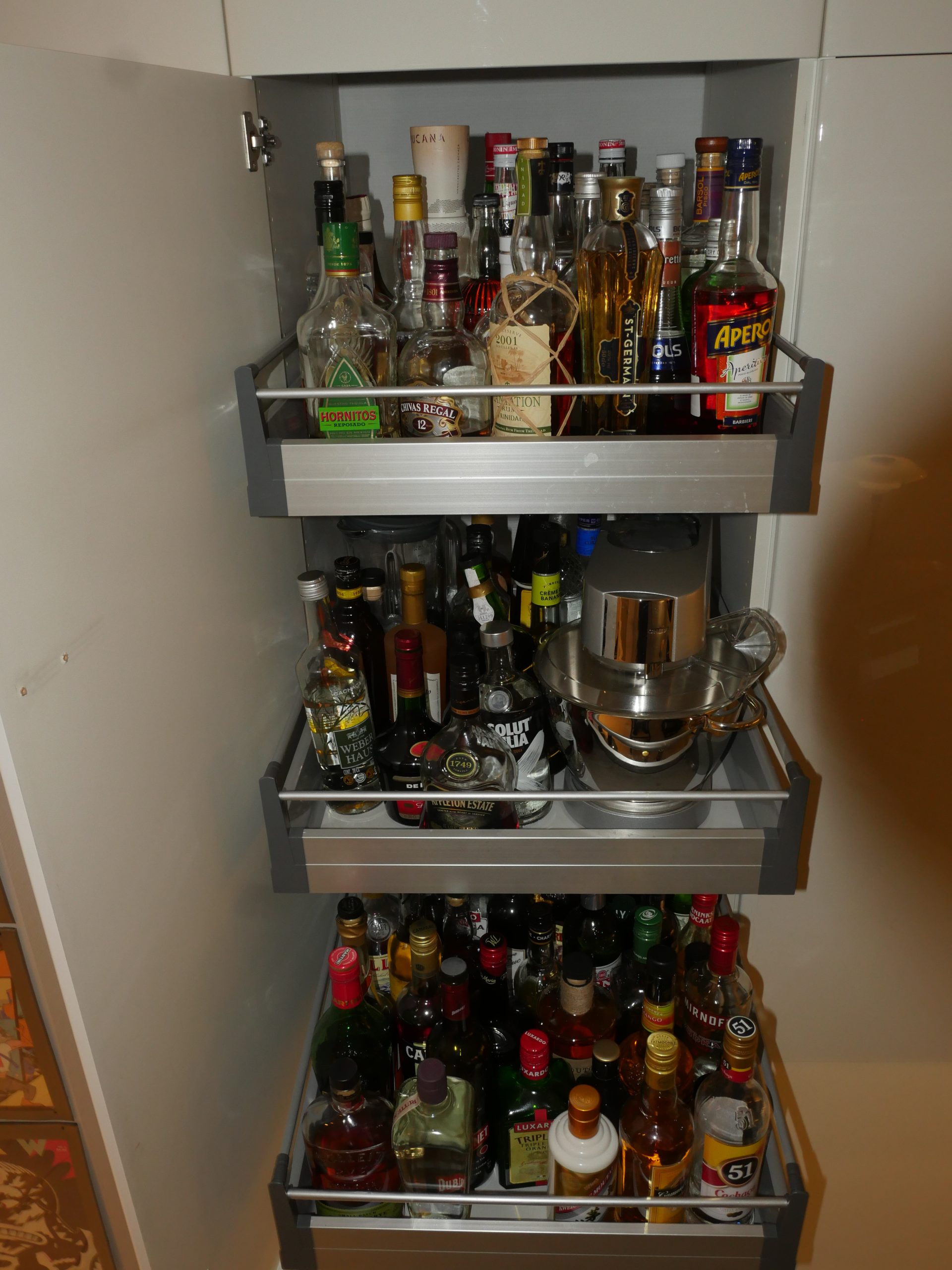

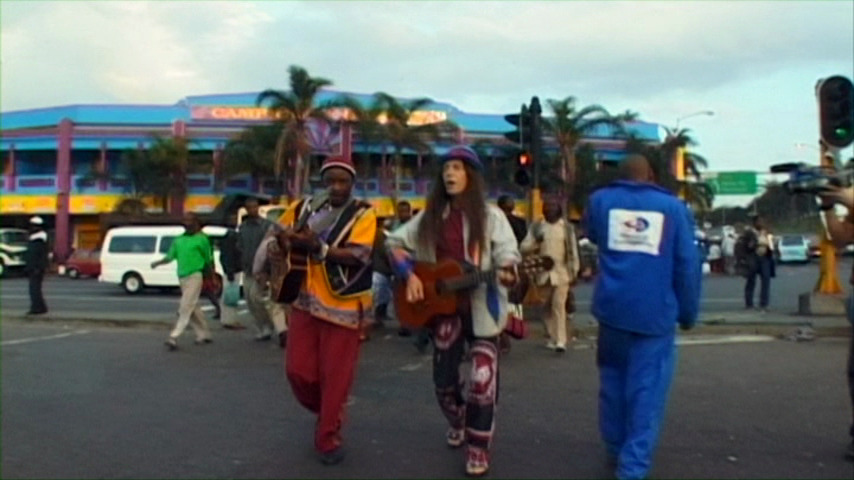
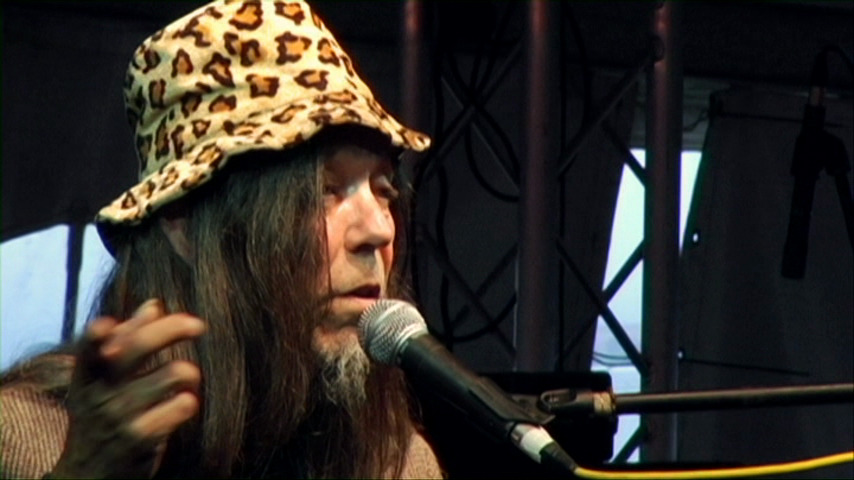

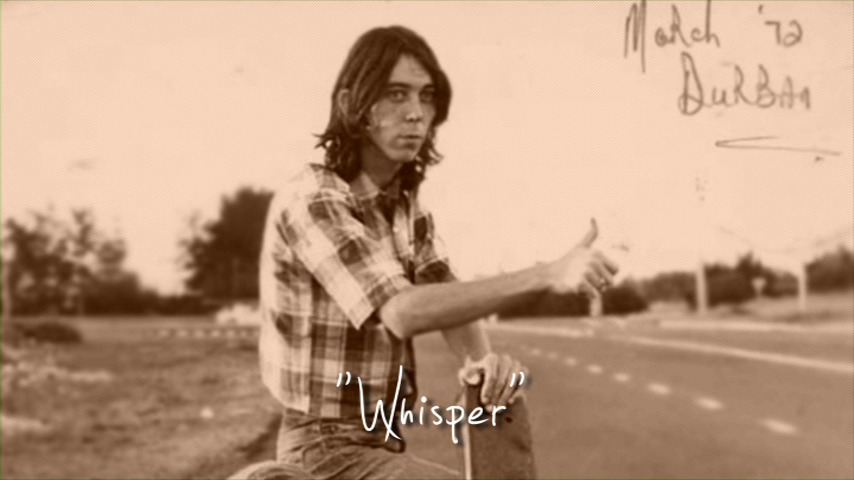
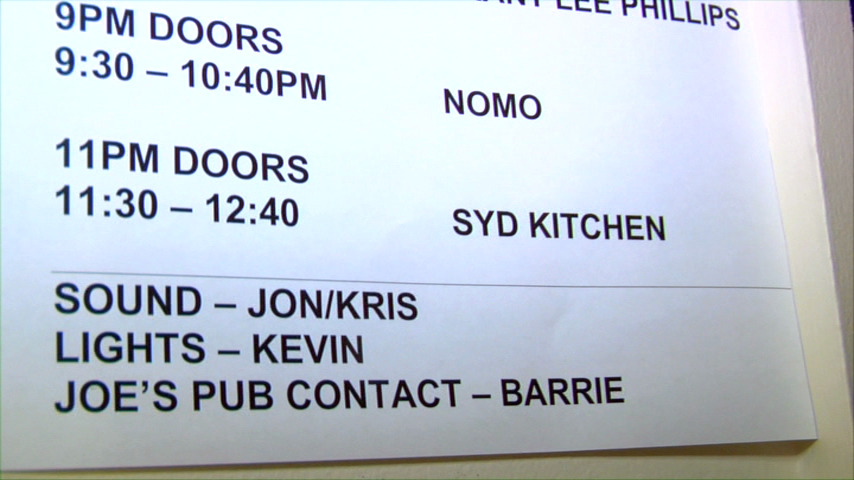
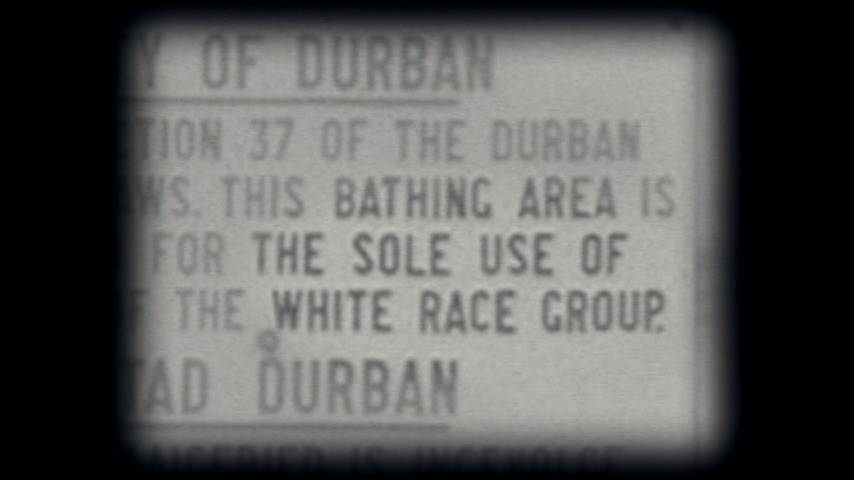
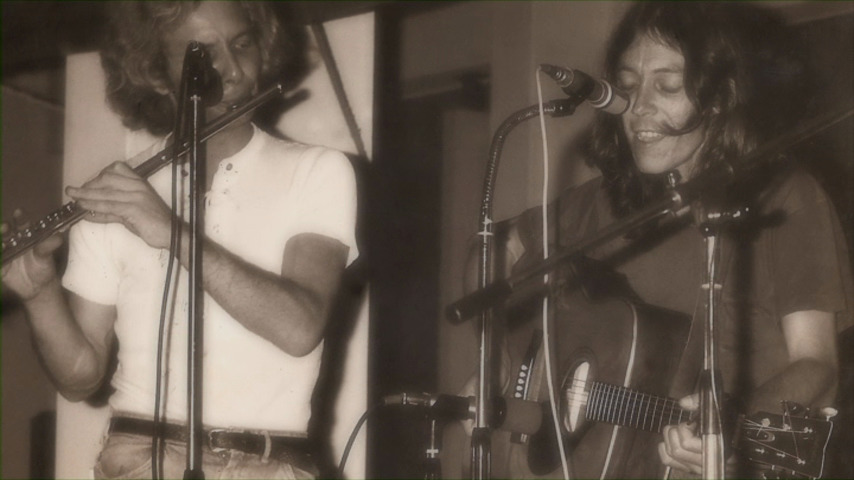
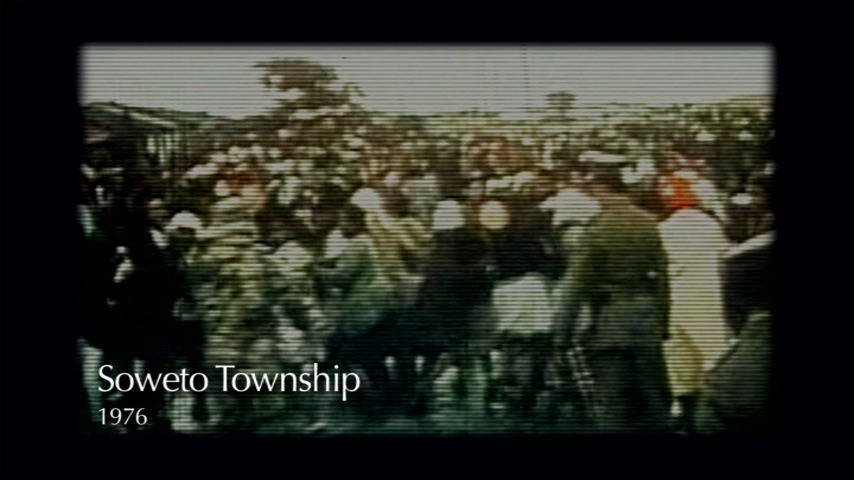
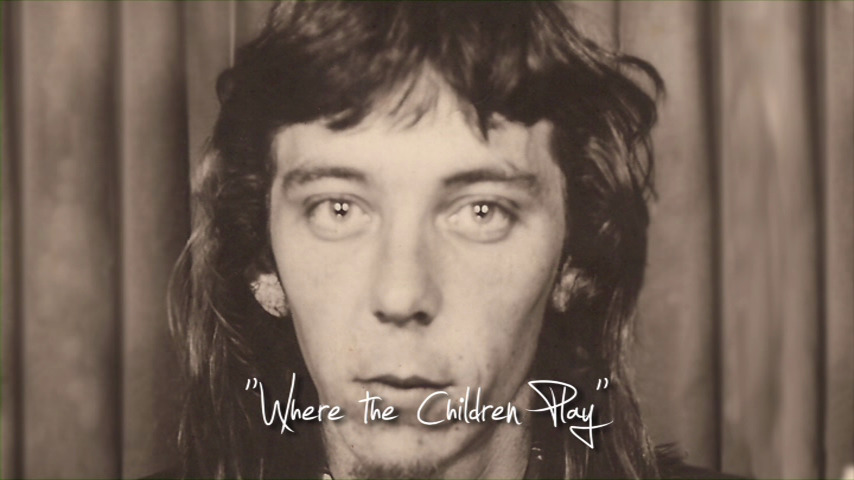

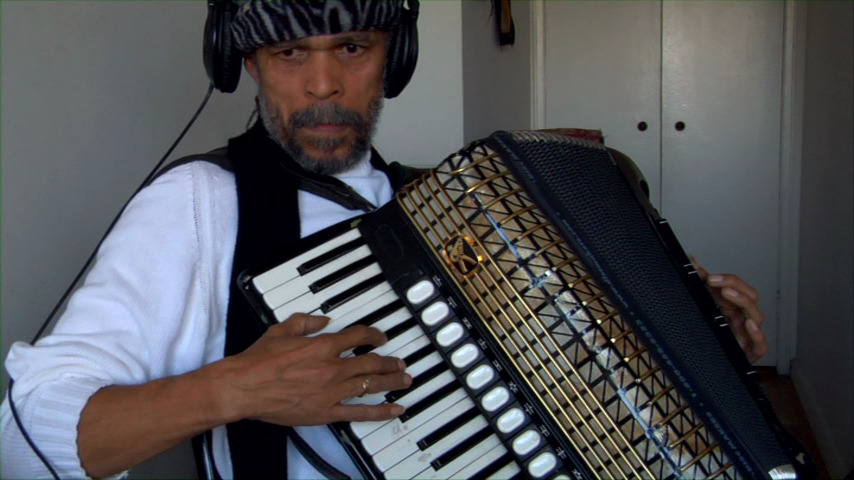

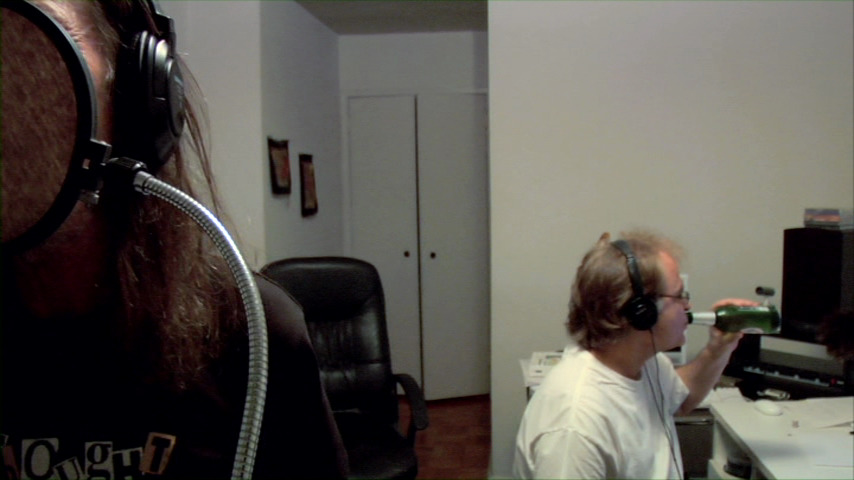
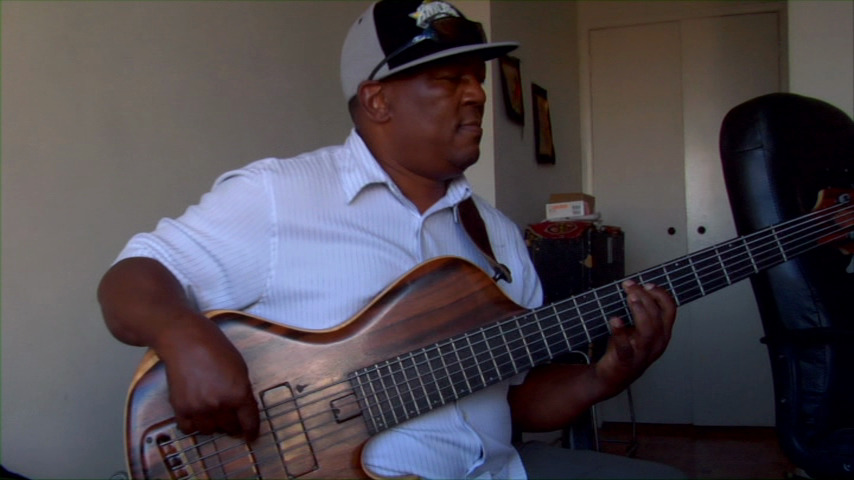


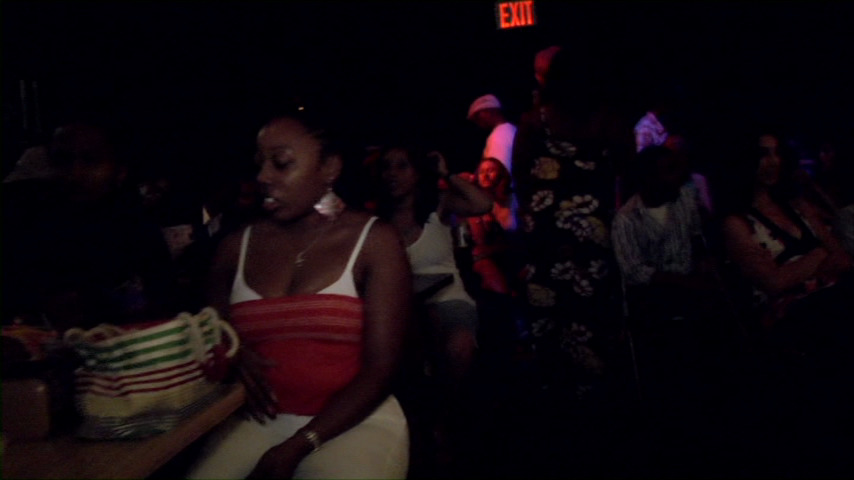
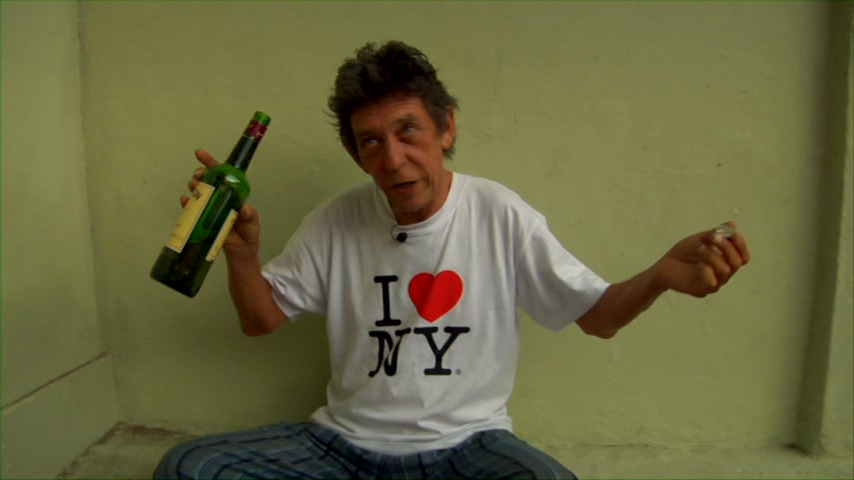
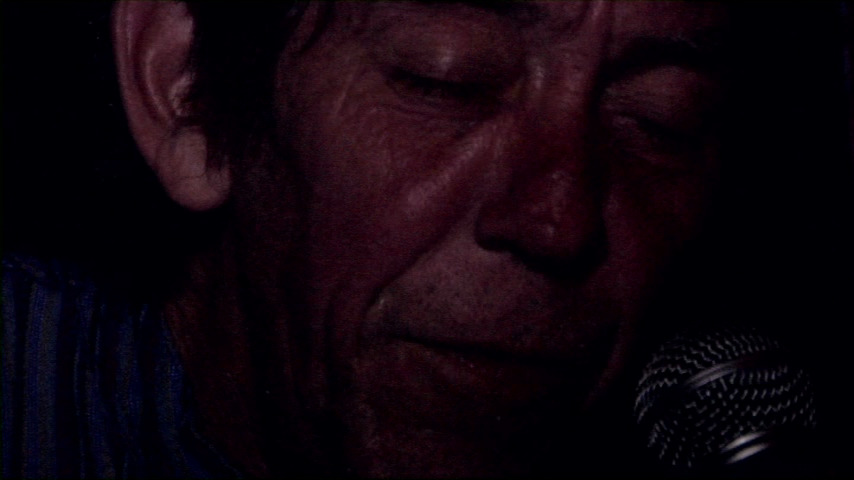
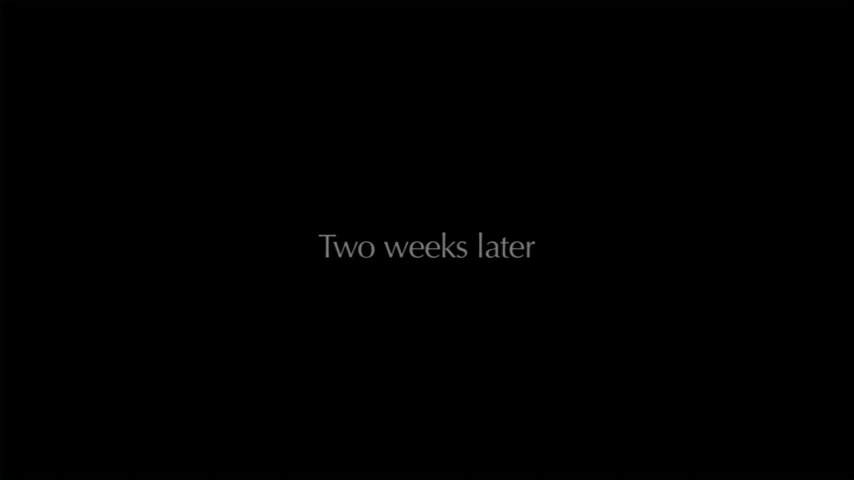
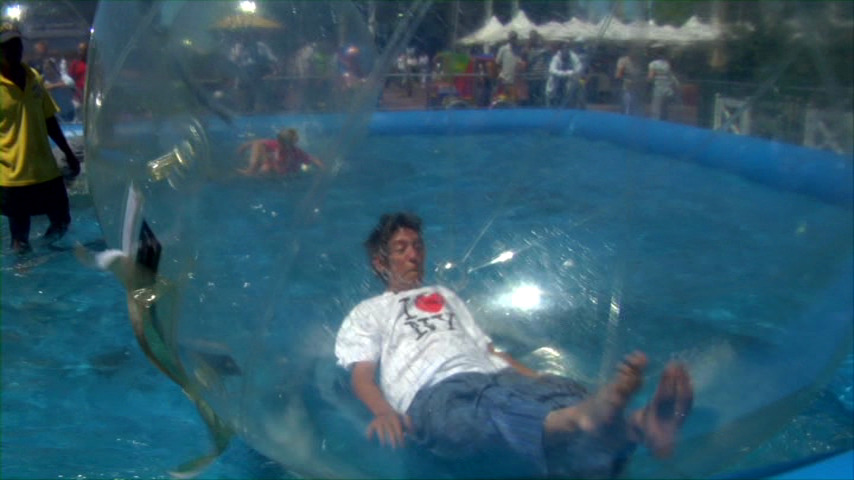
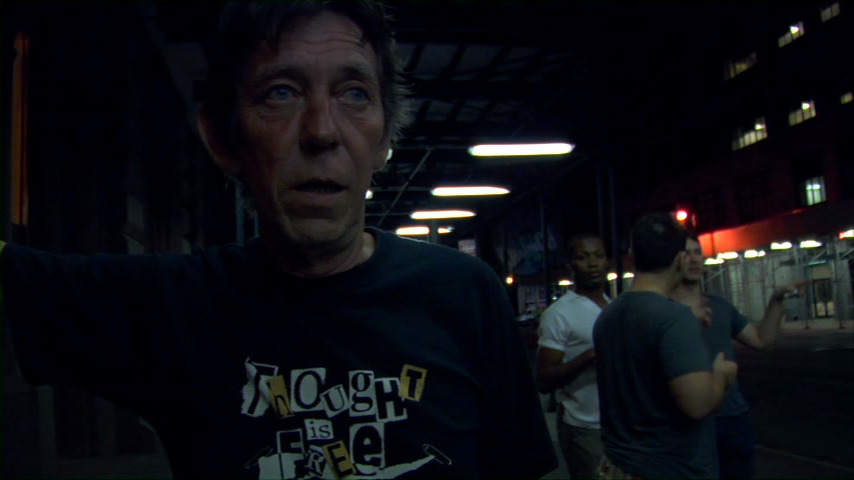

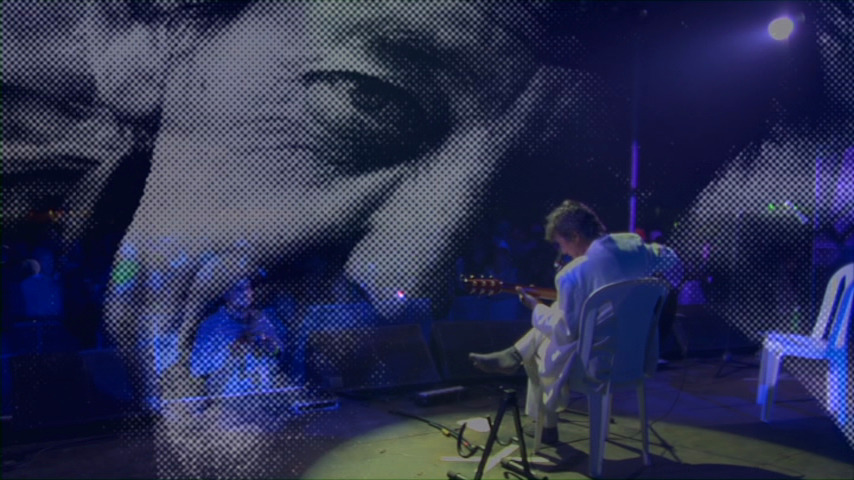






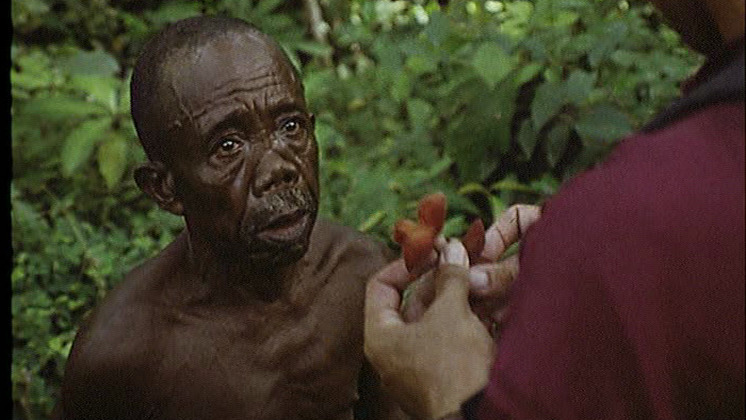
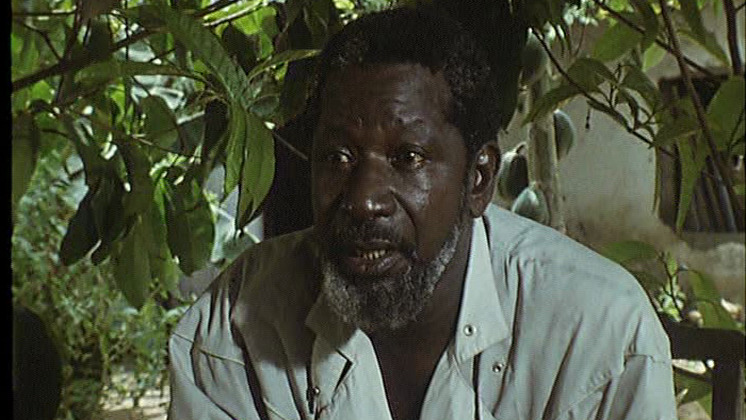

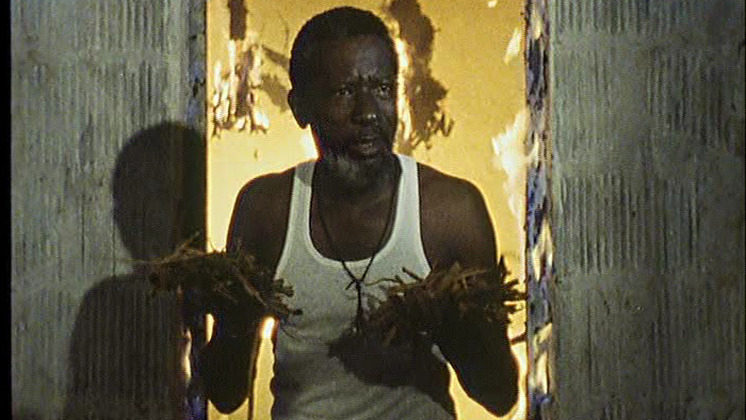
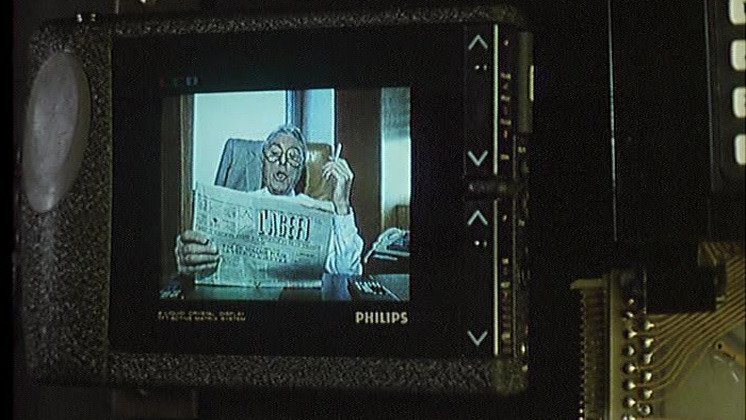
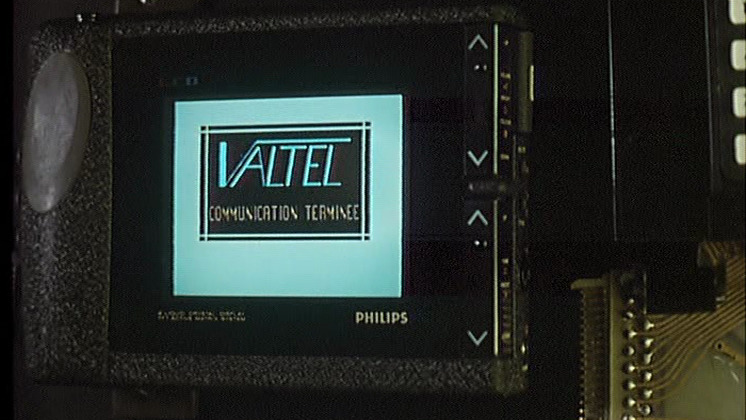
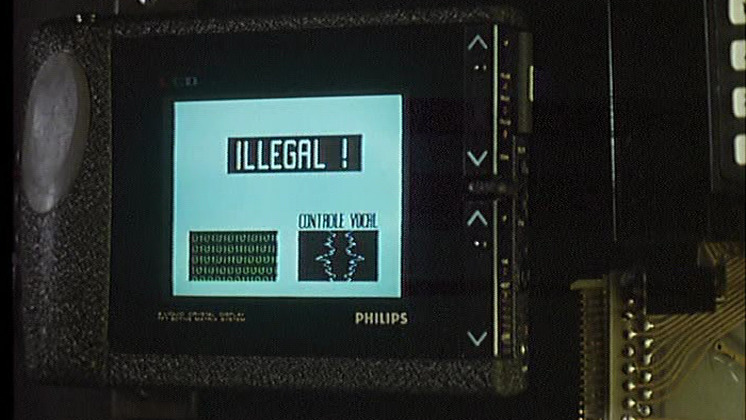
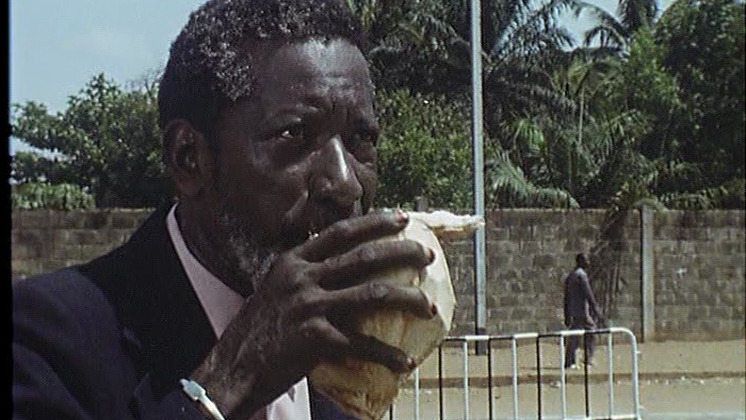
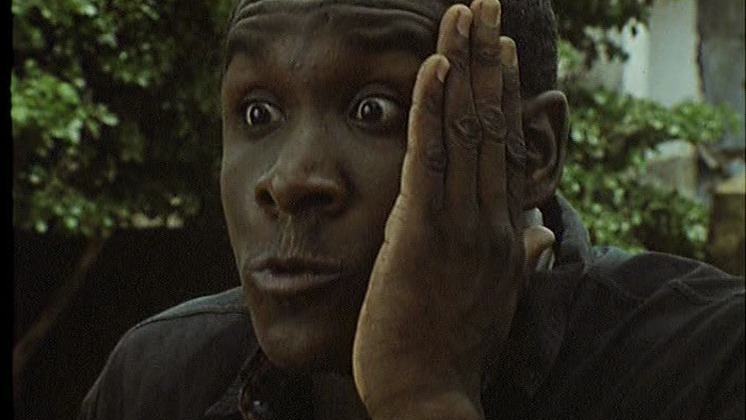
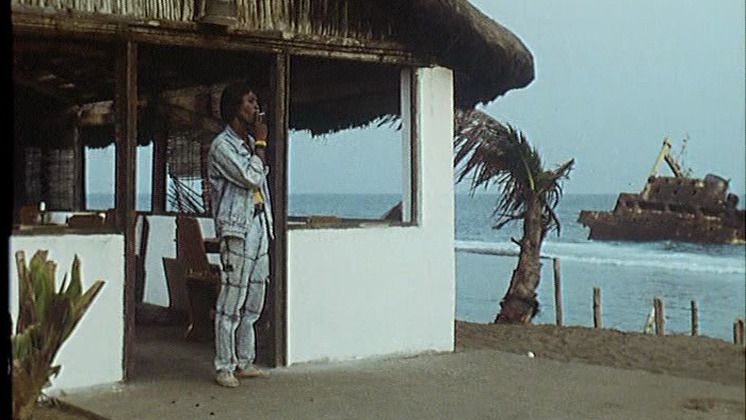
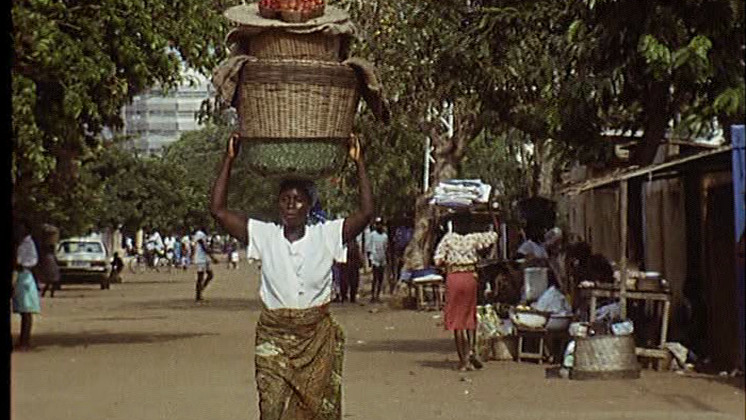
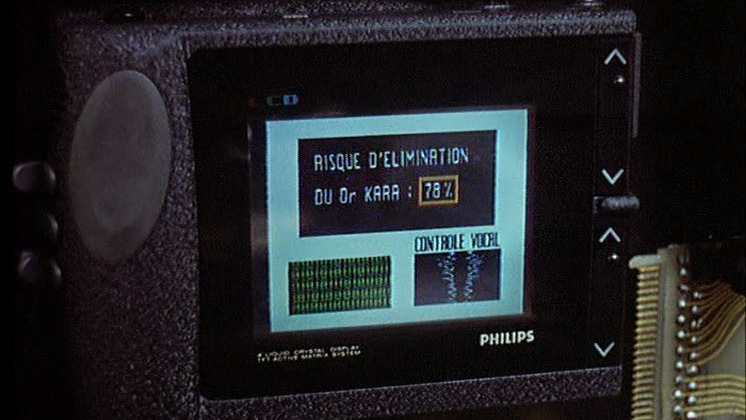
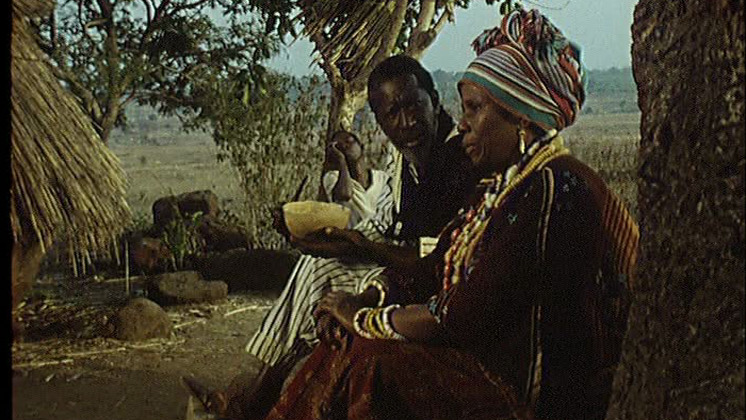

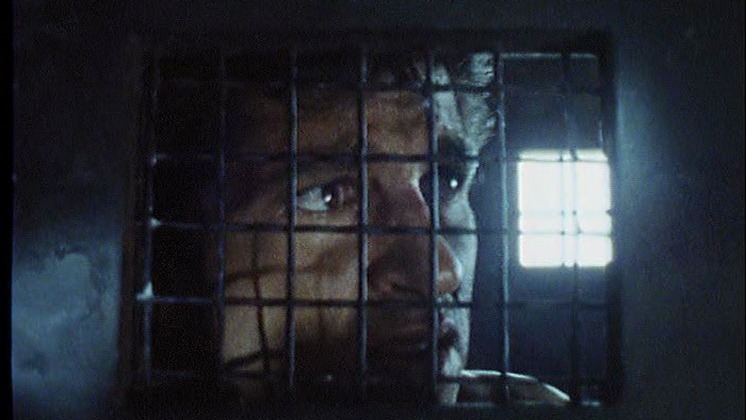
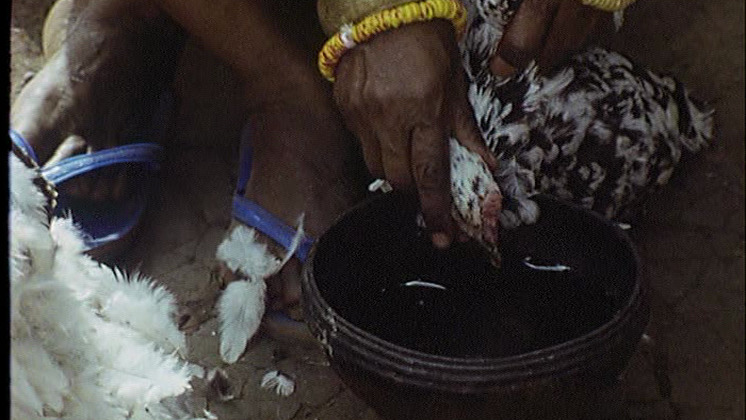
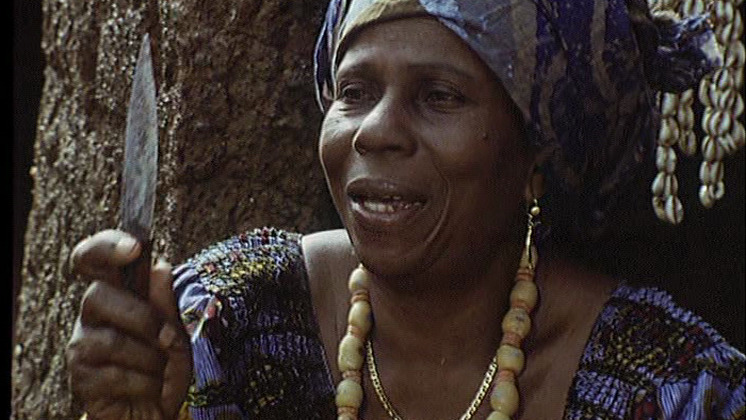
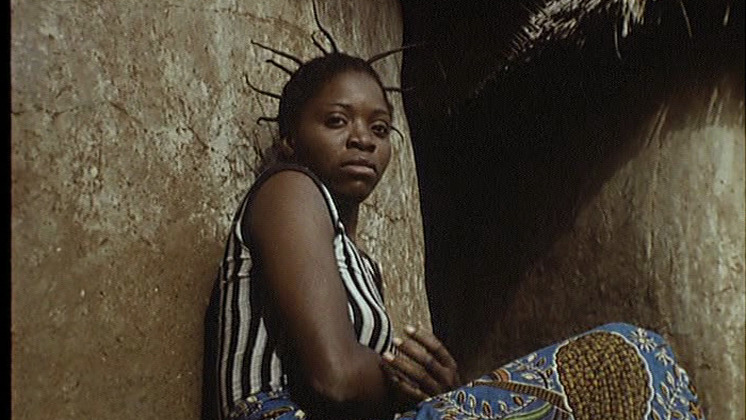
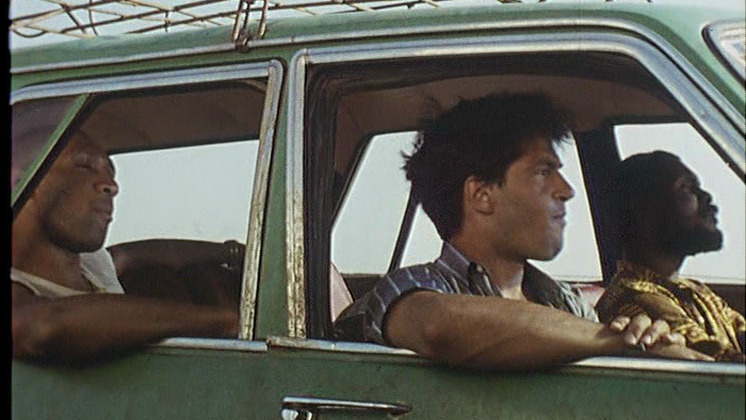
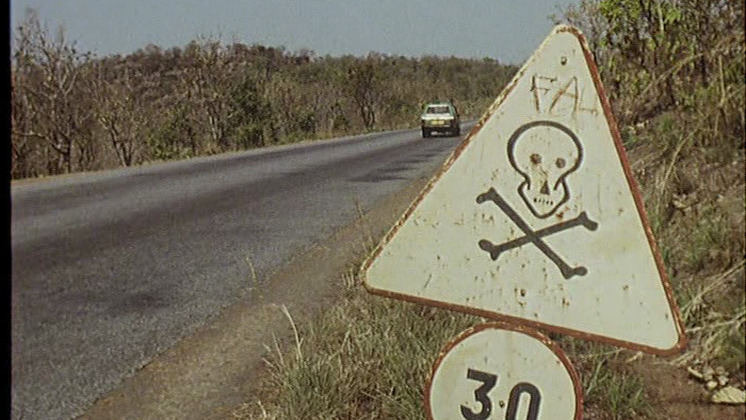
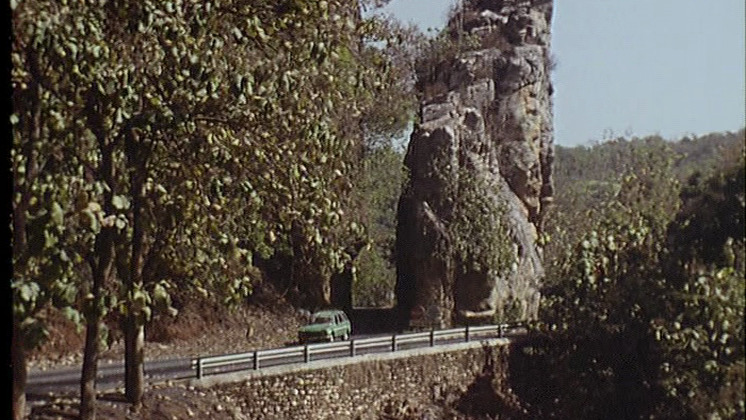
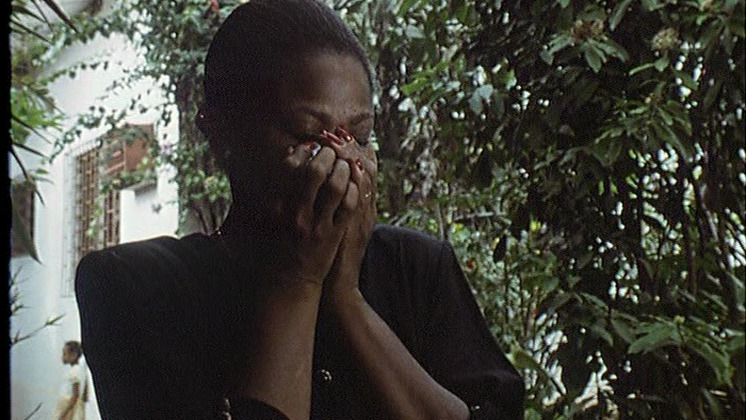
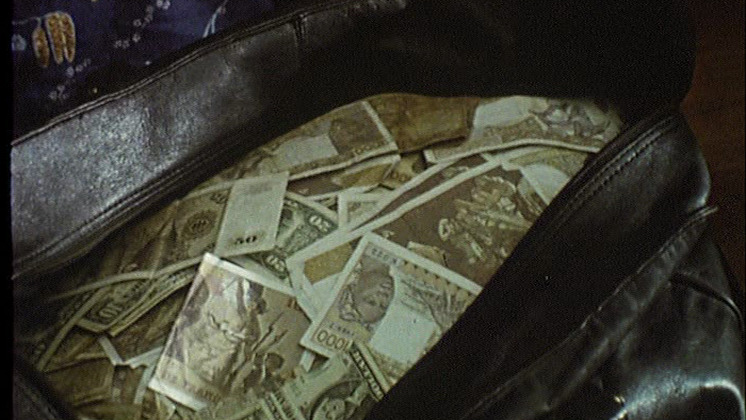

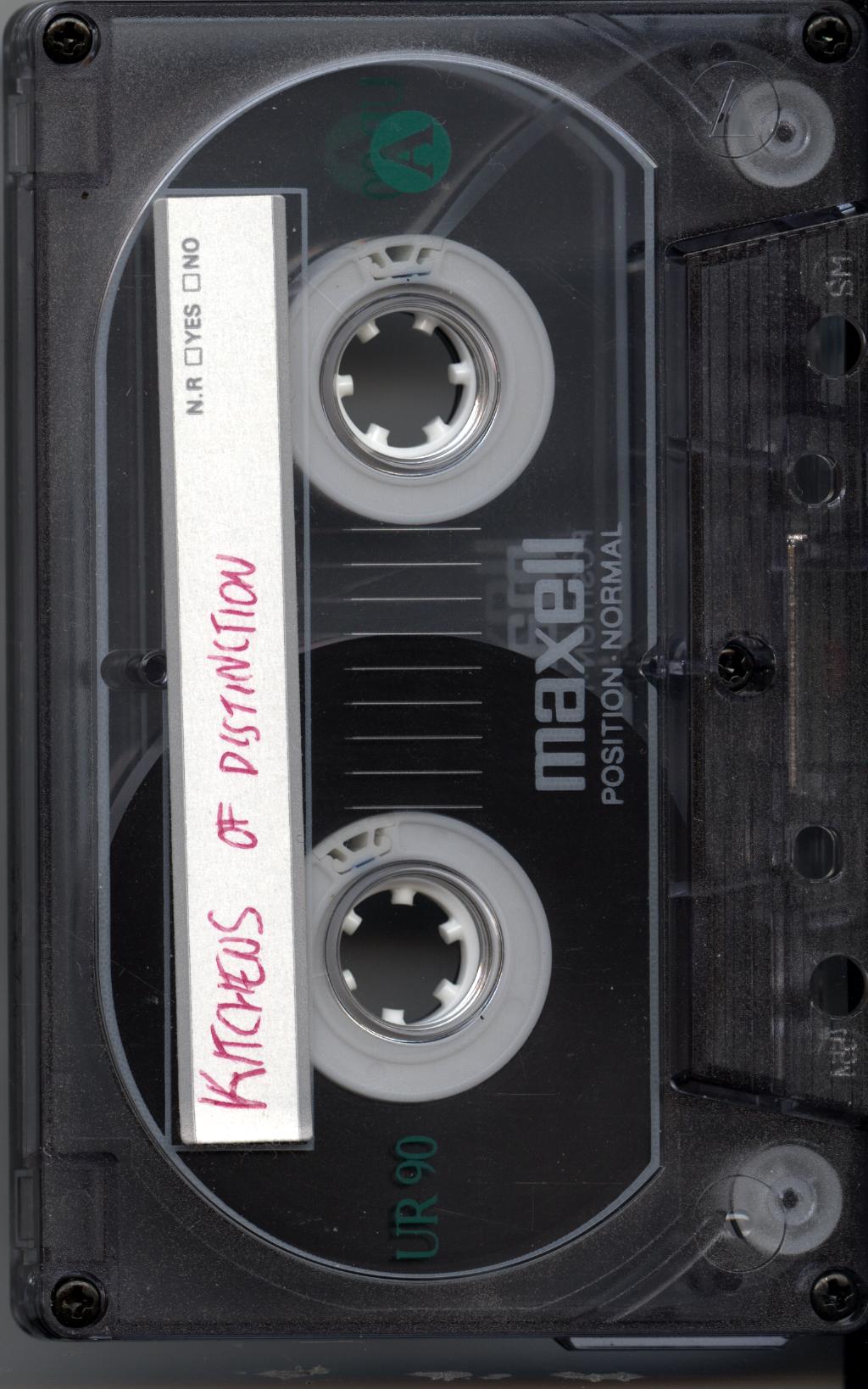
)
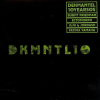
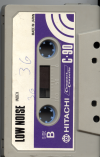
)

&album=A+Good+Country+Mile)



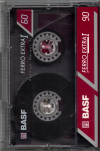
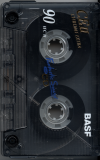


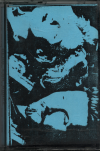
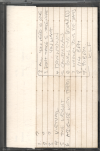
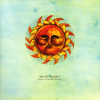



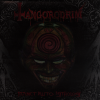
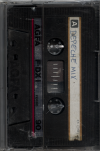

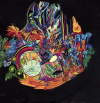

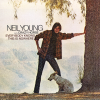
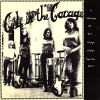
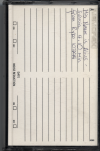
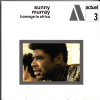
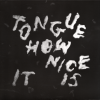
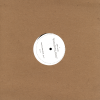

)
)
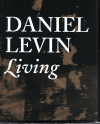
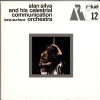
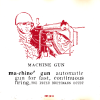
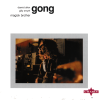




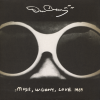
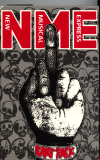

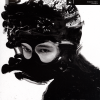
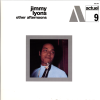




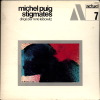


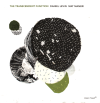
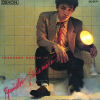
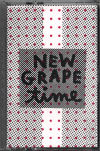

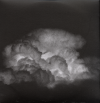
)